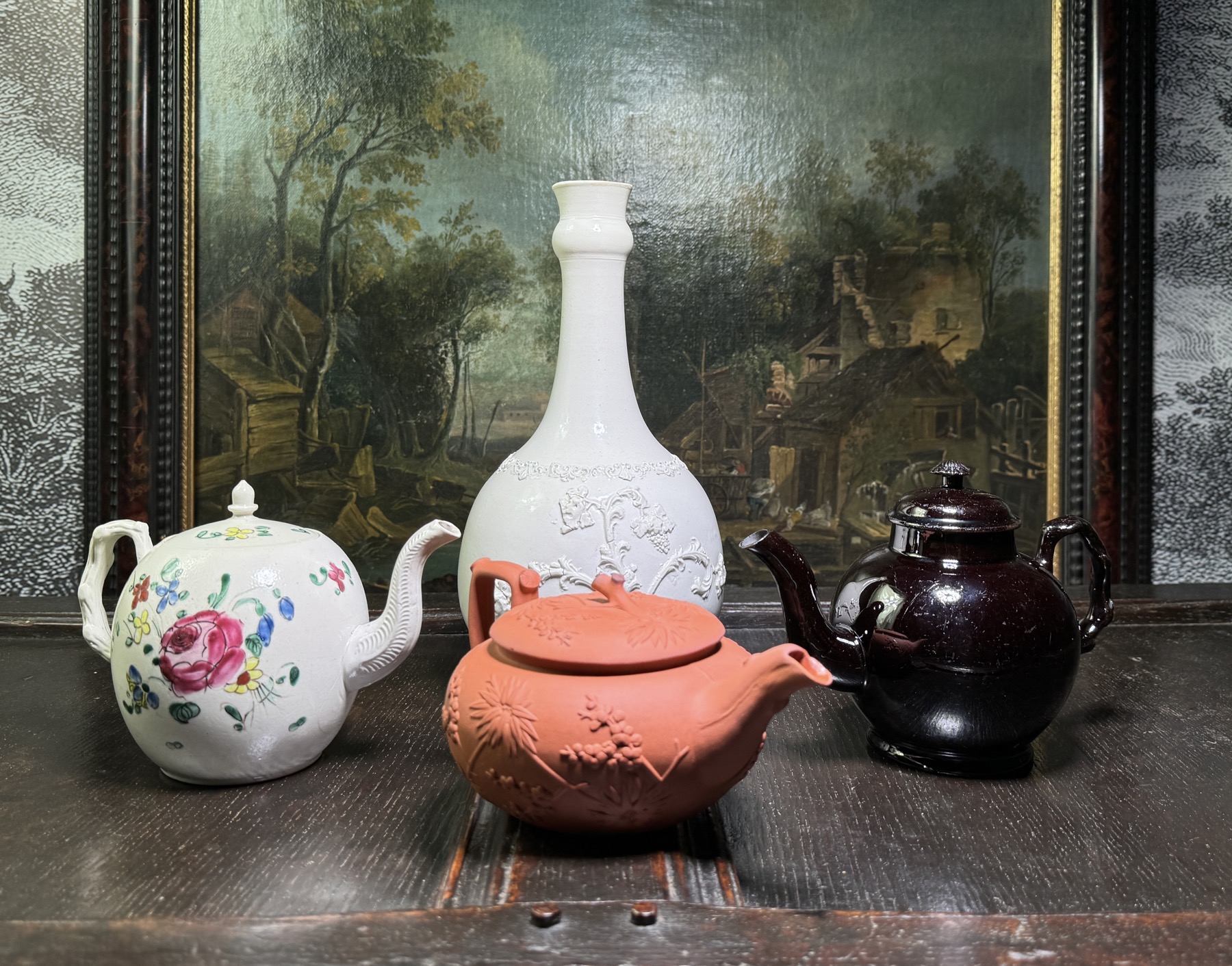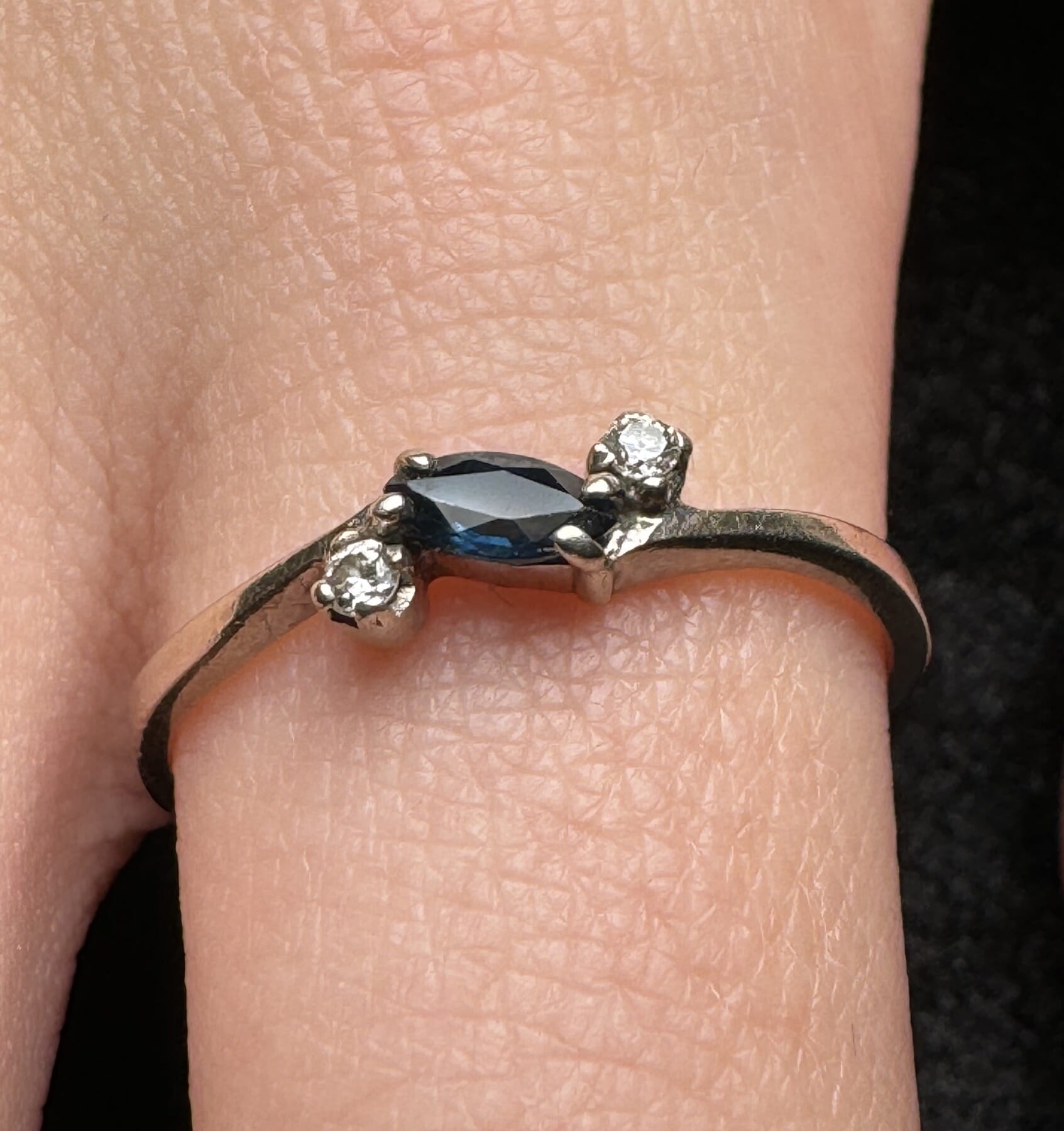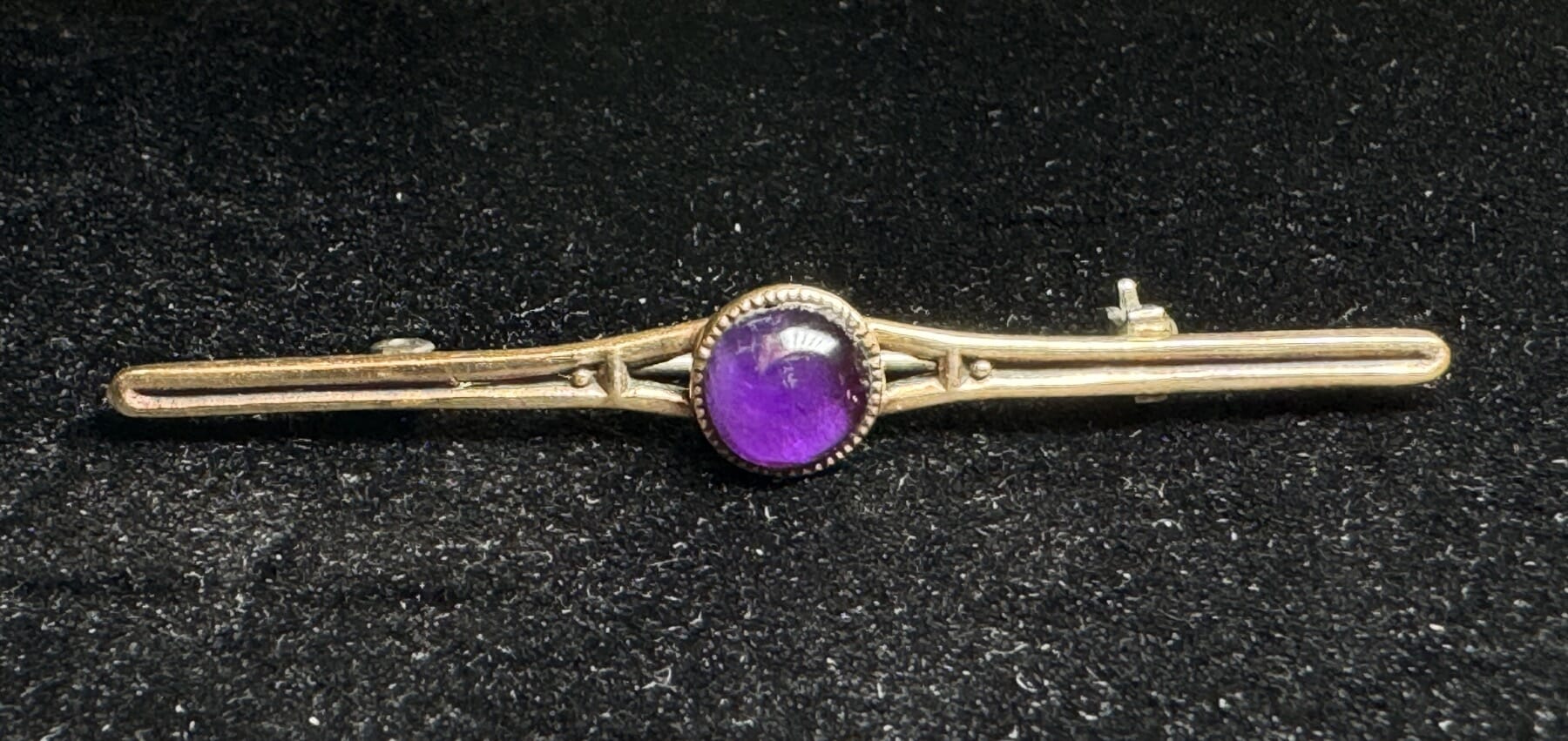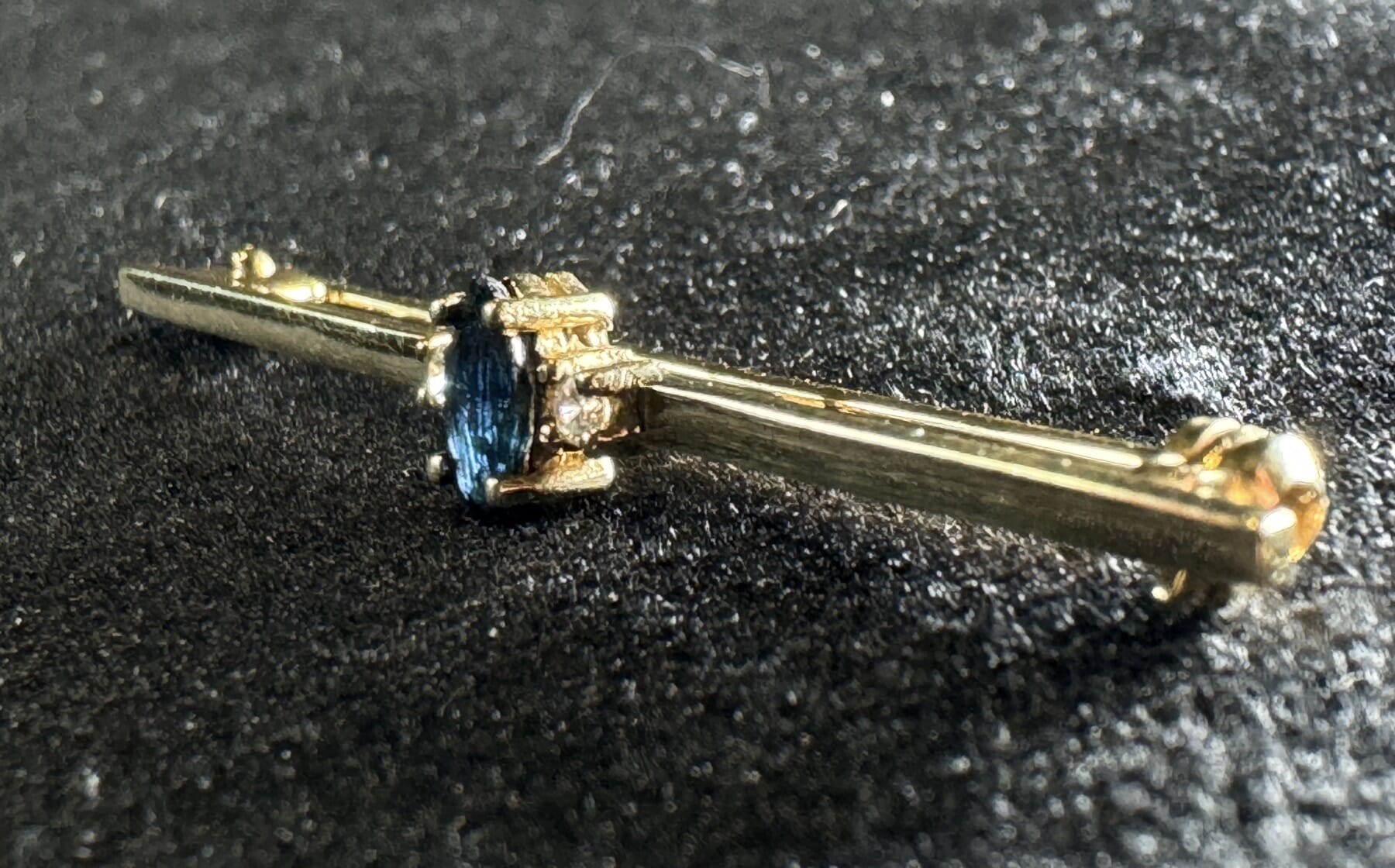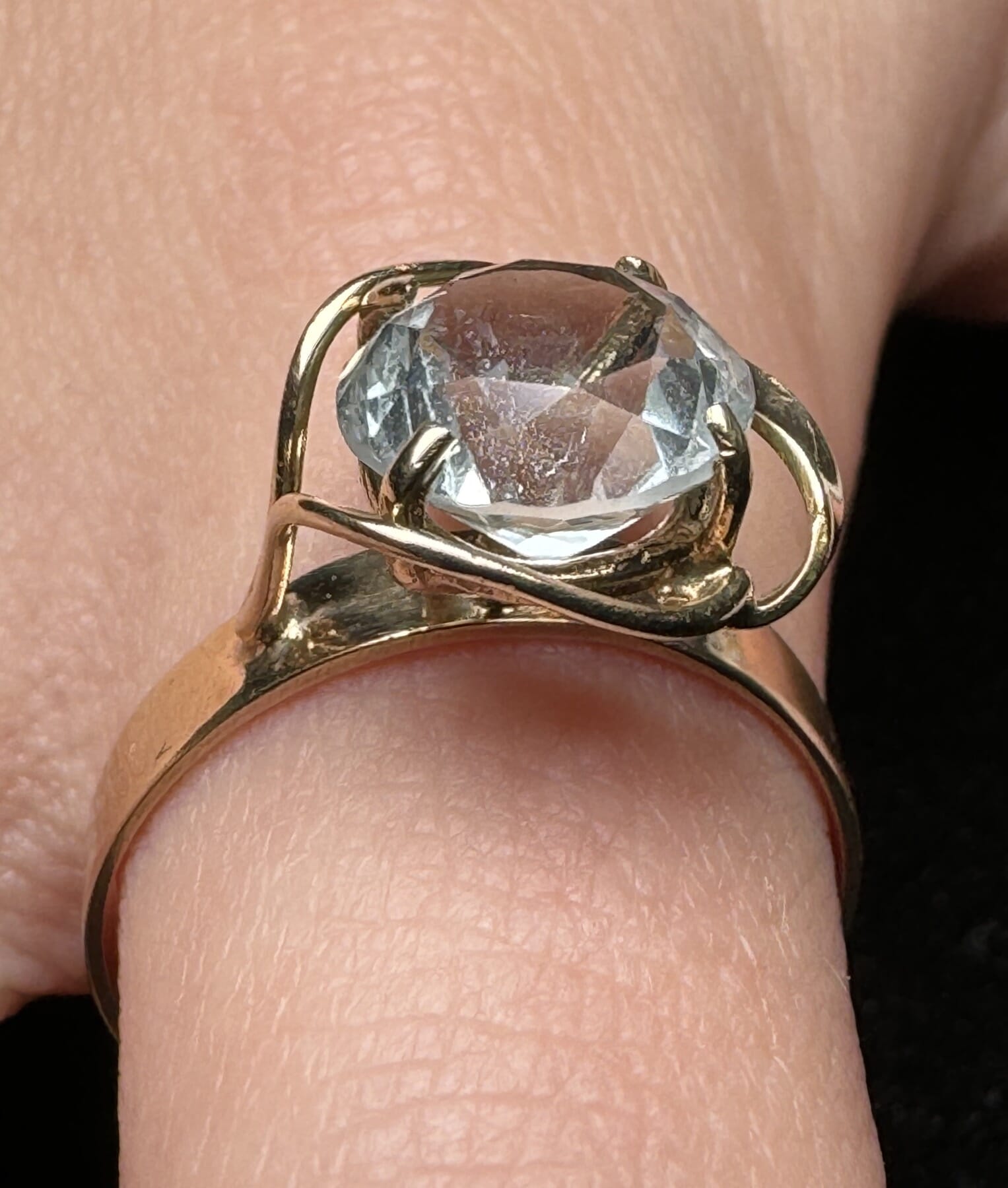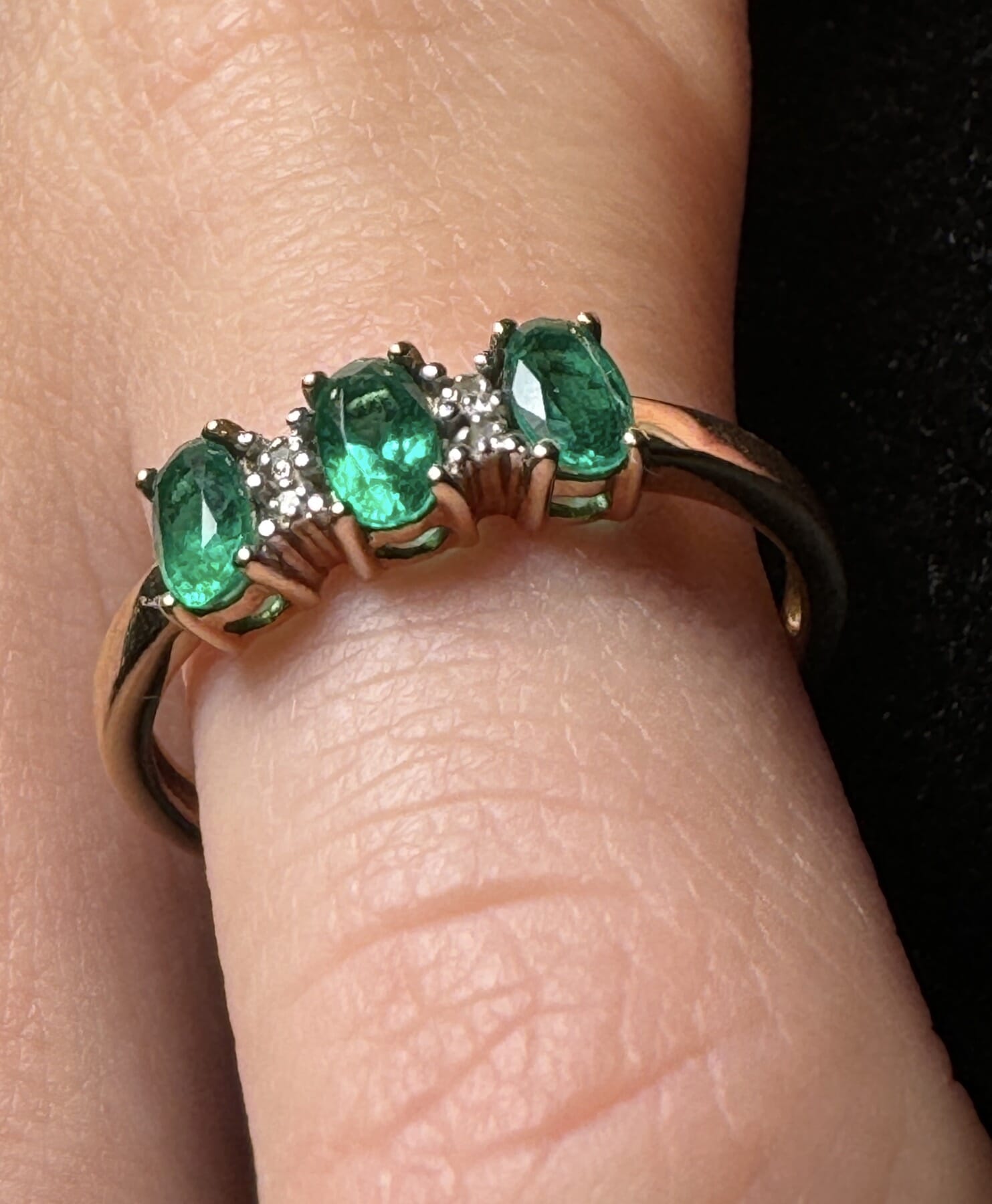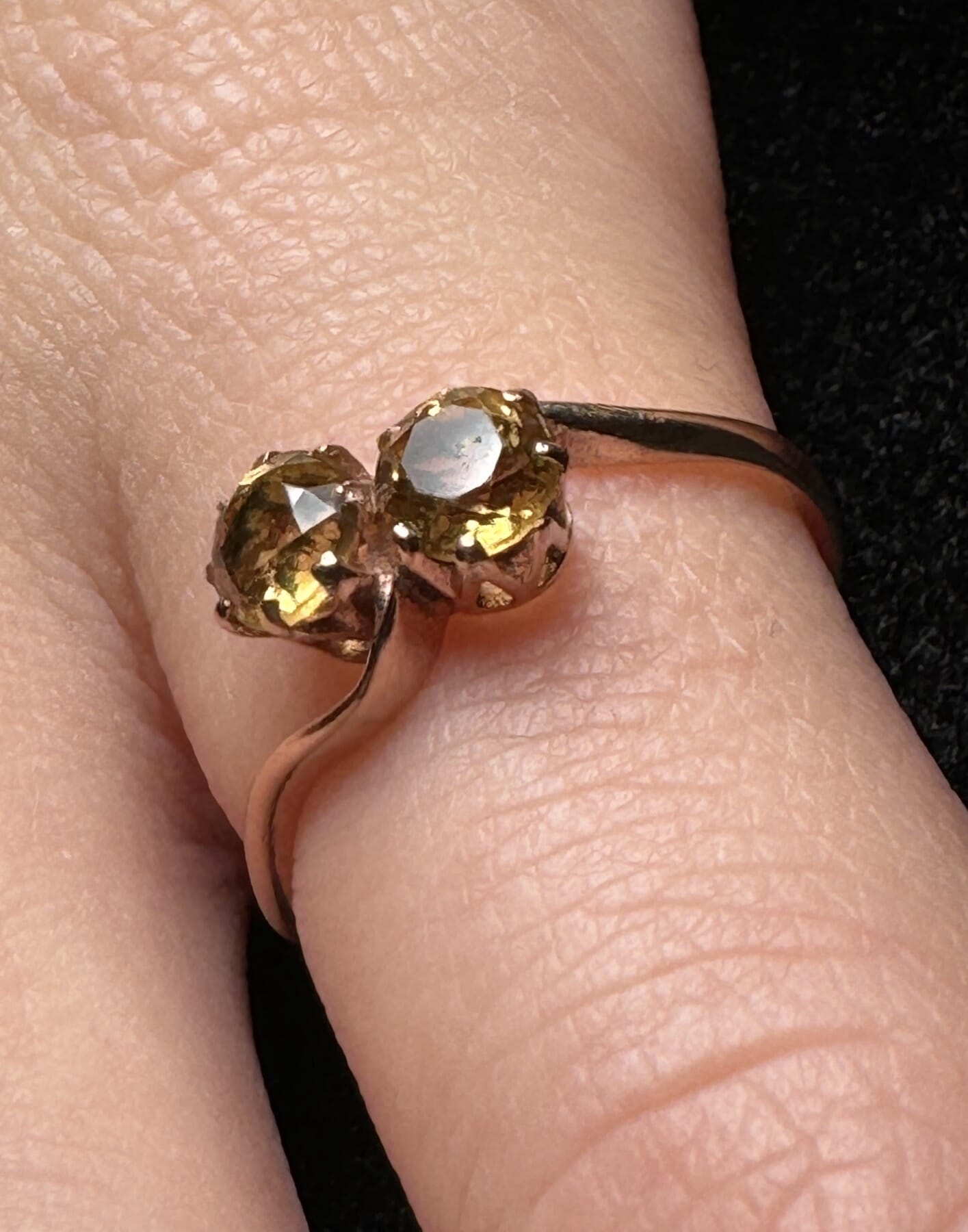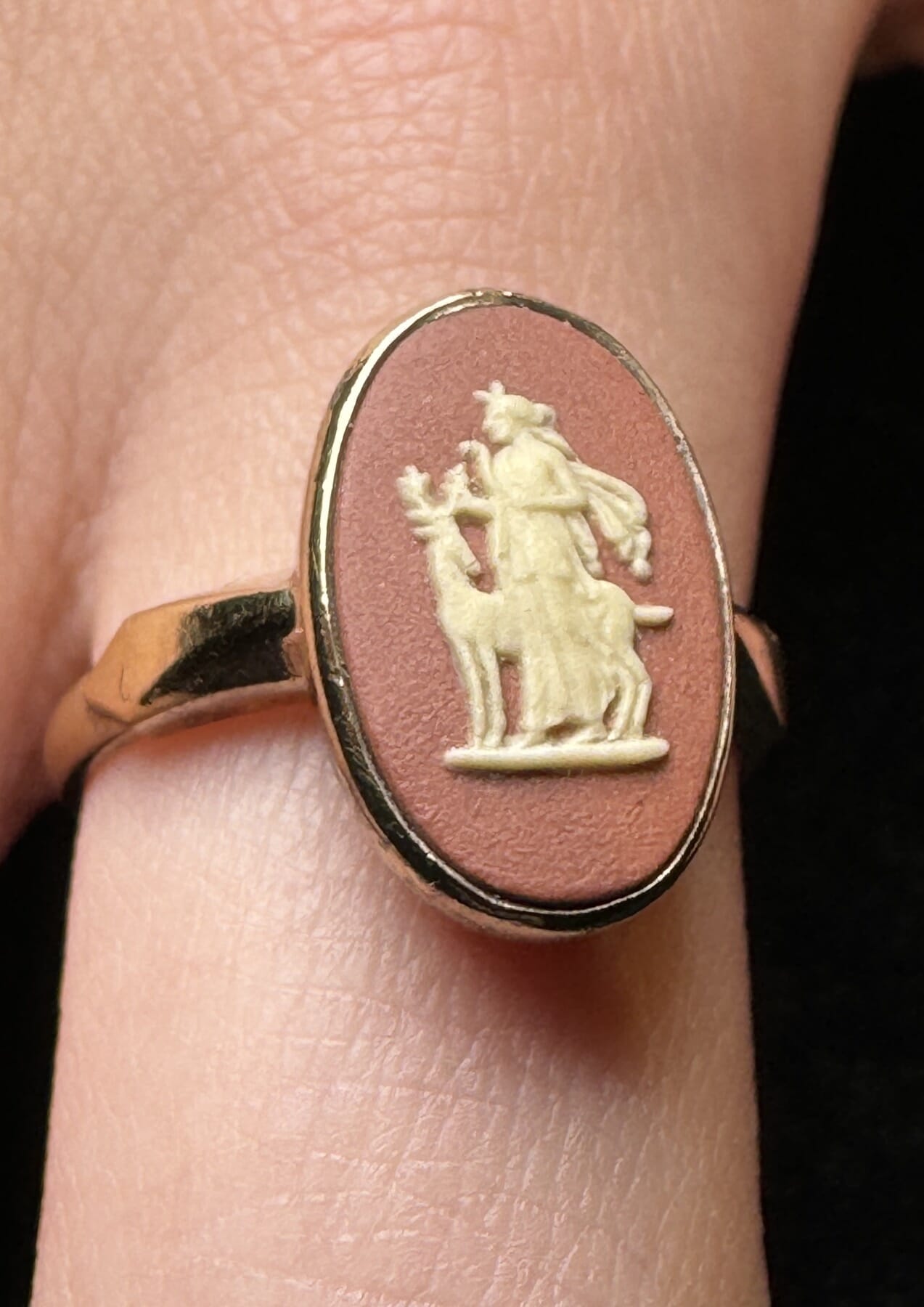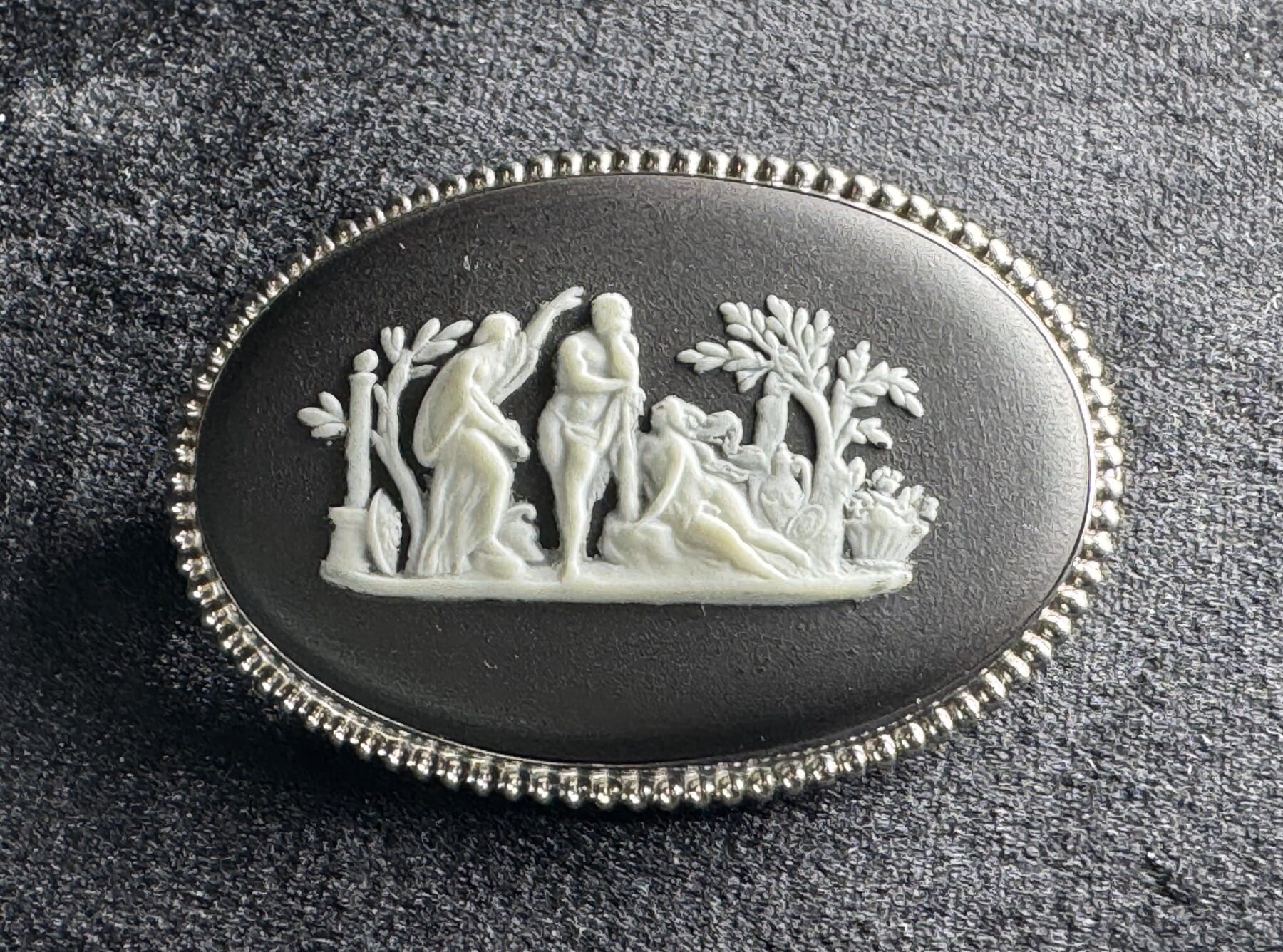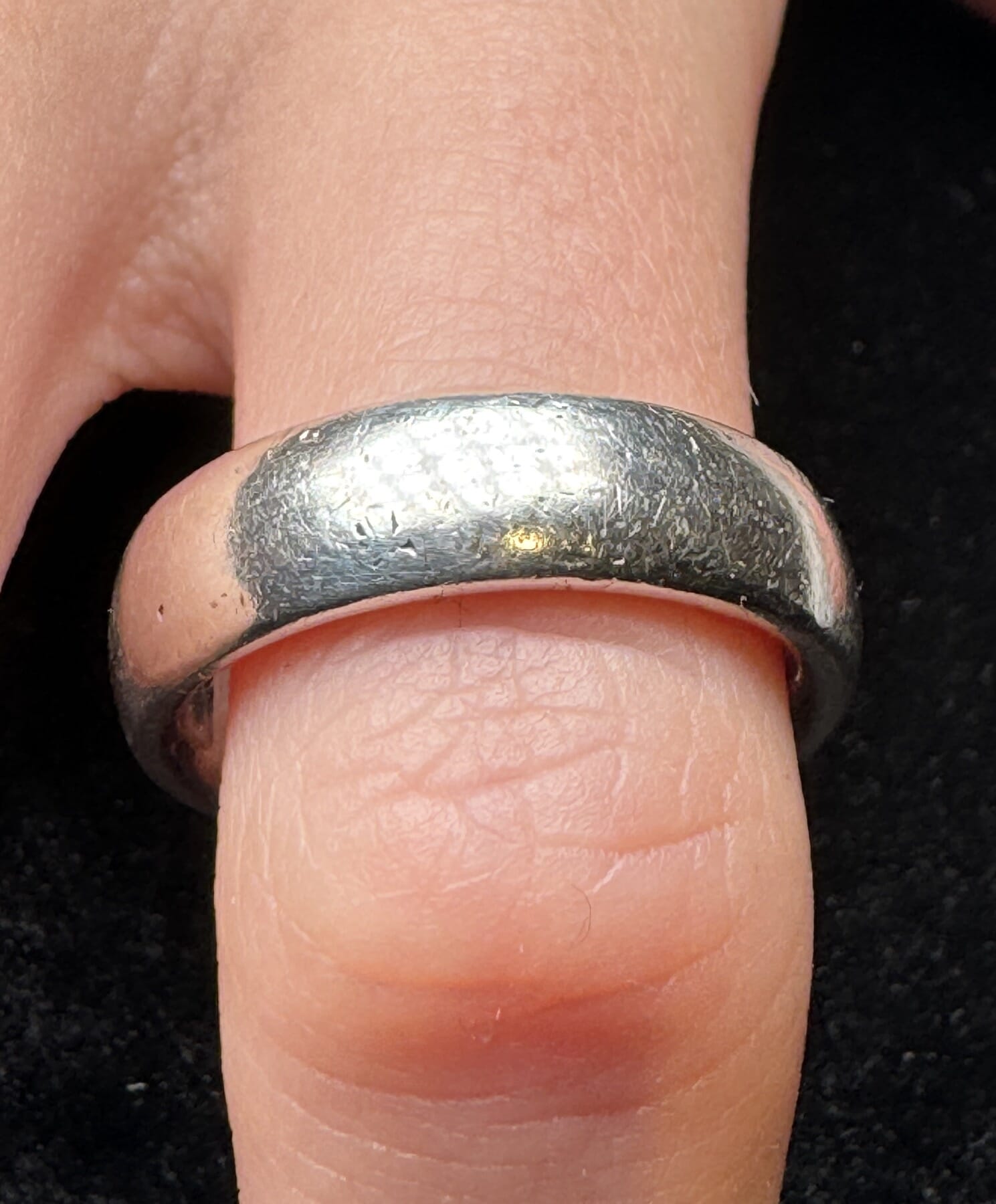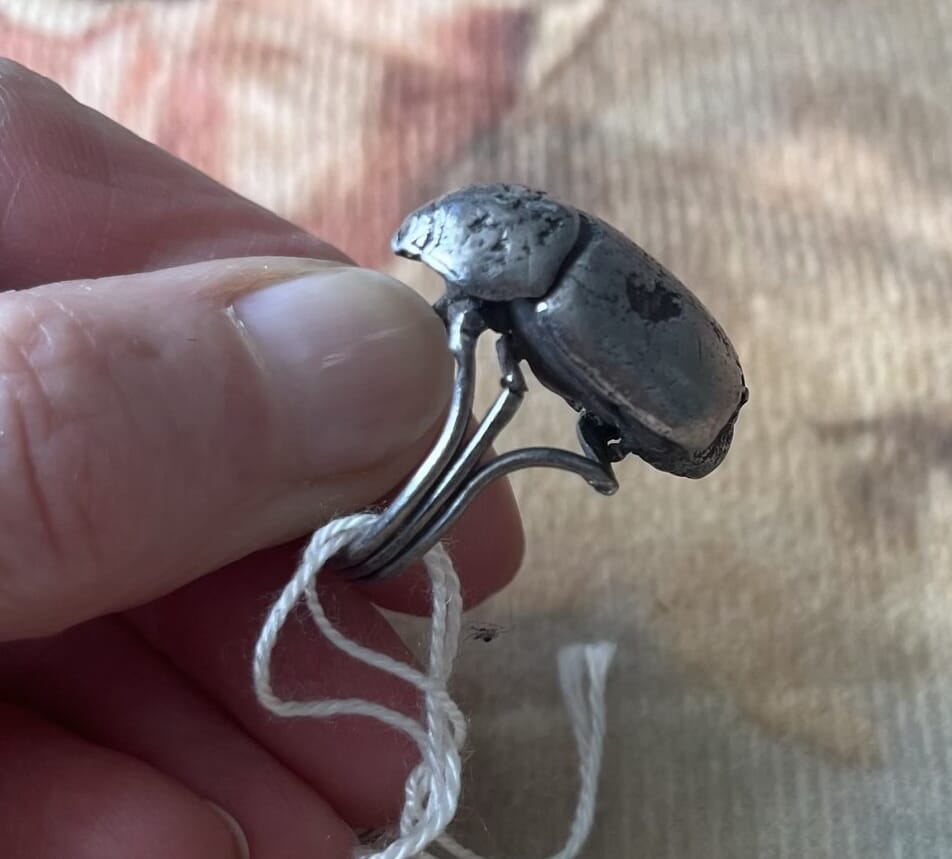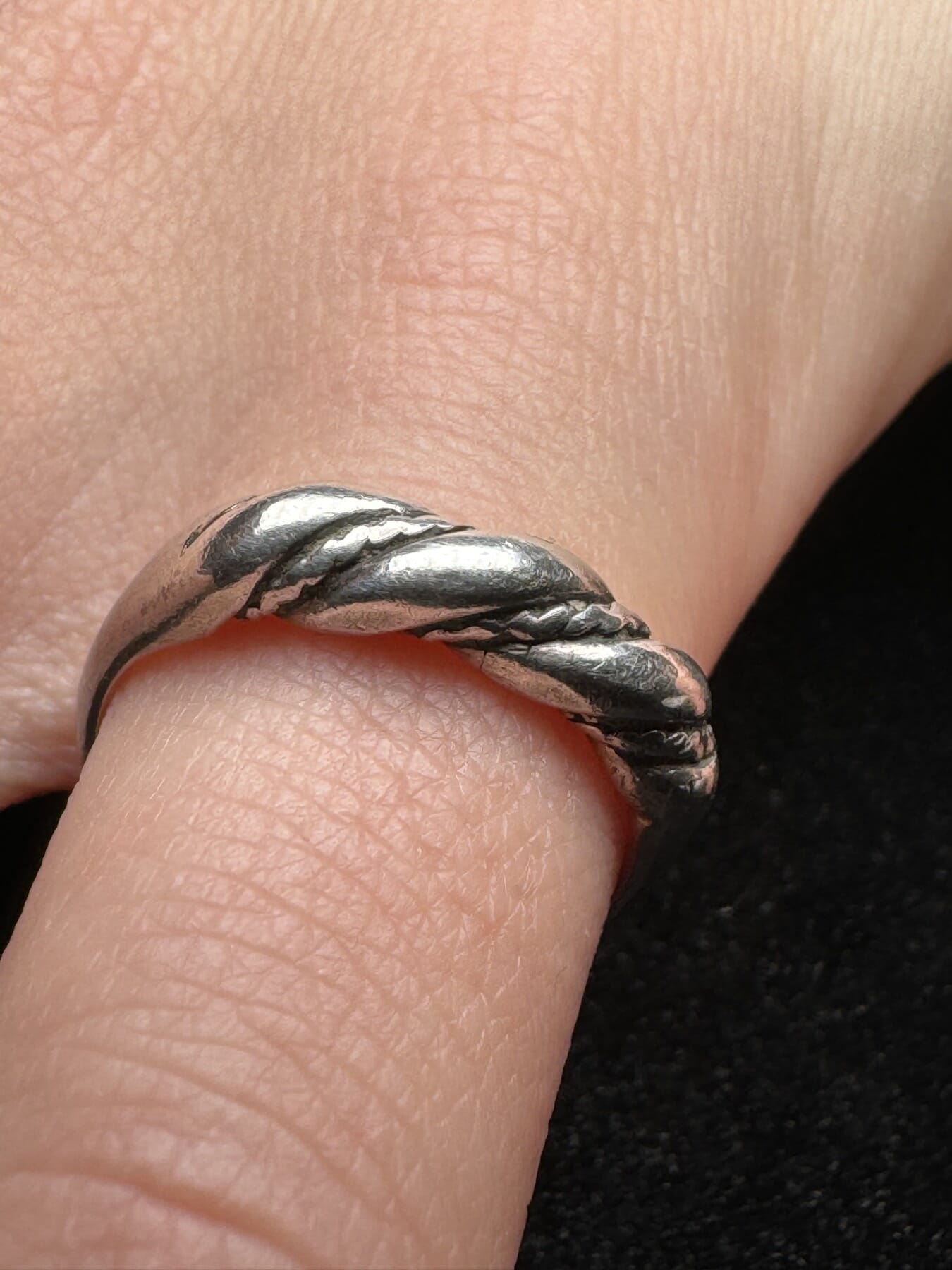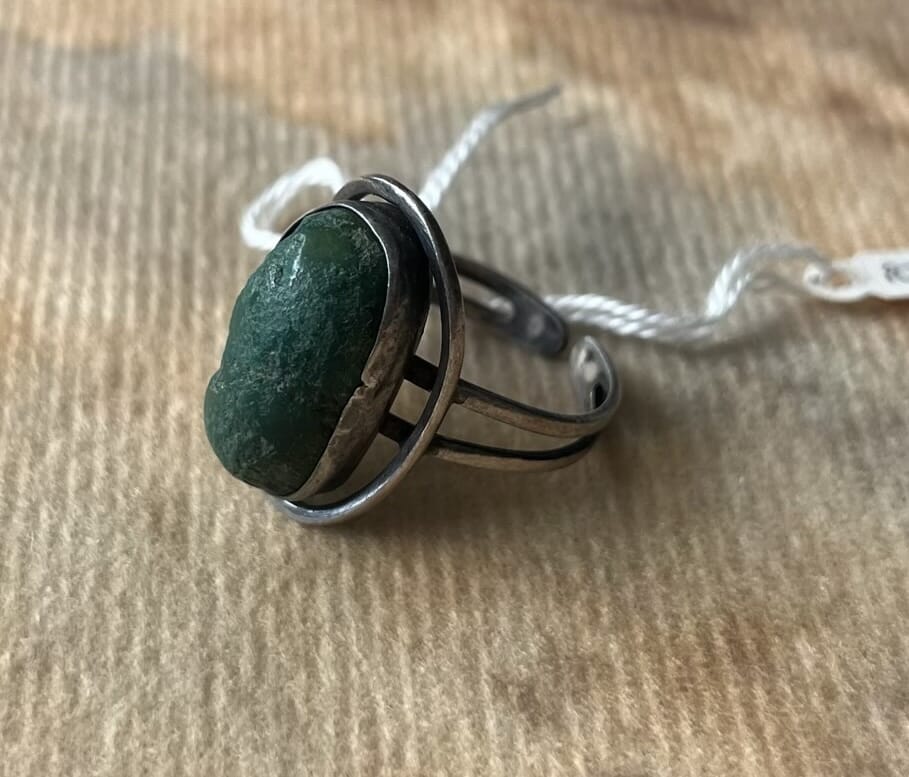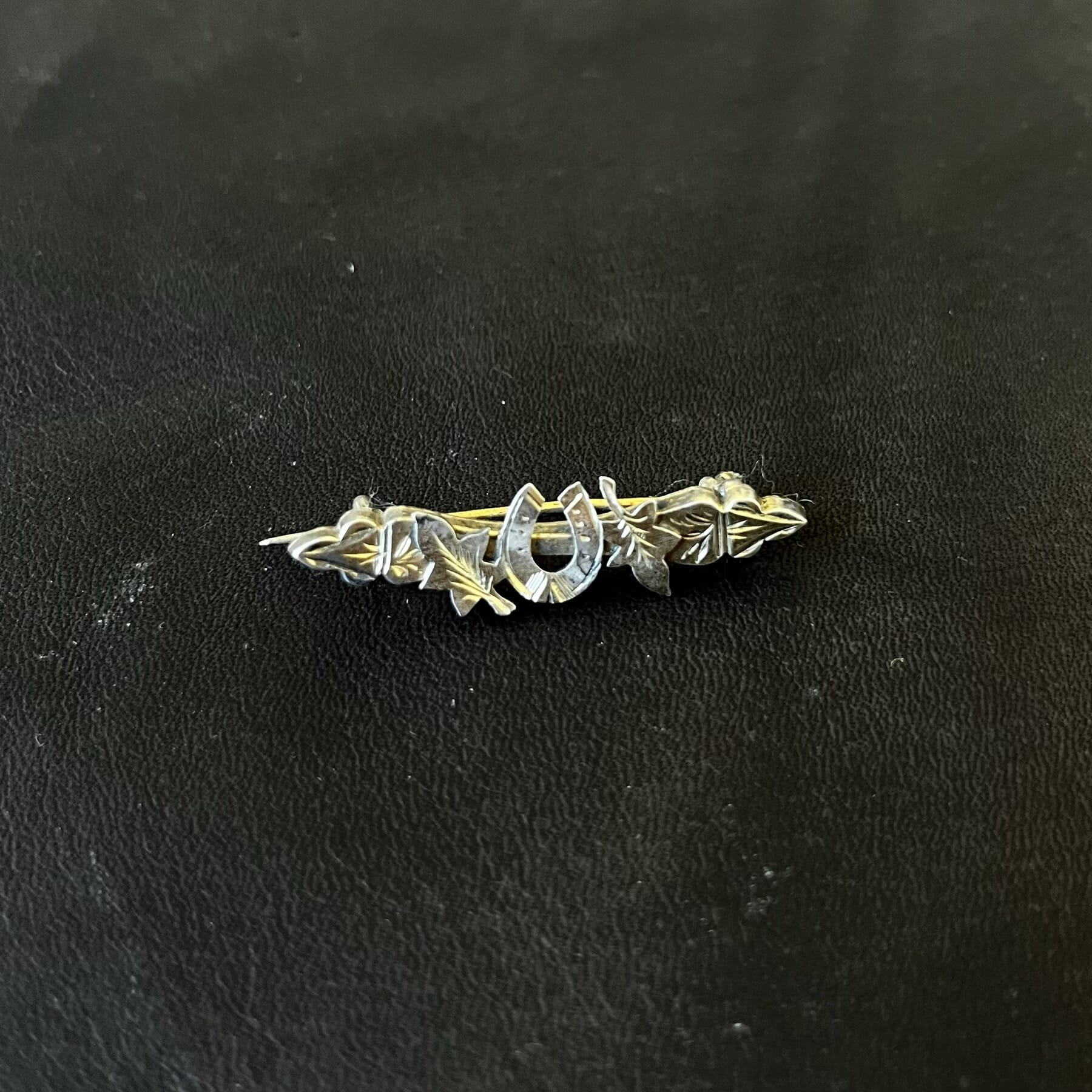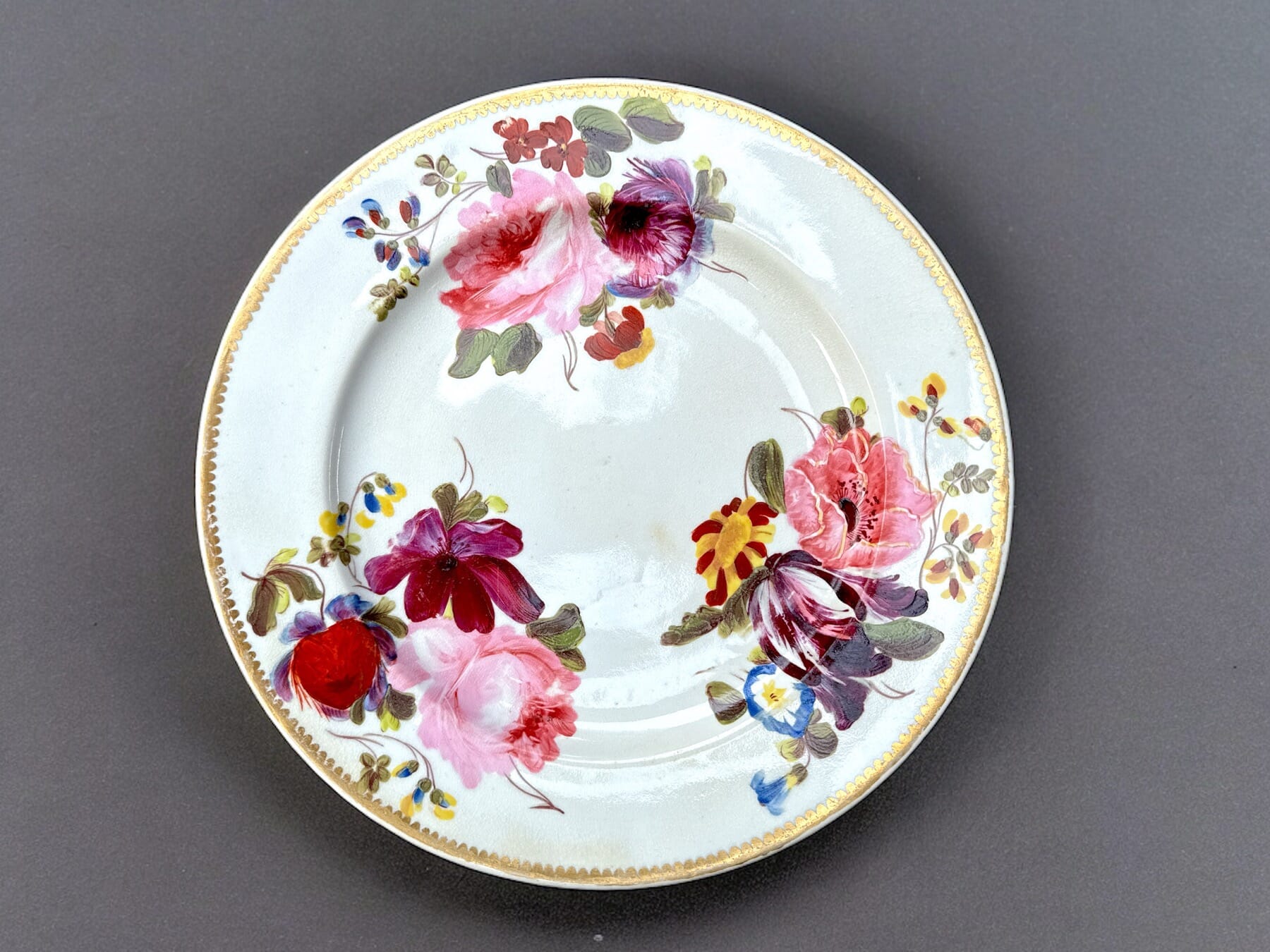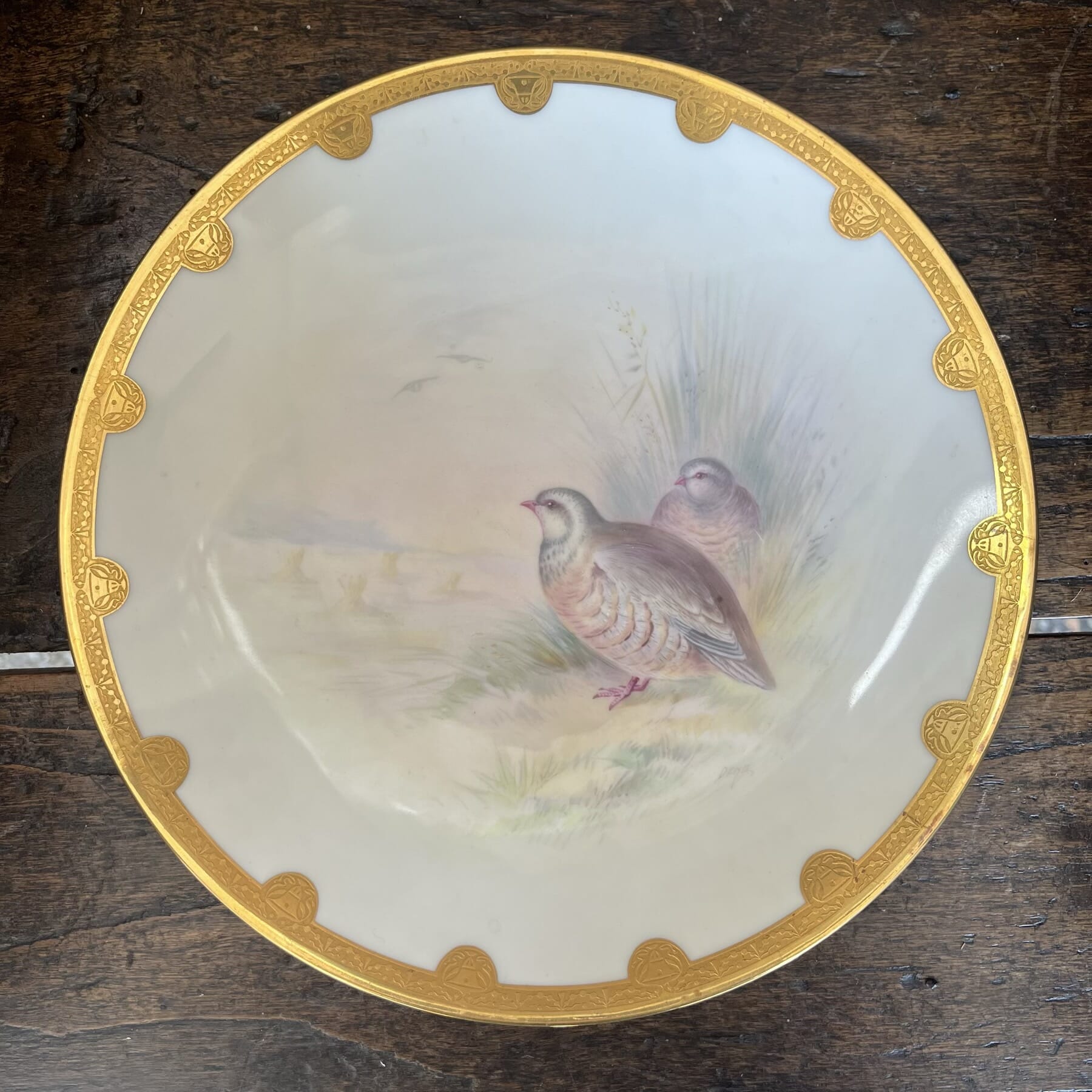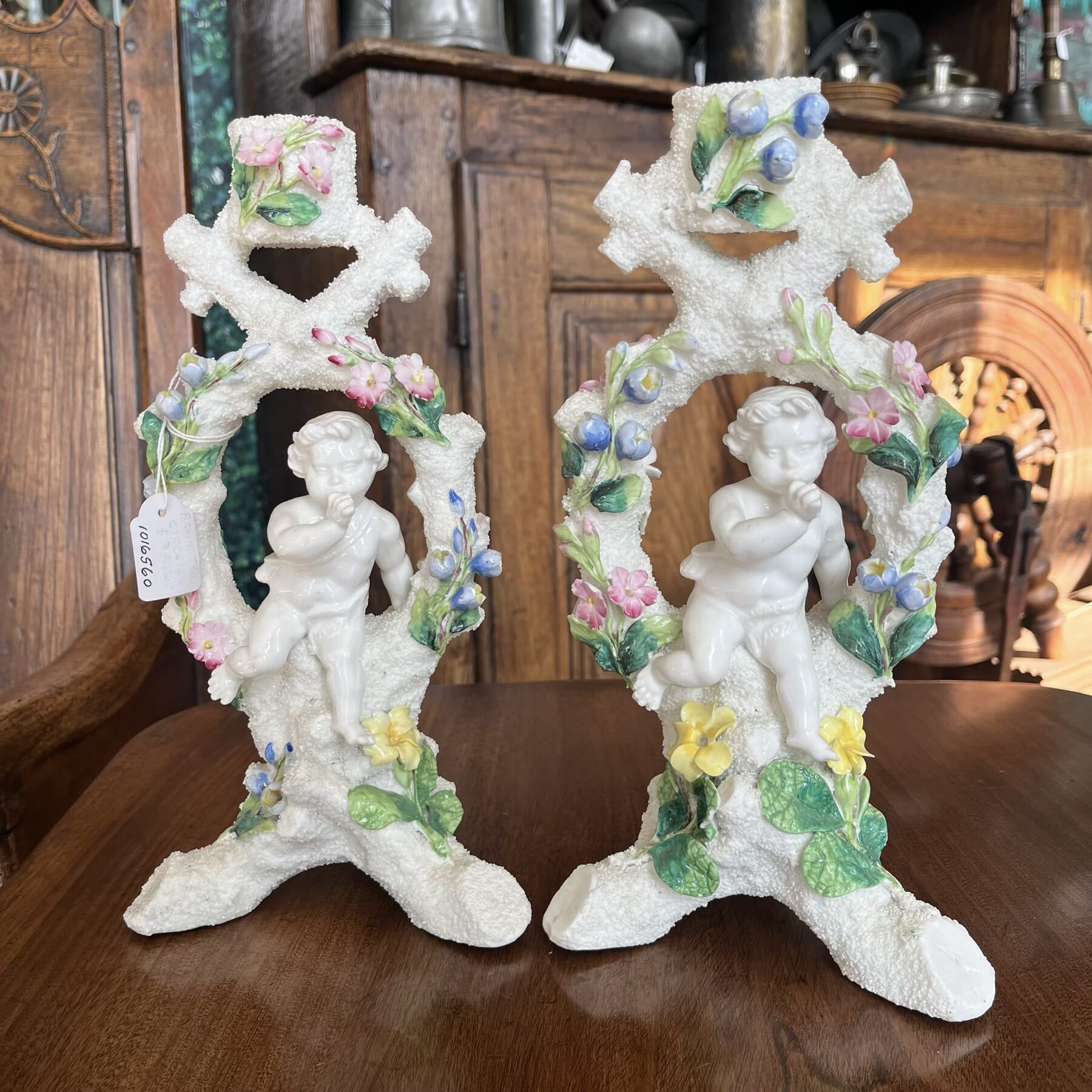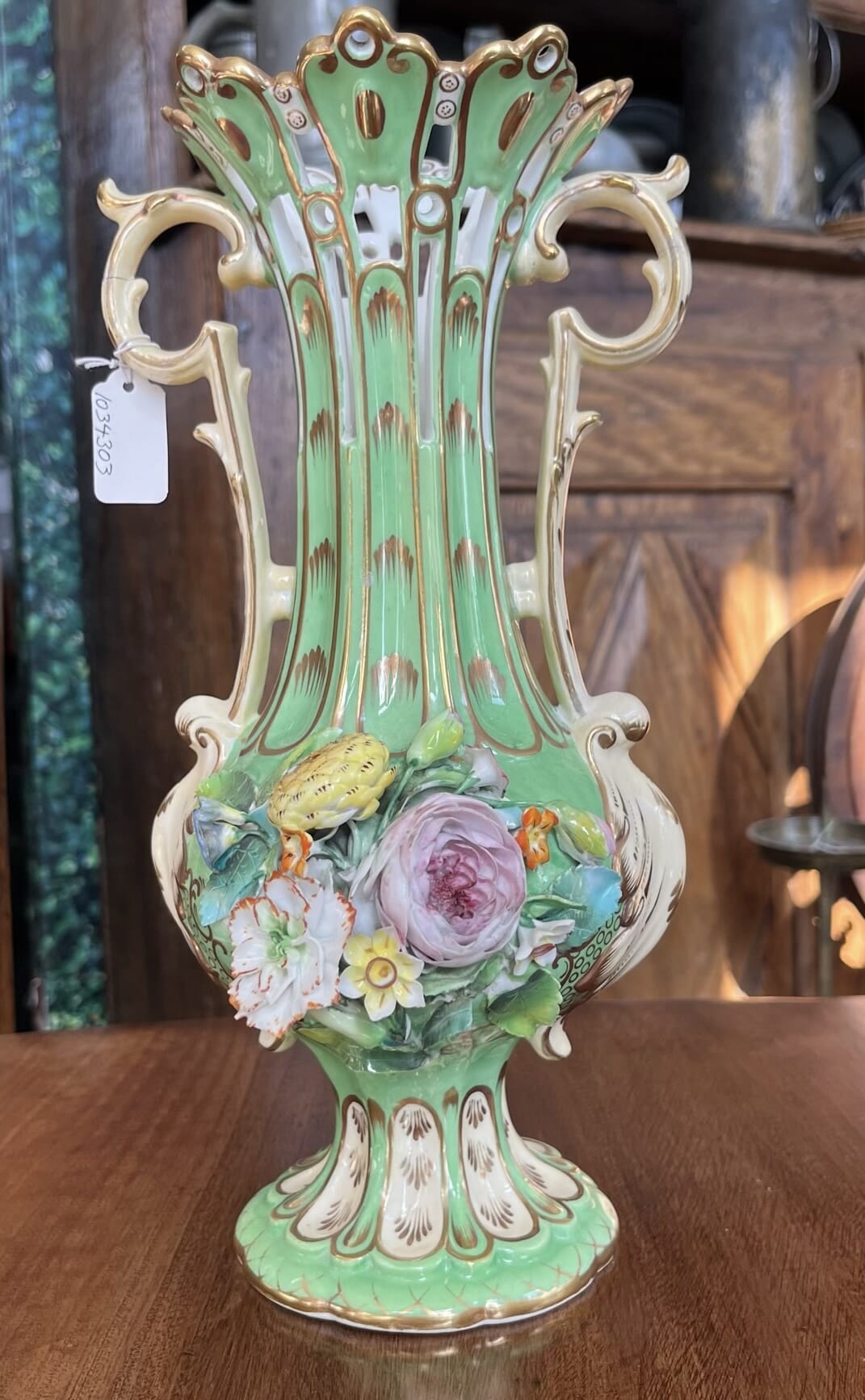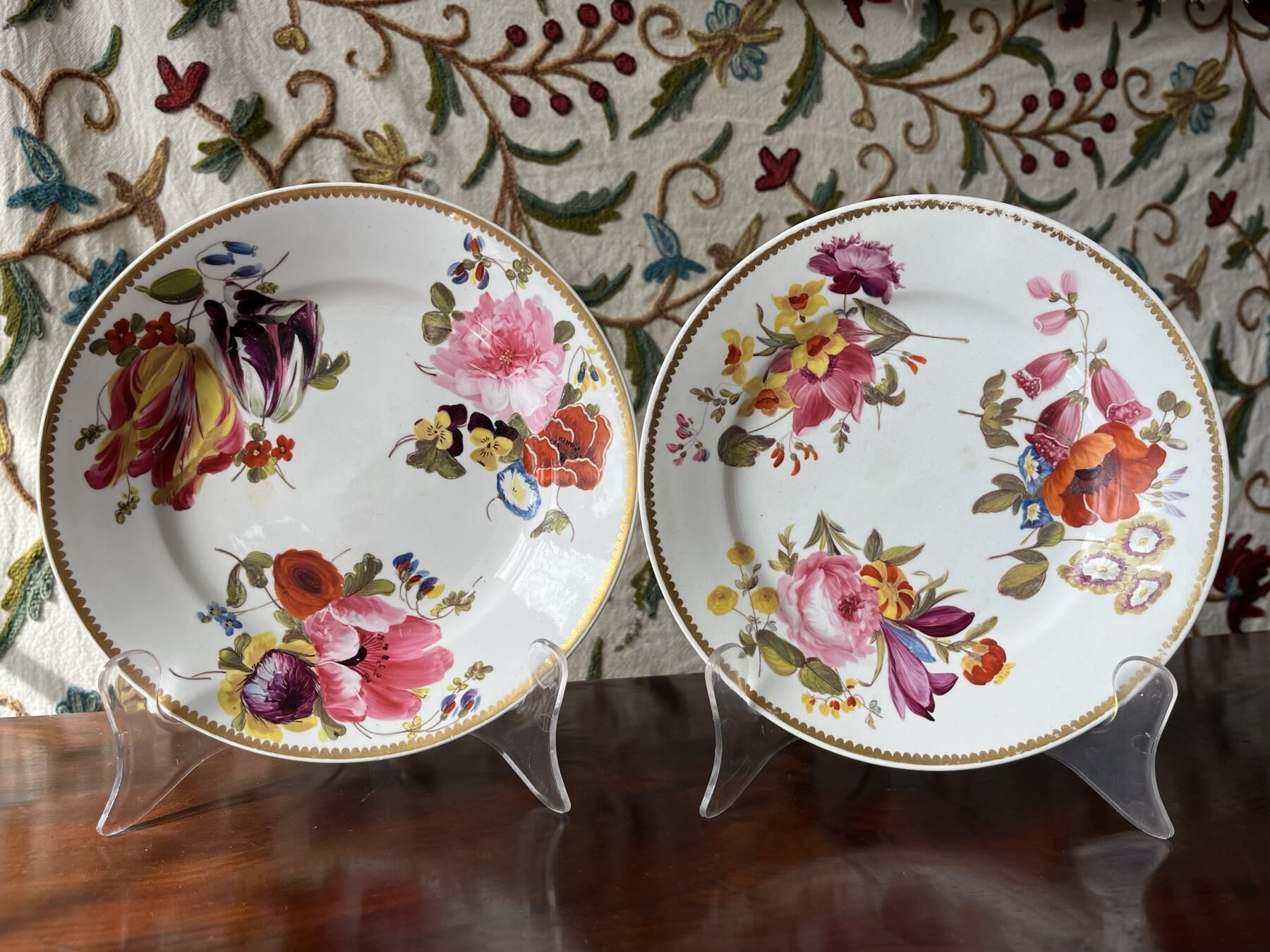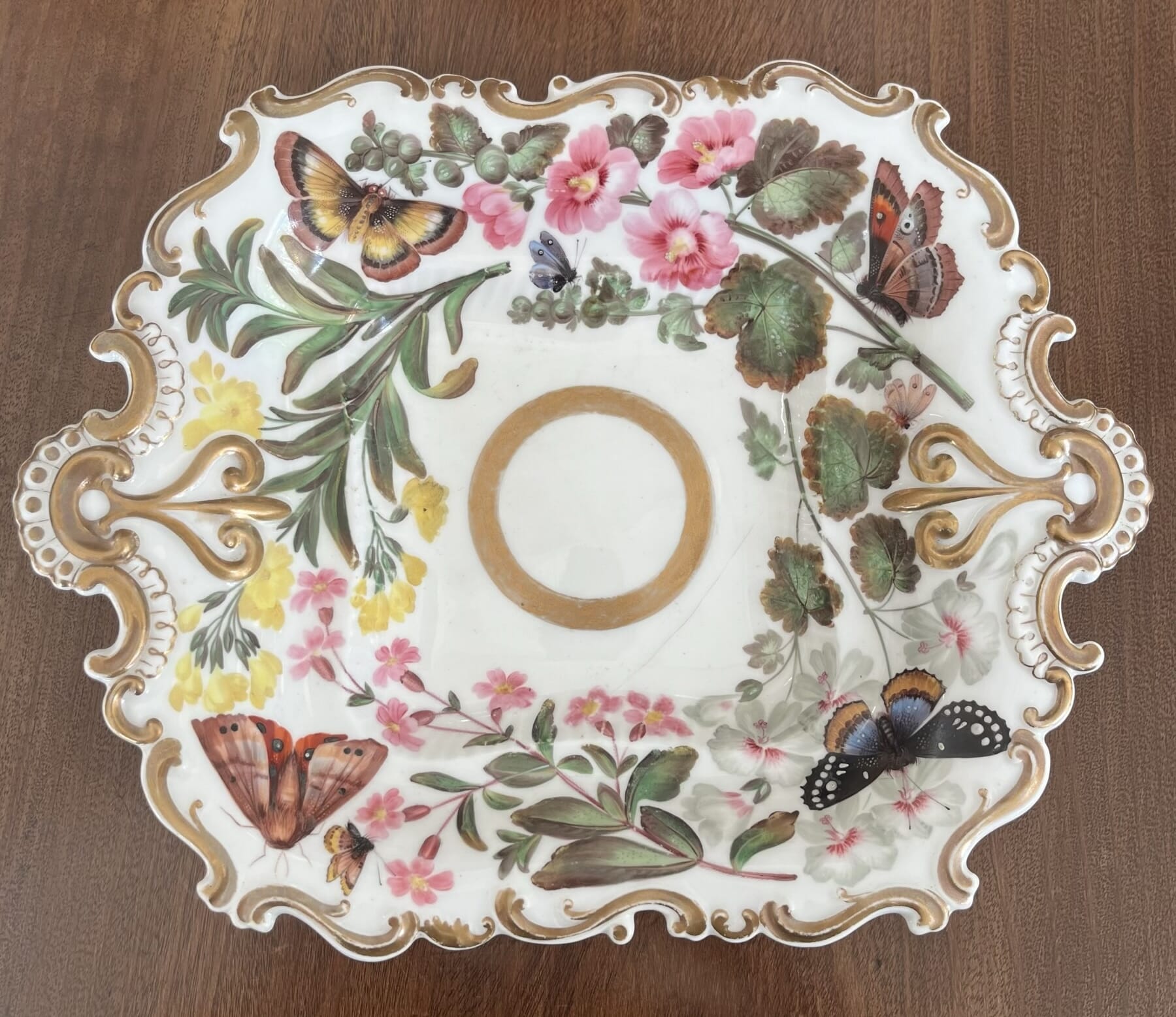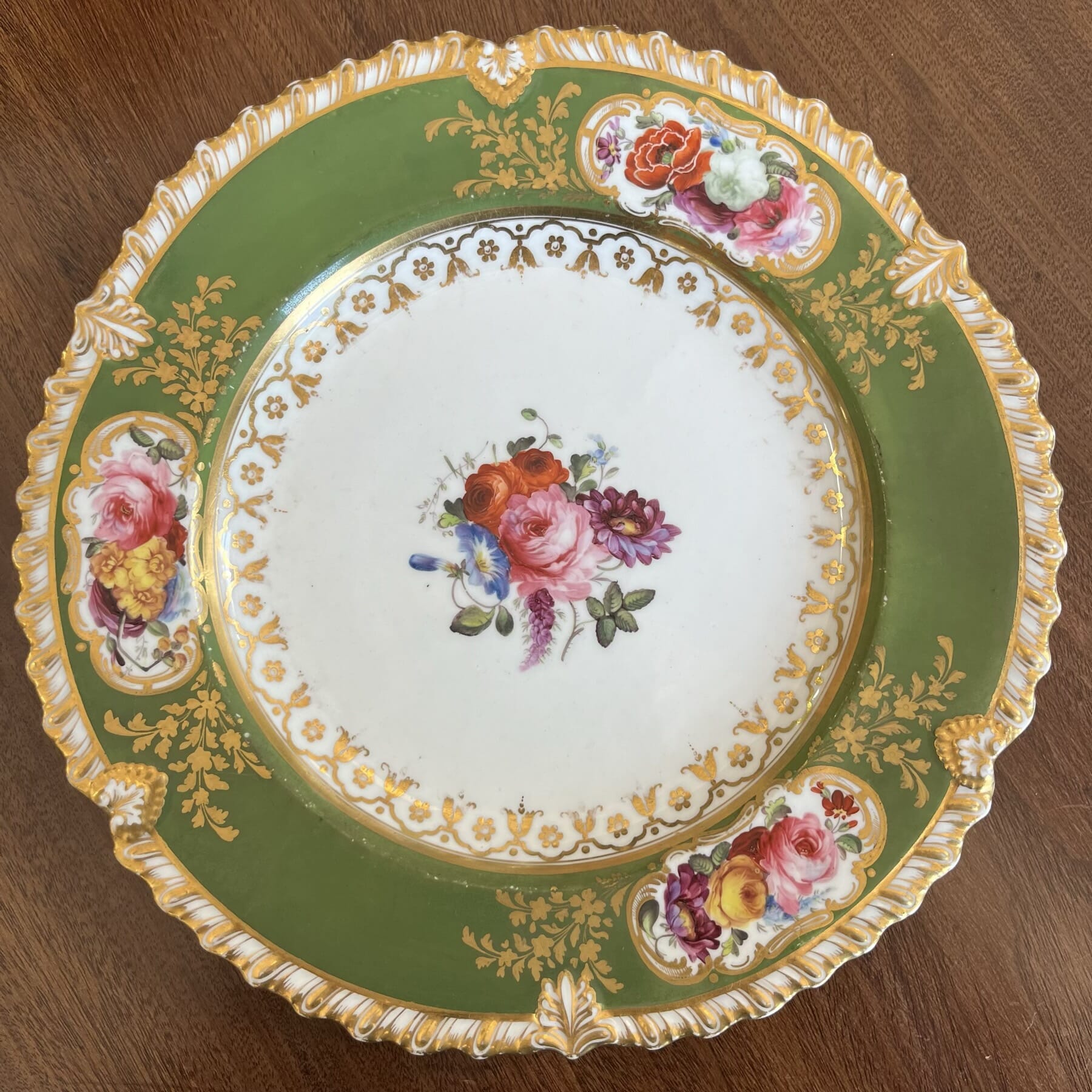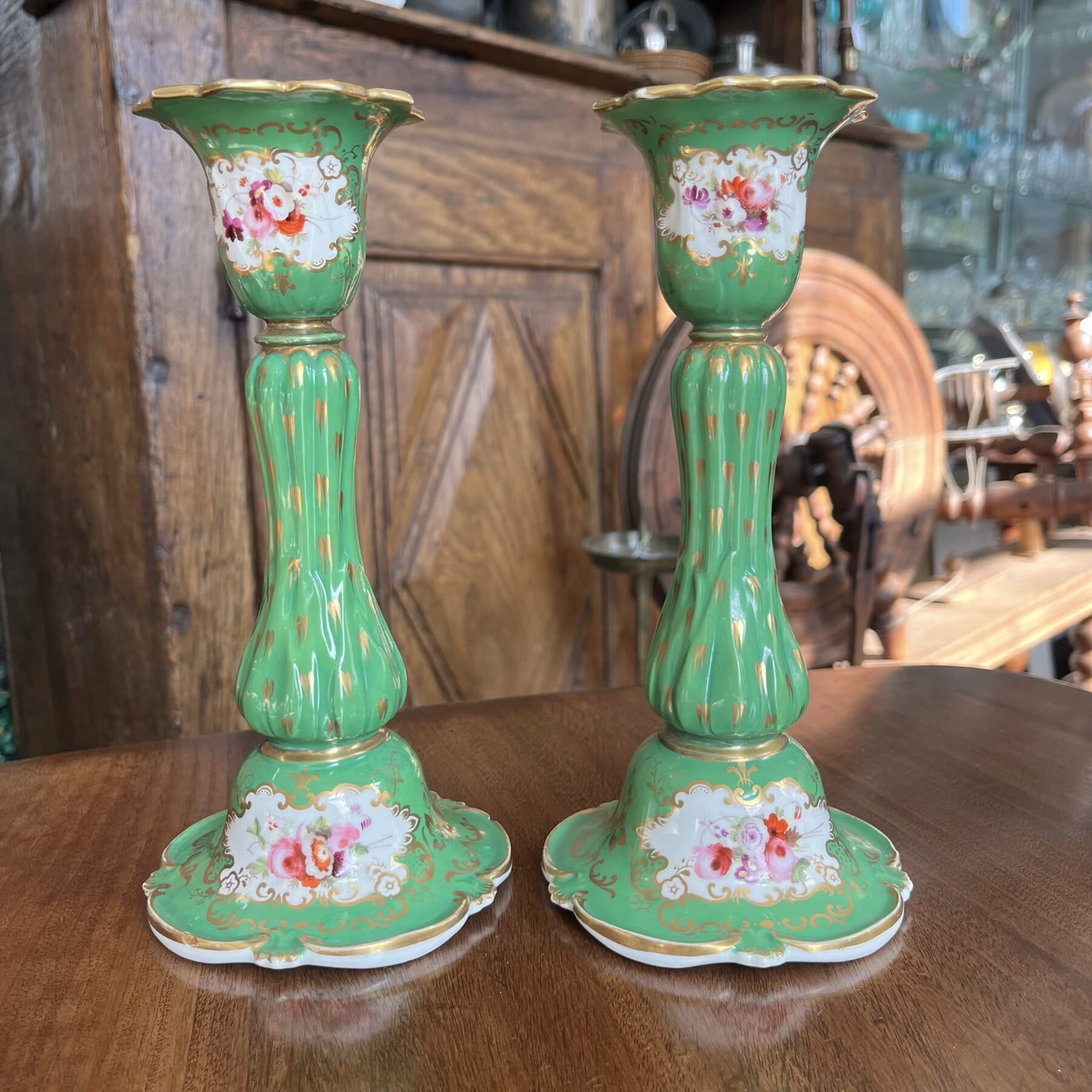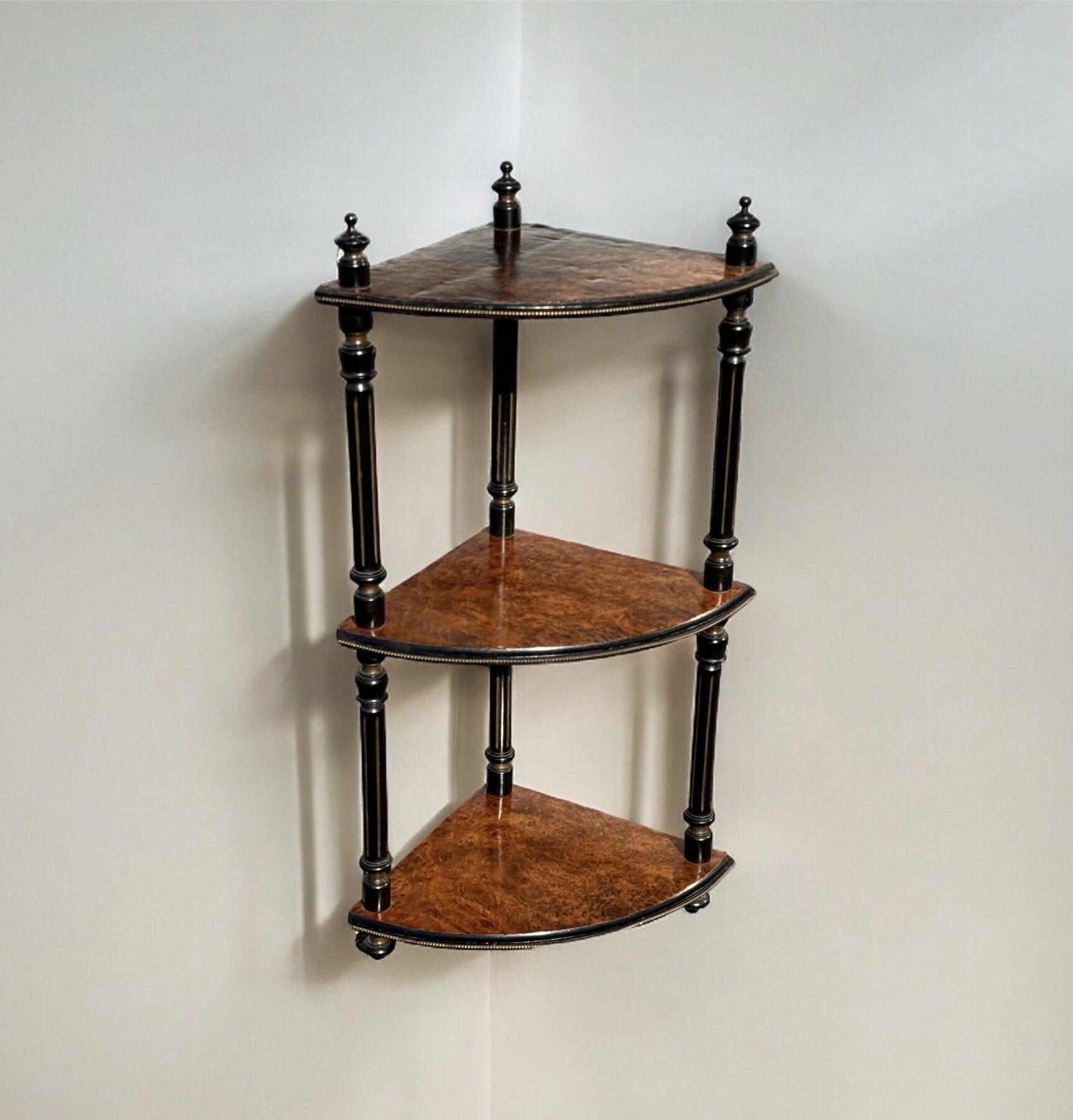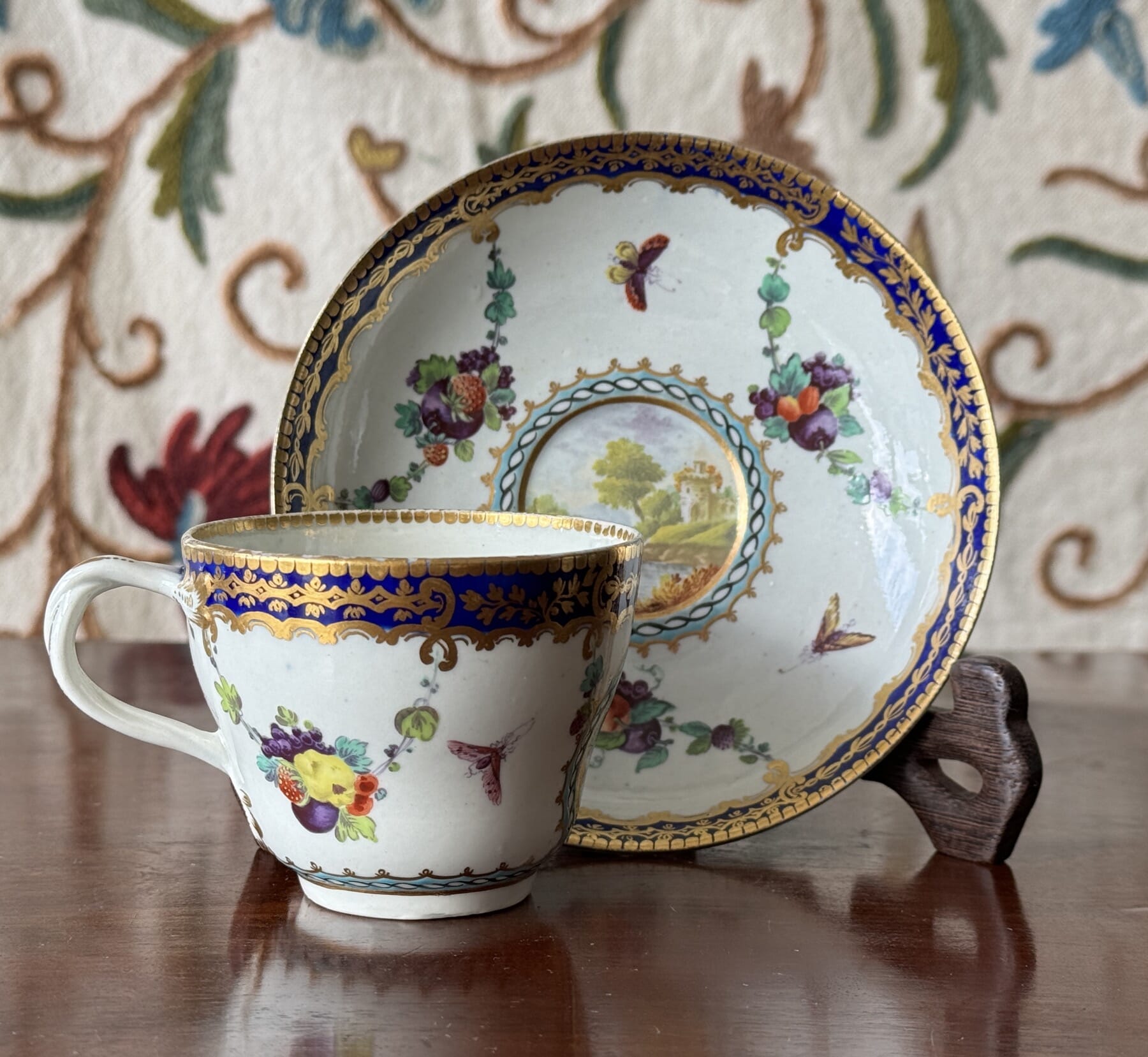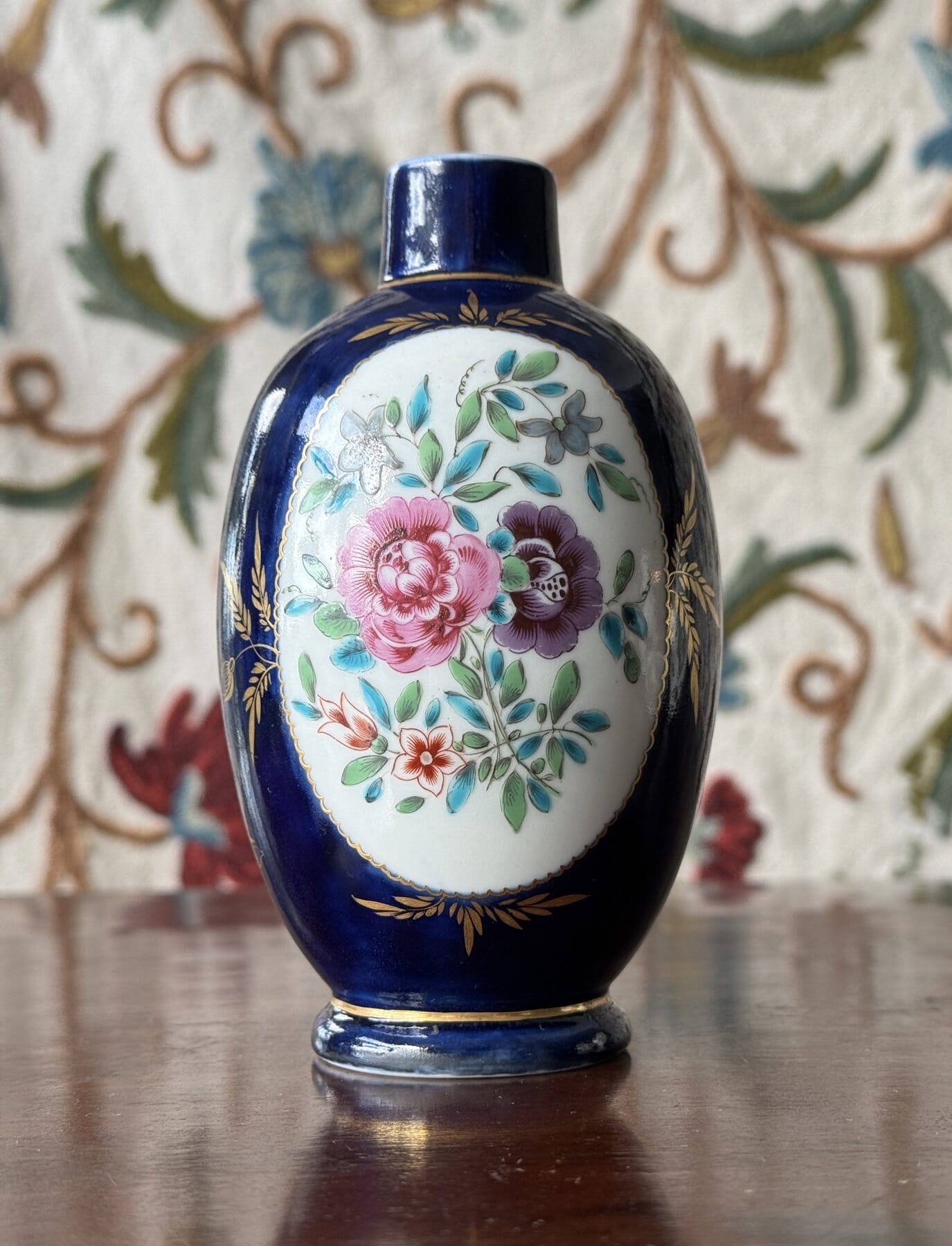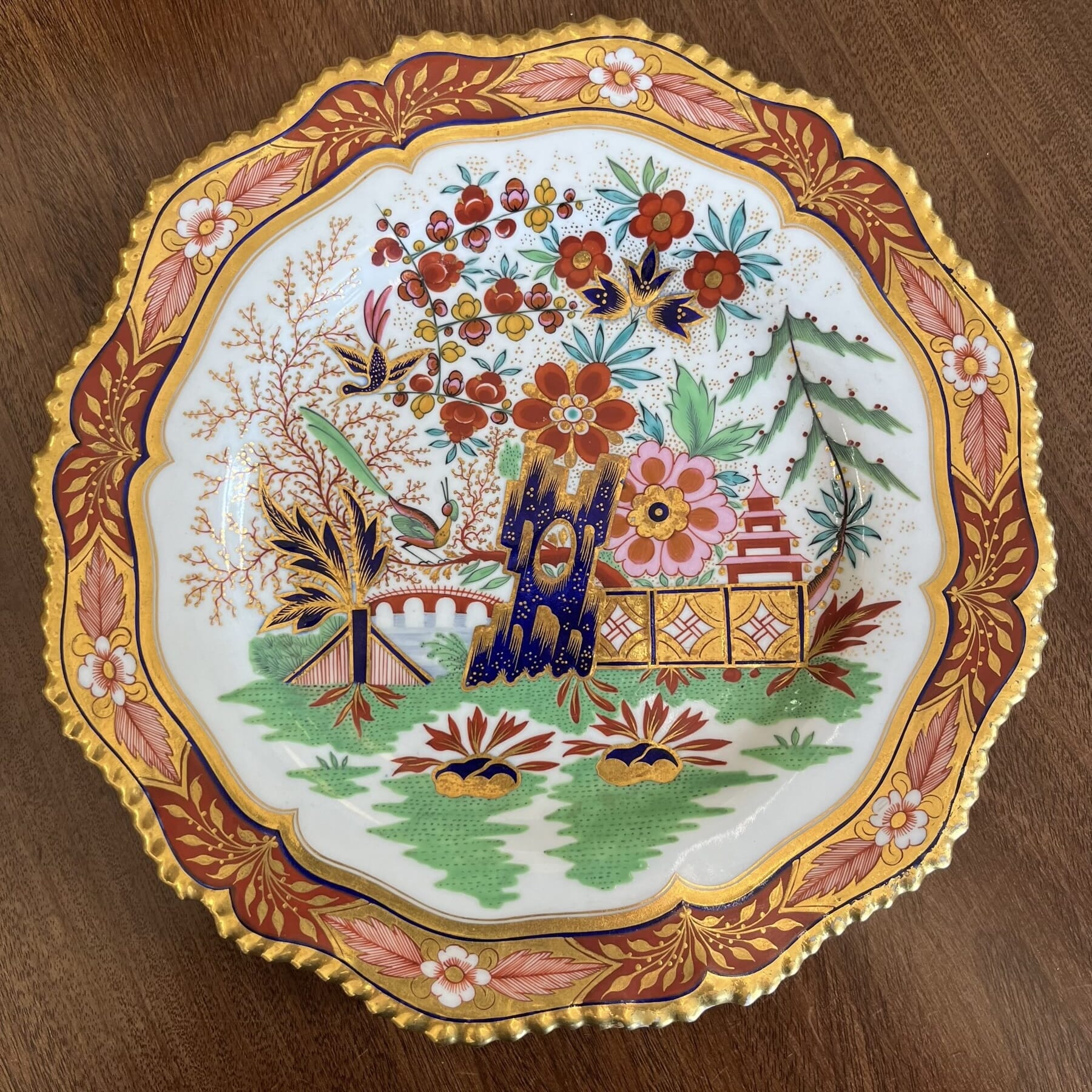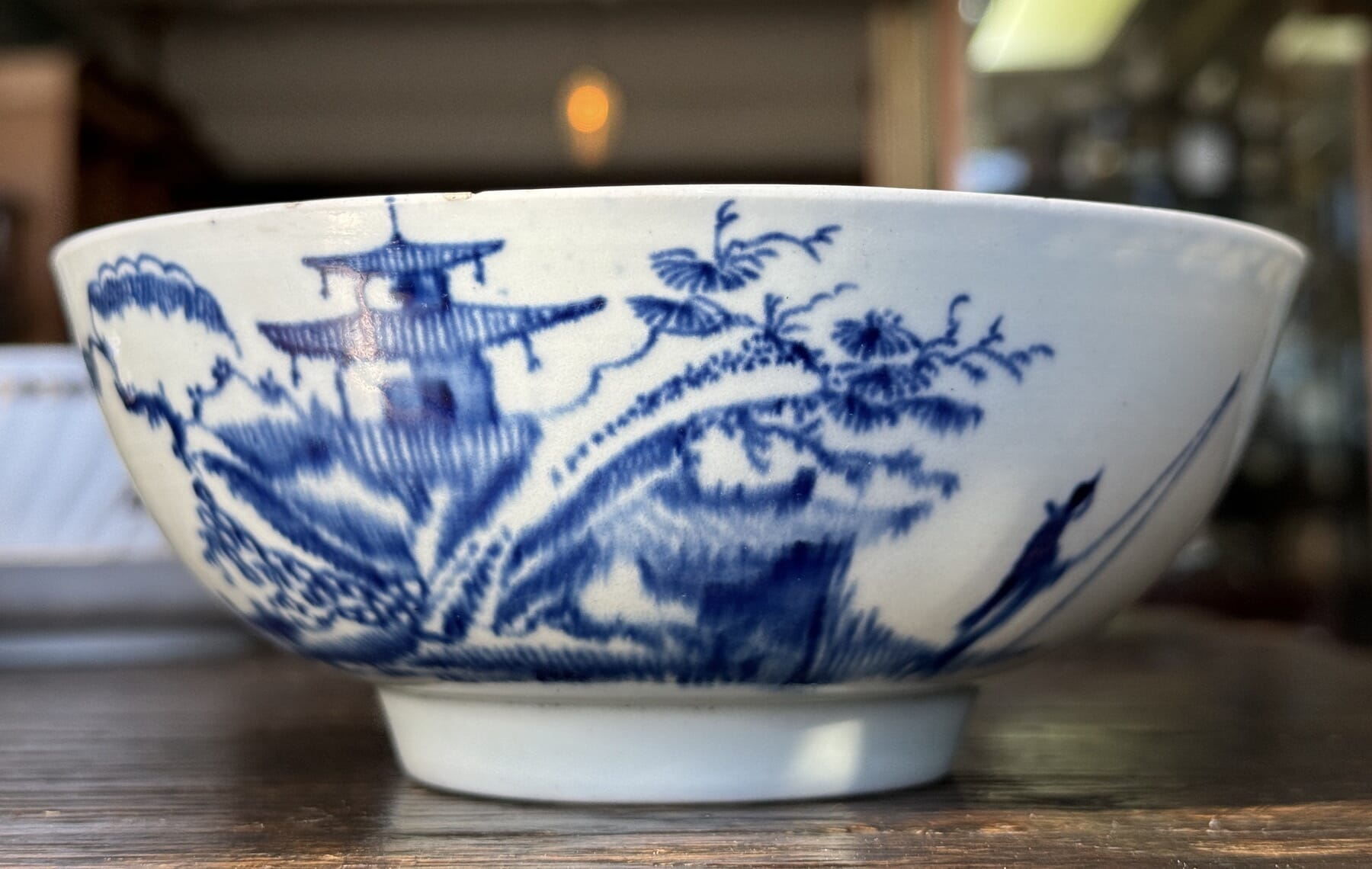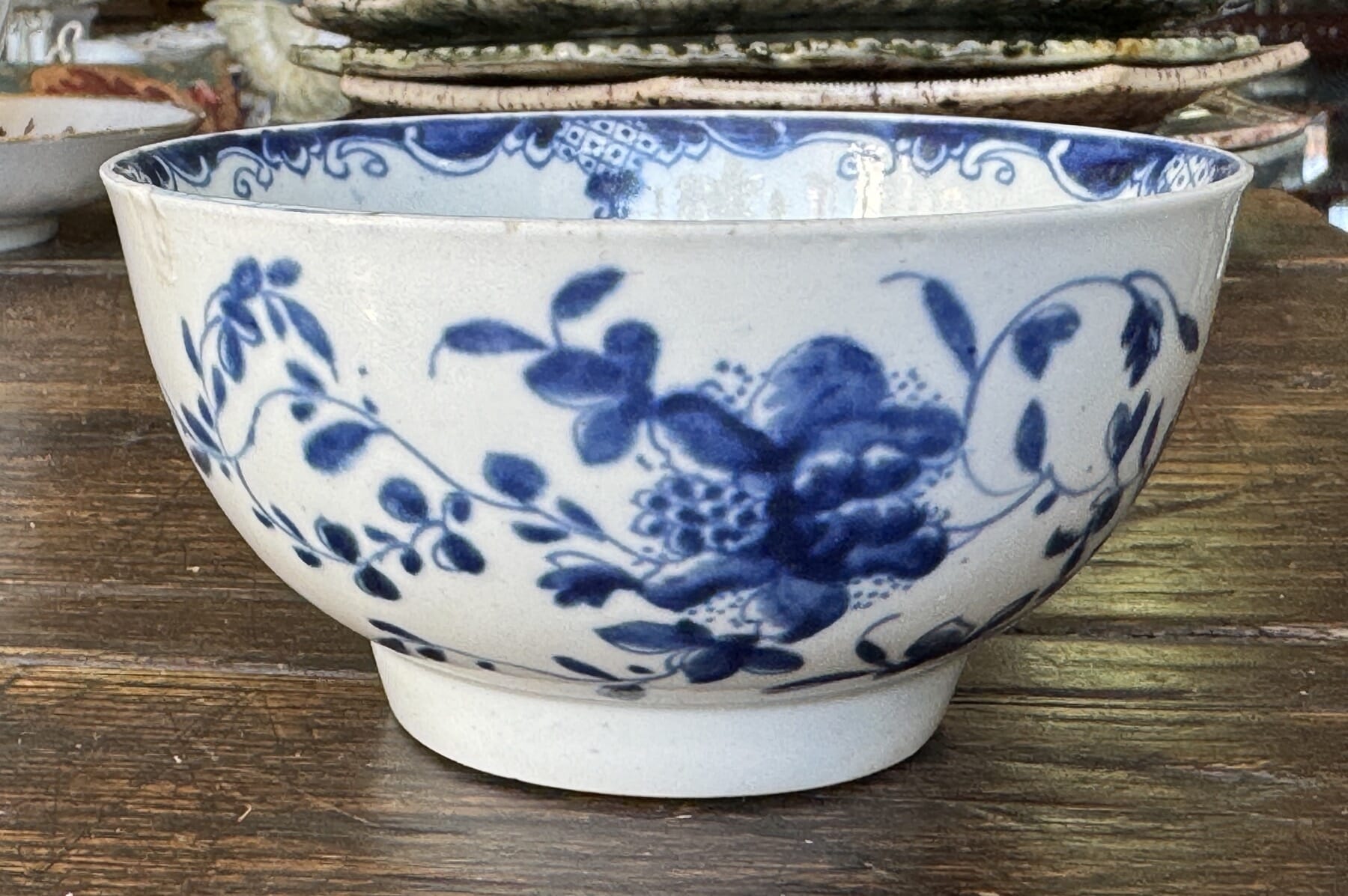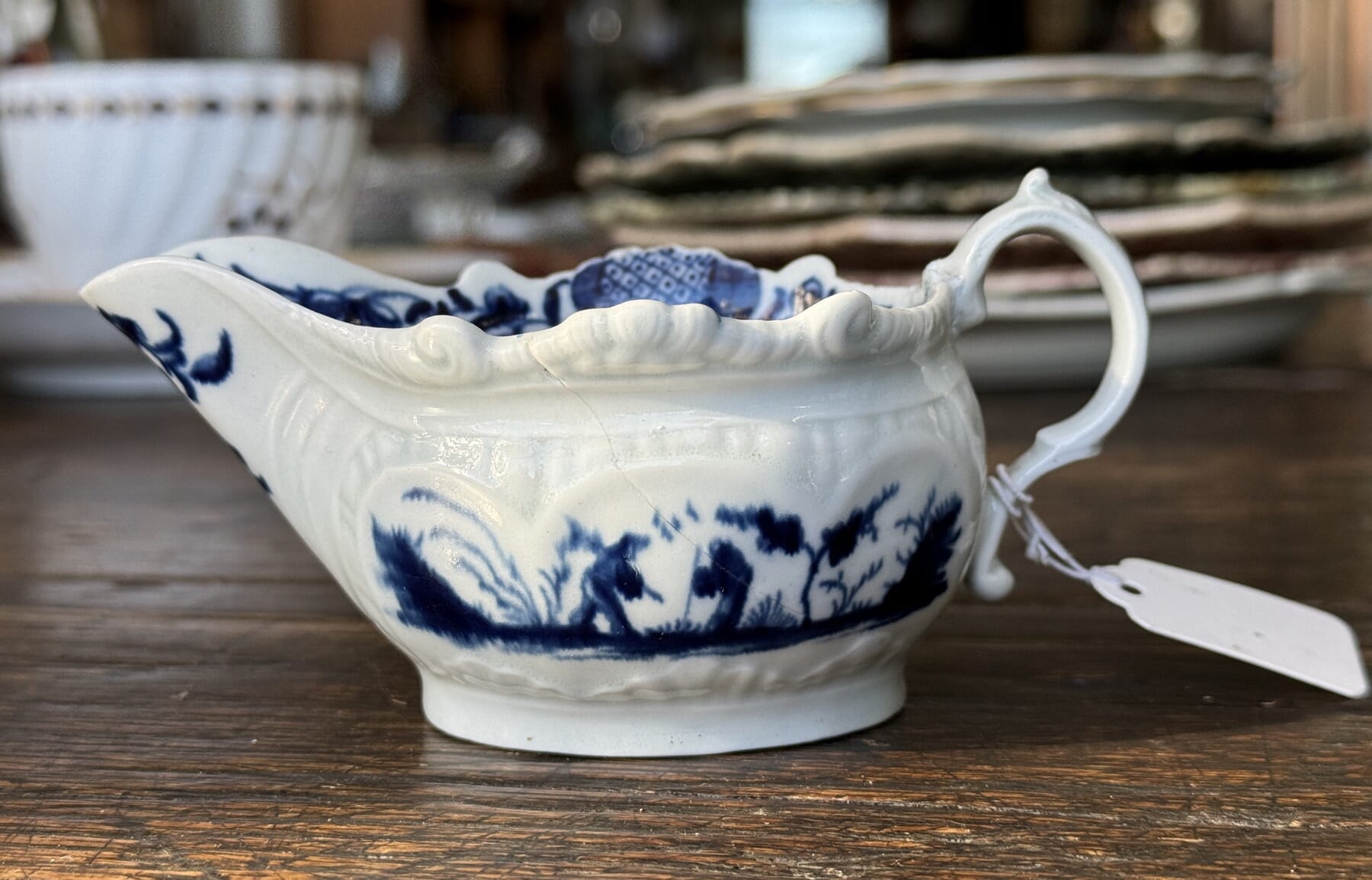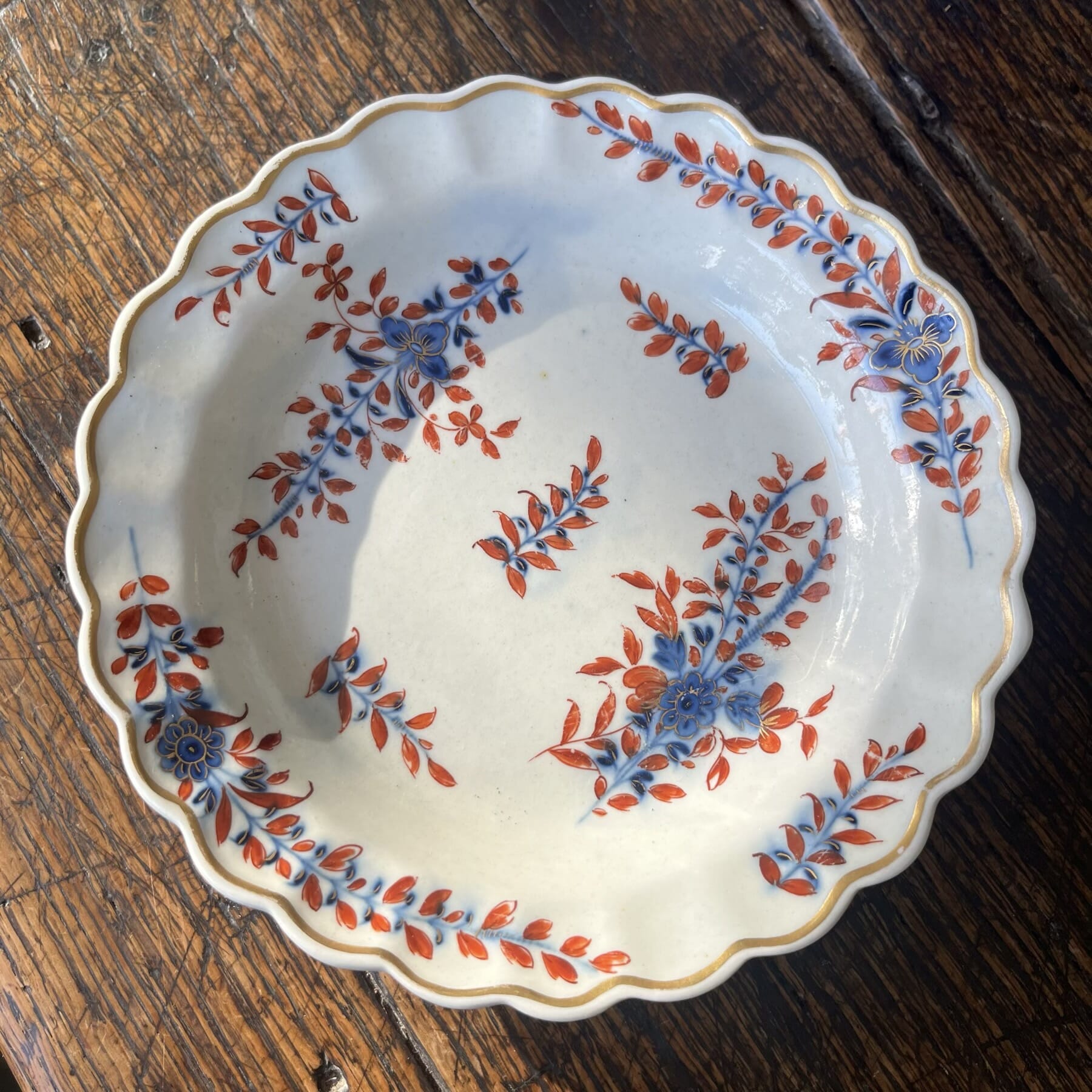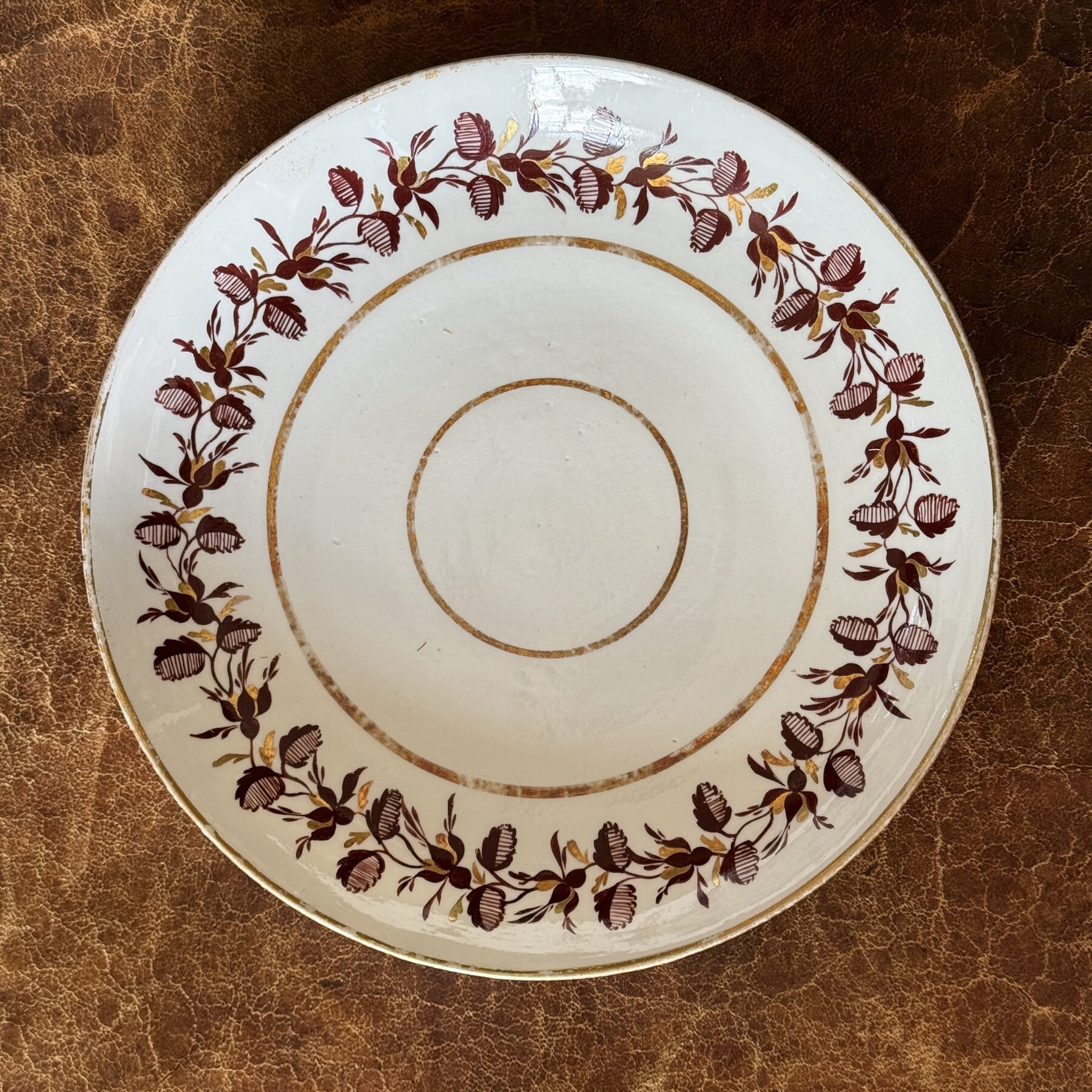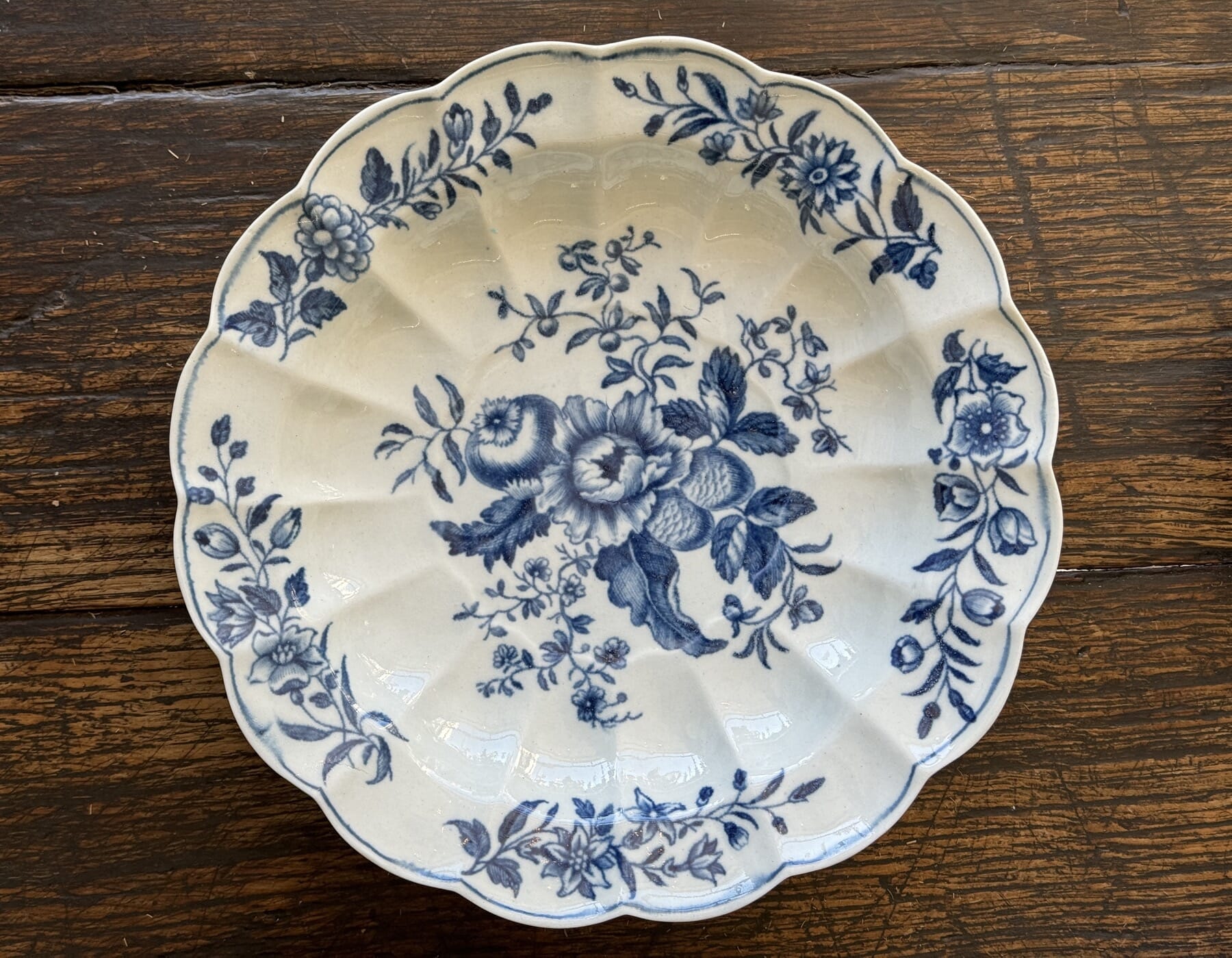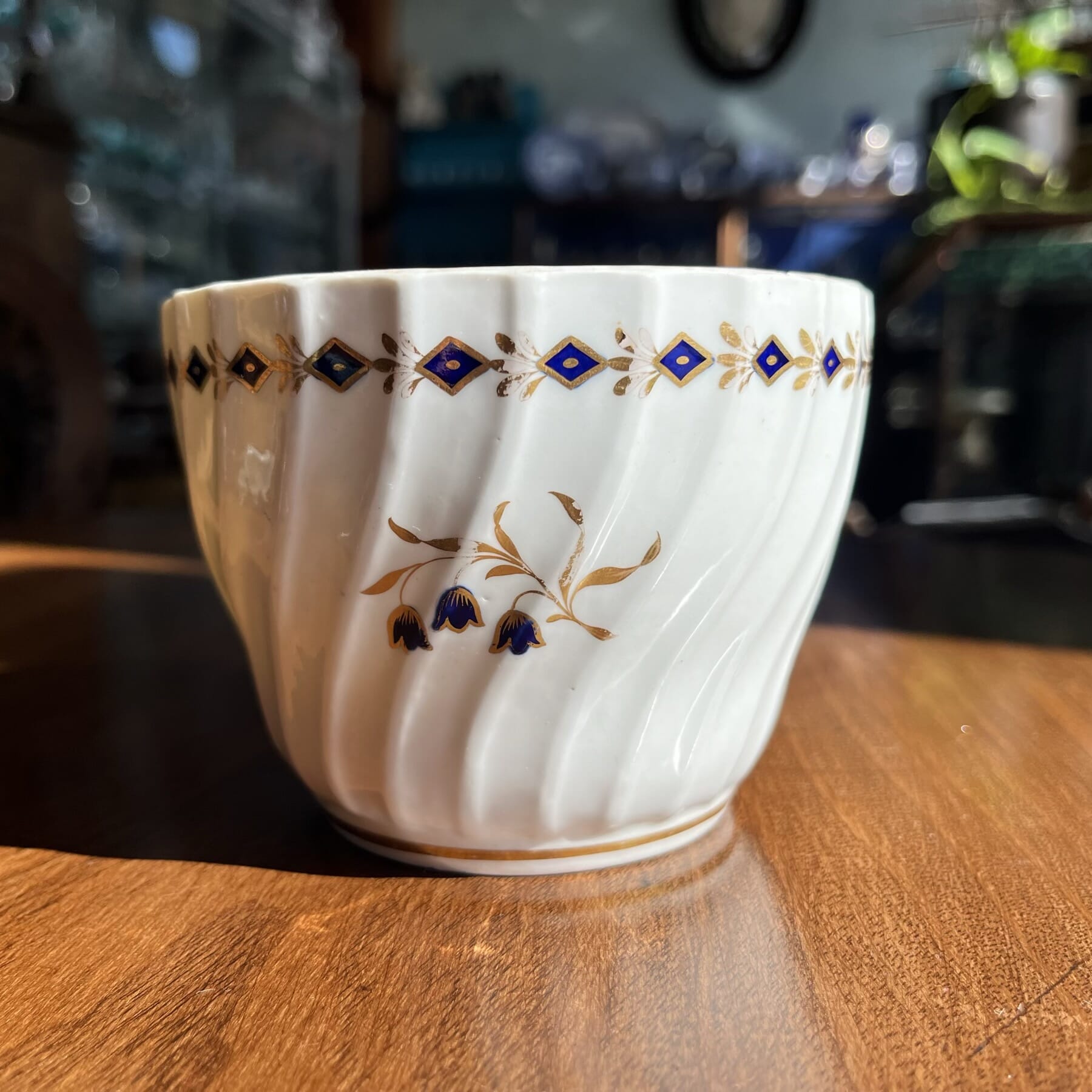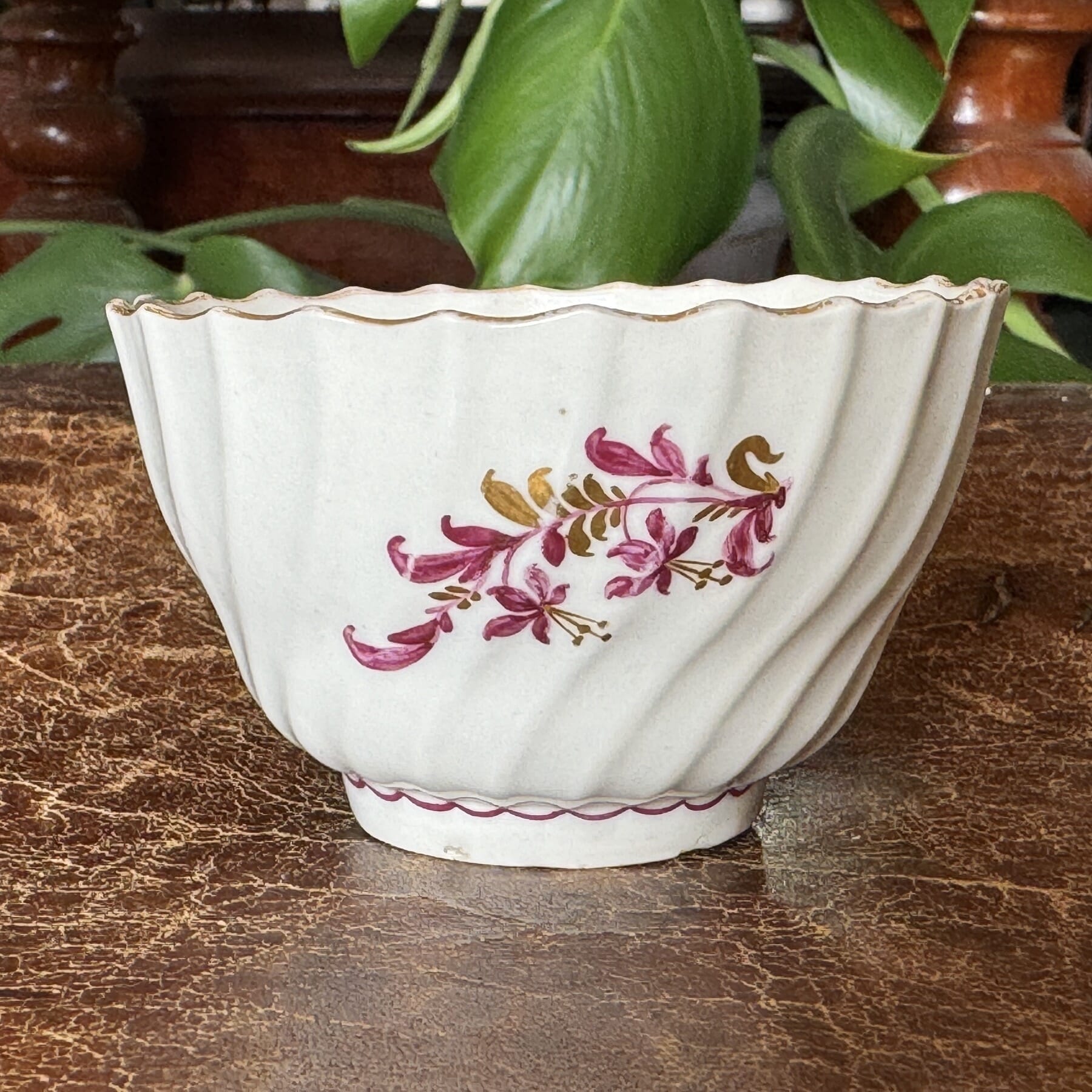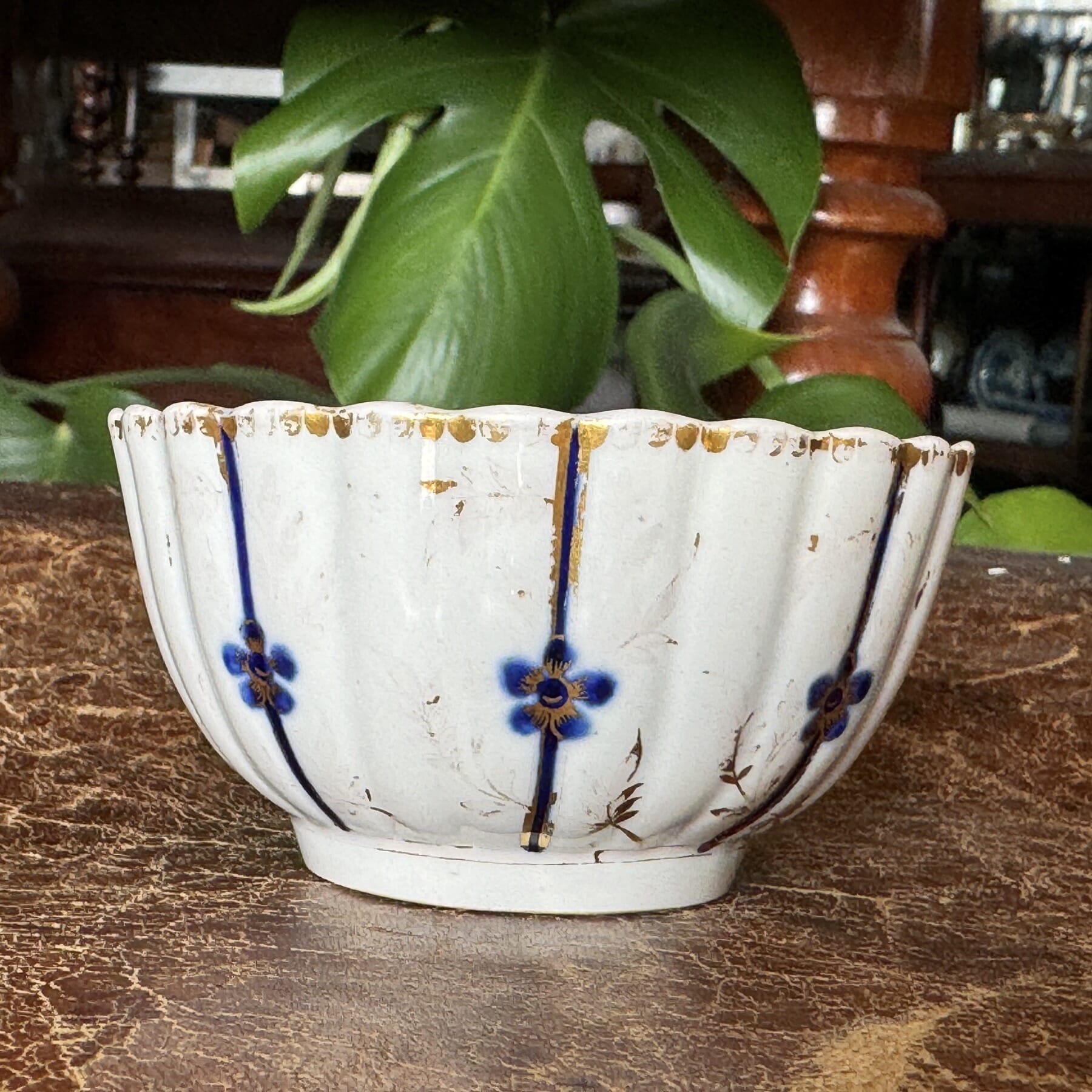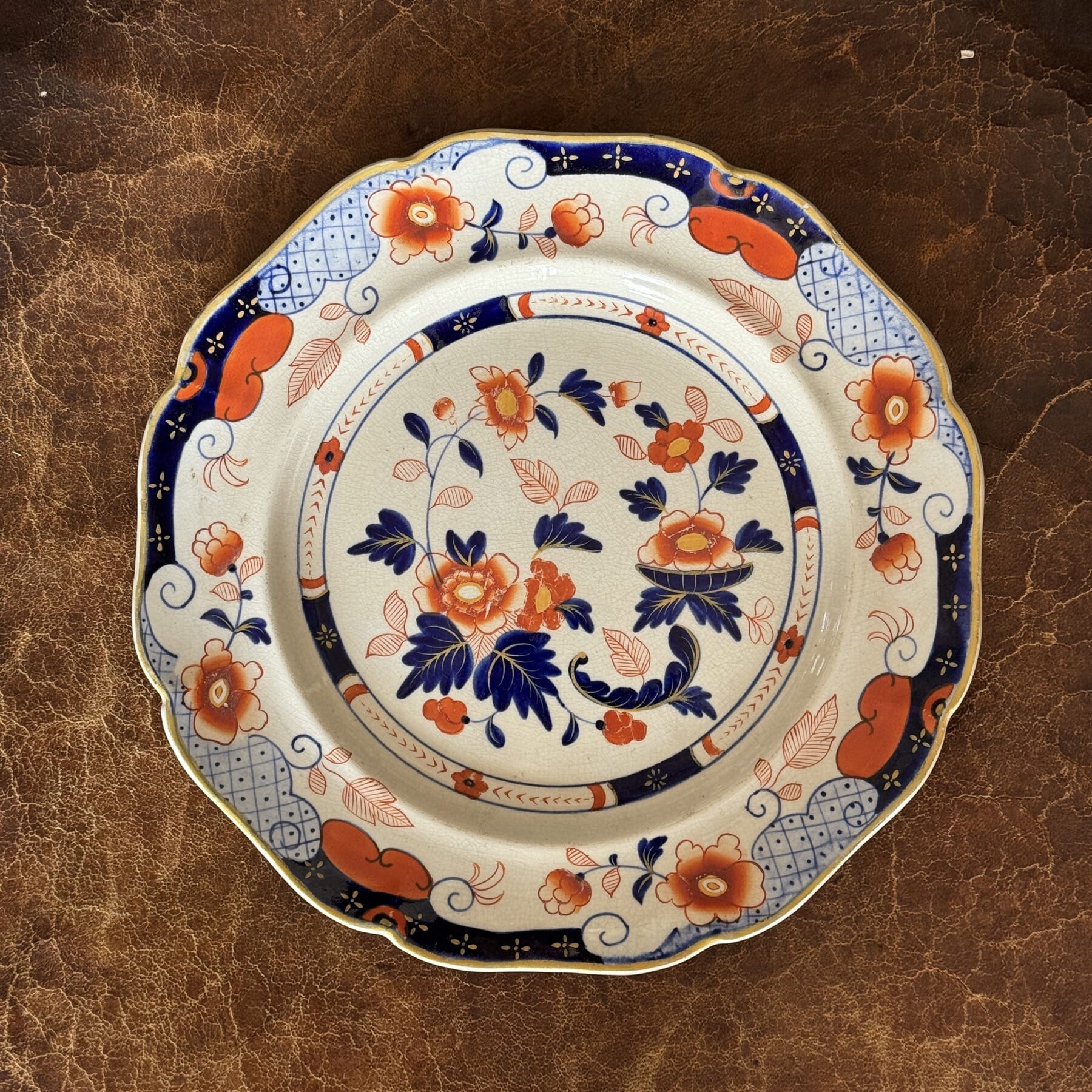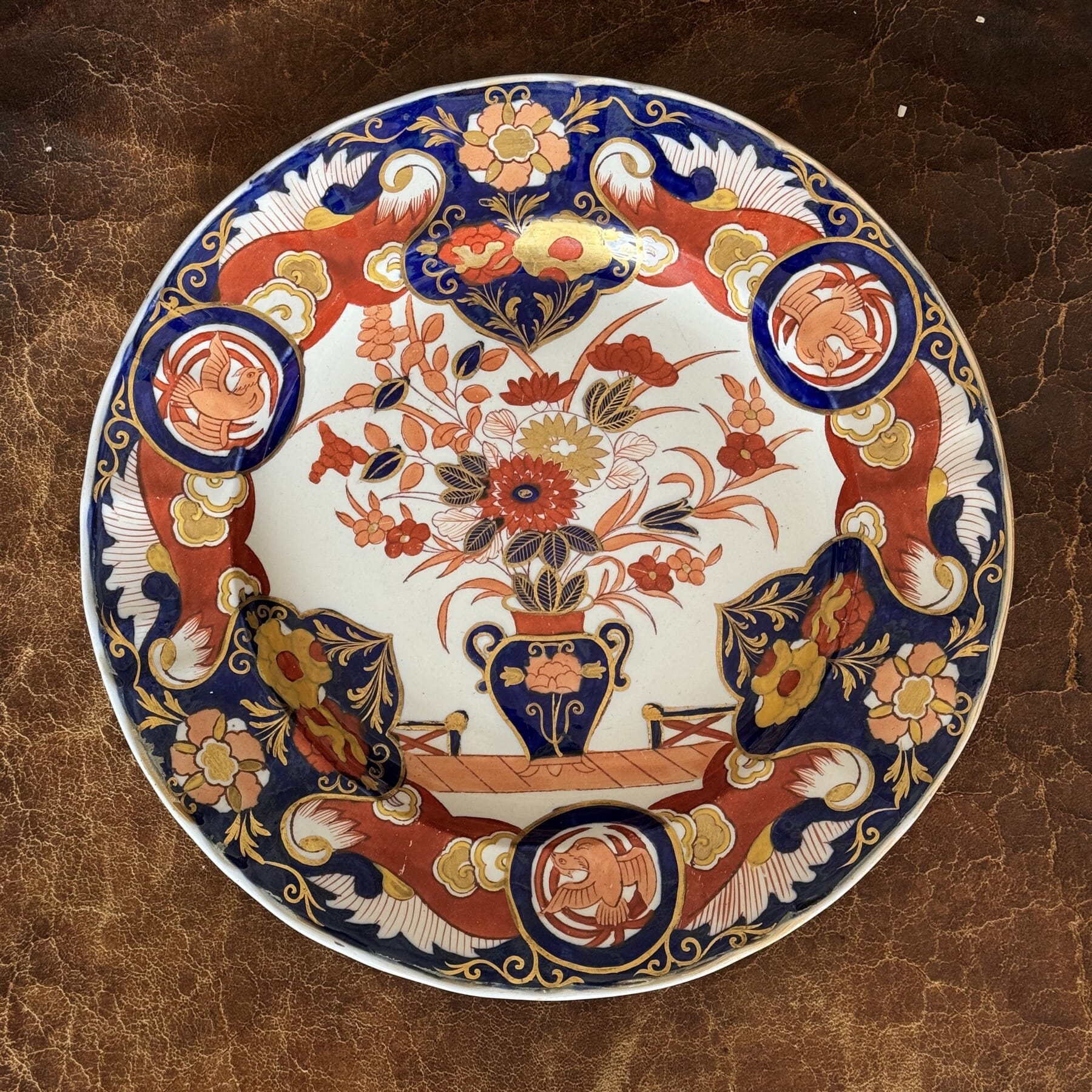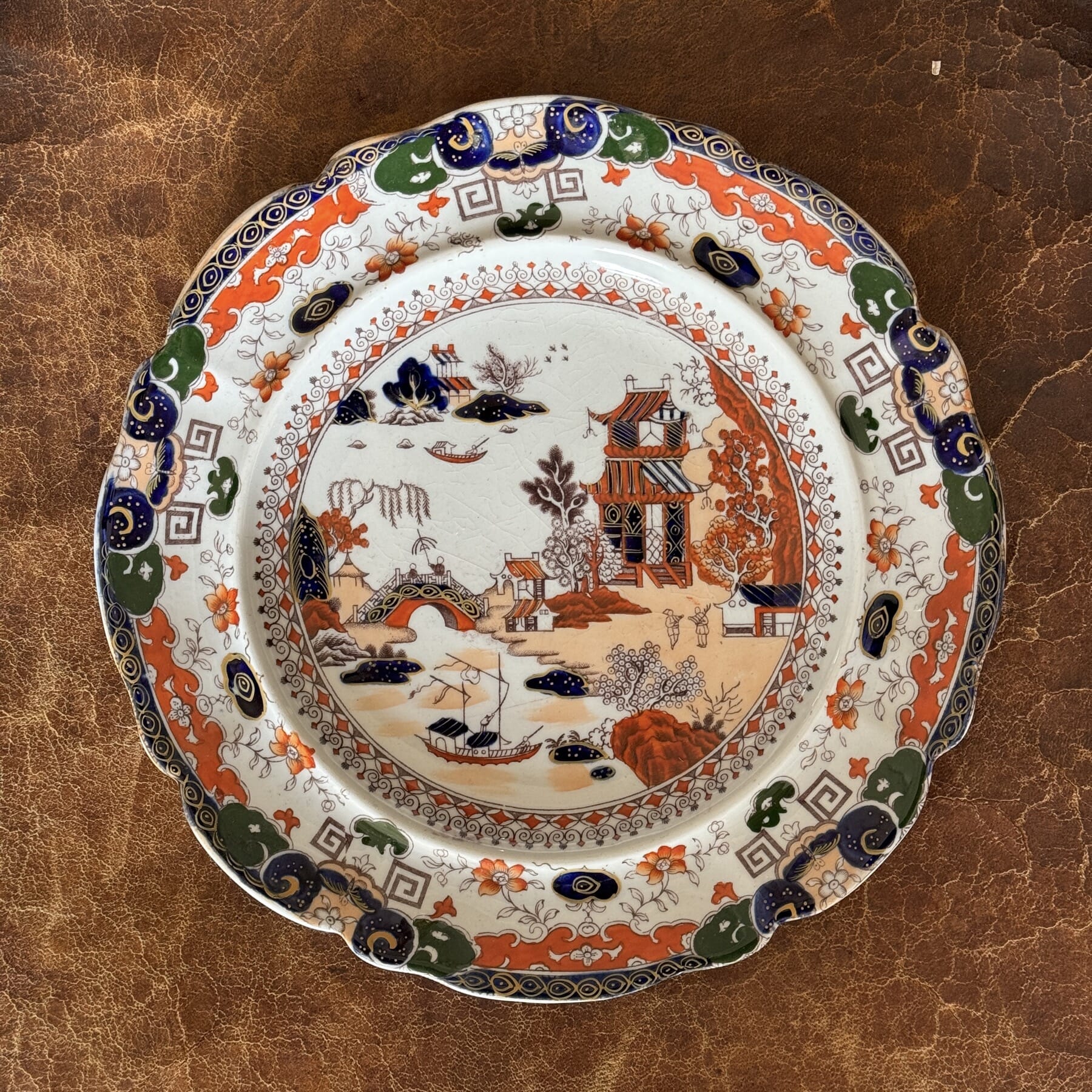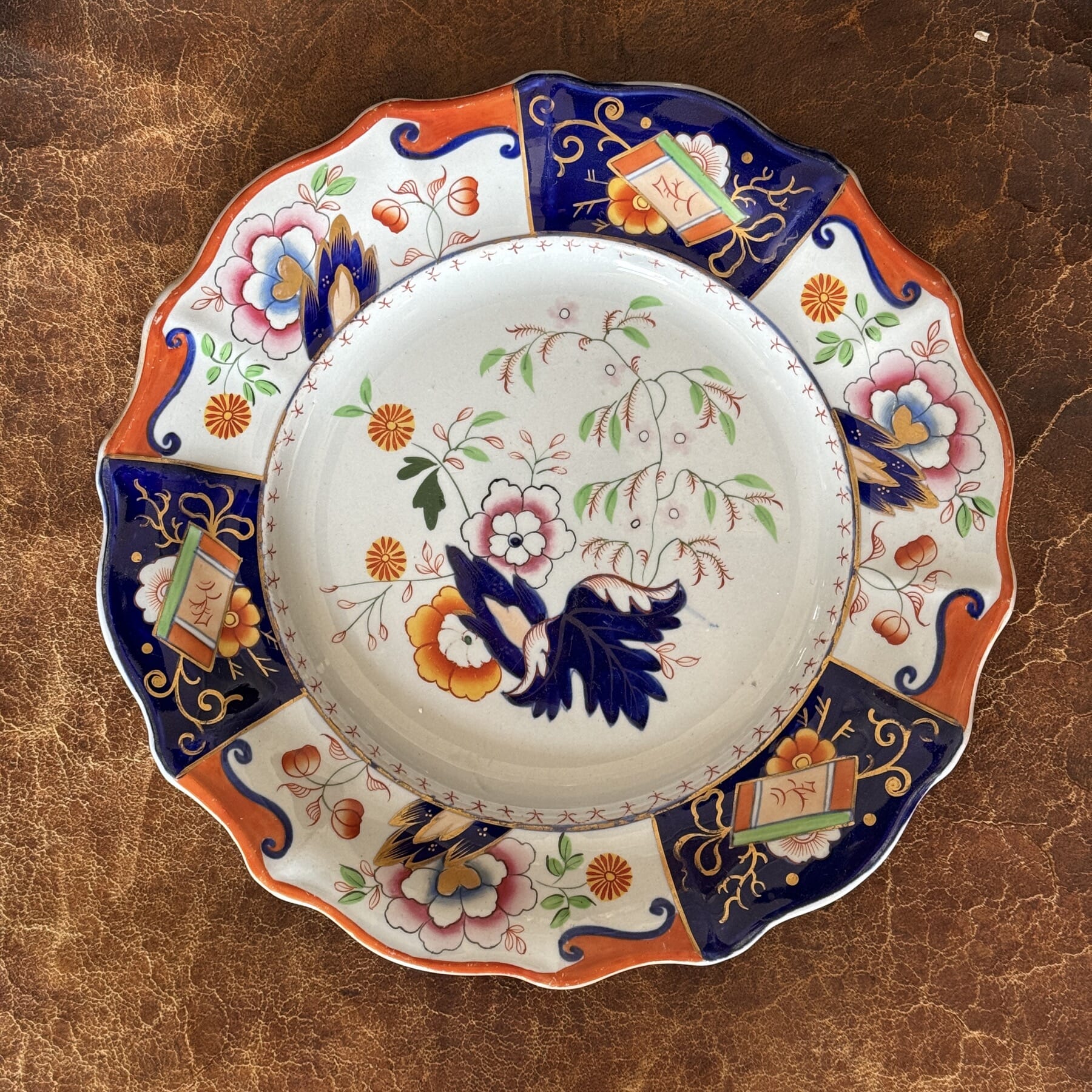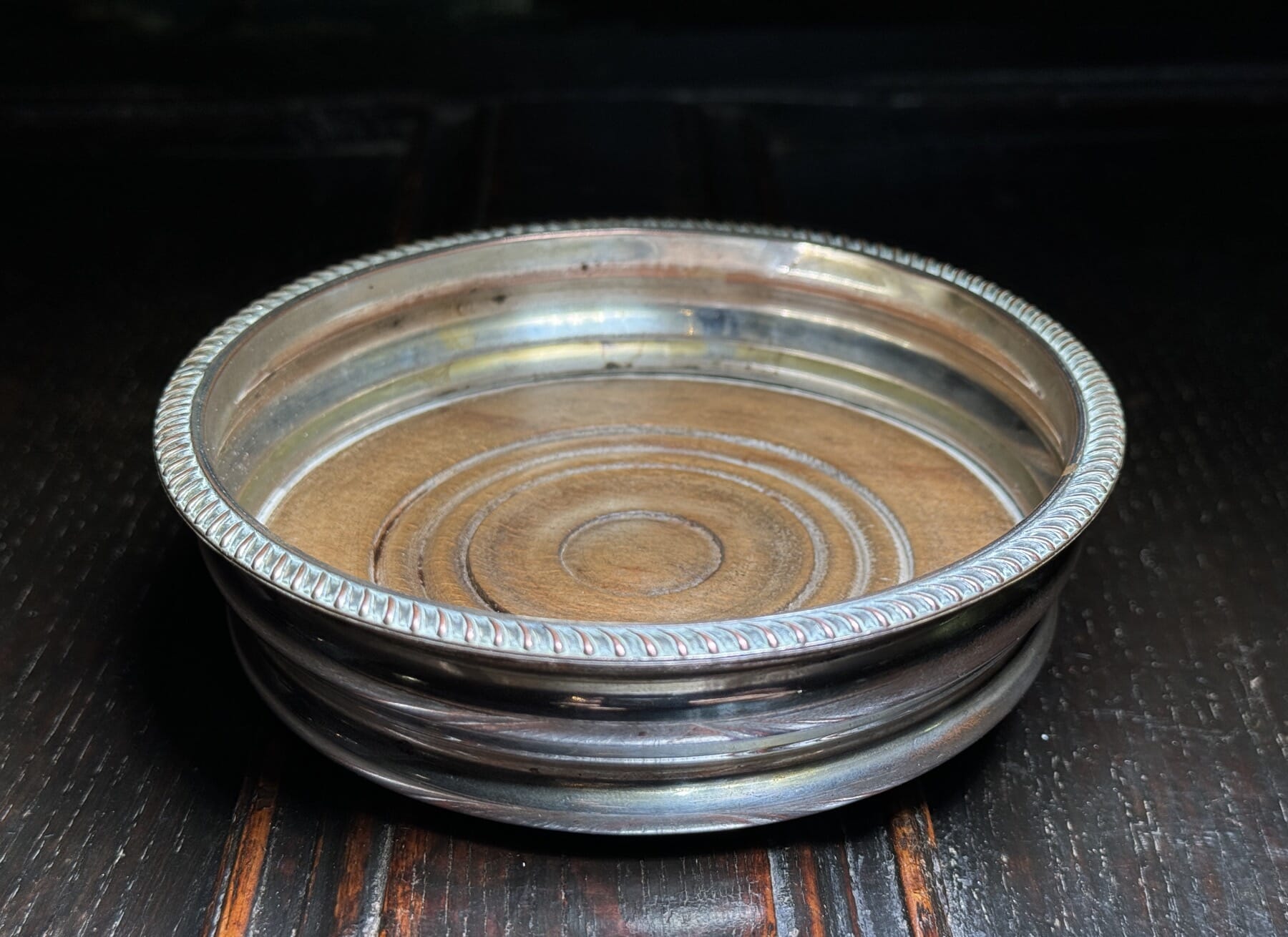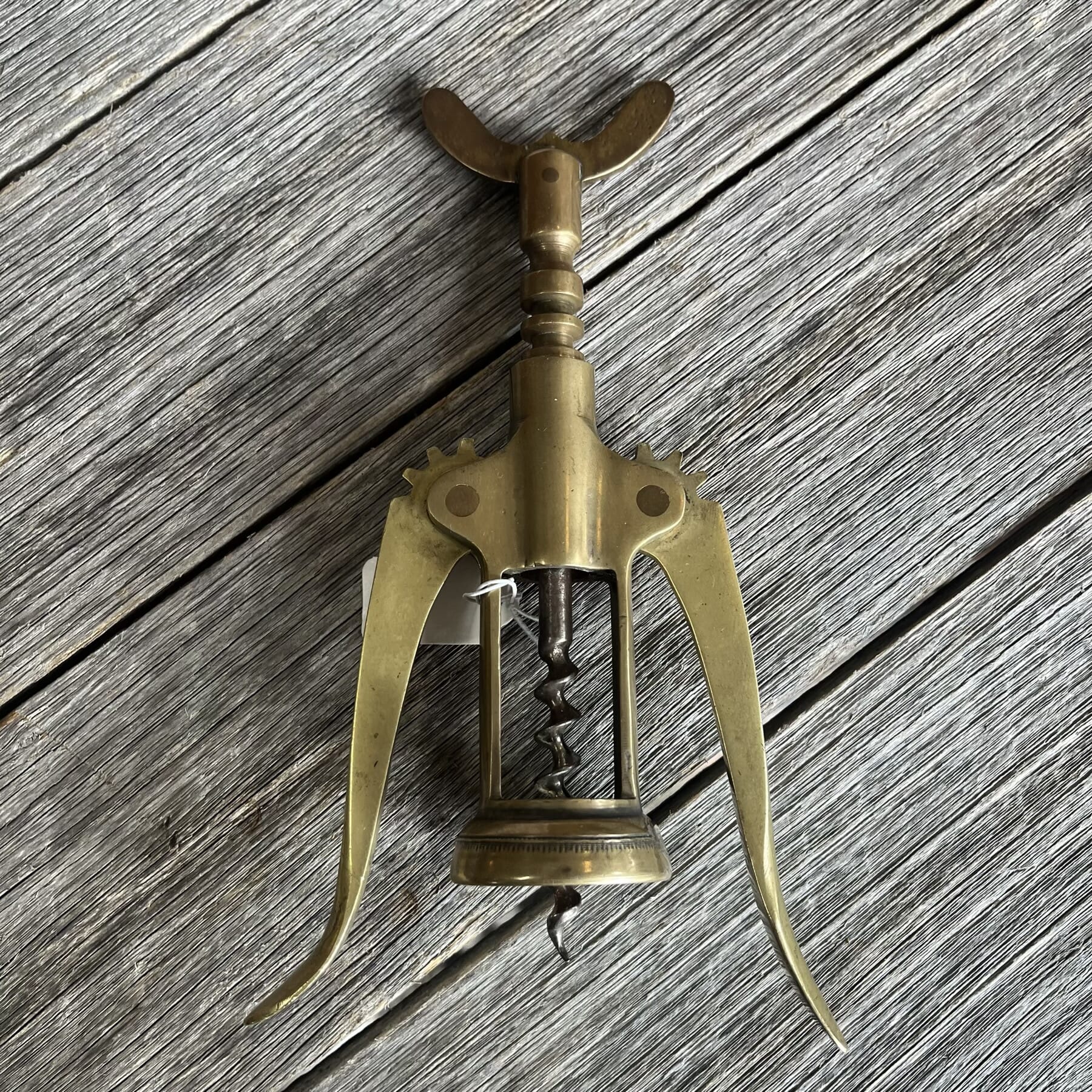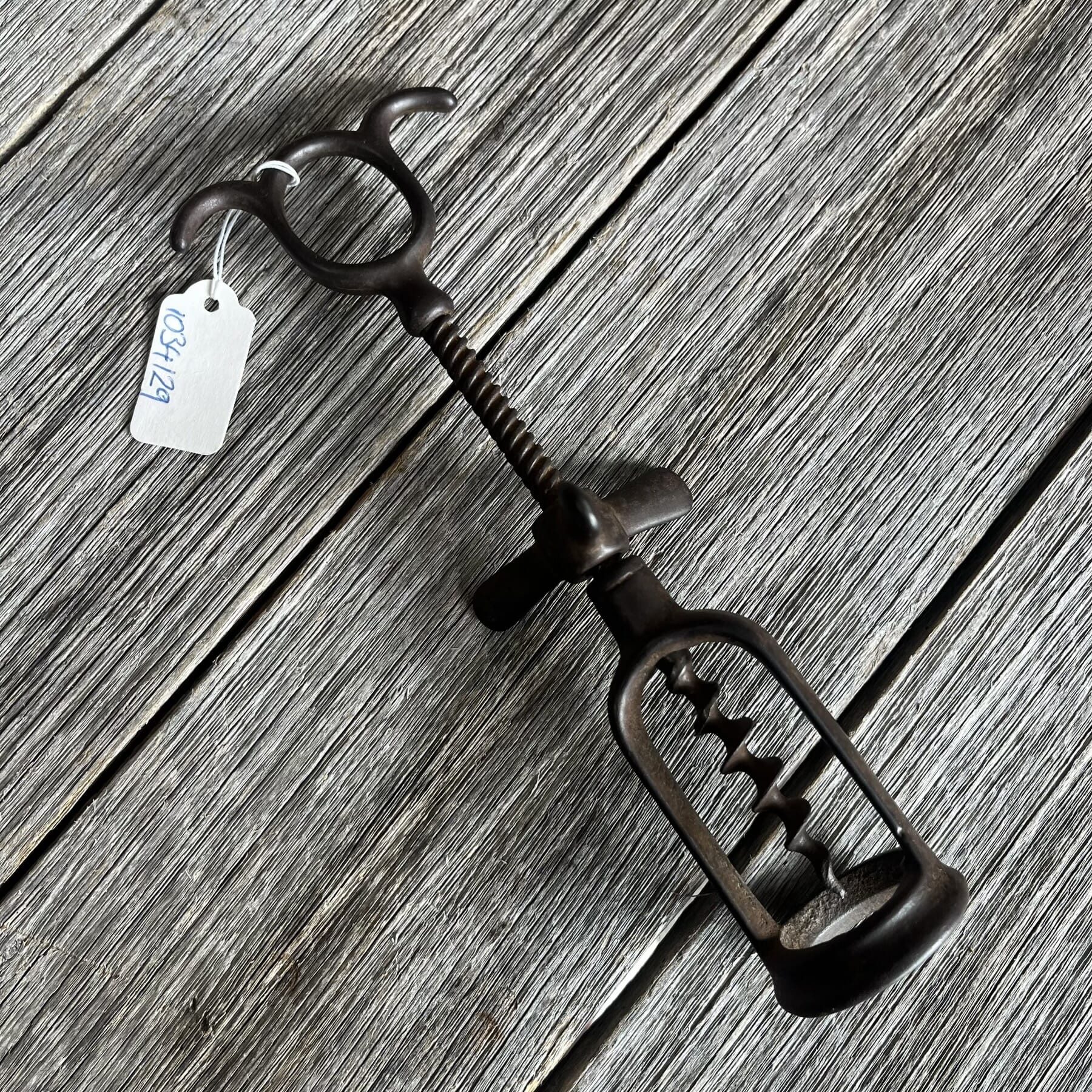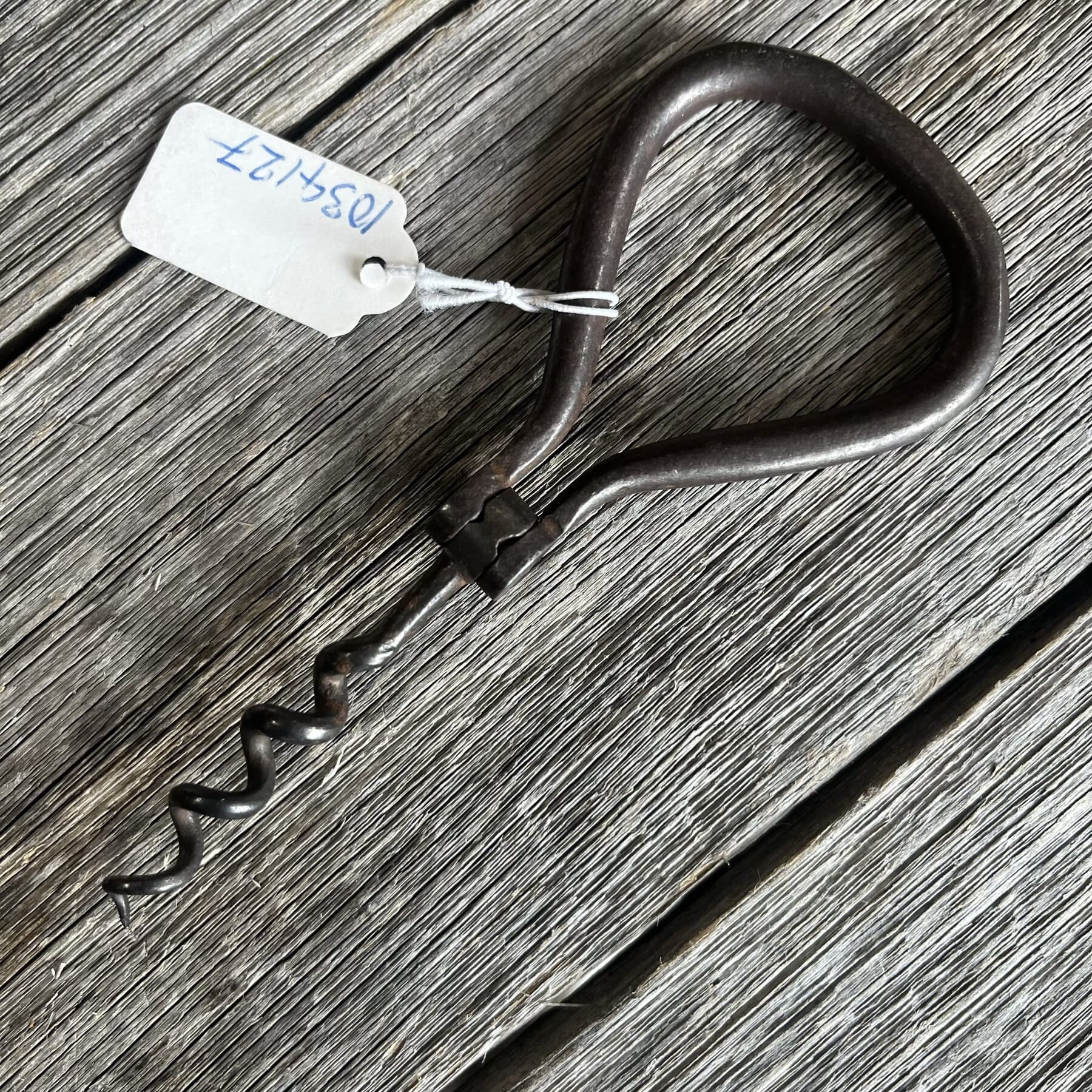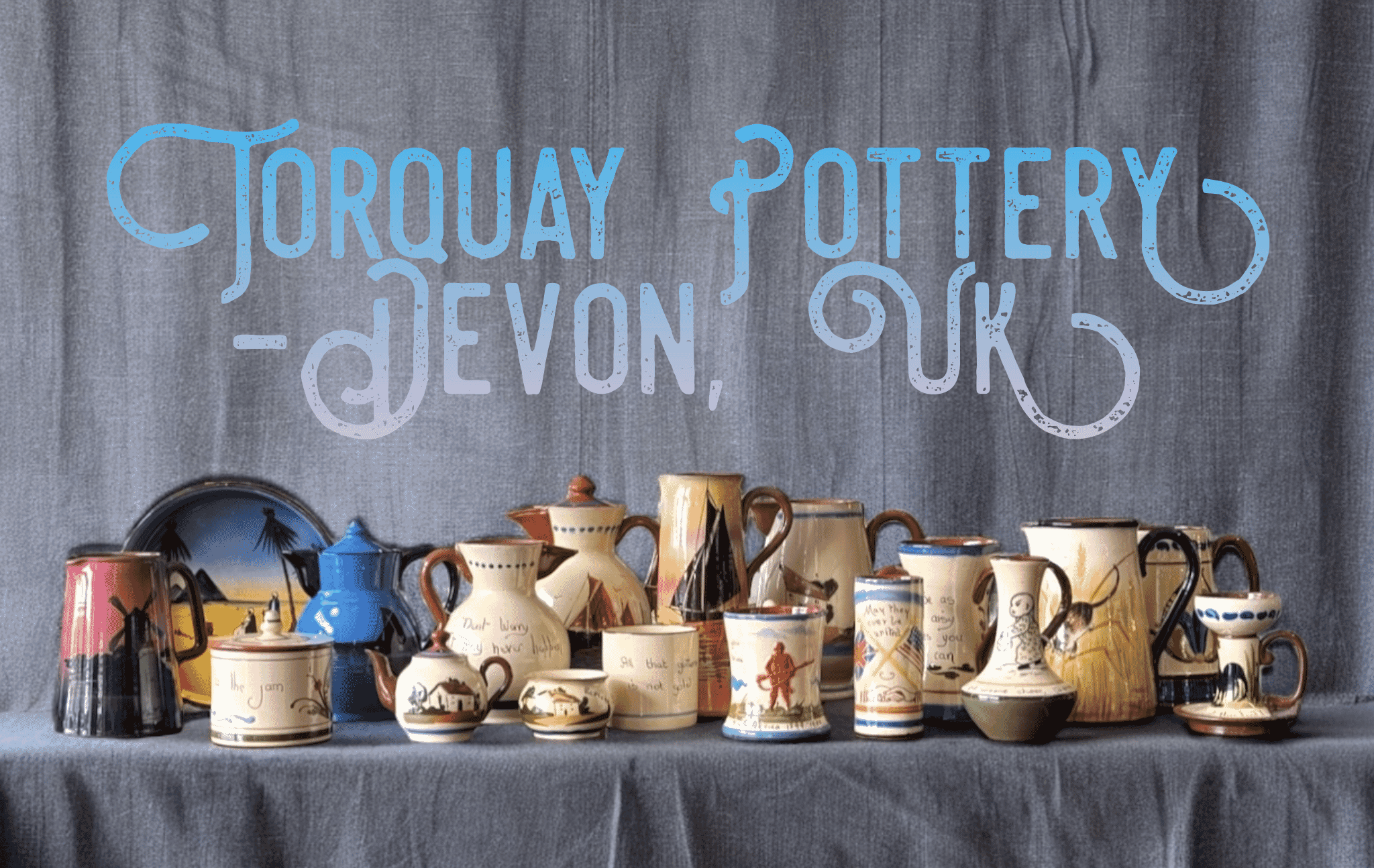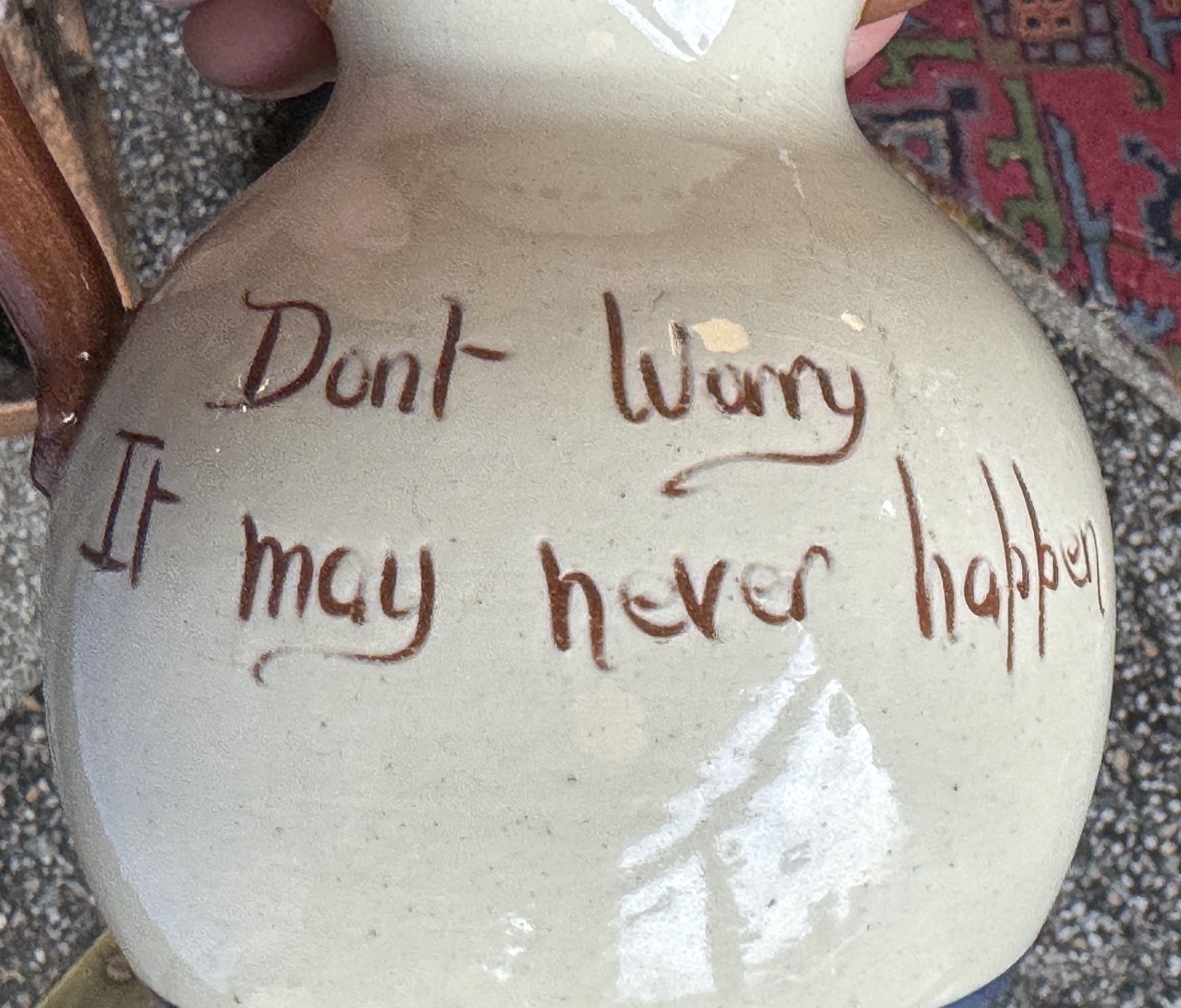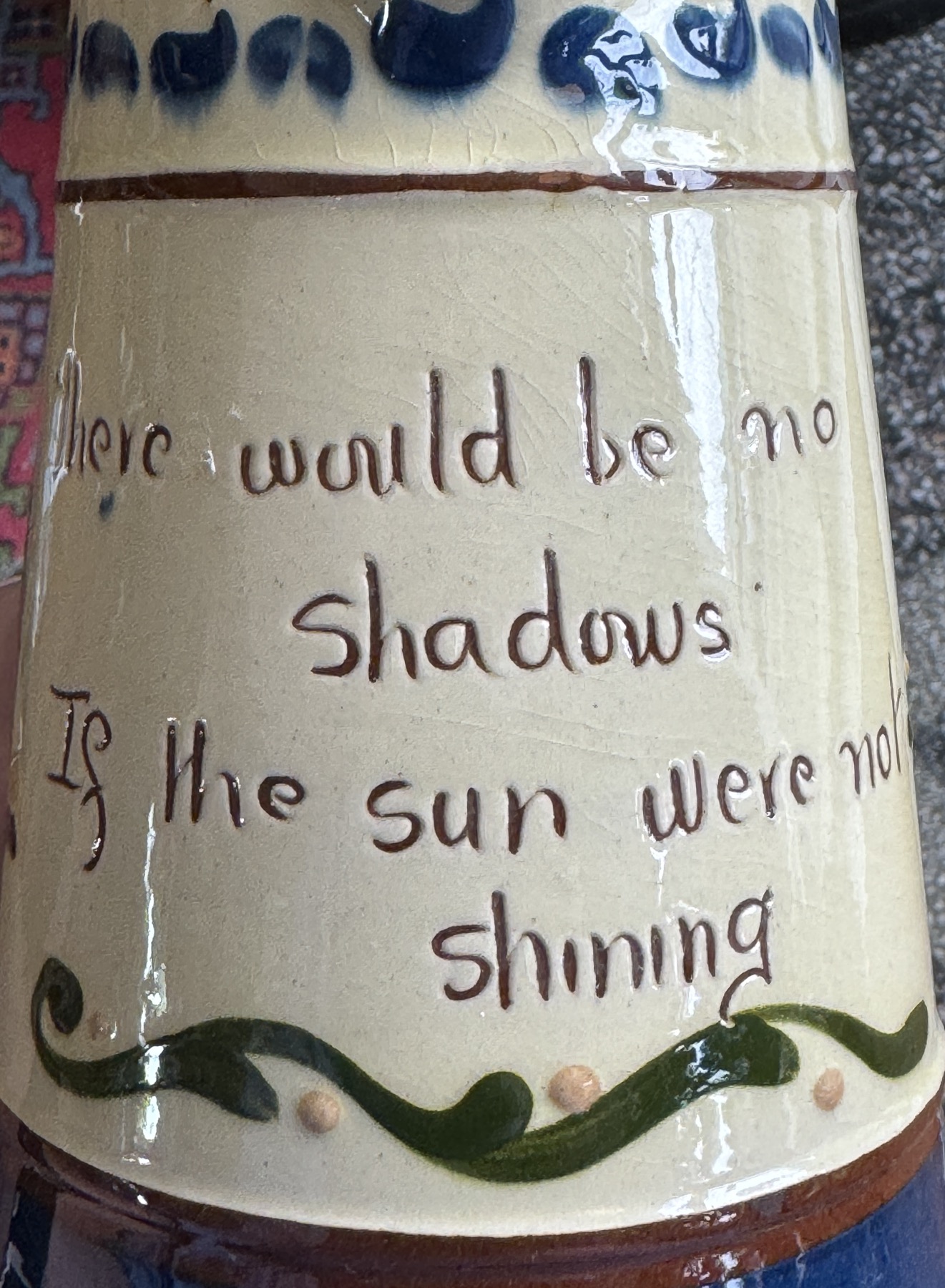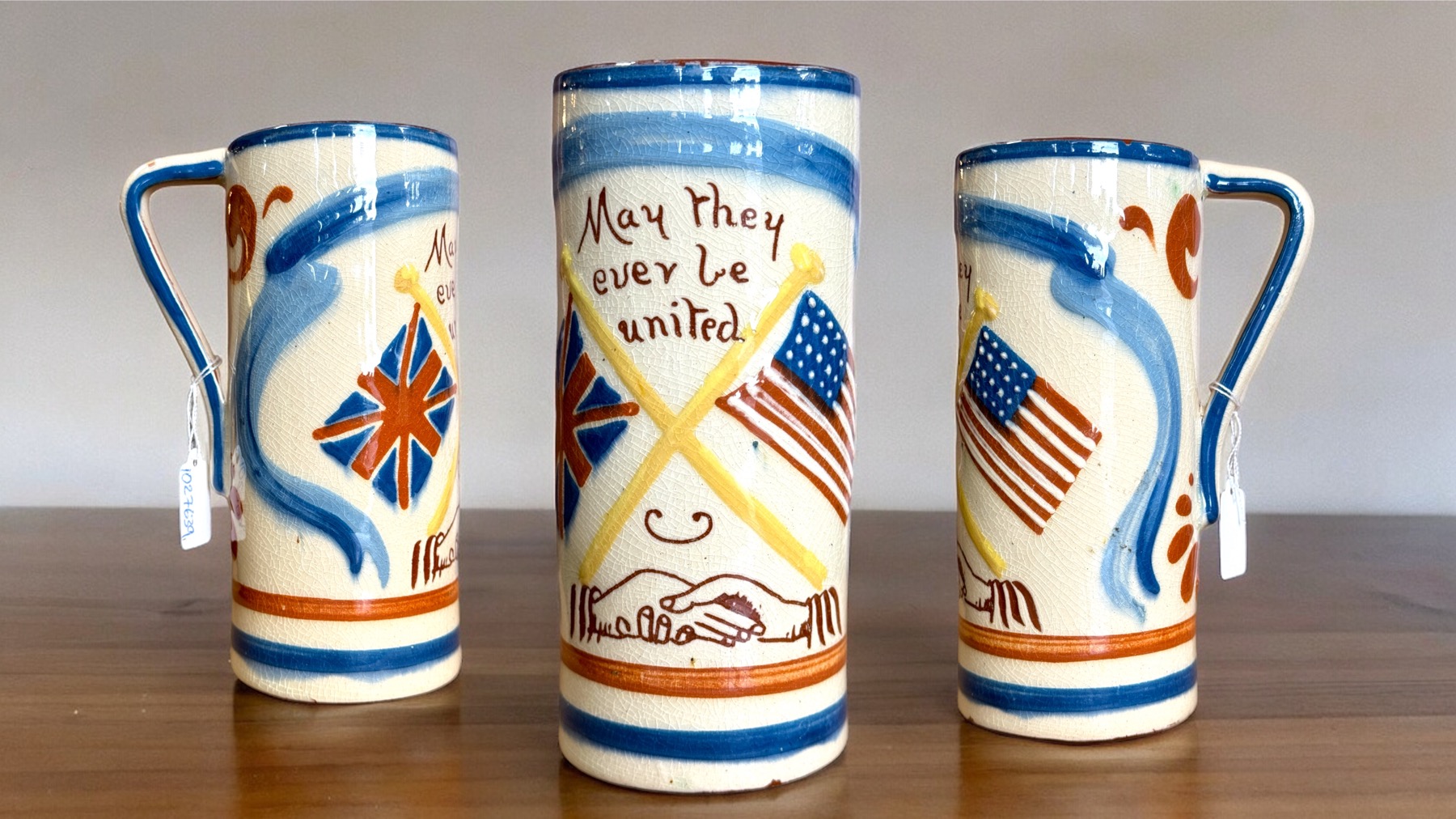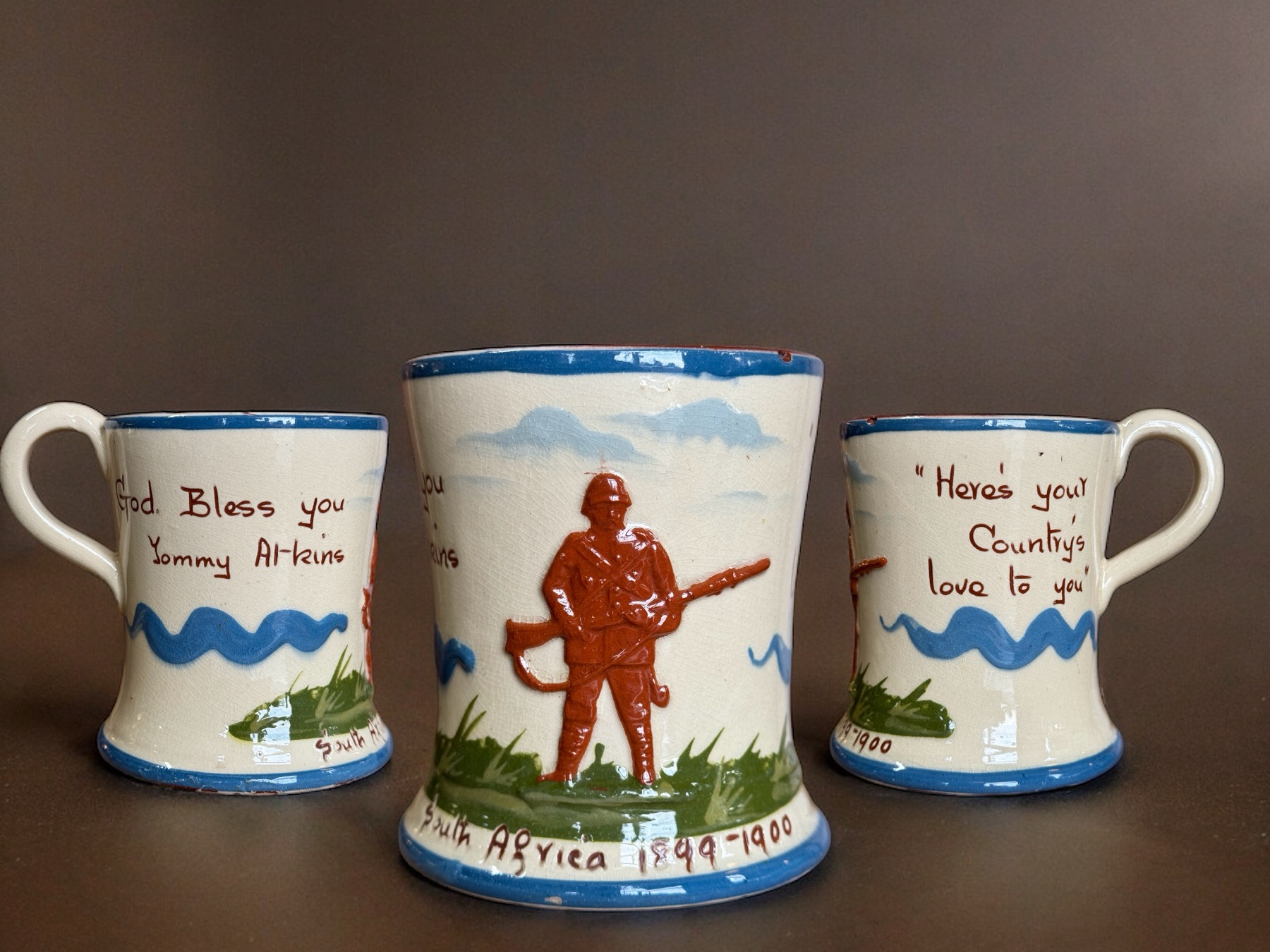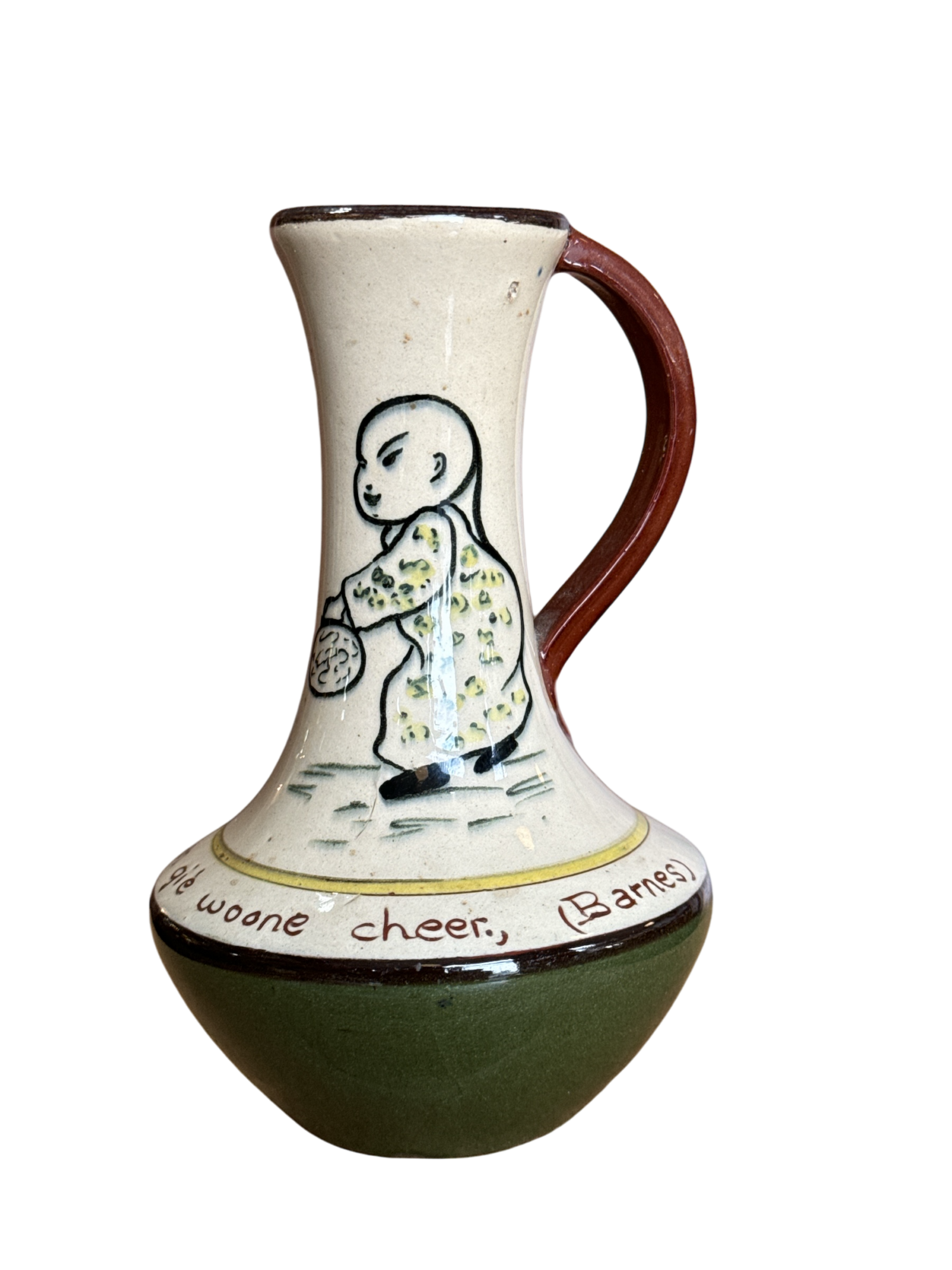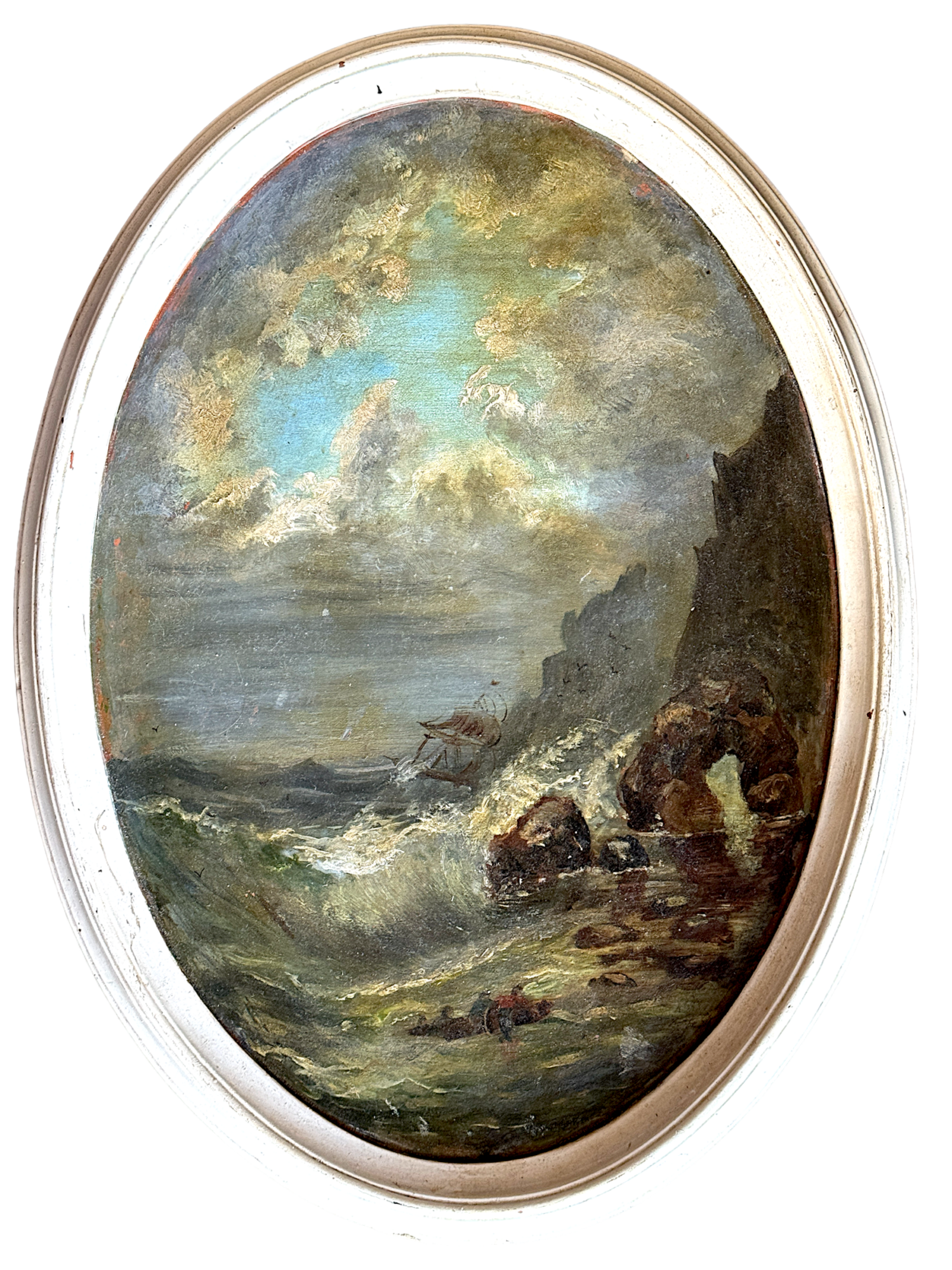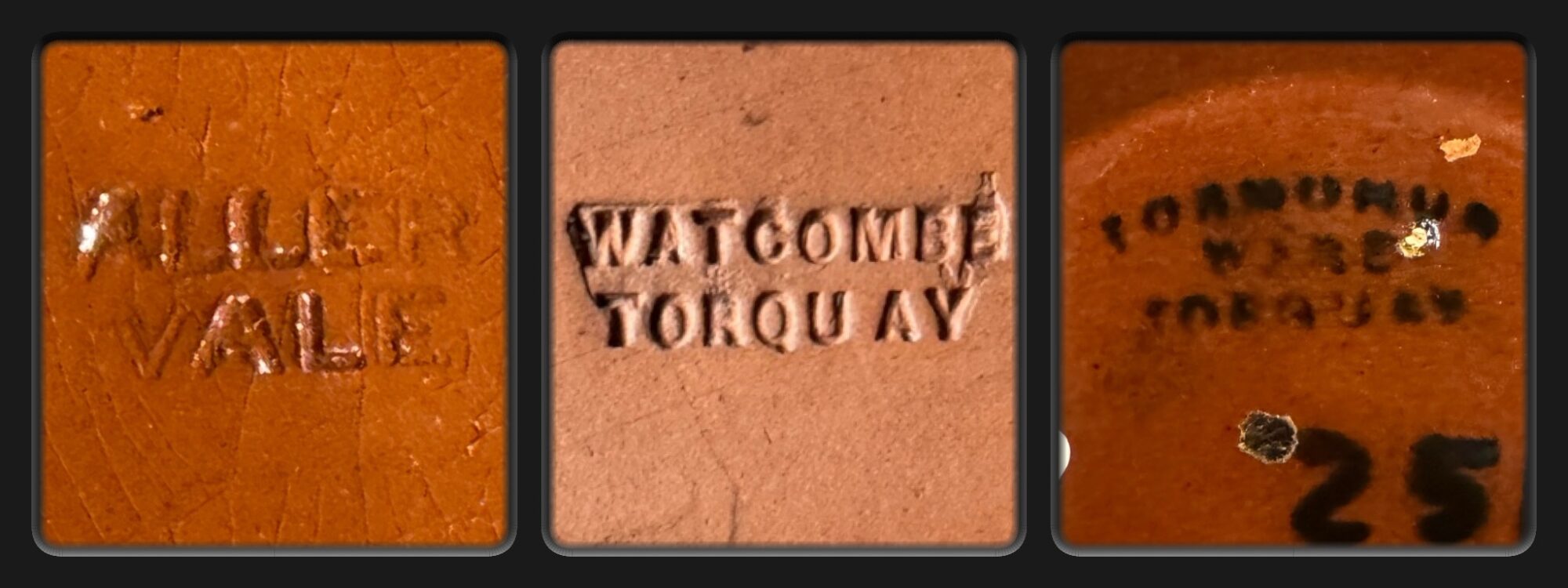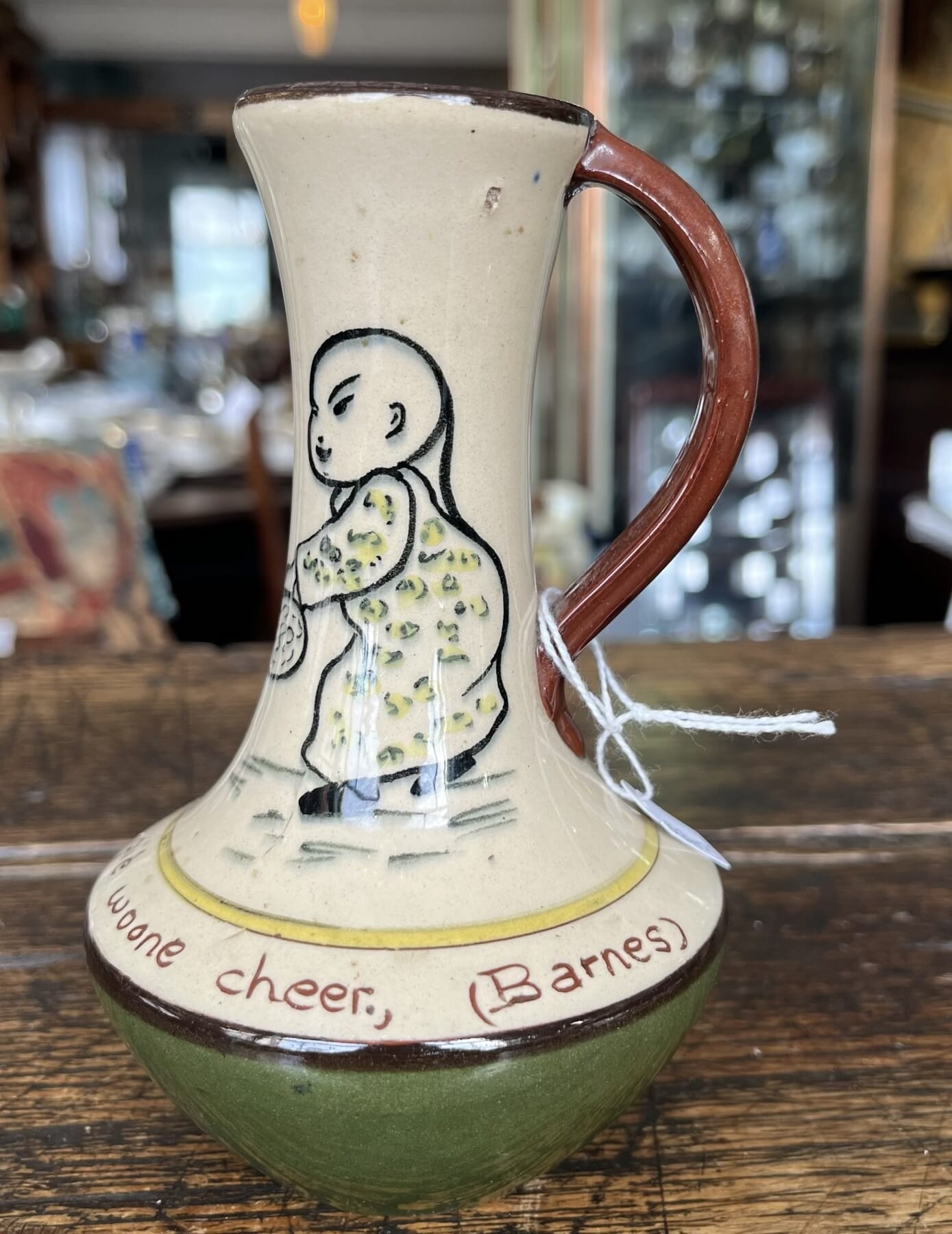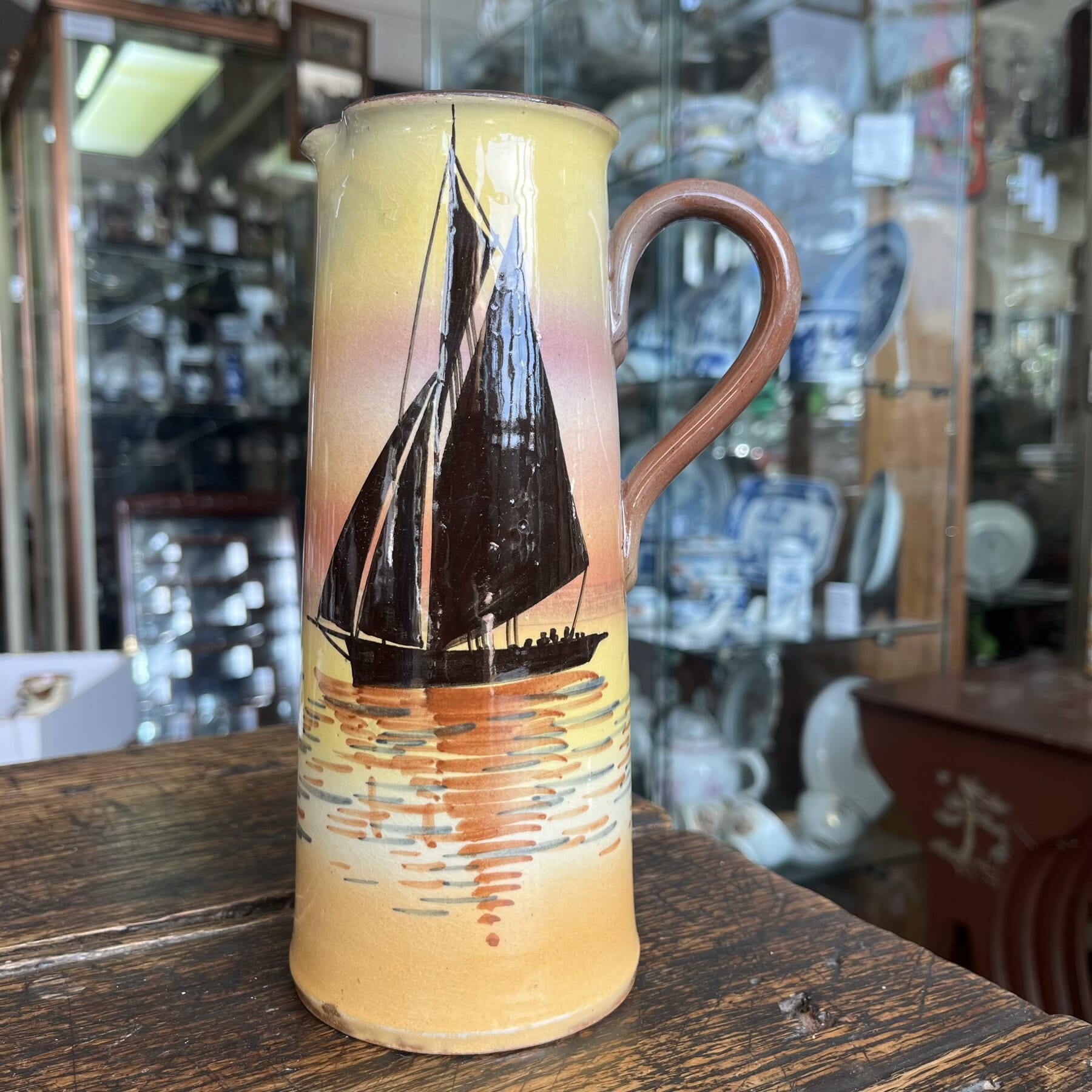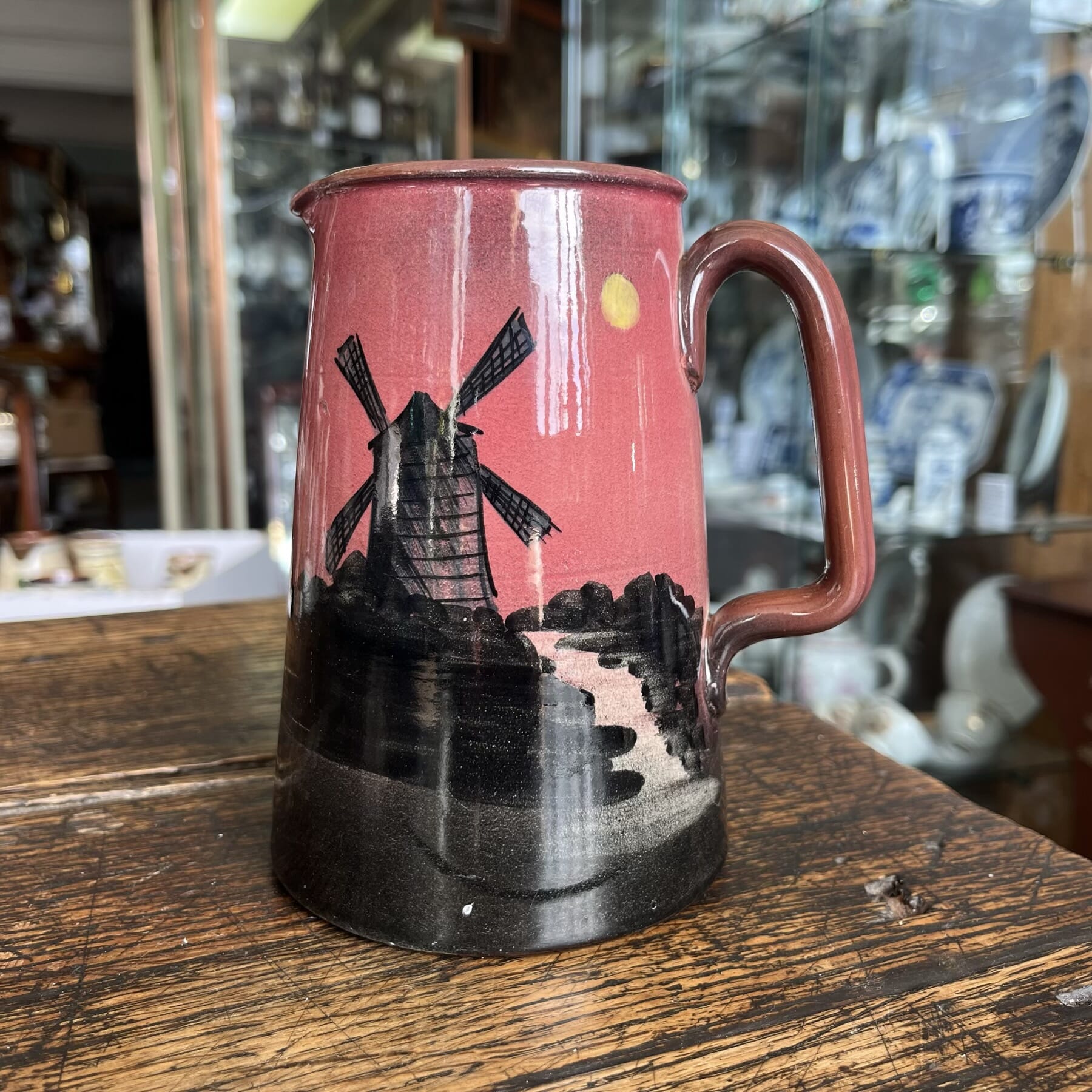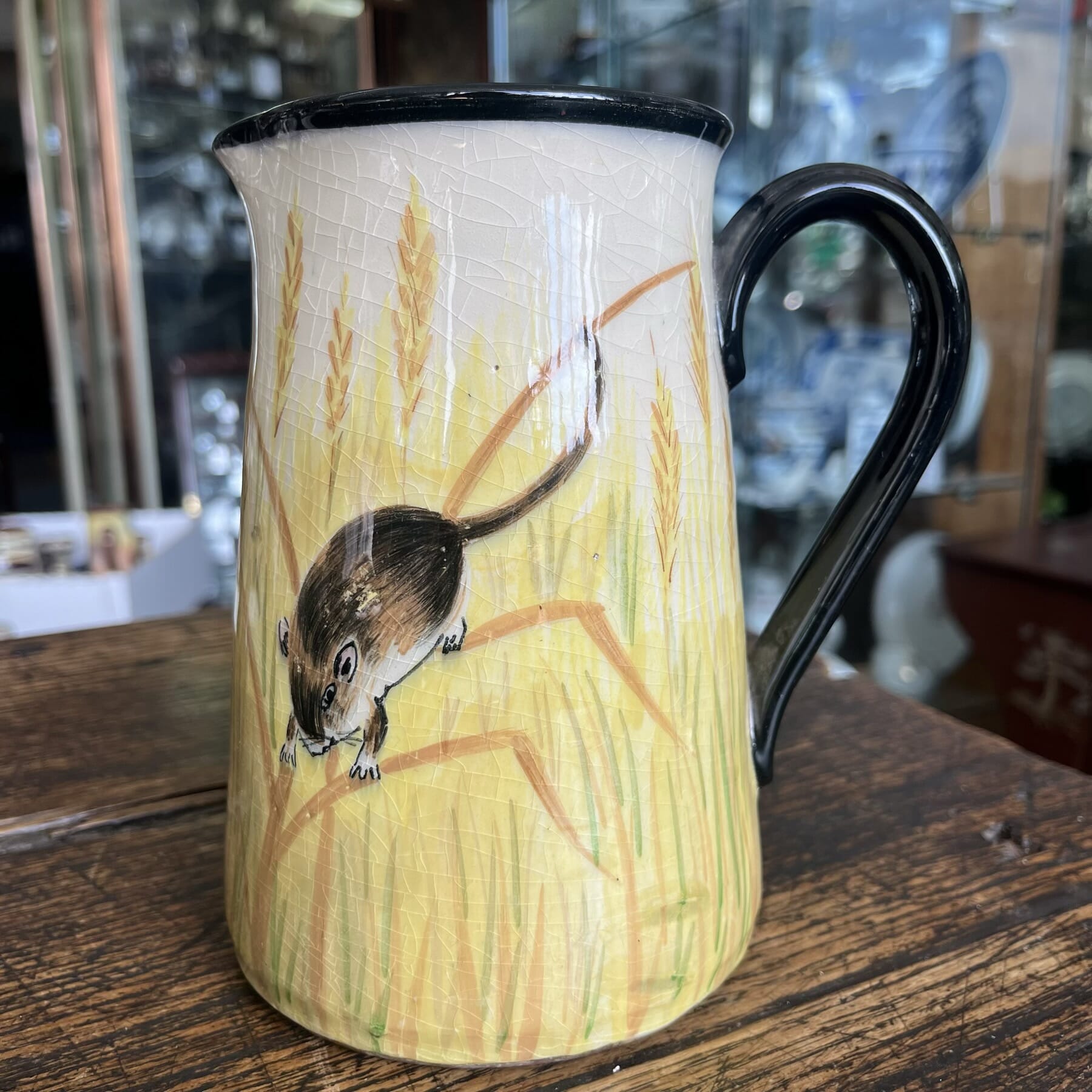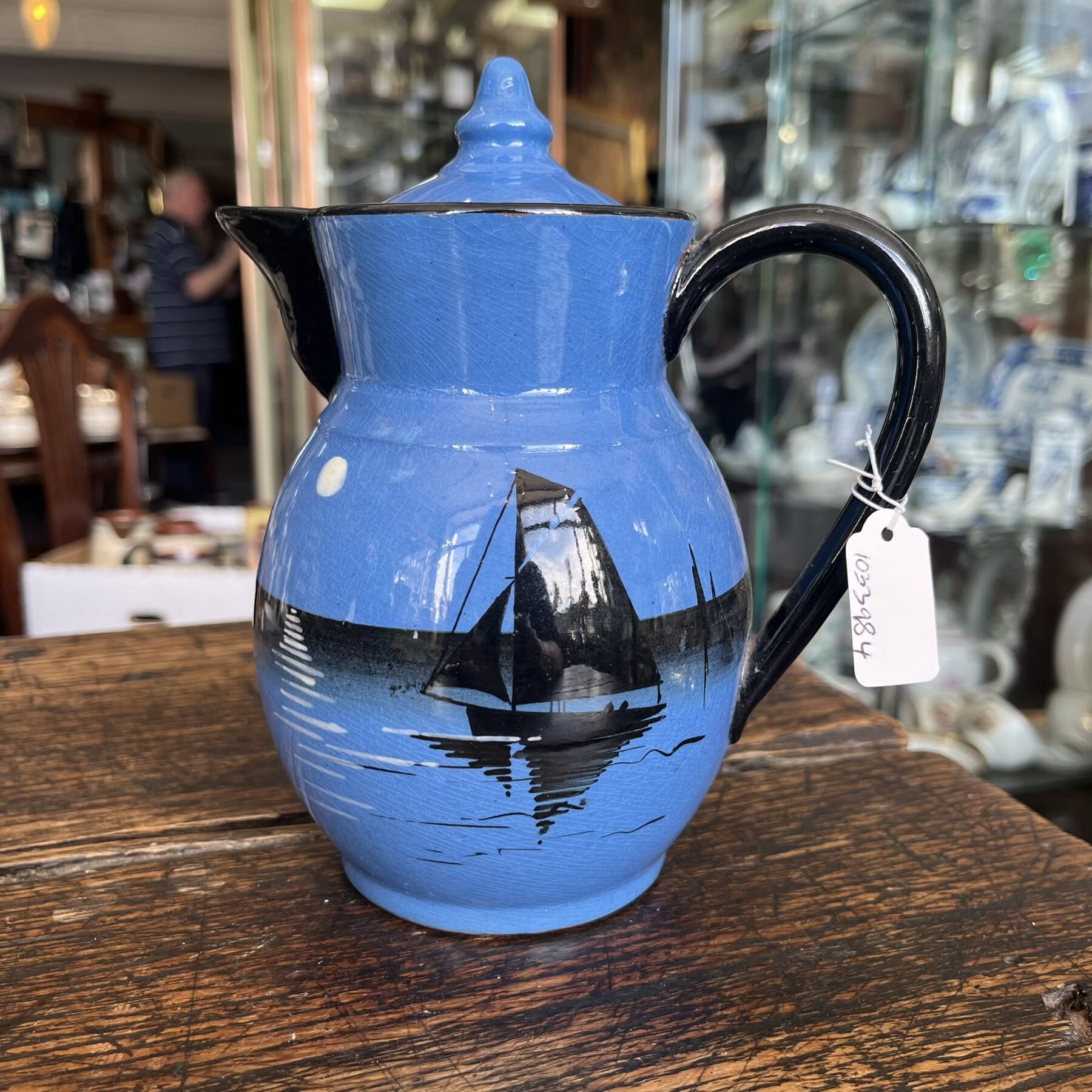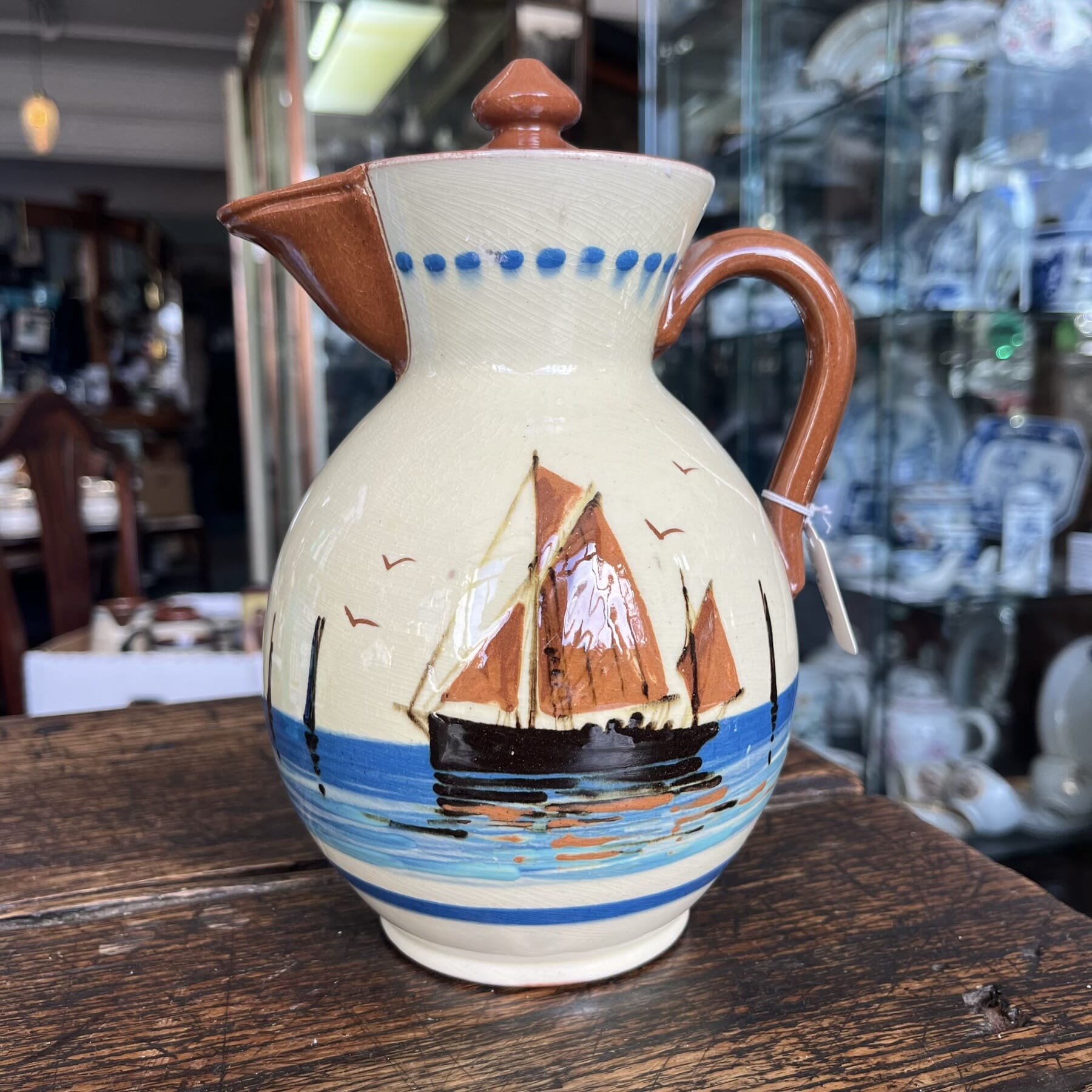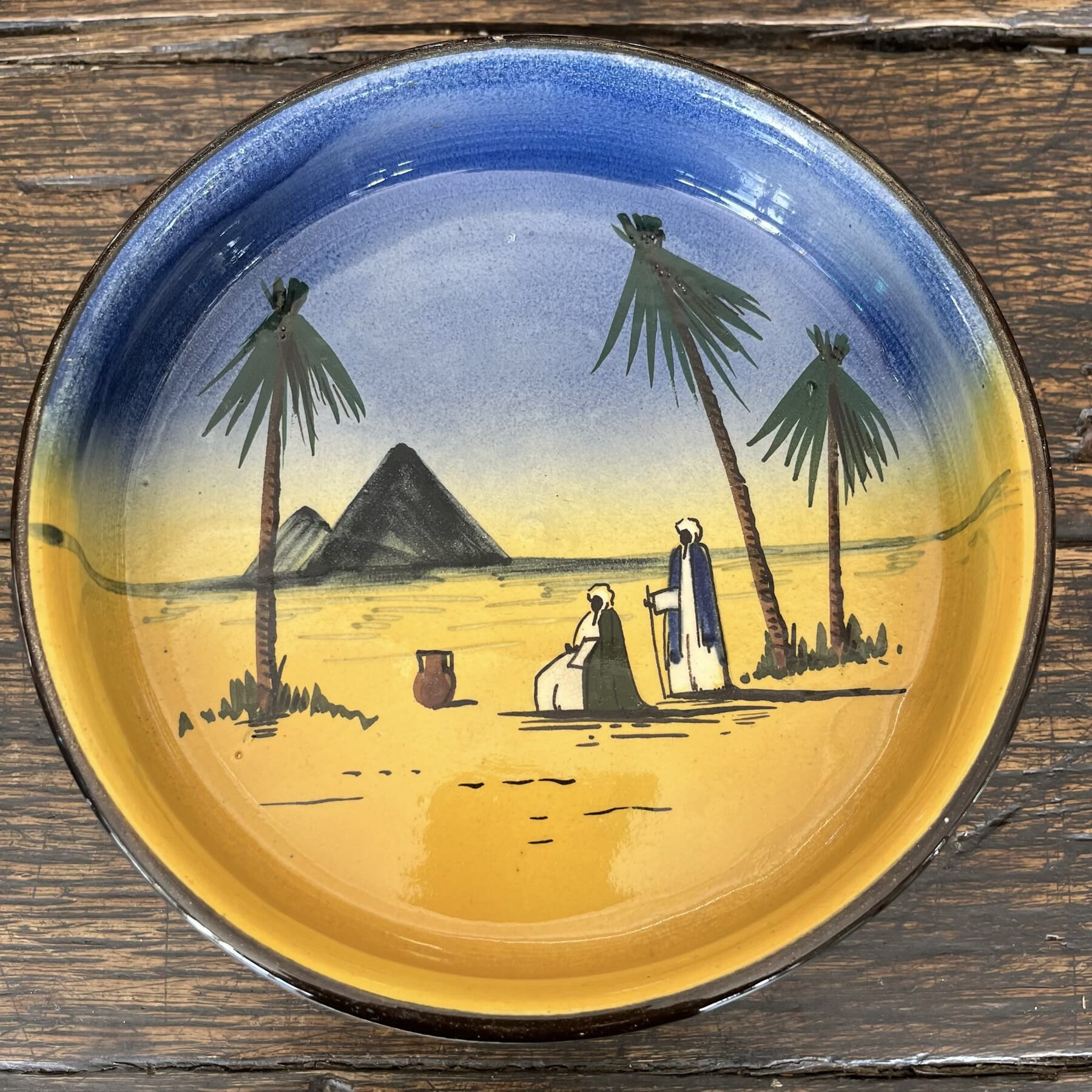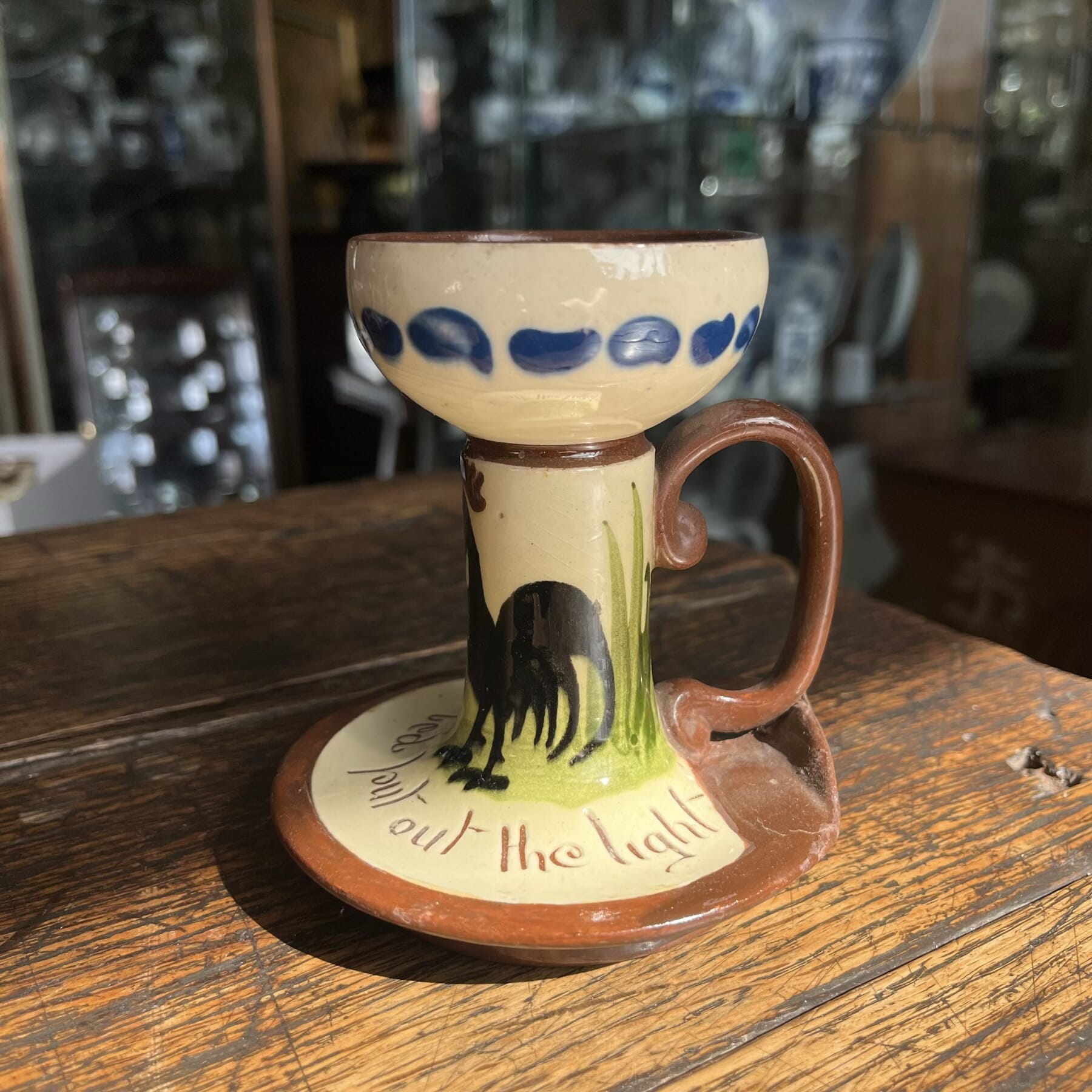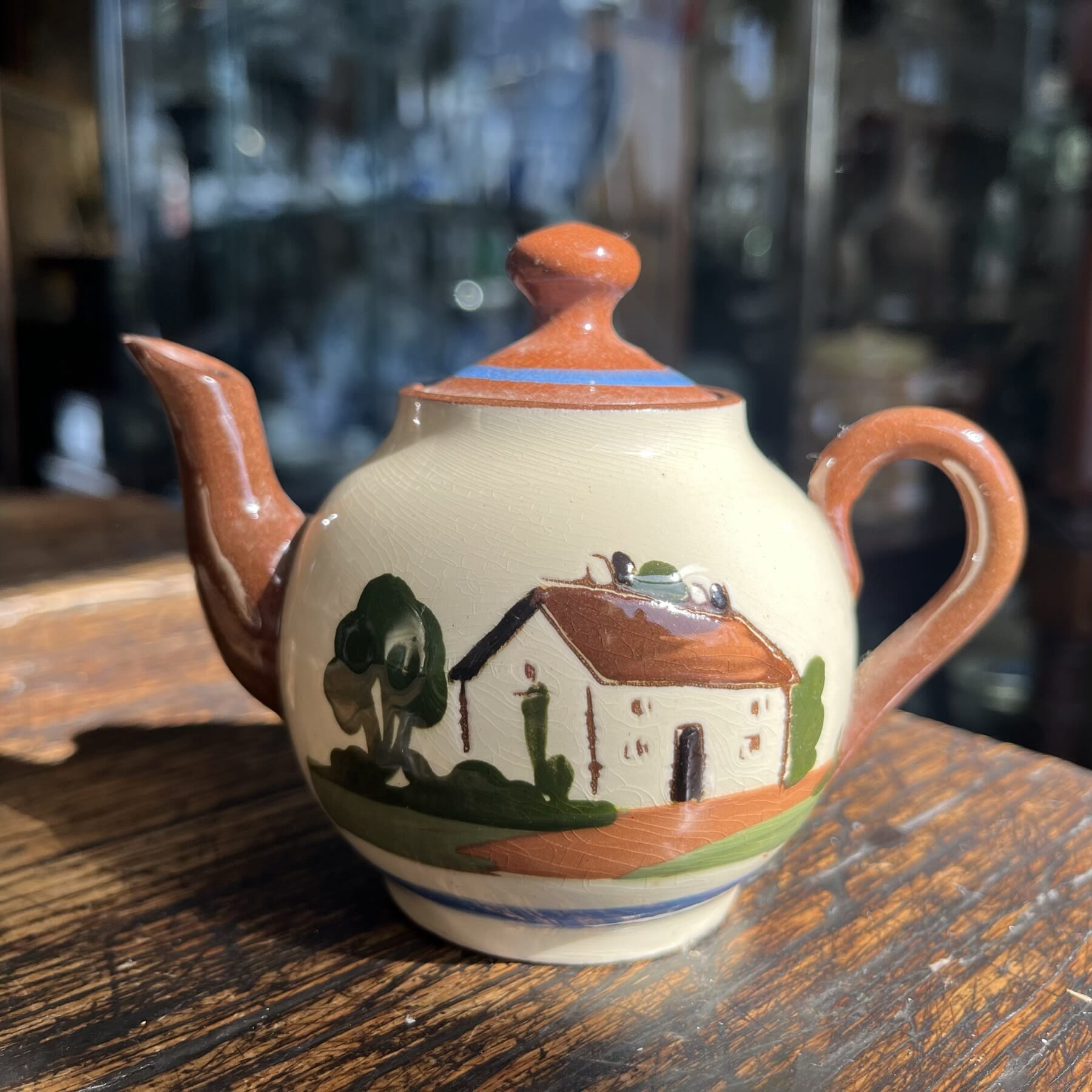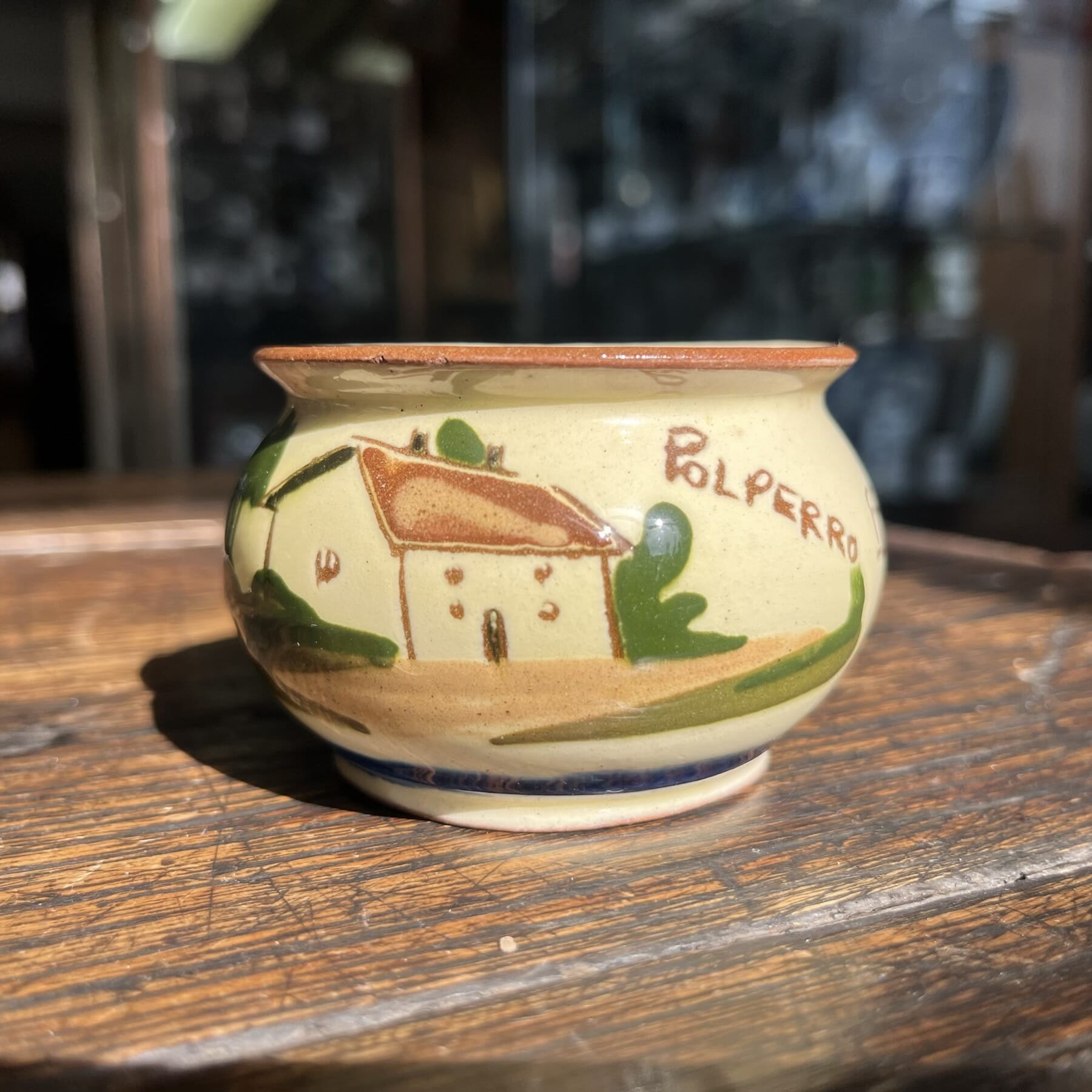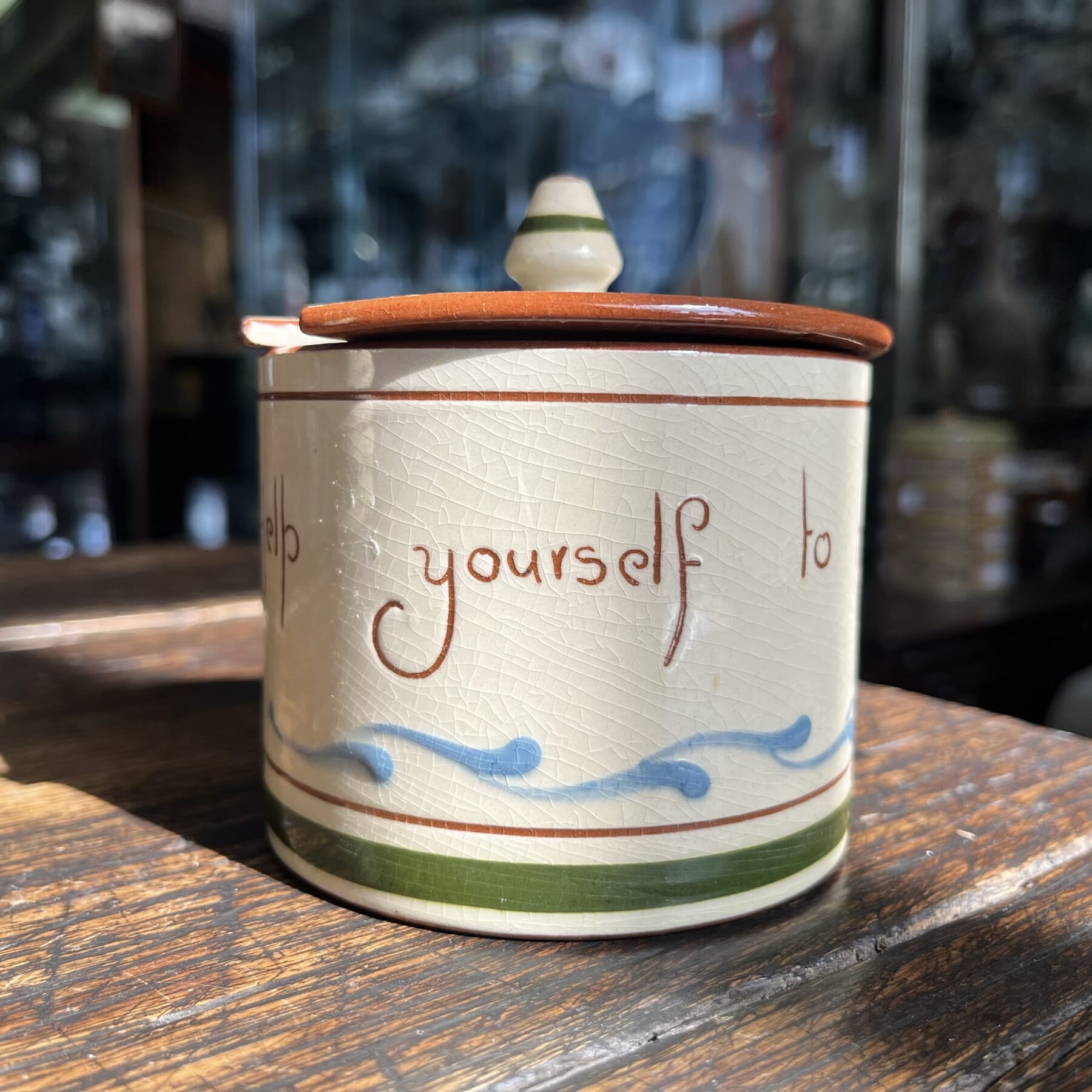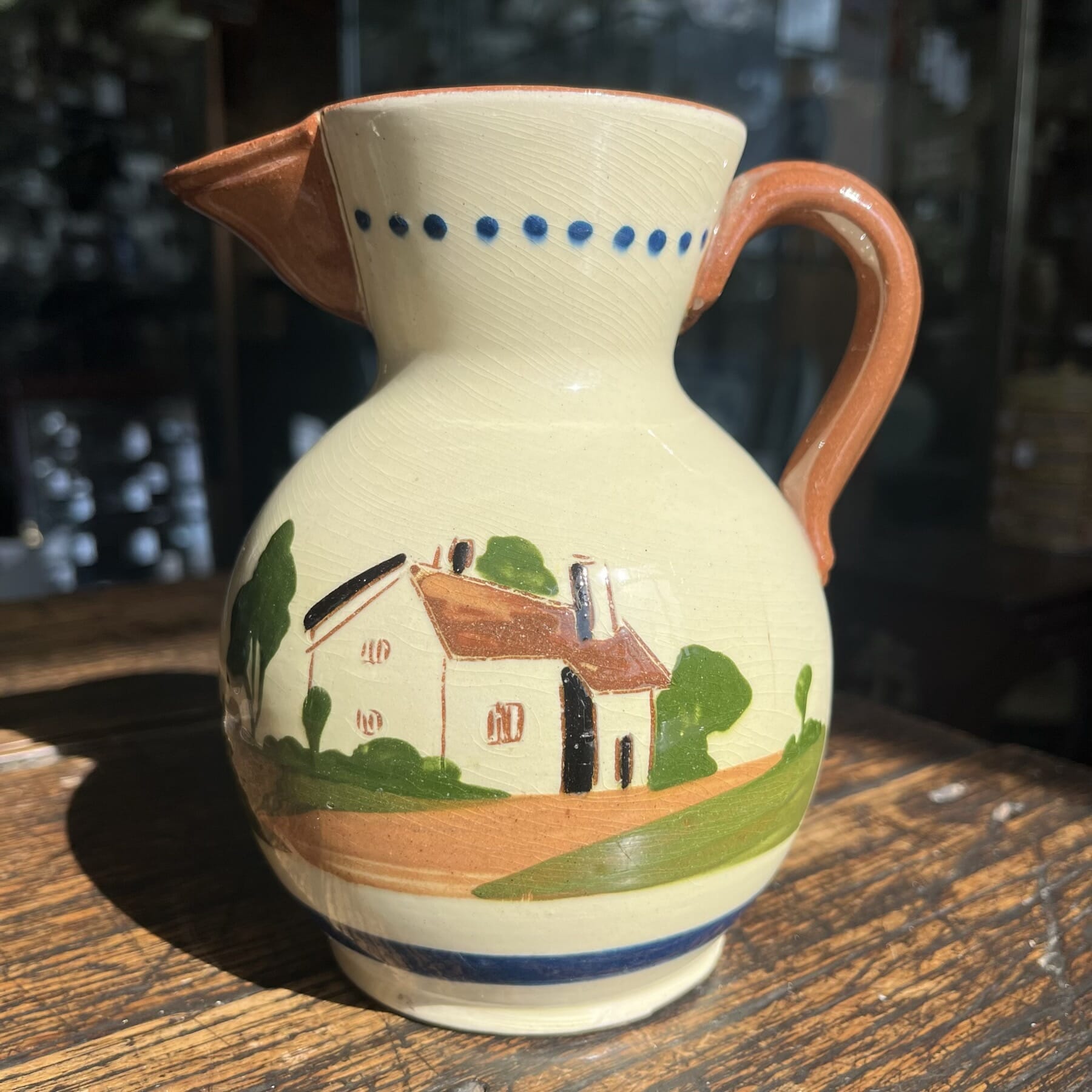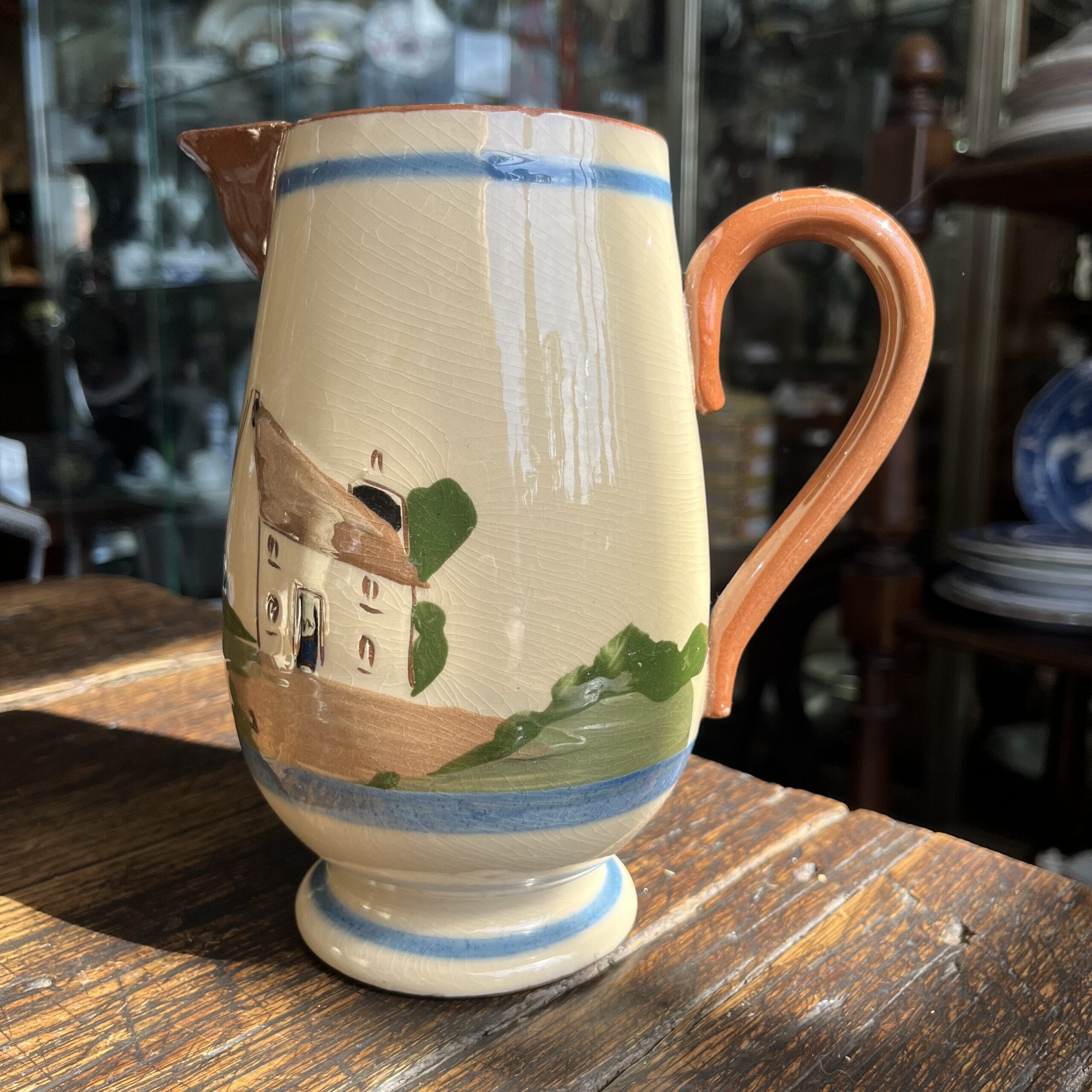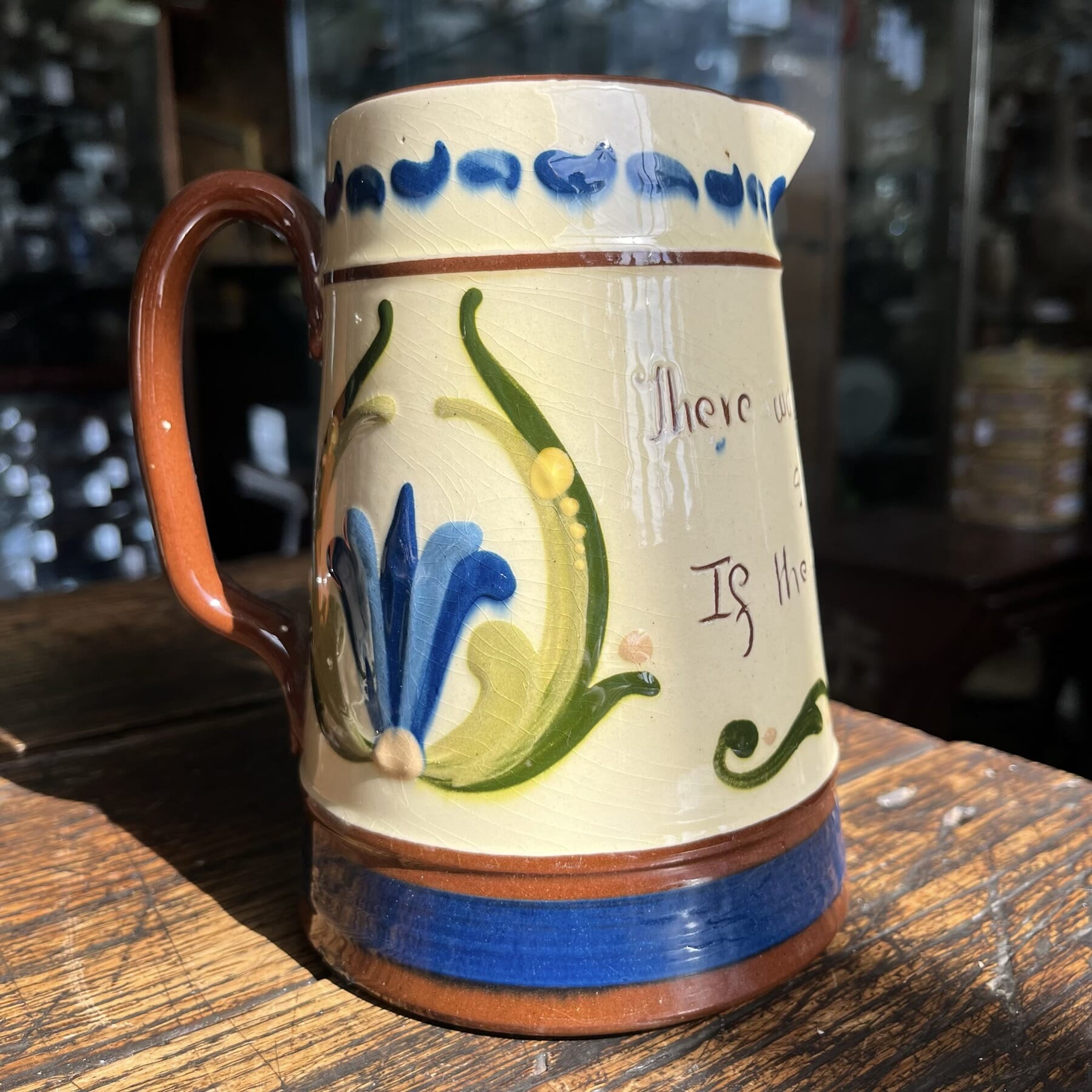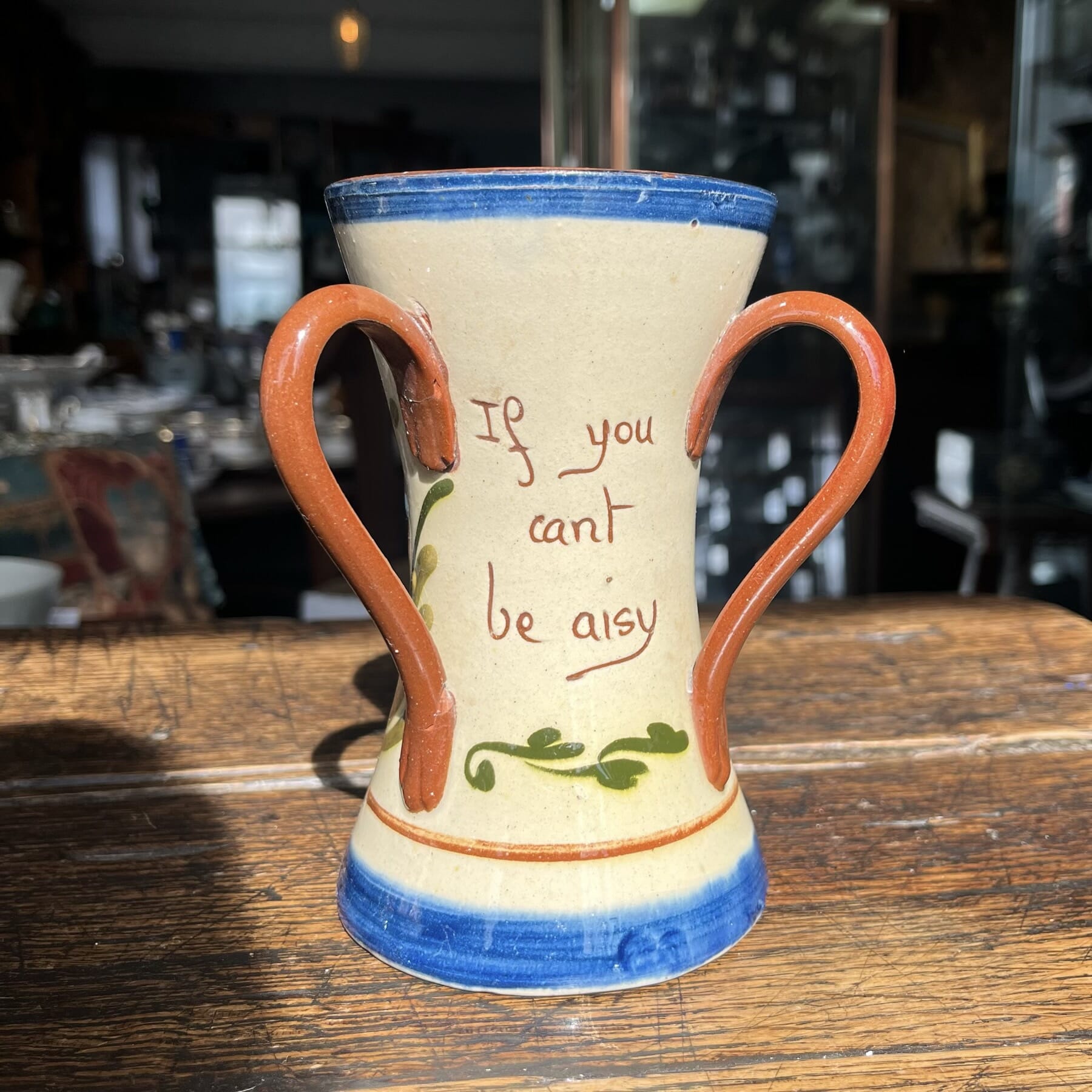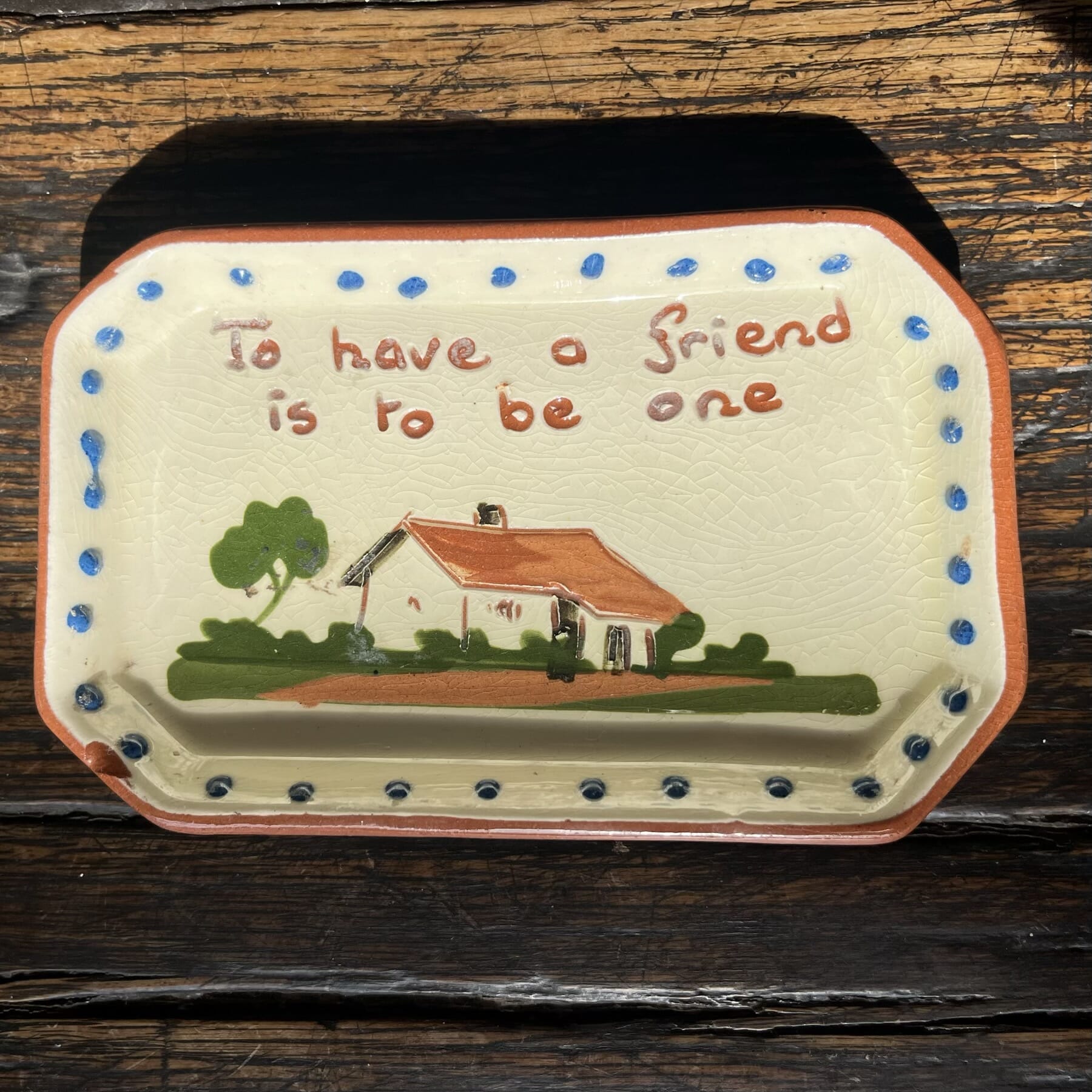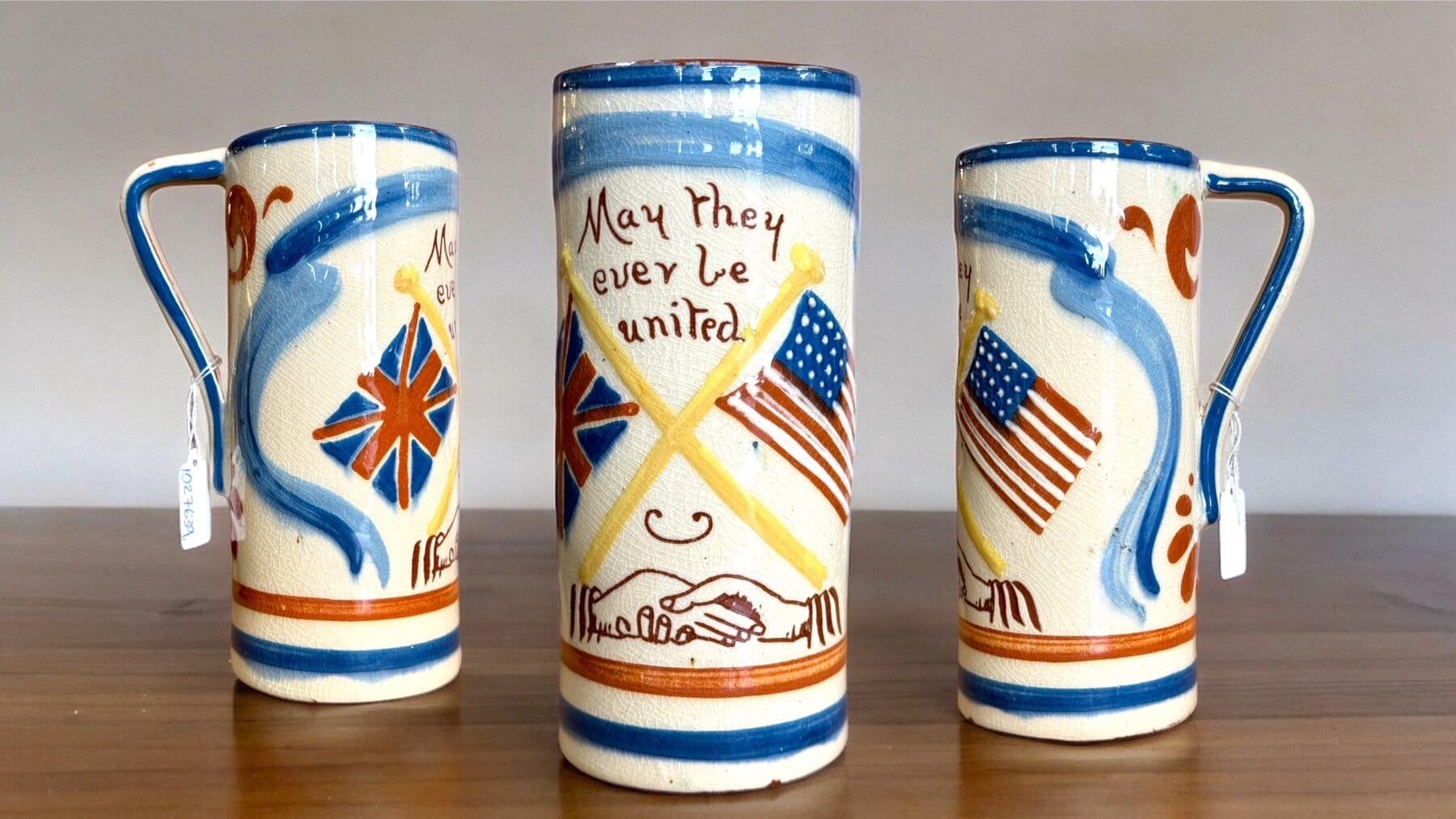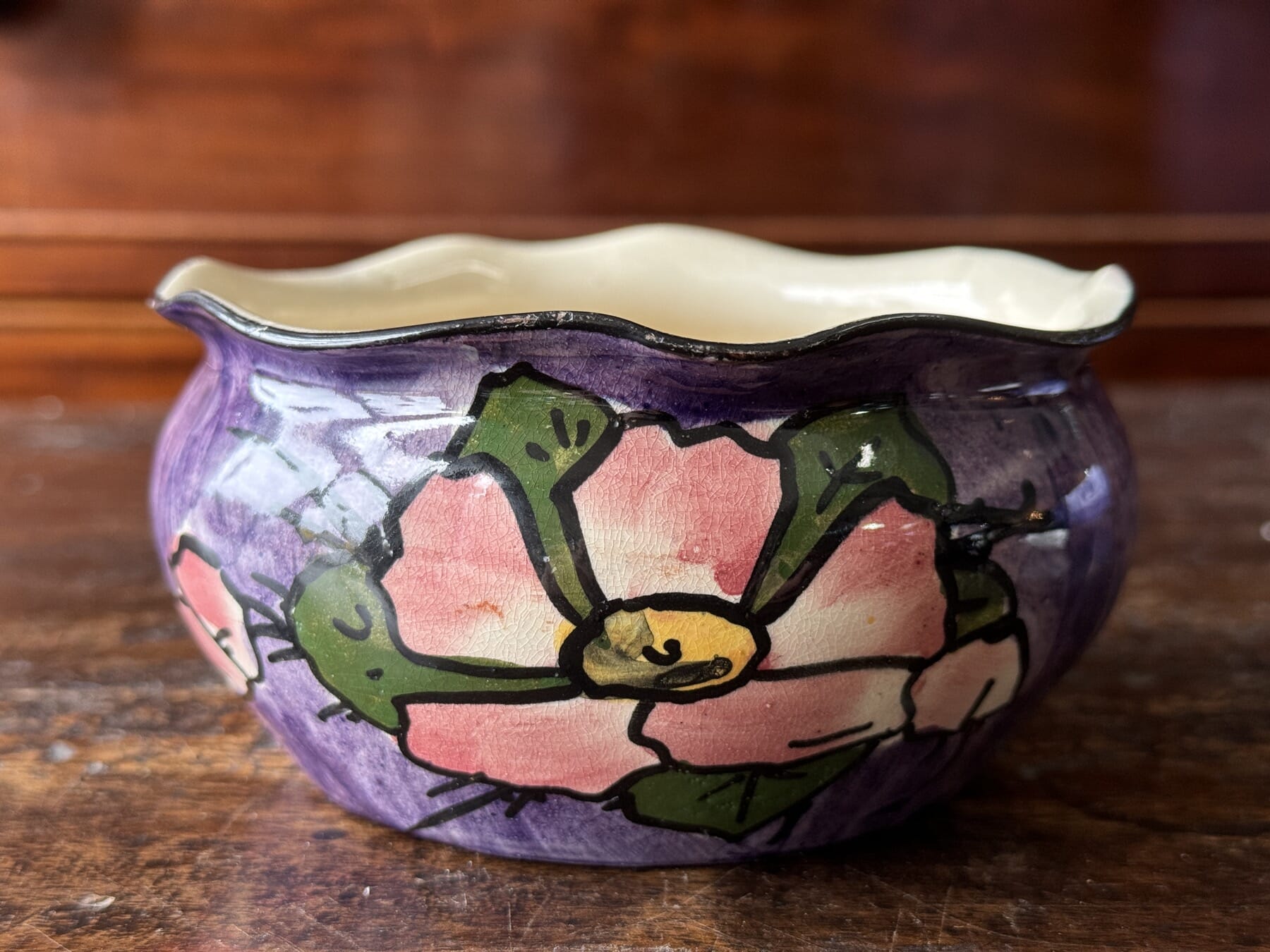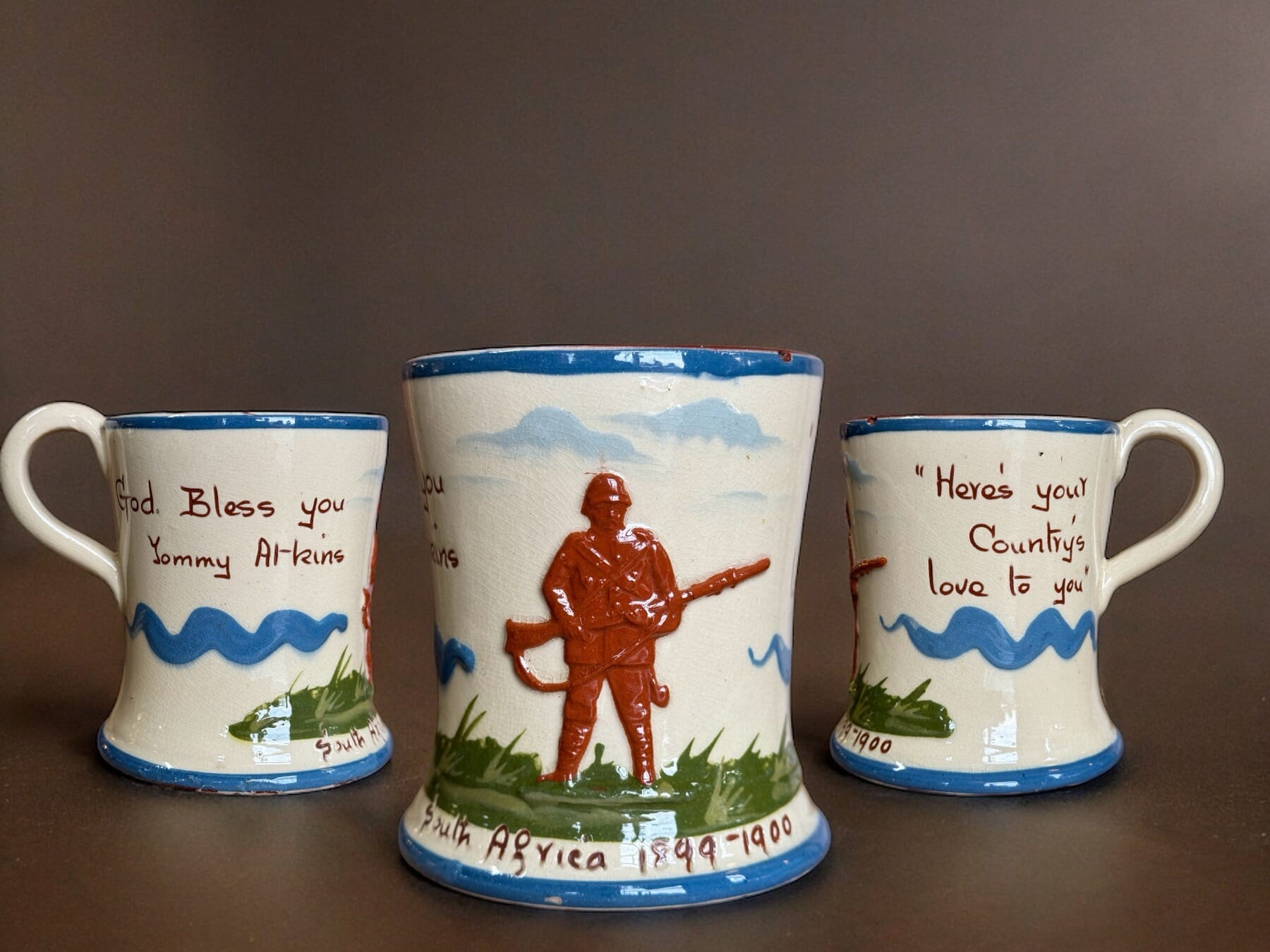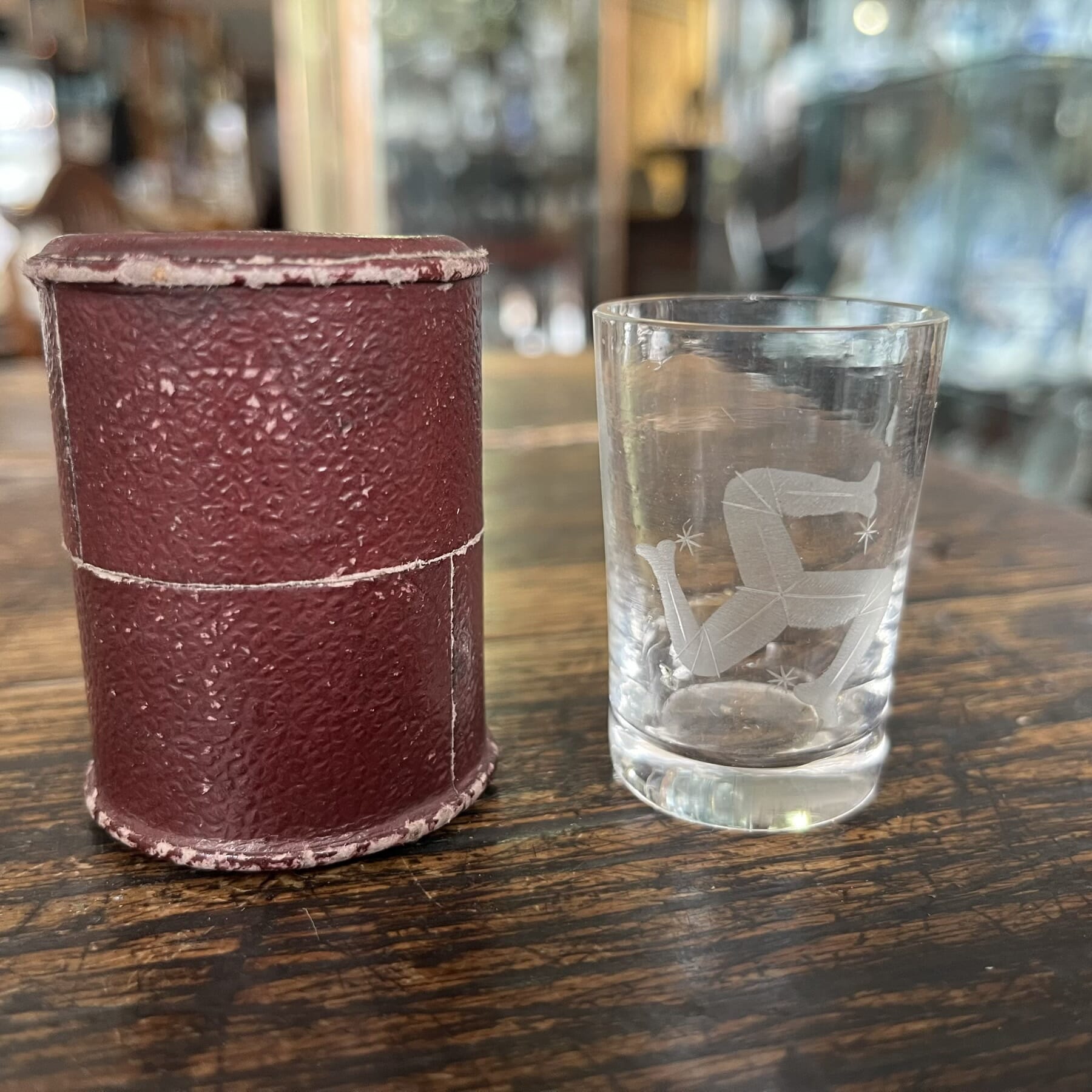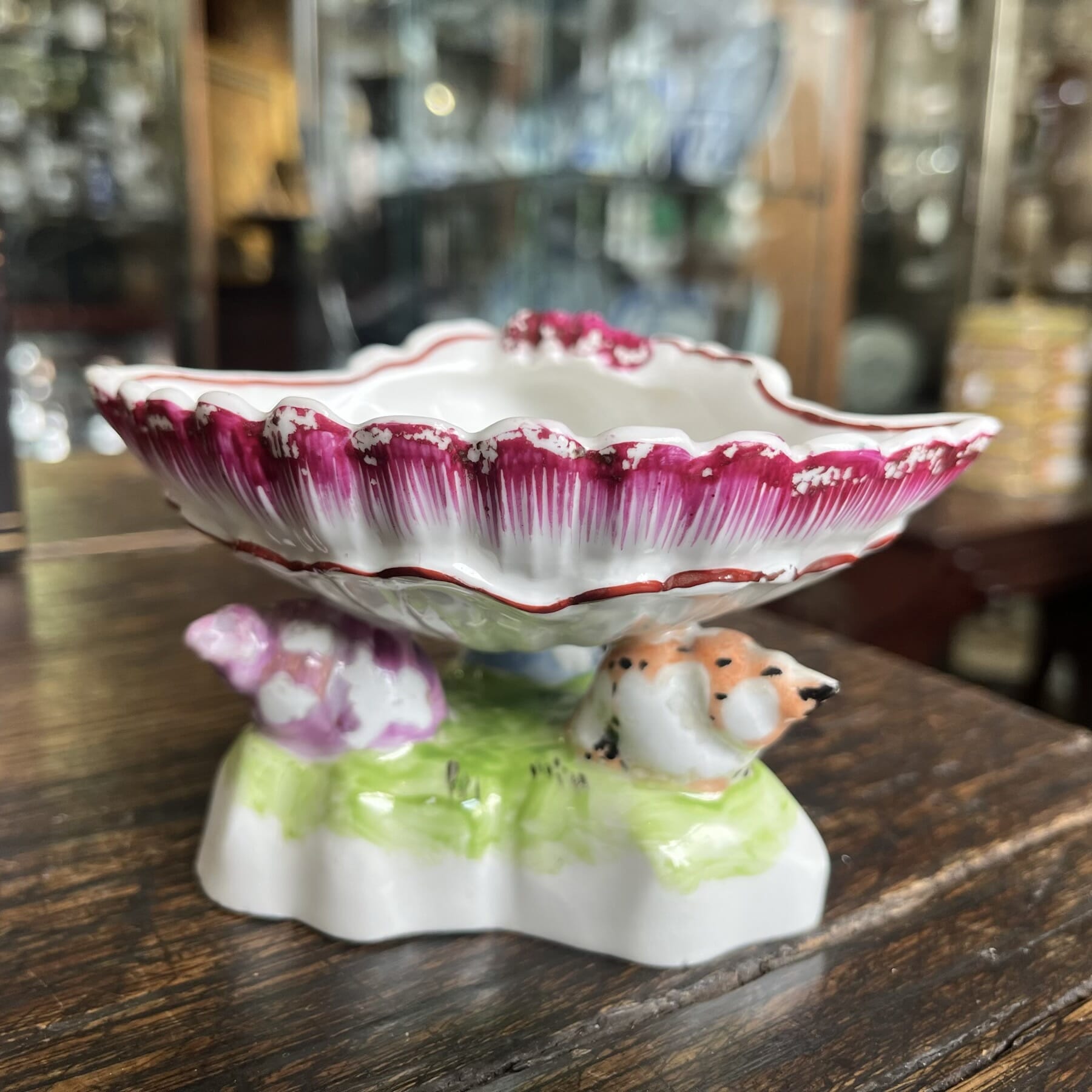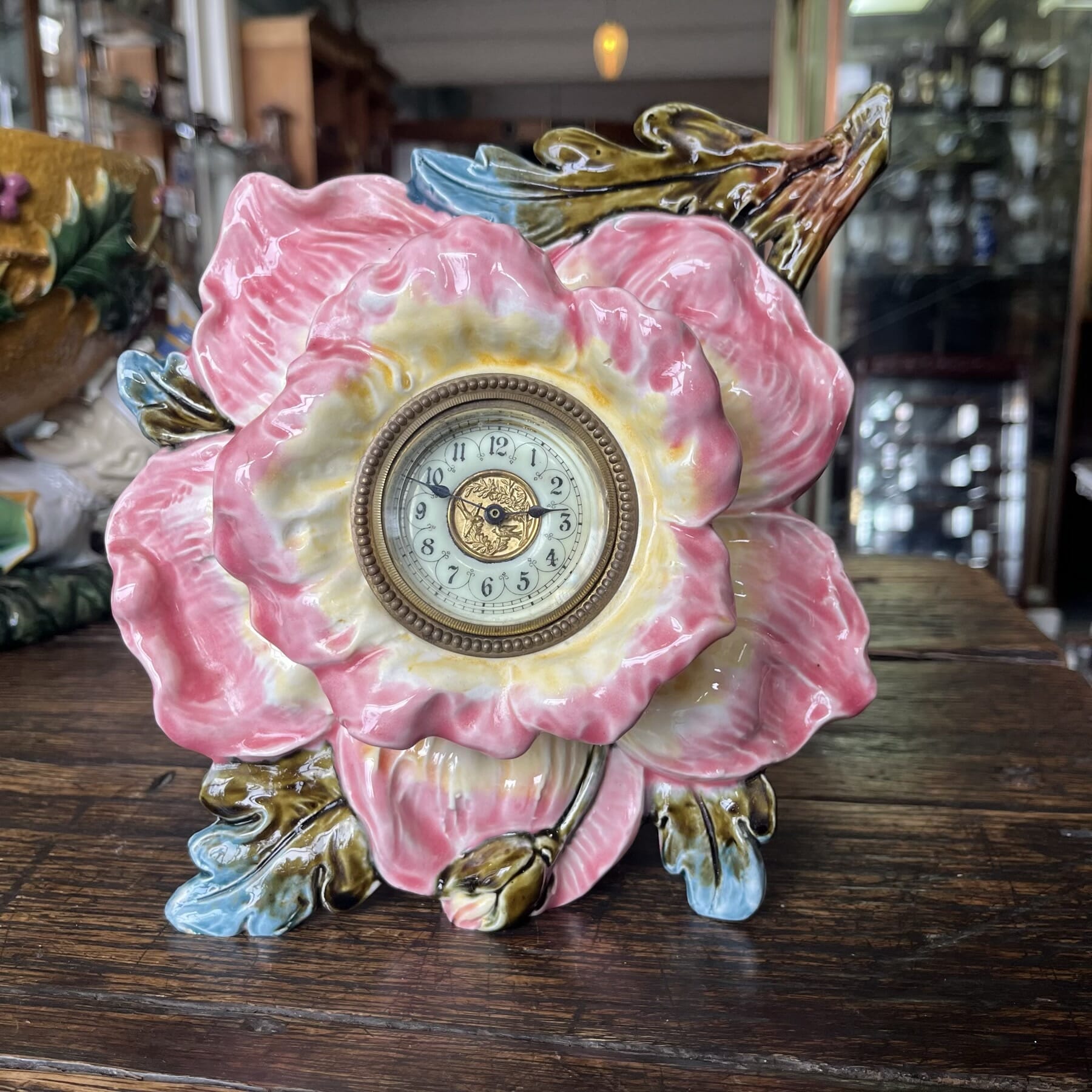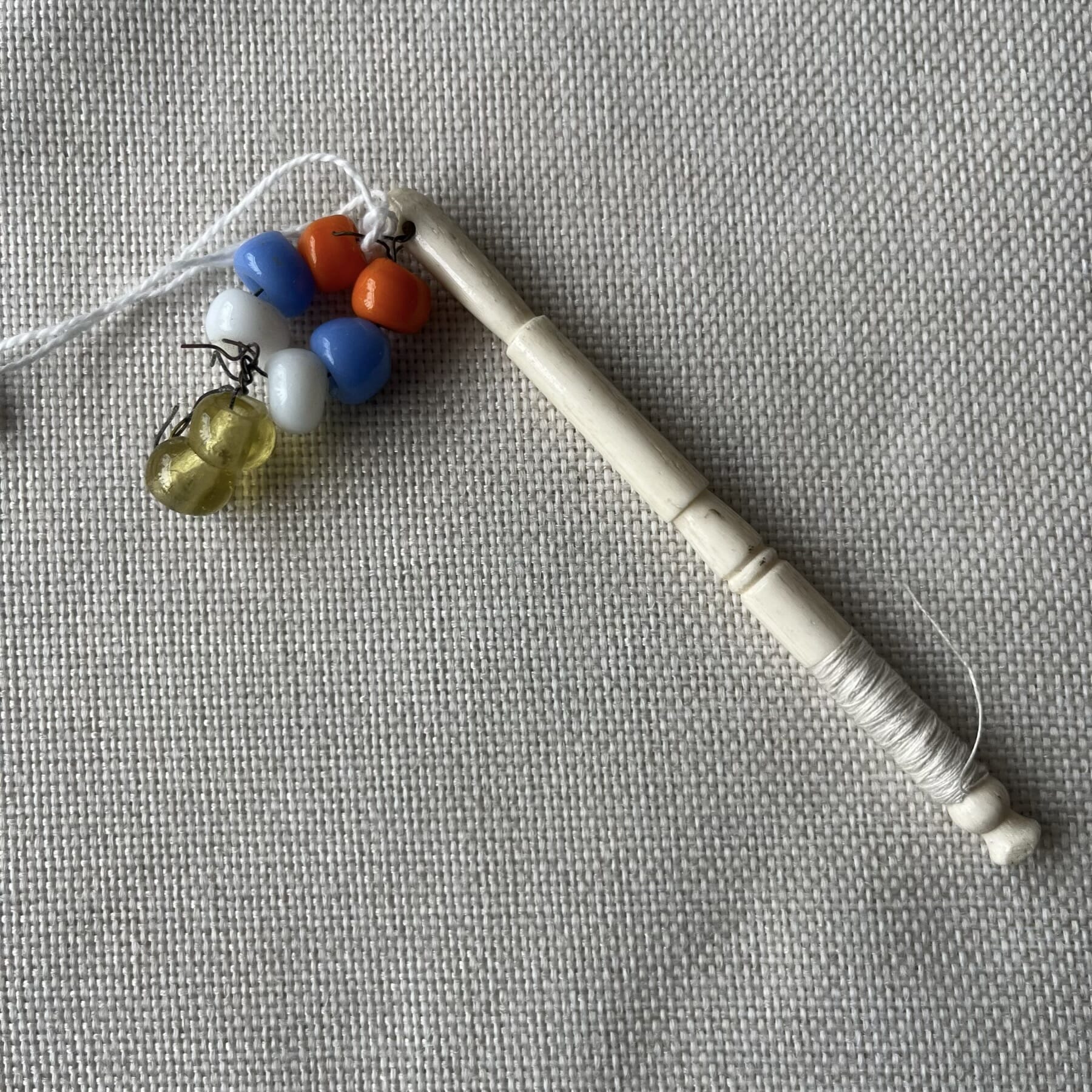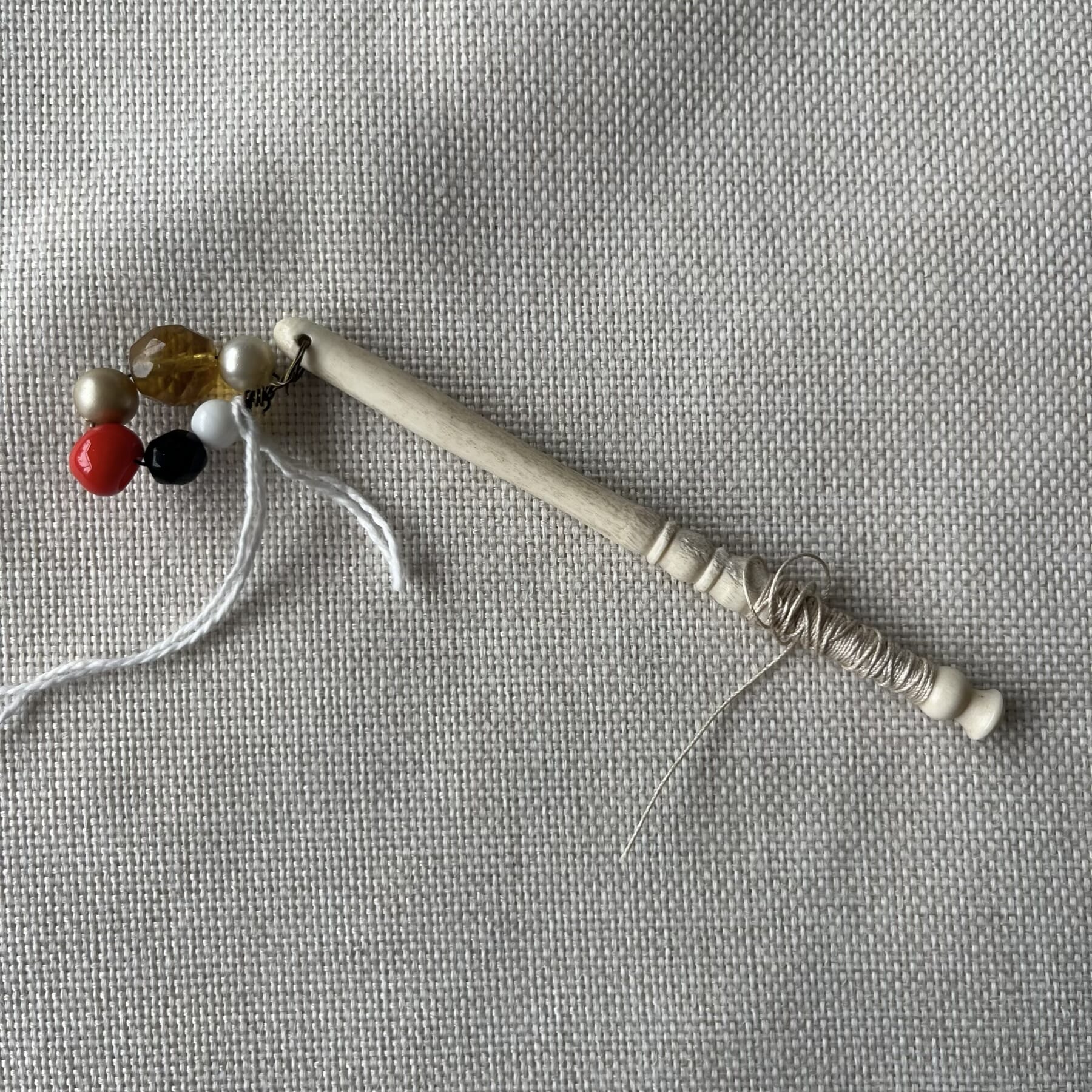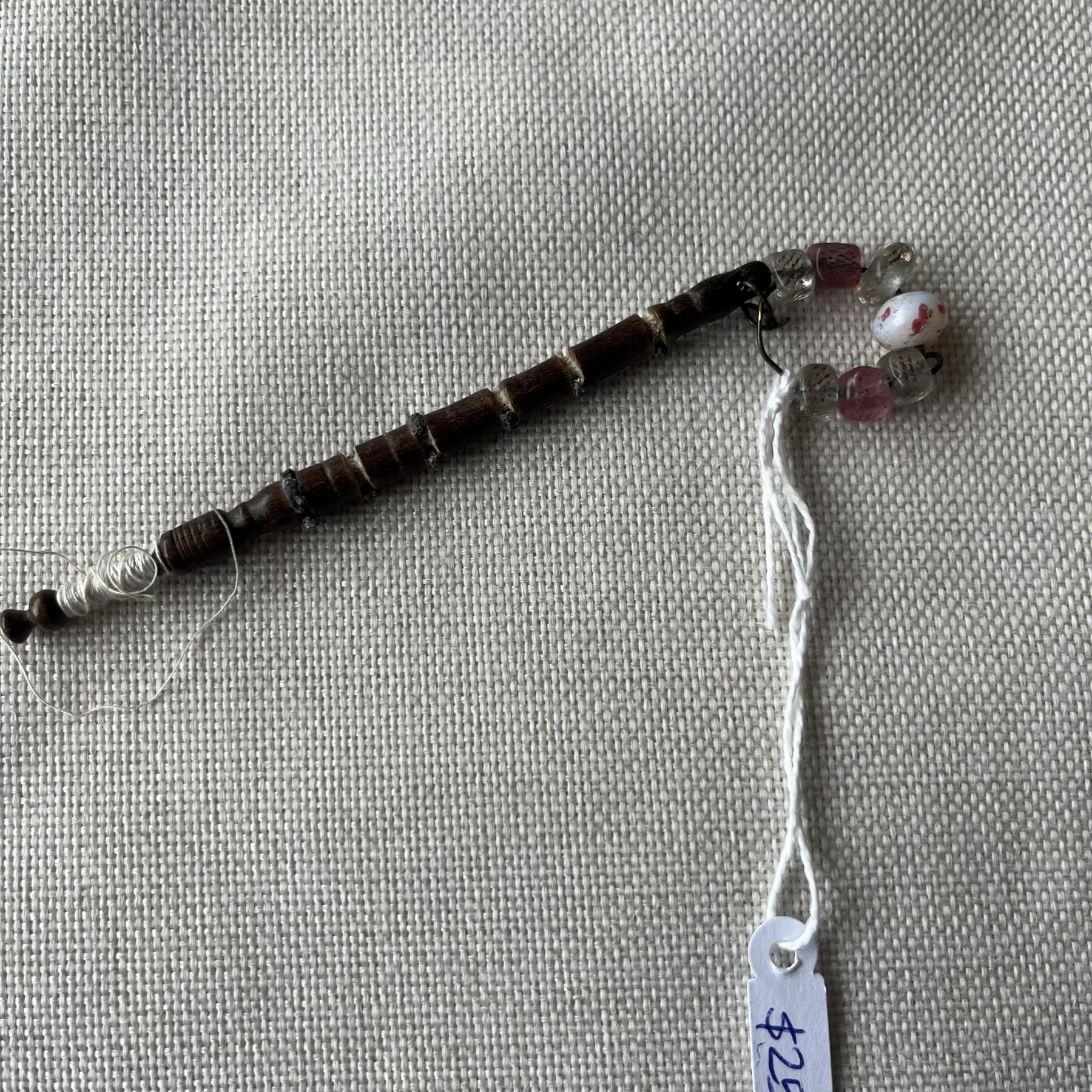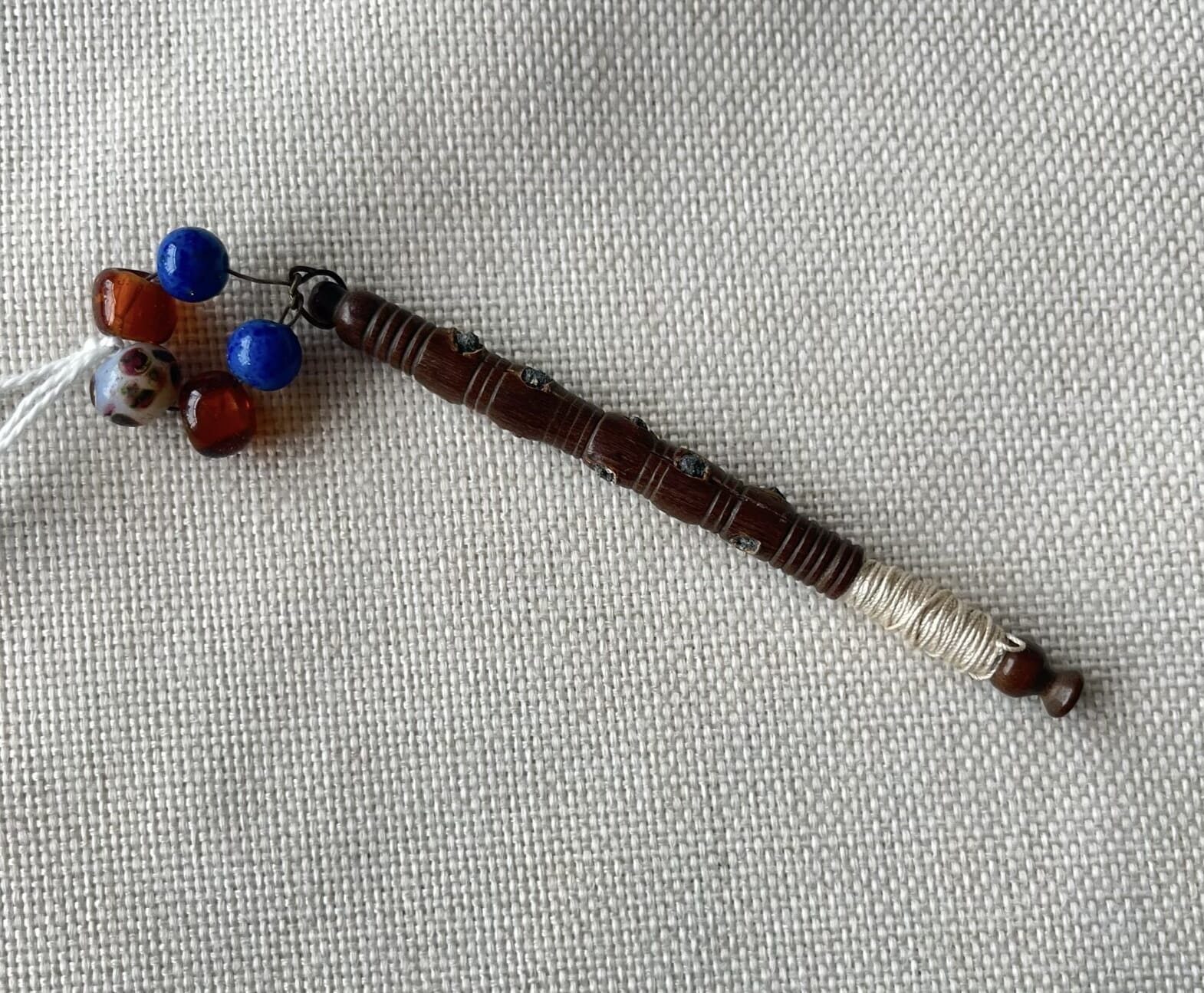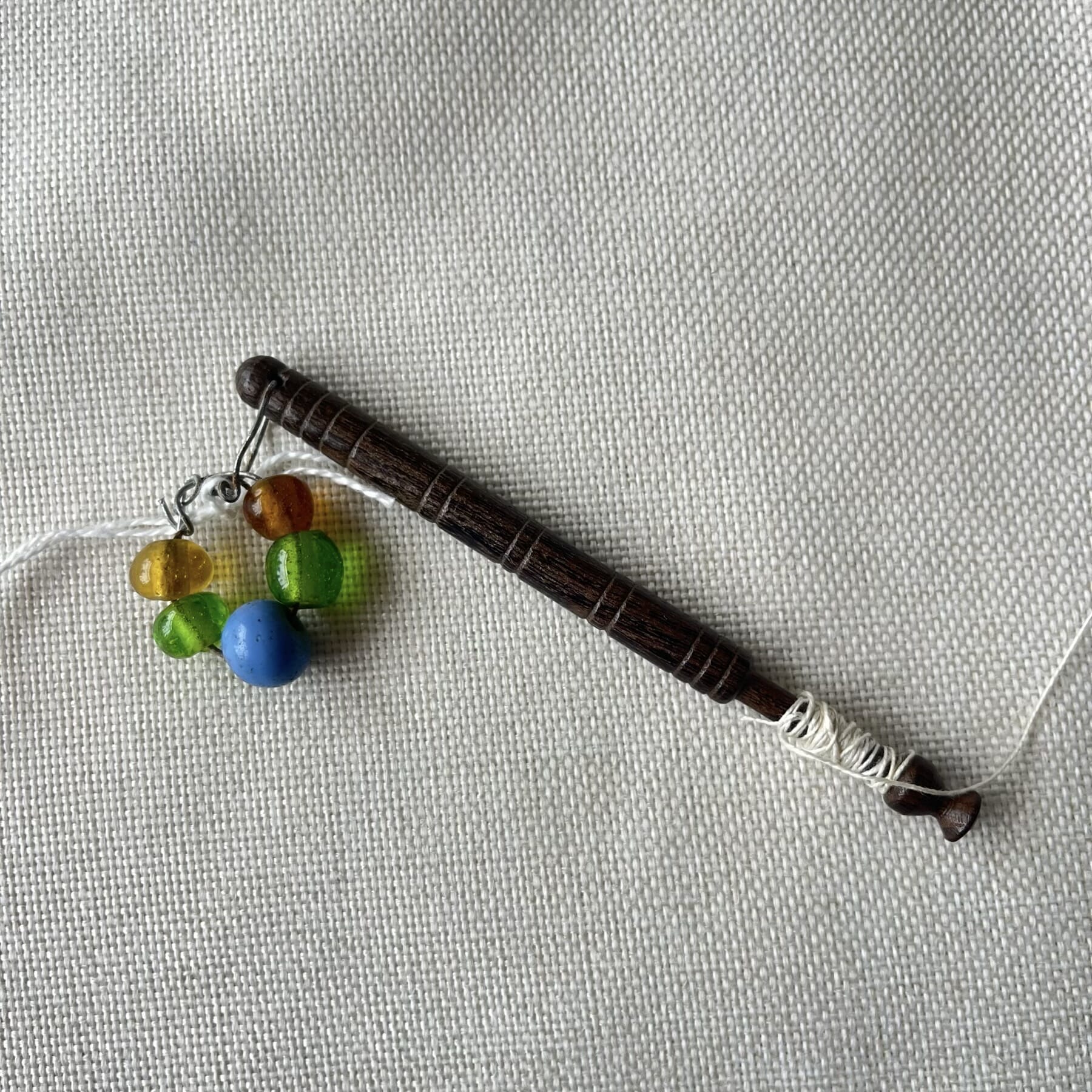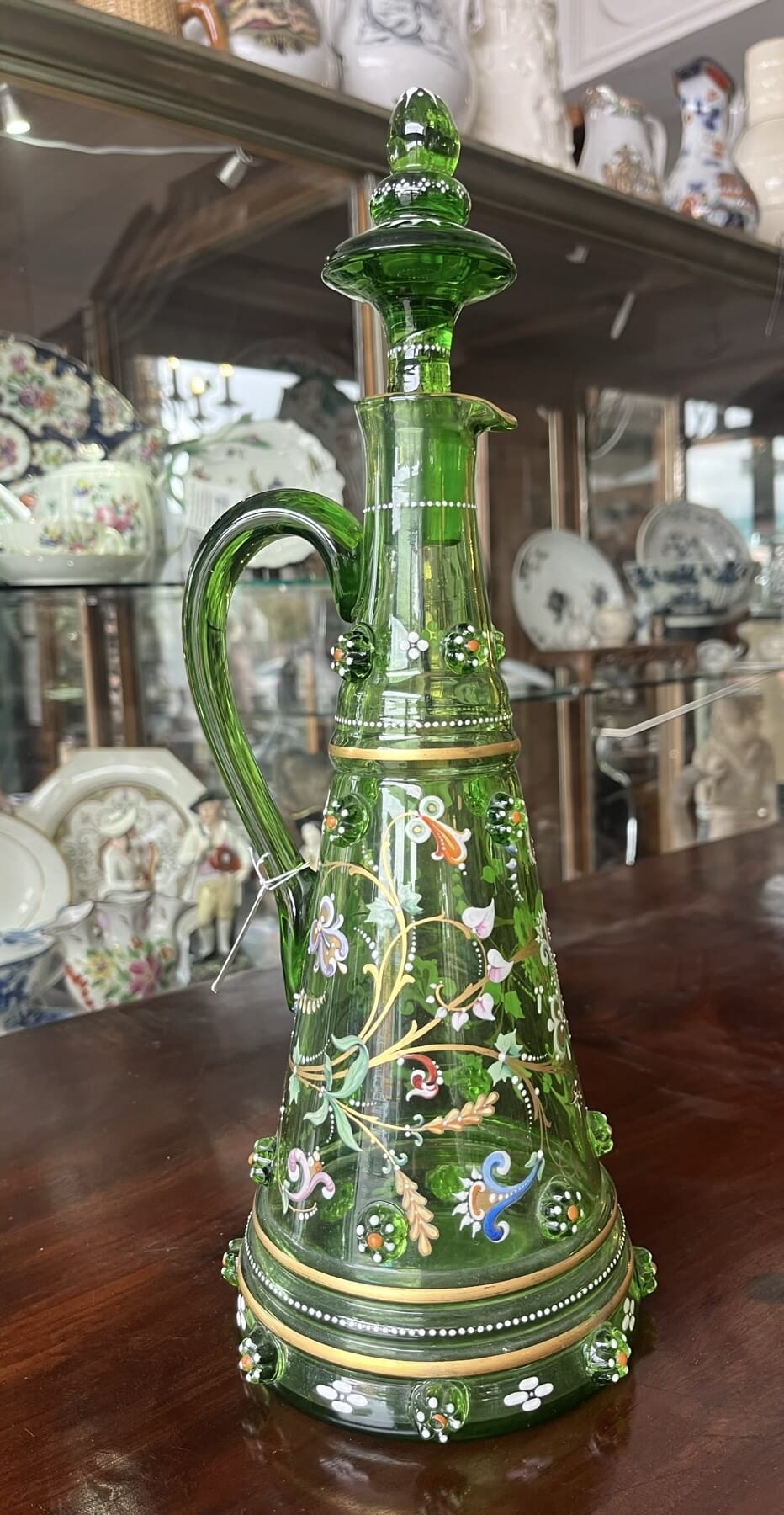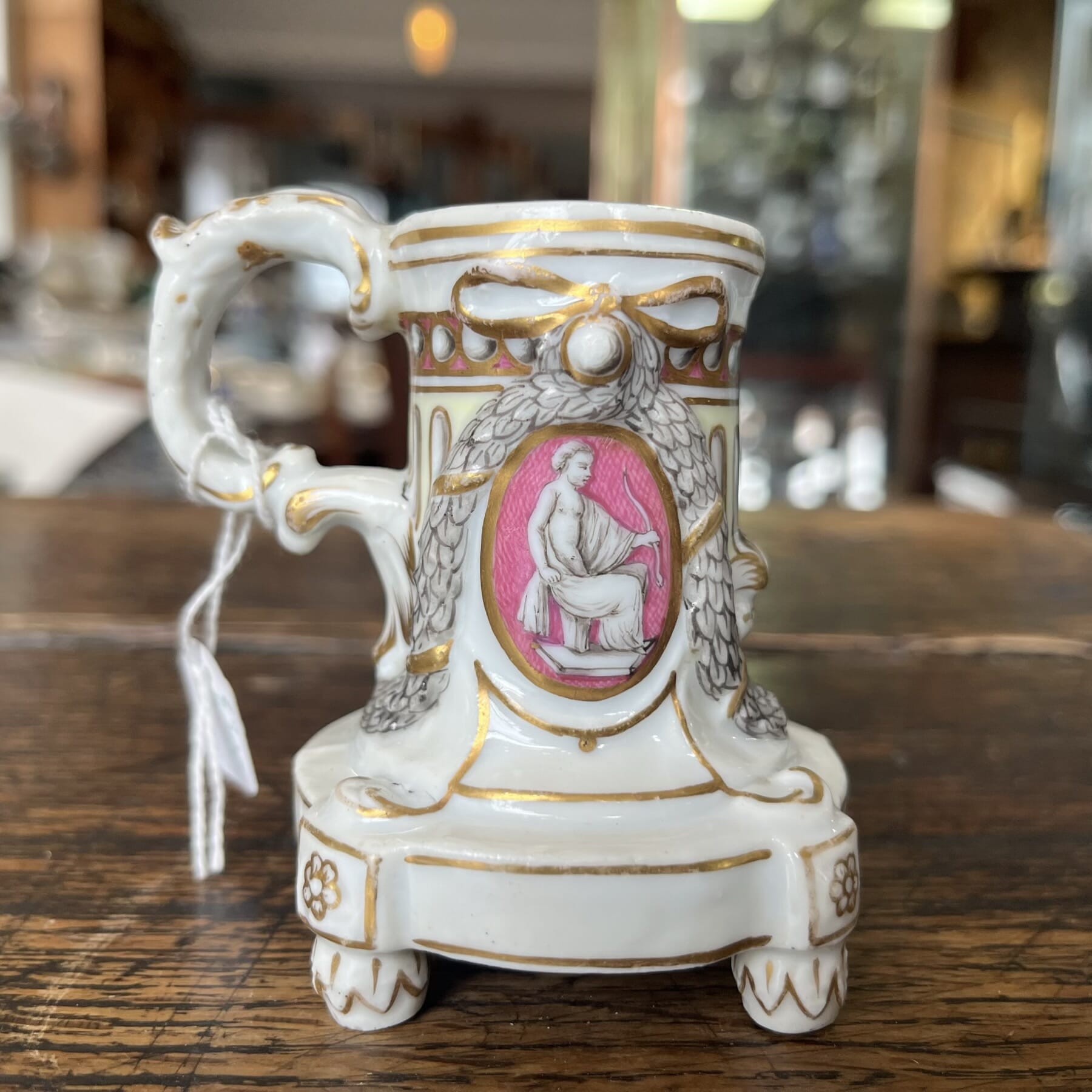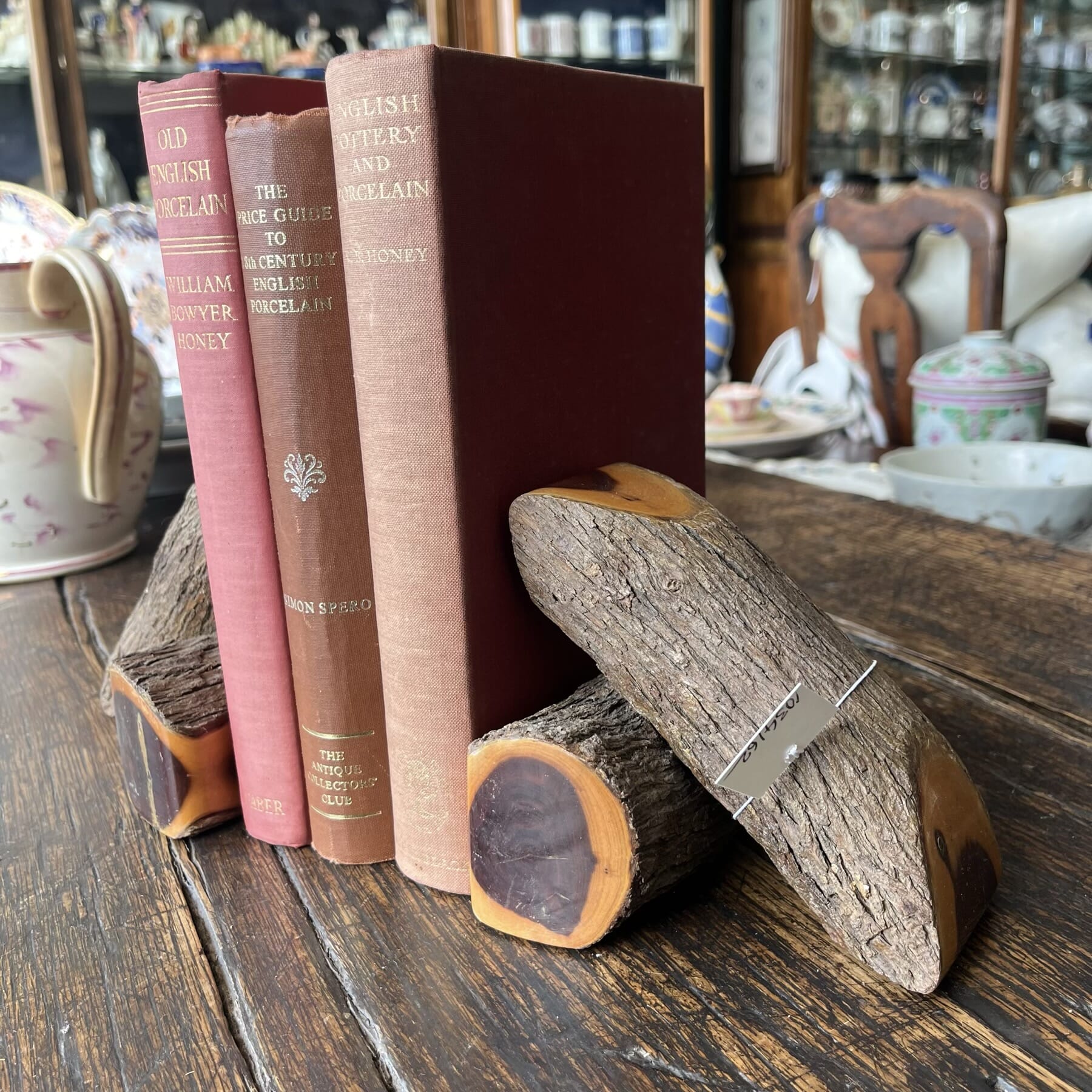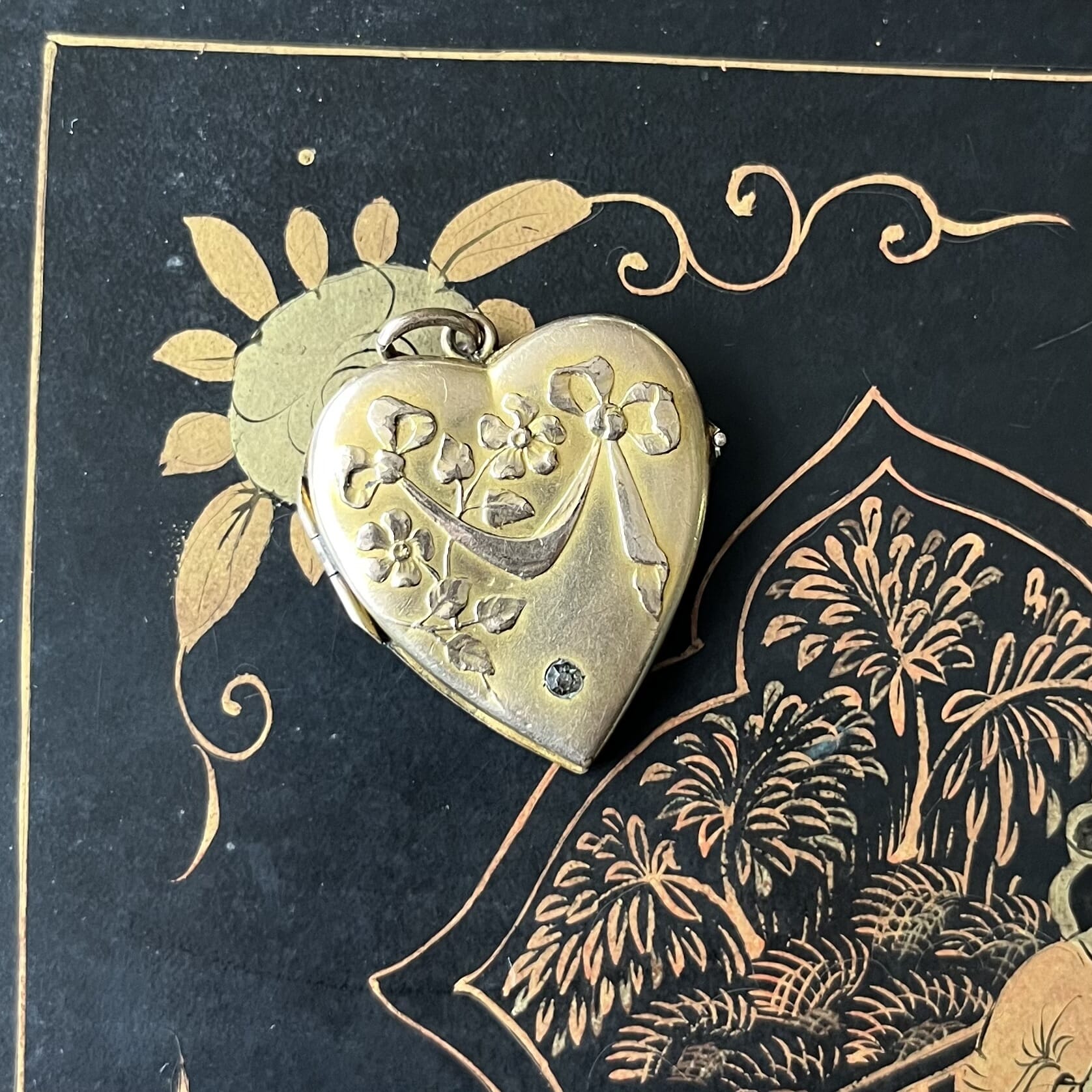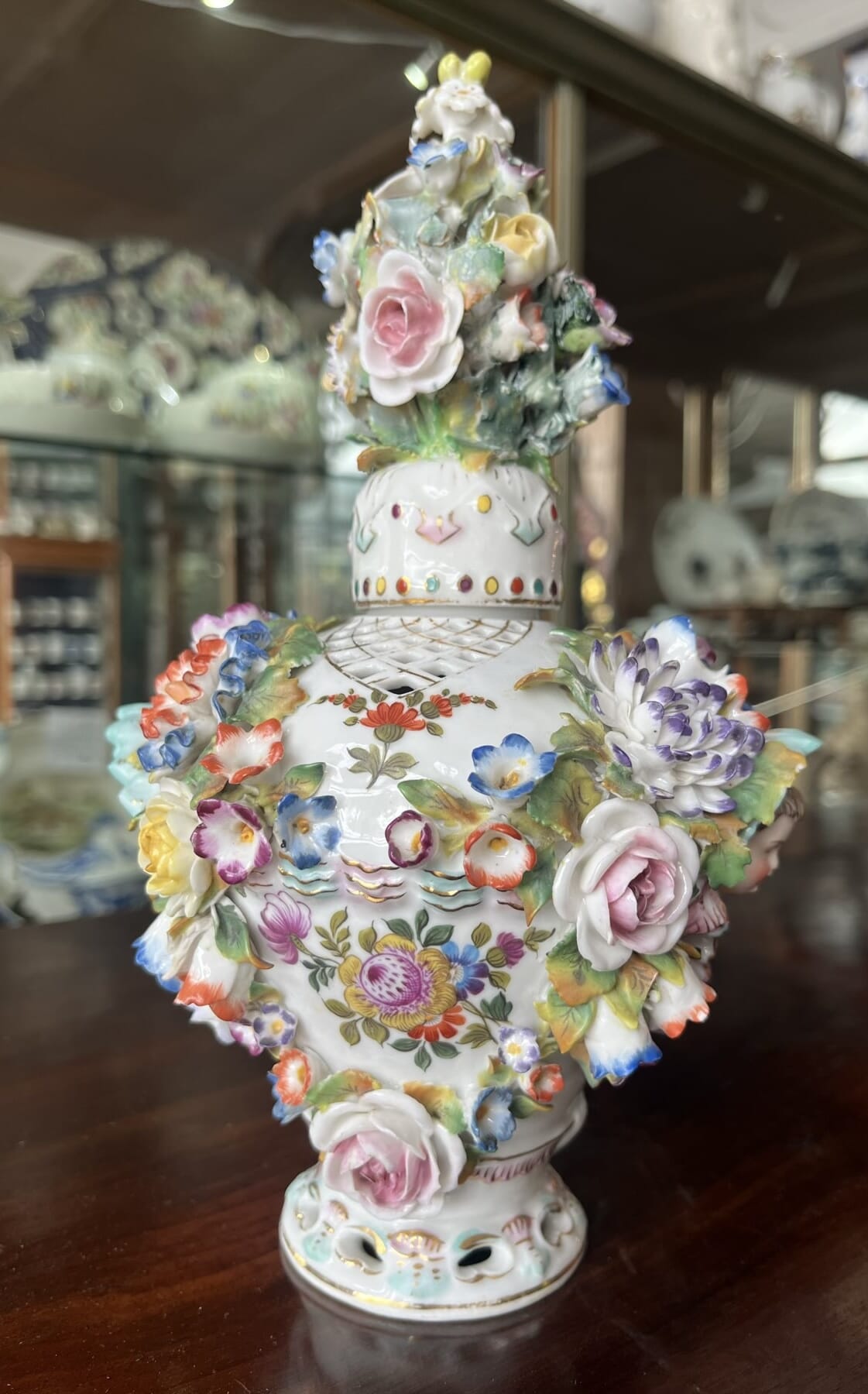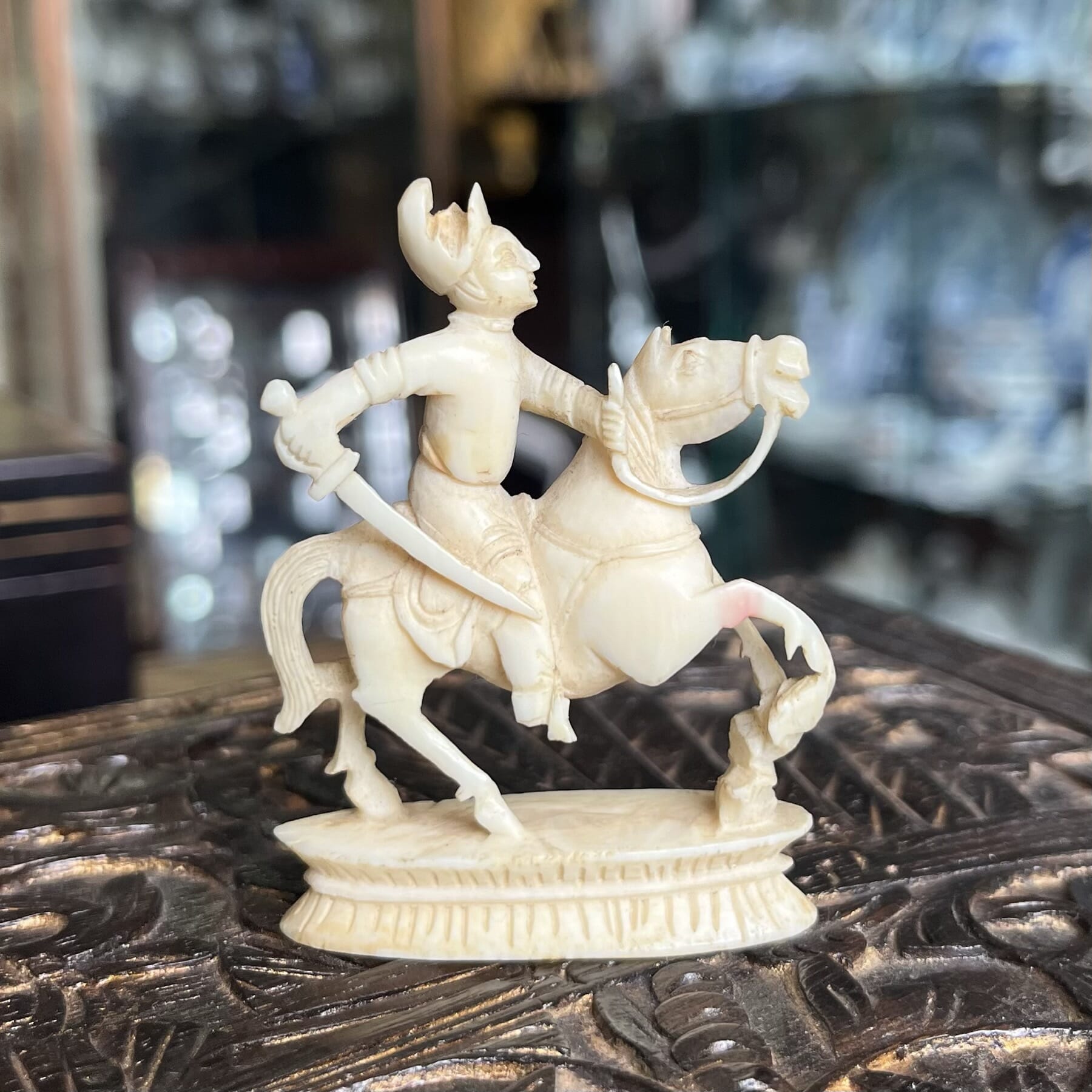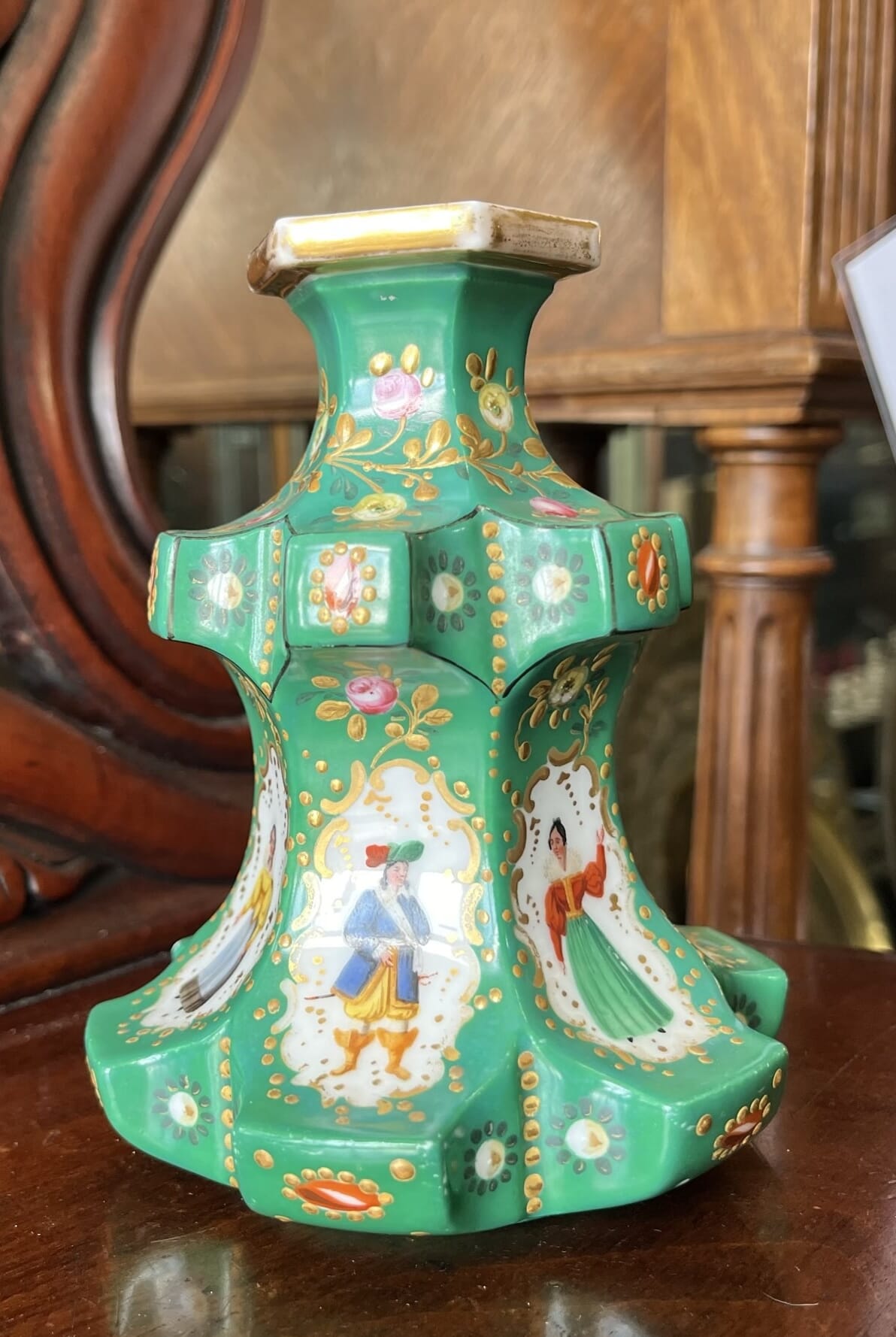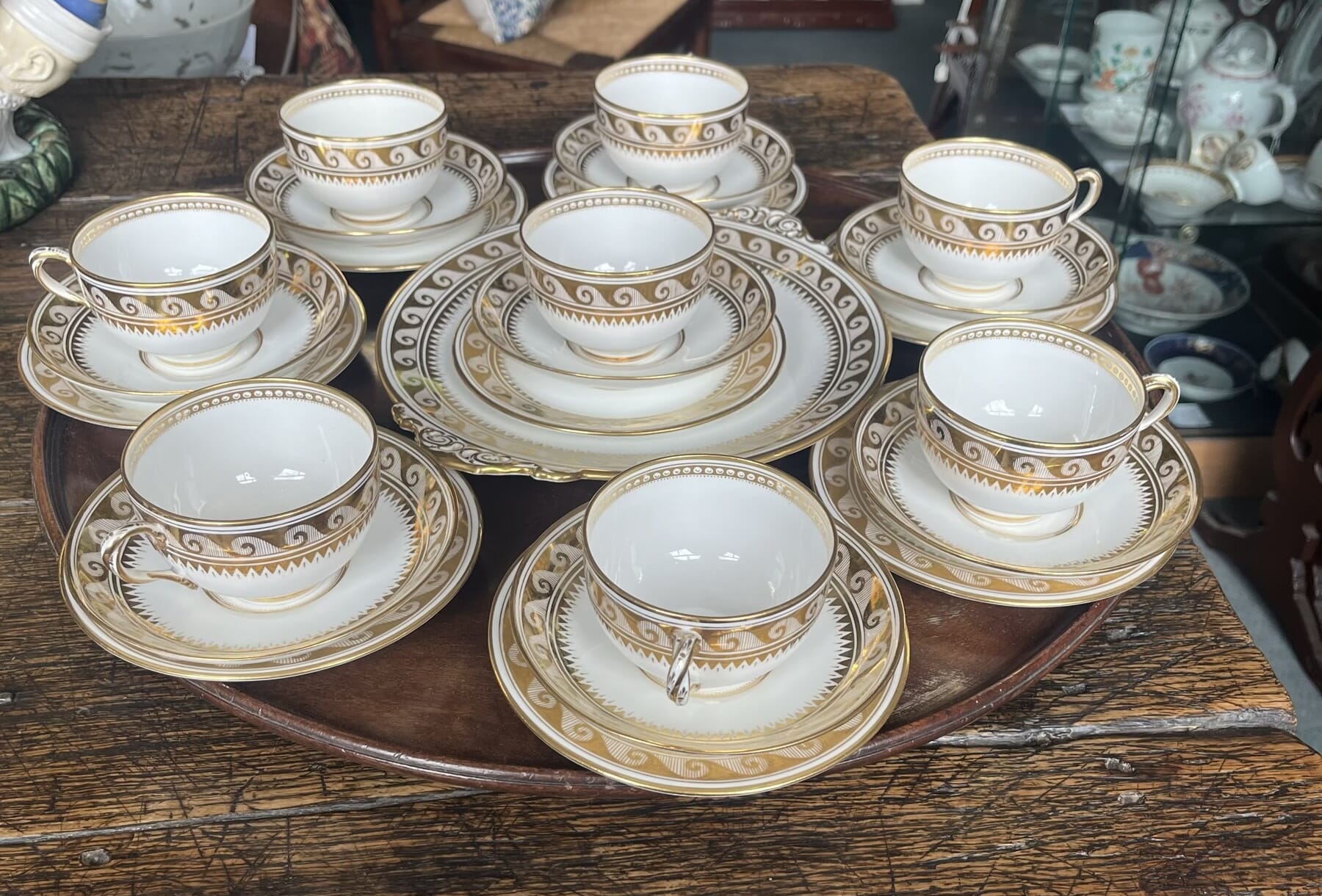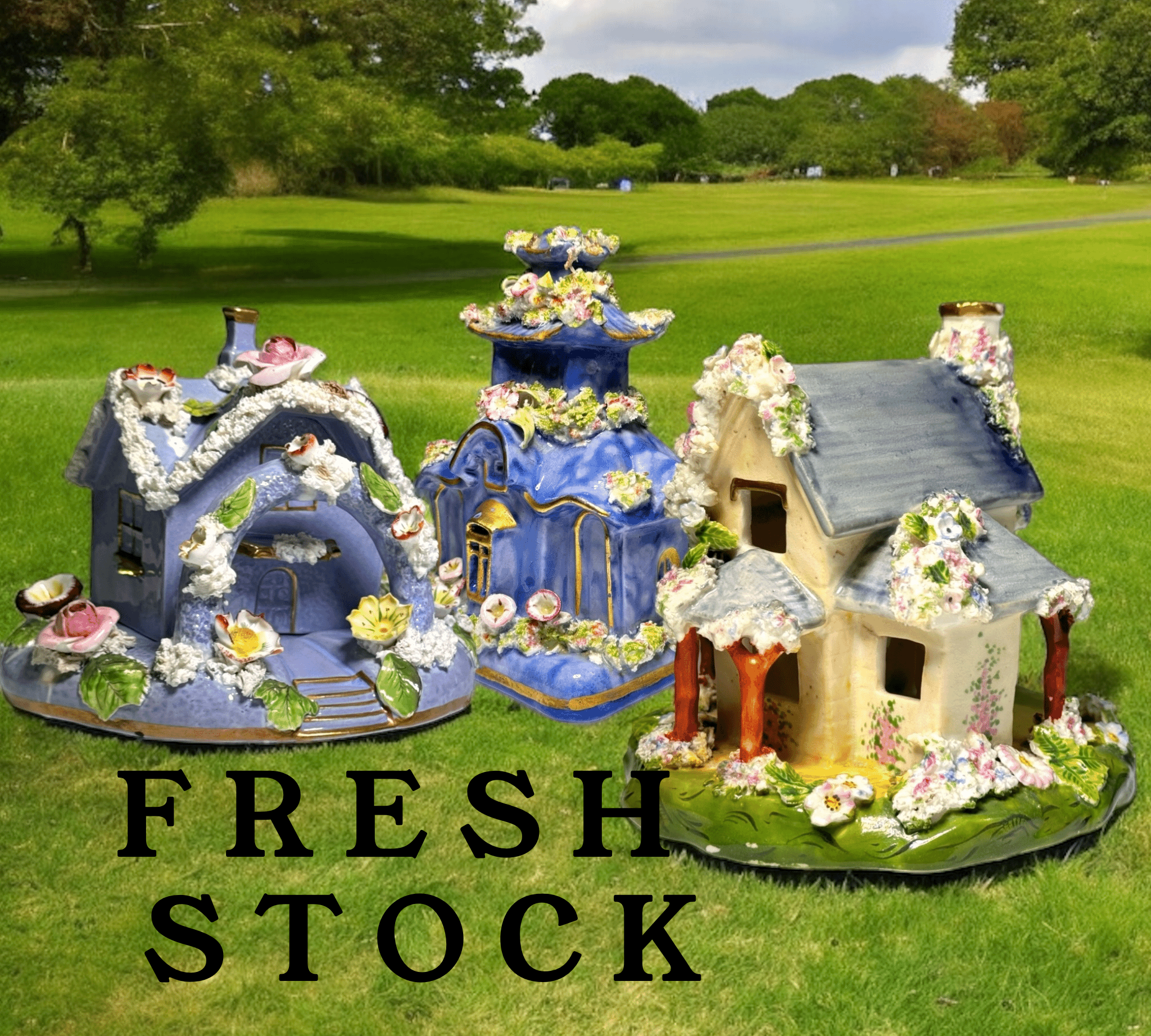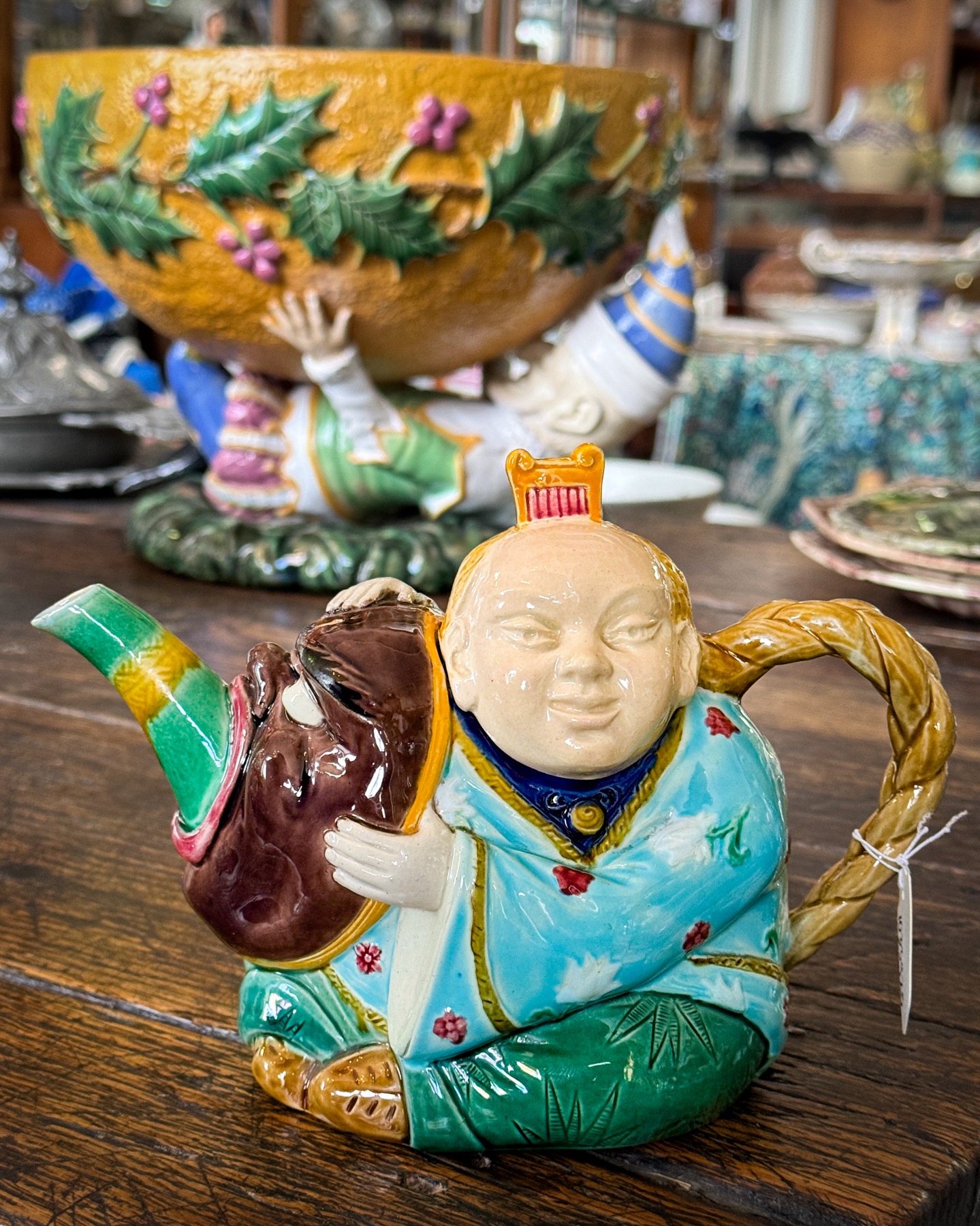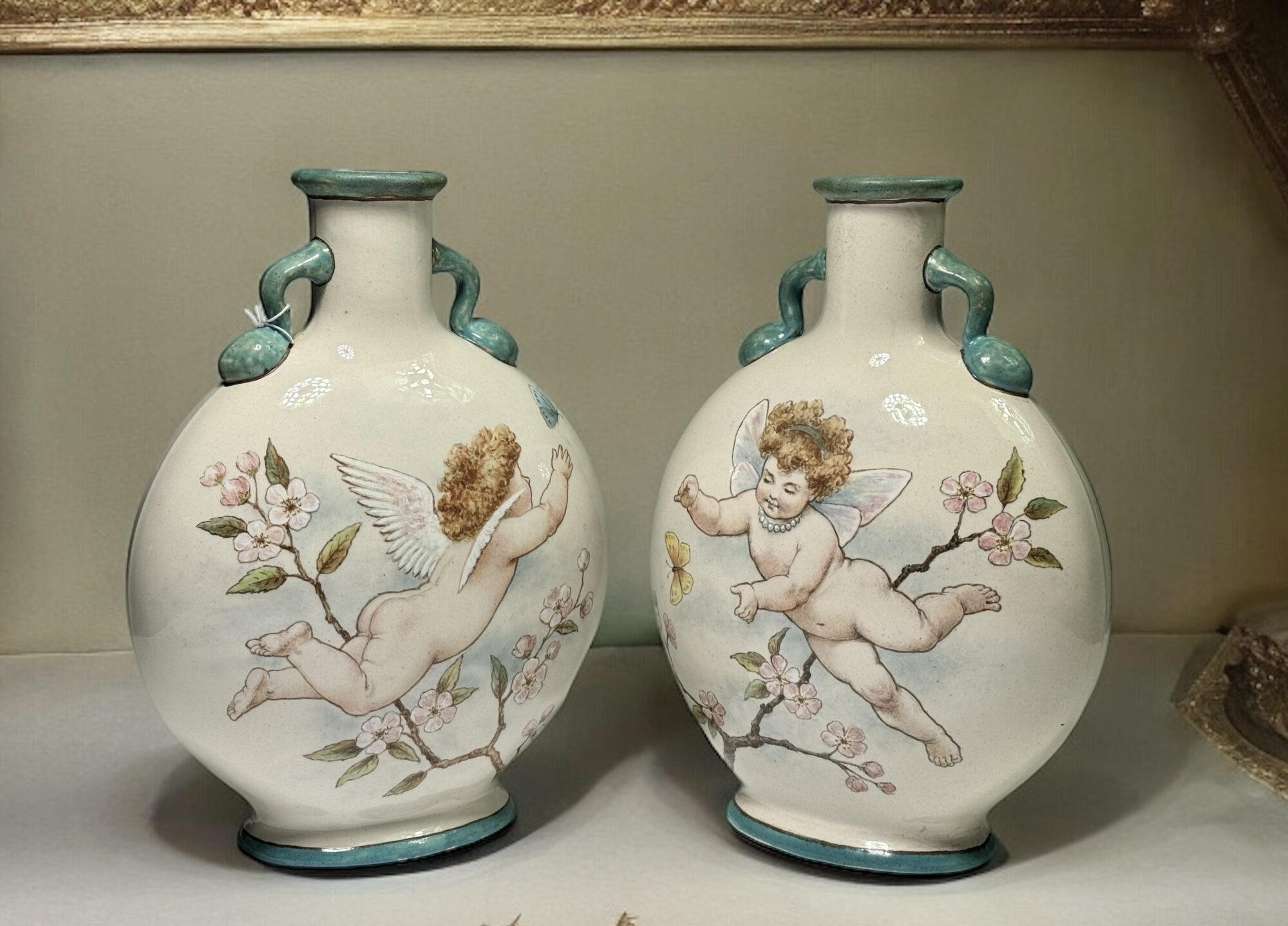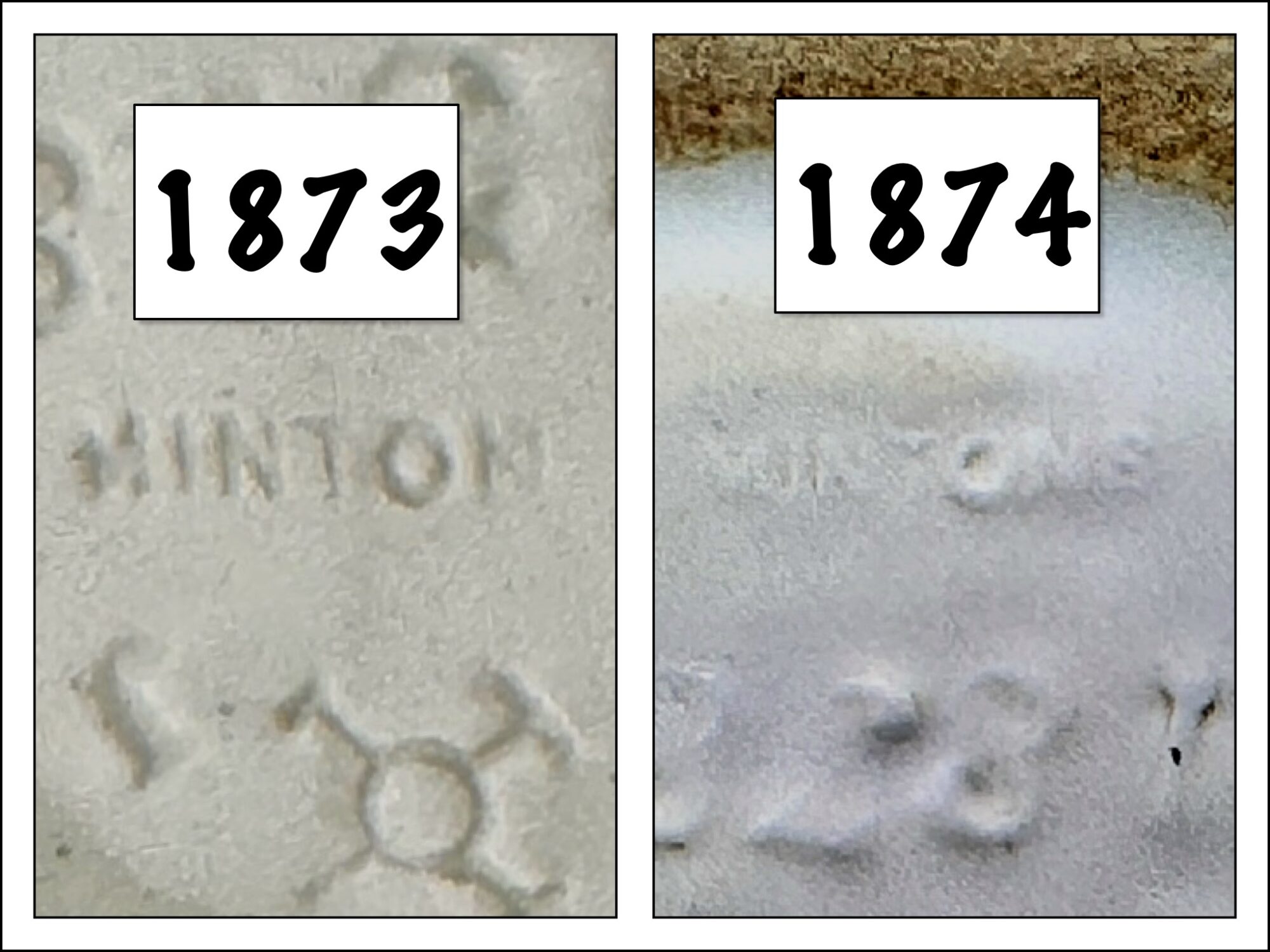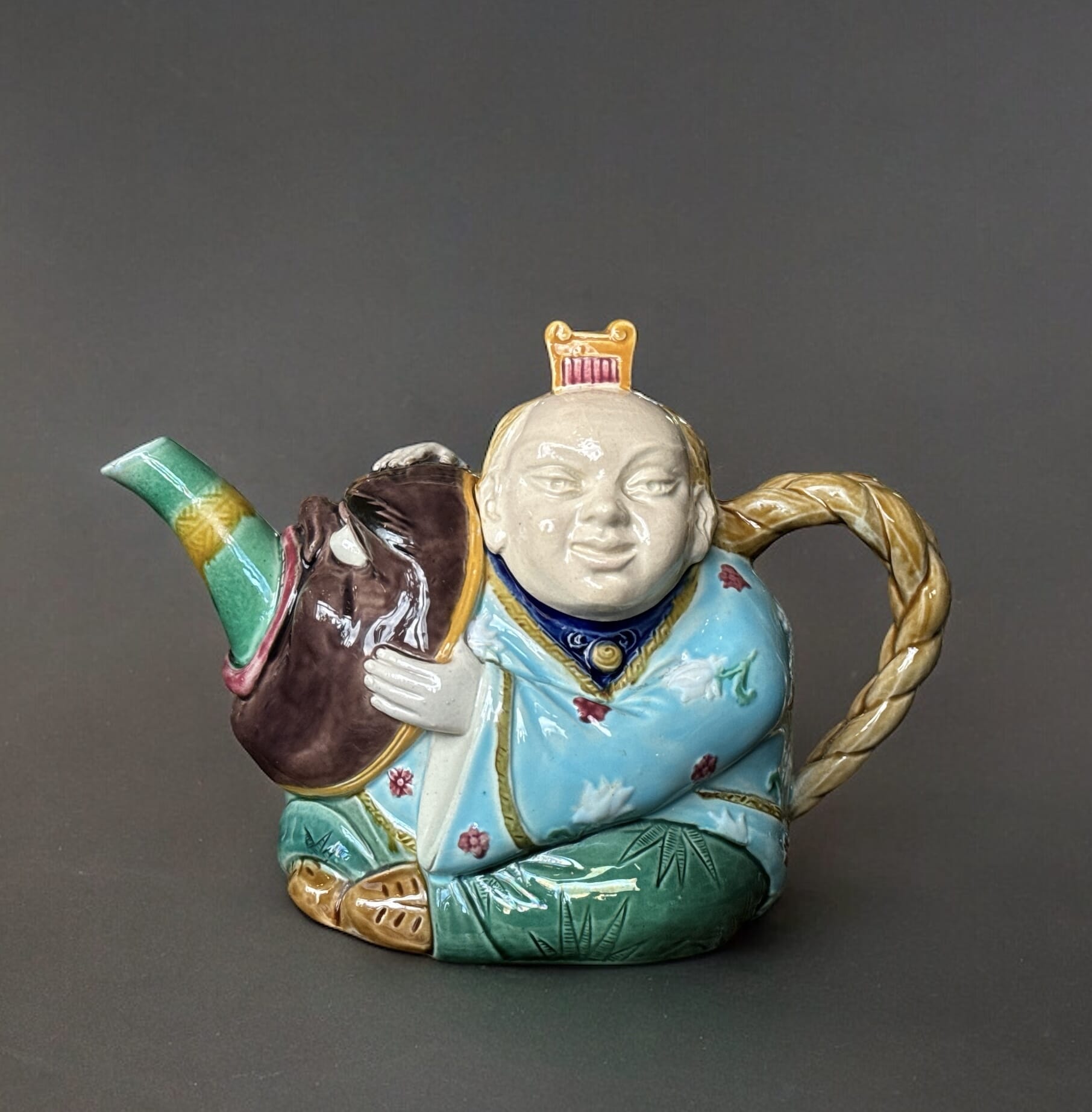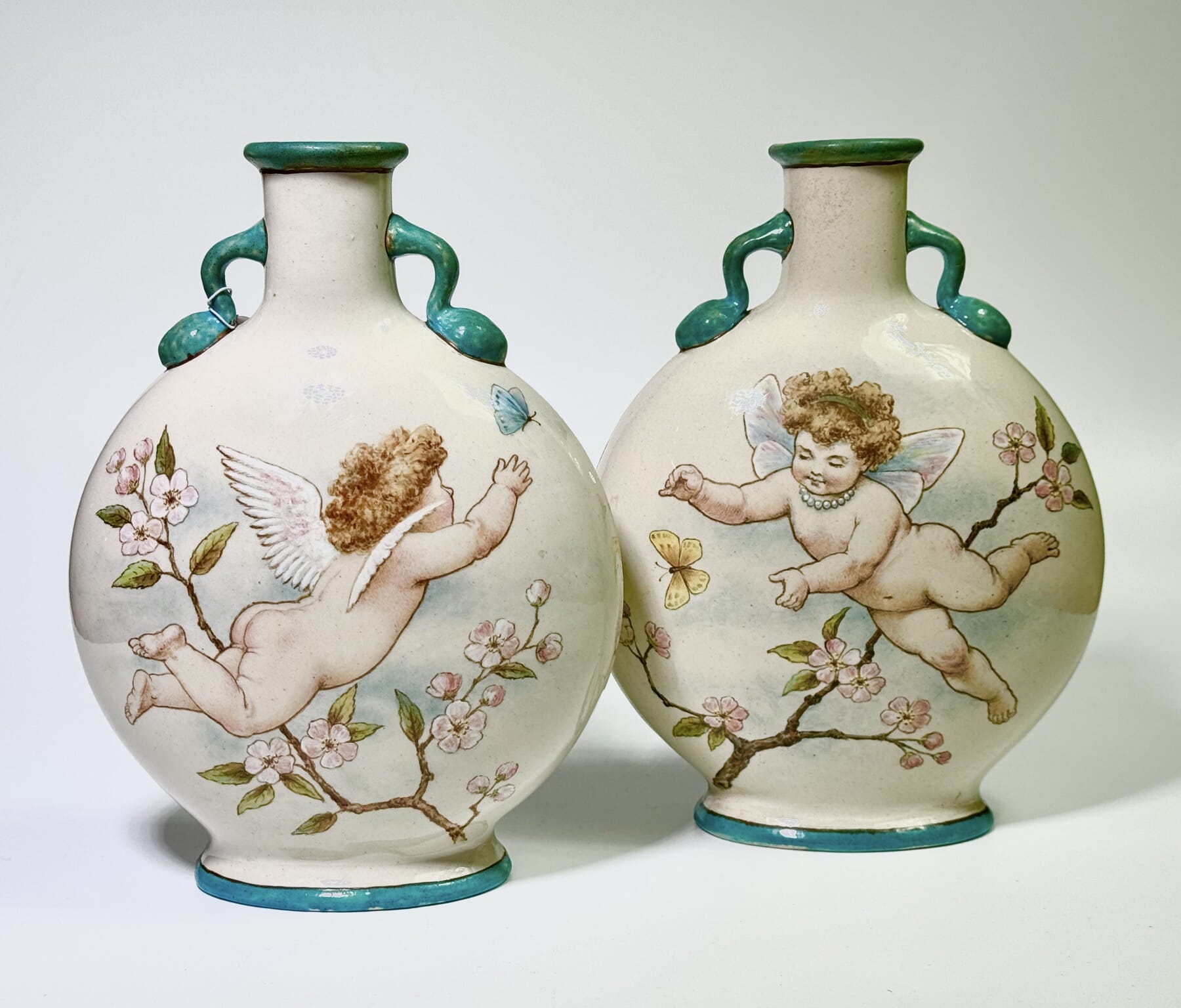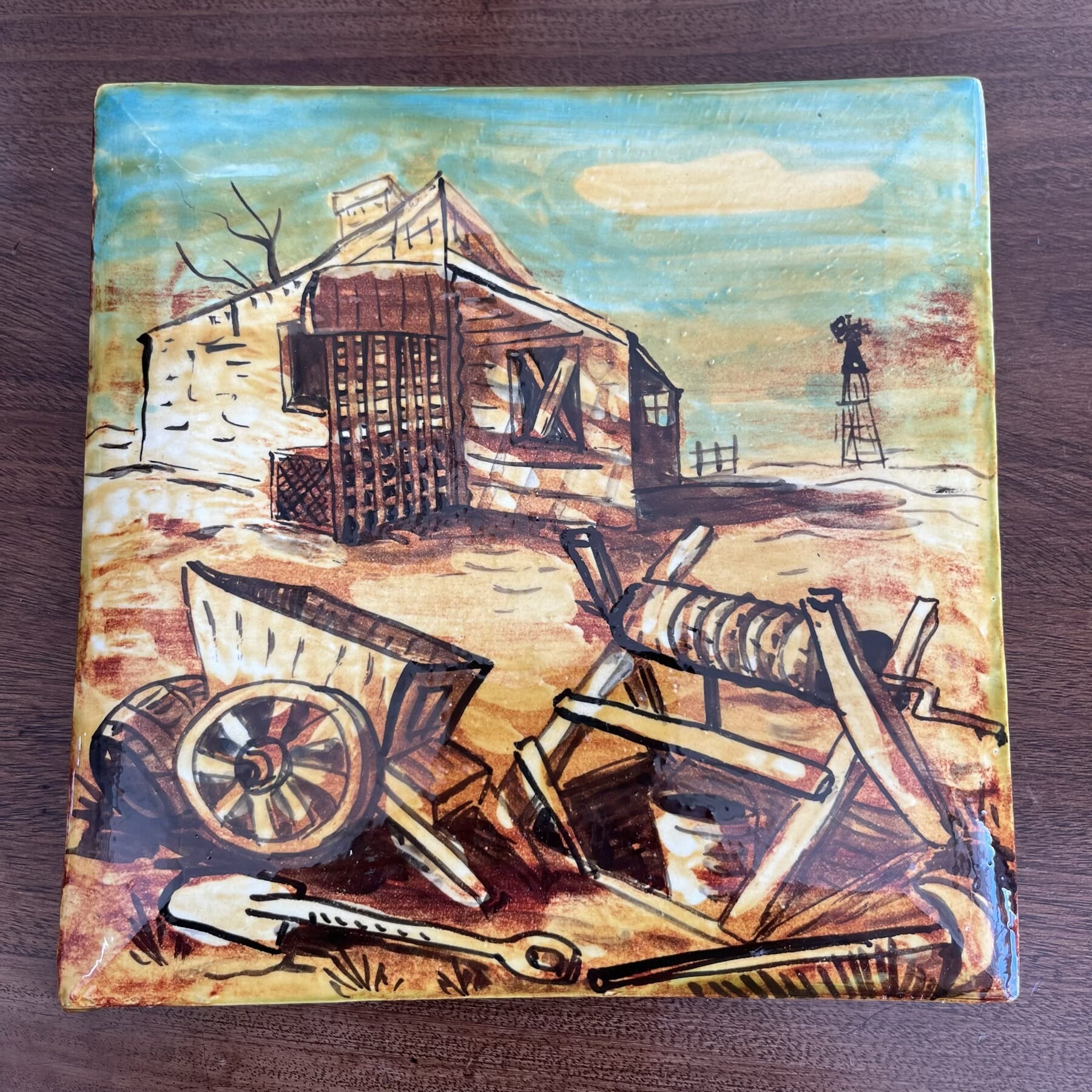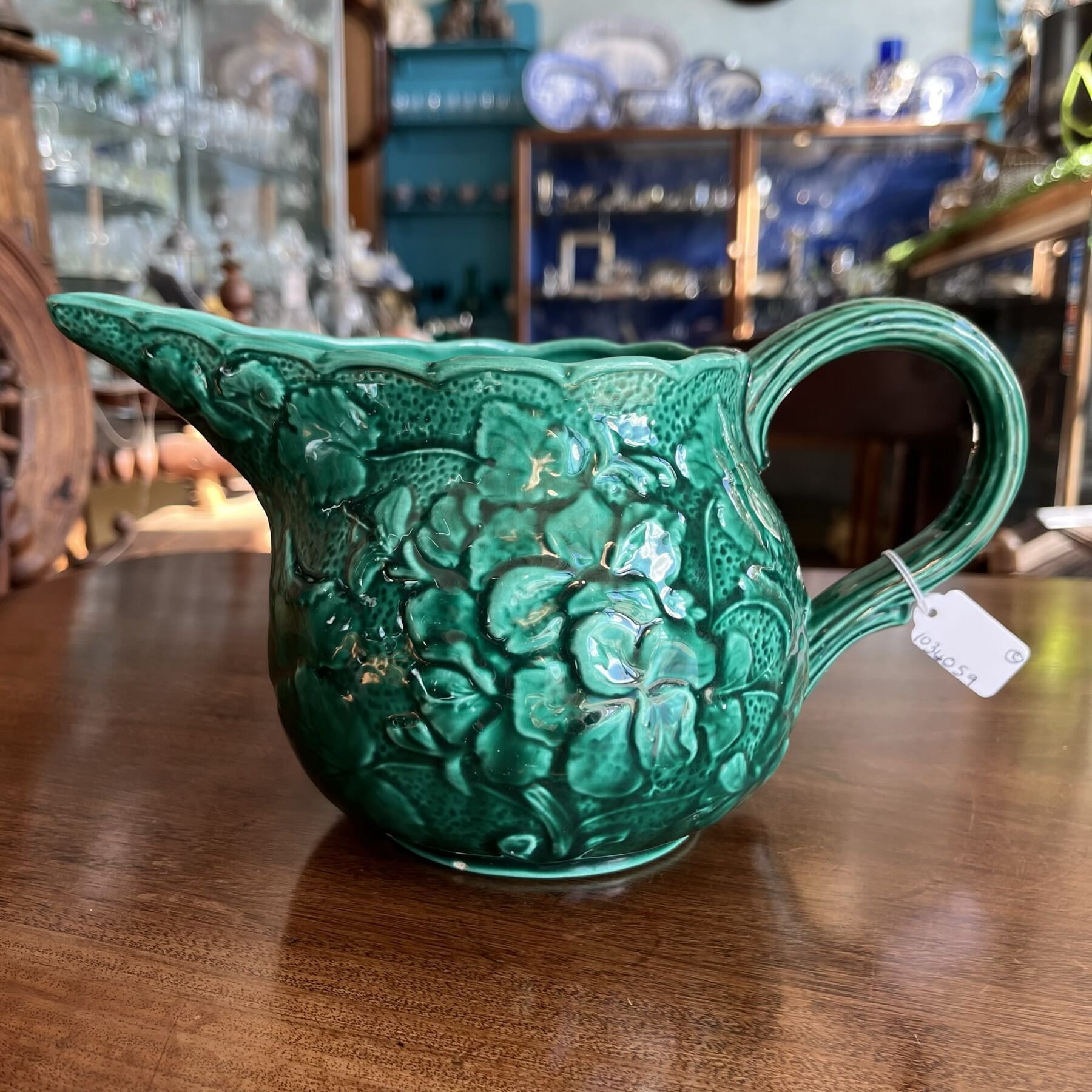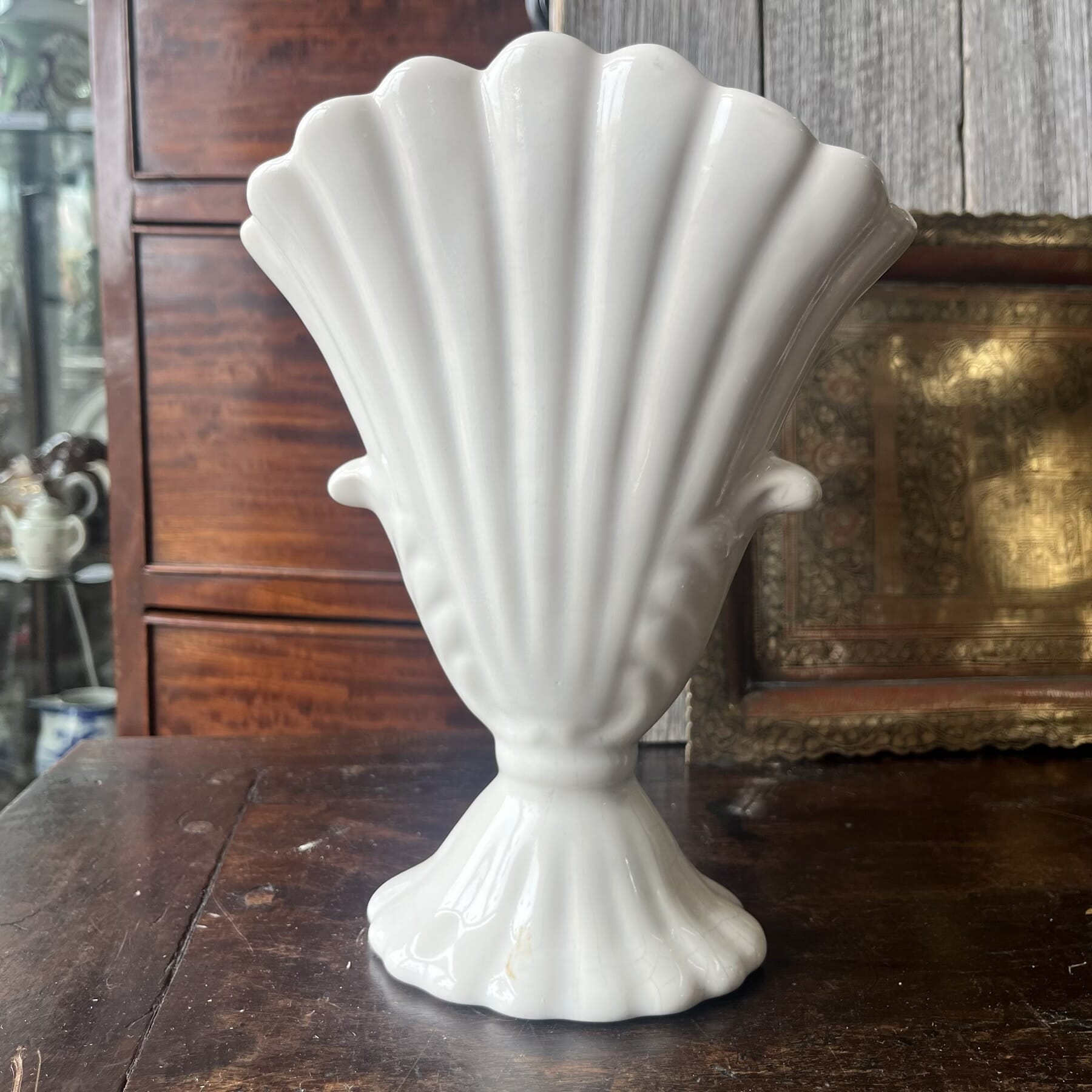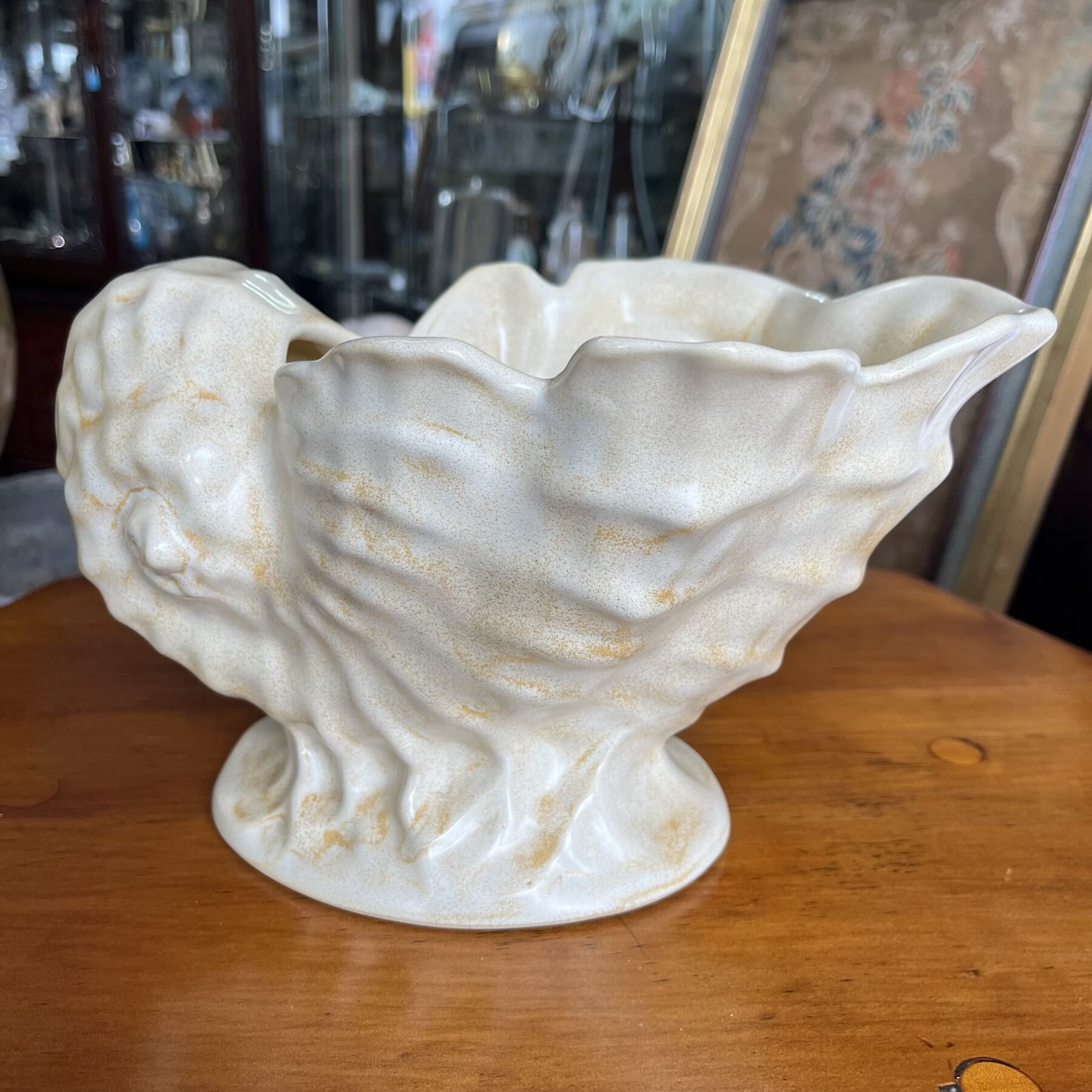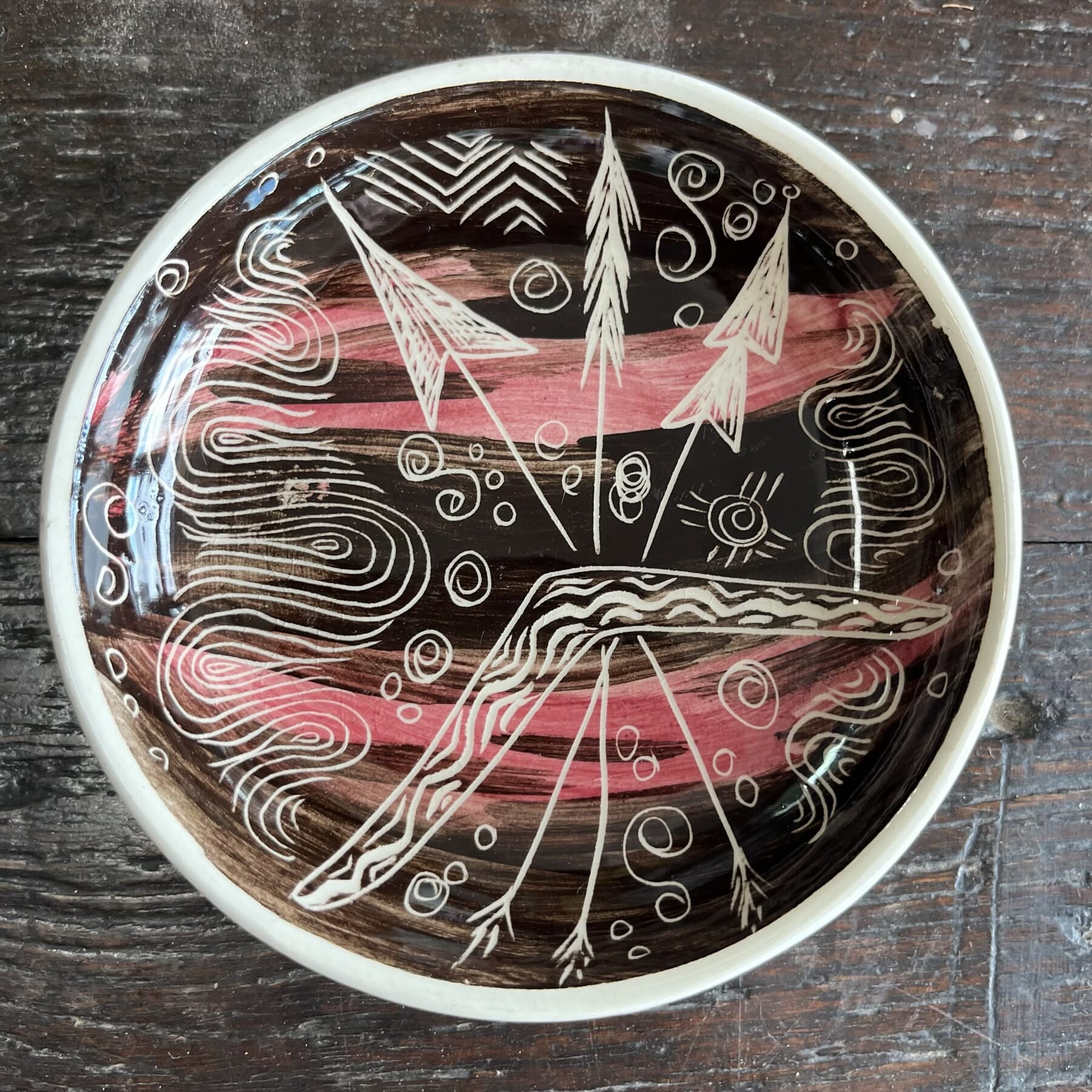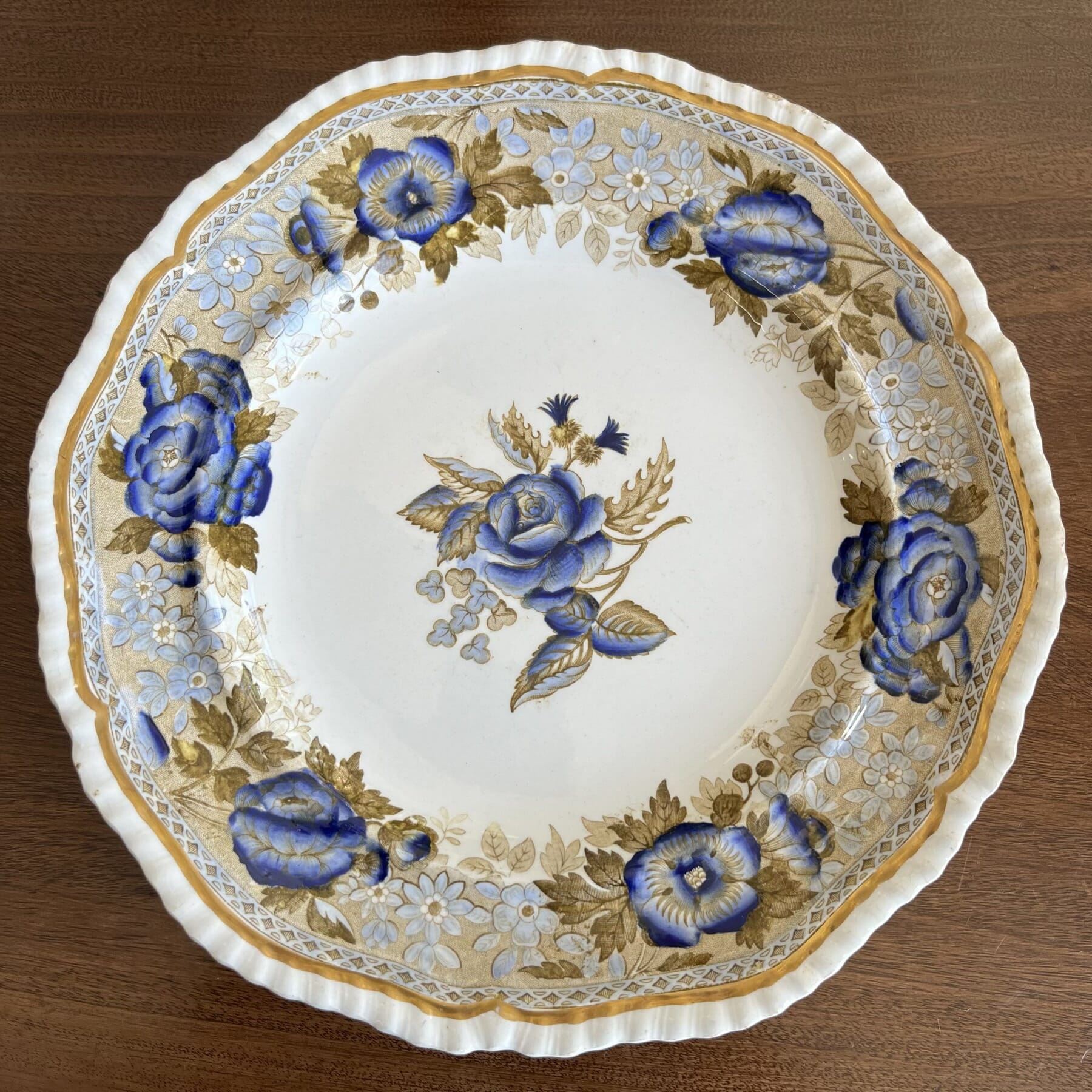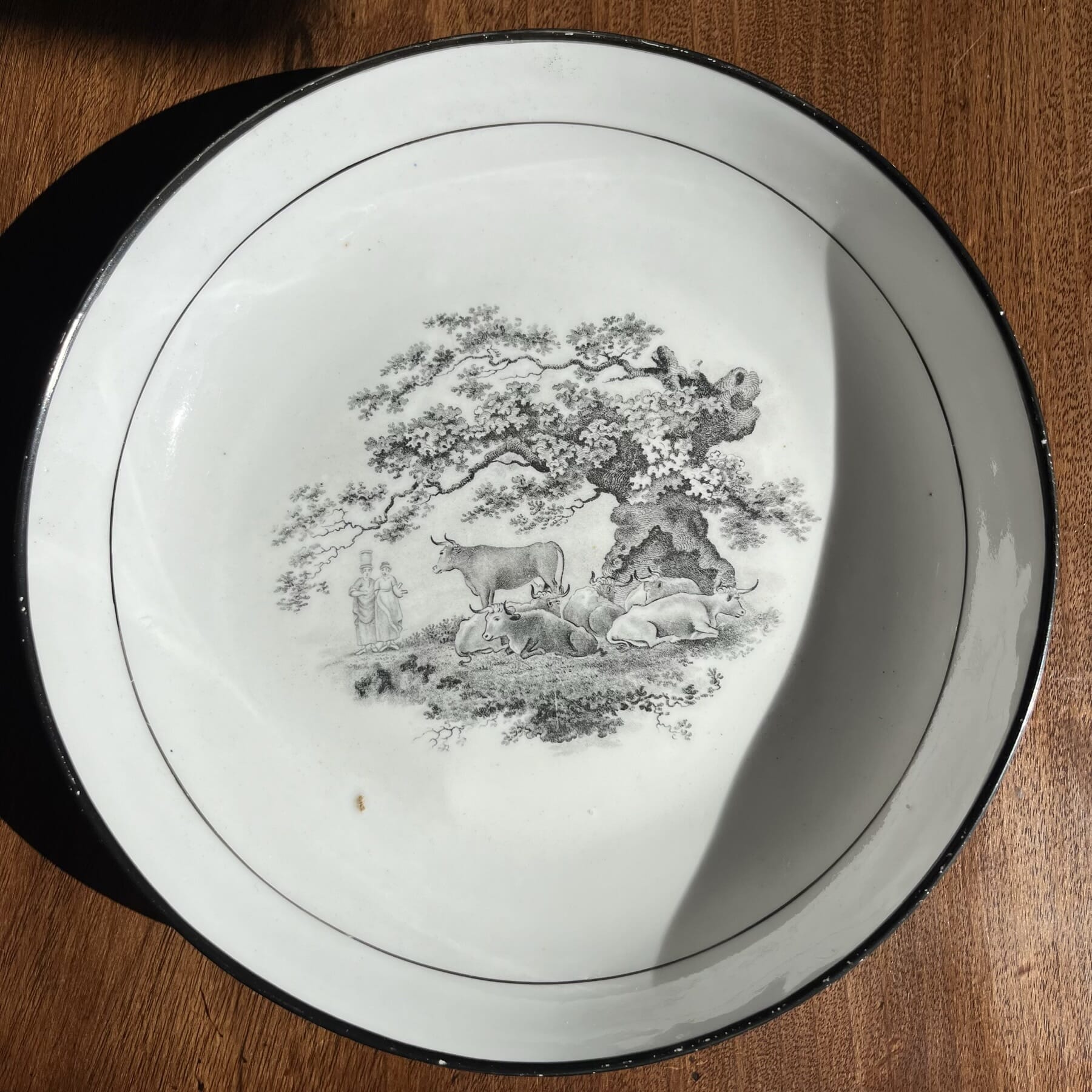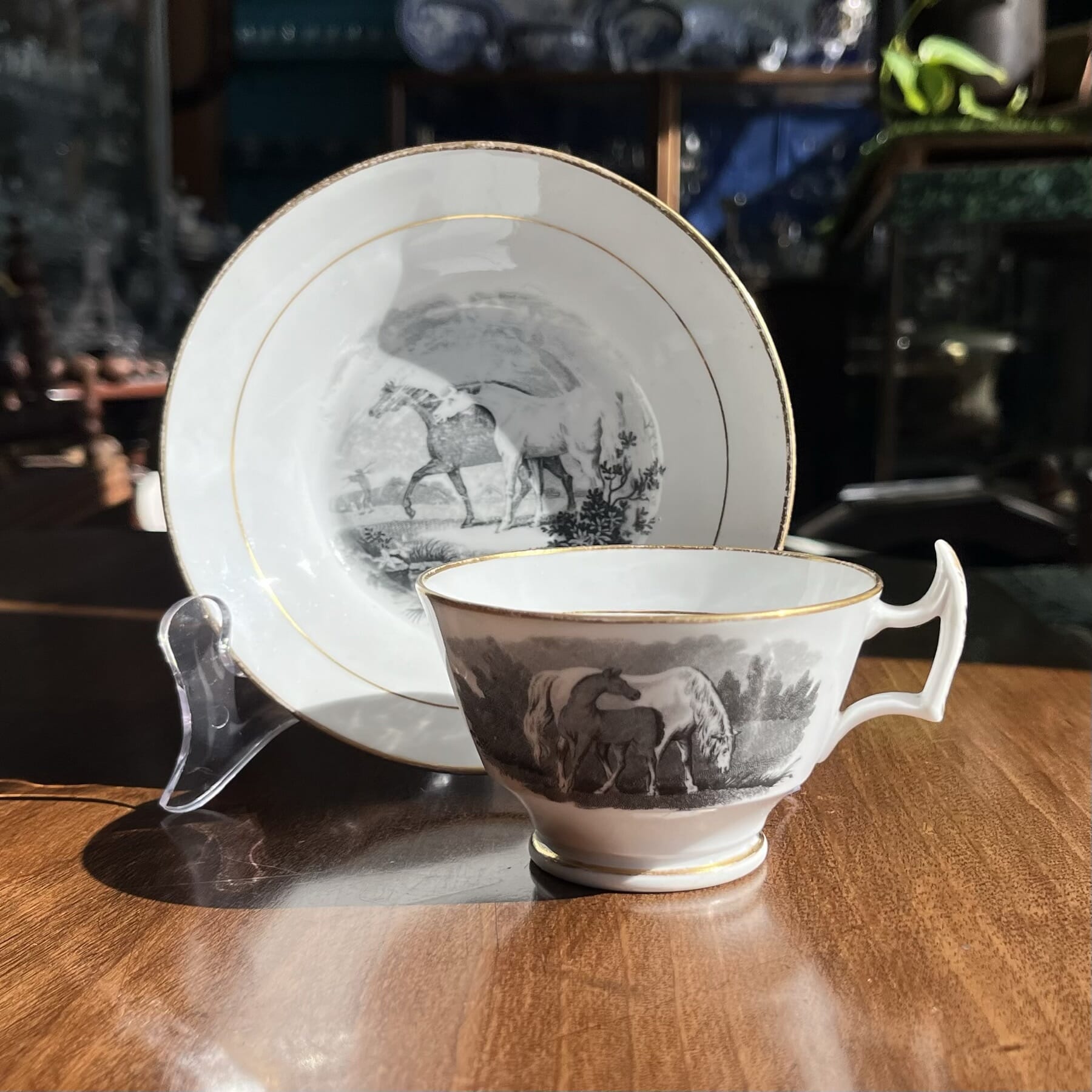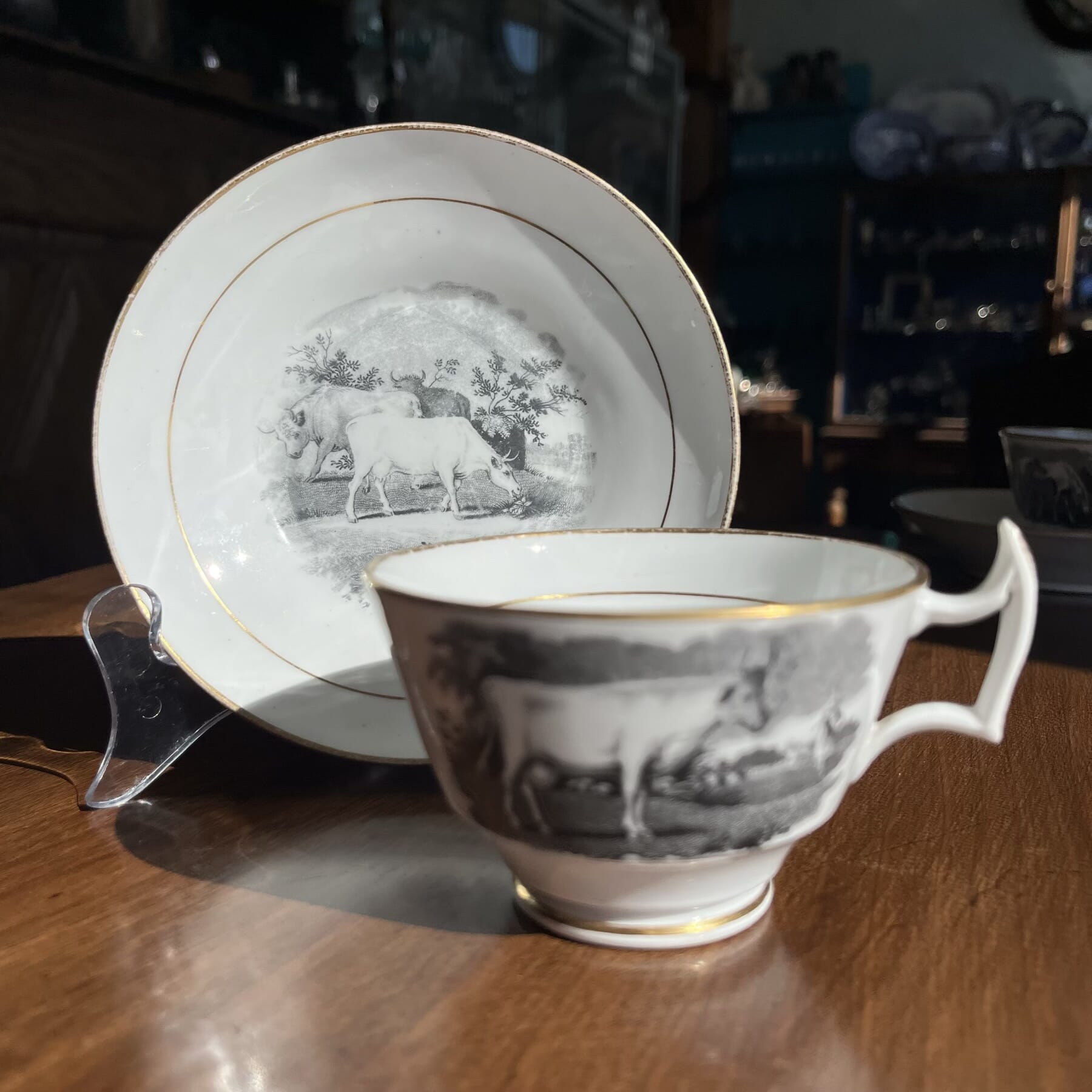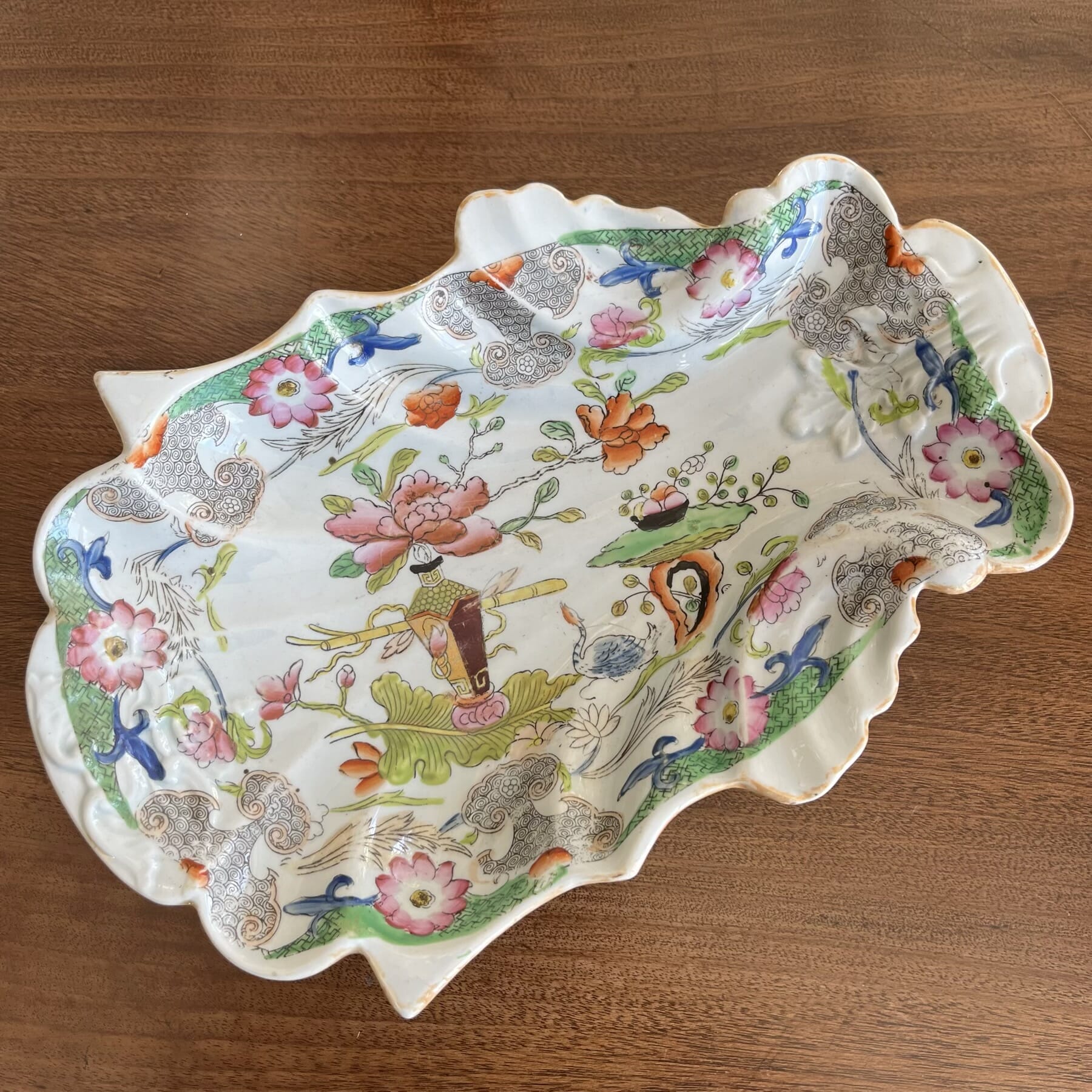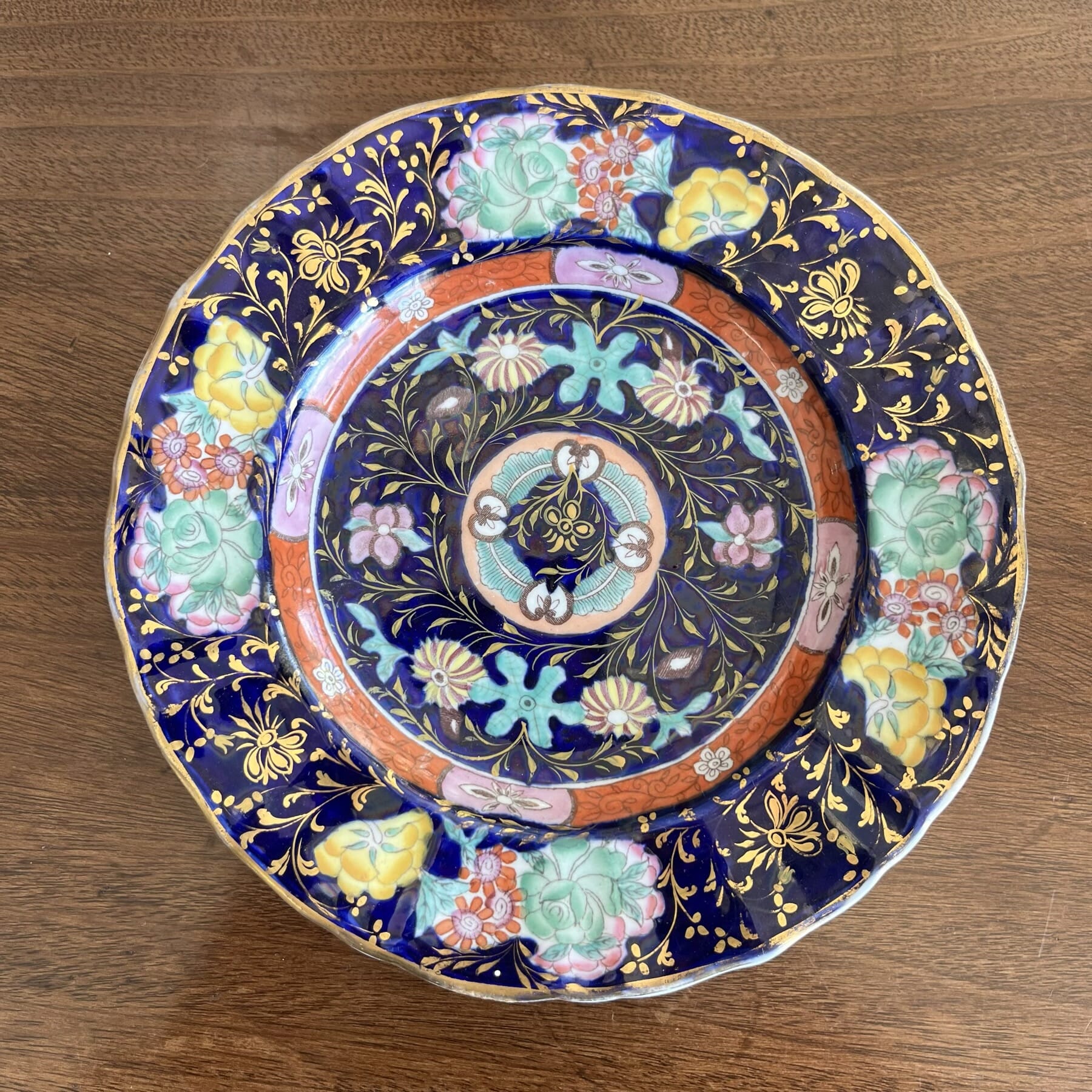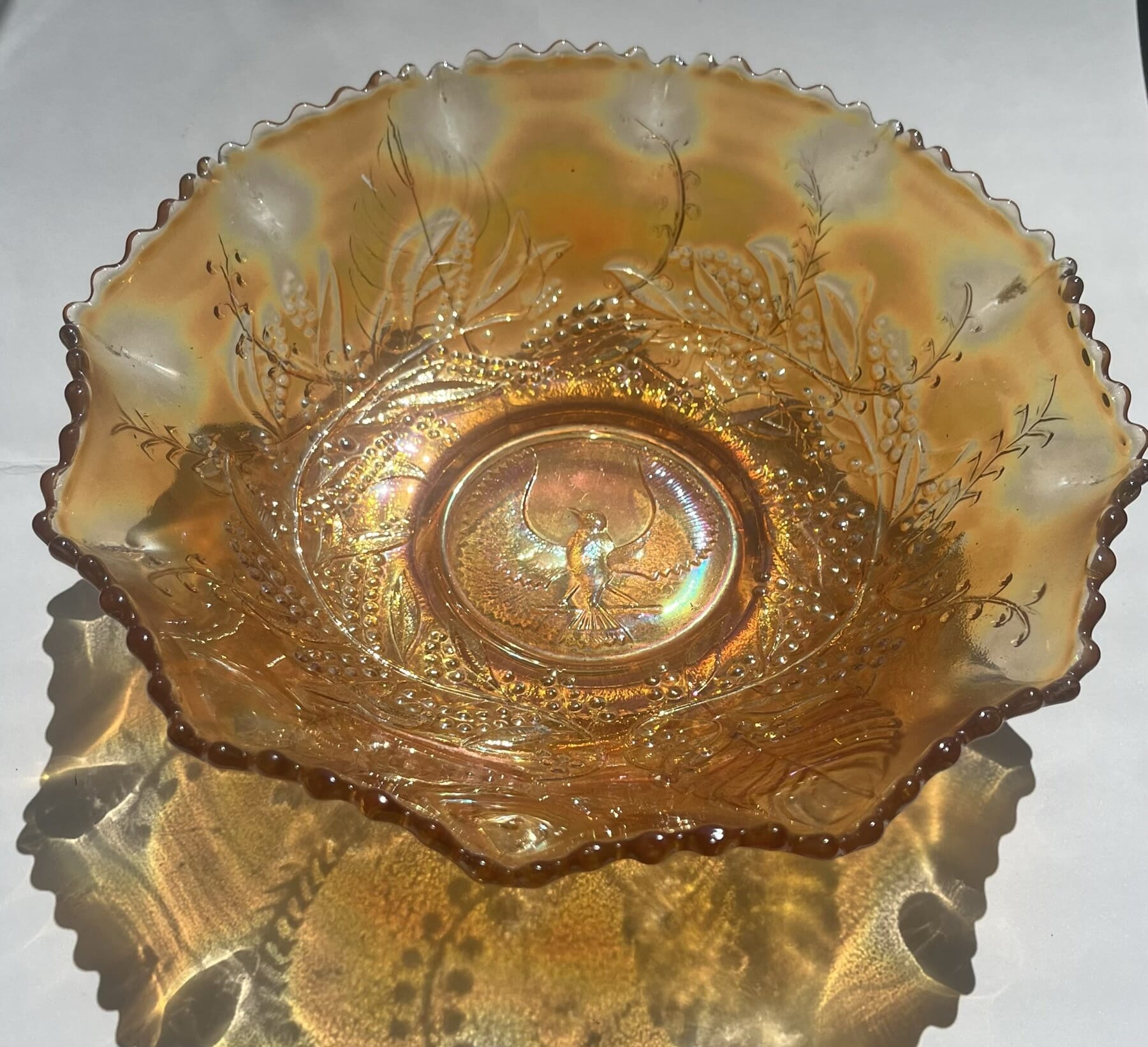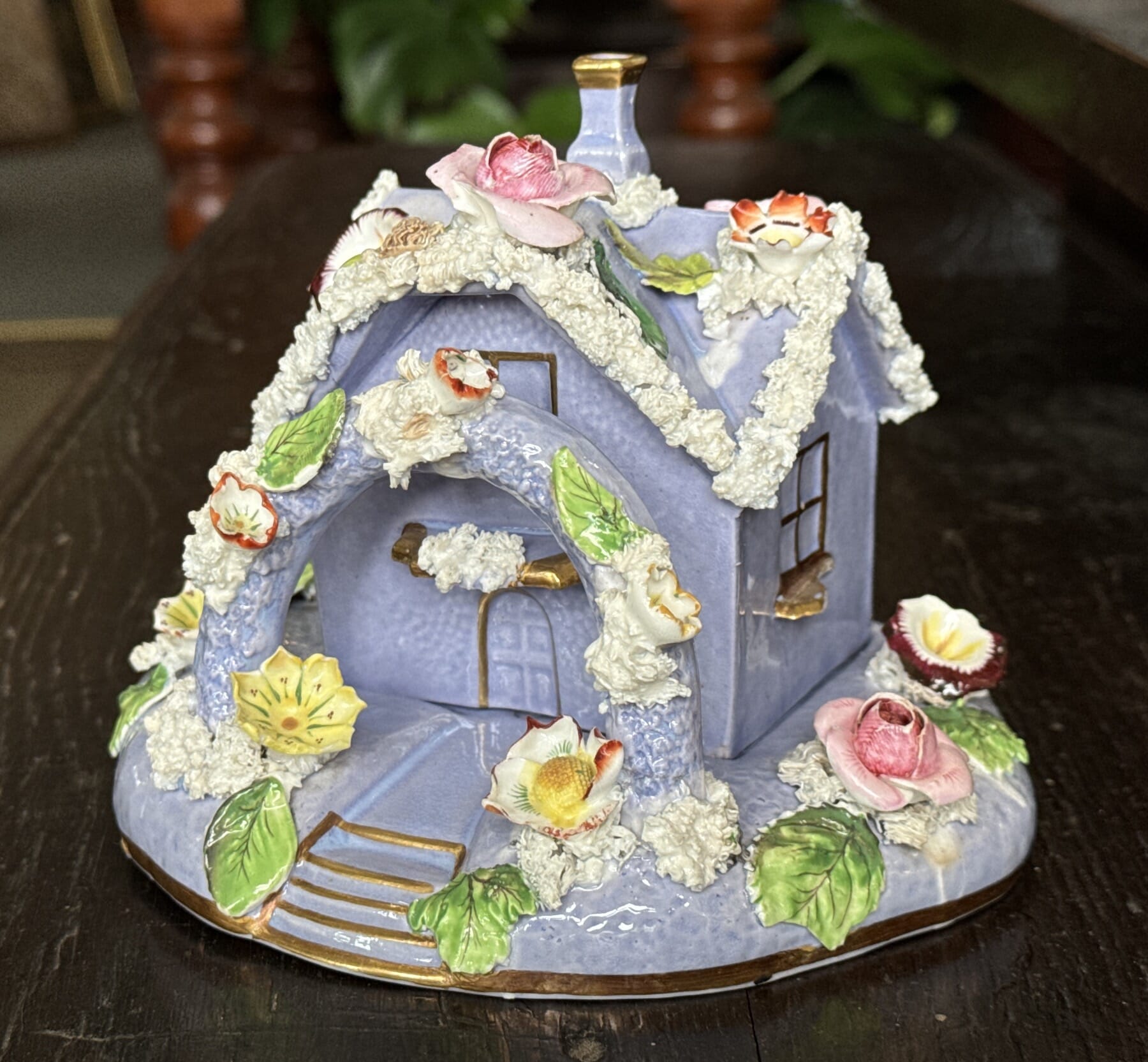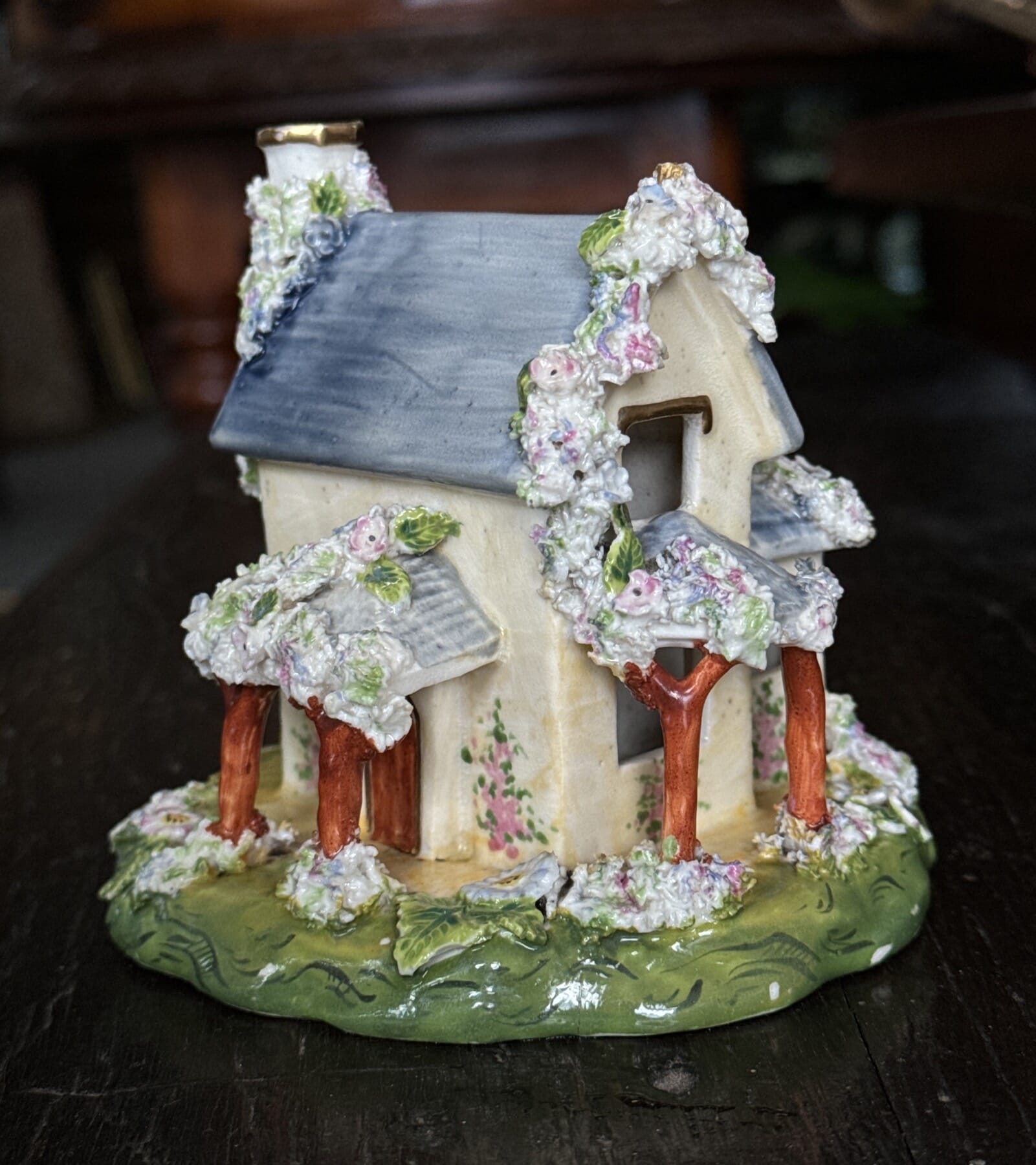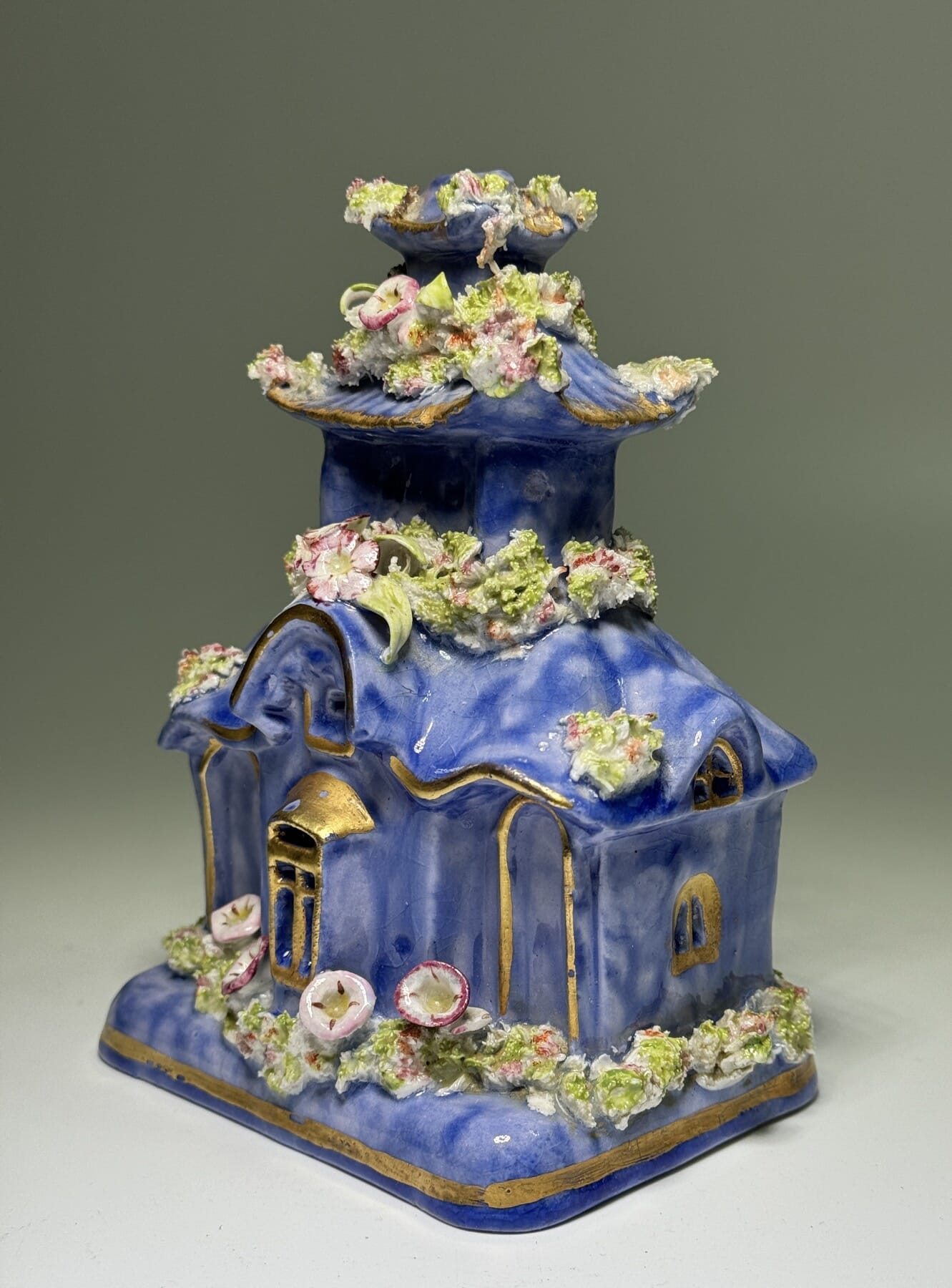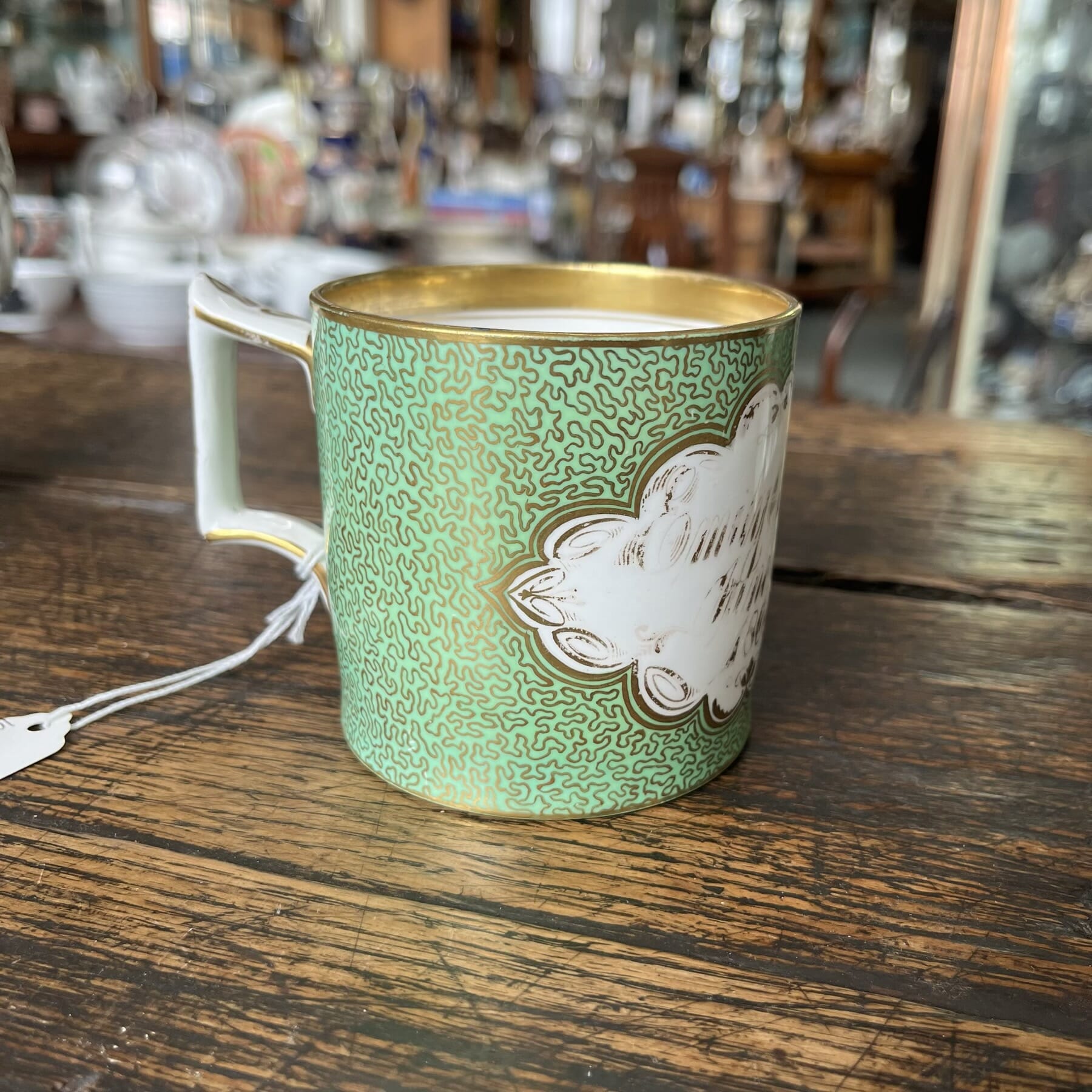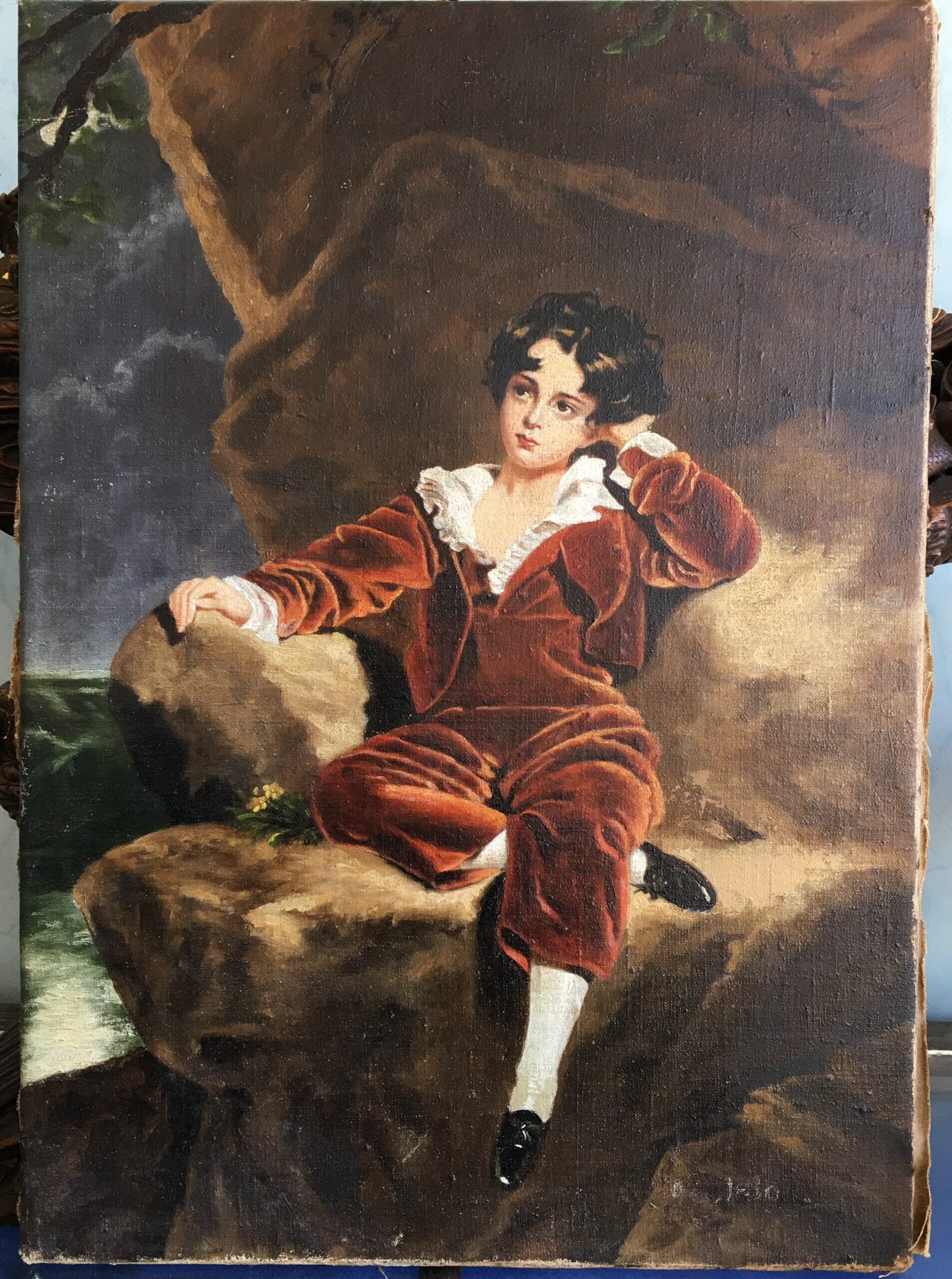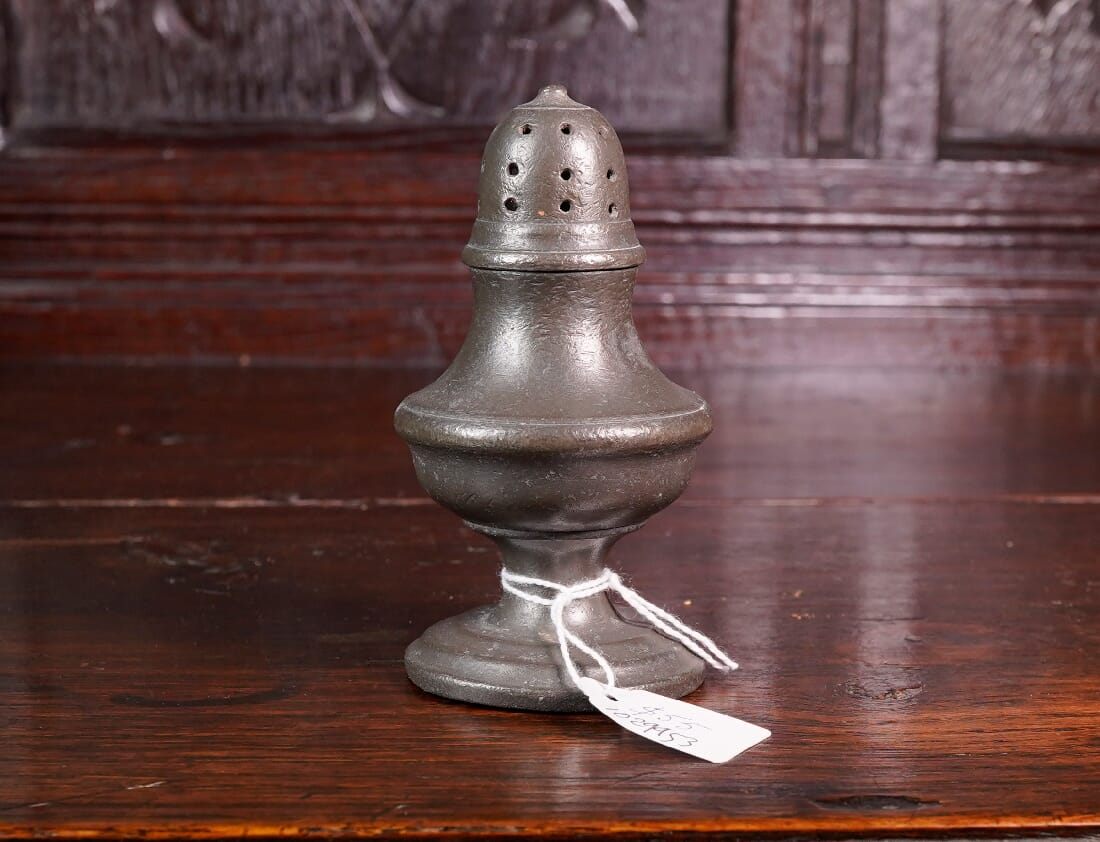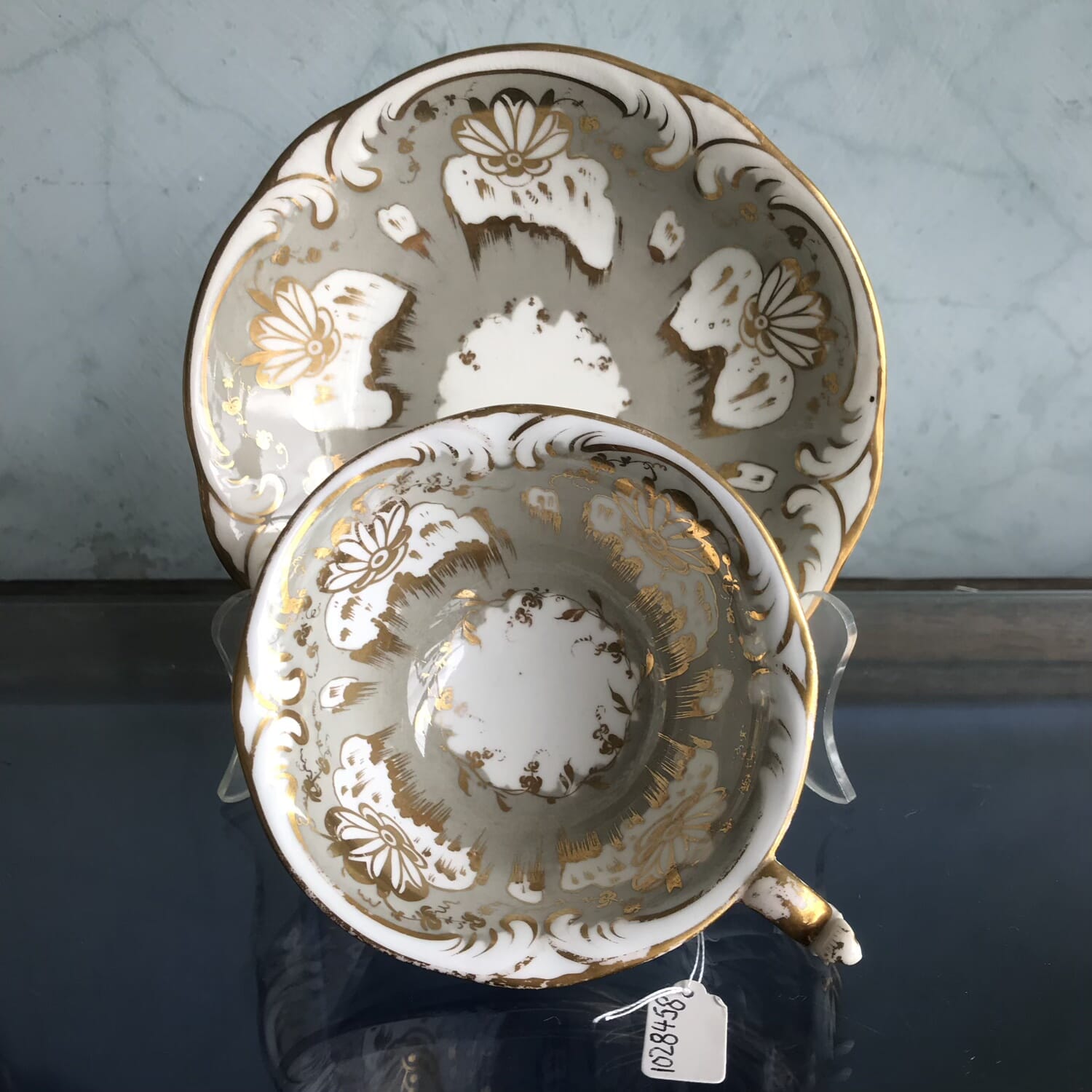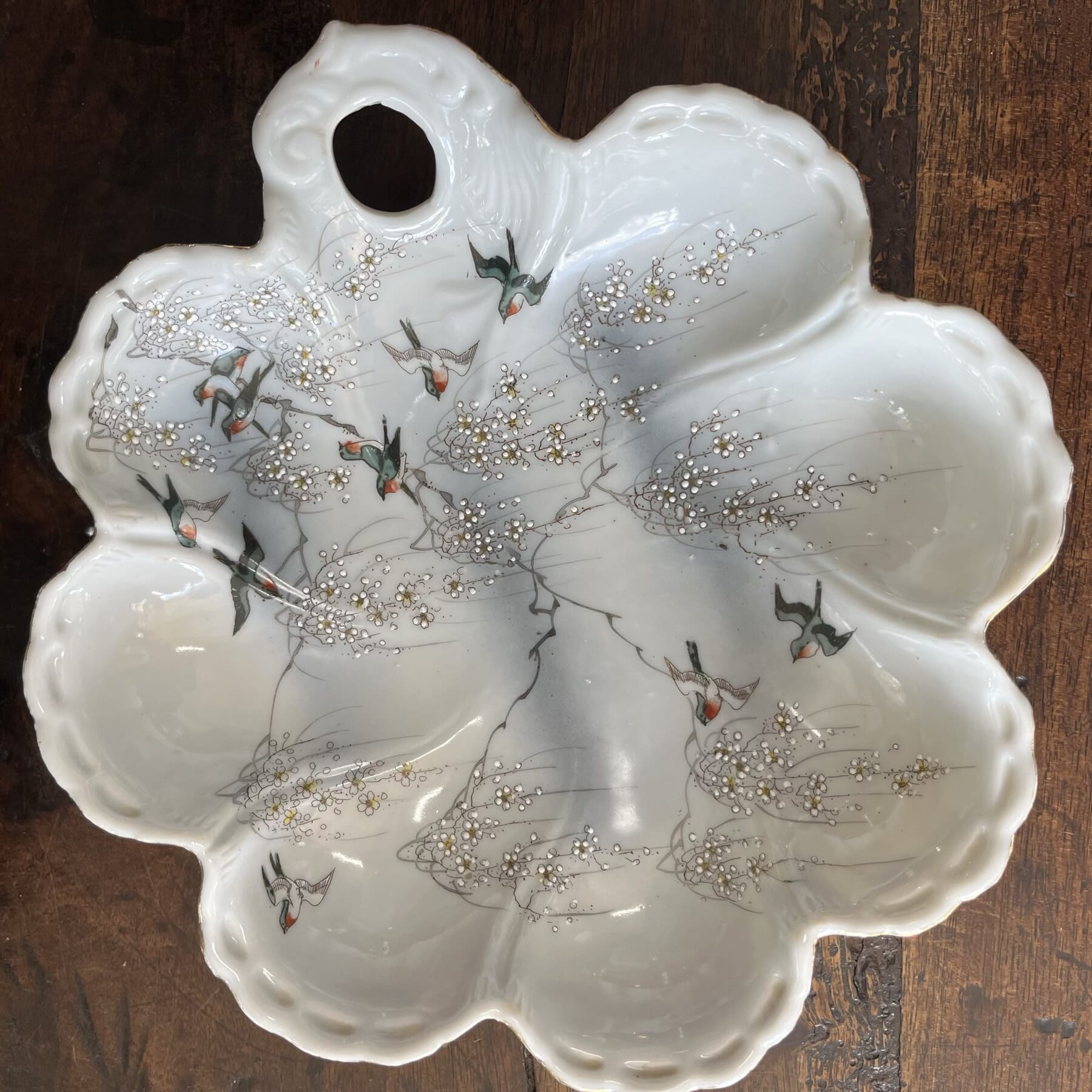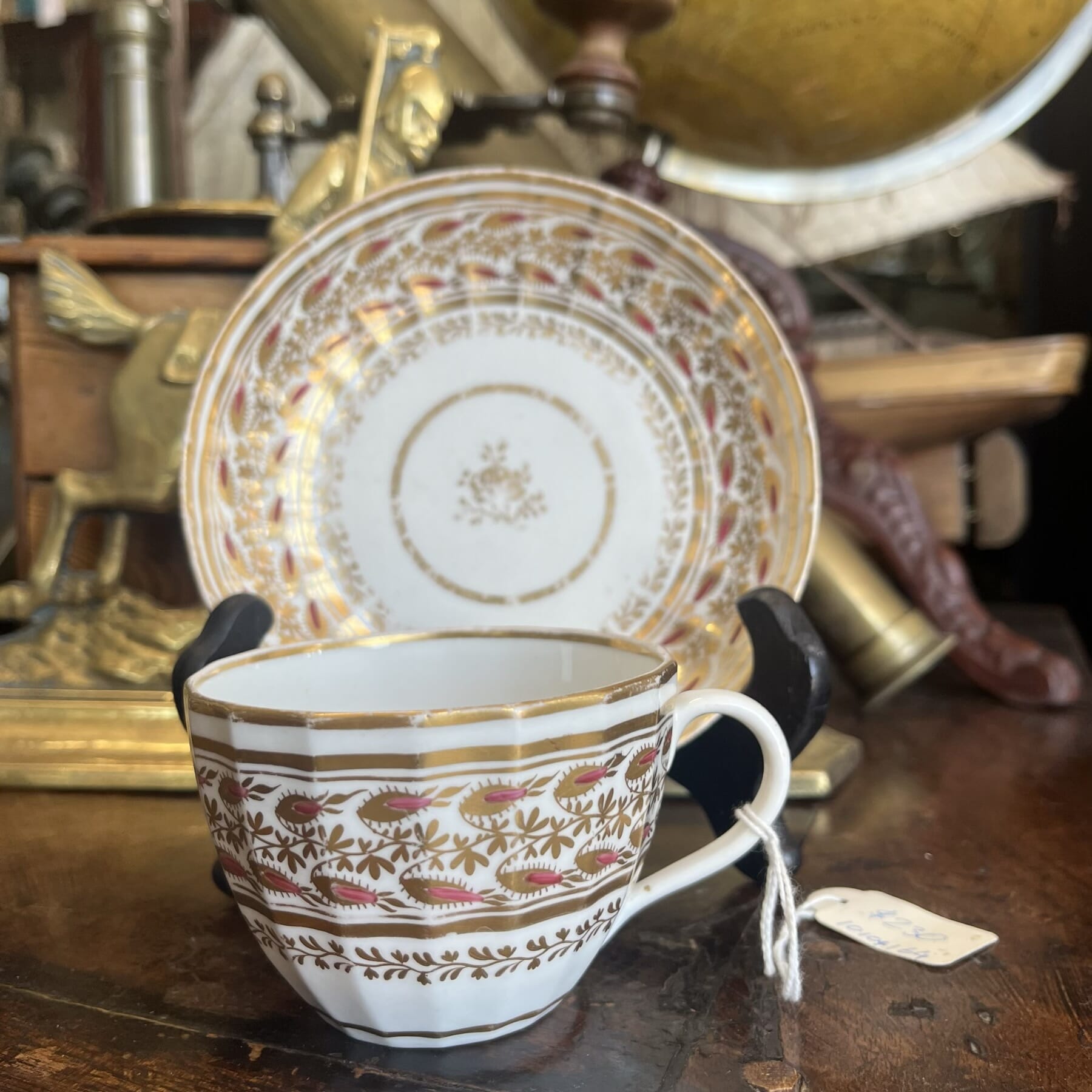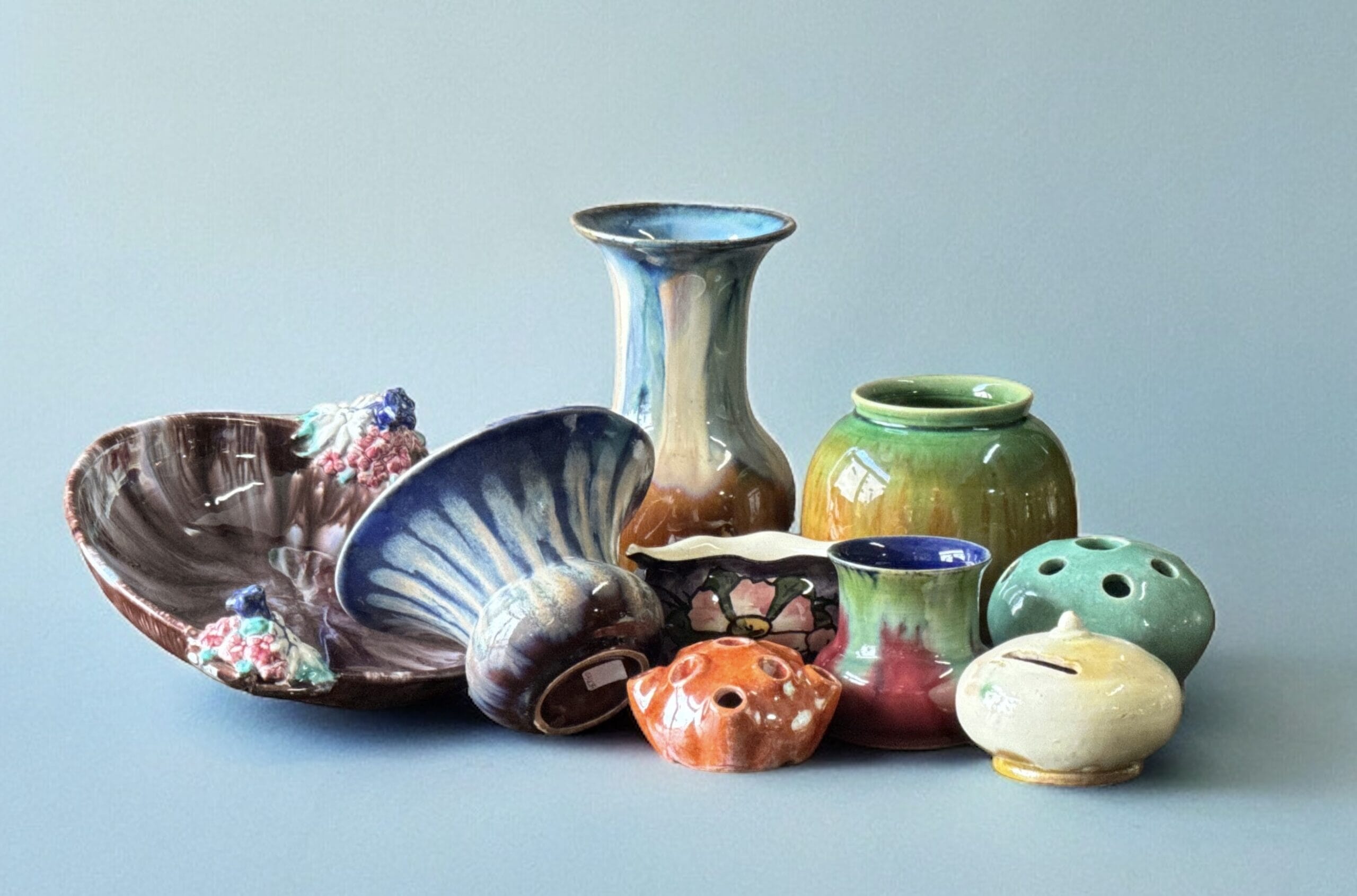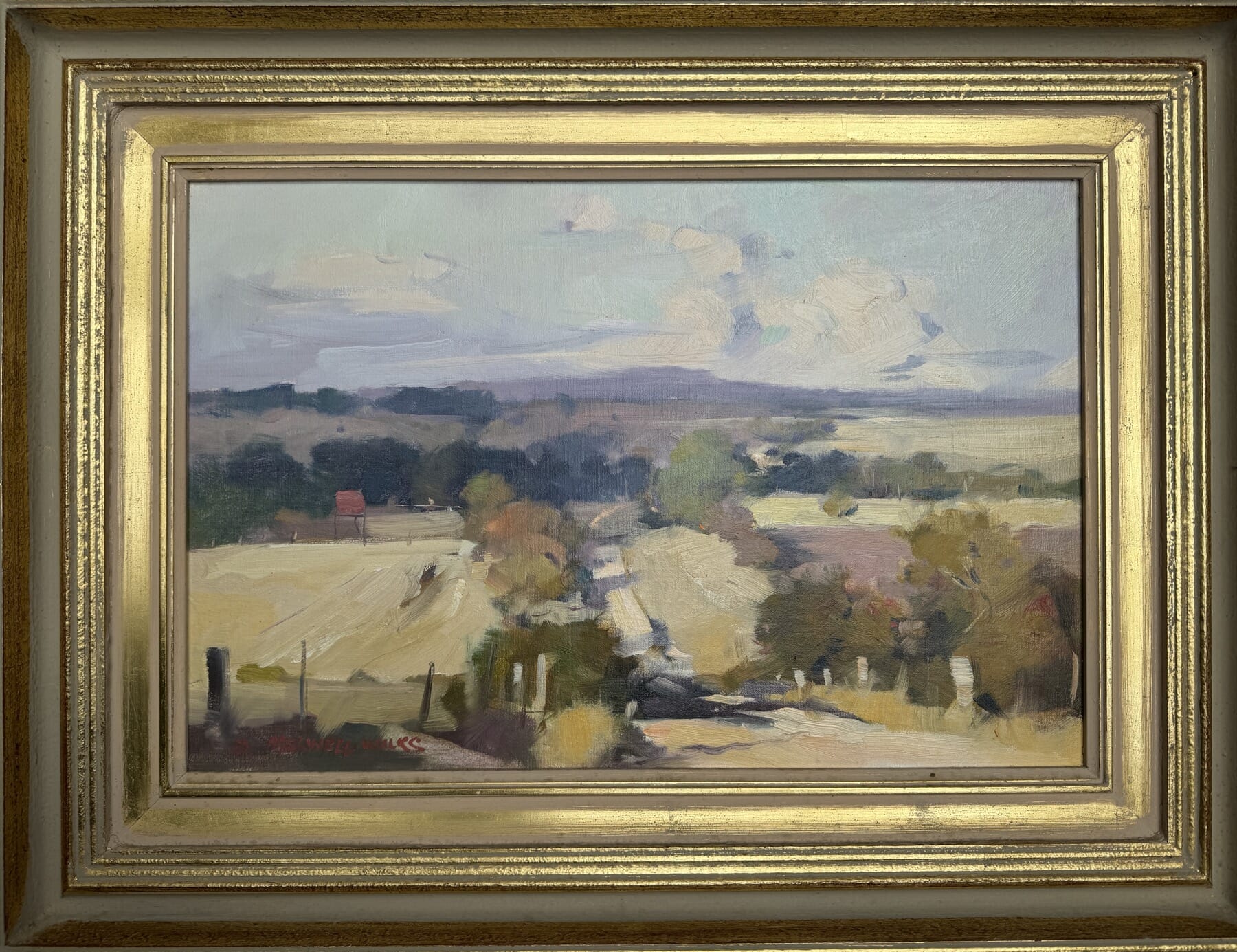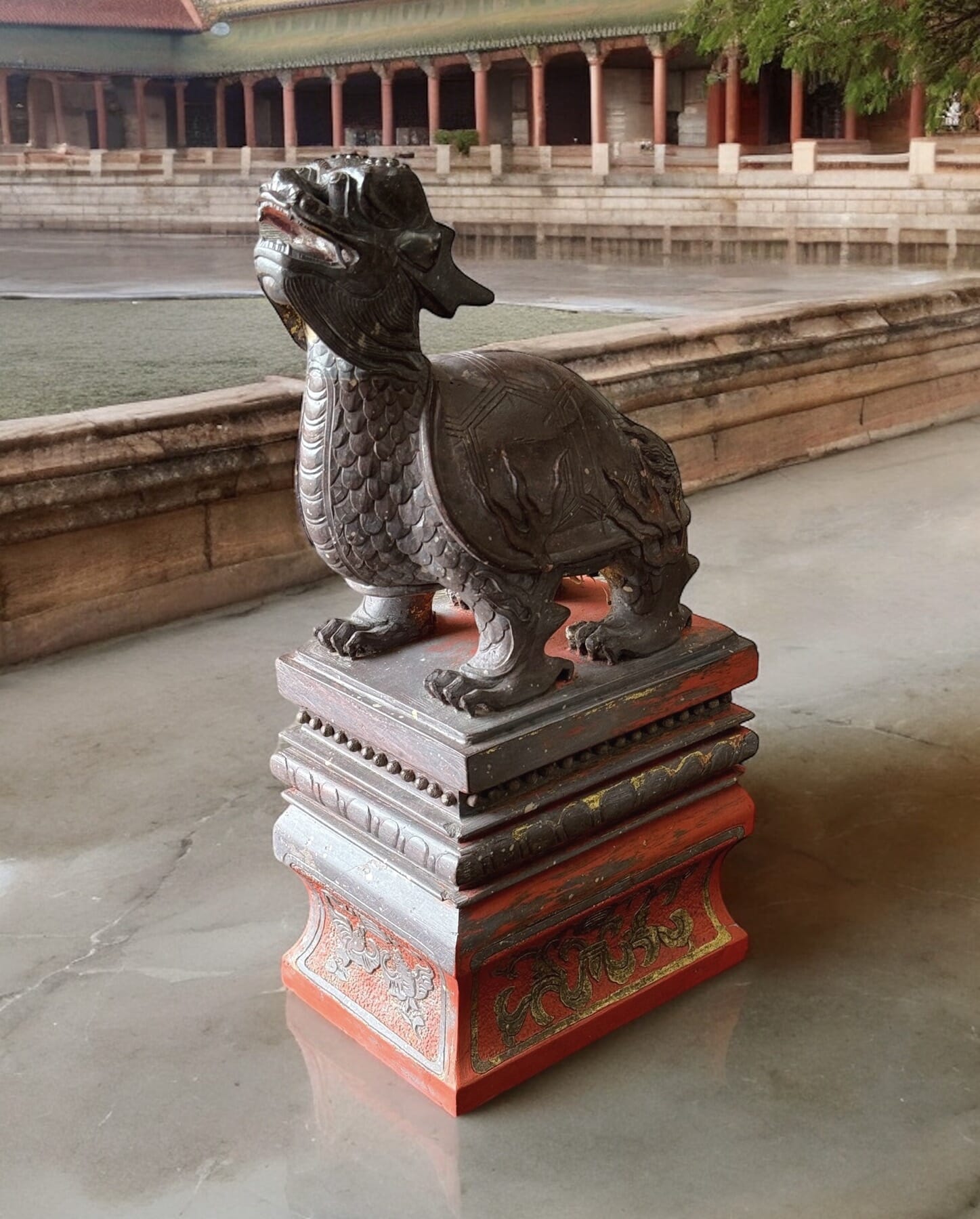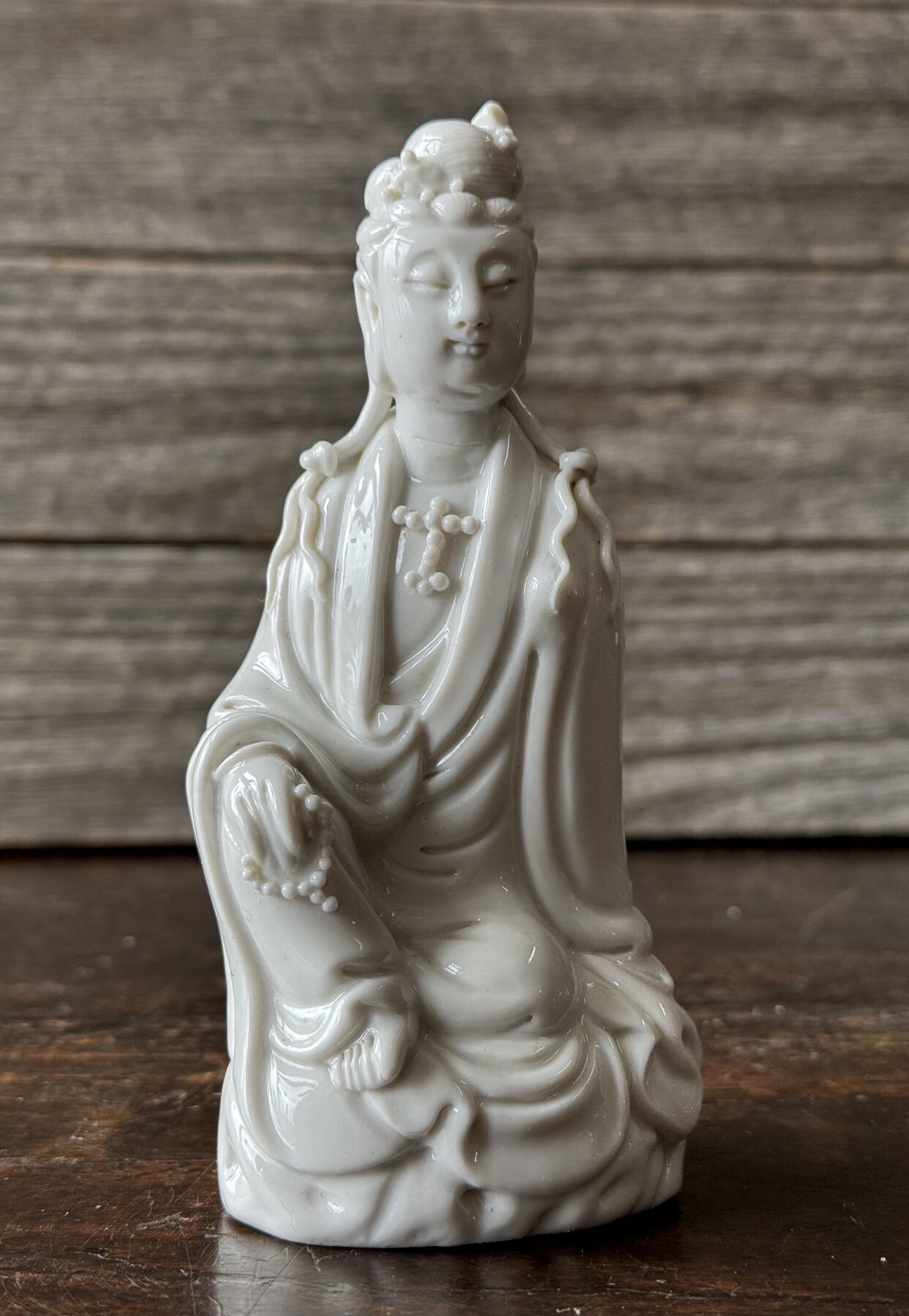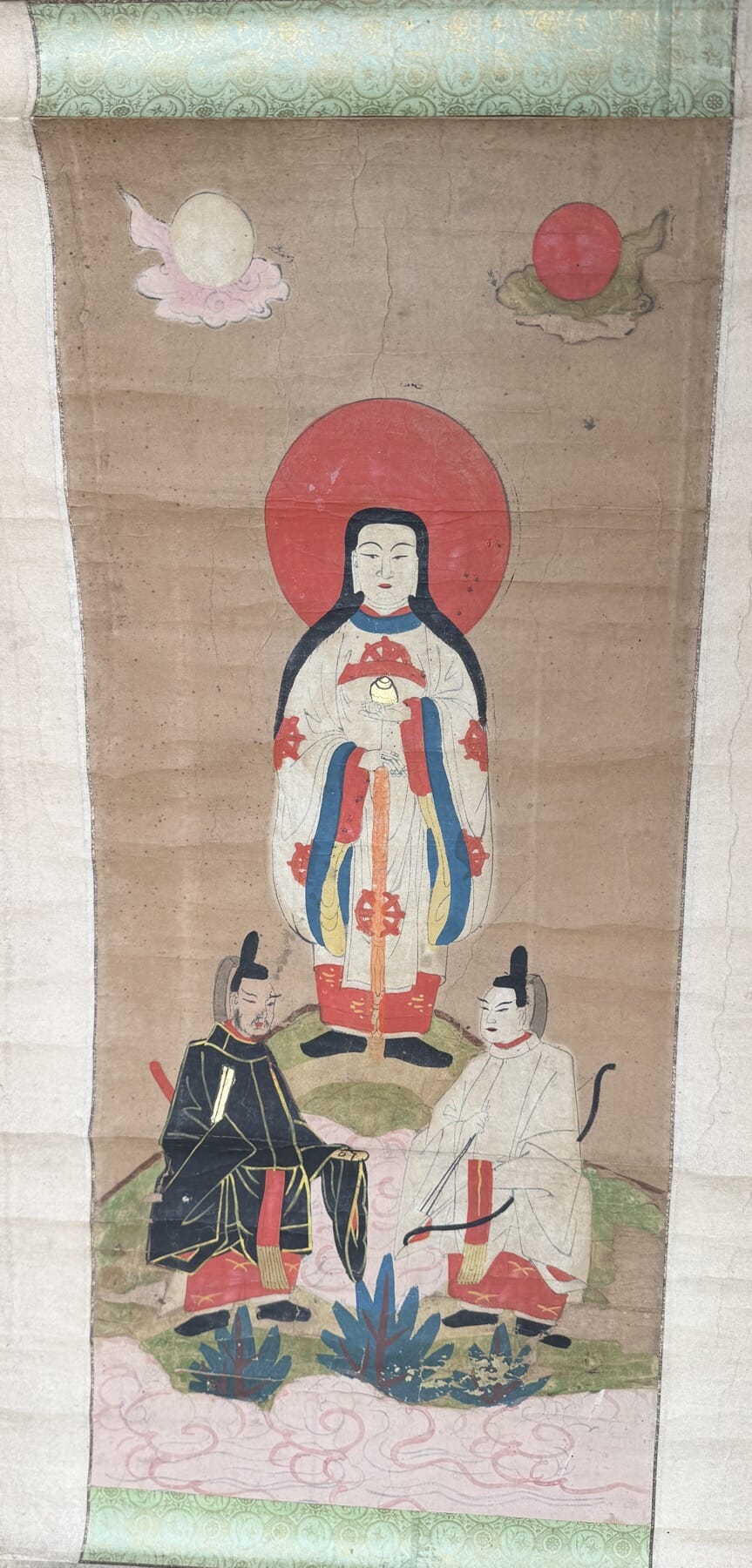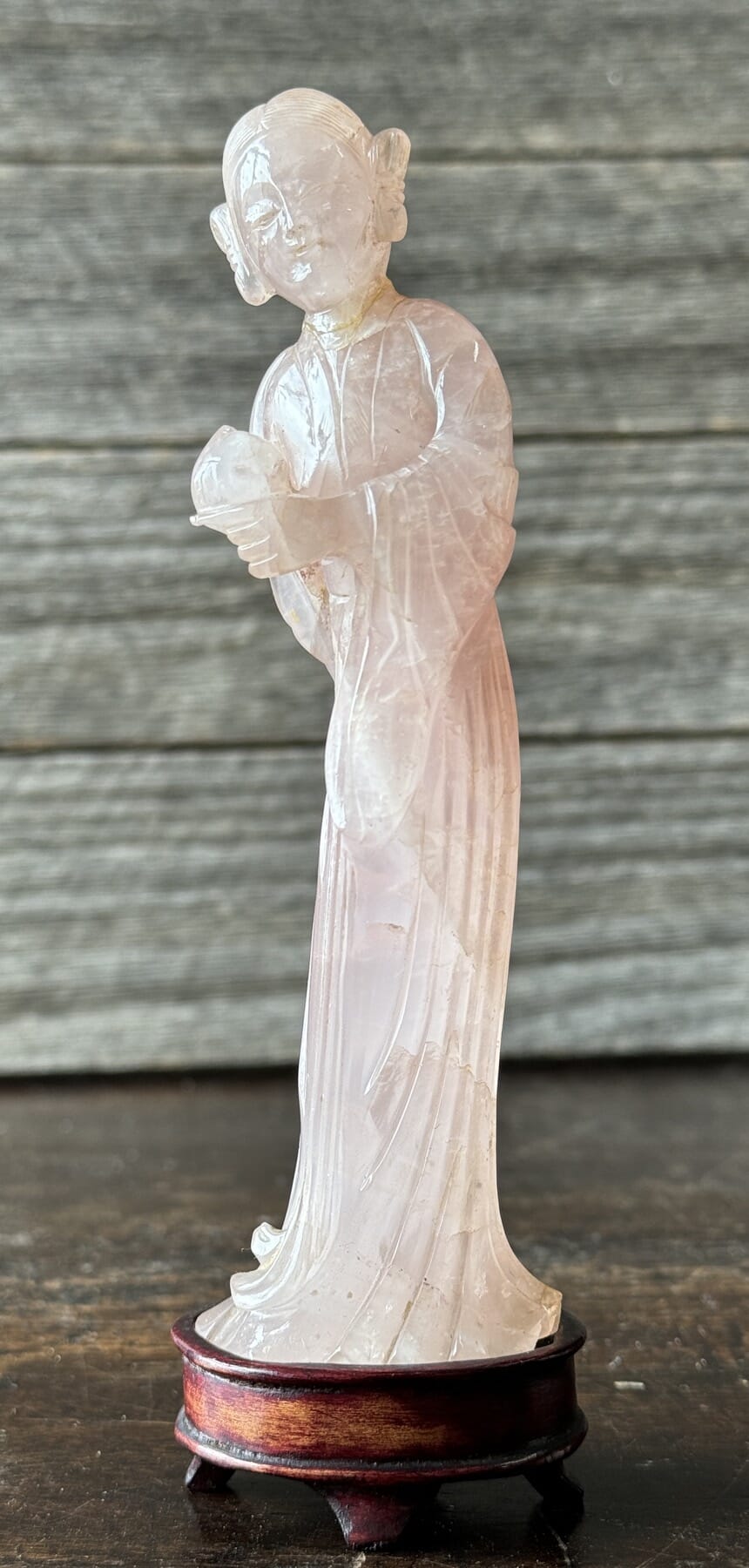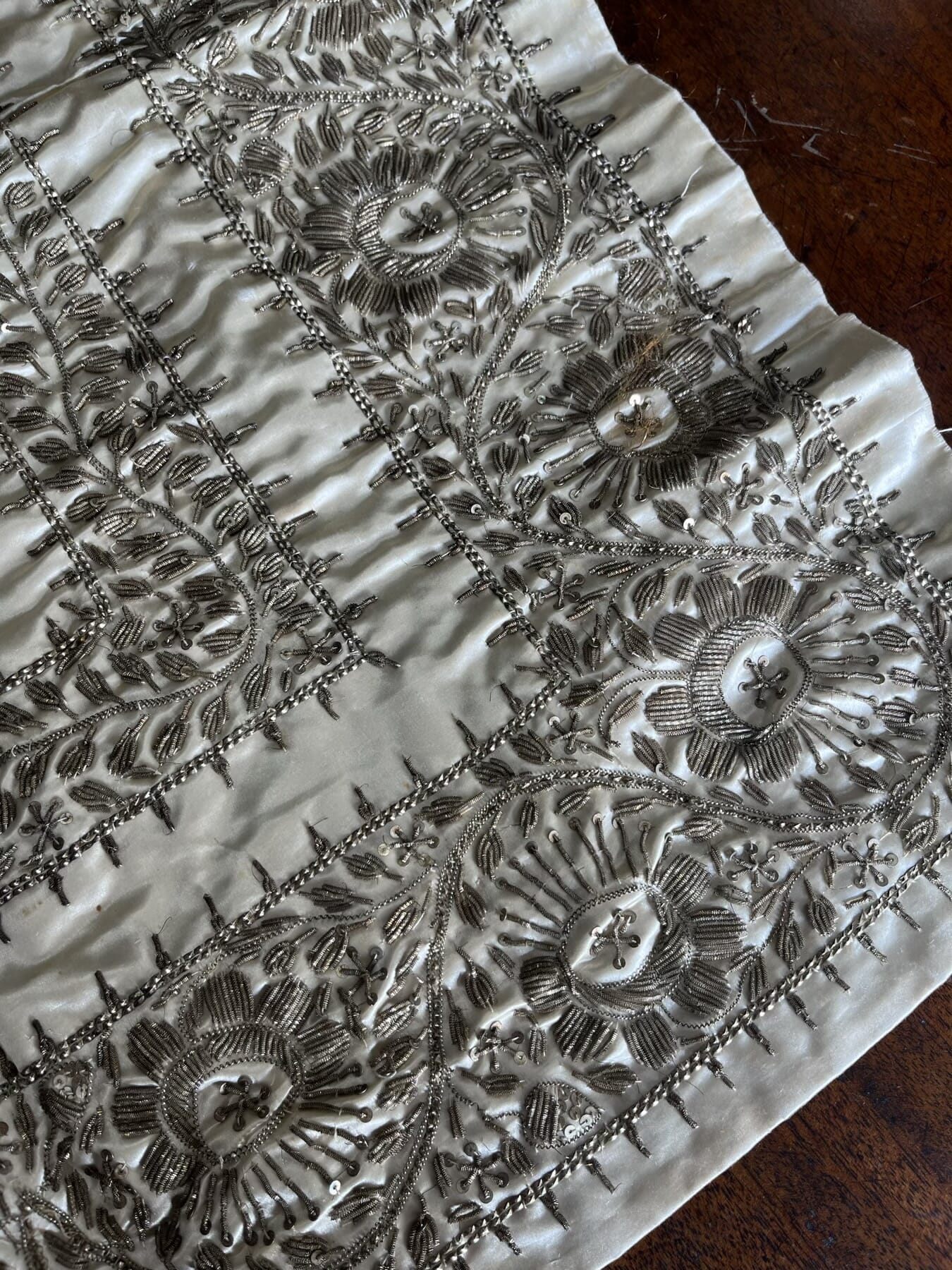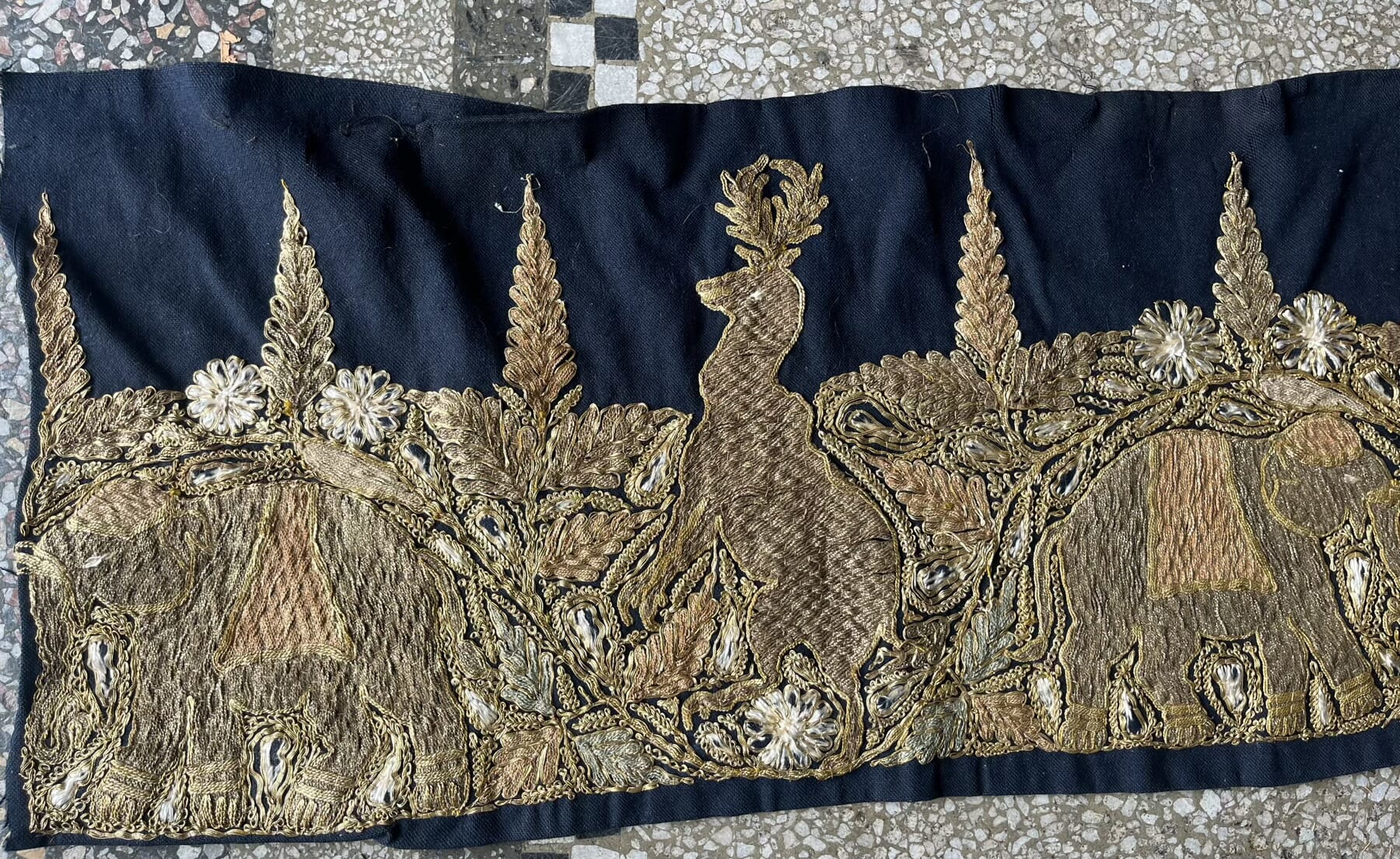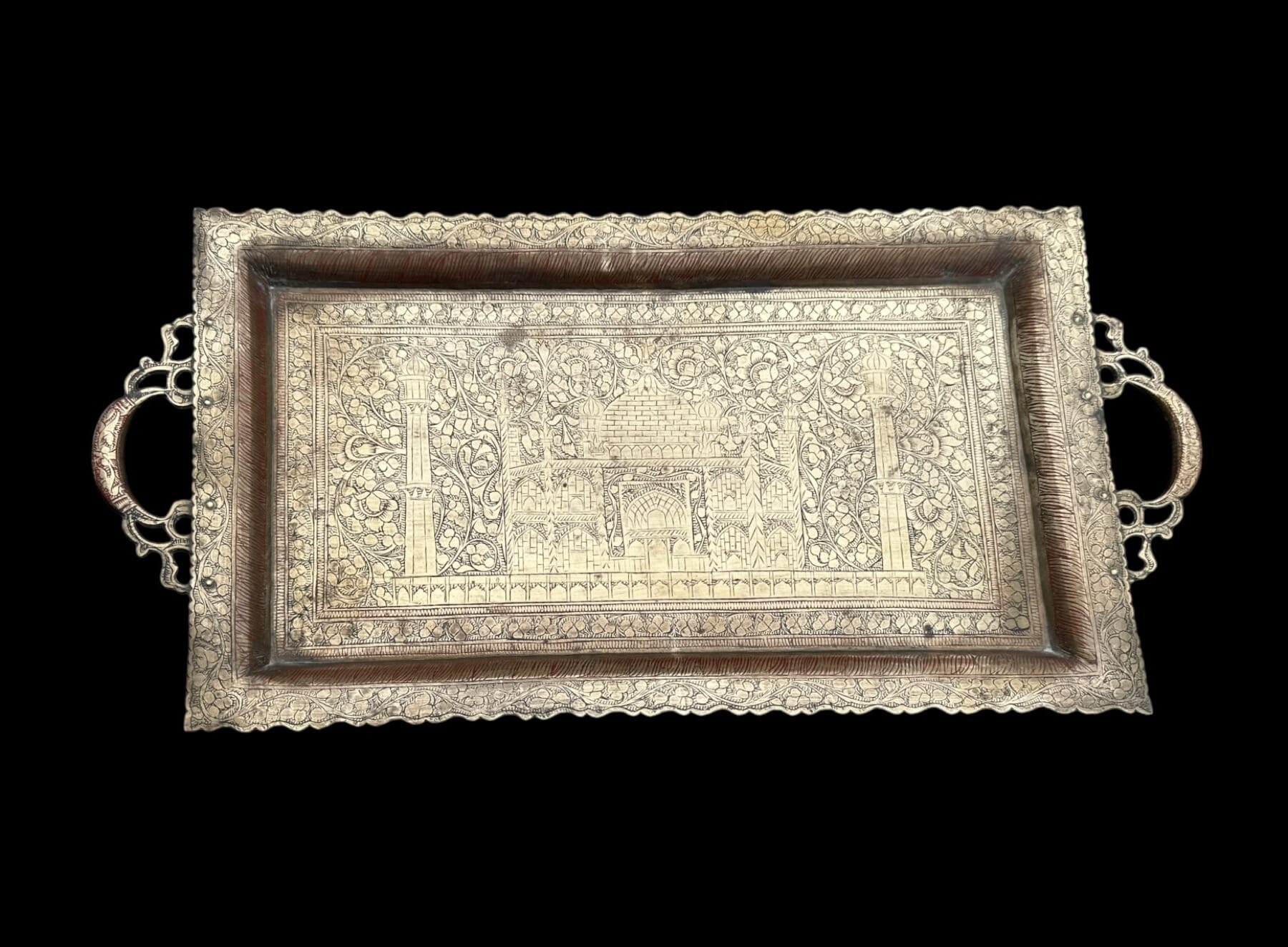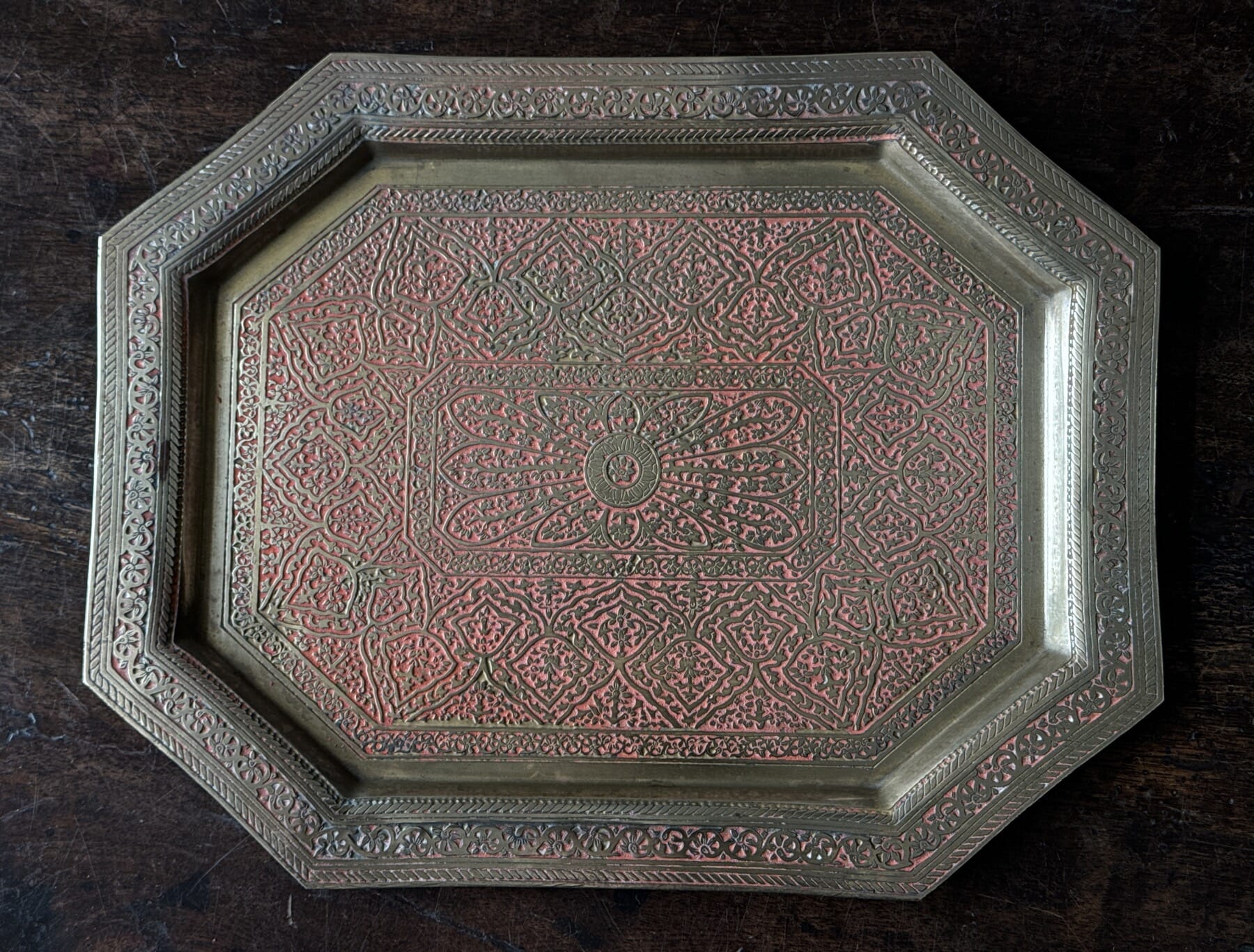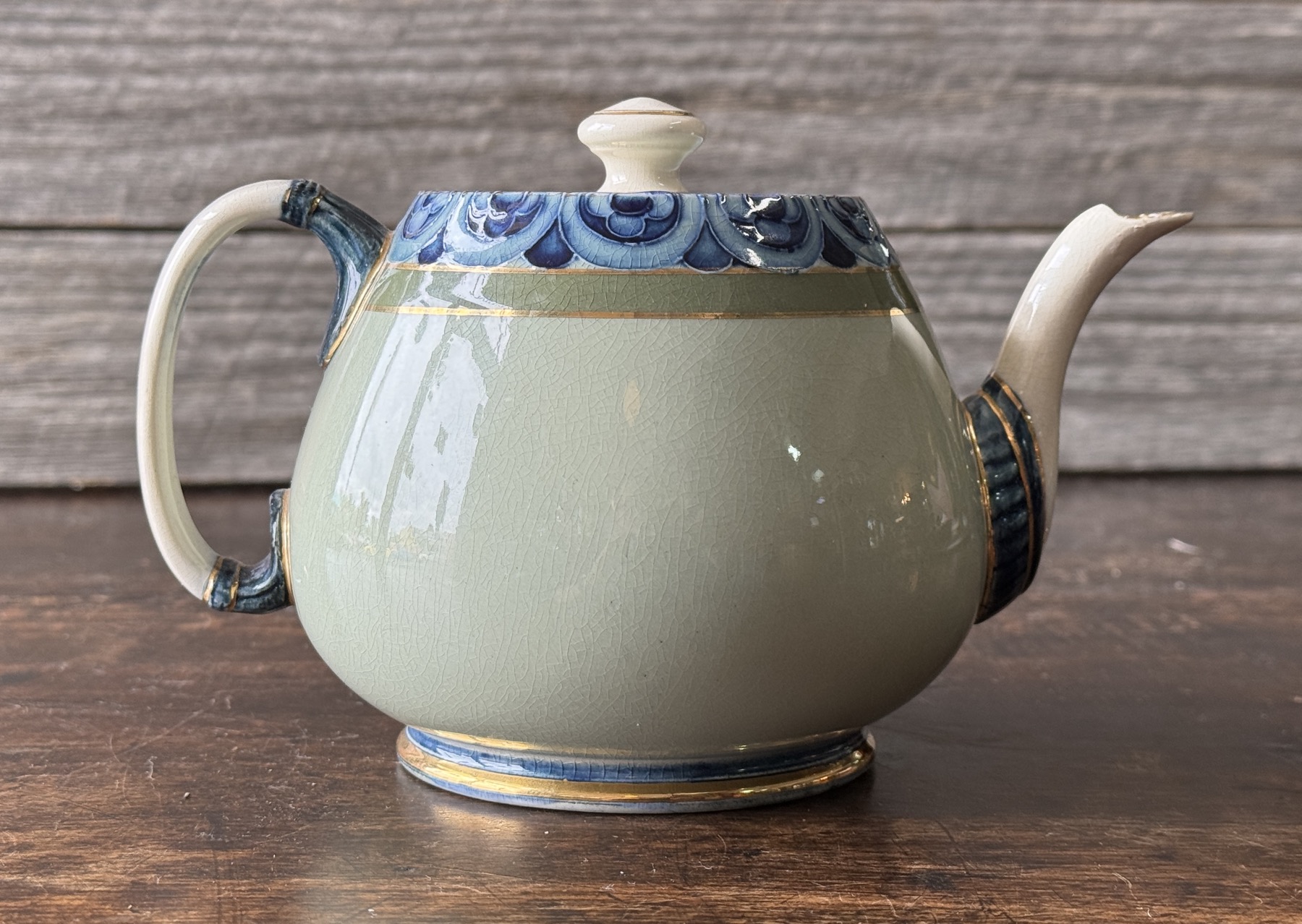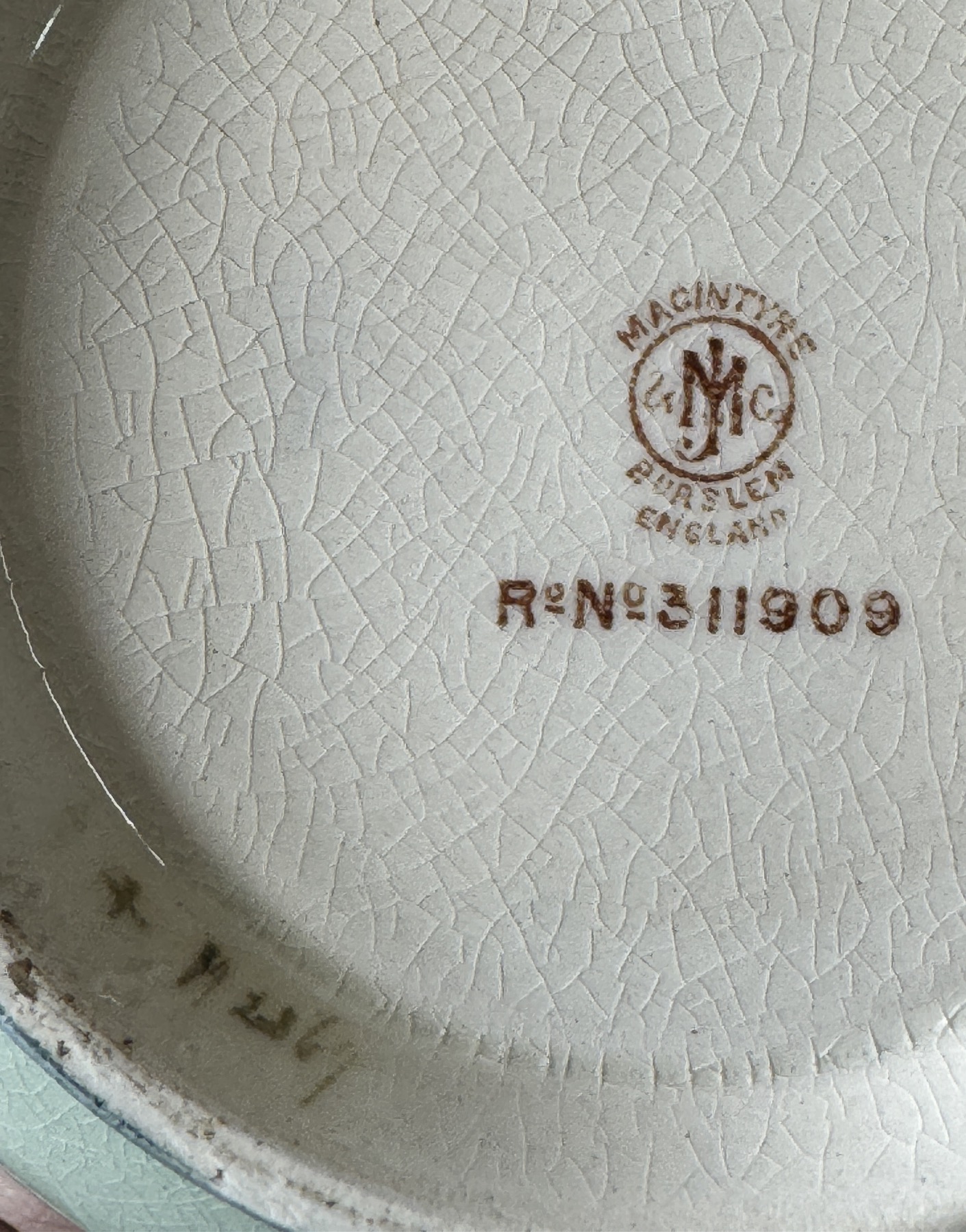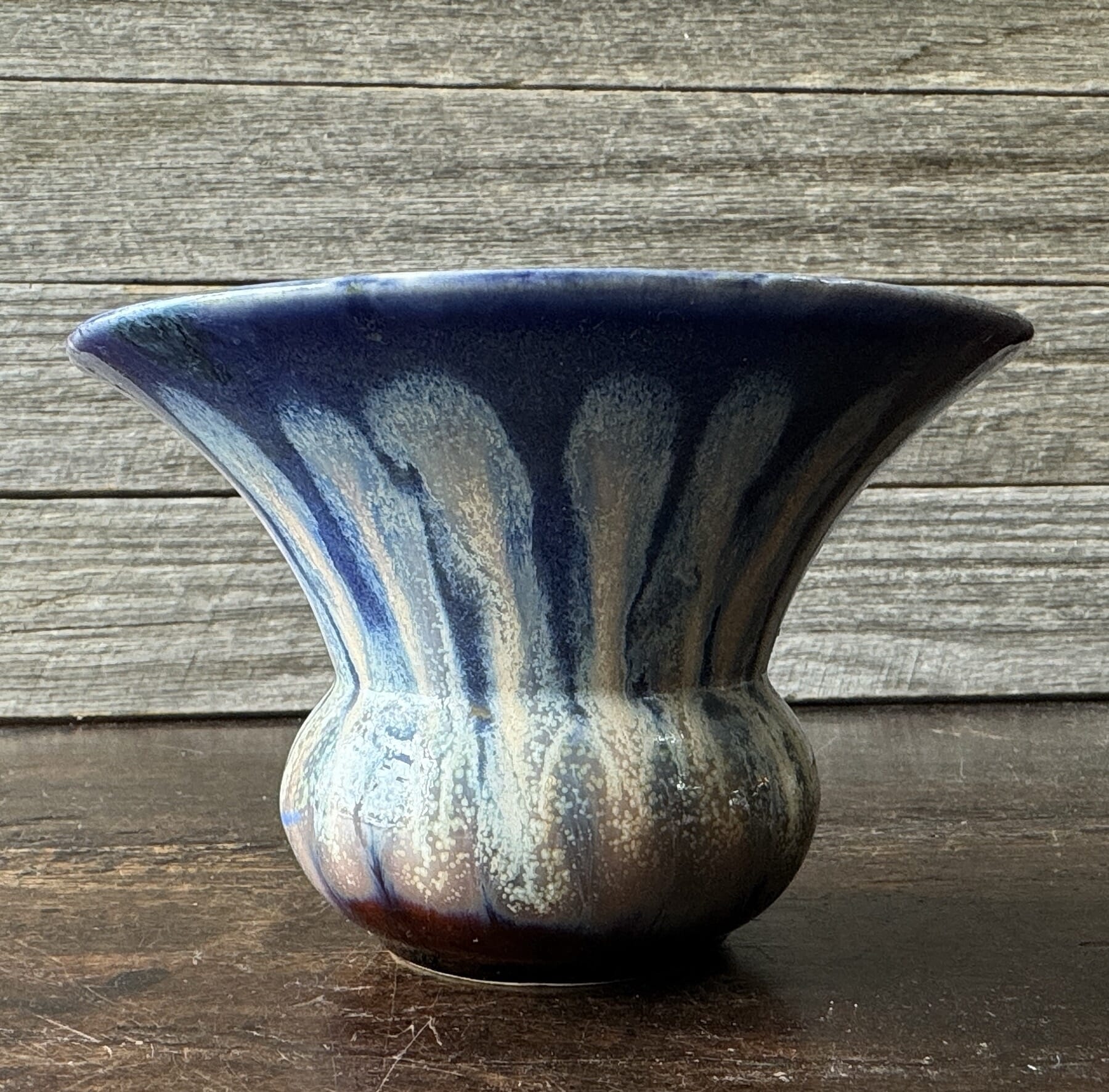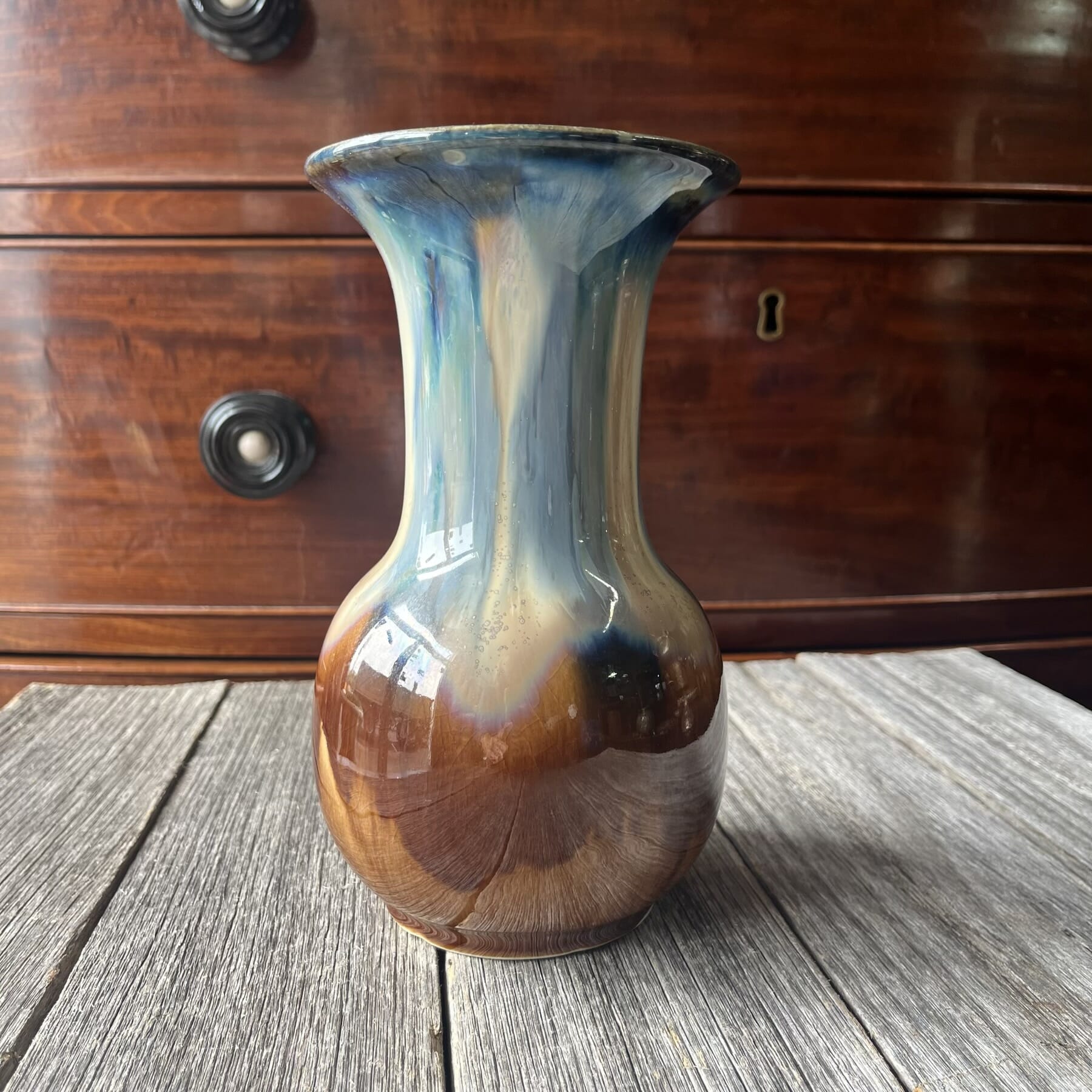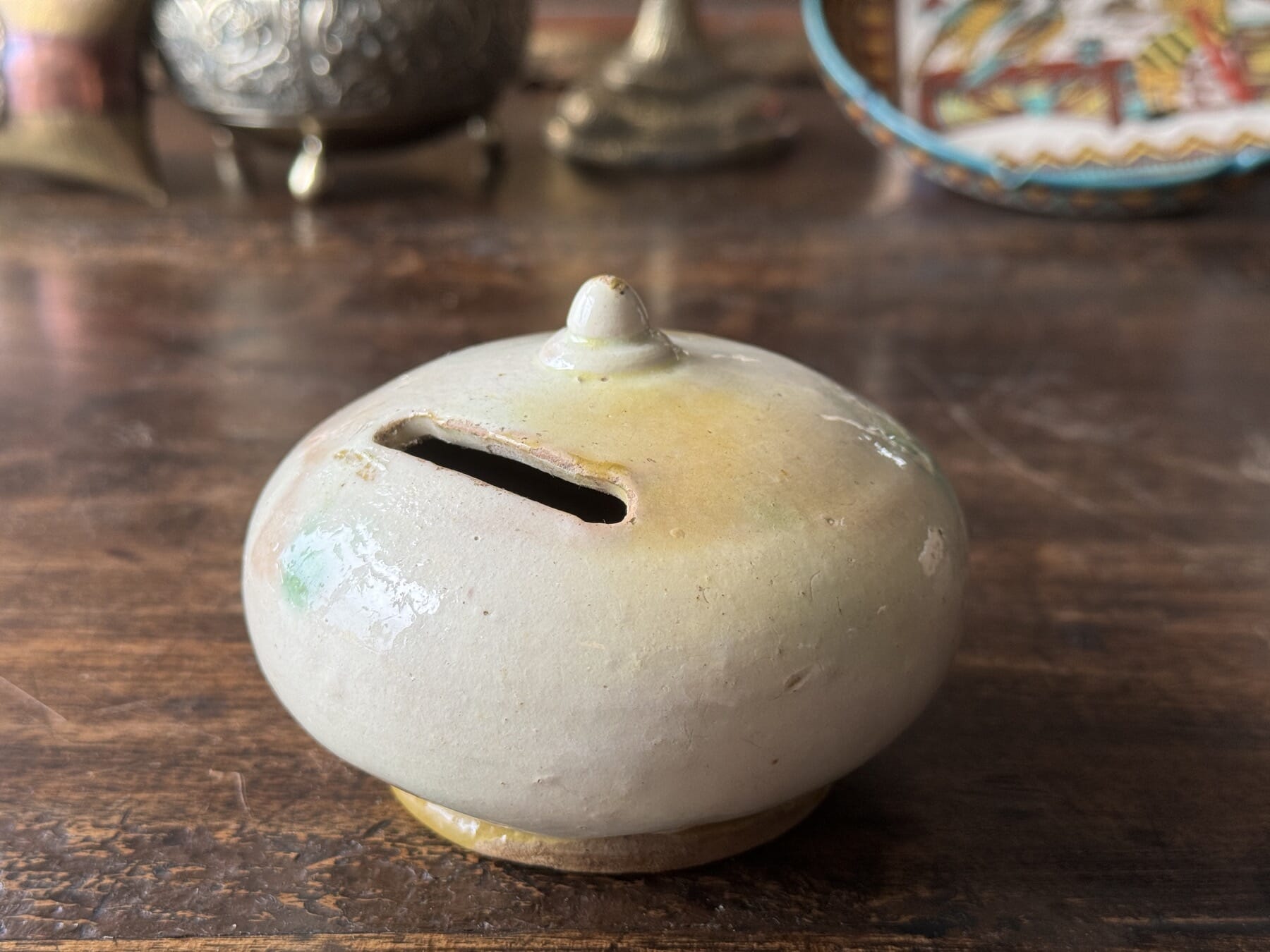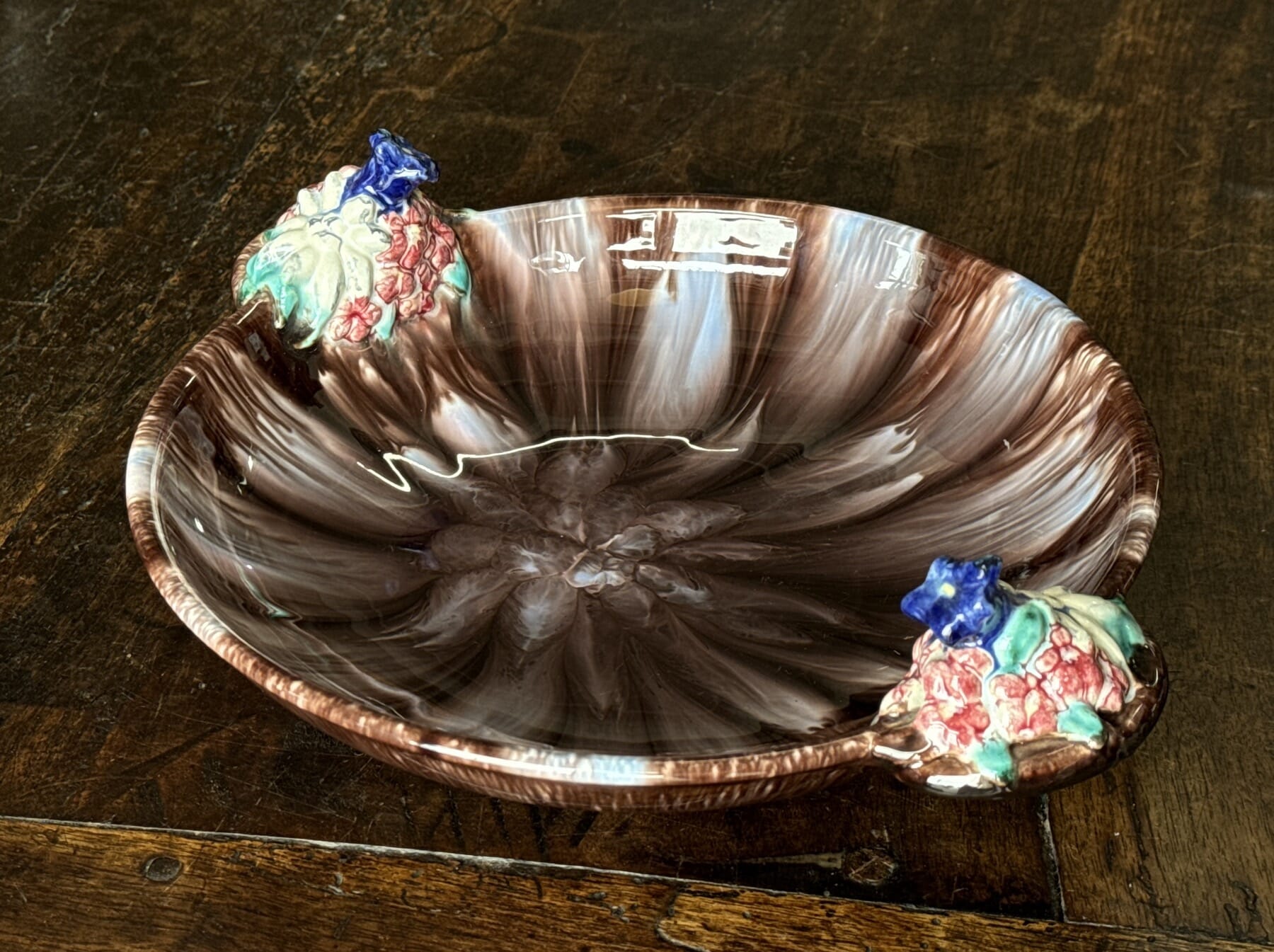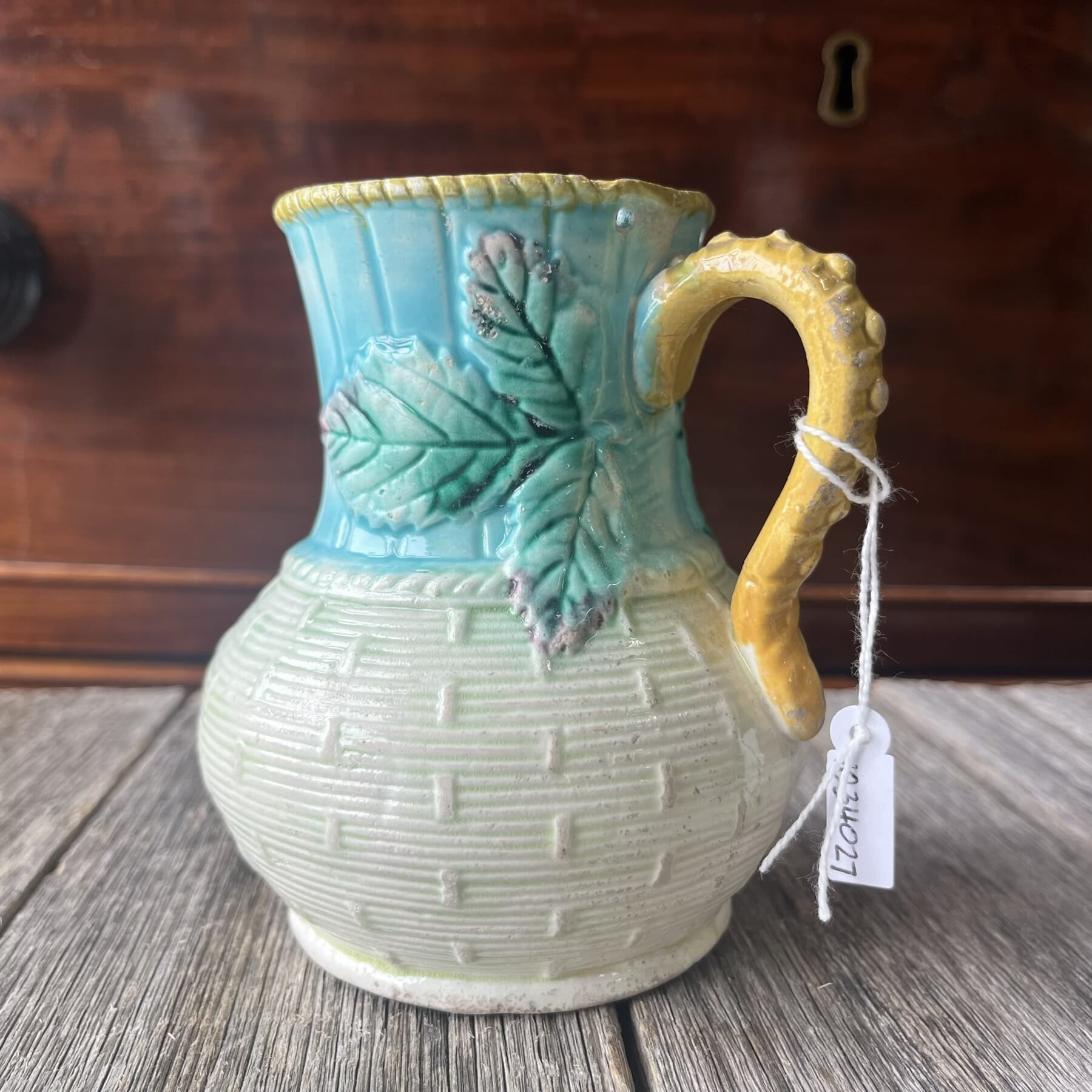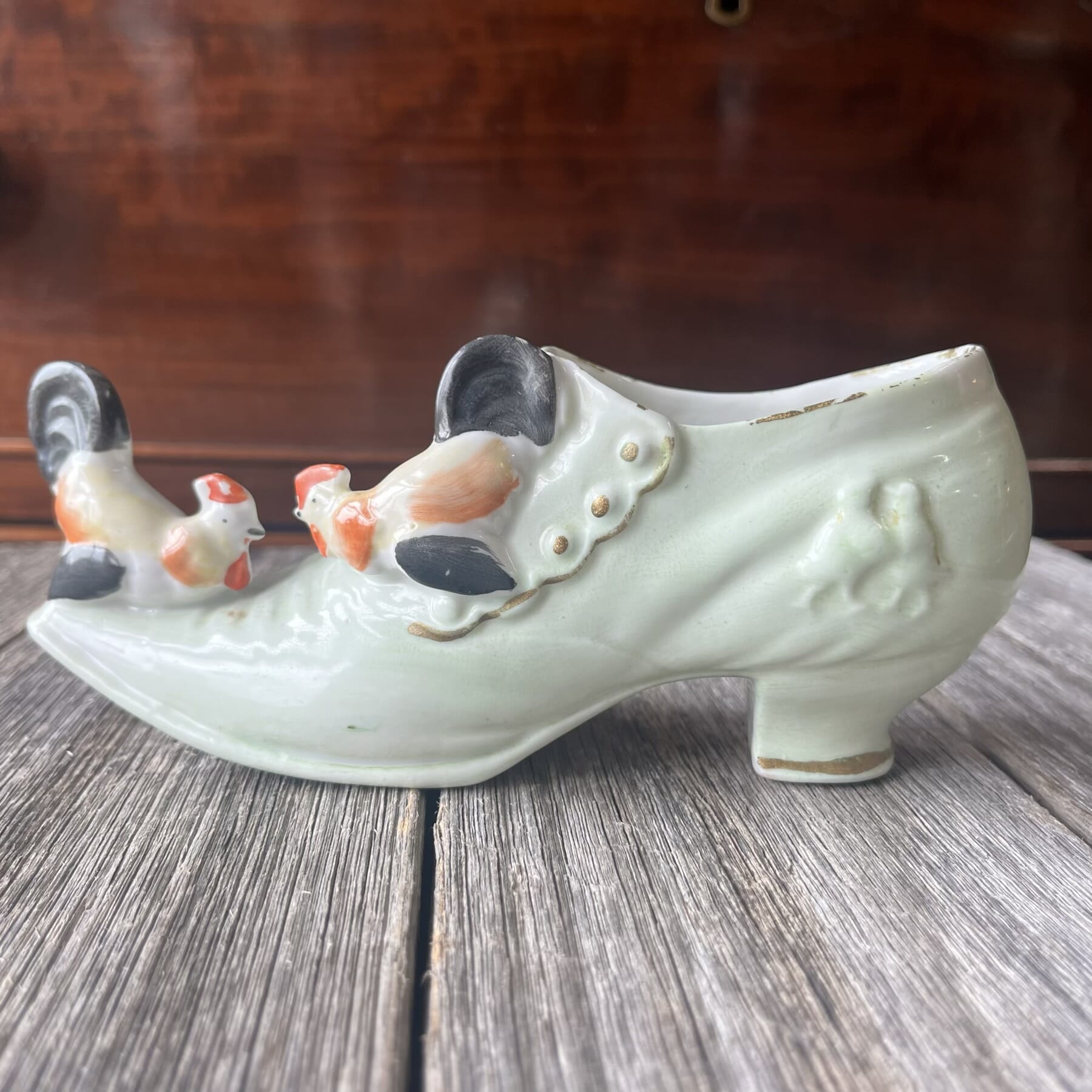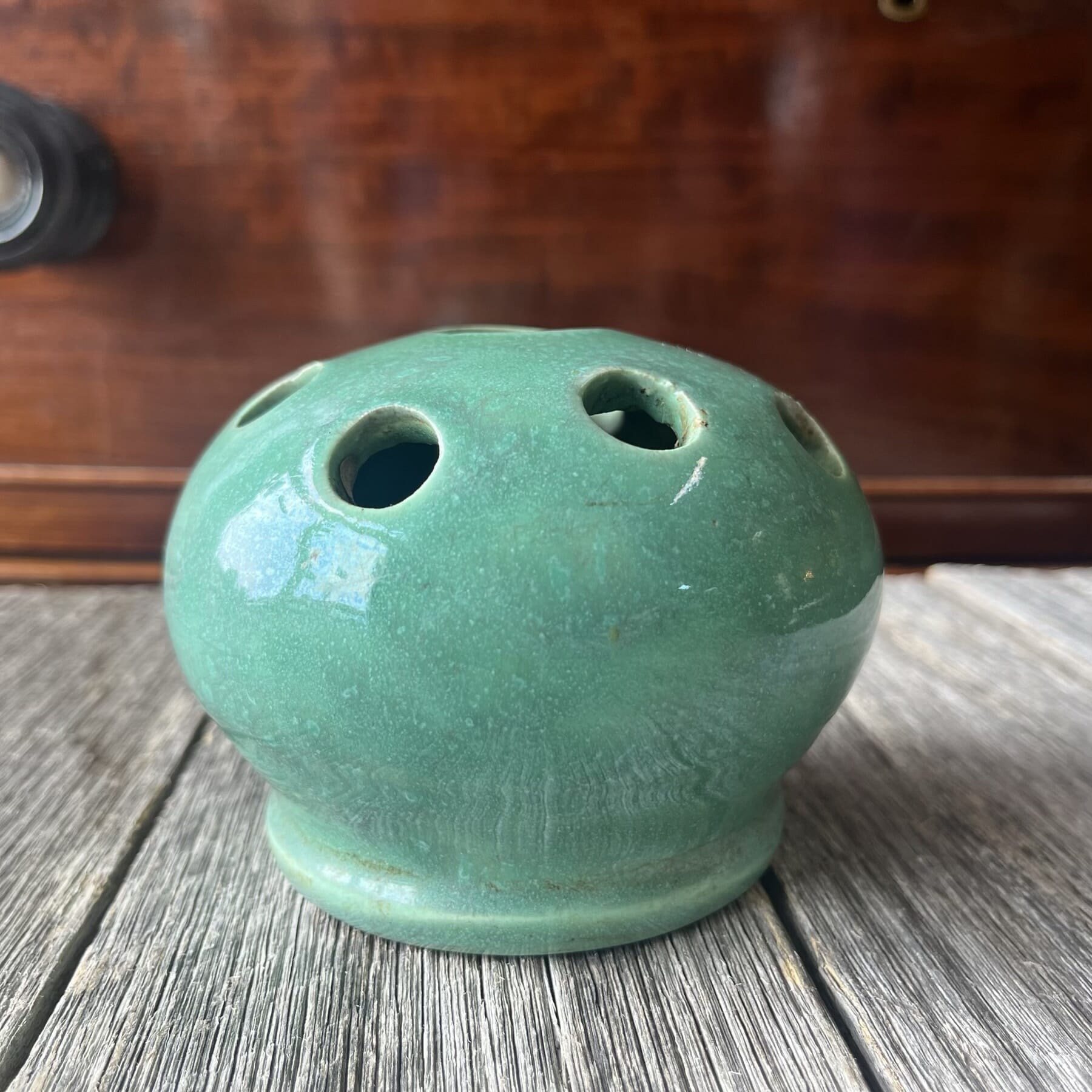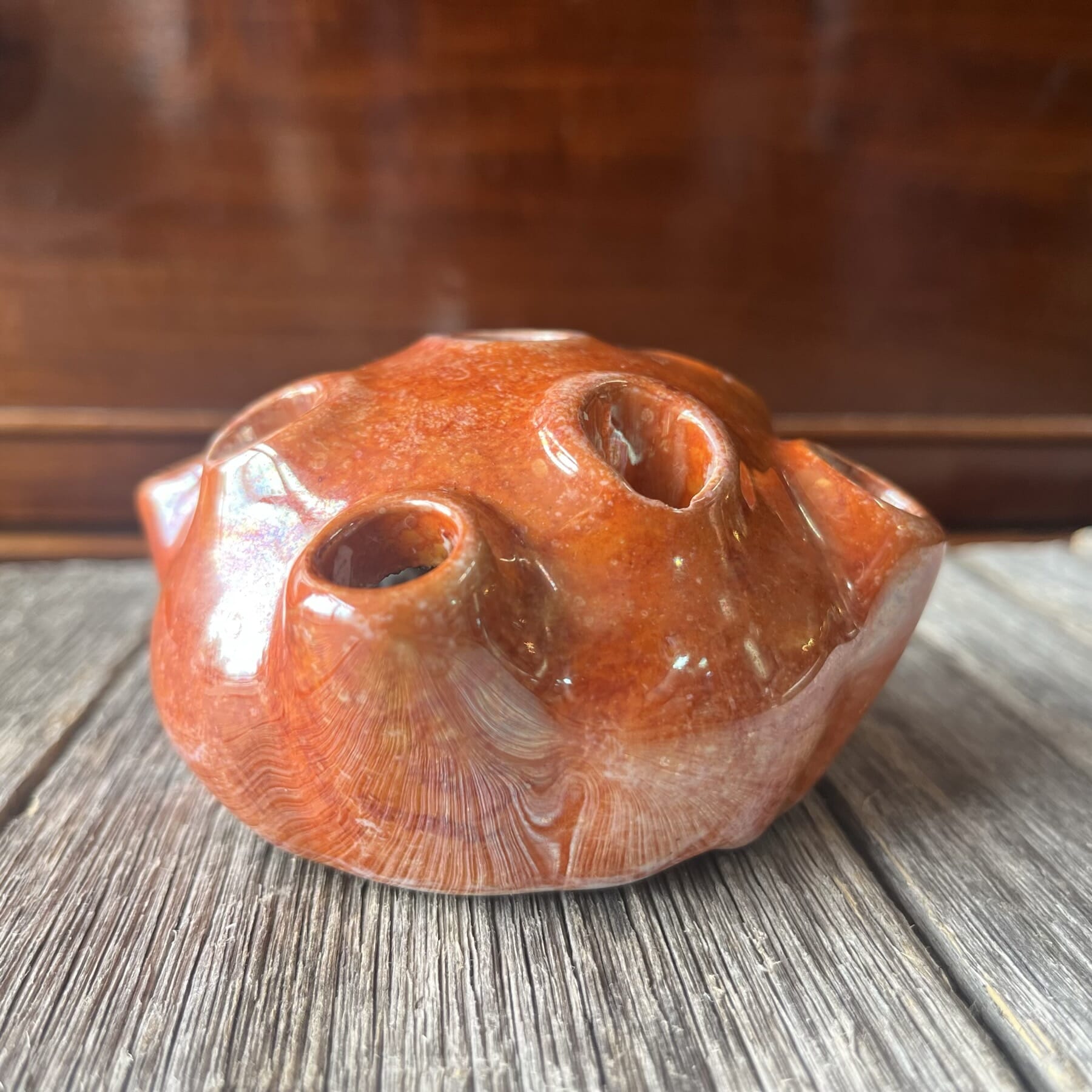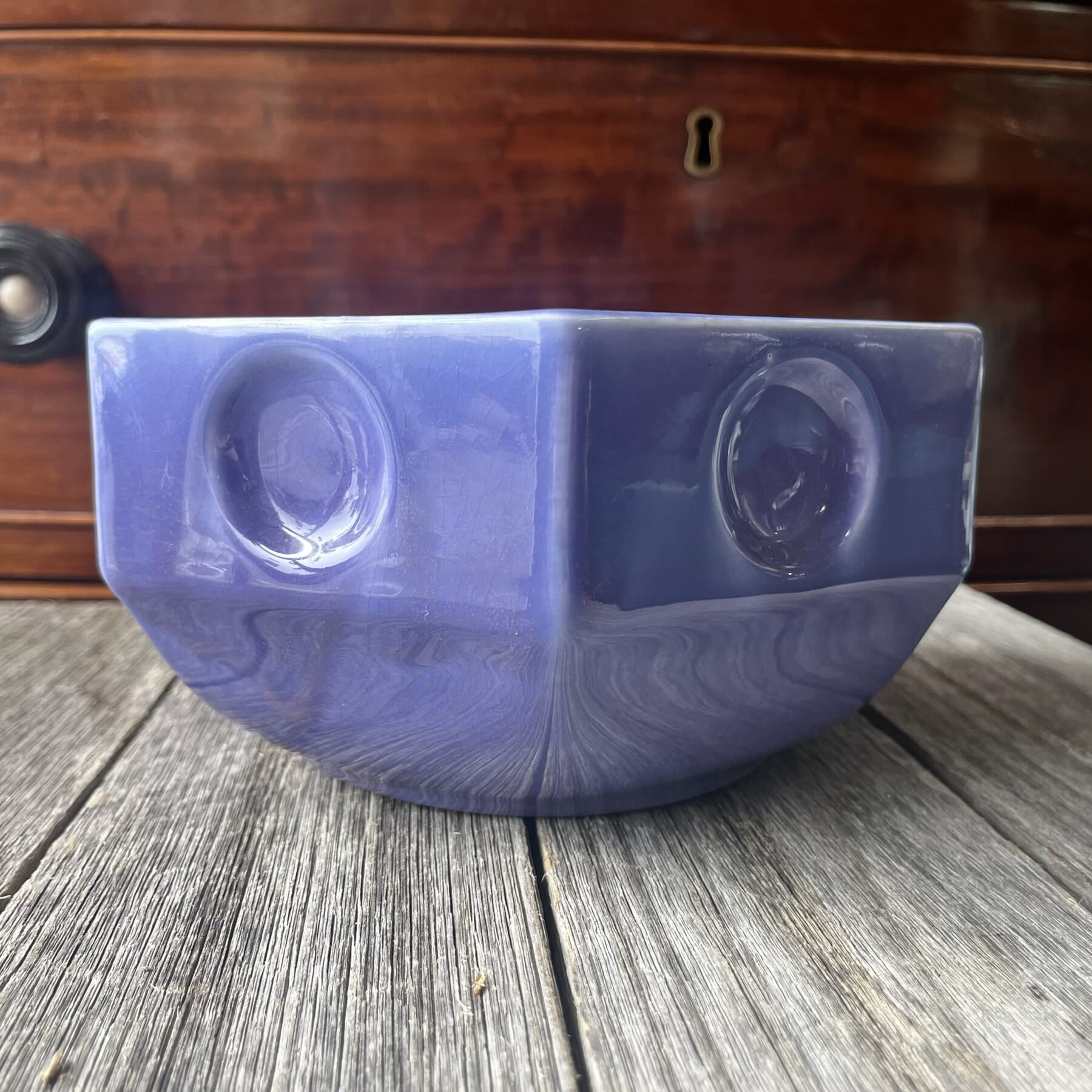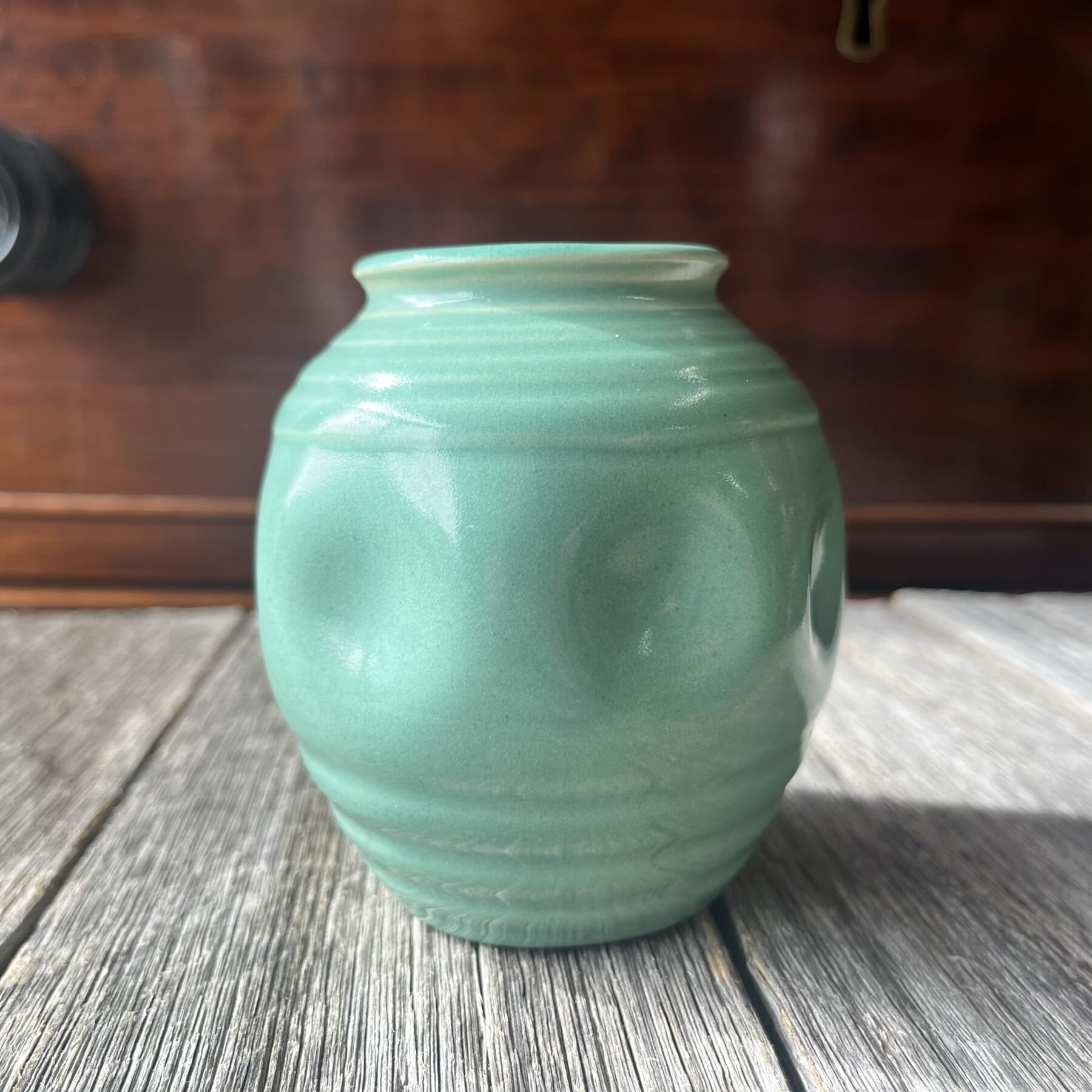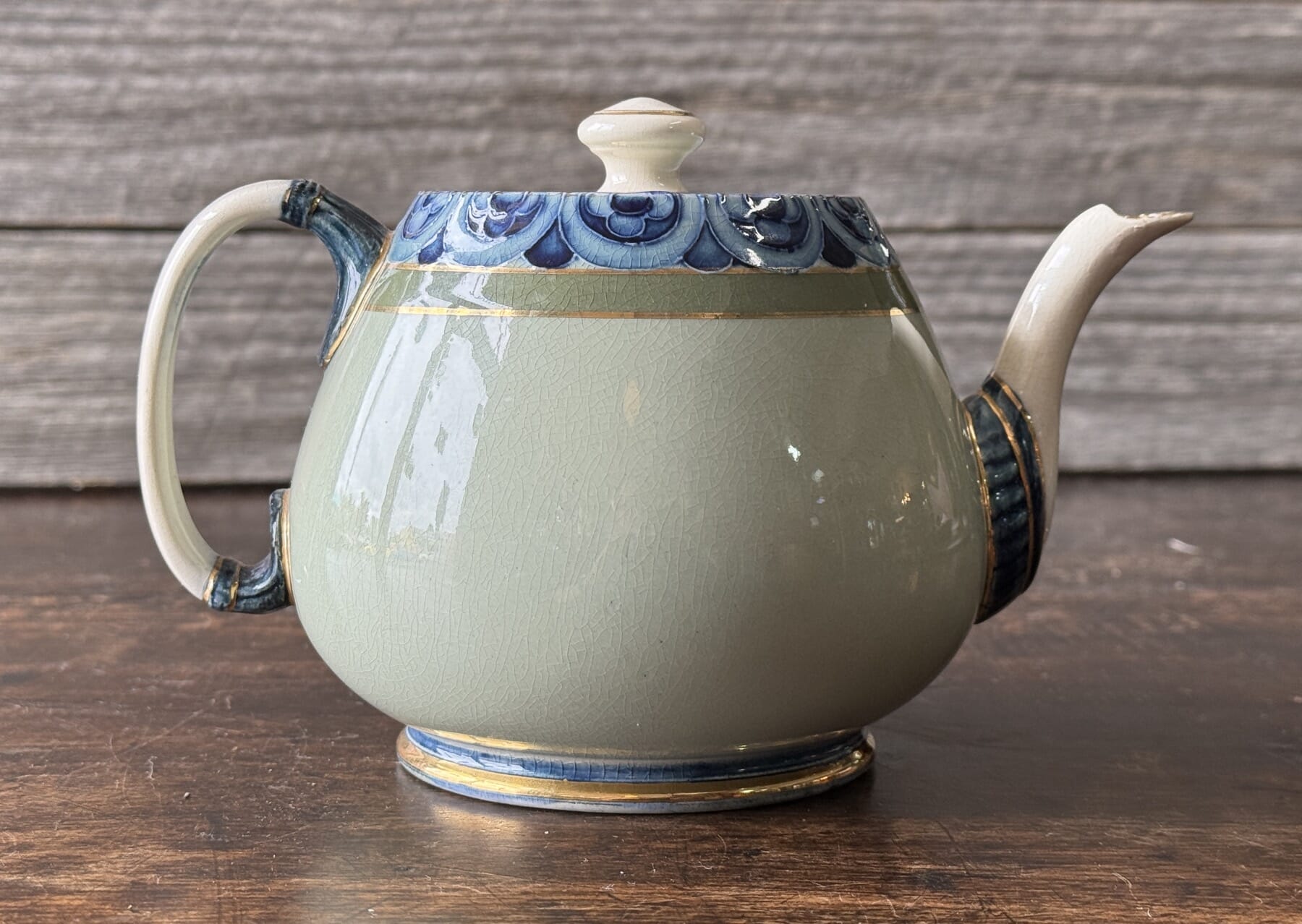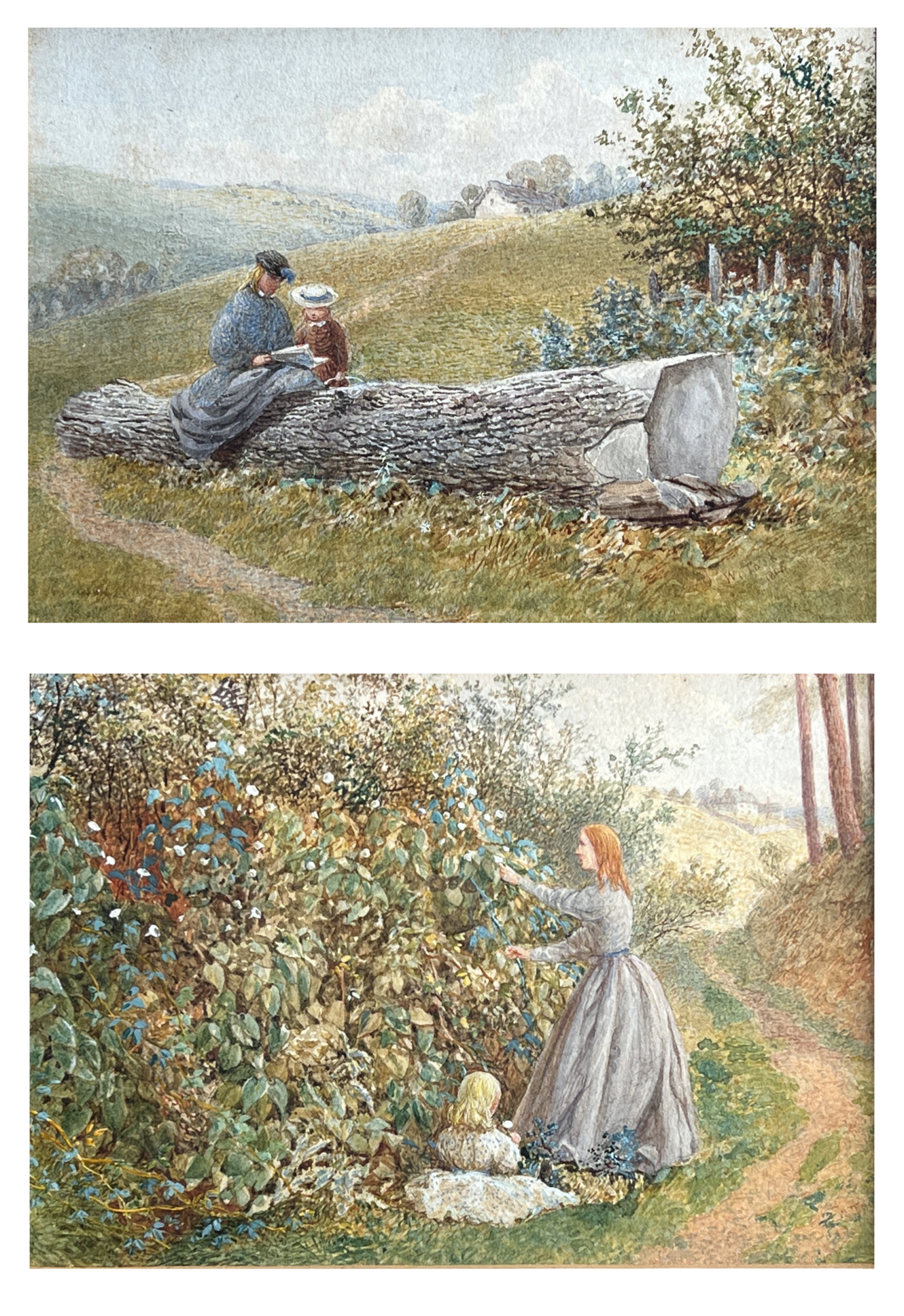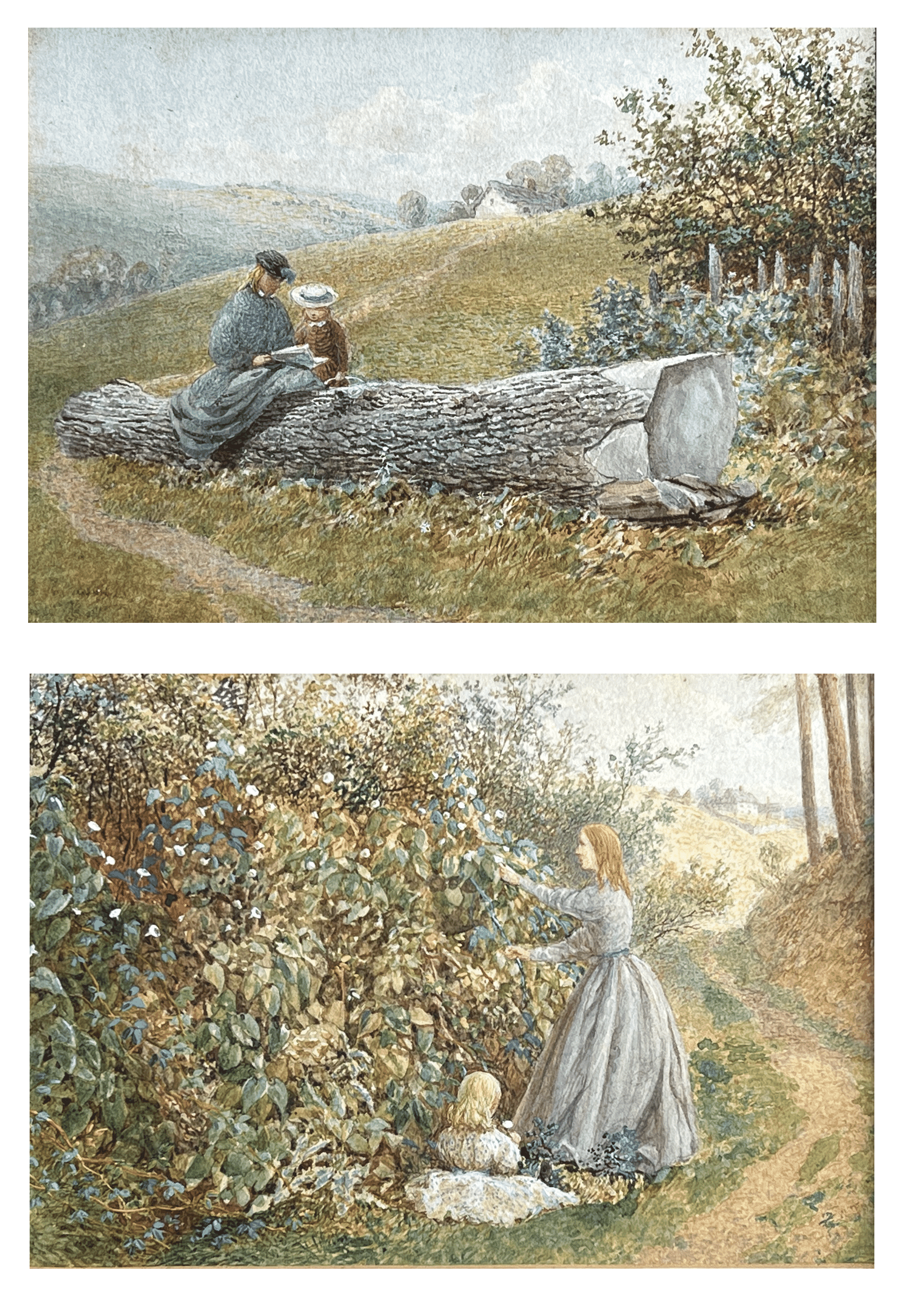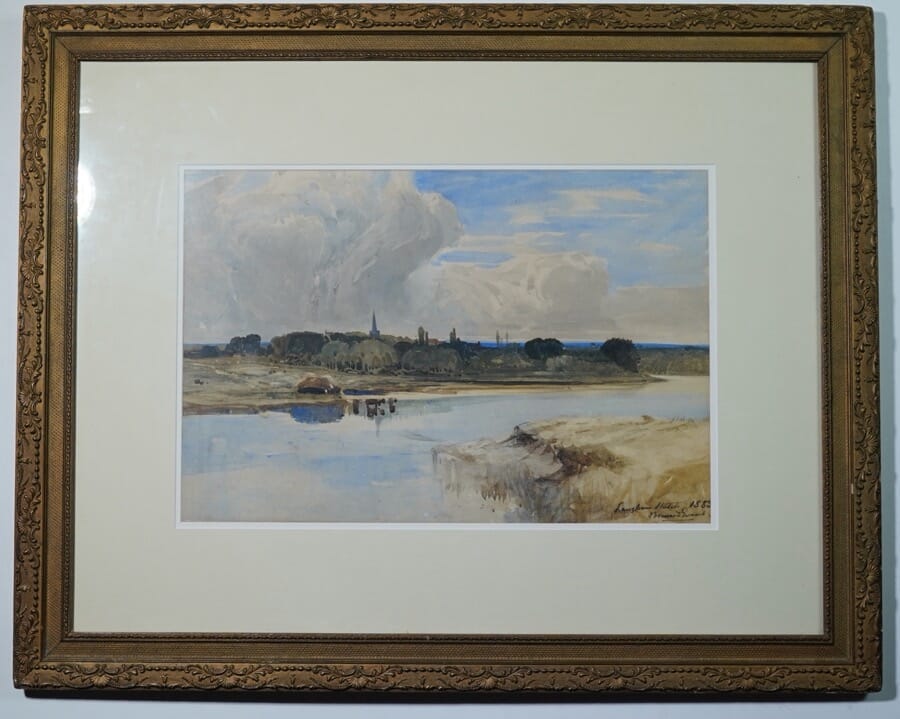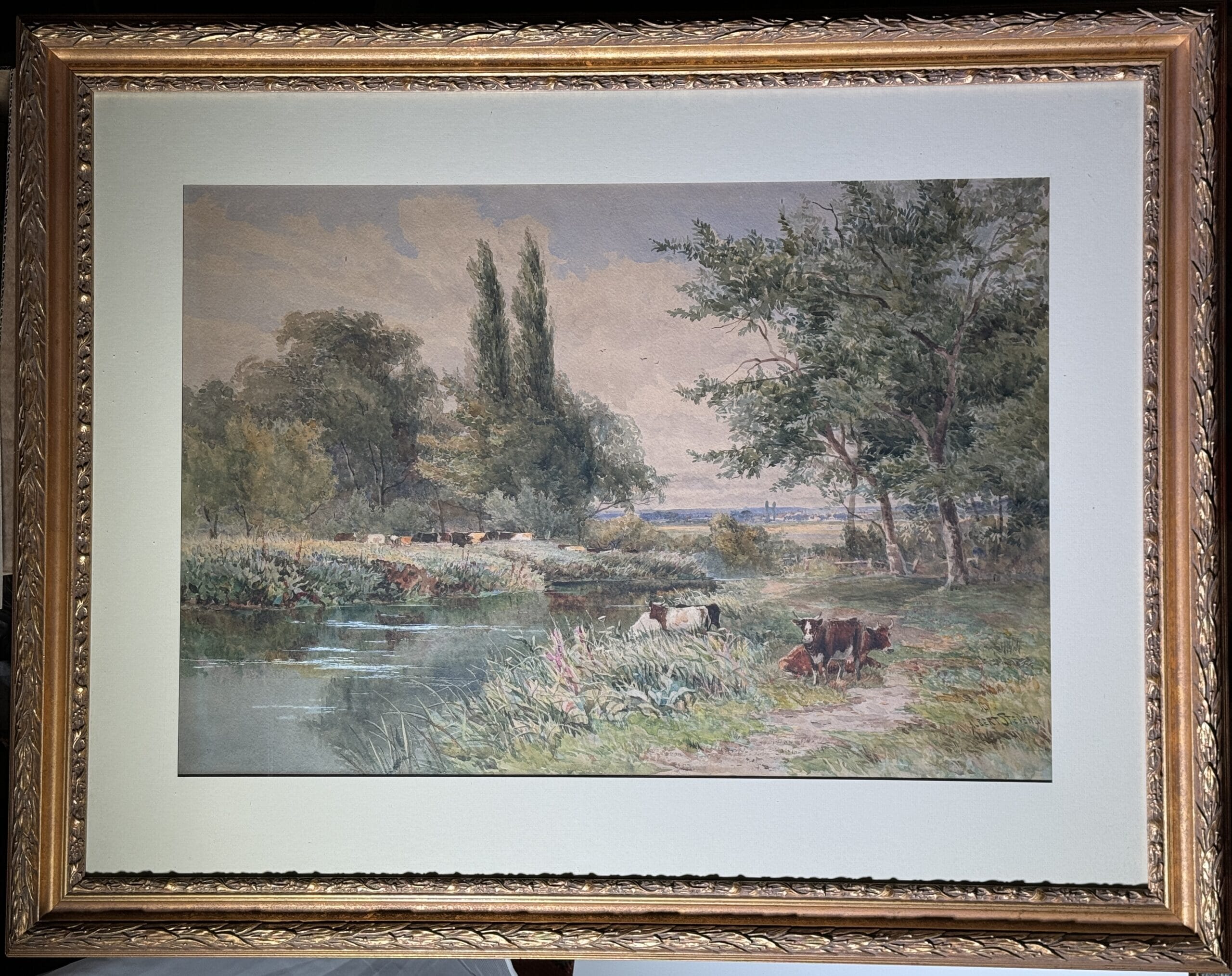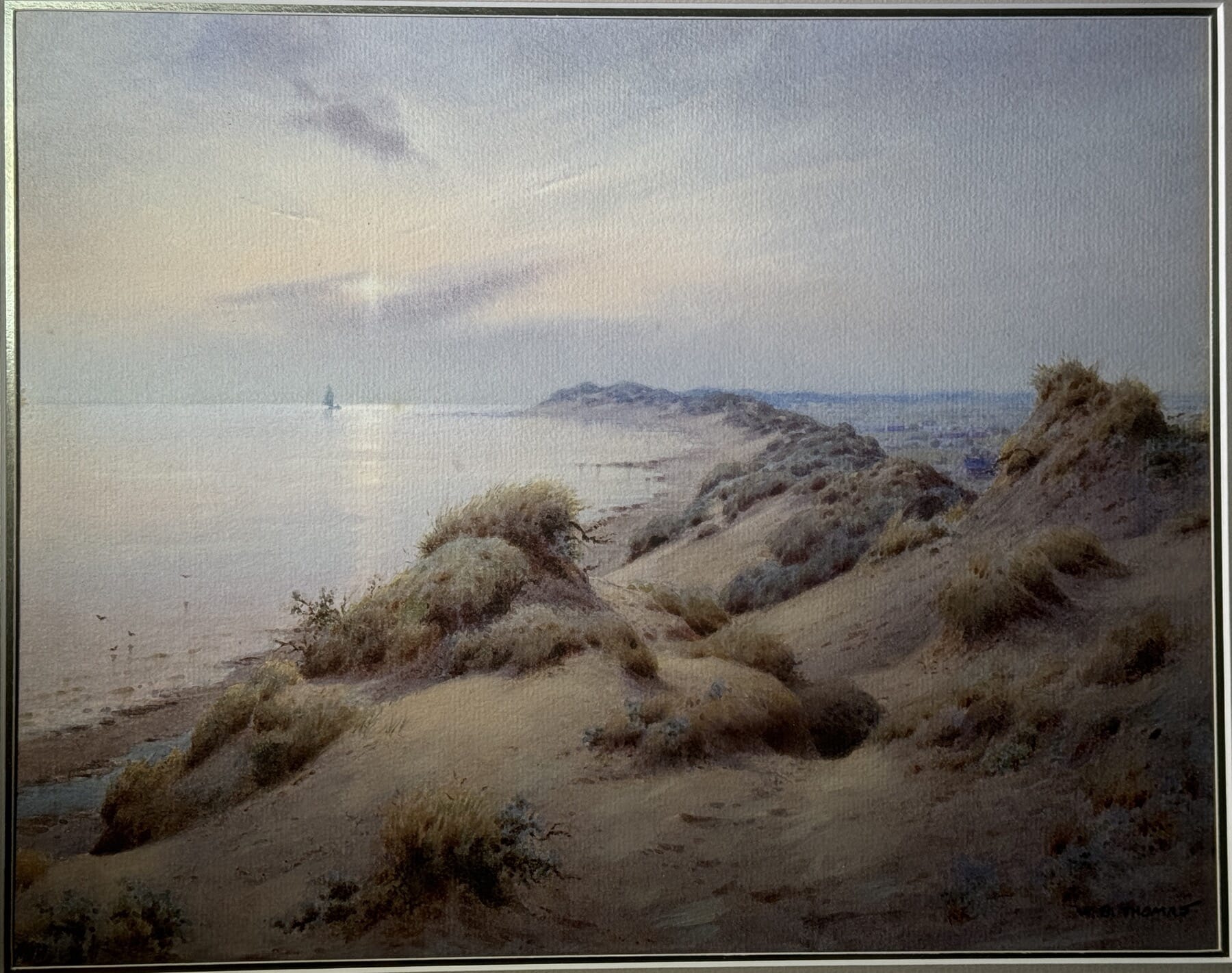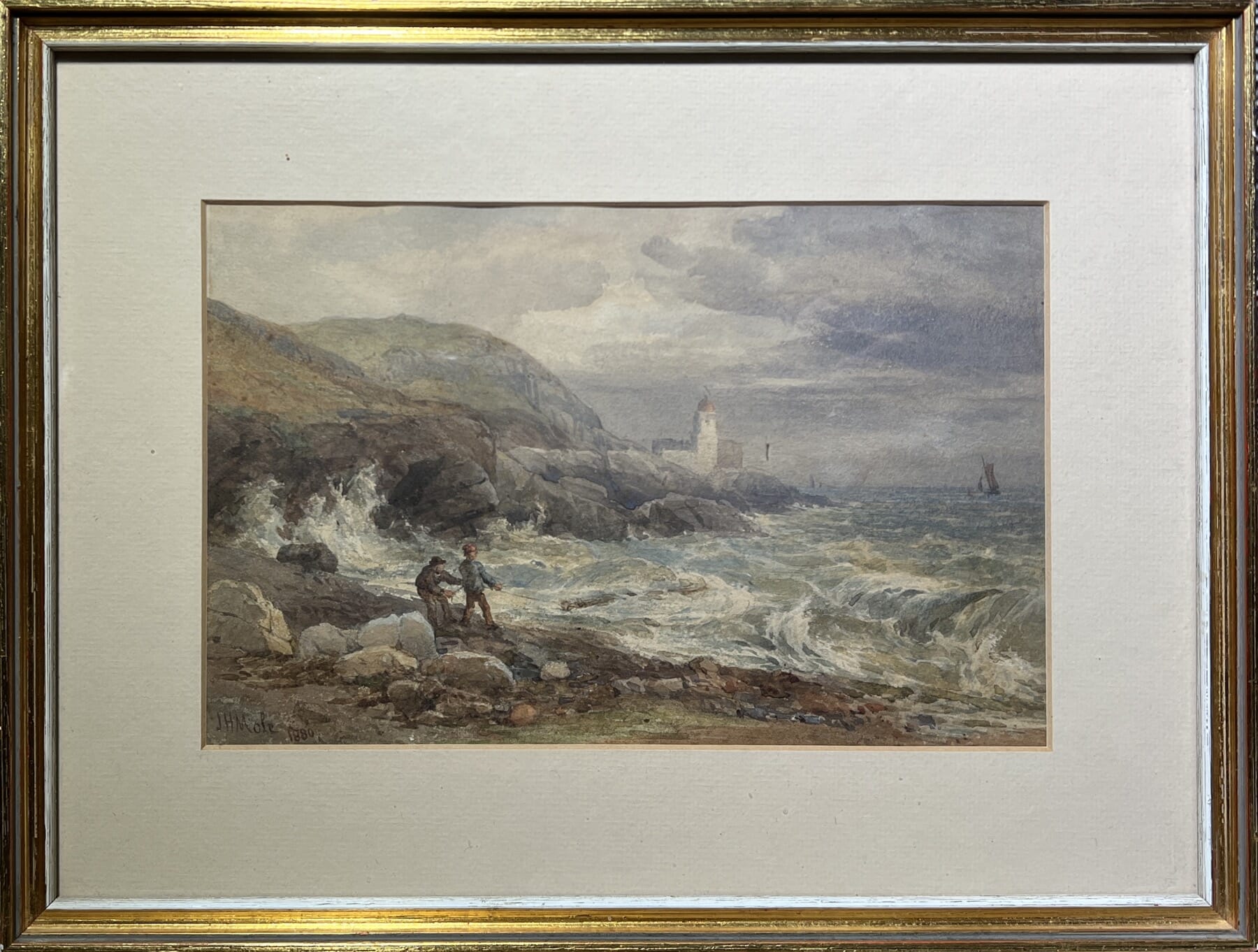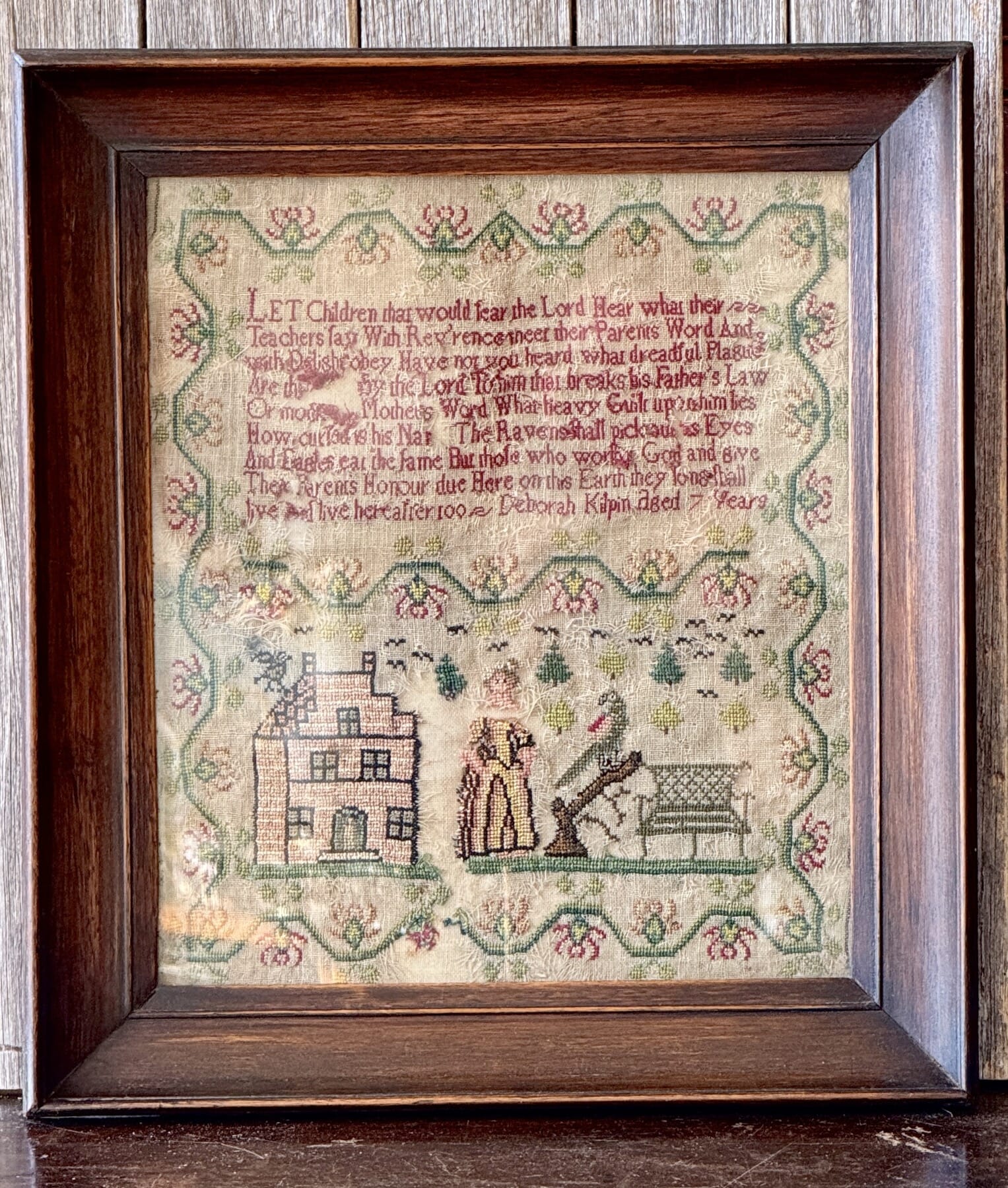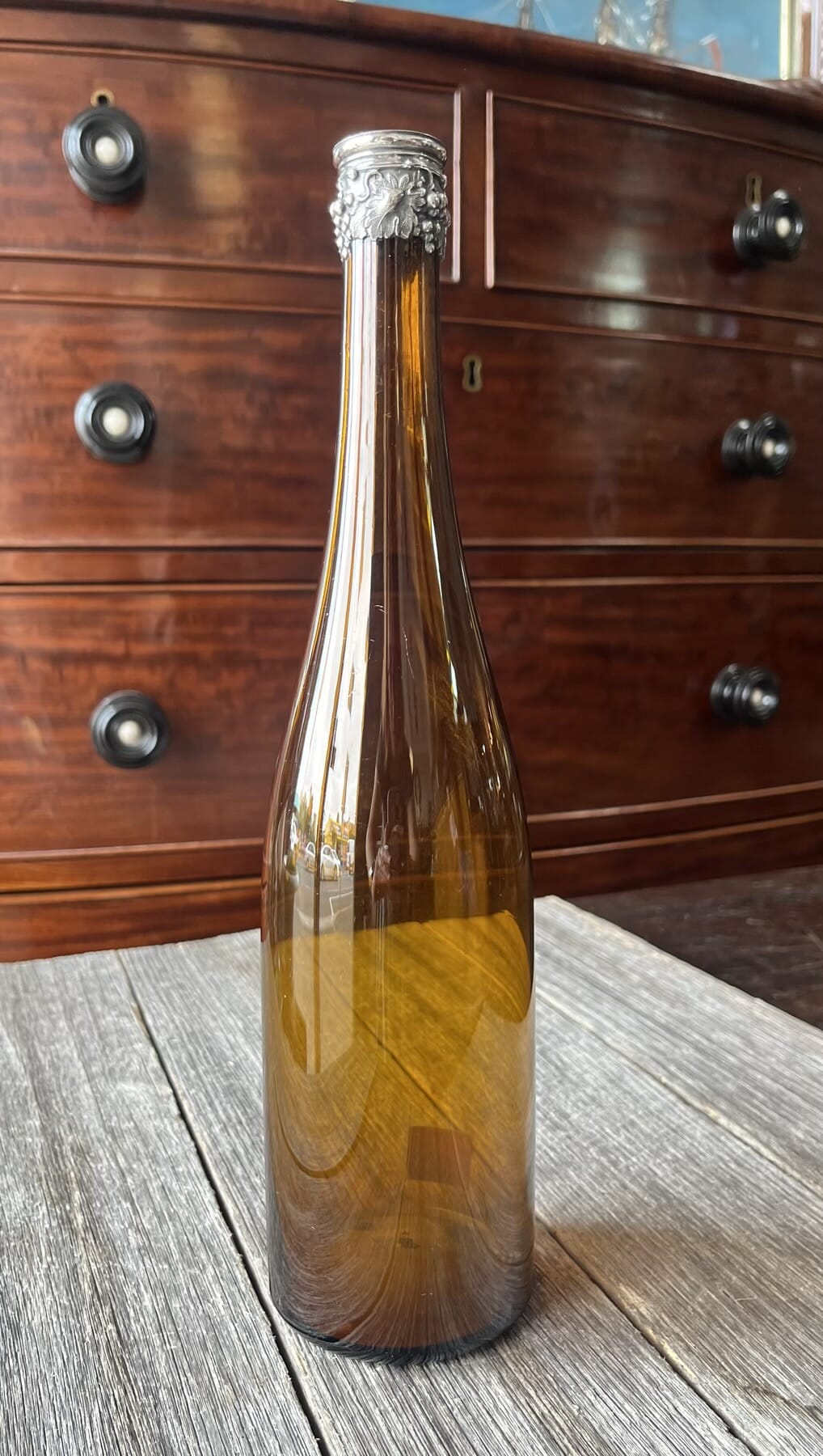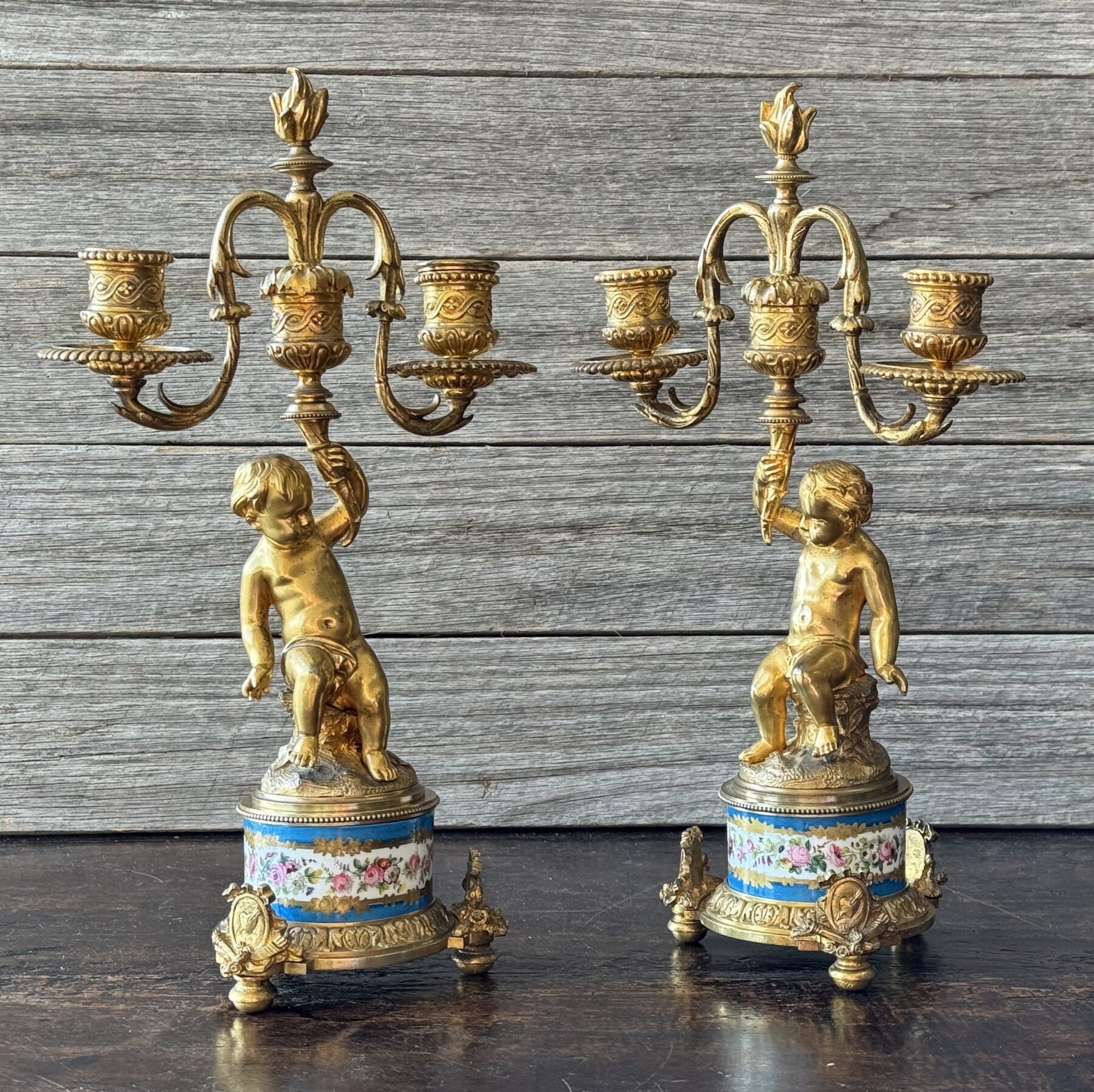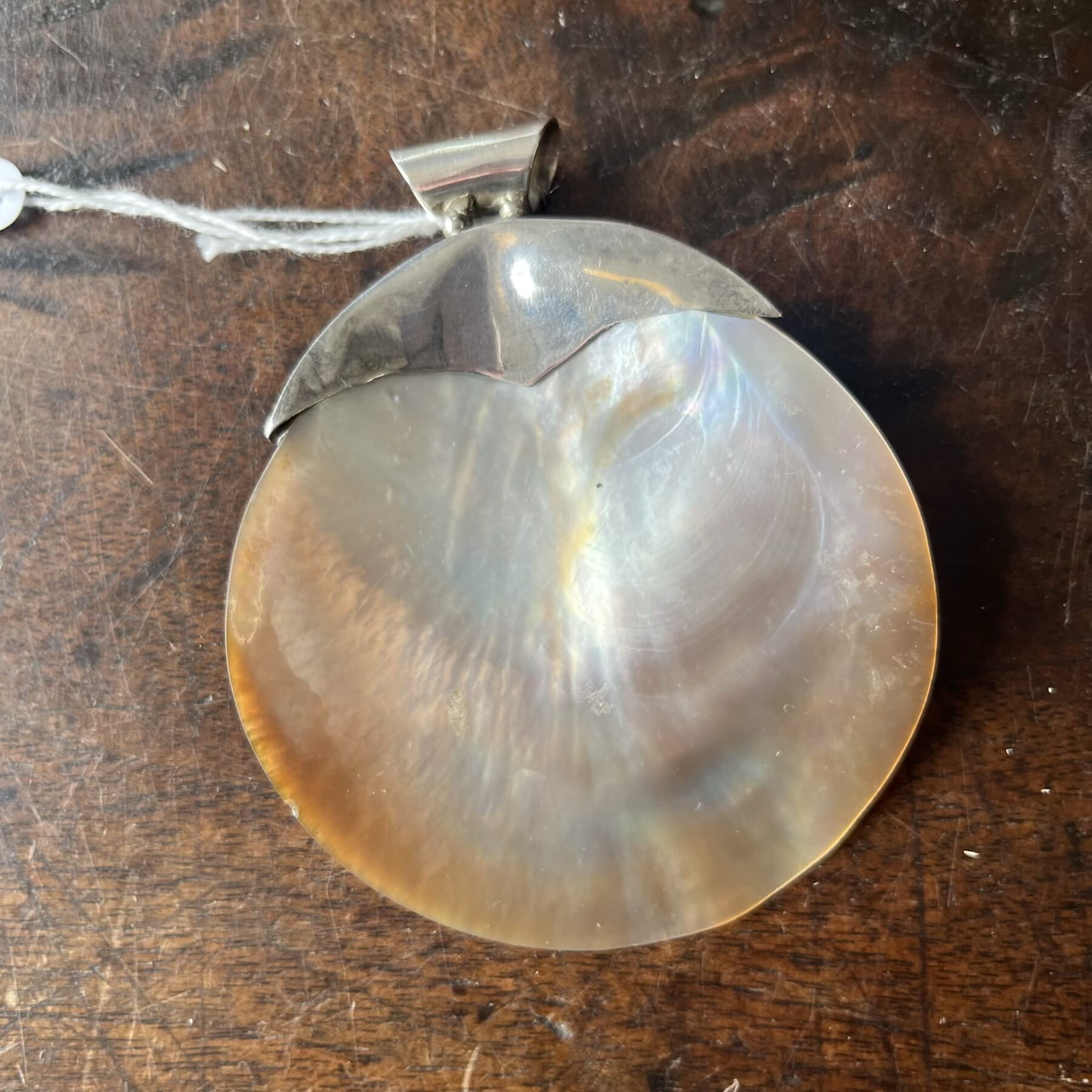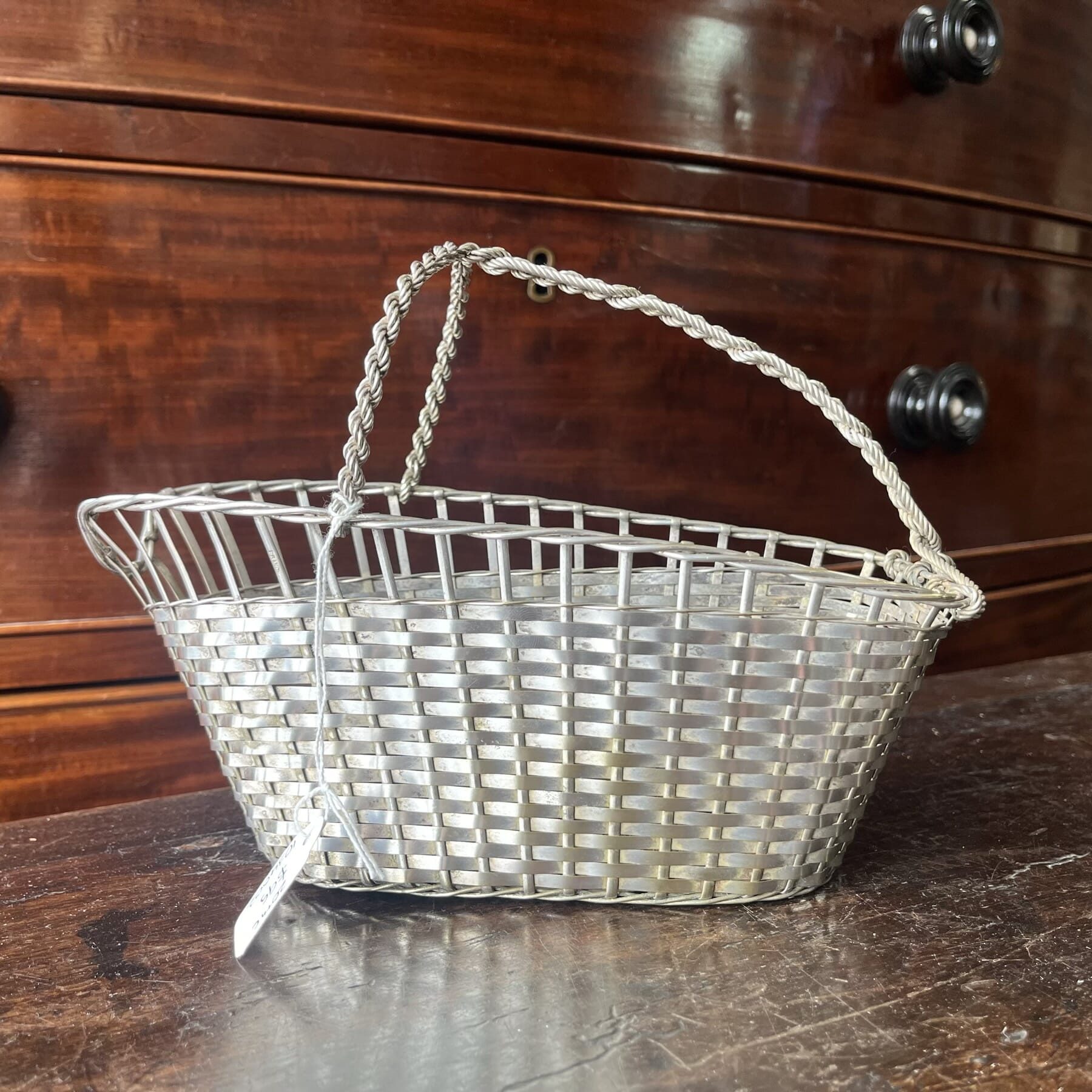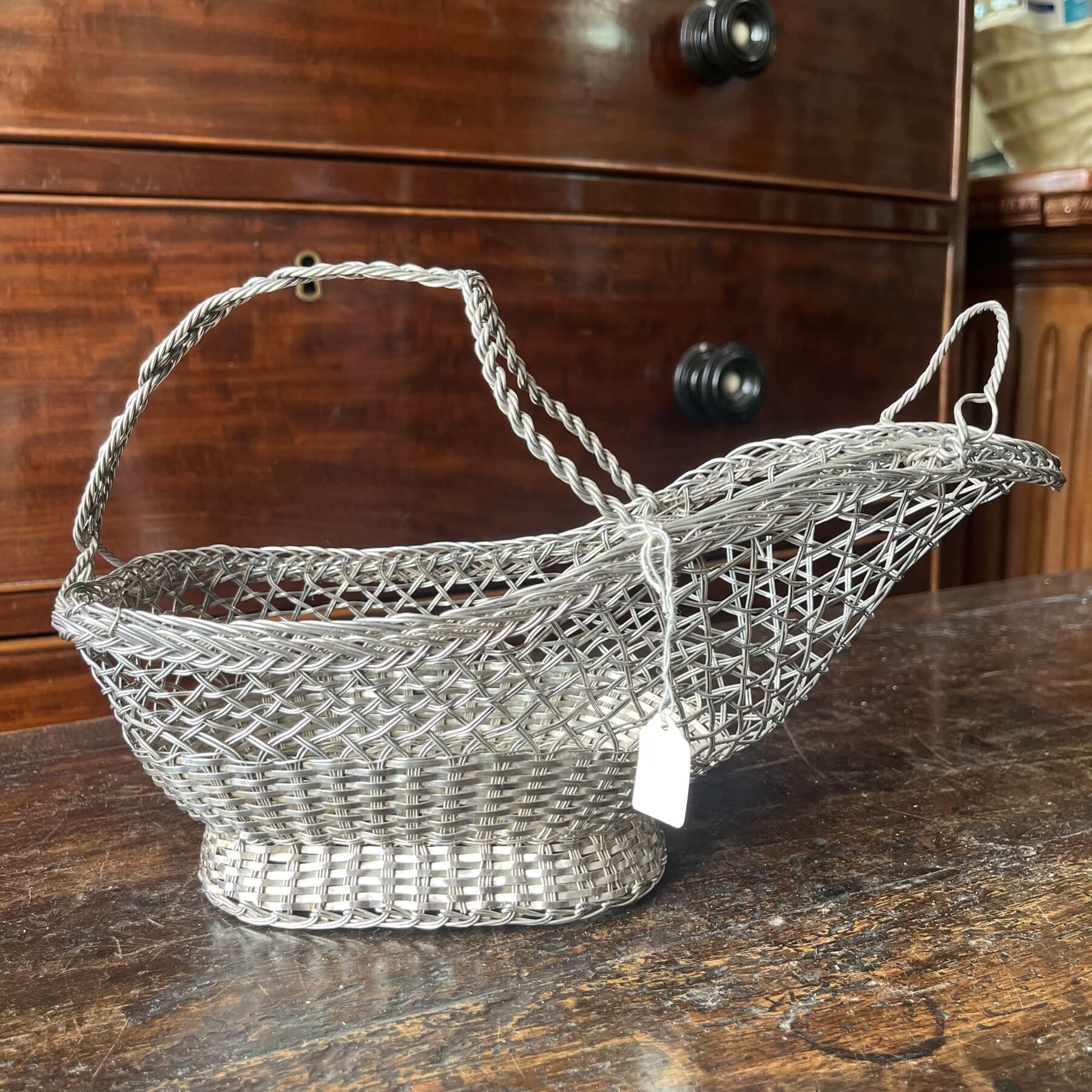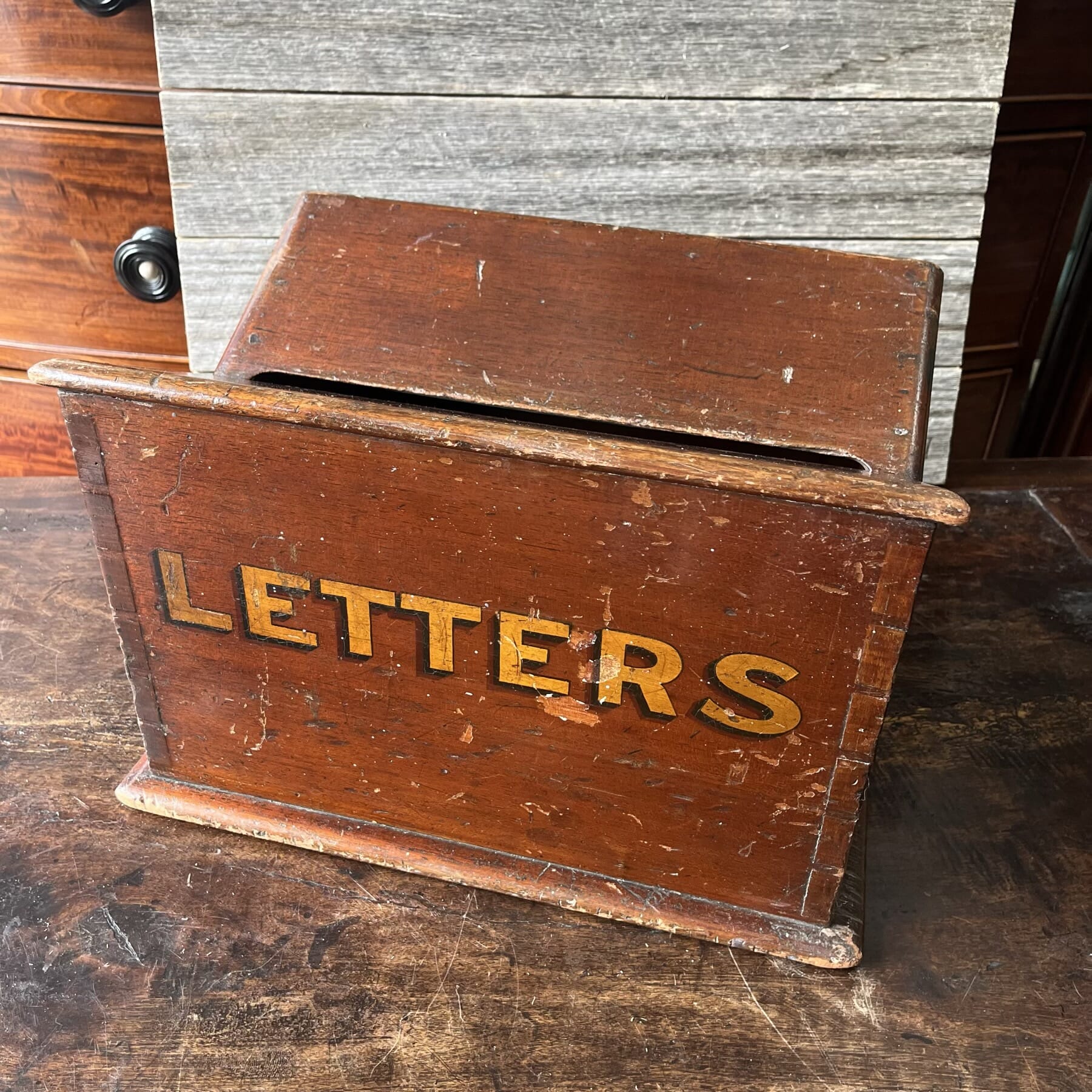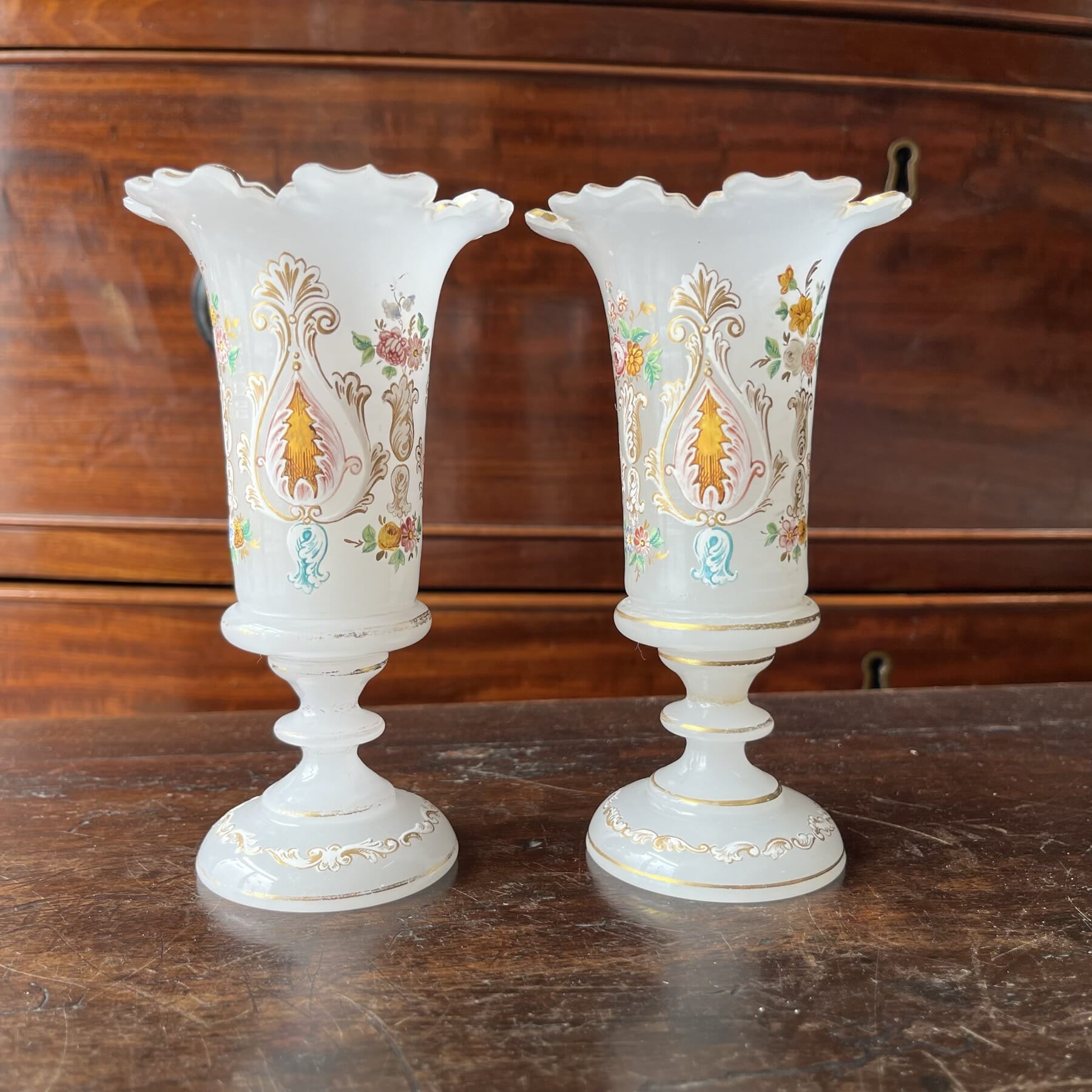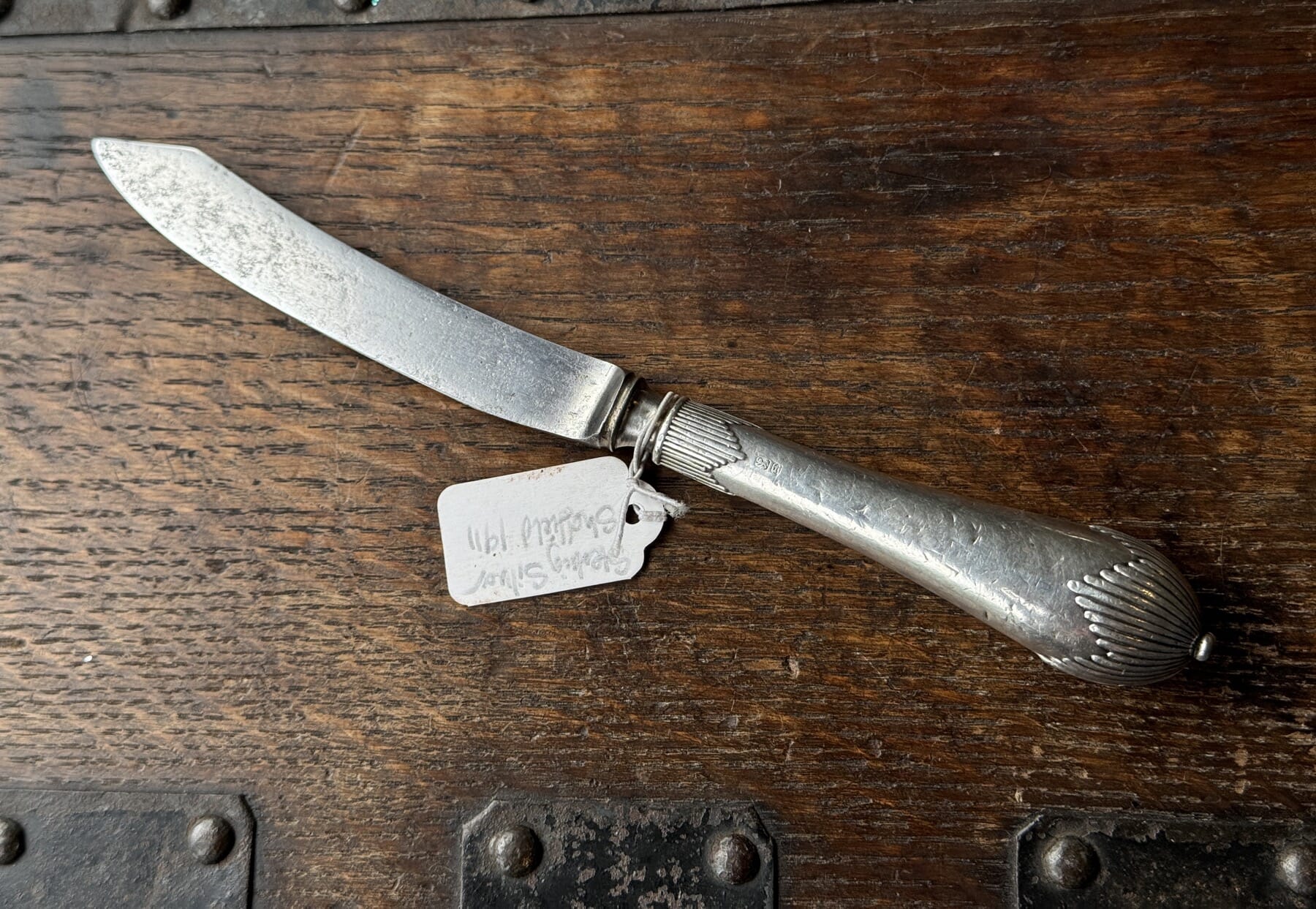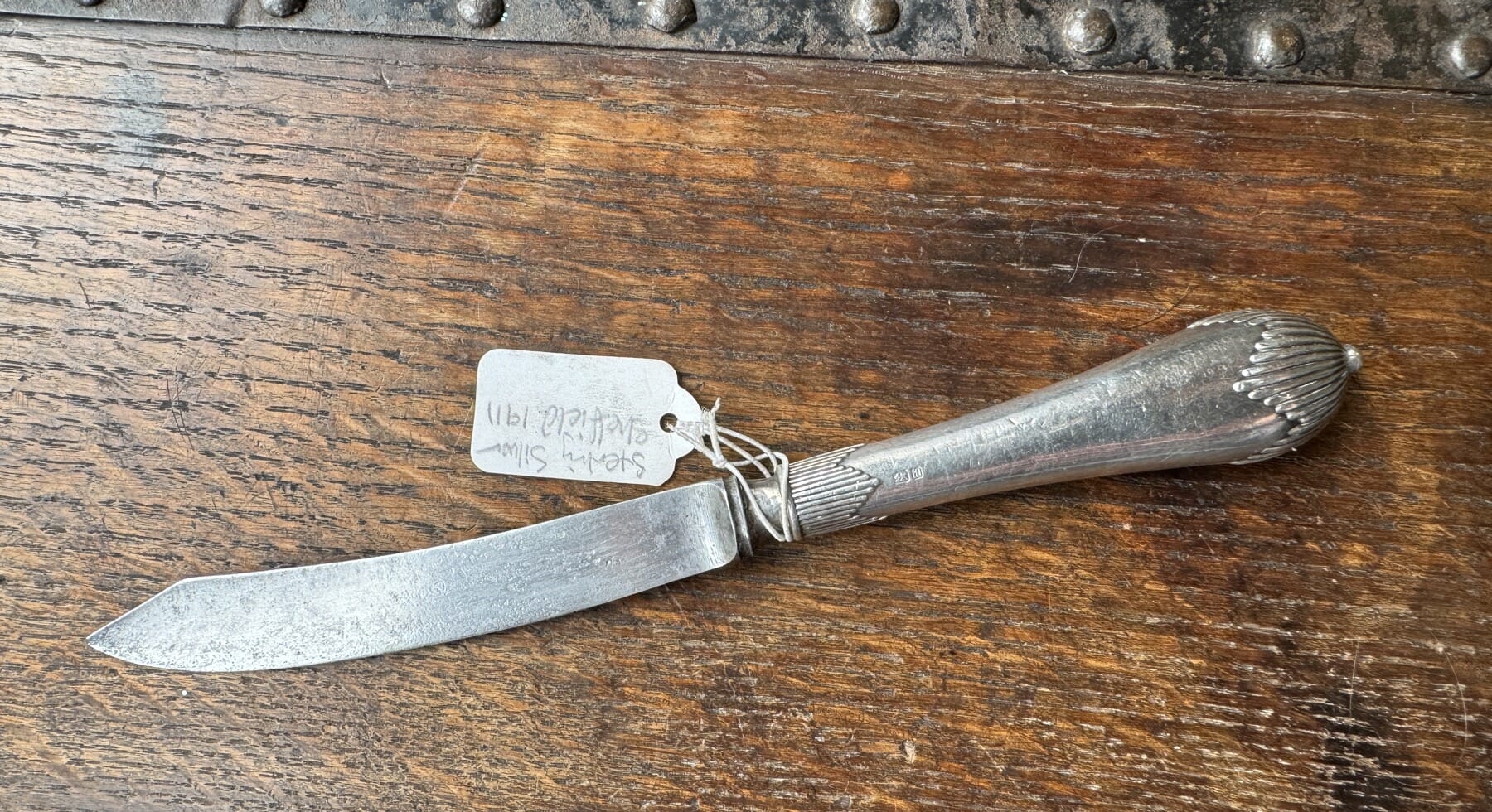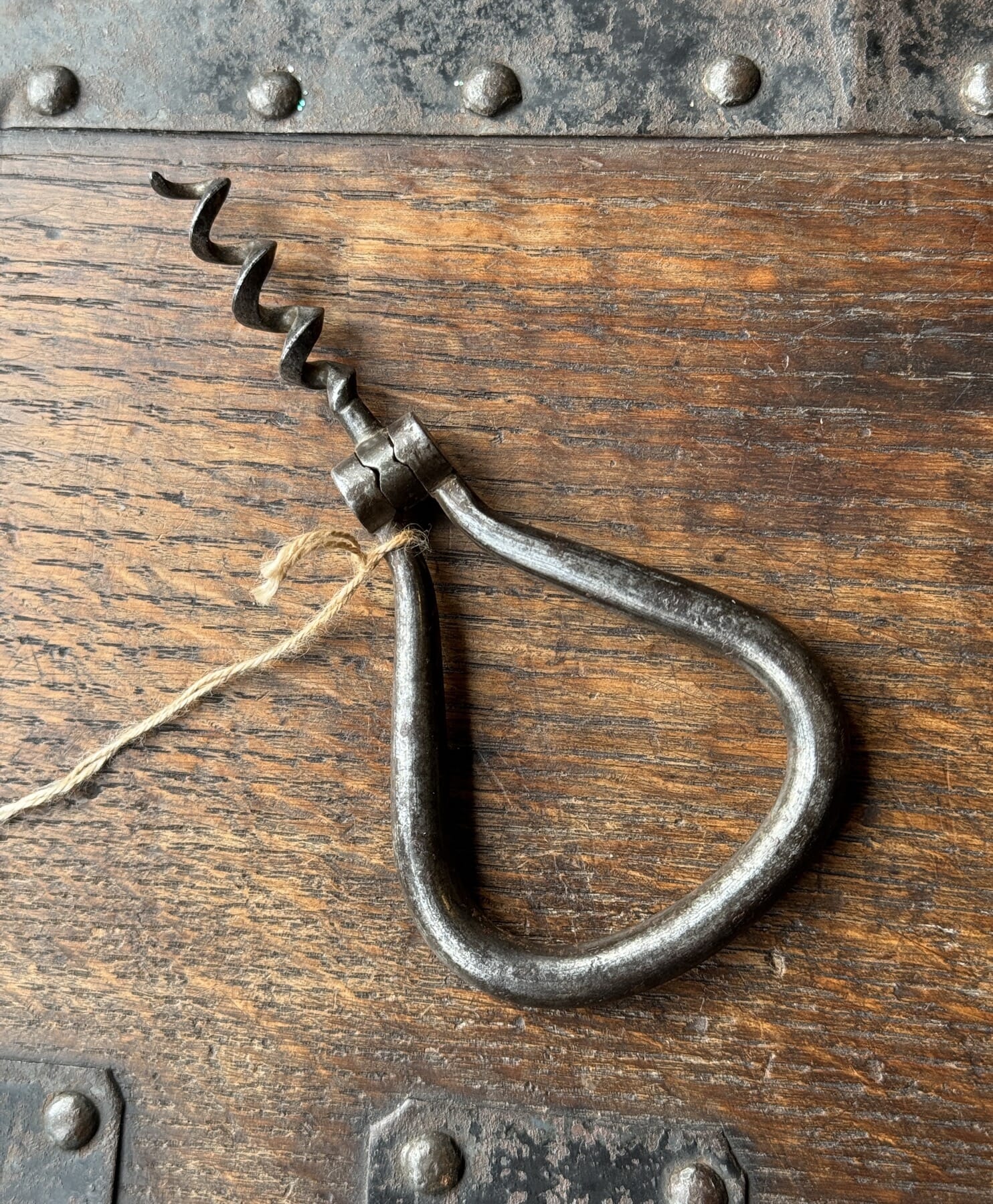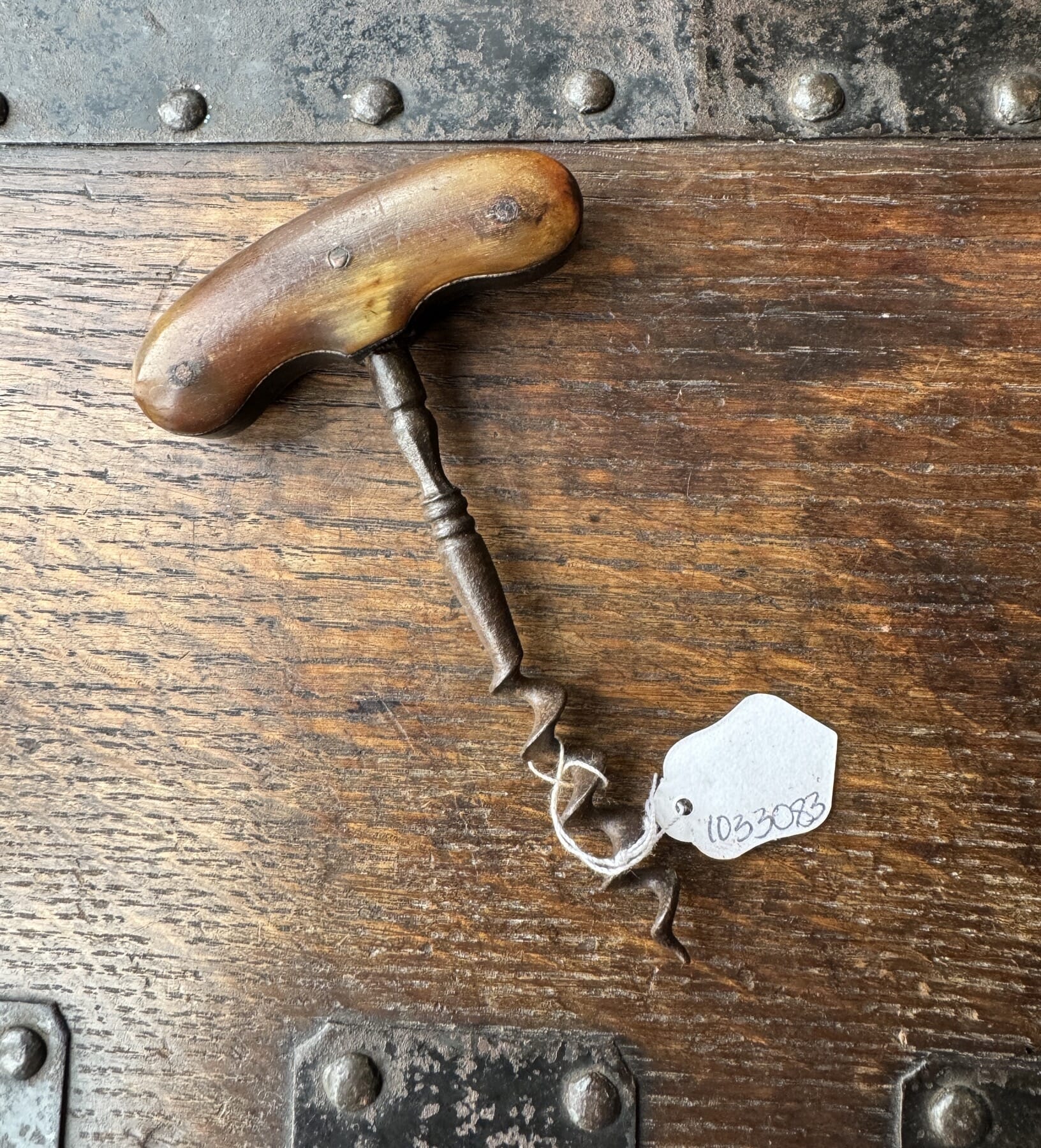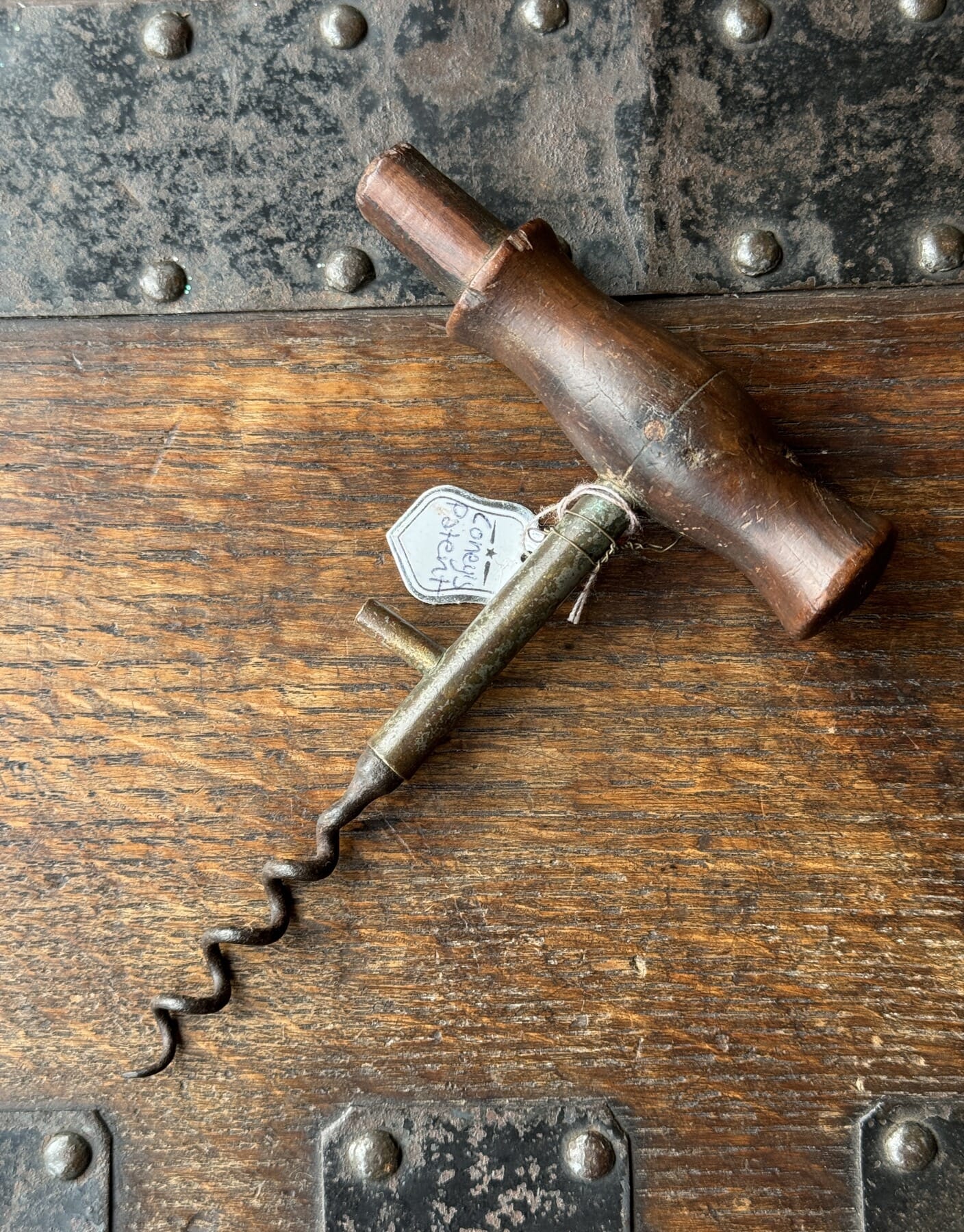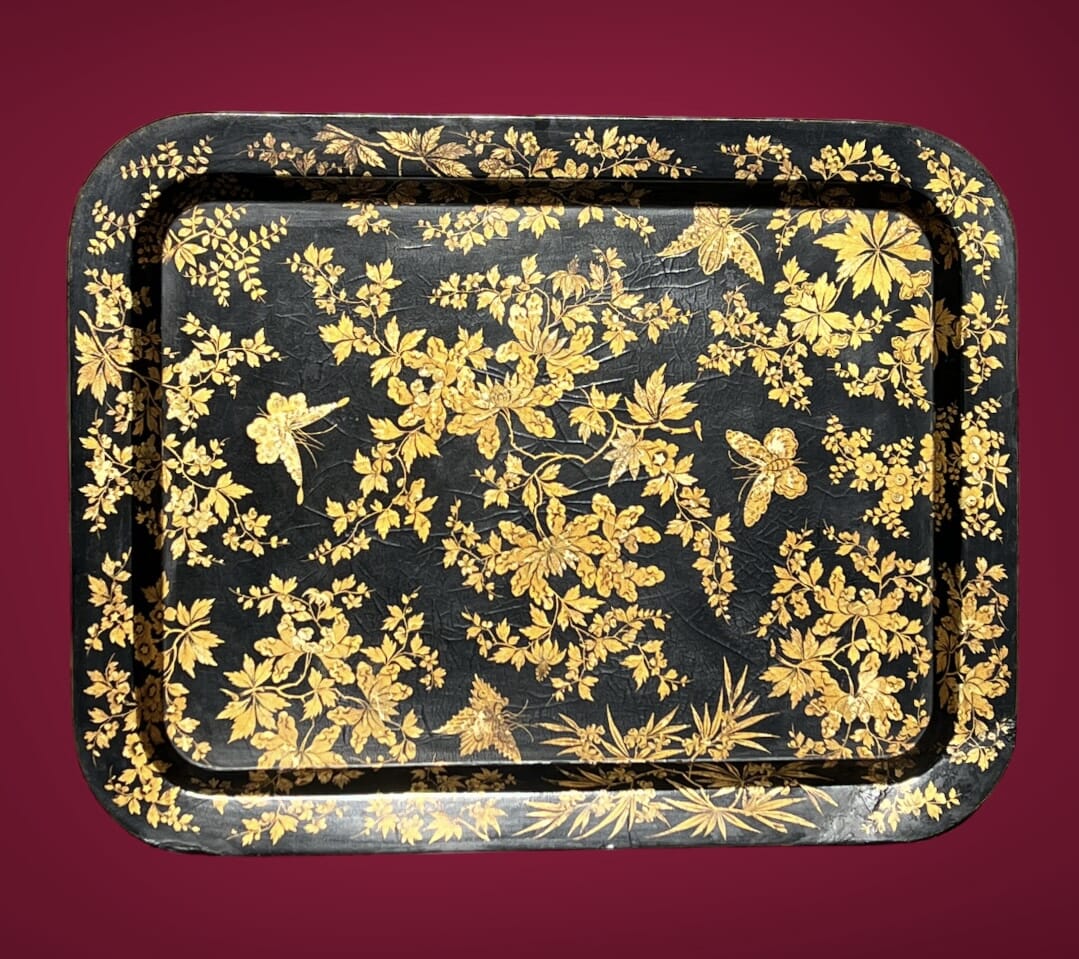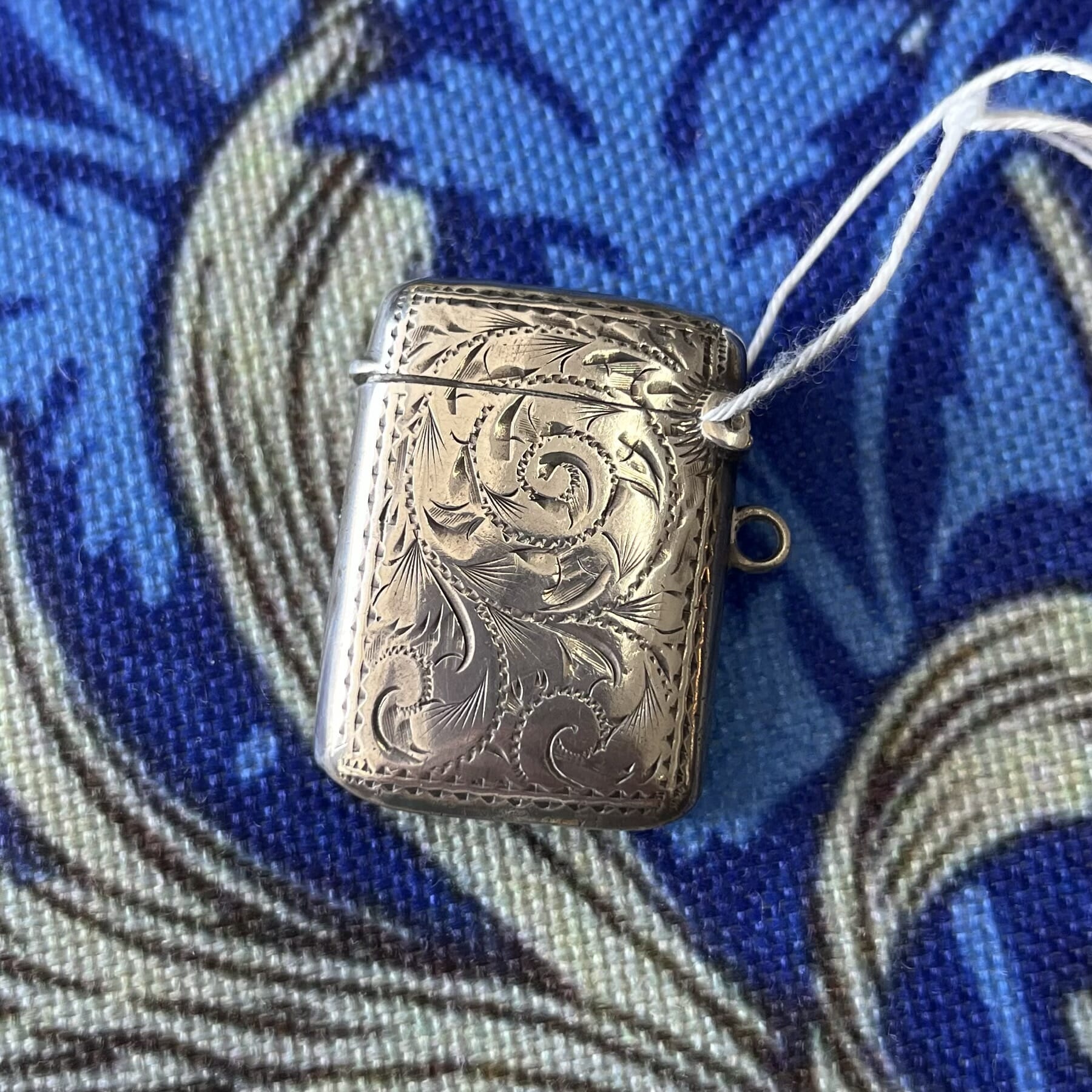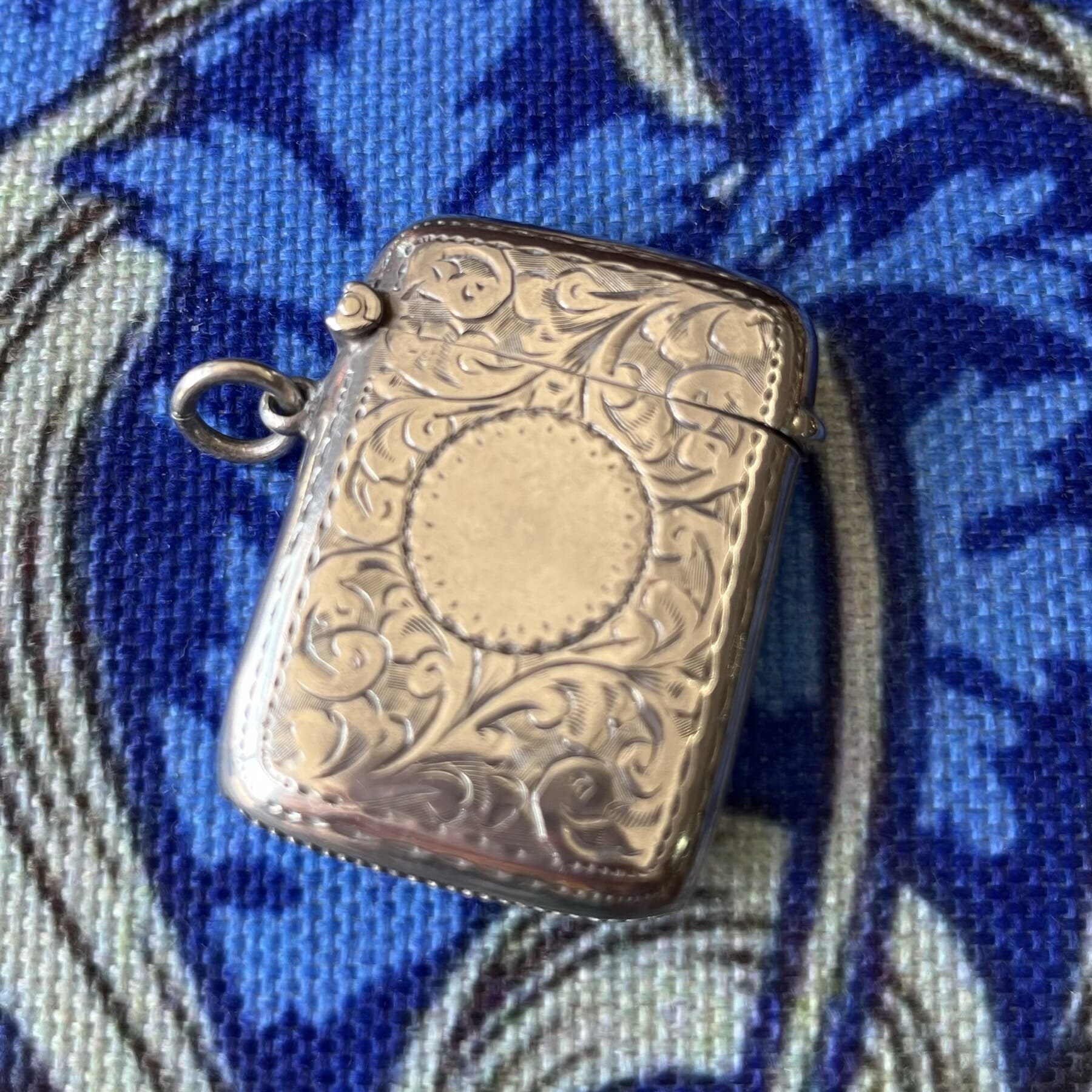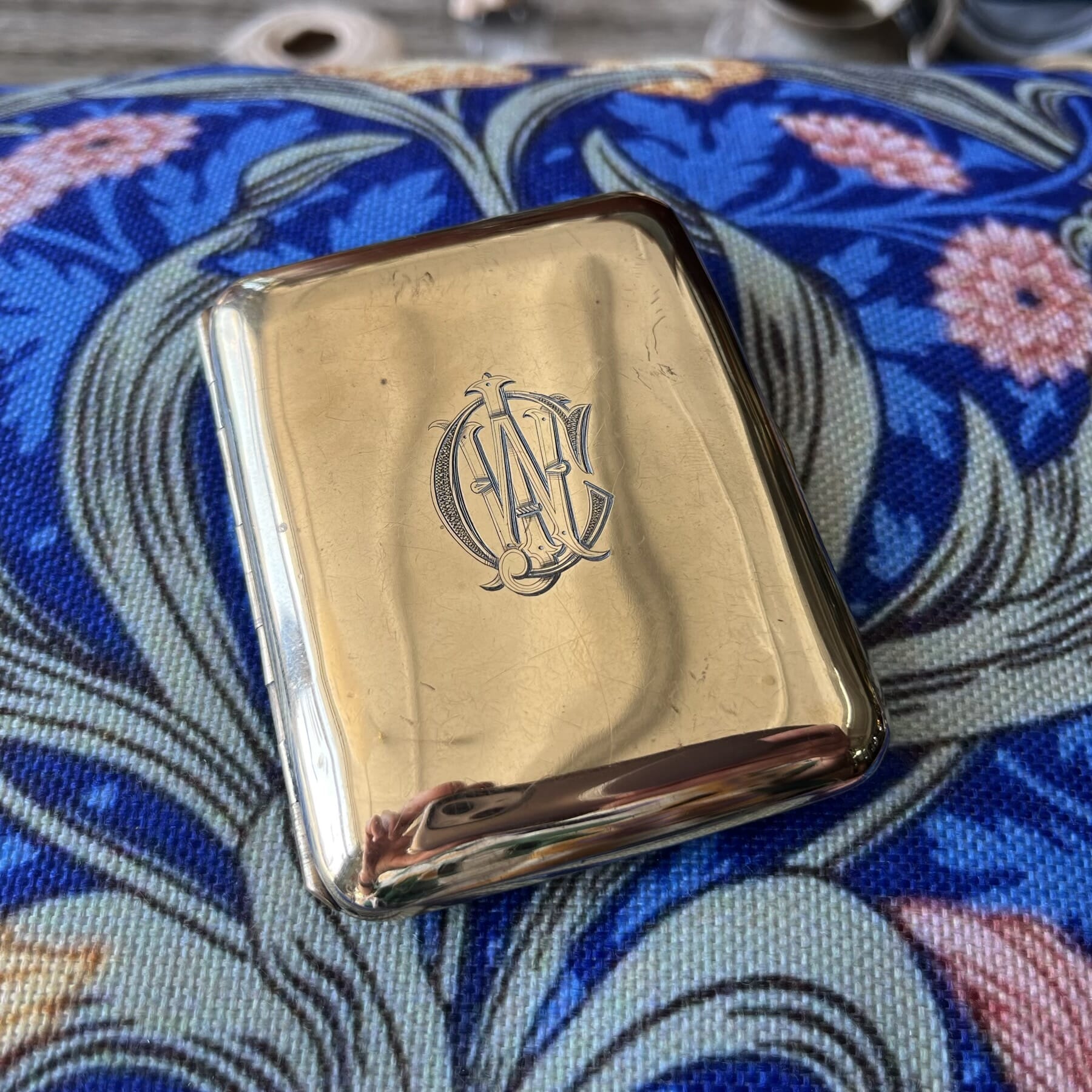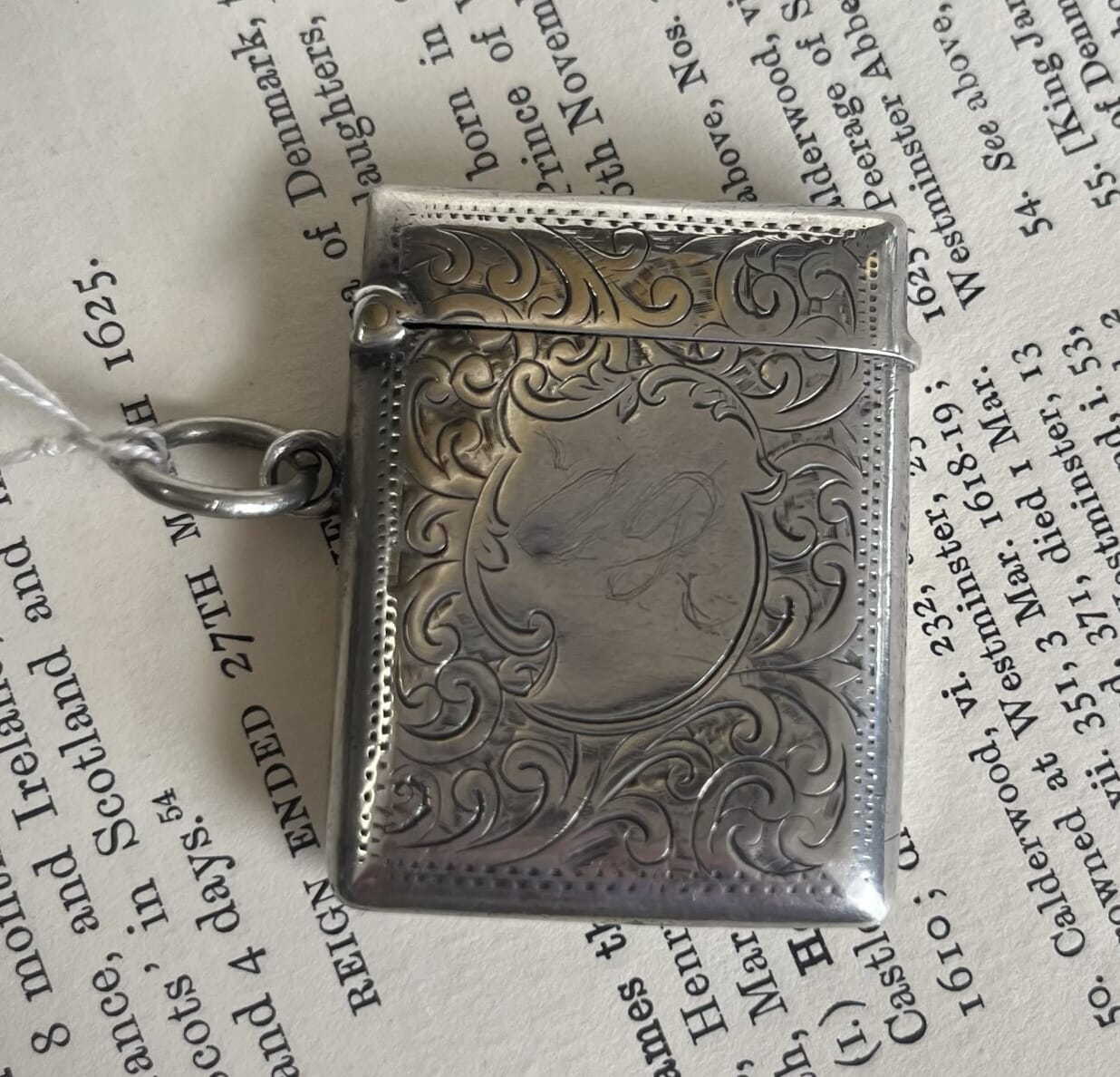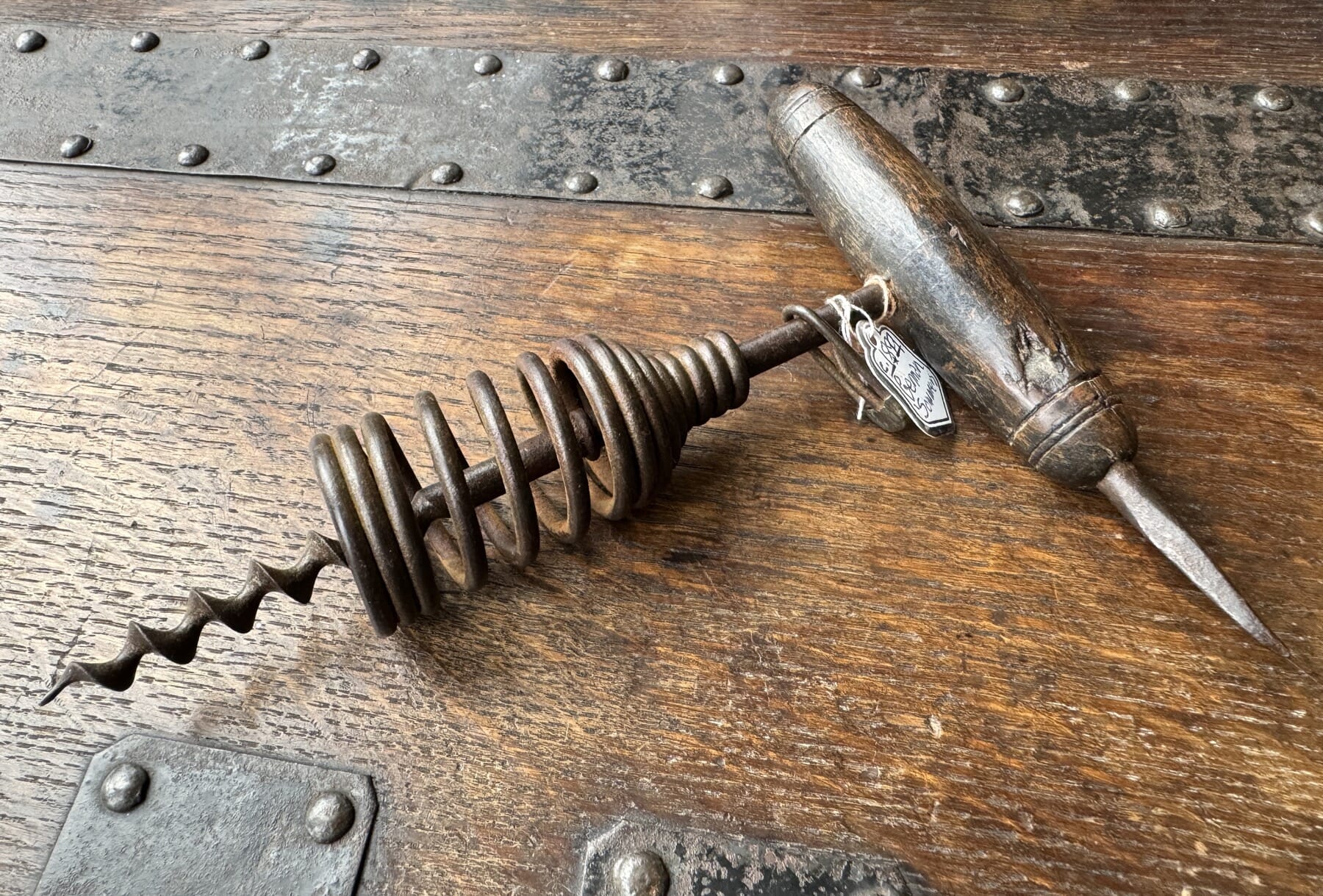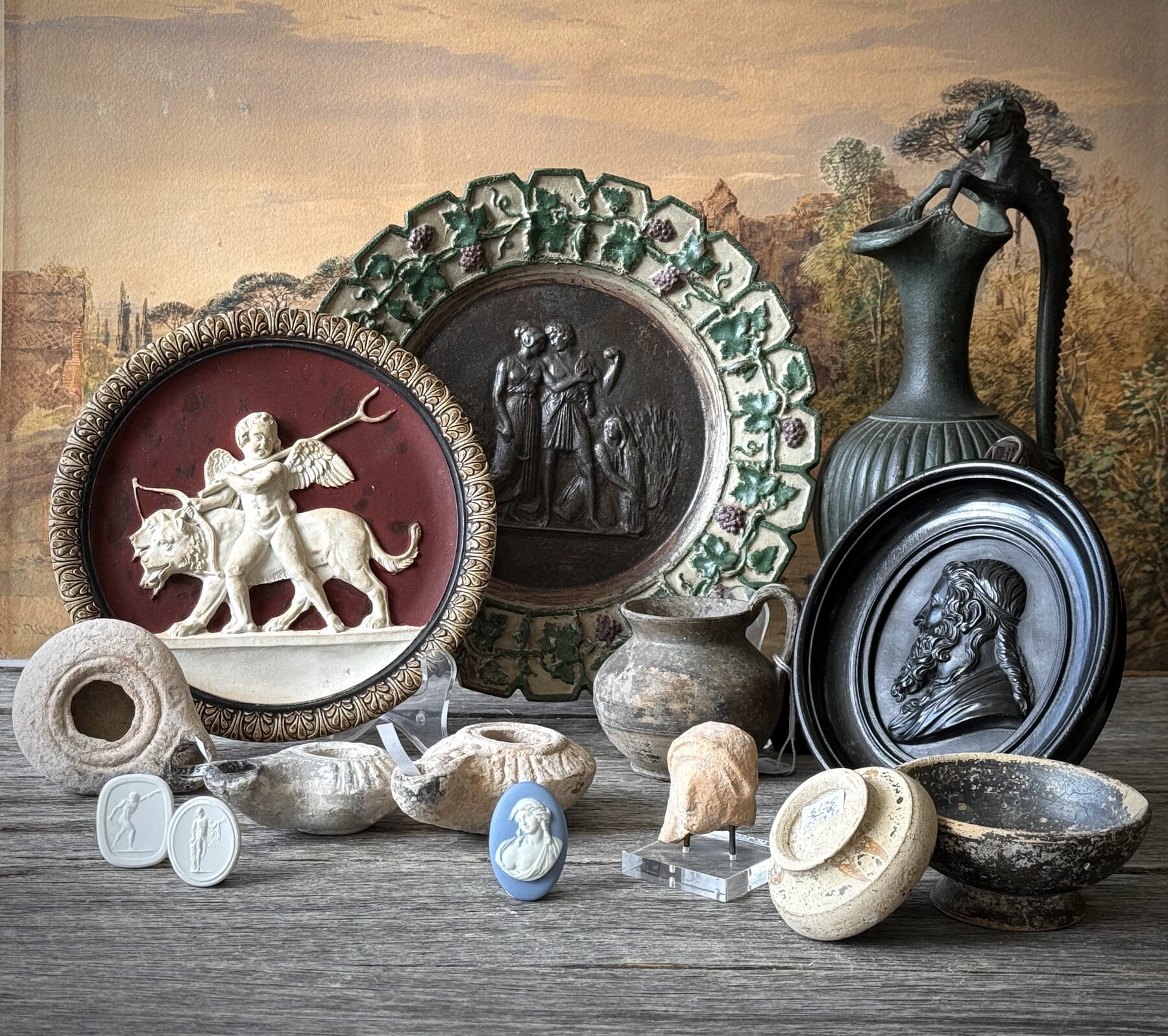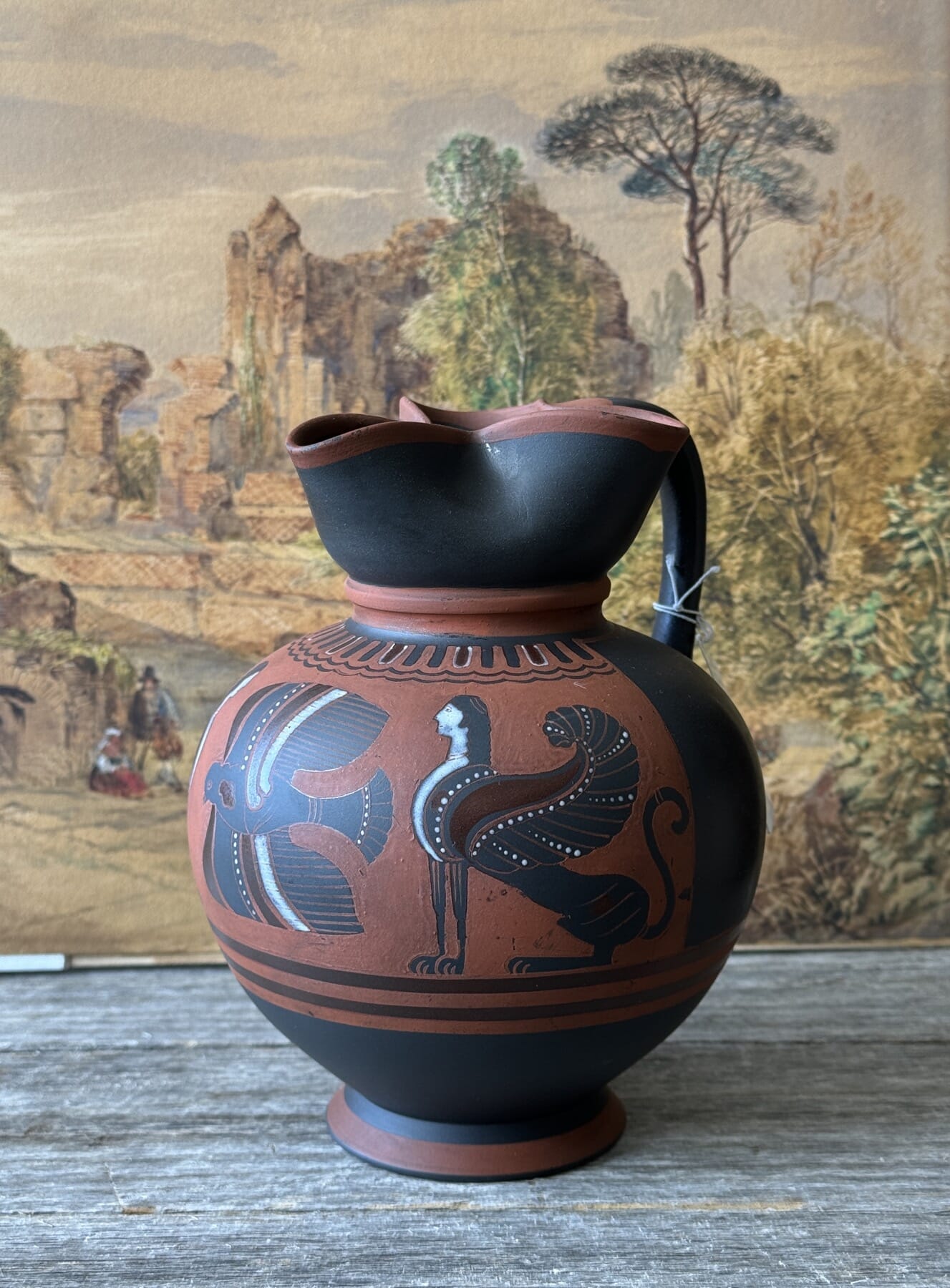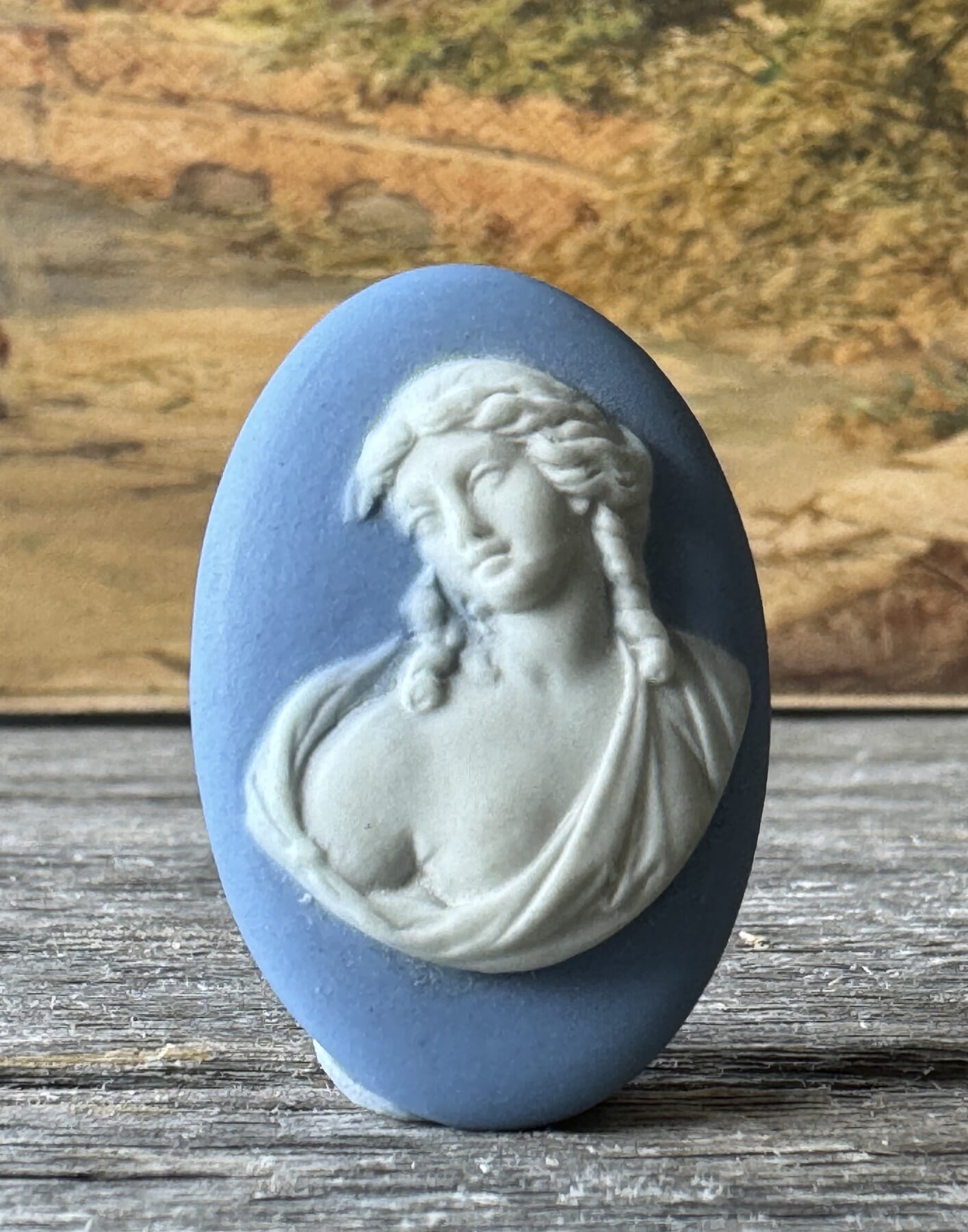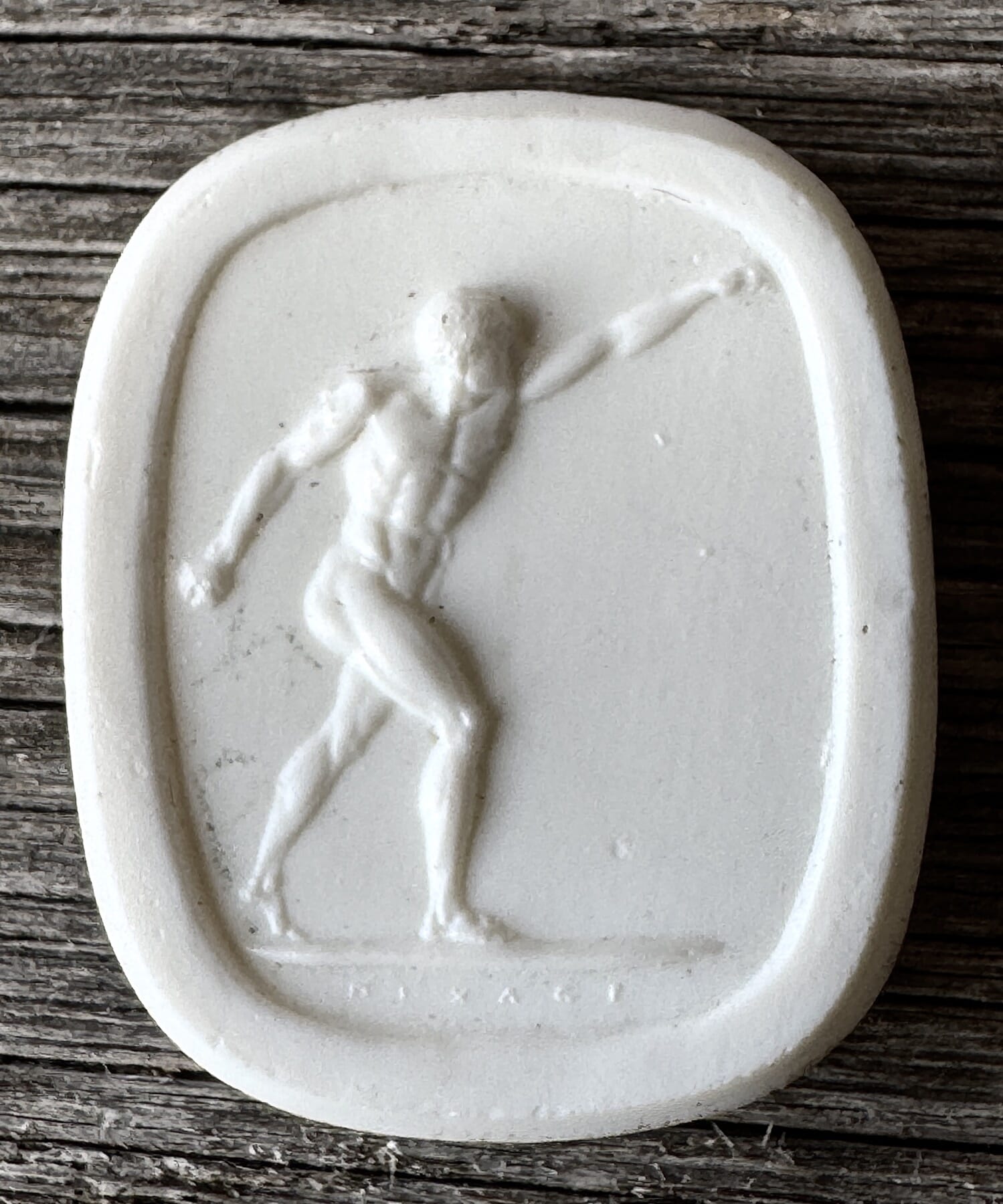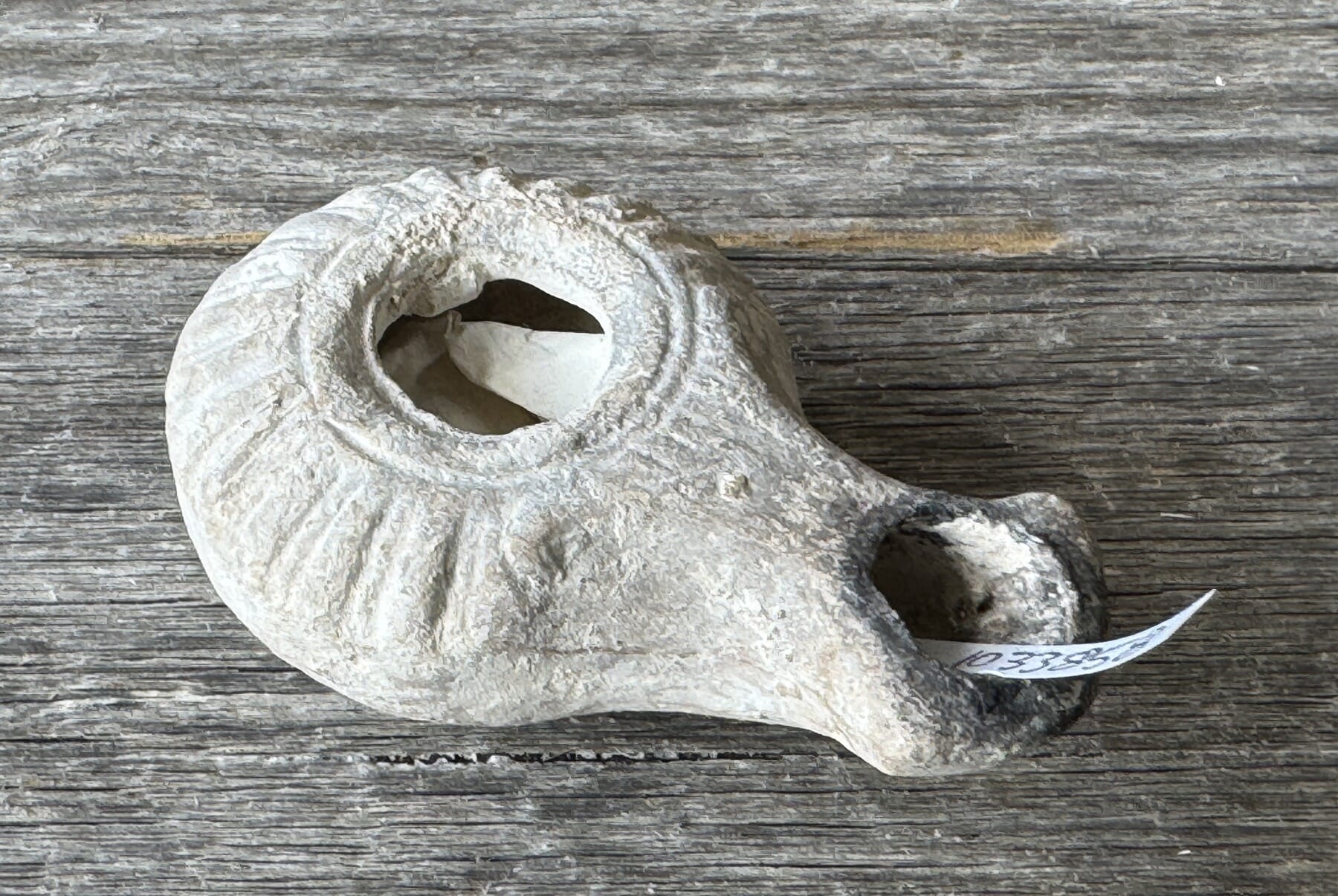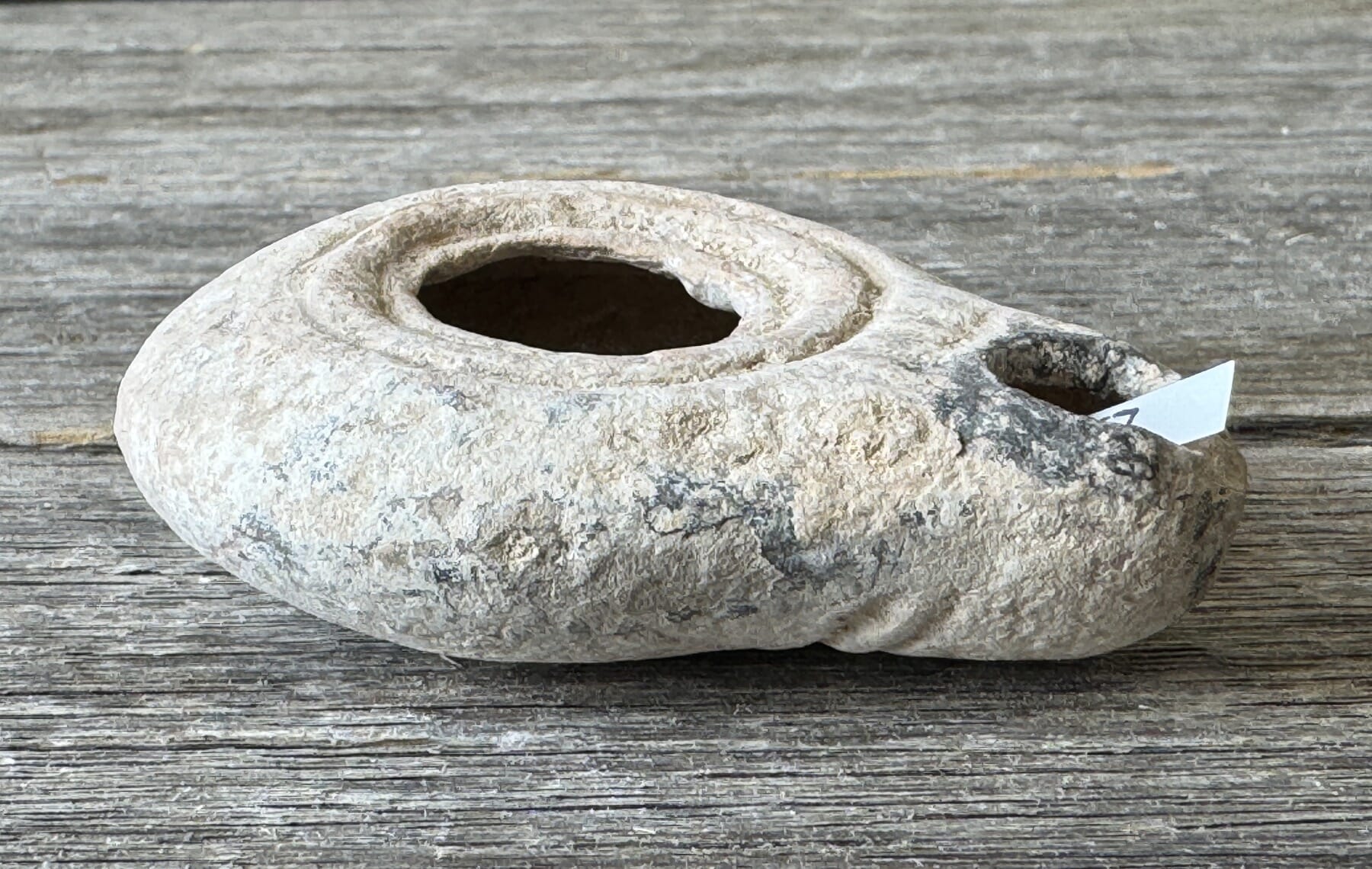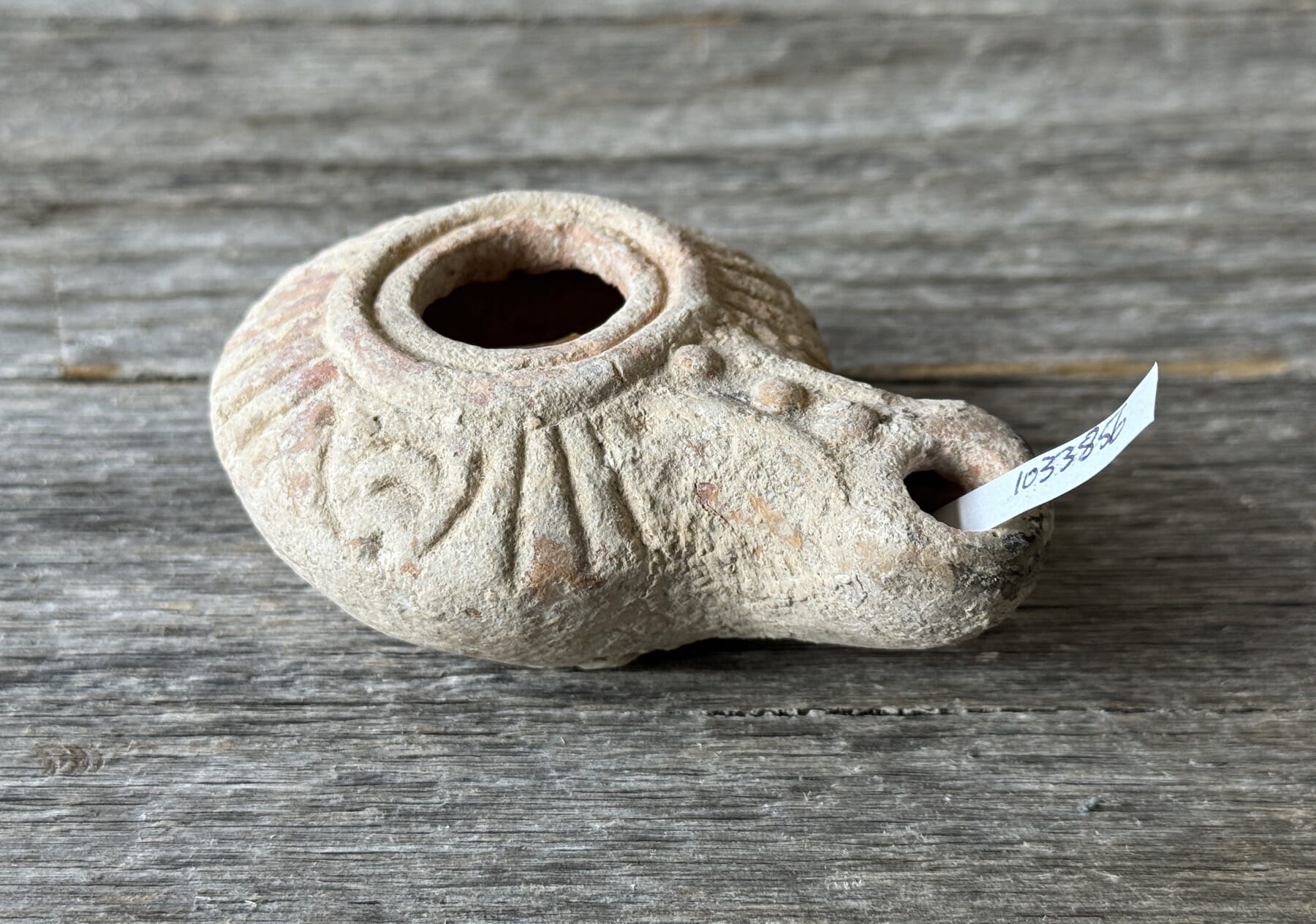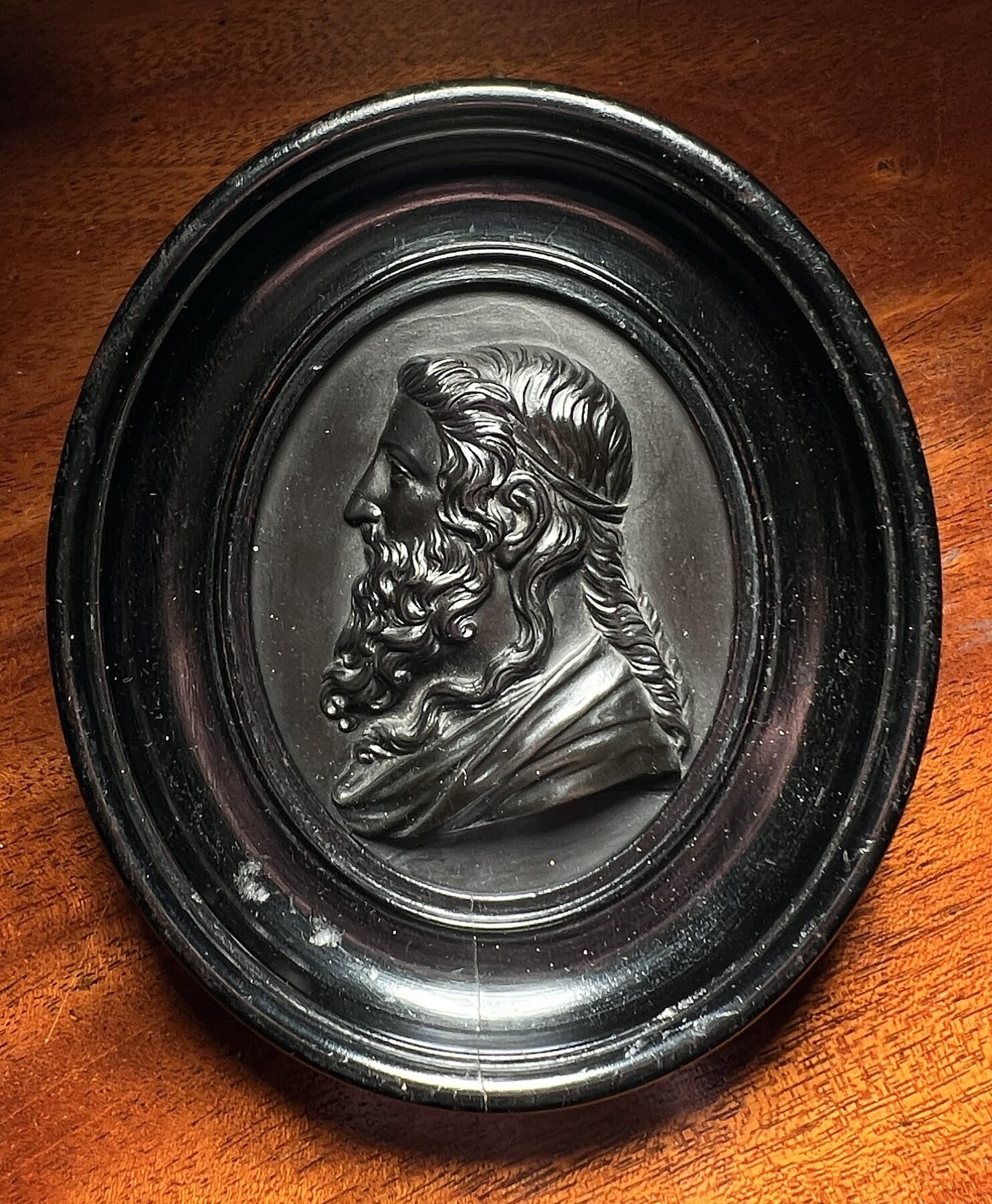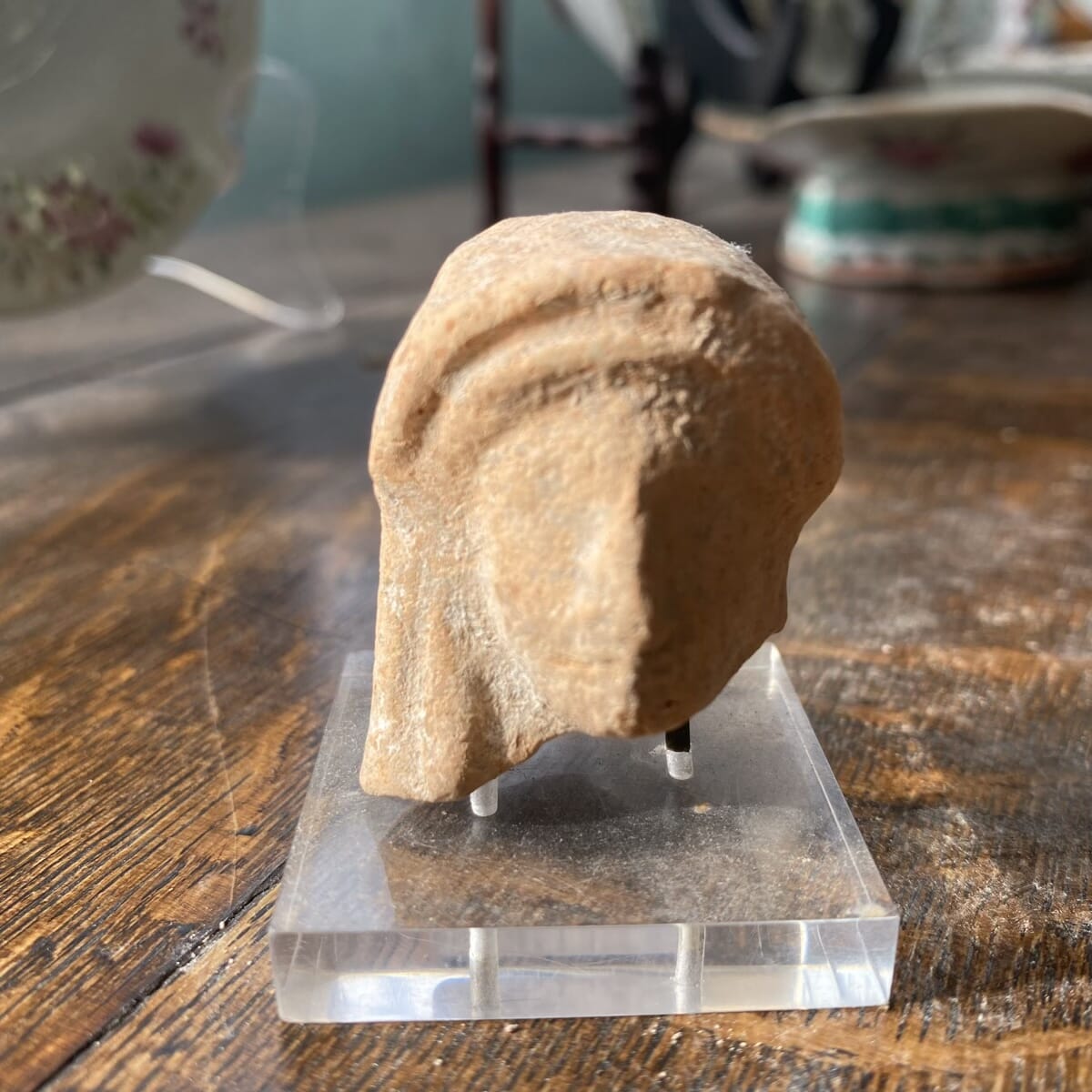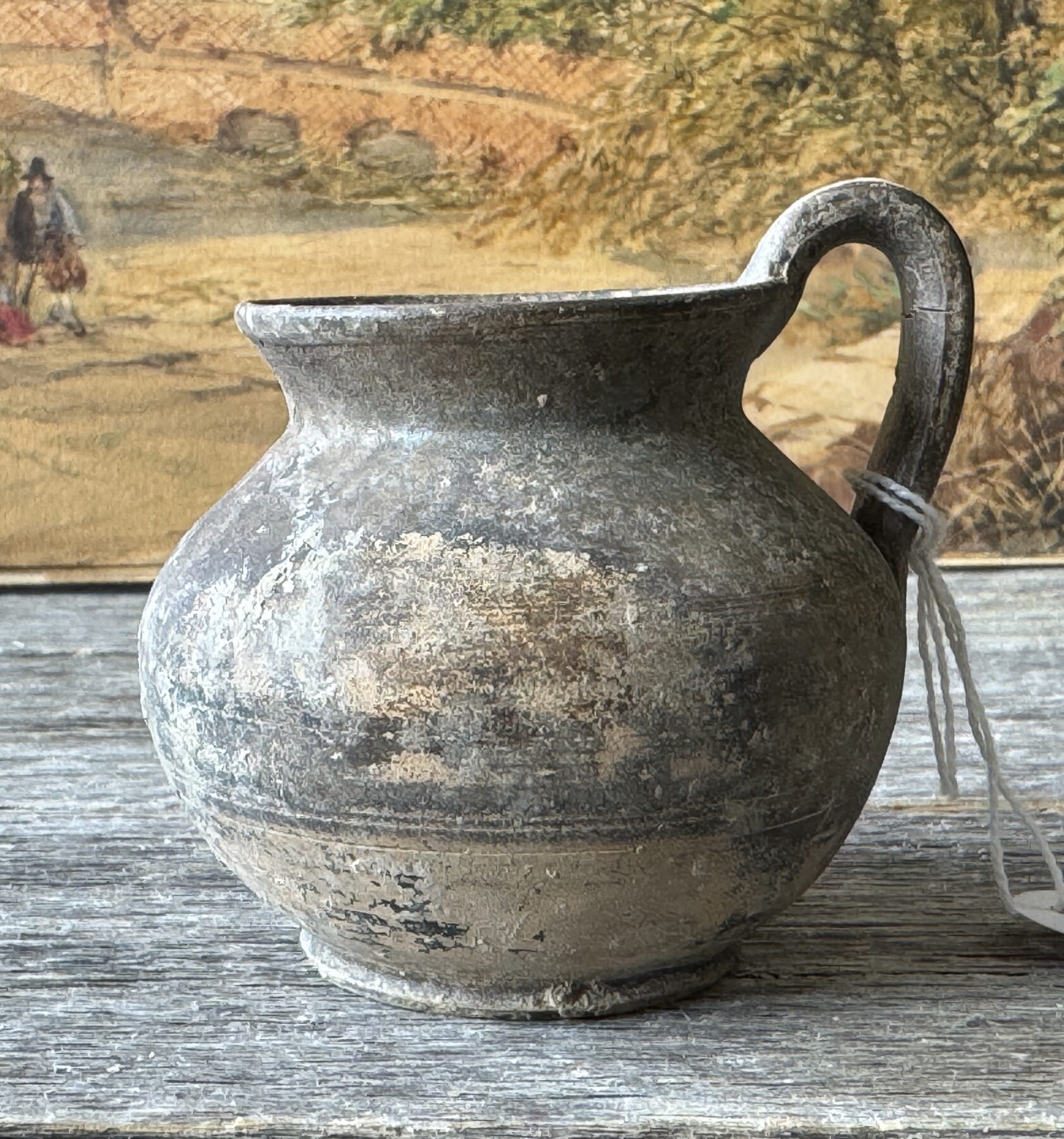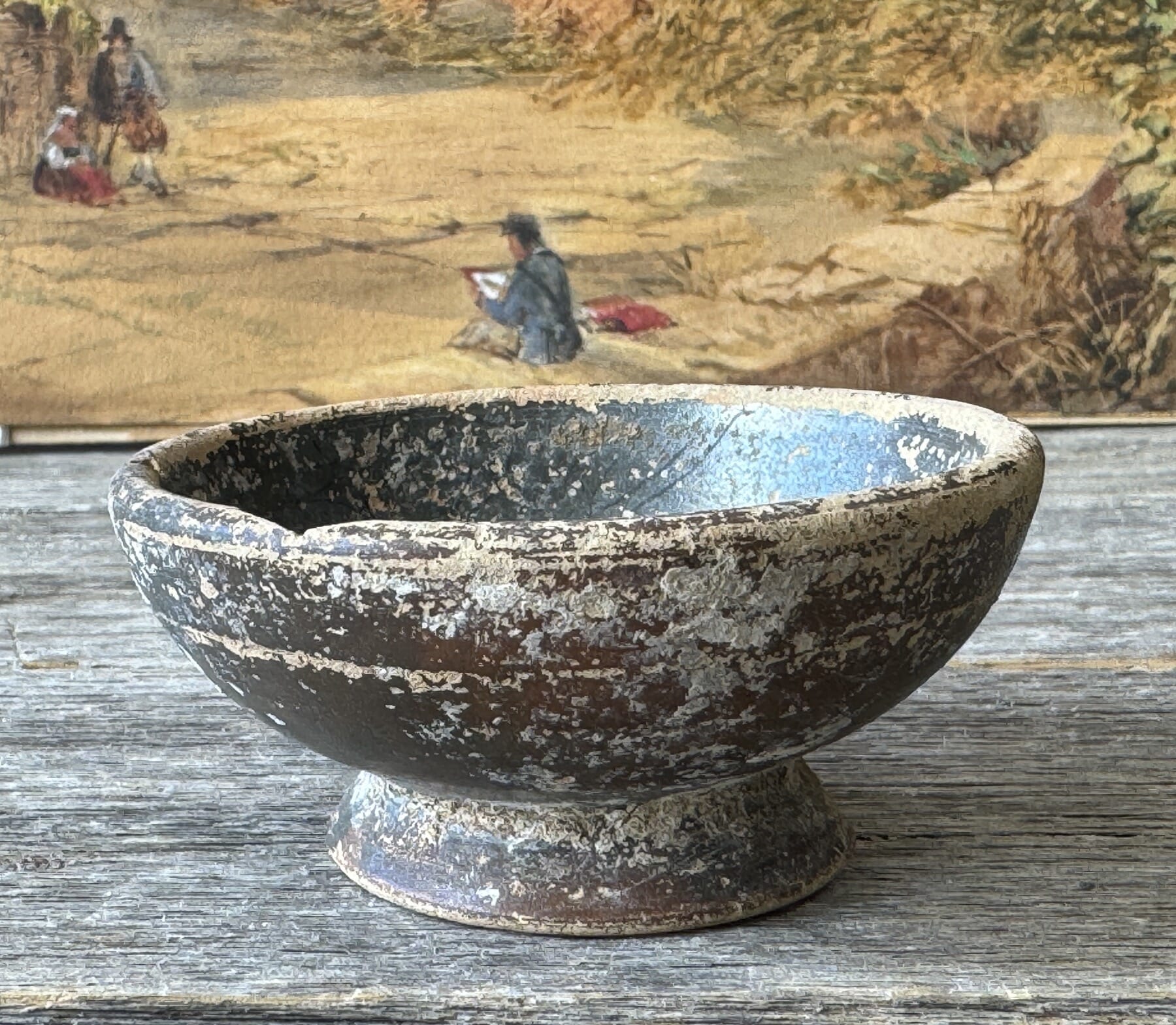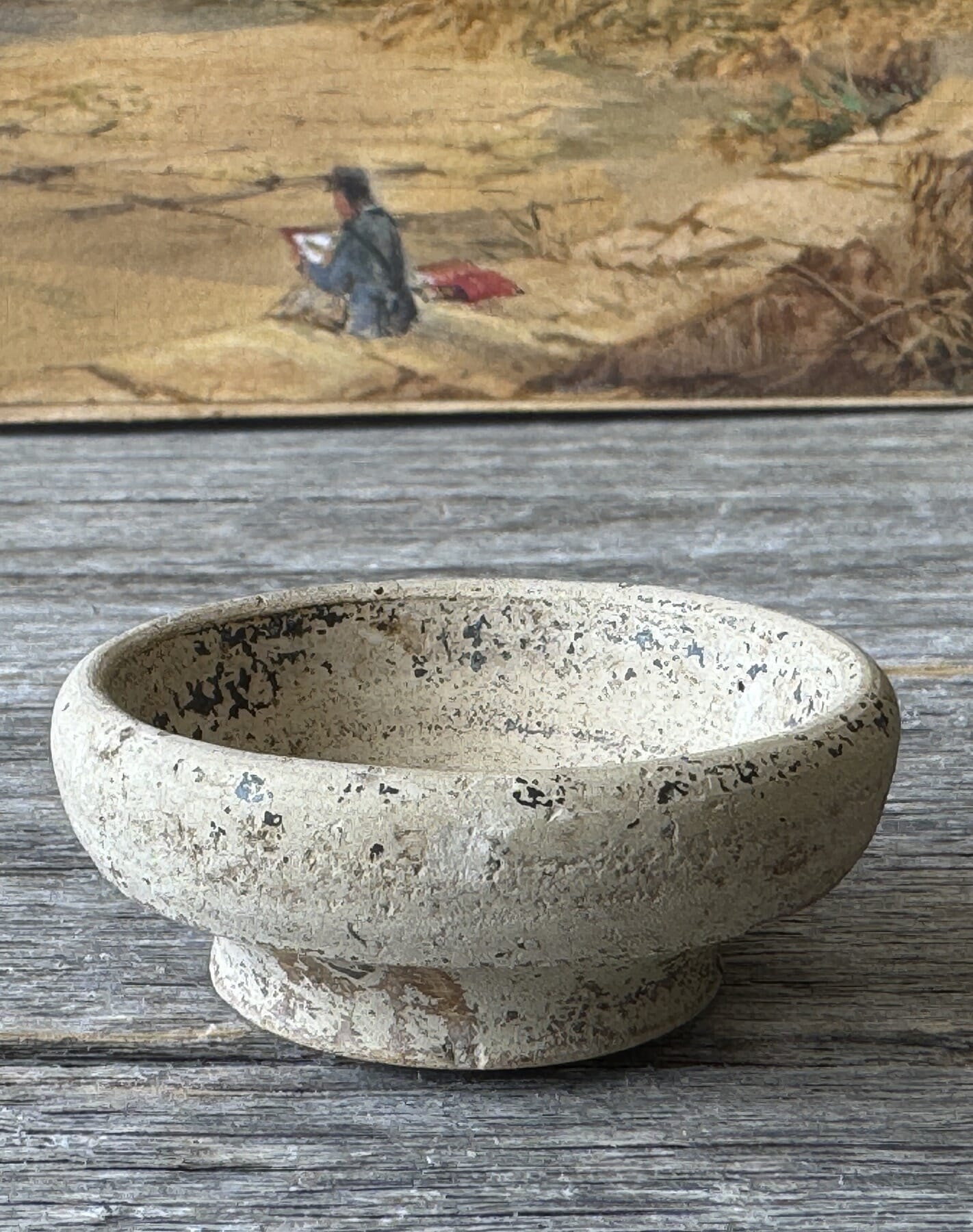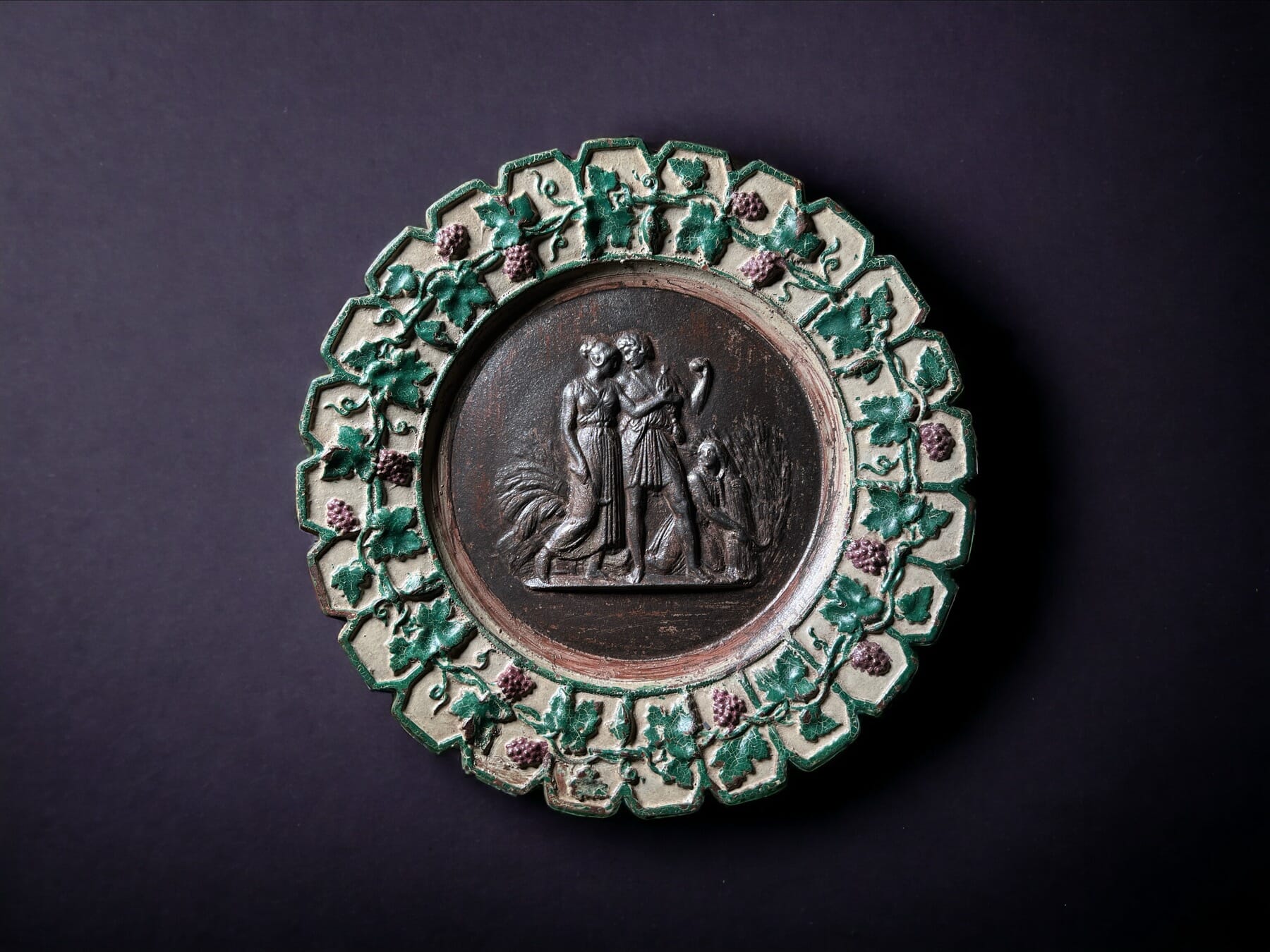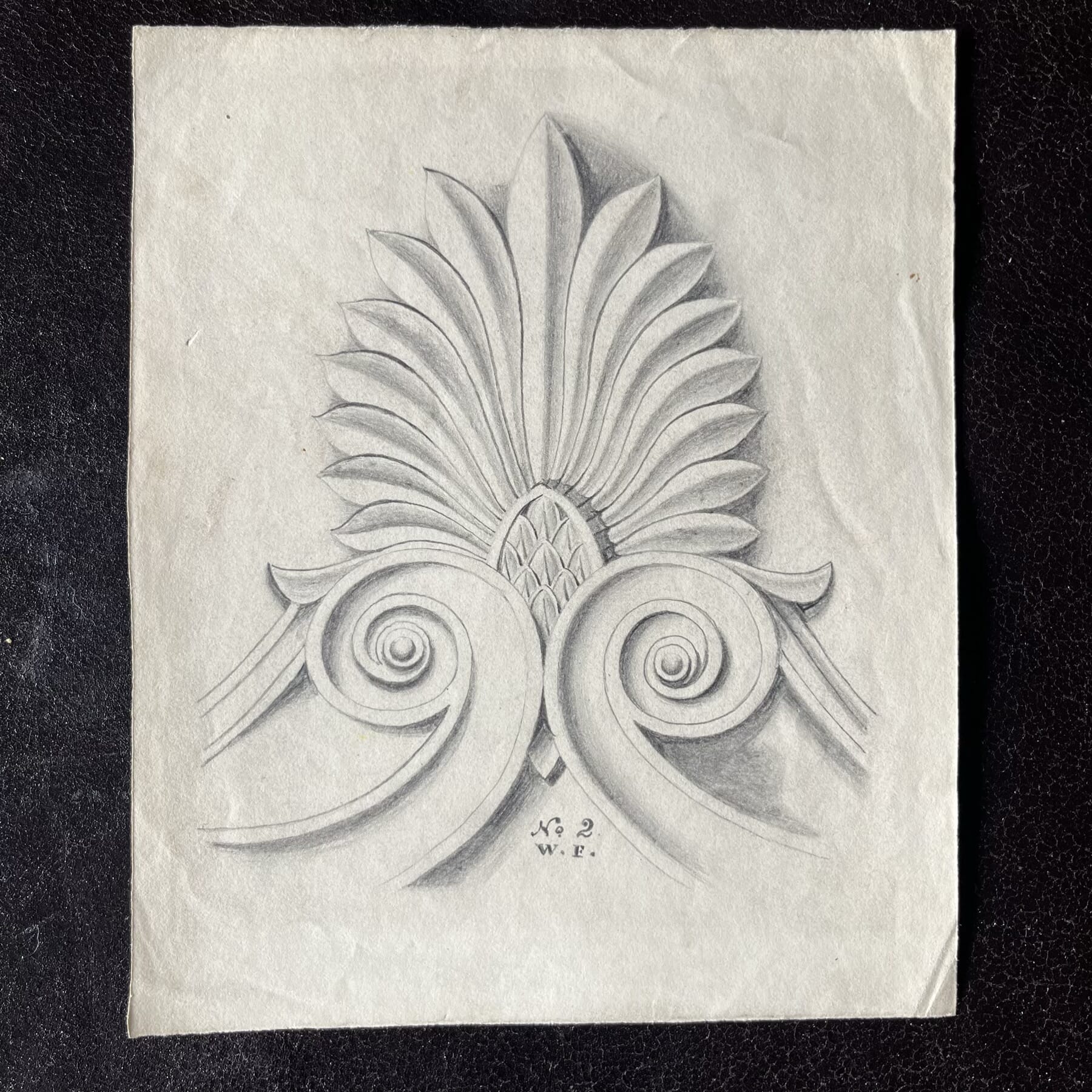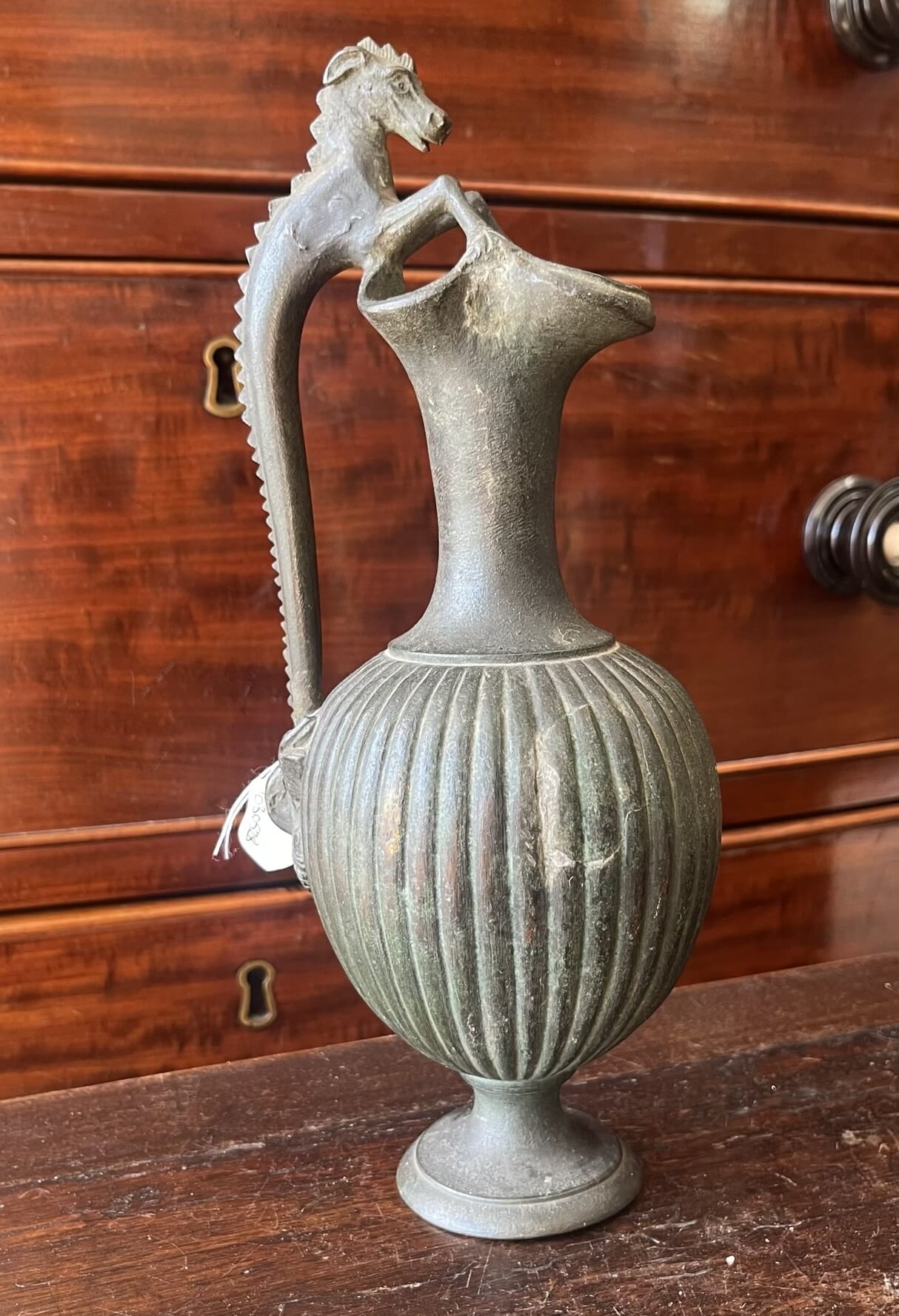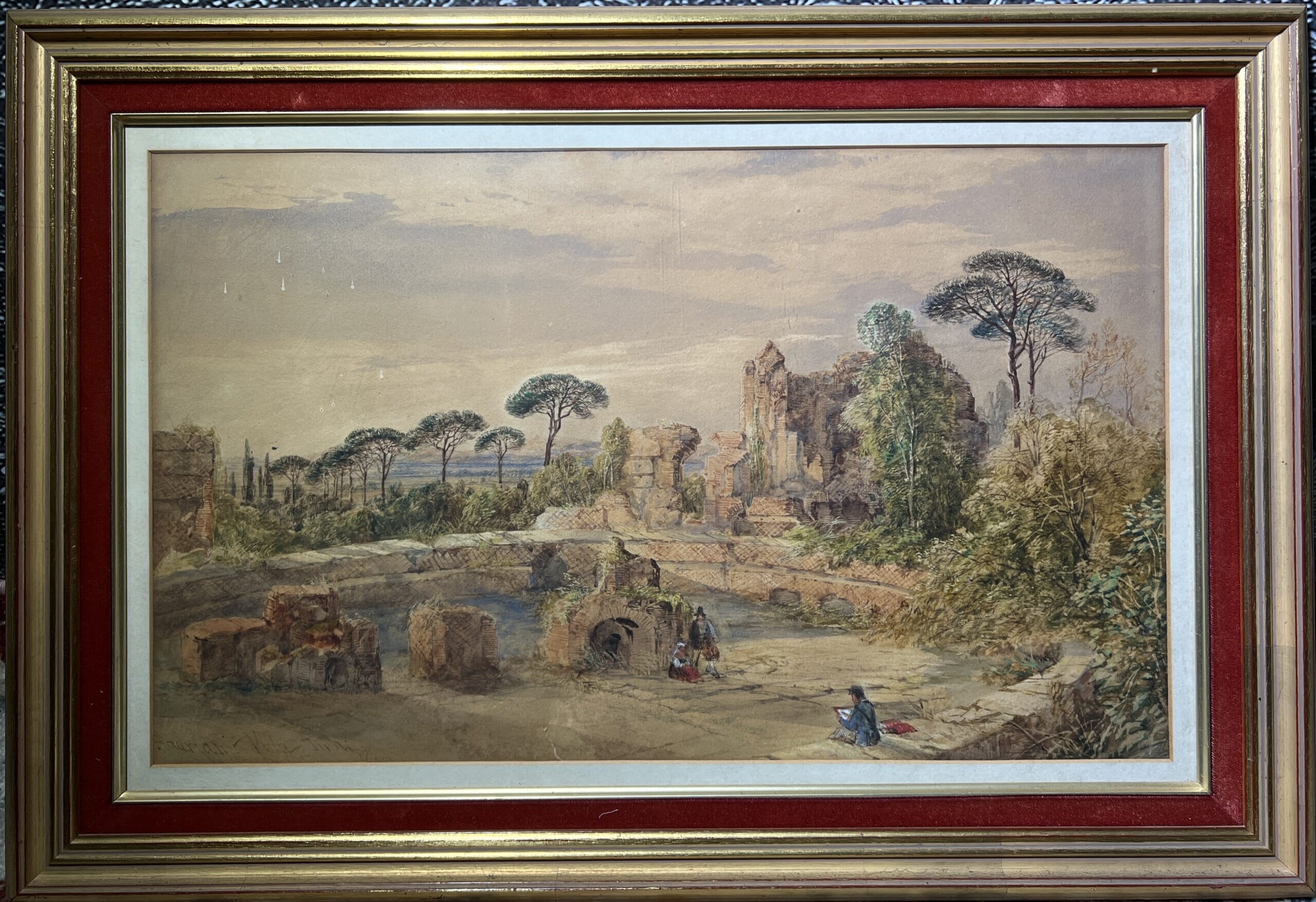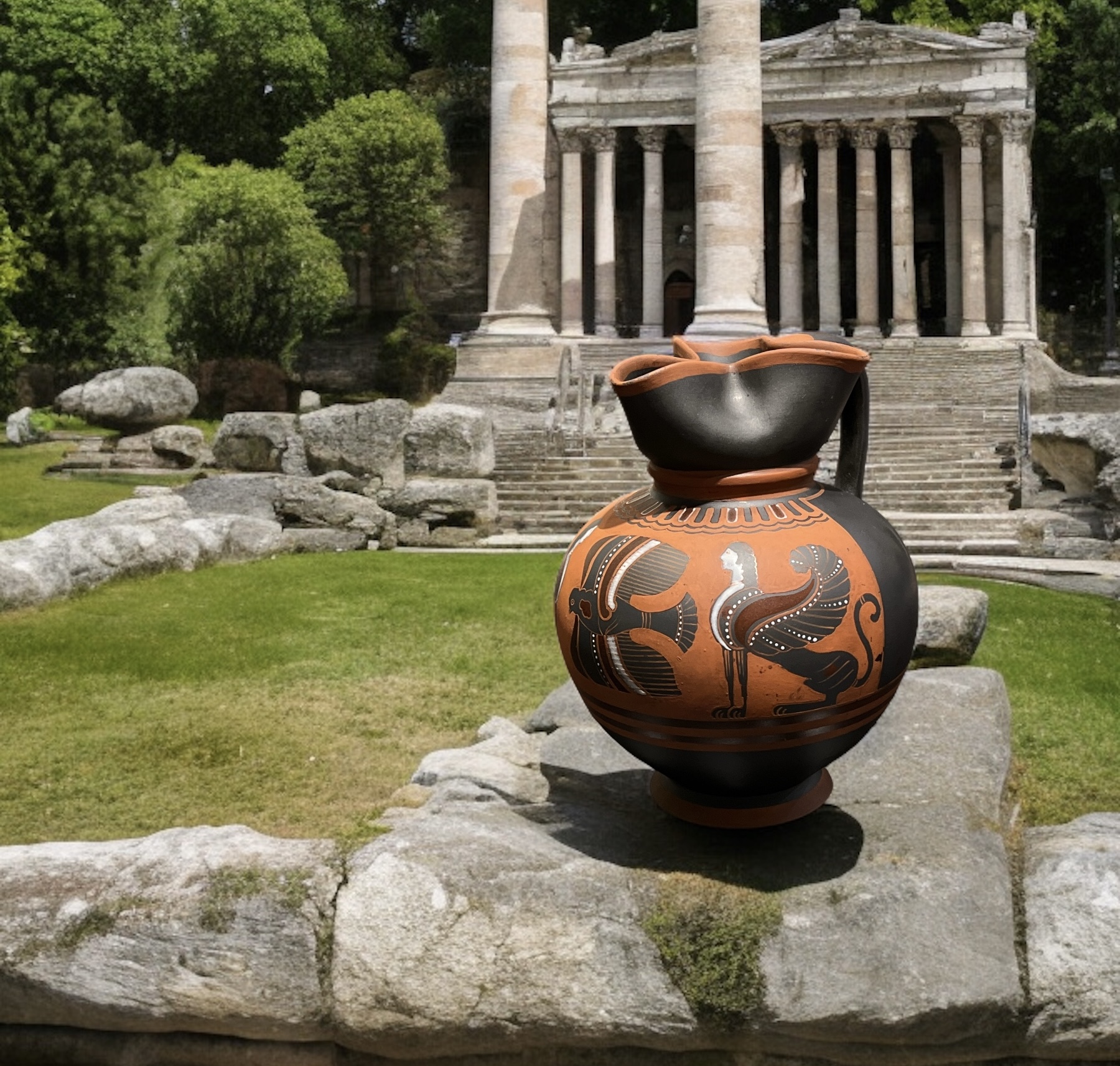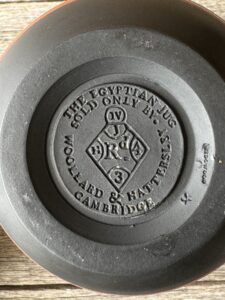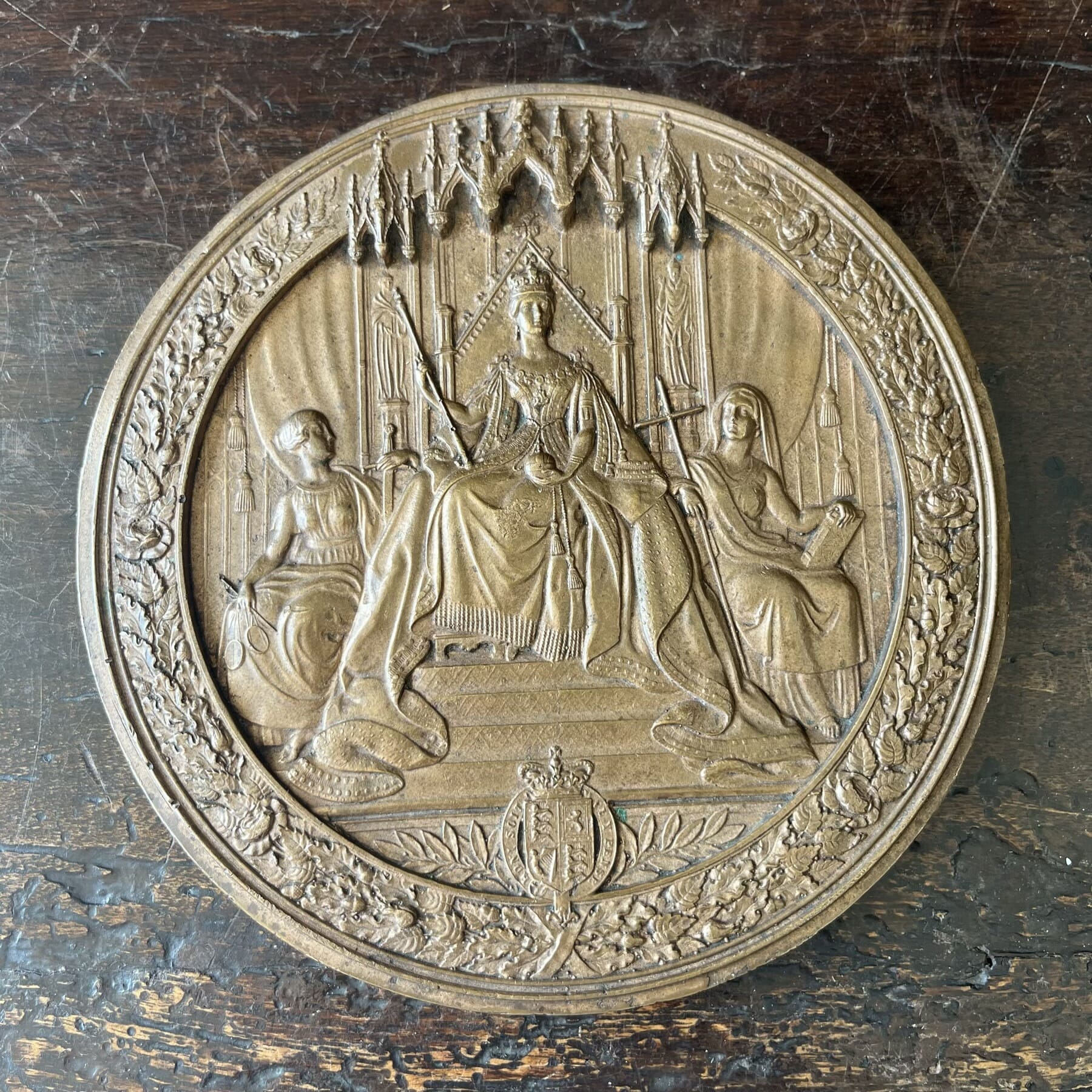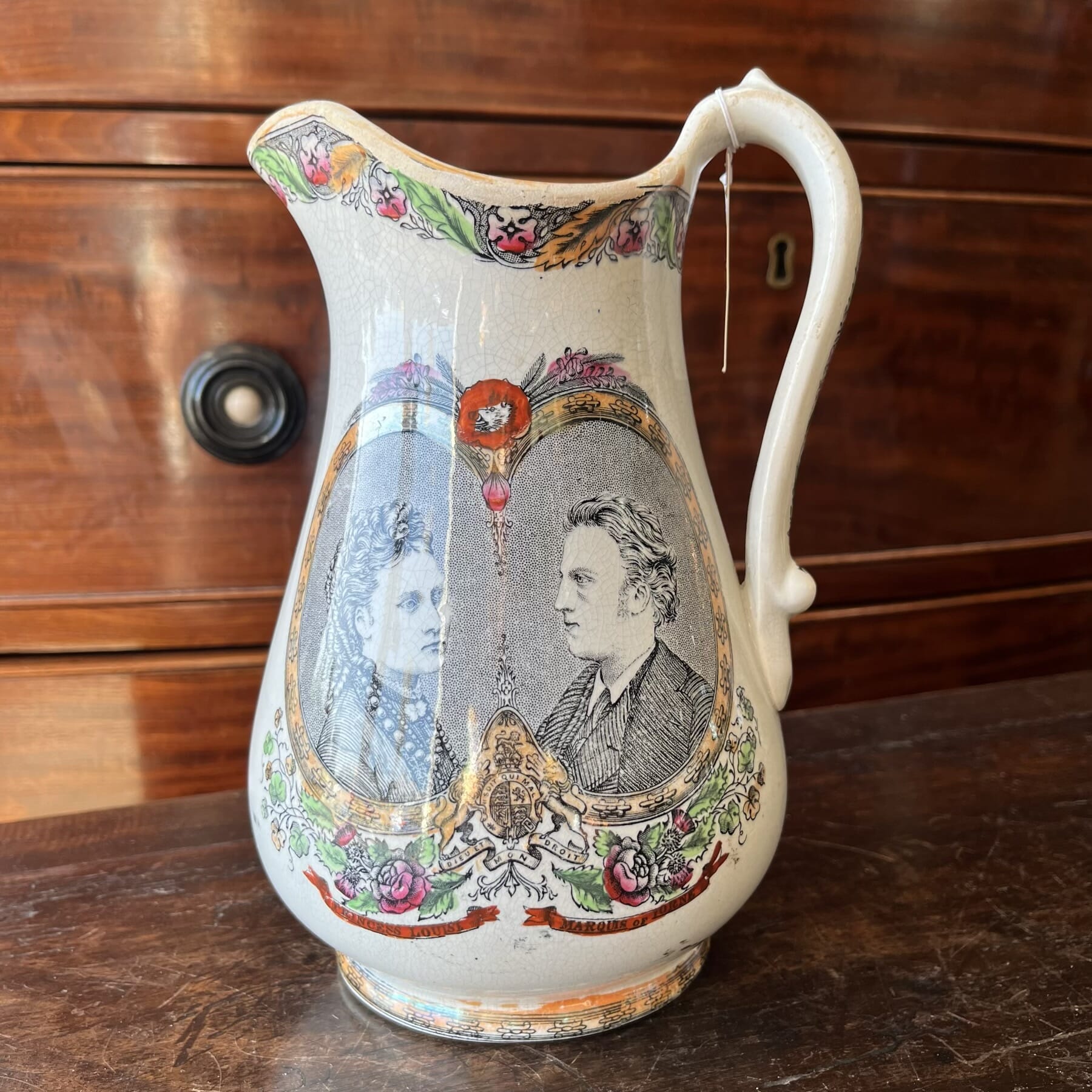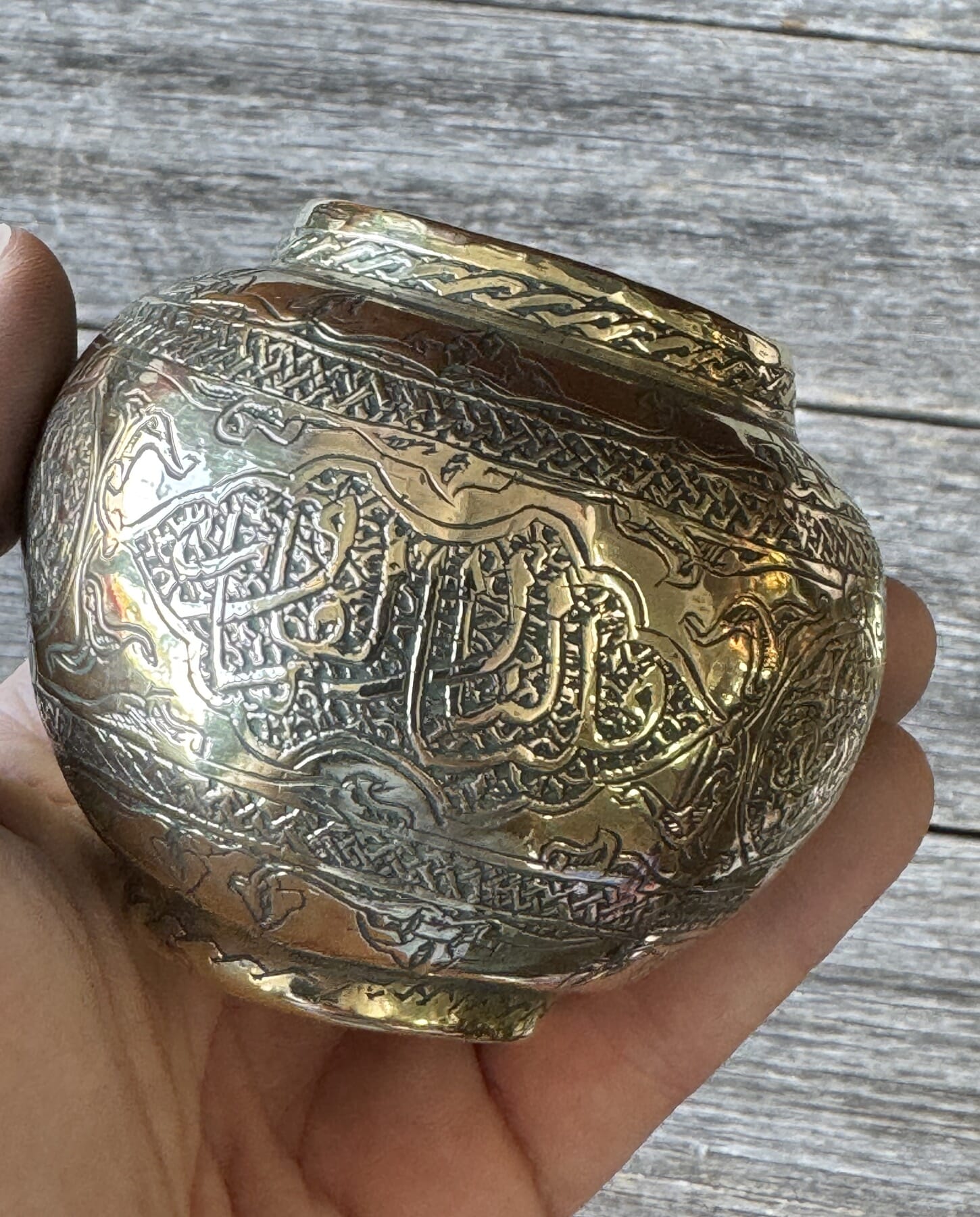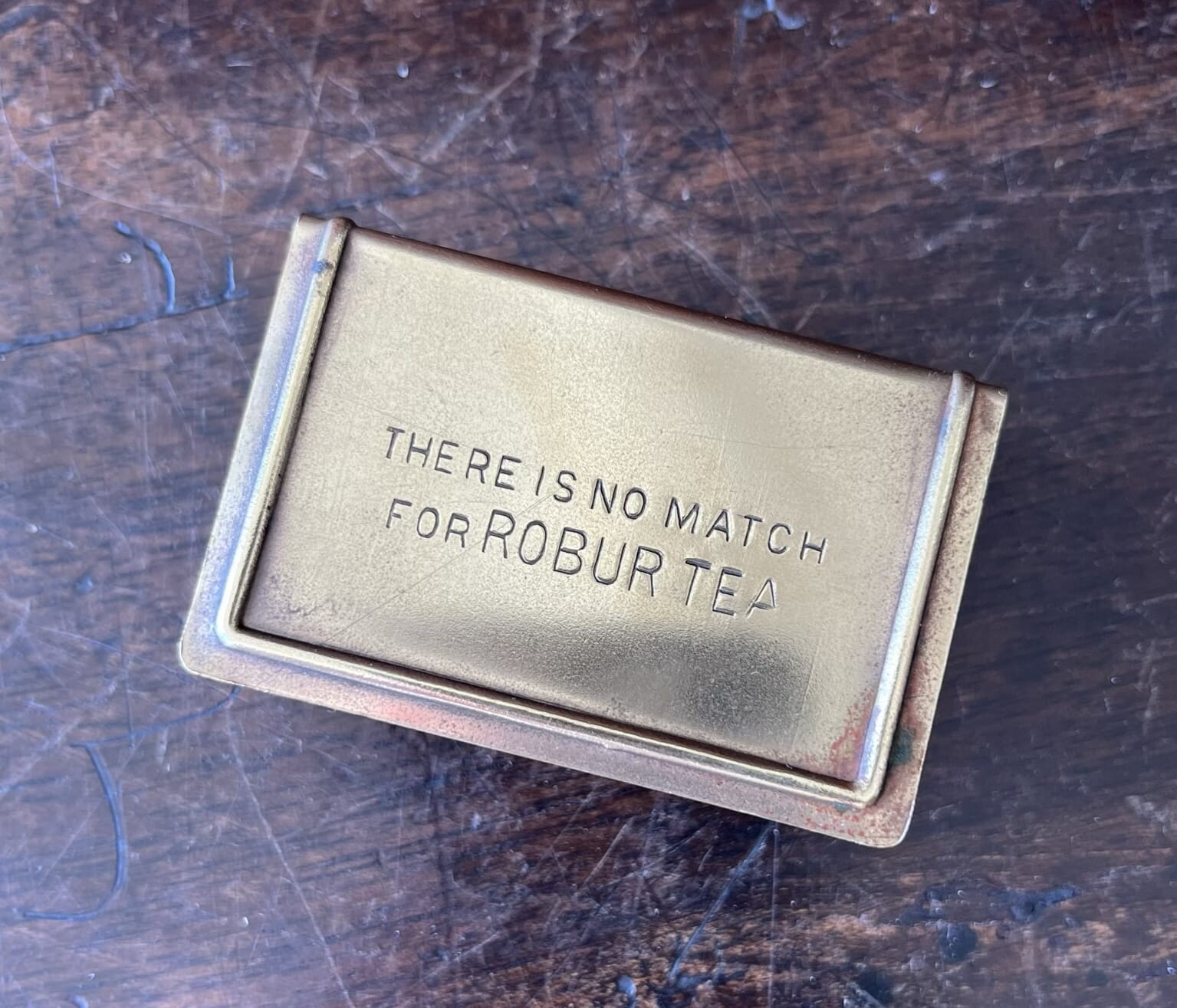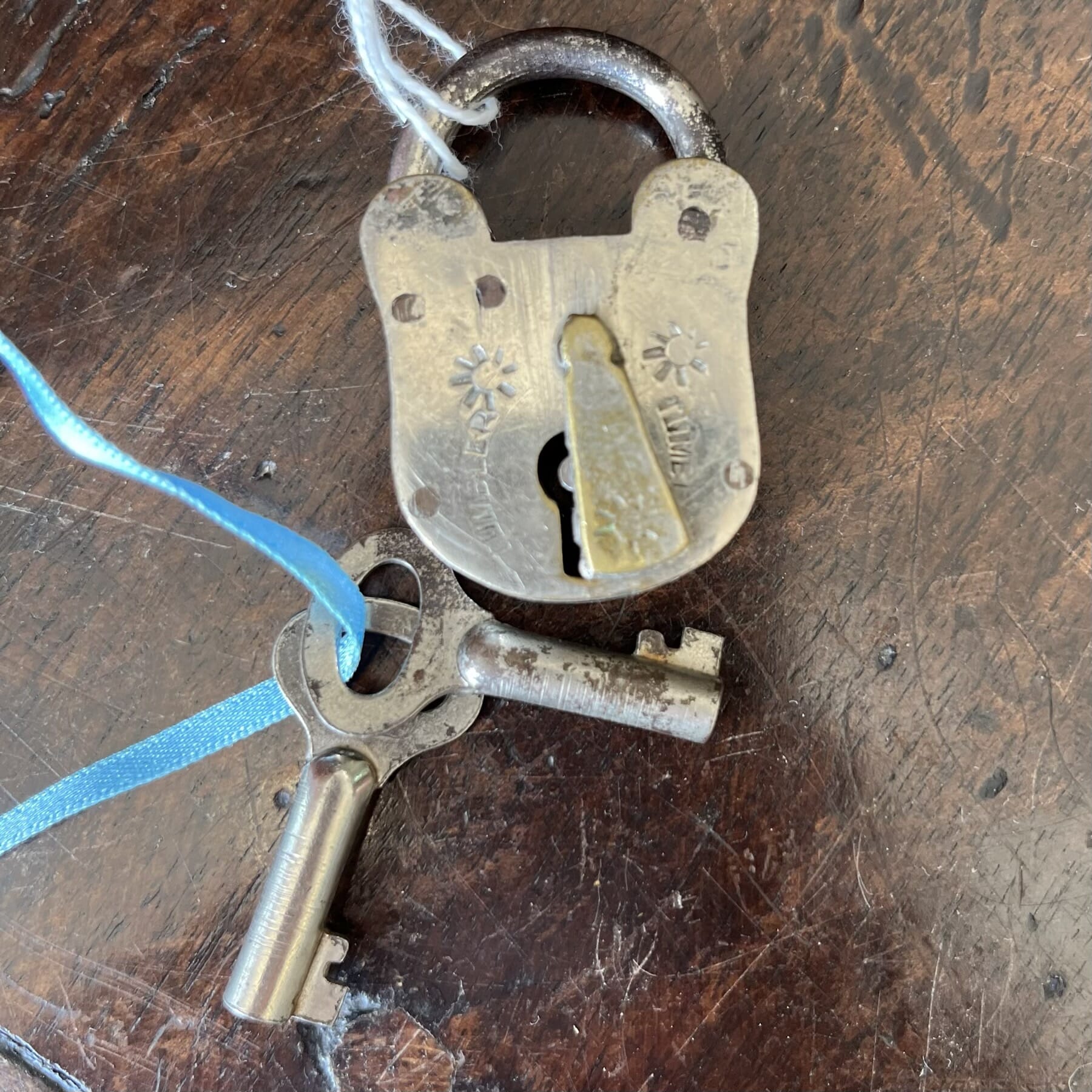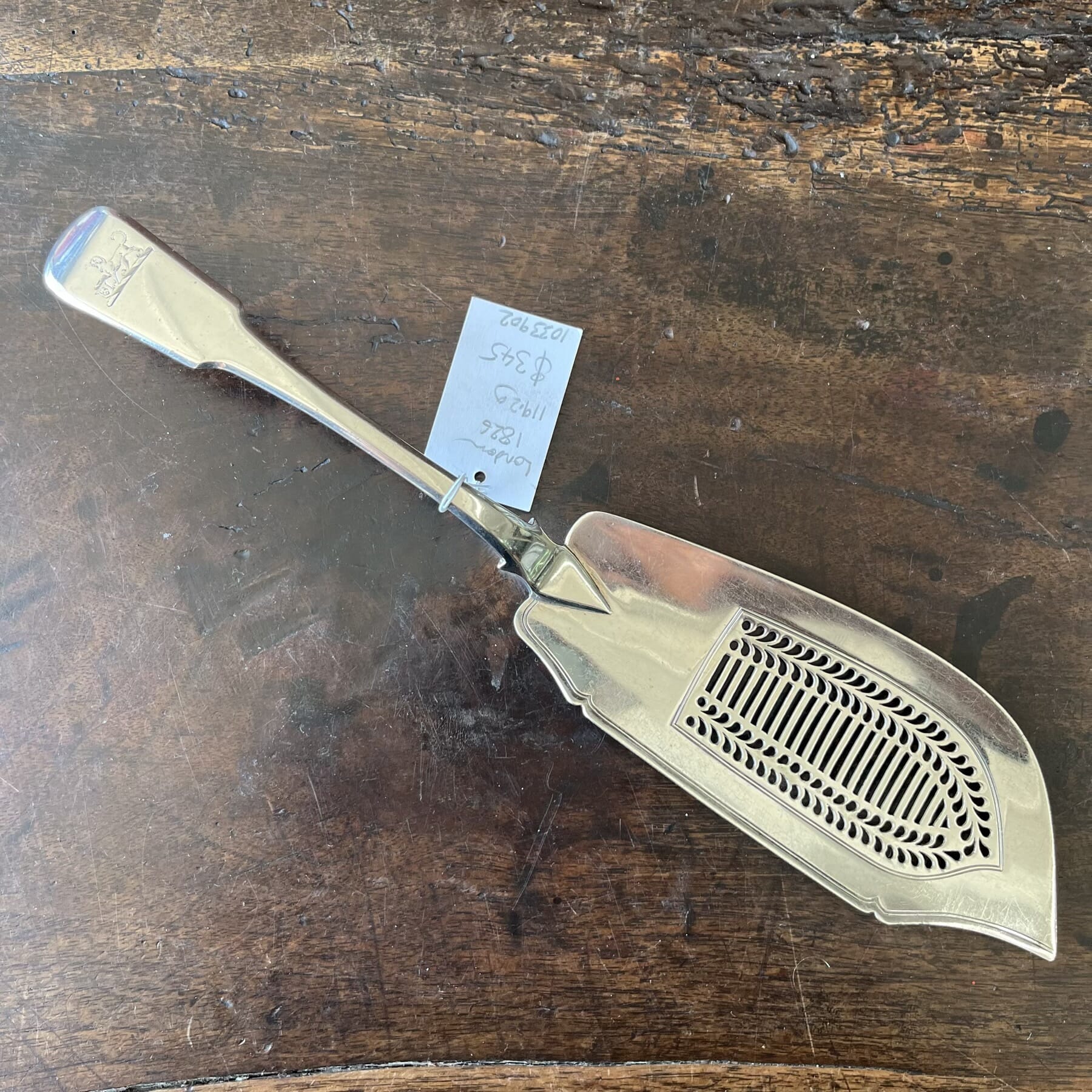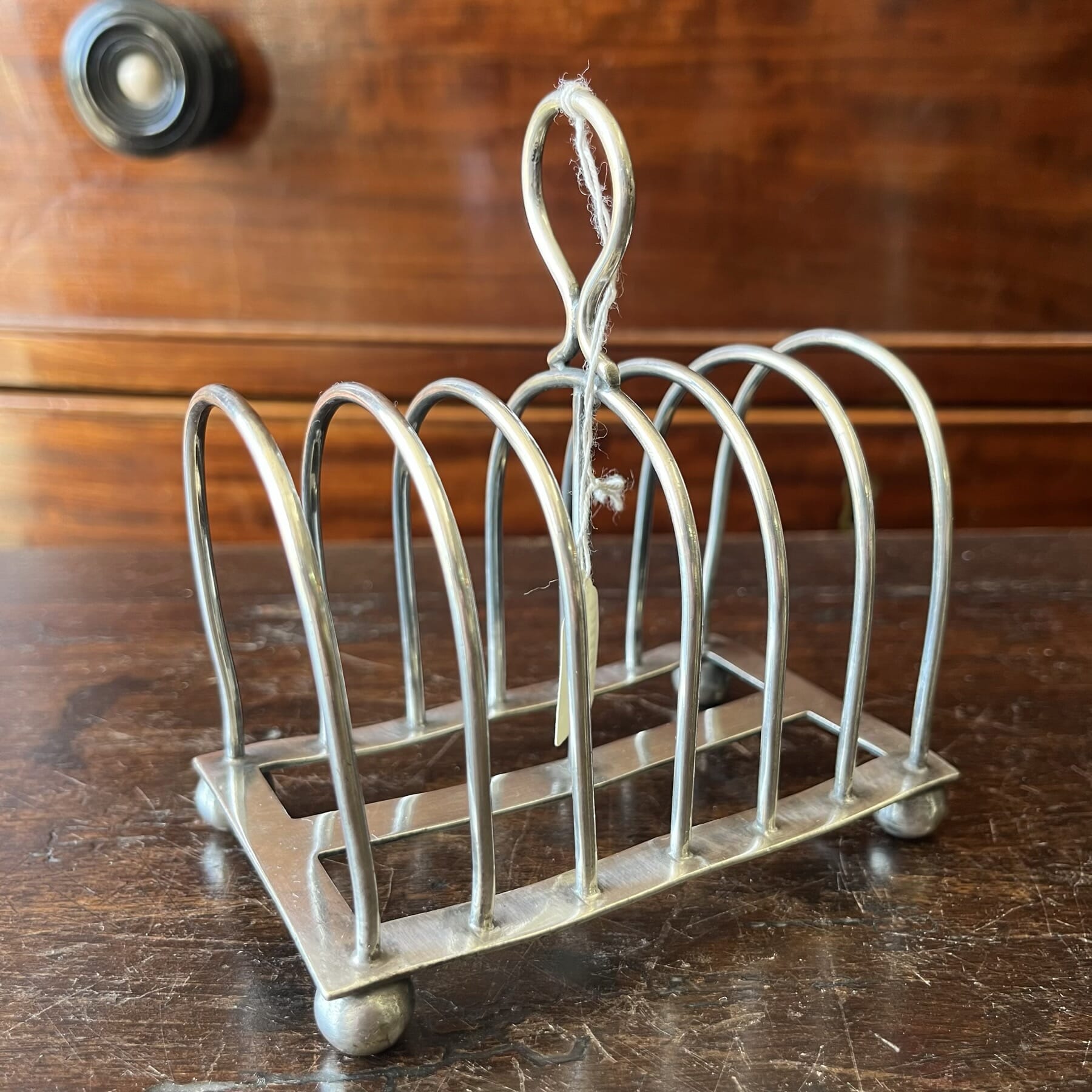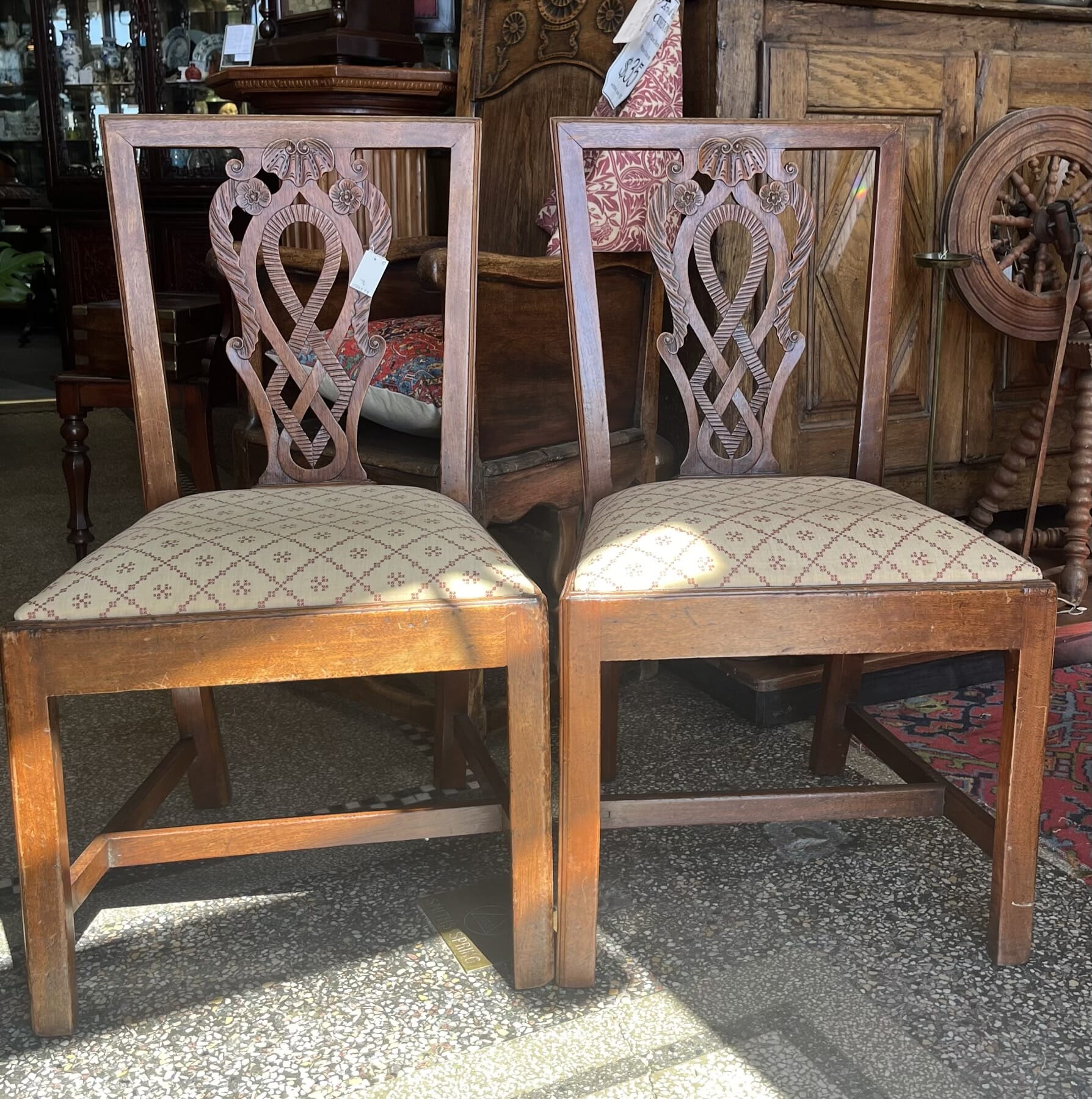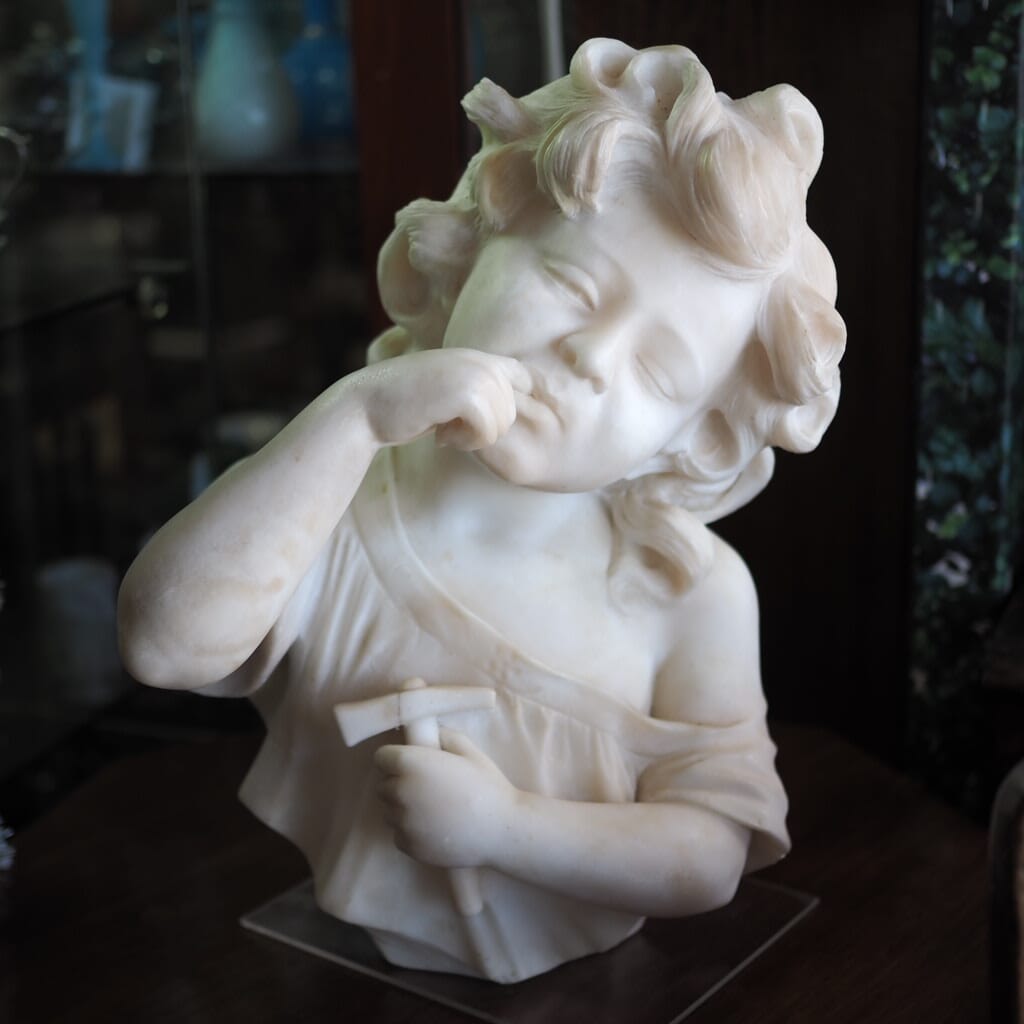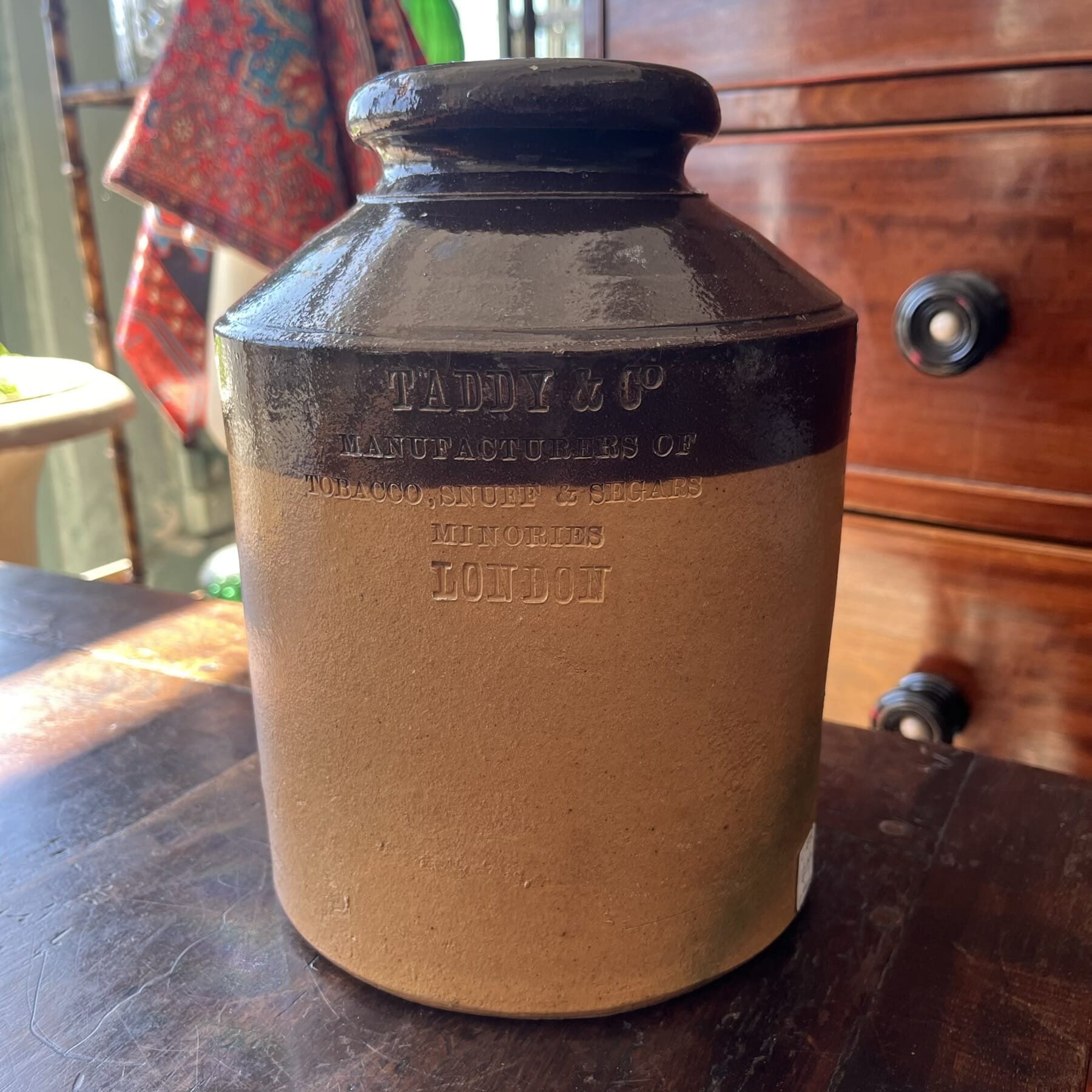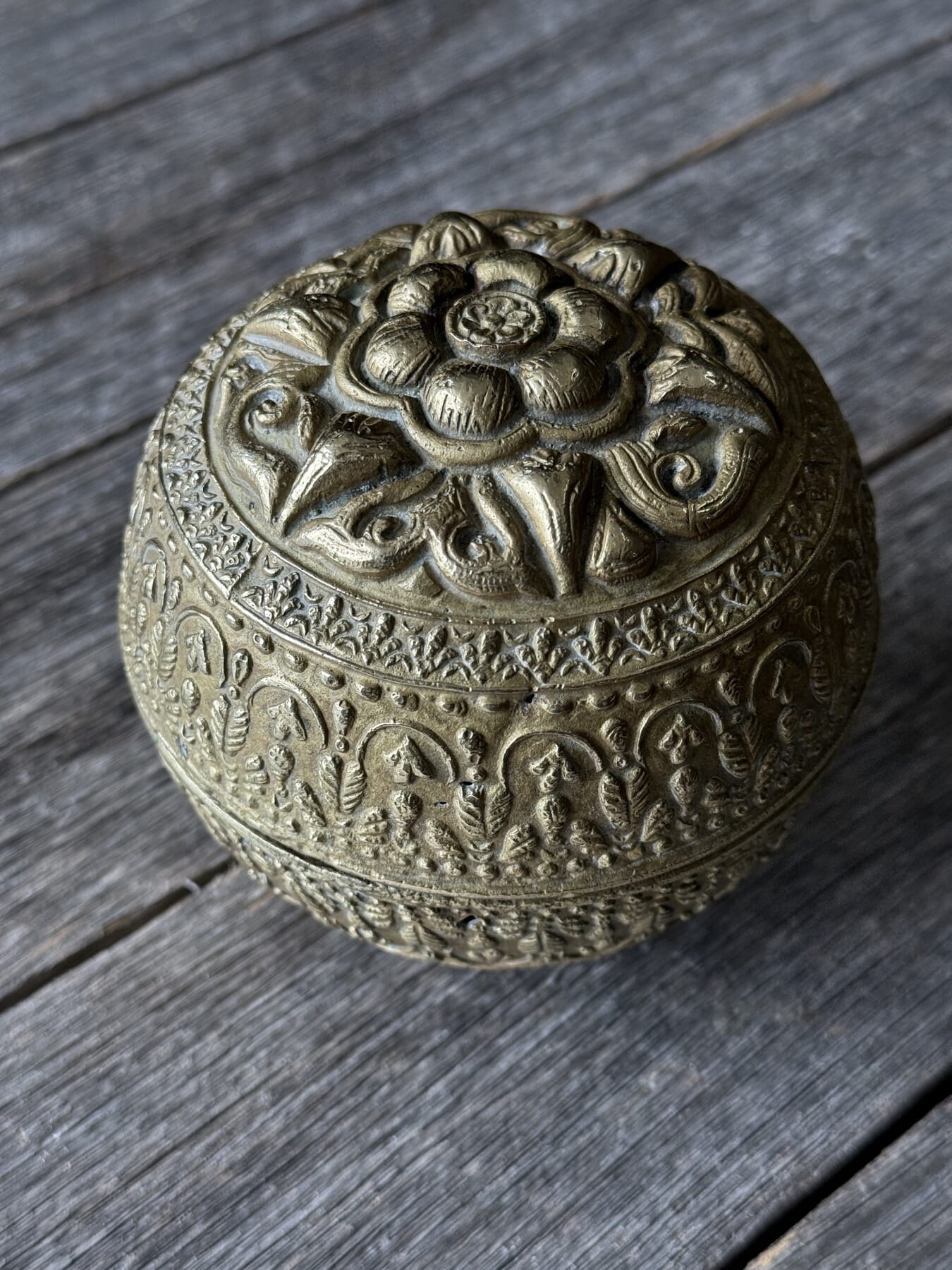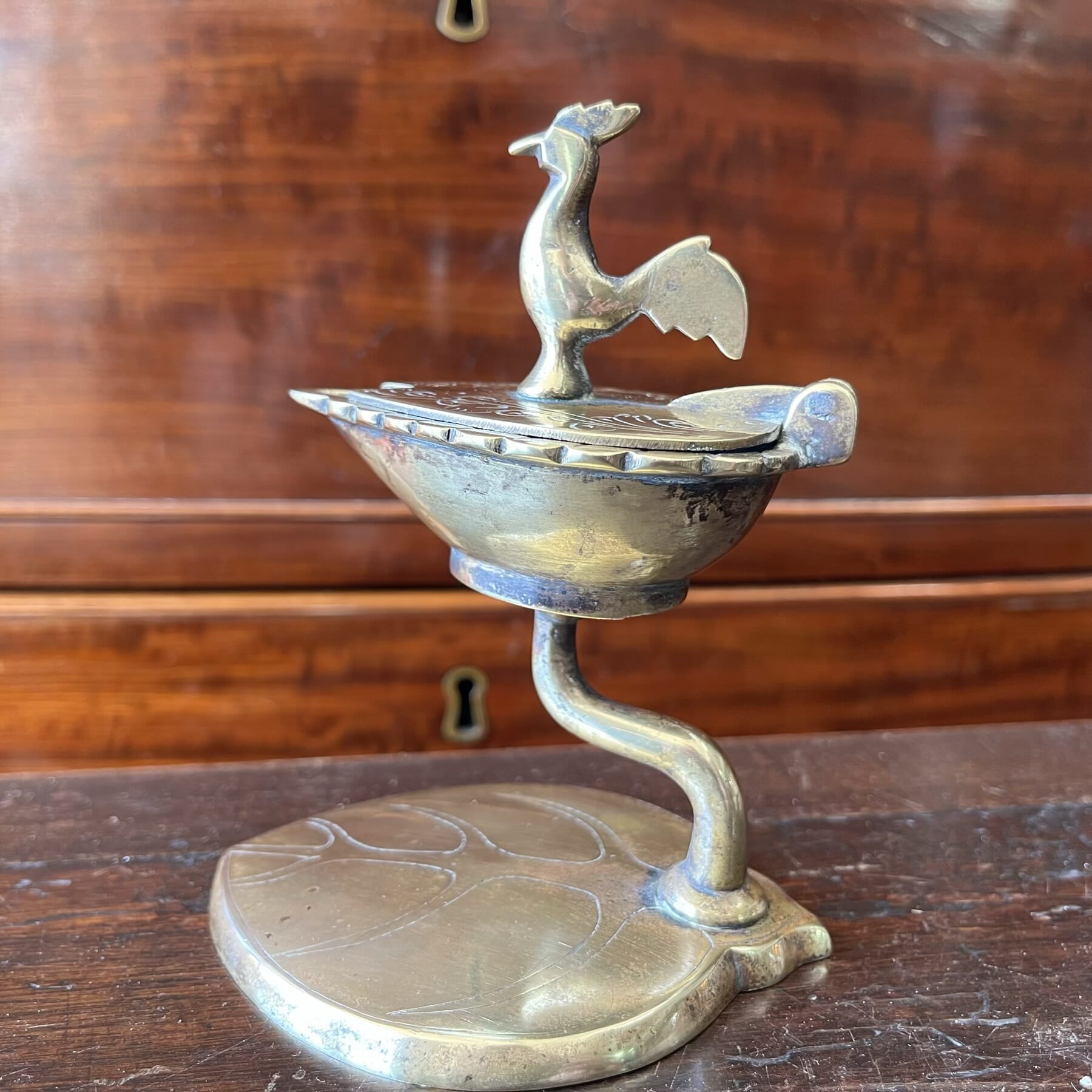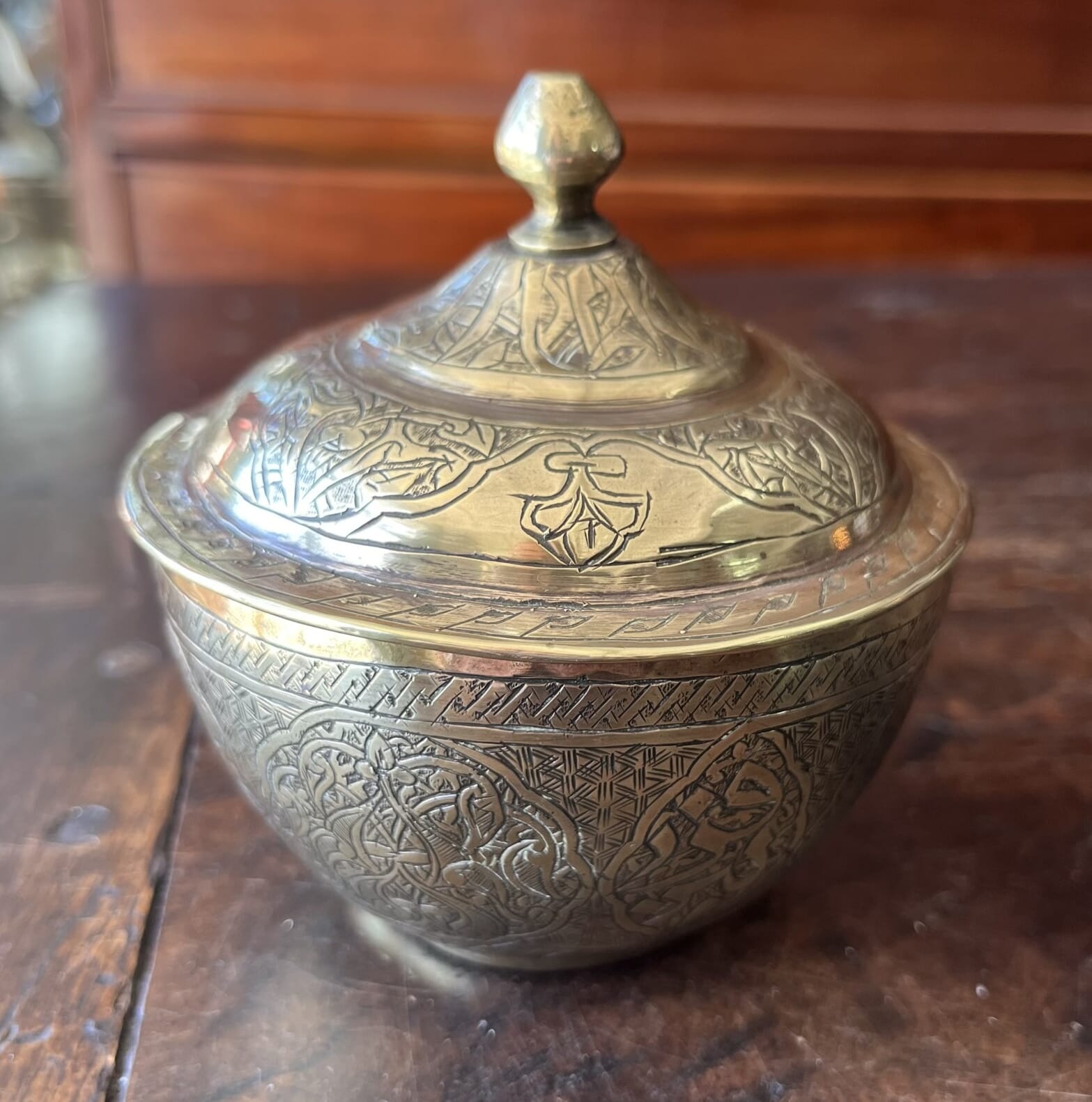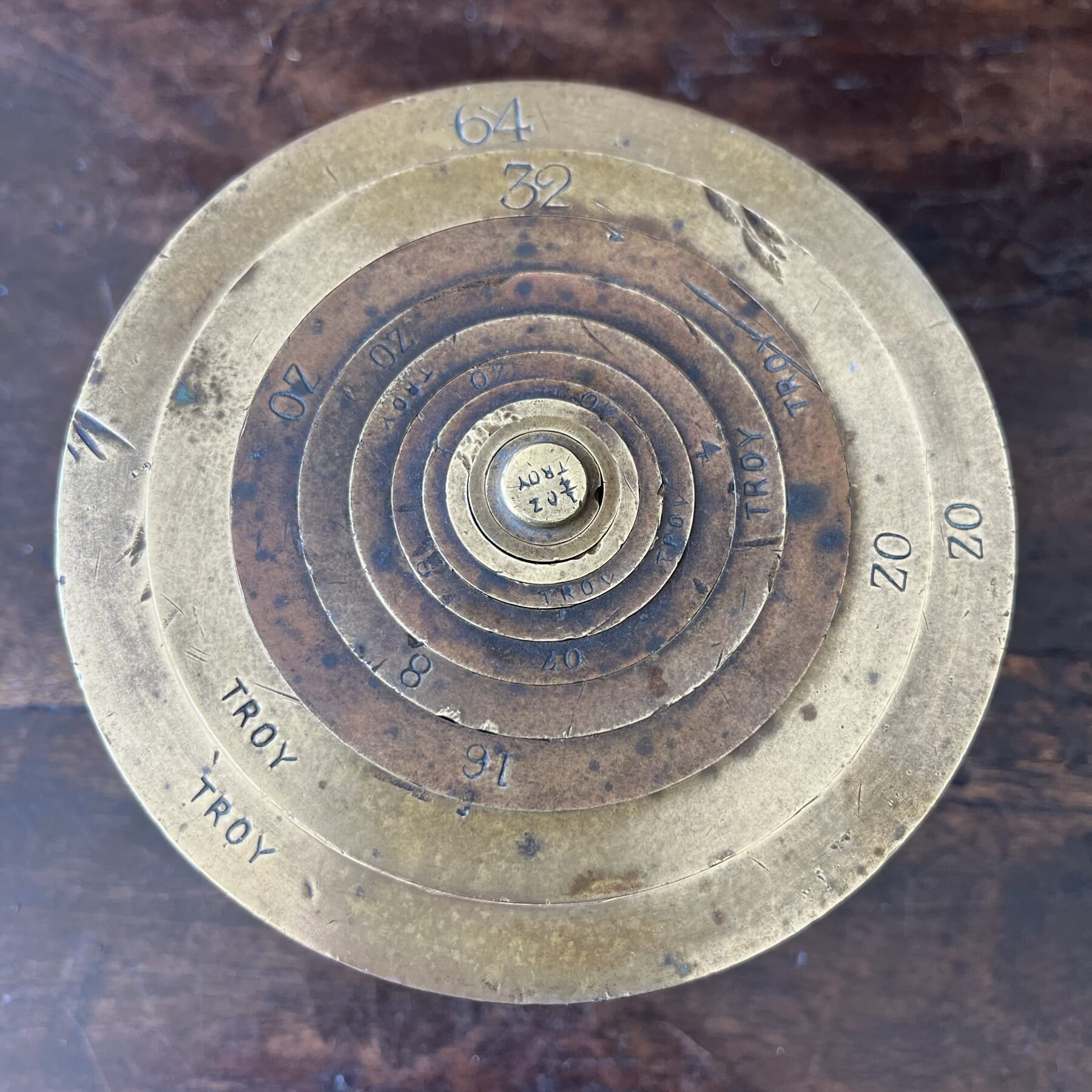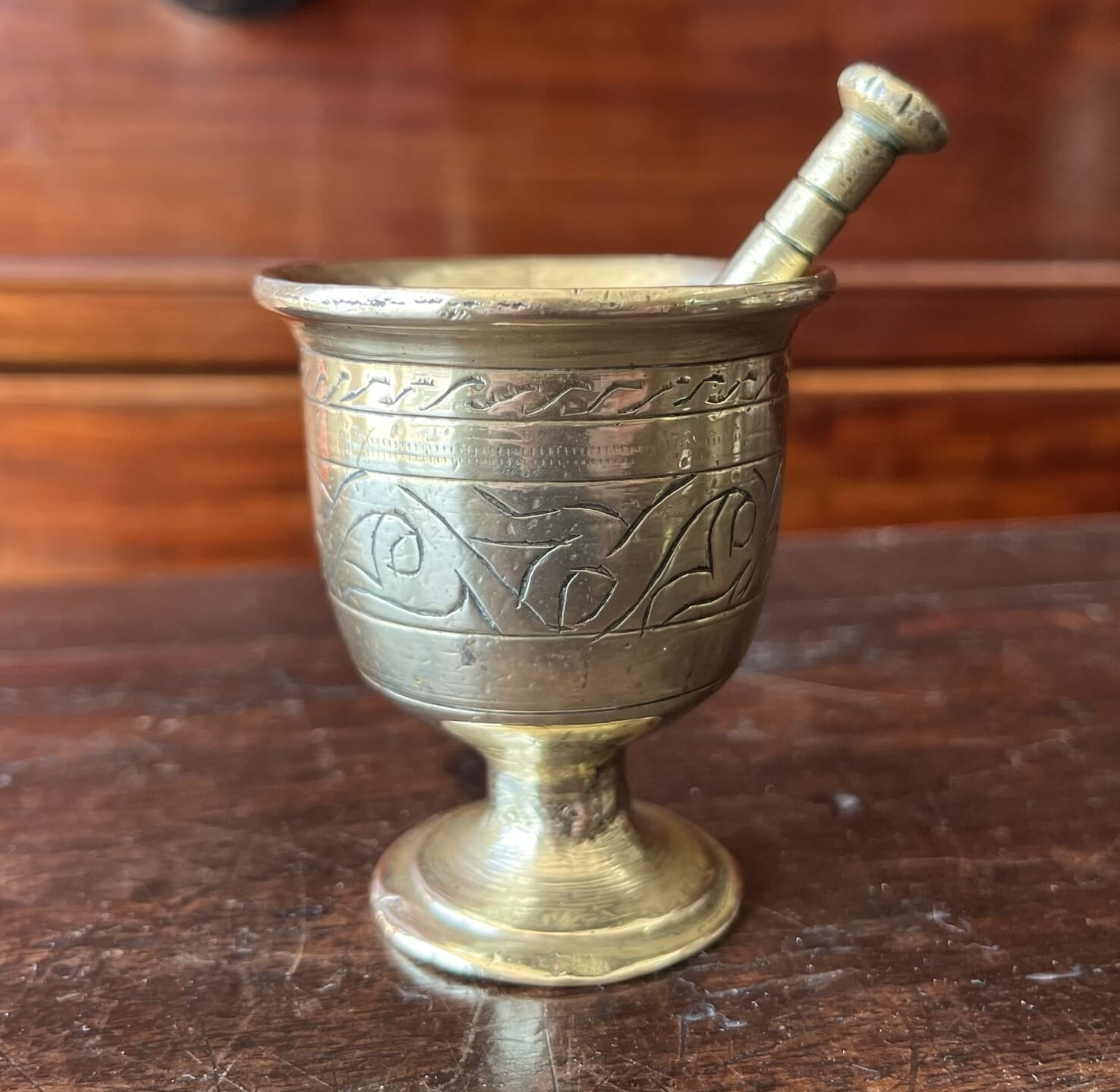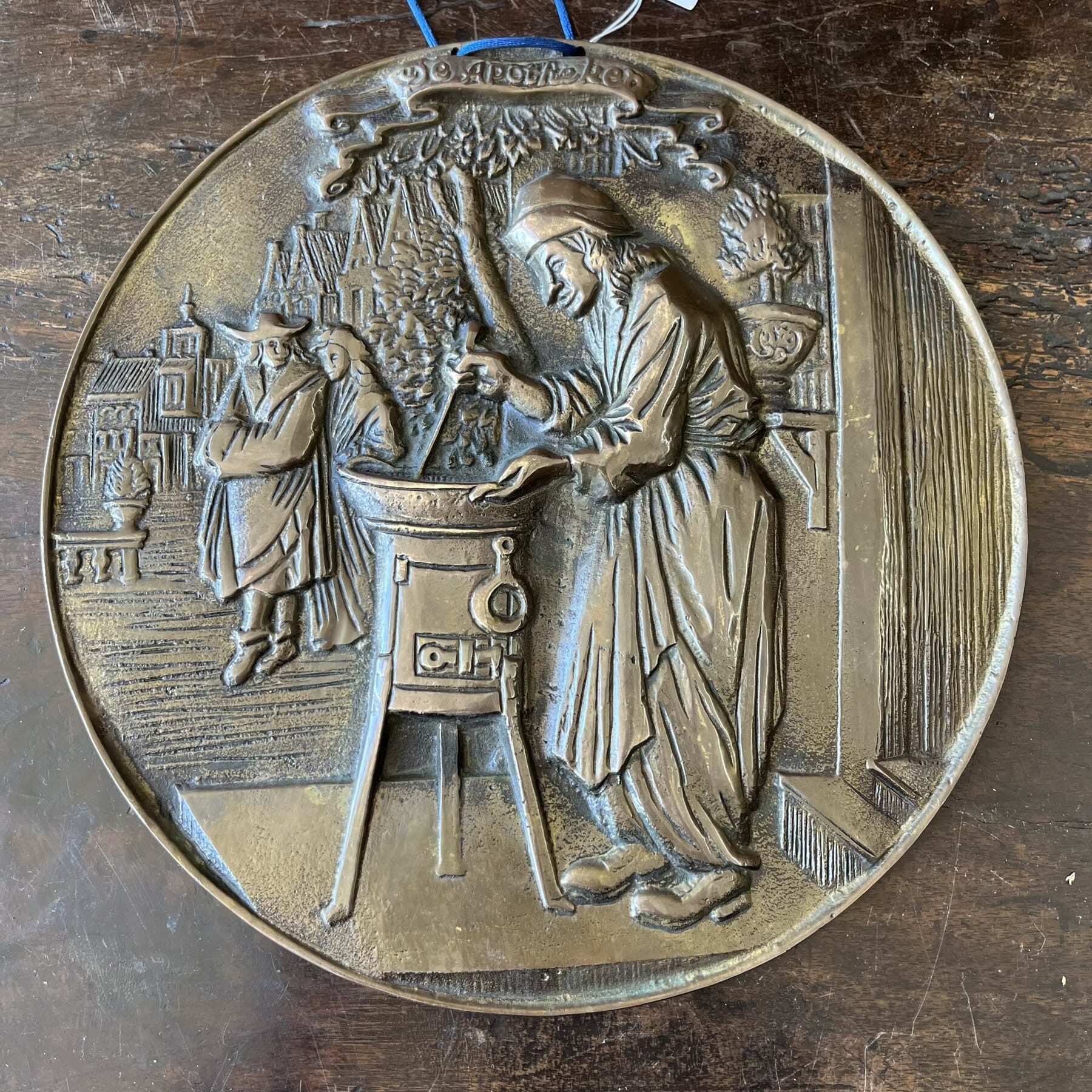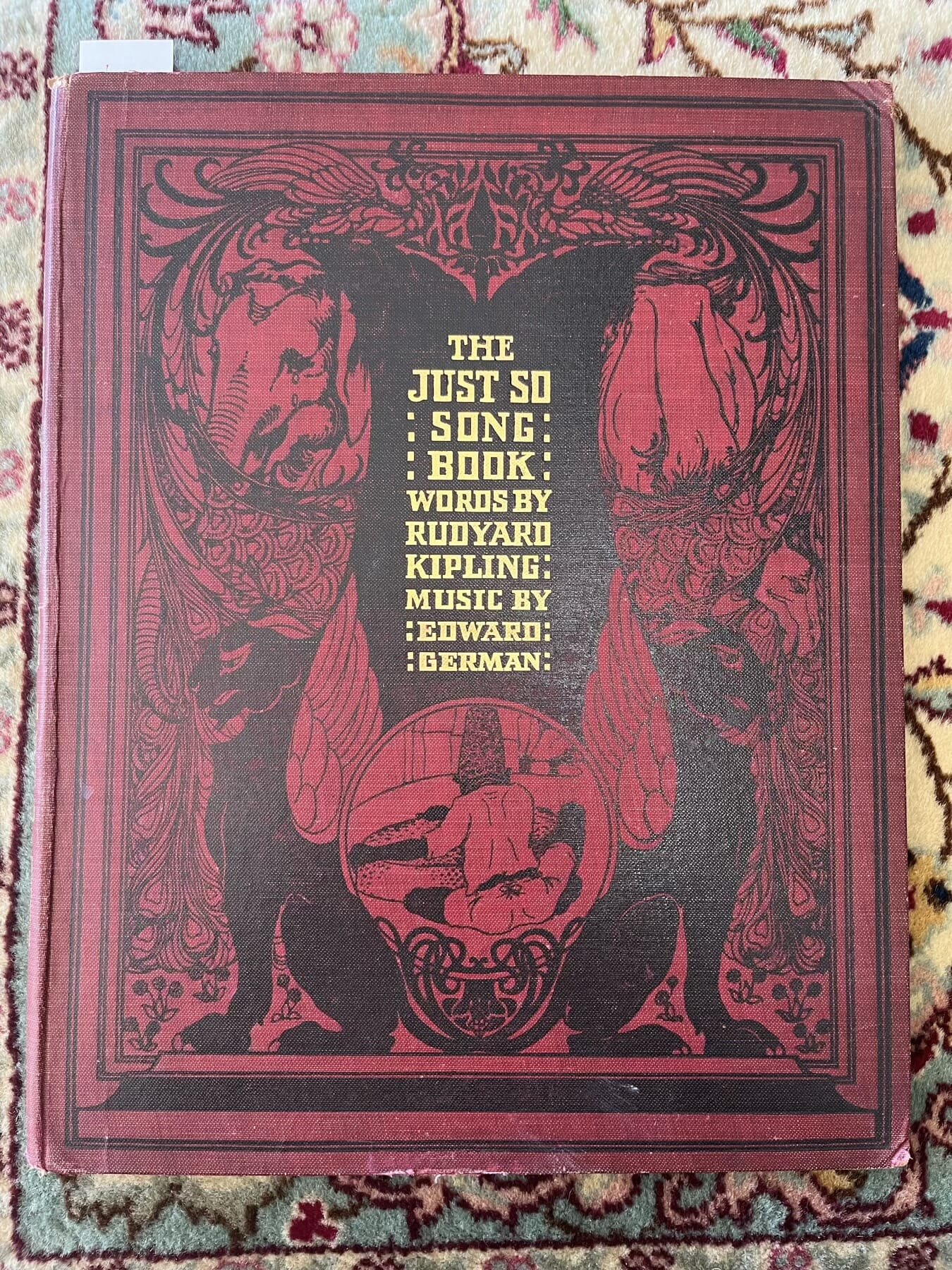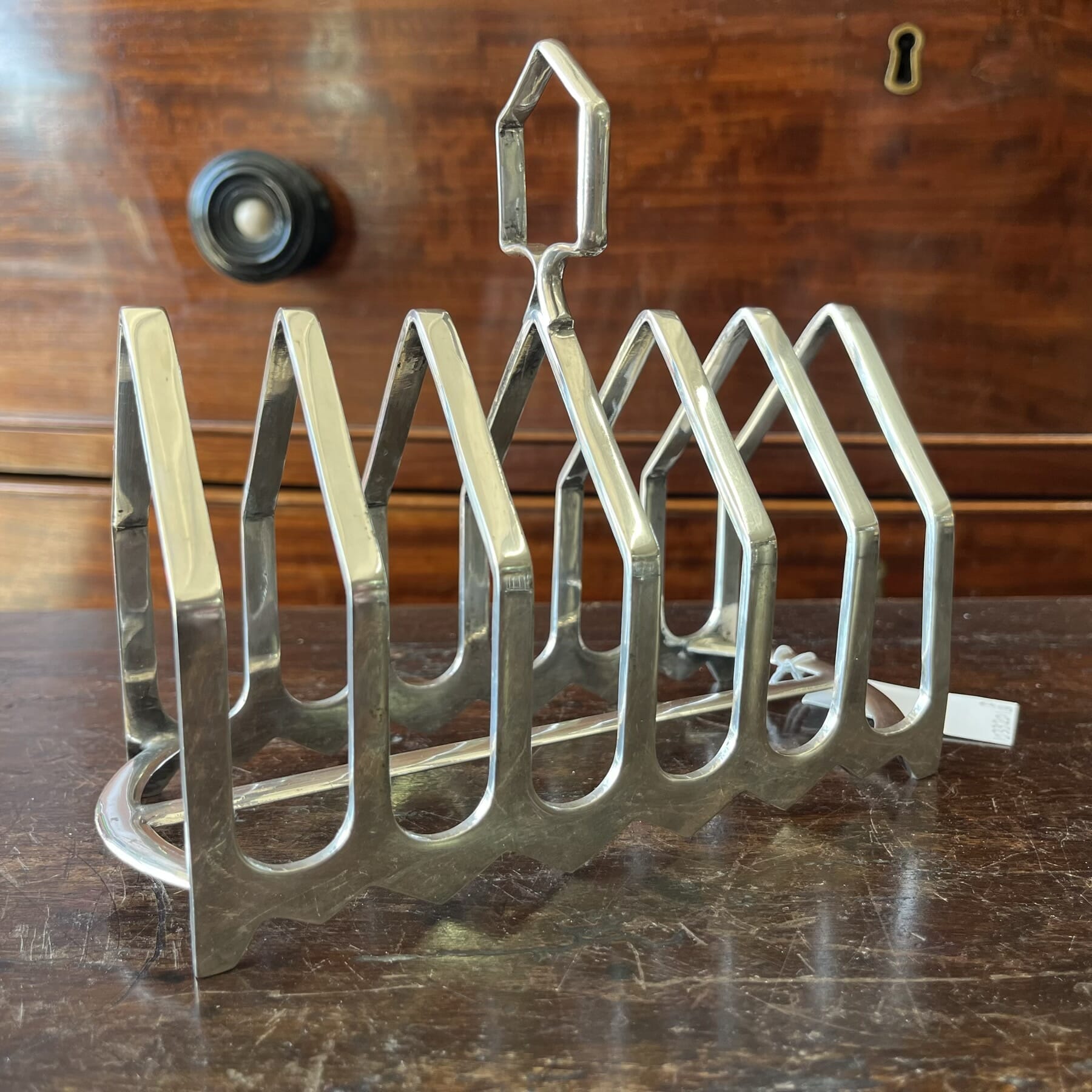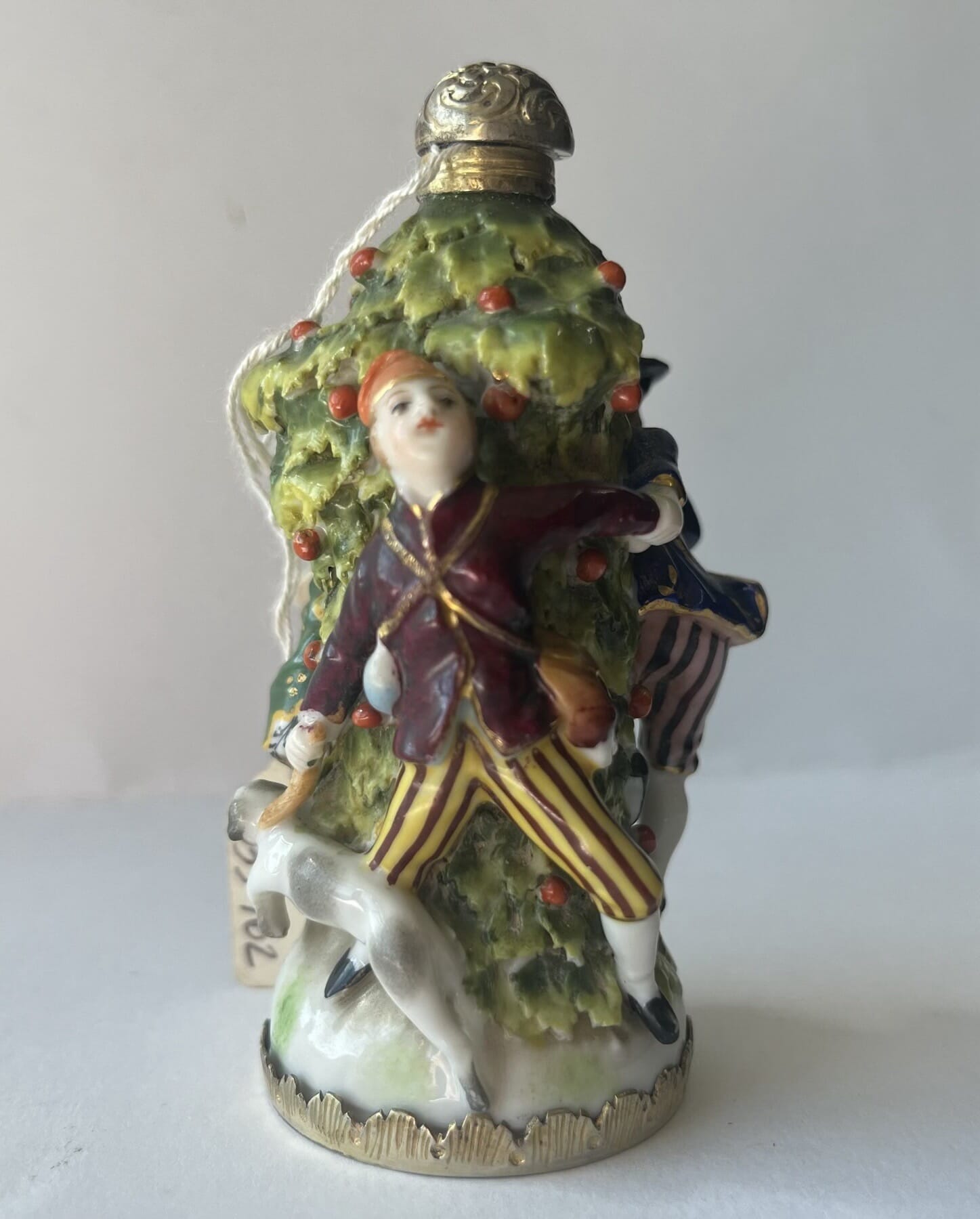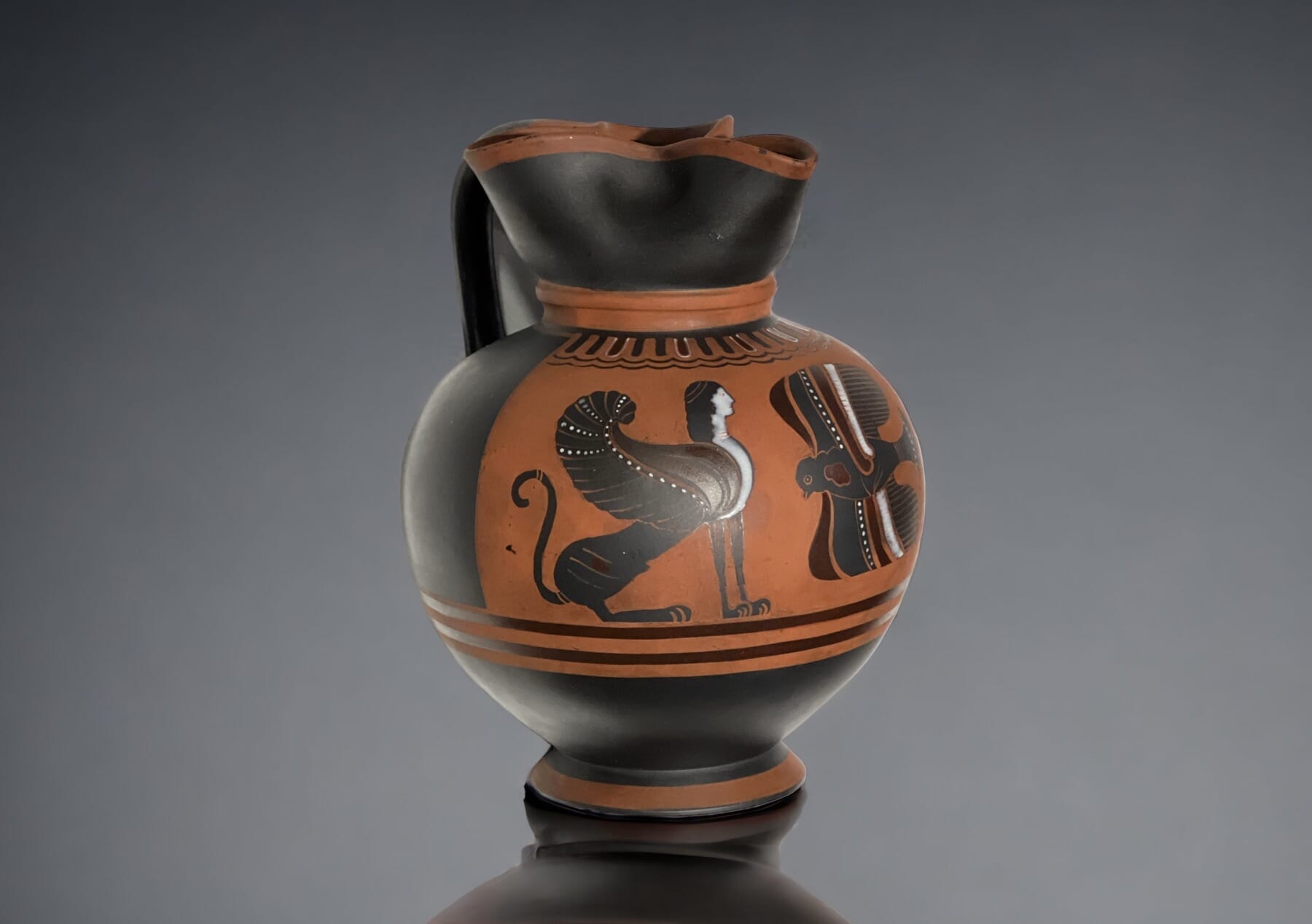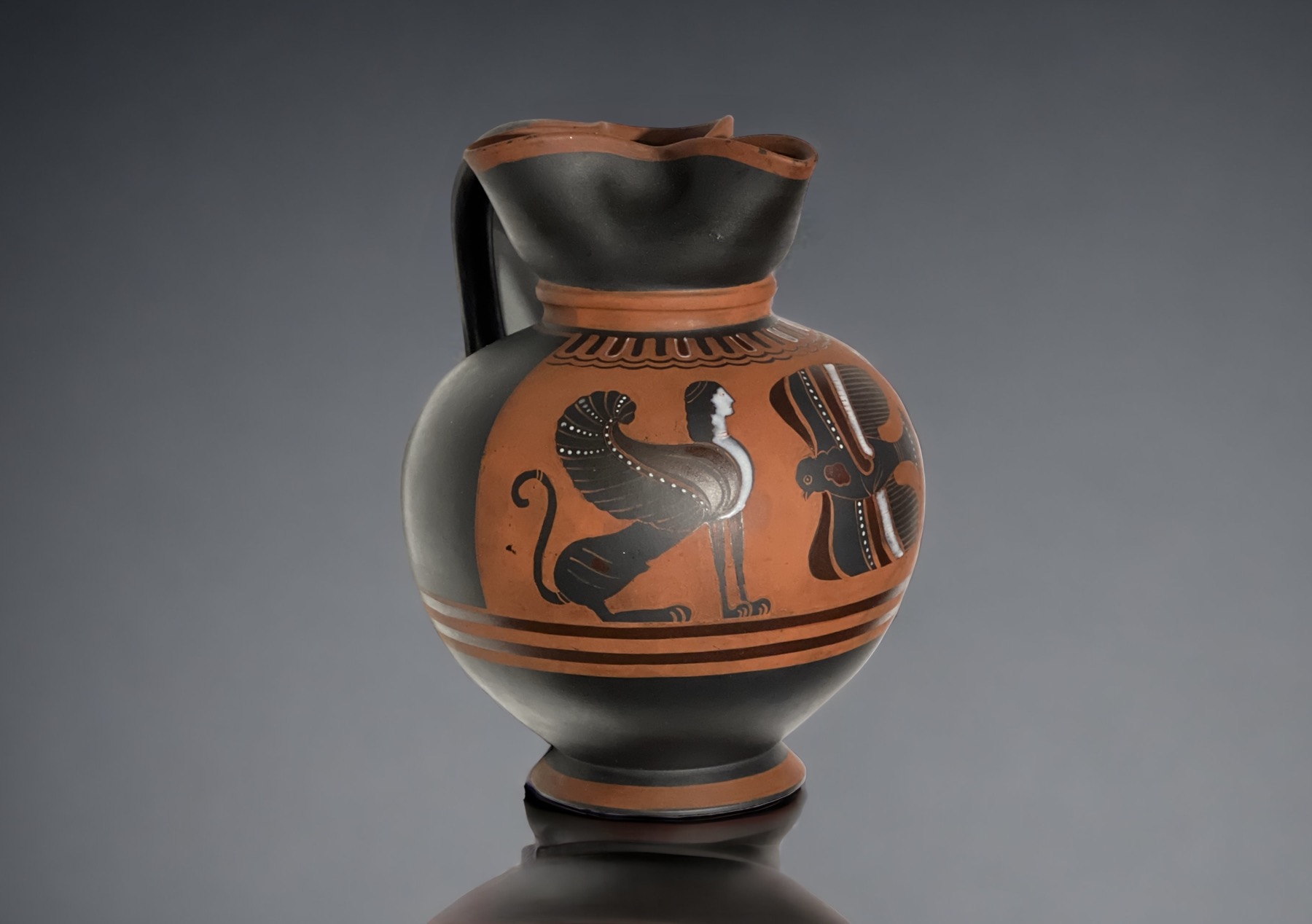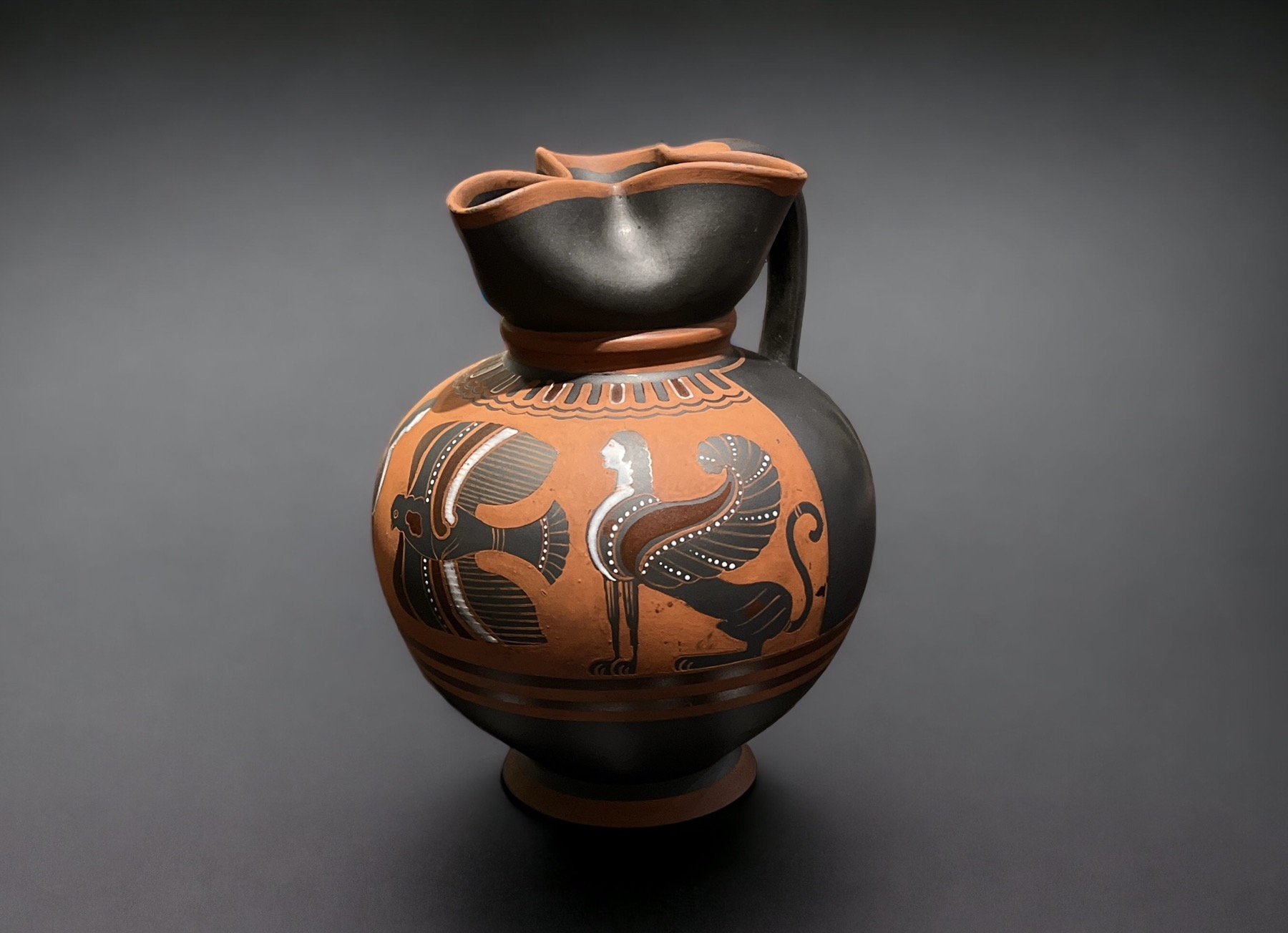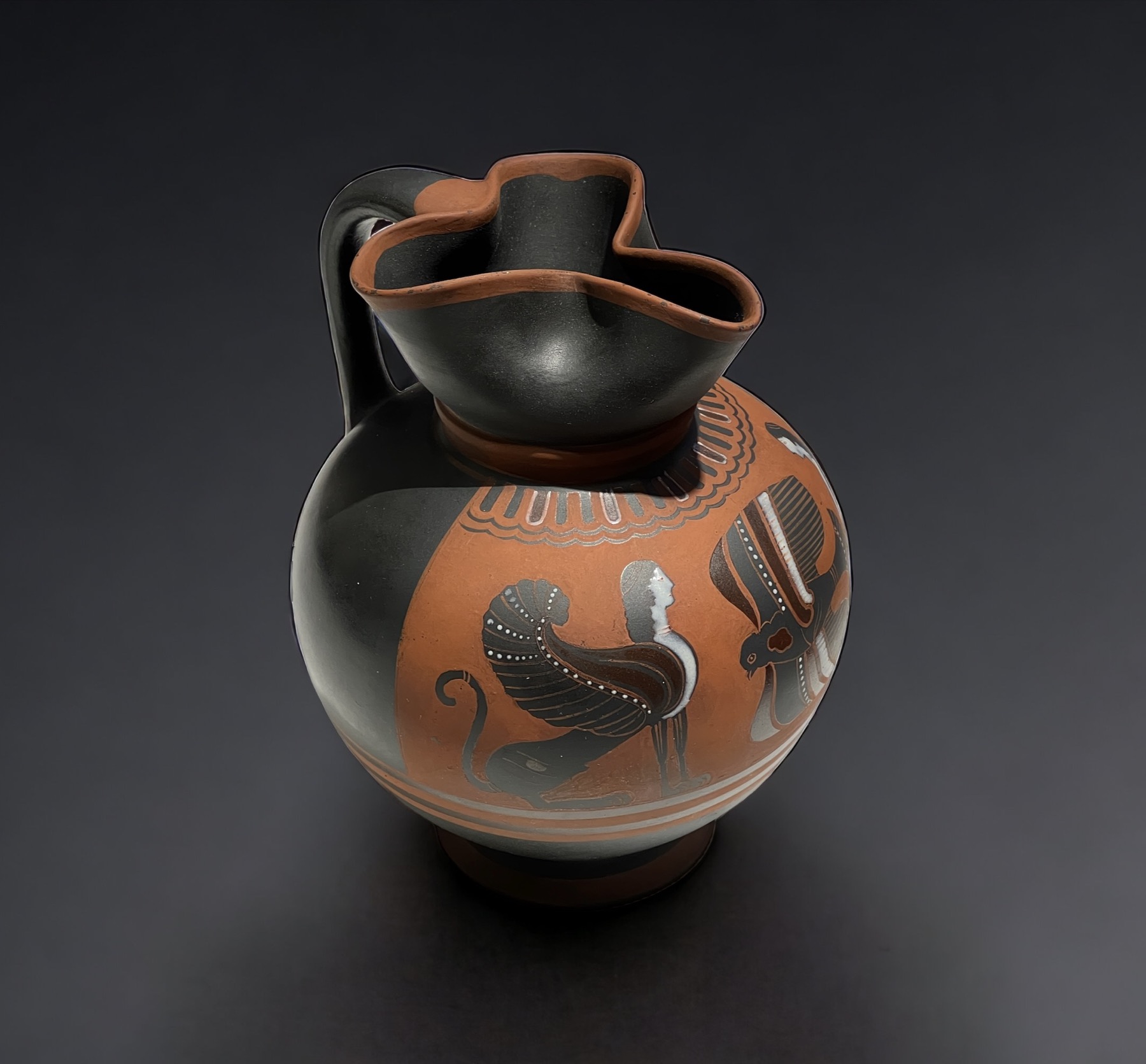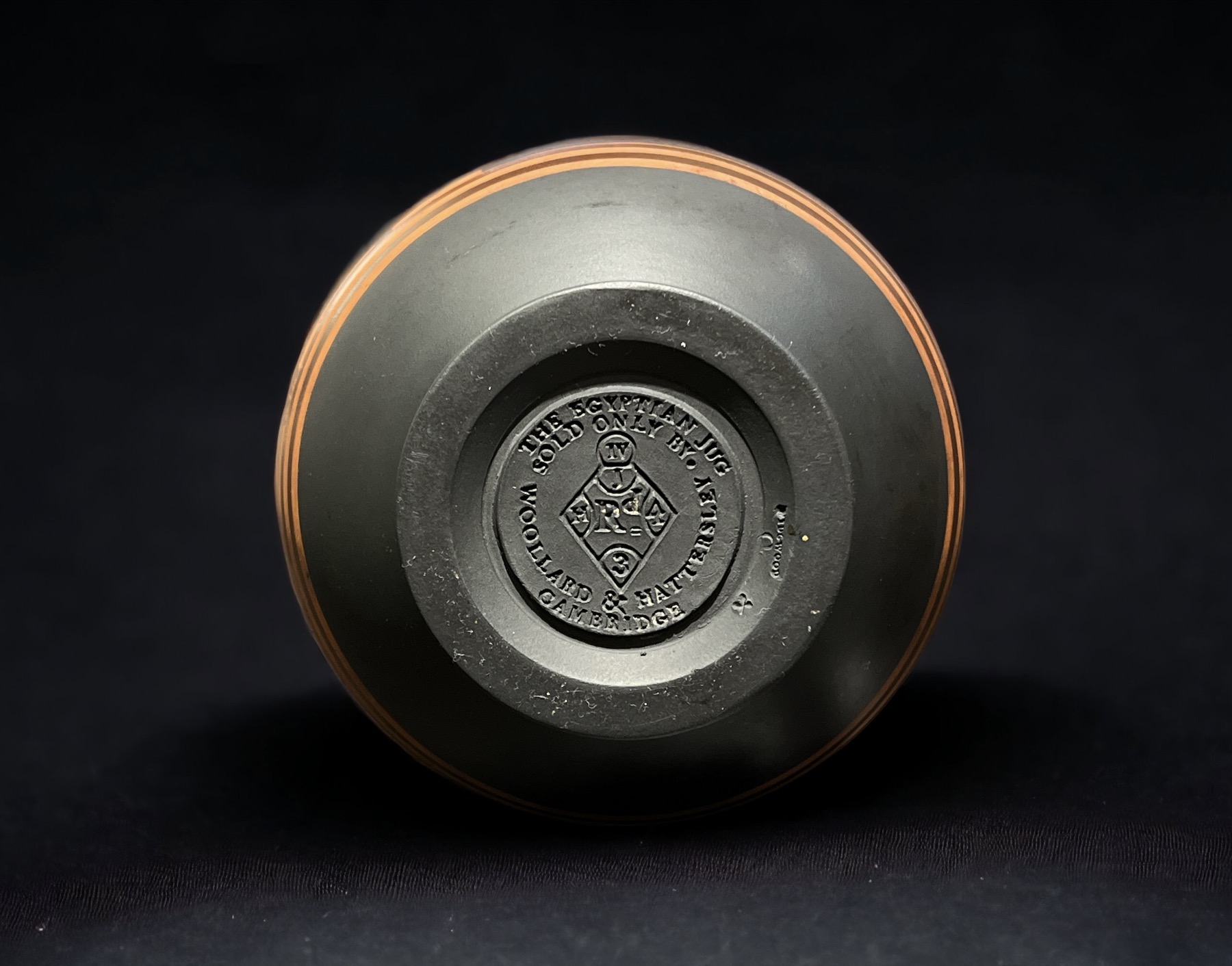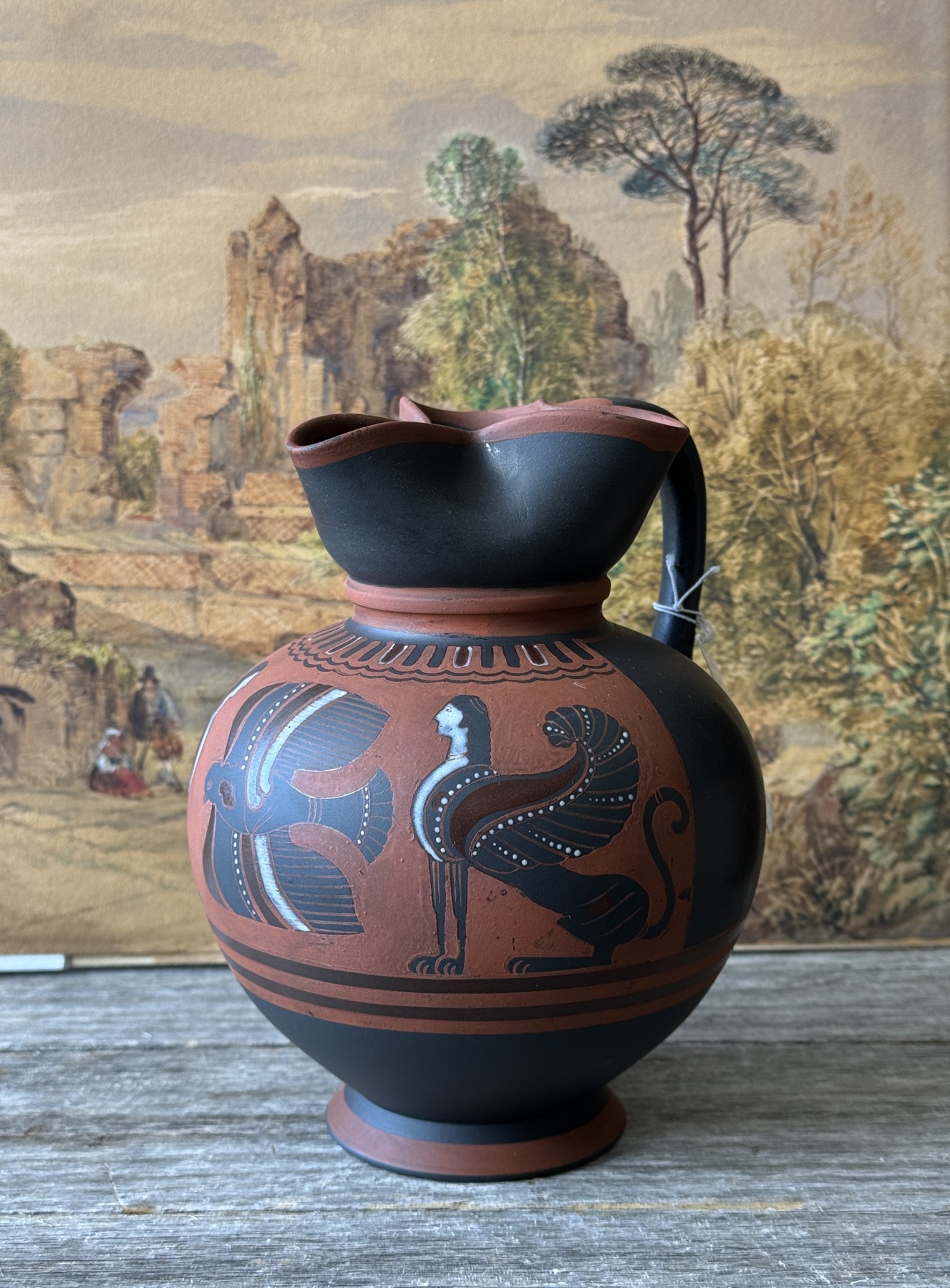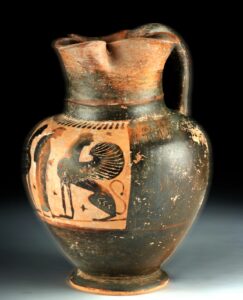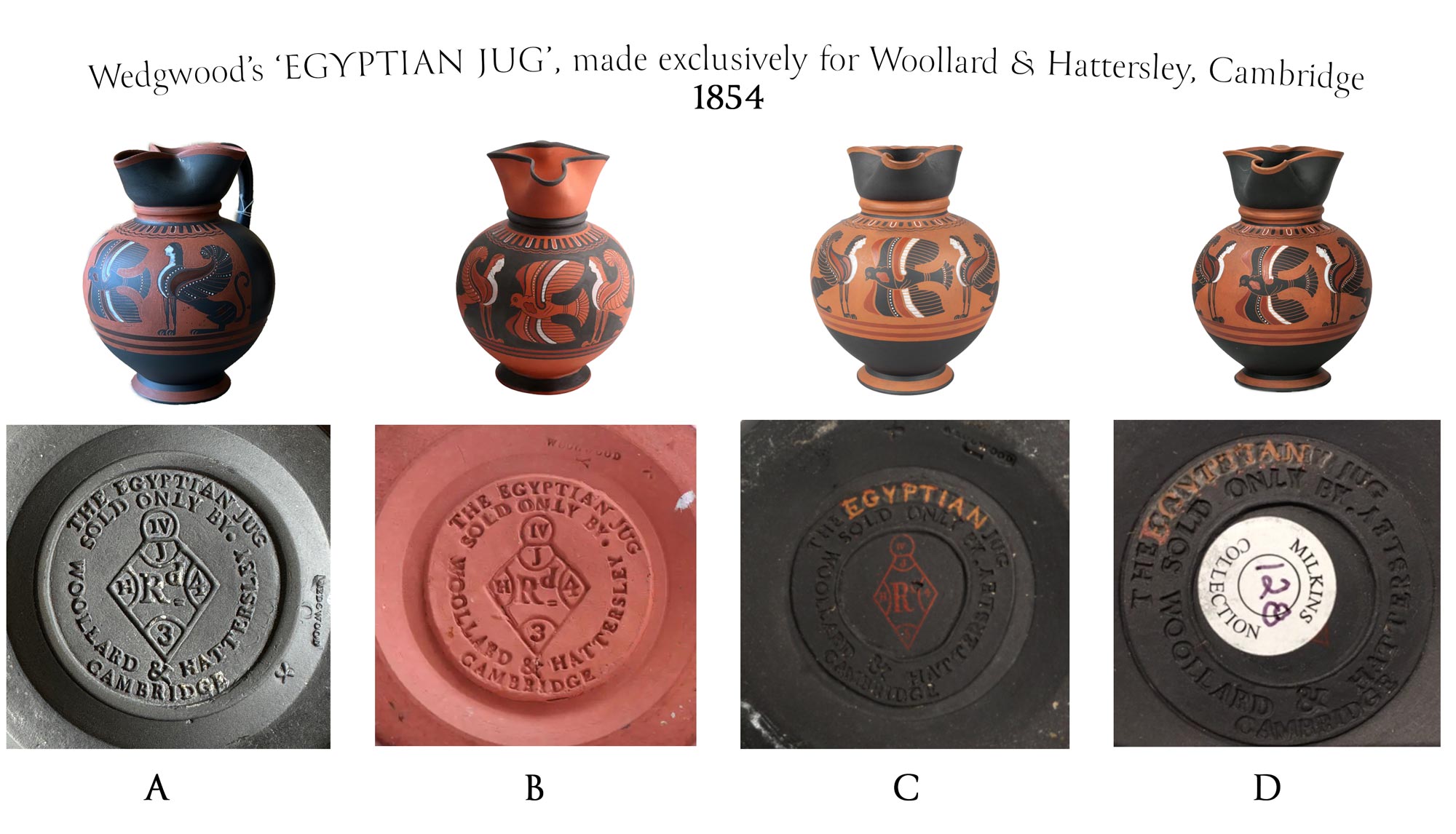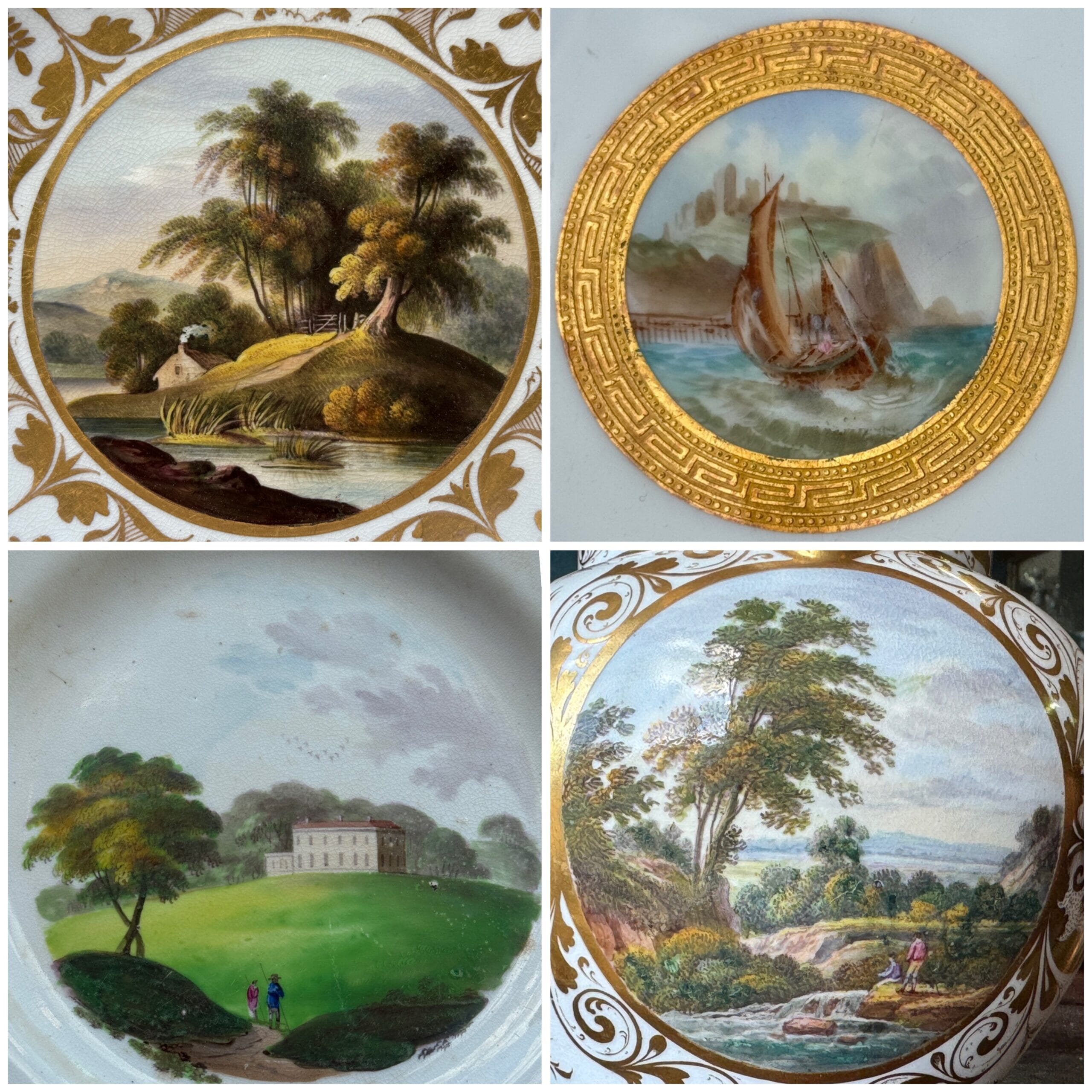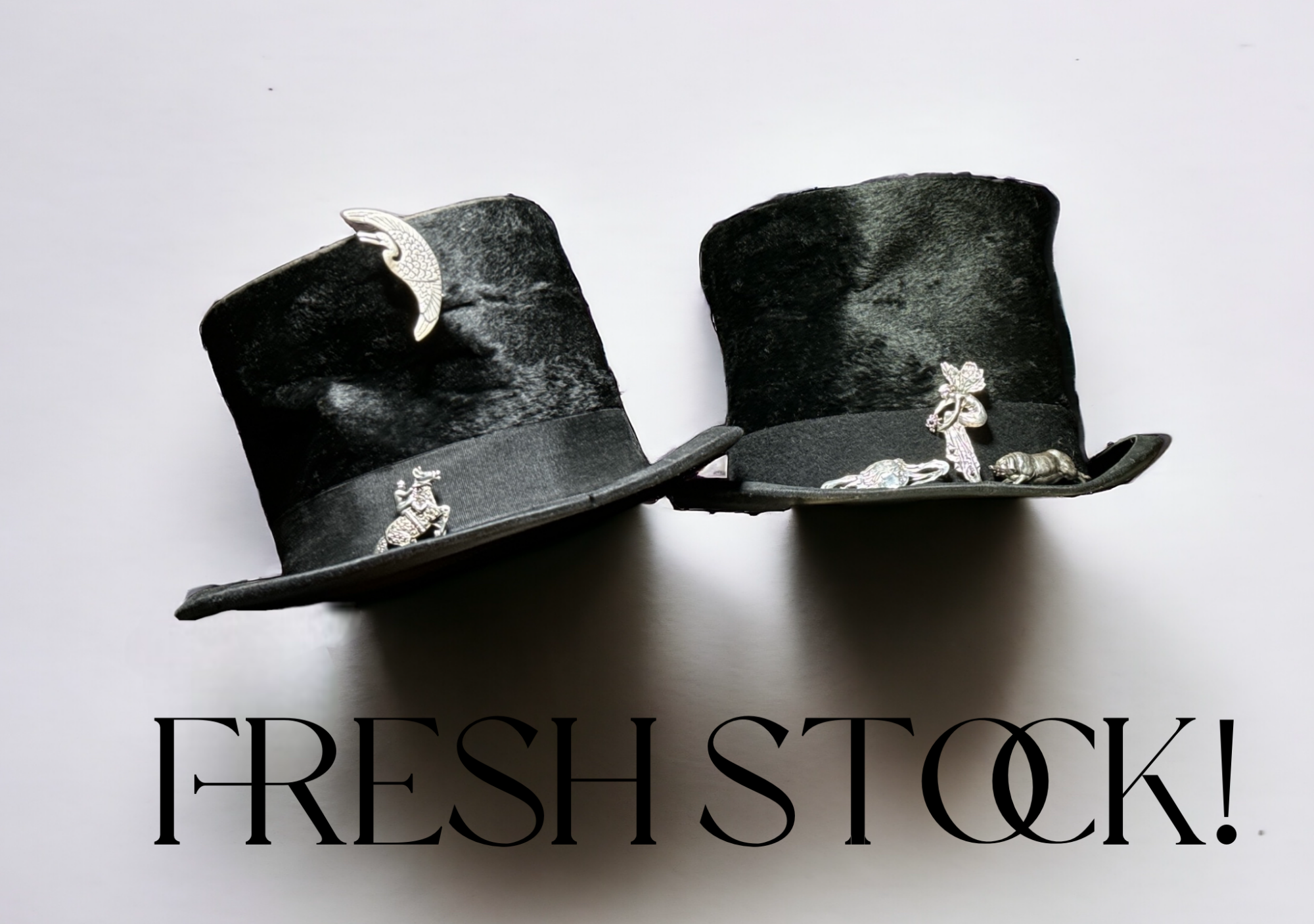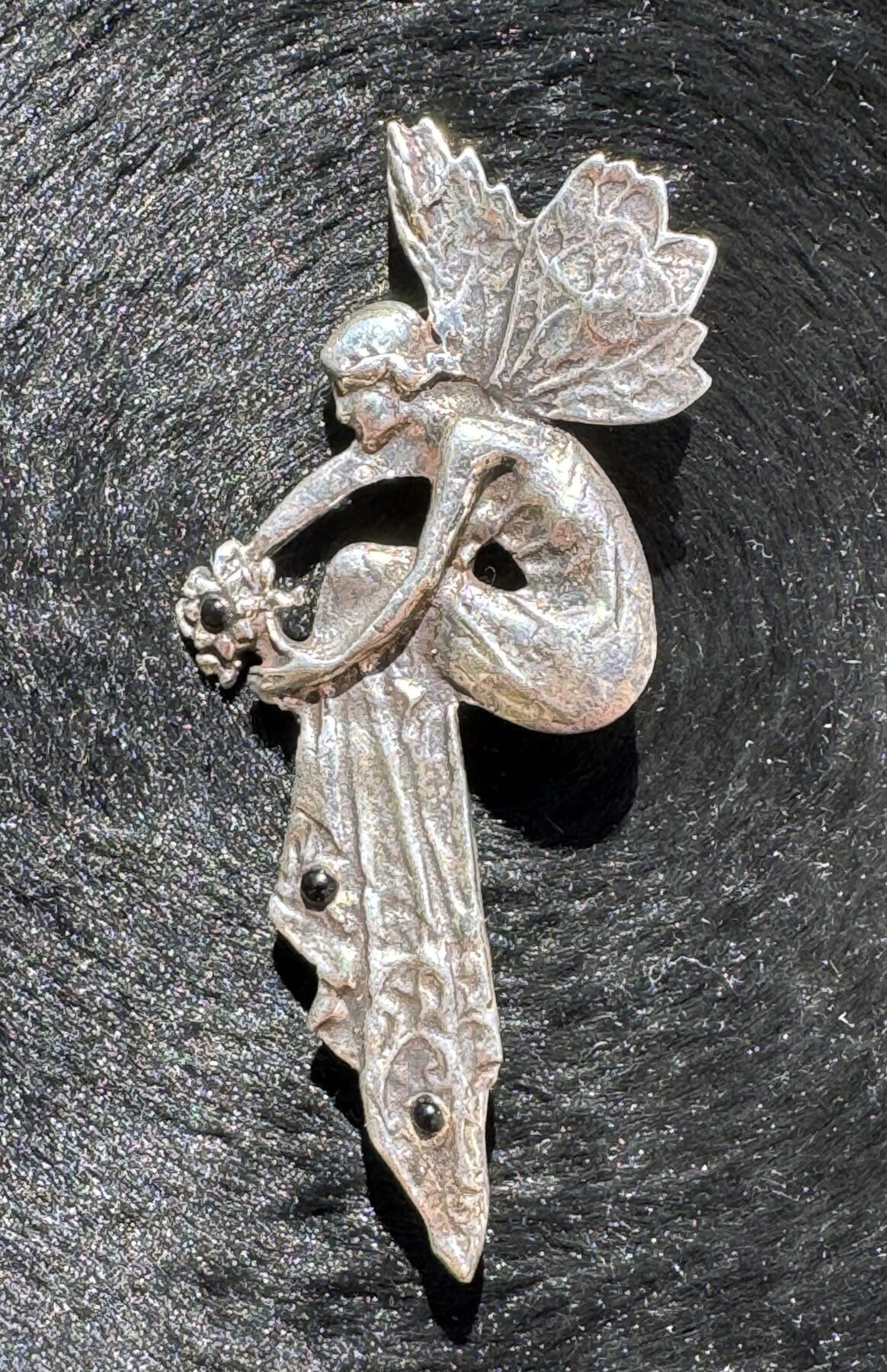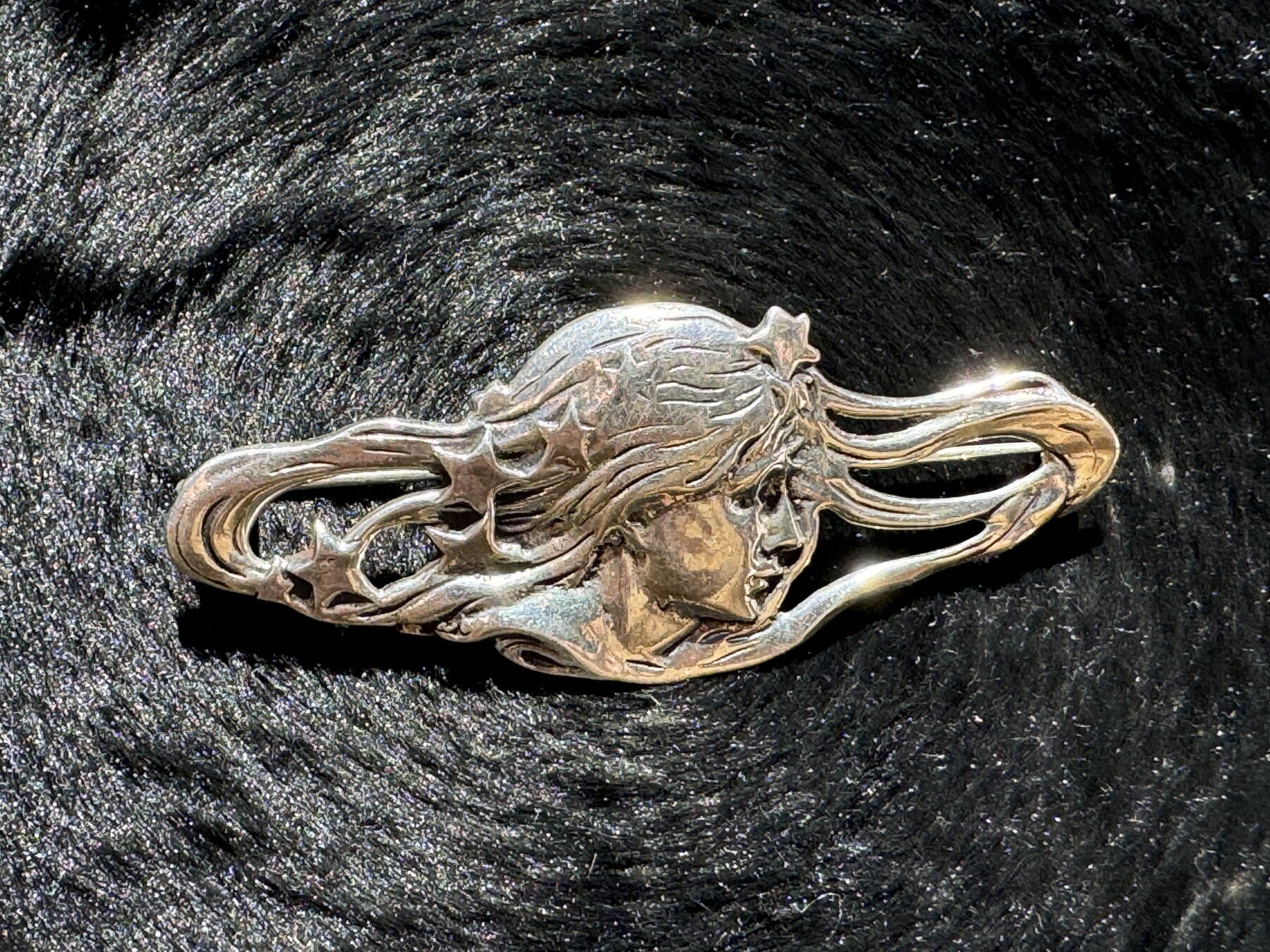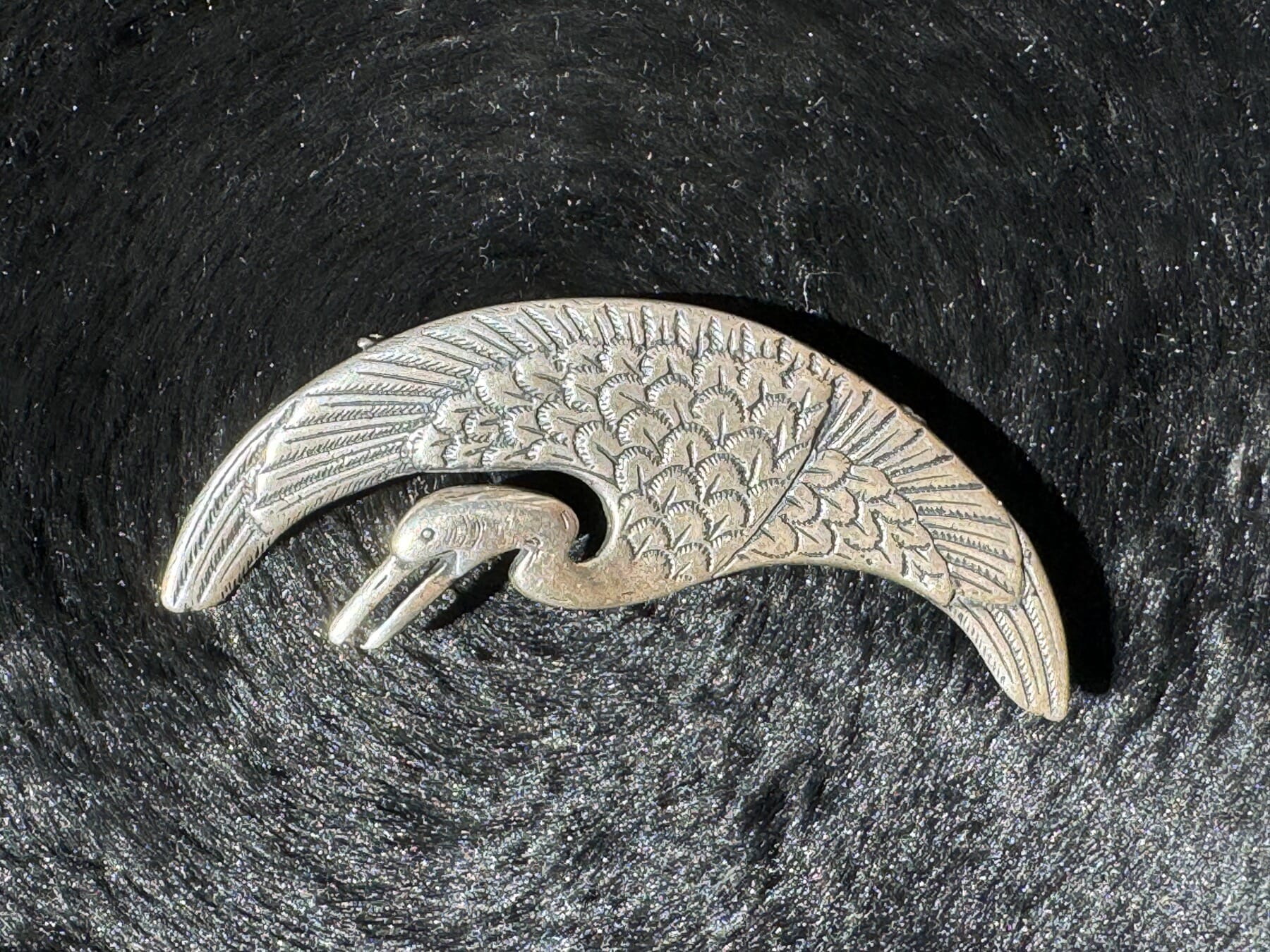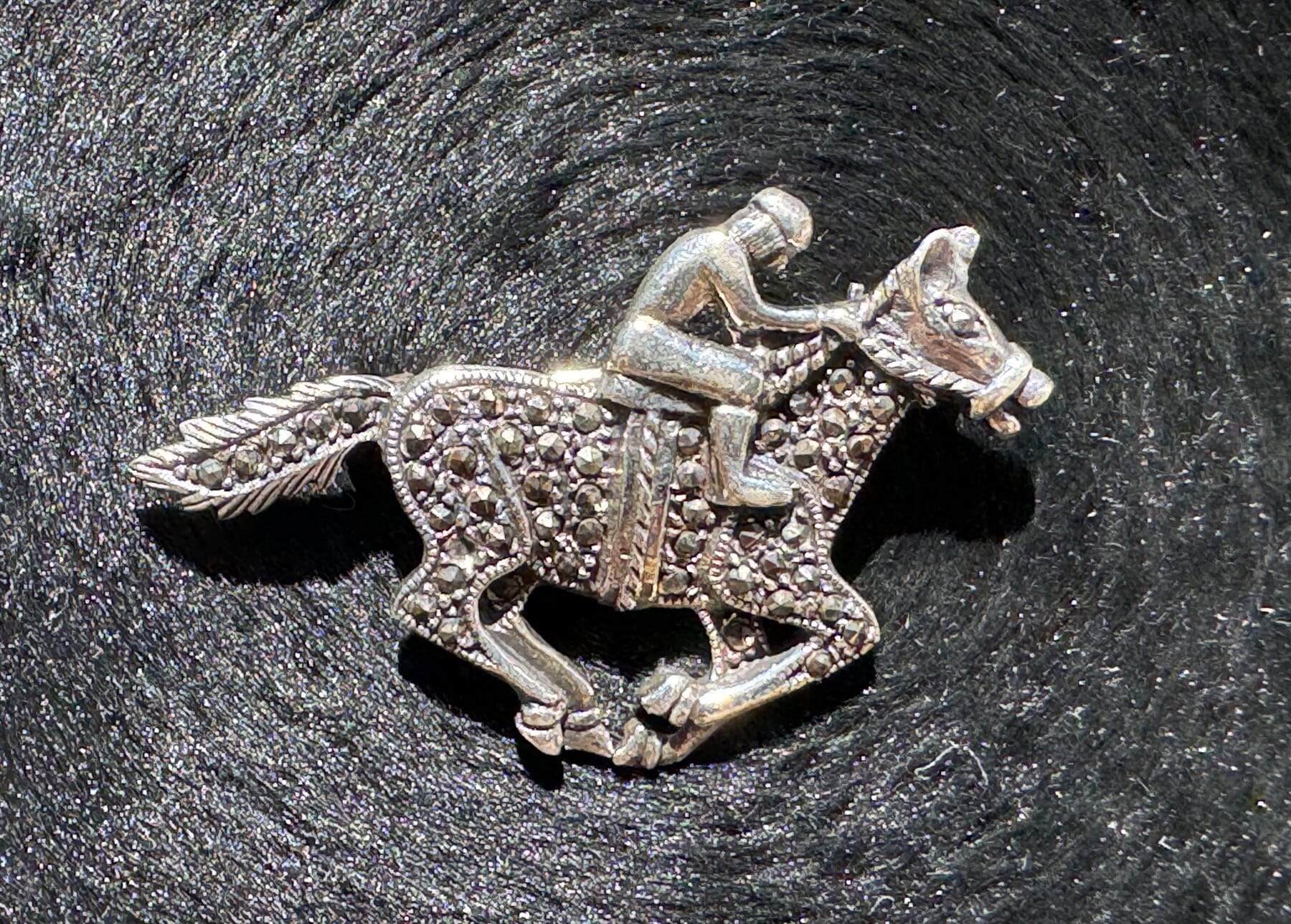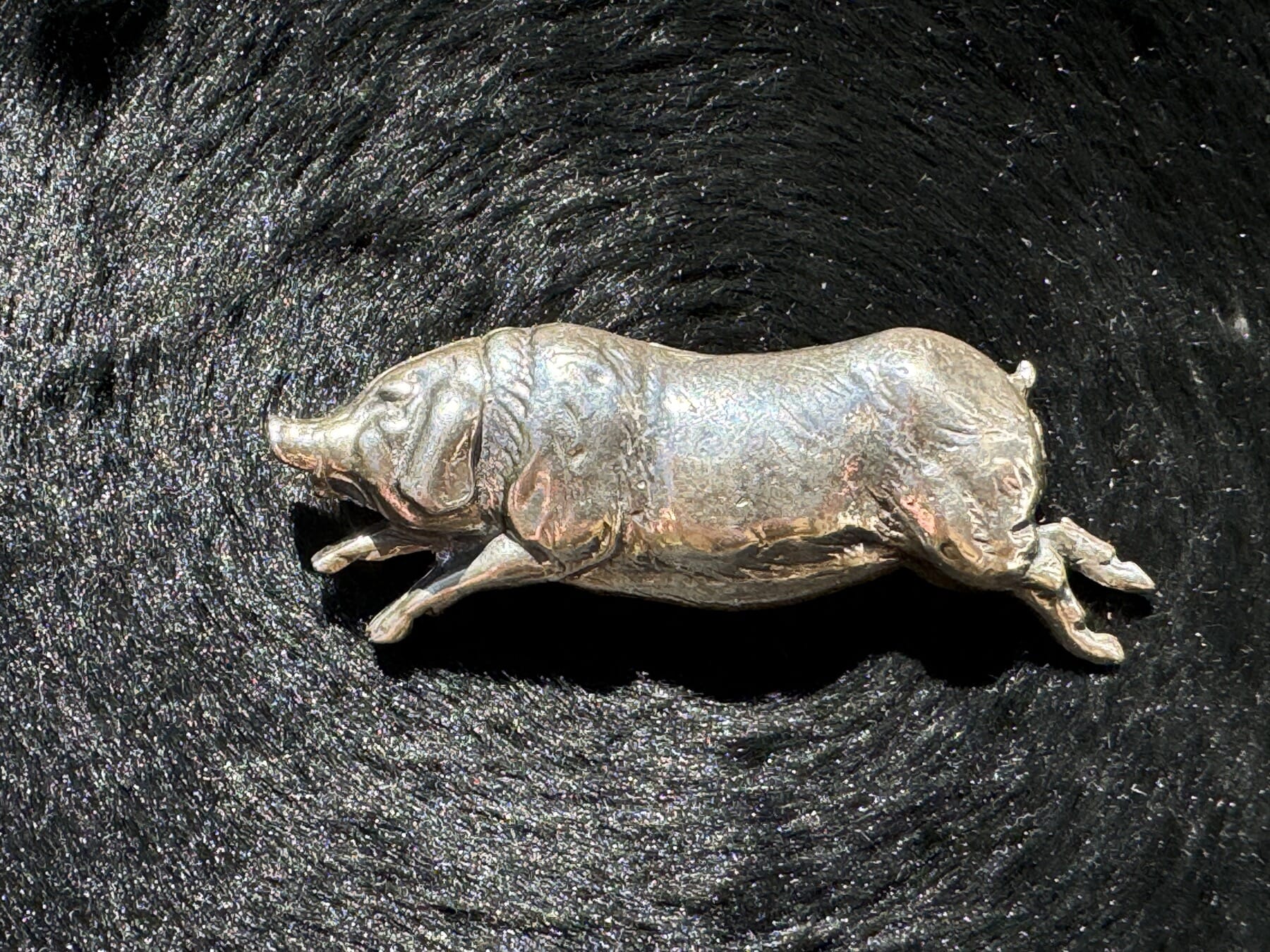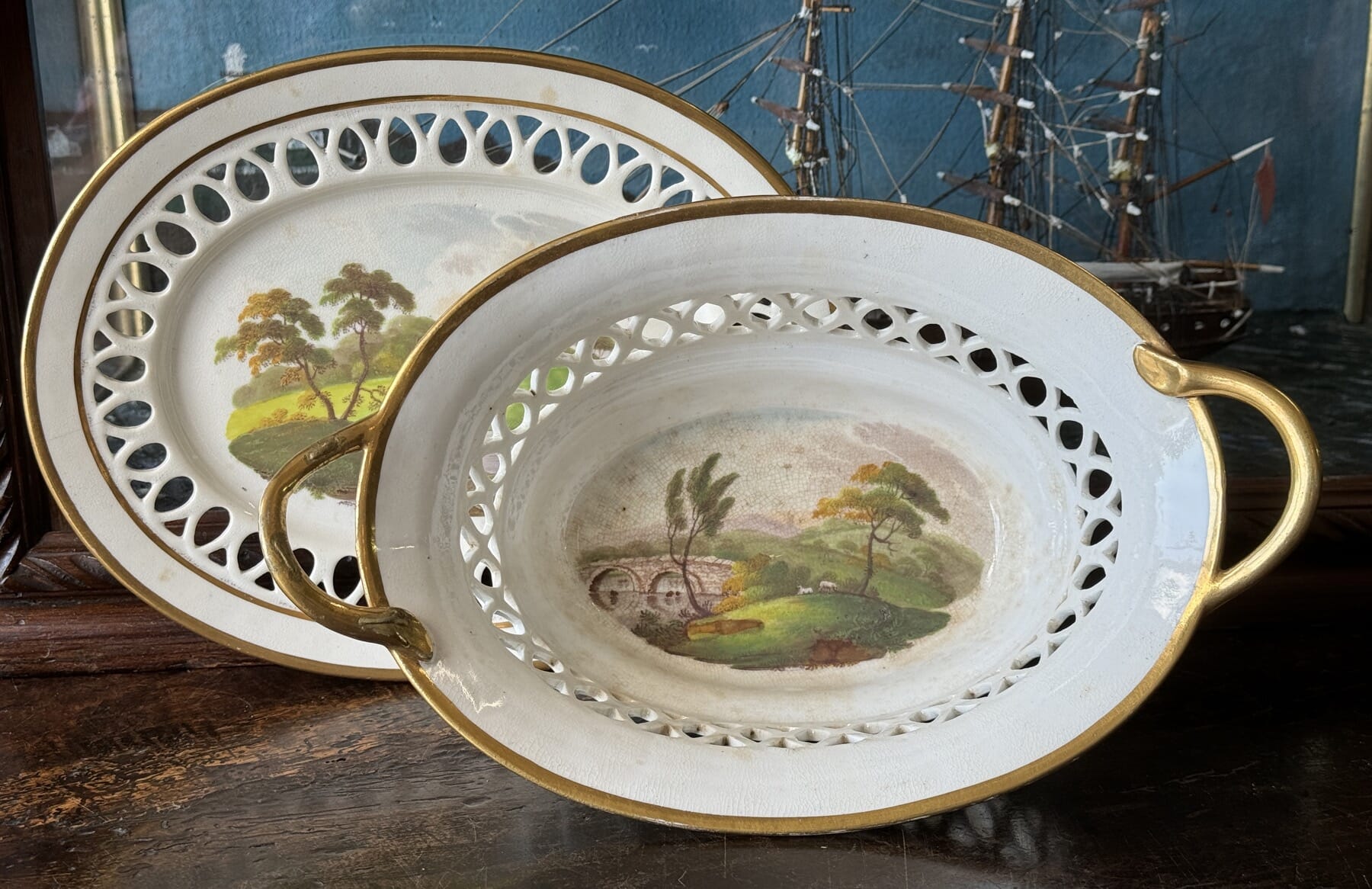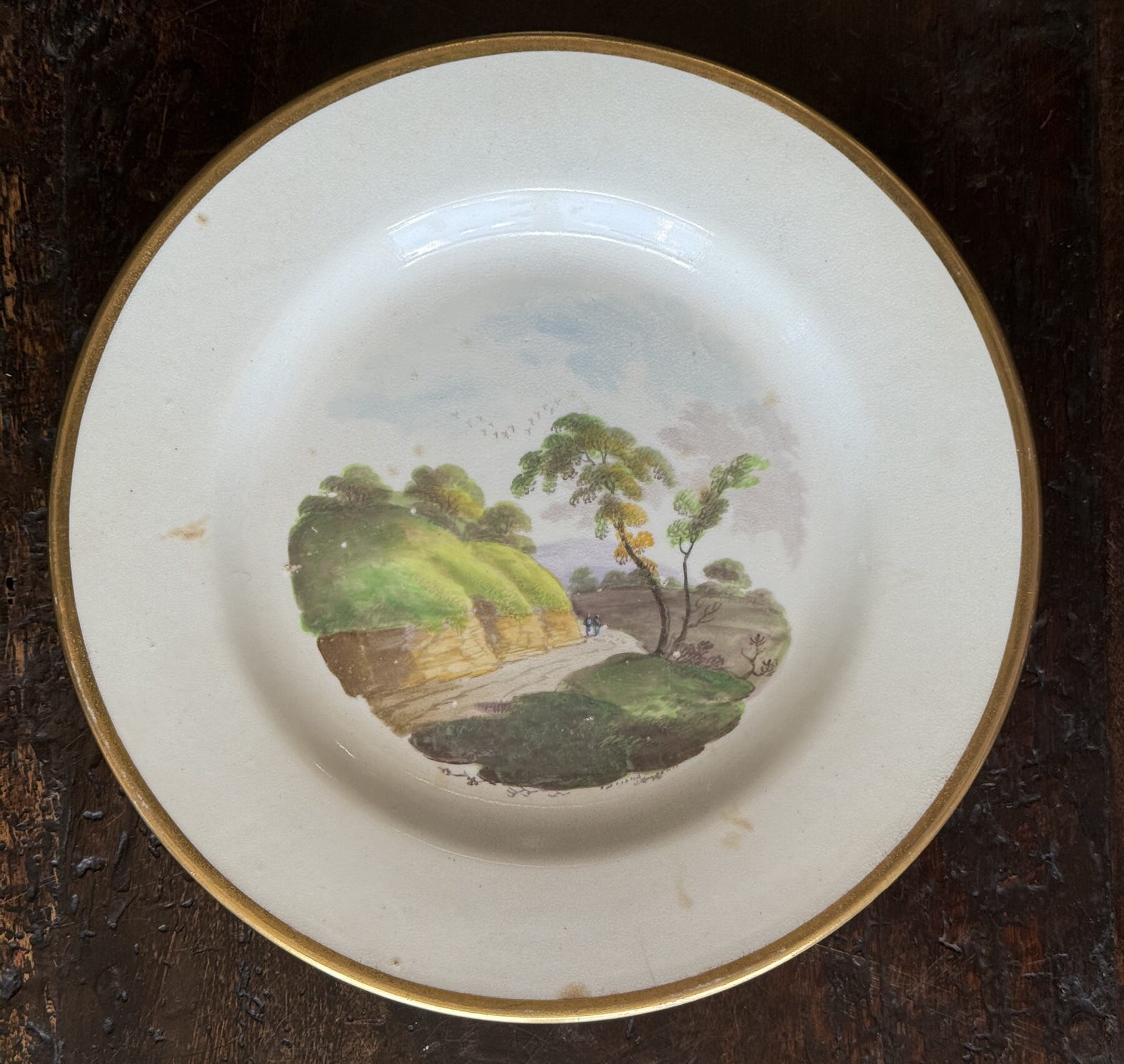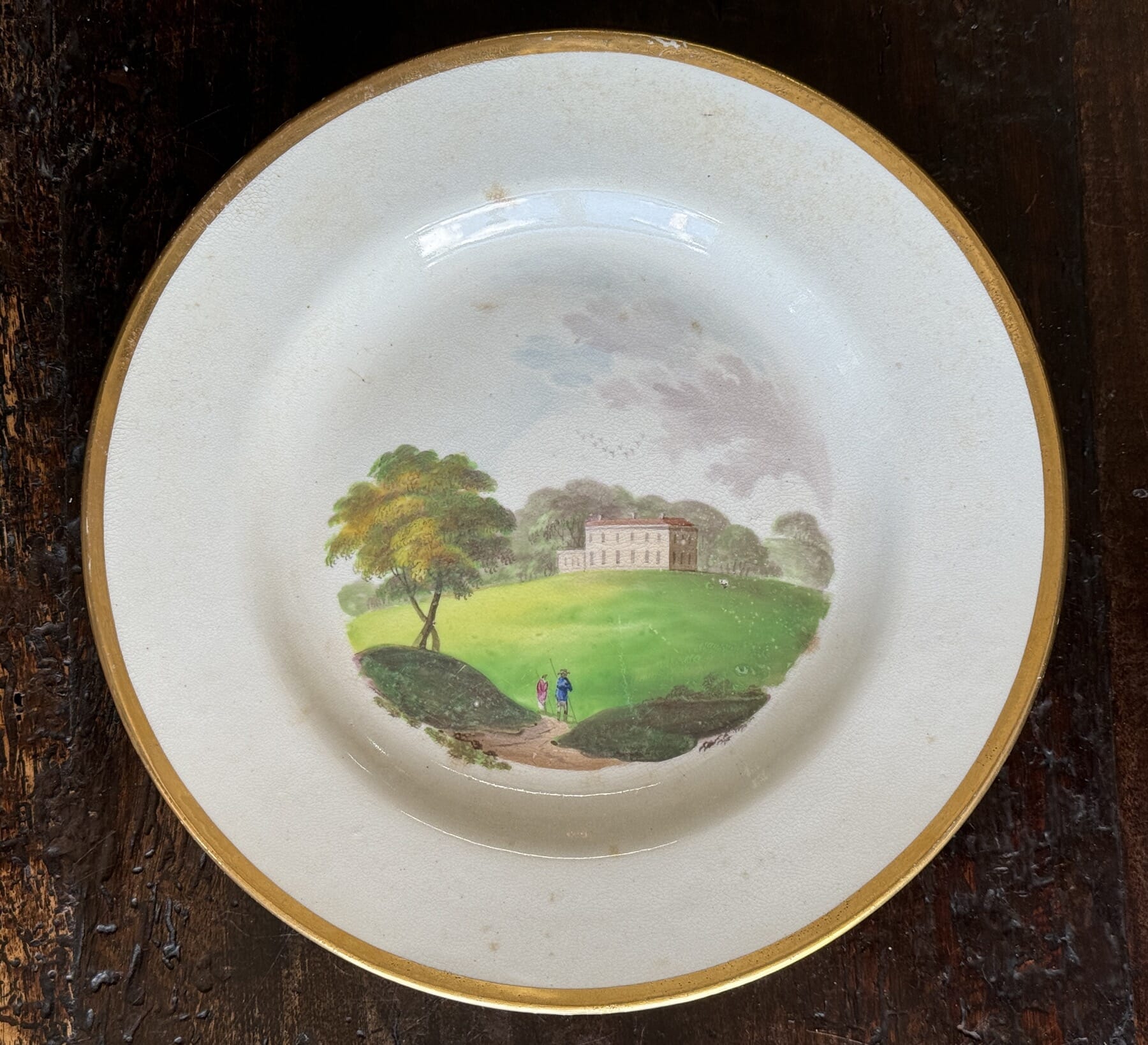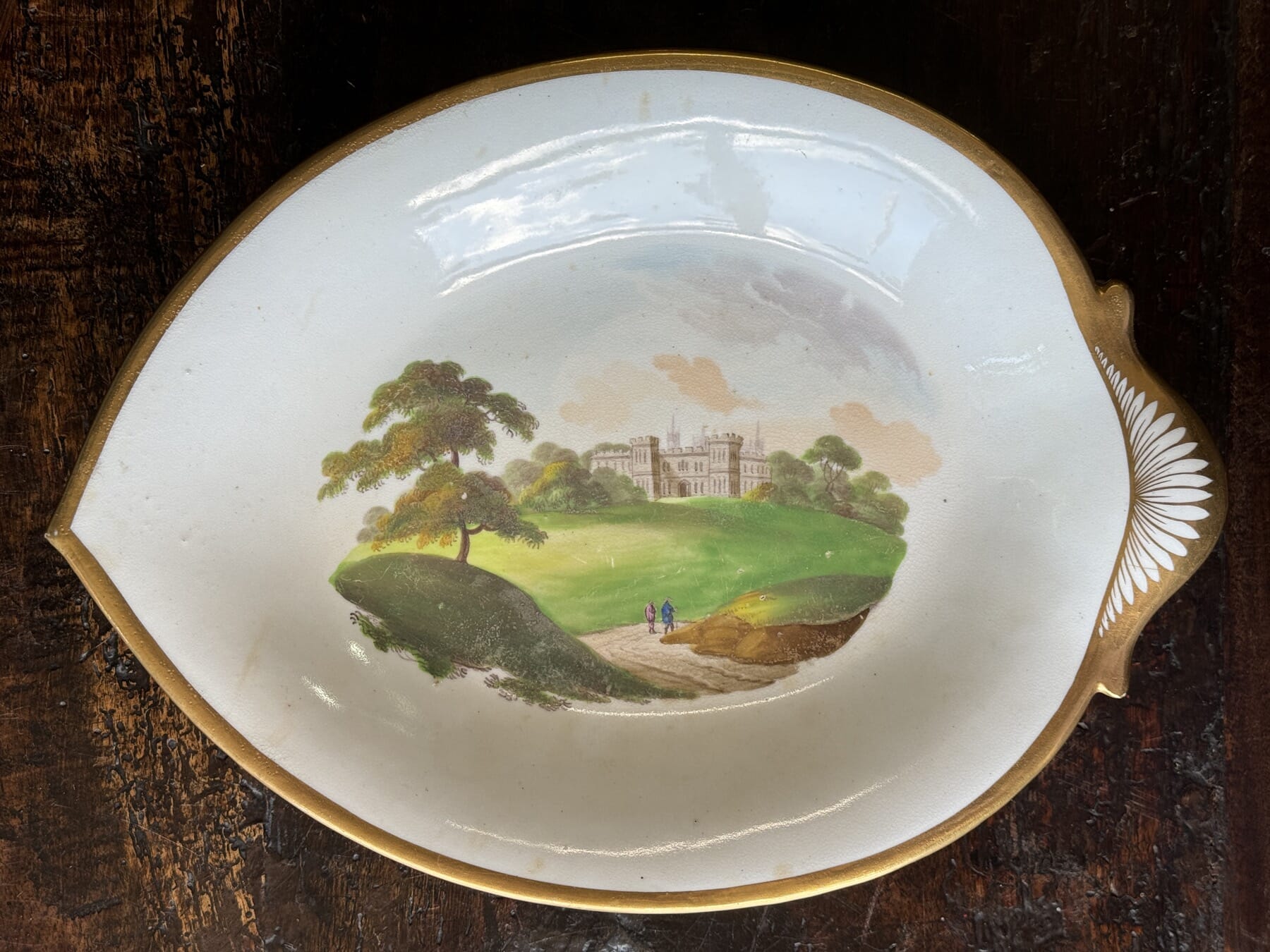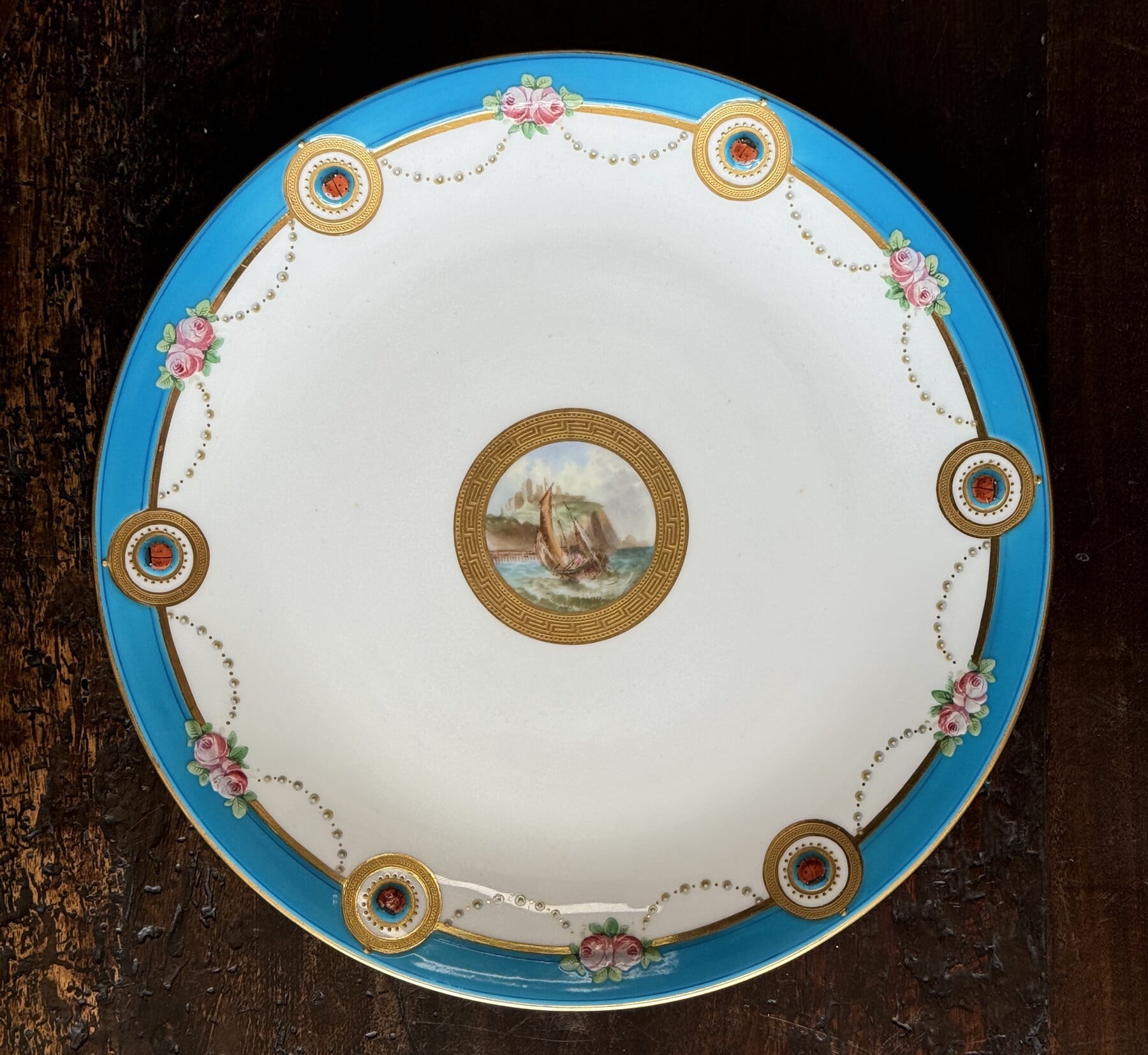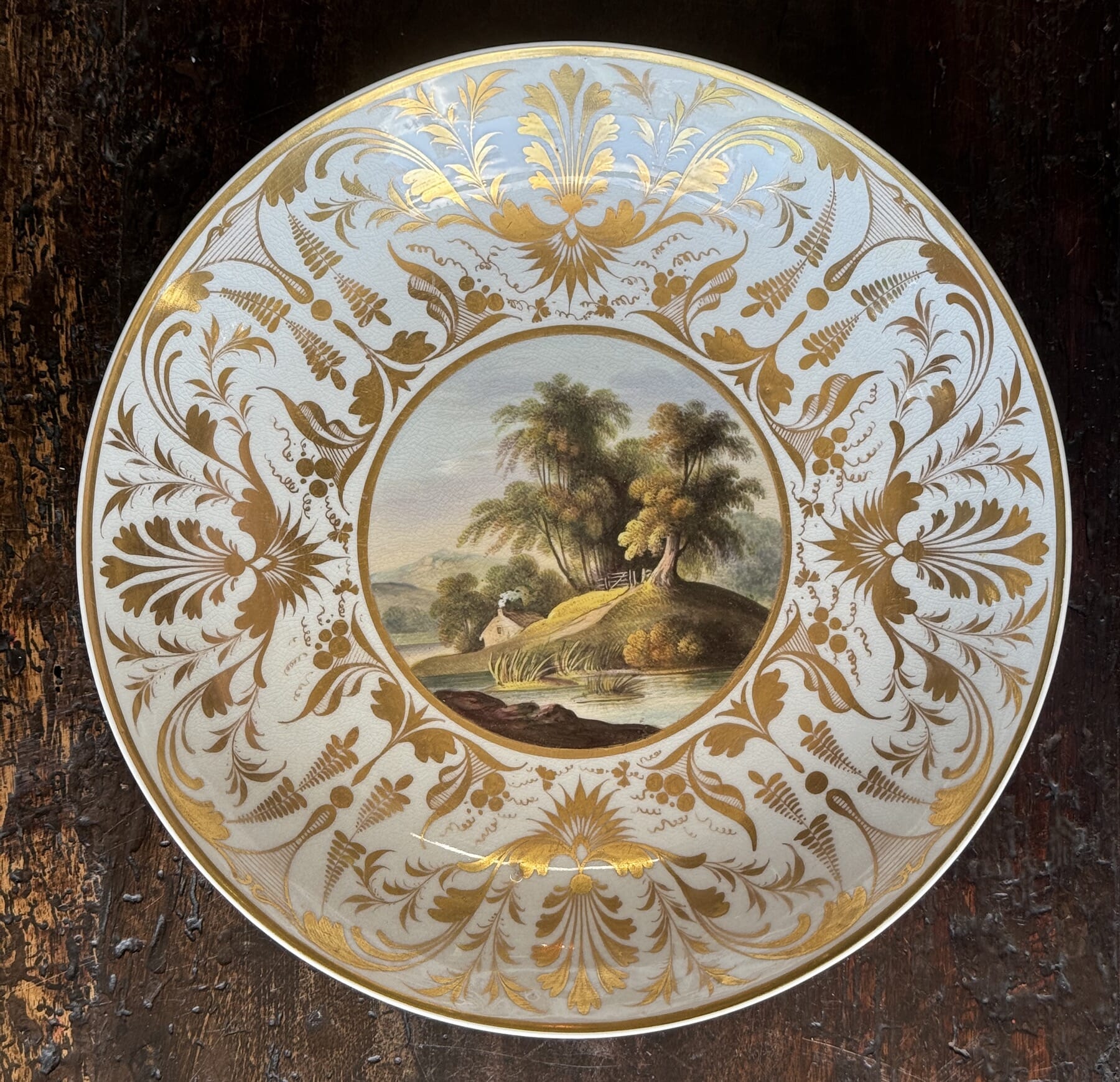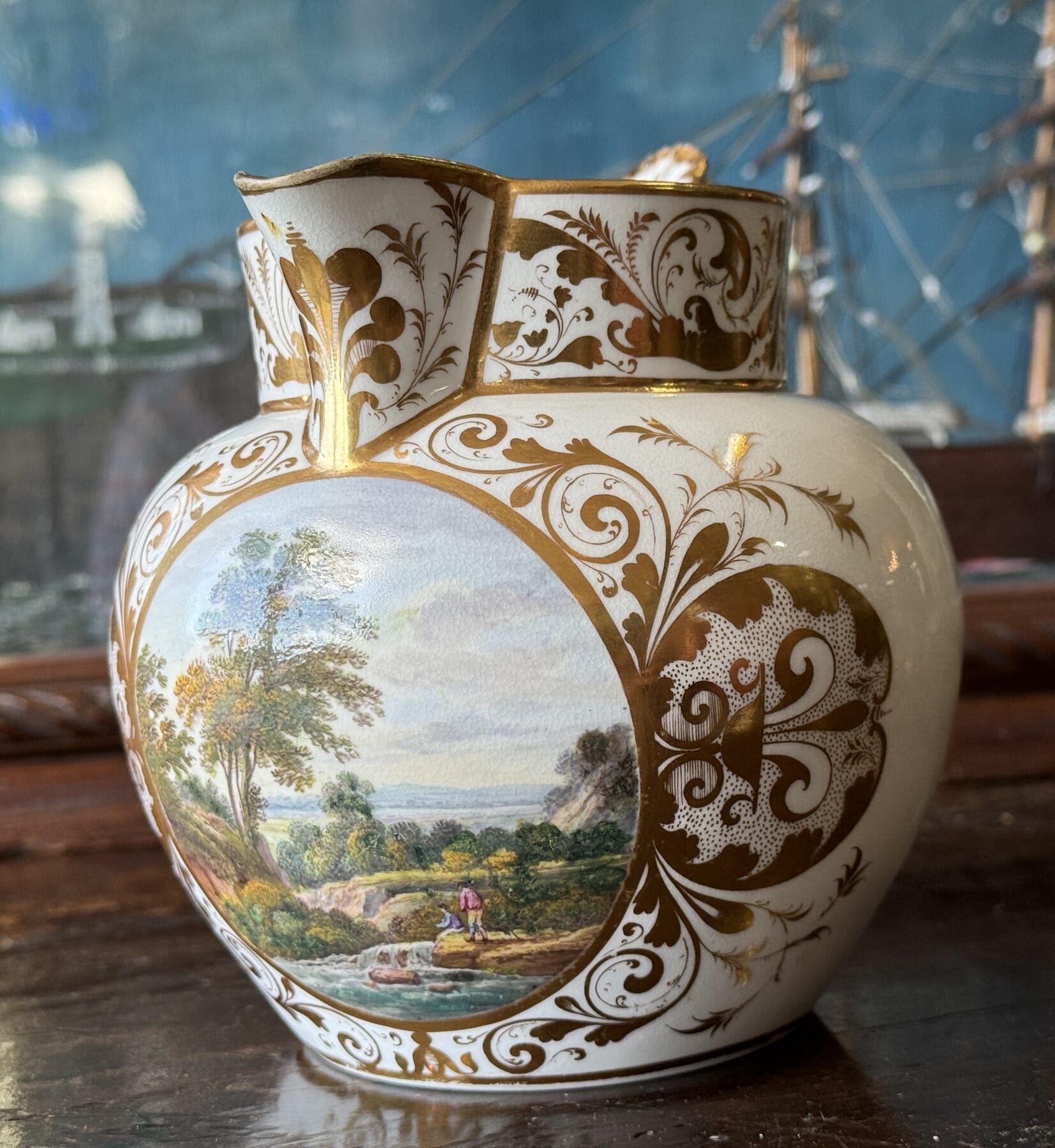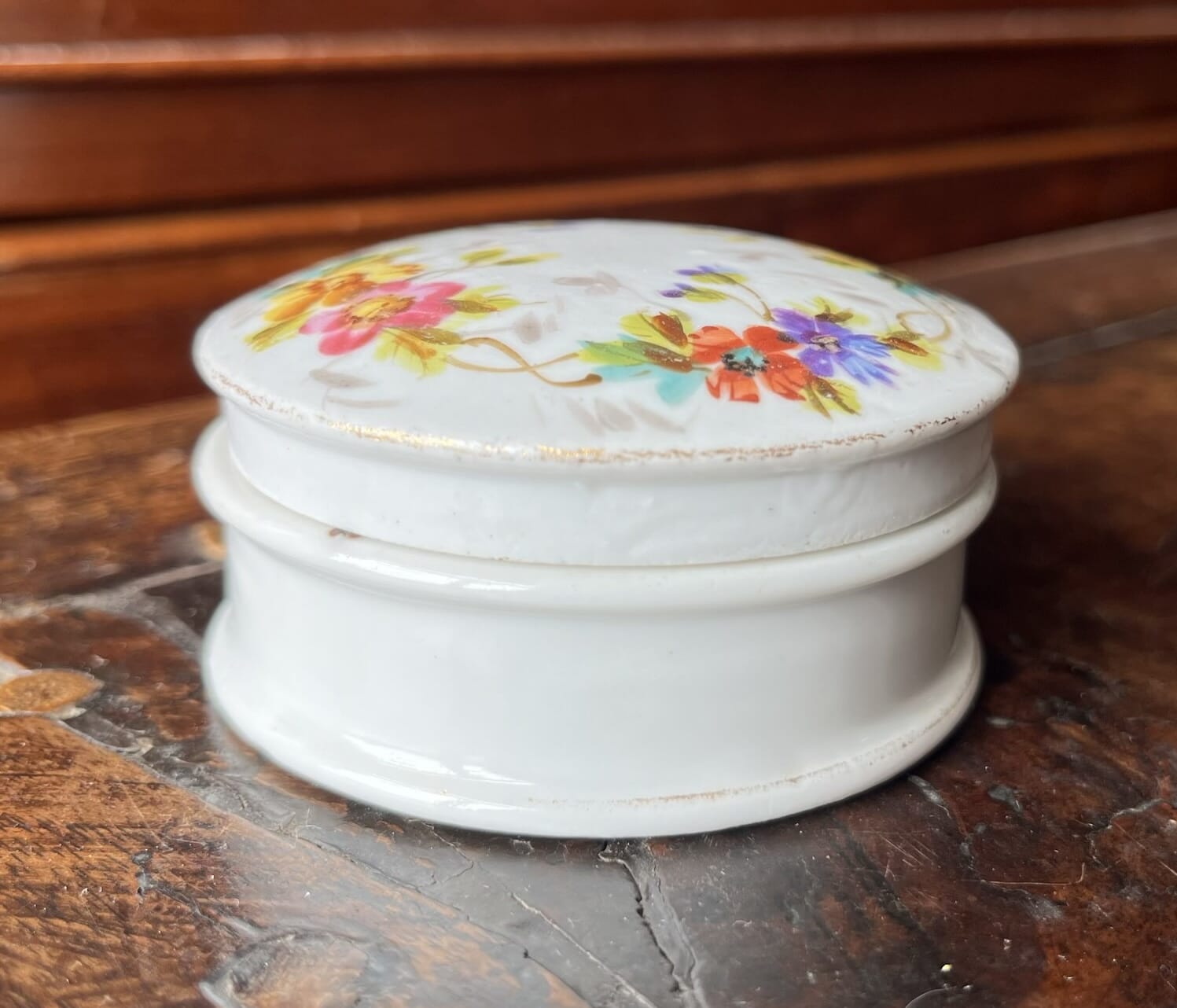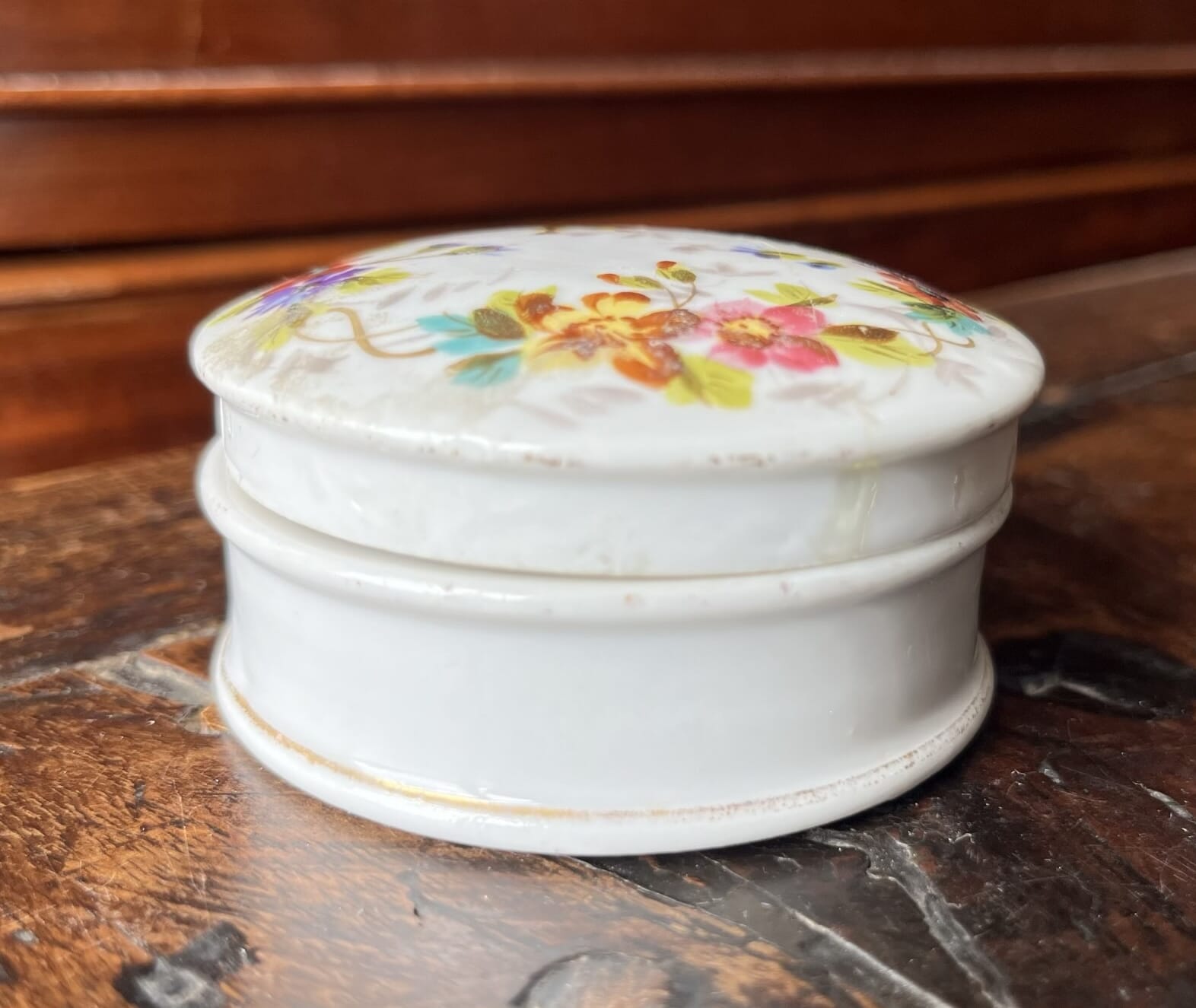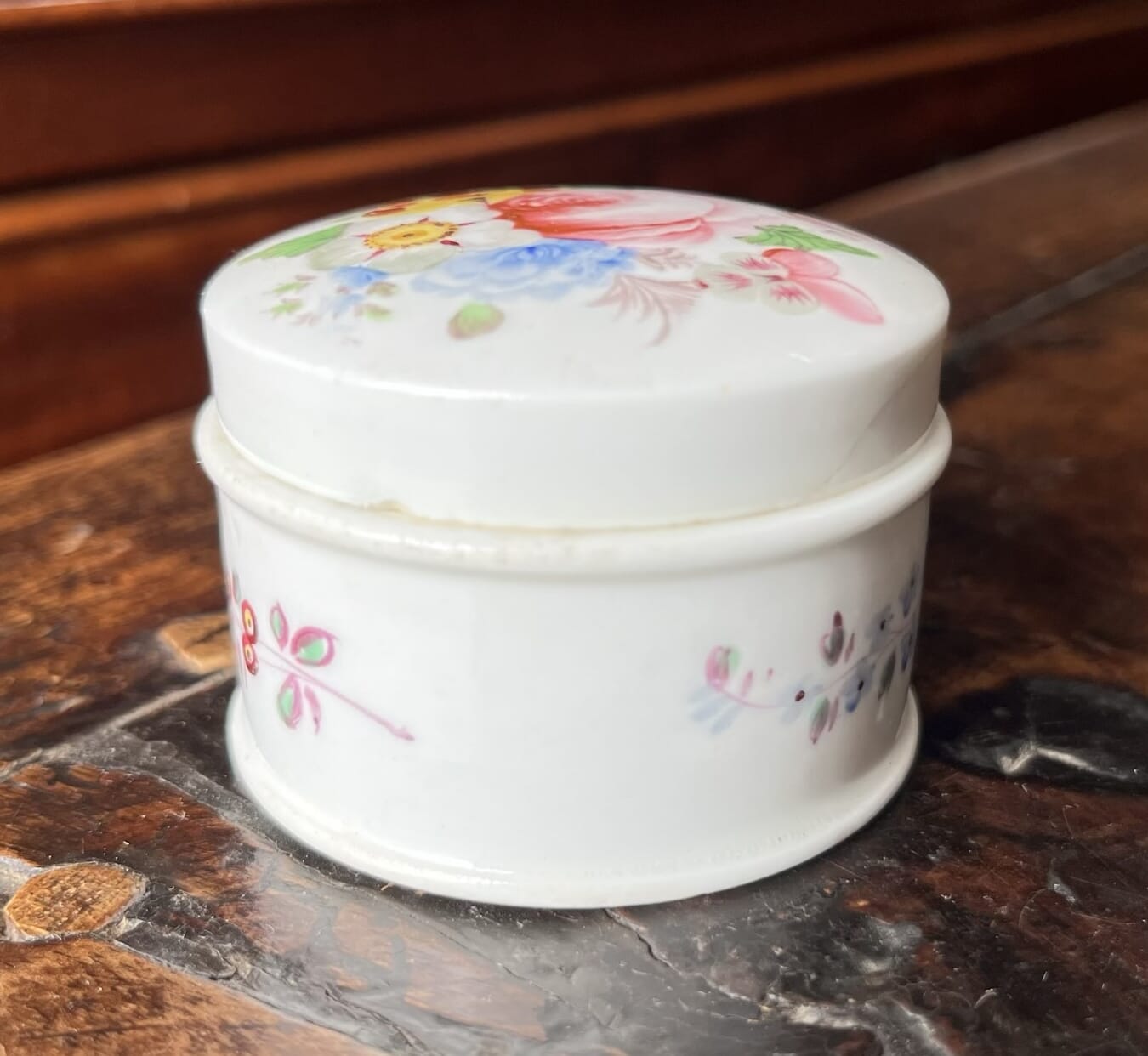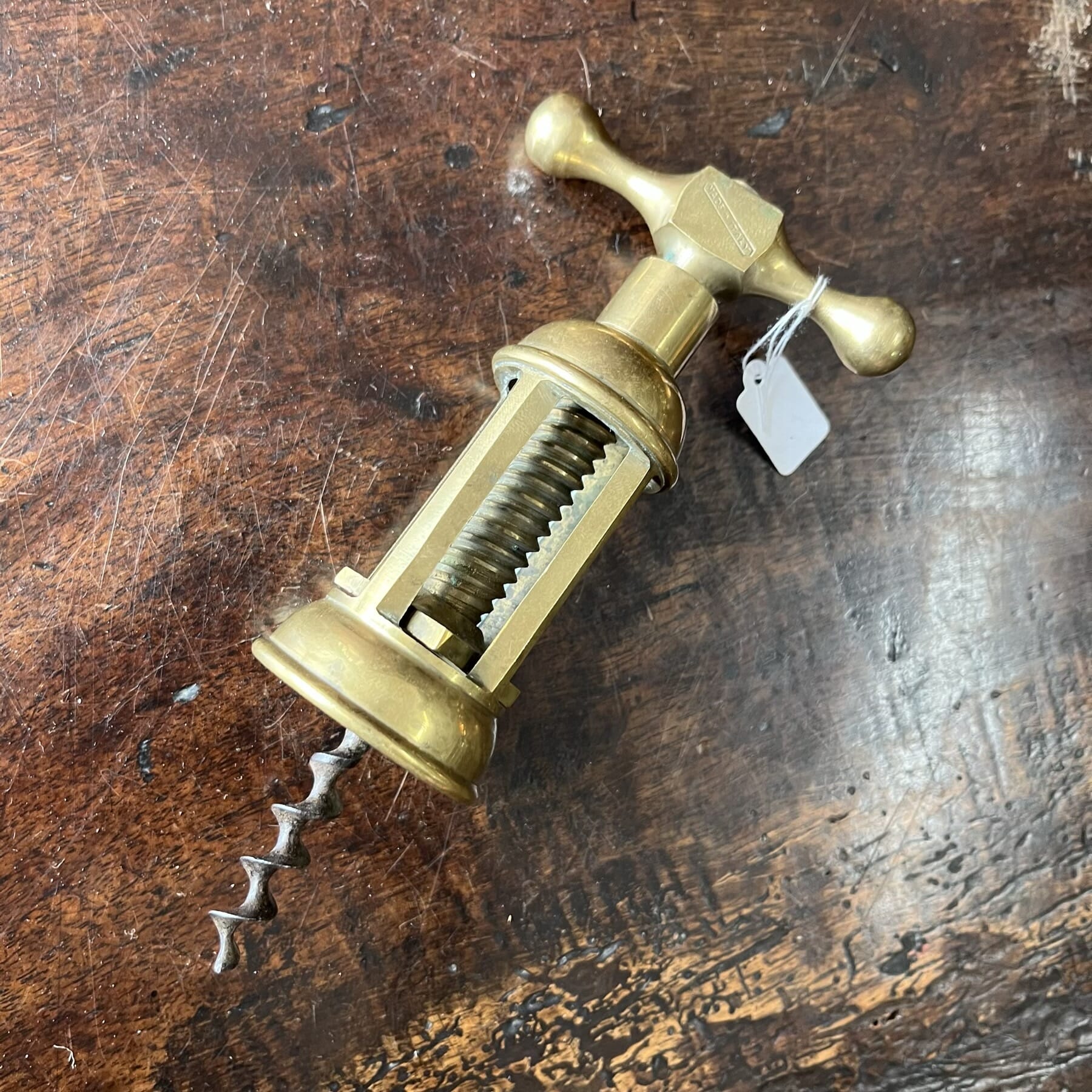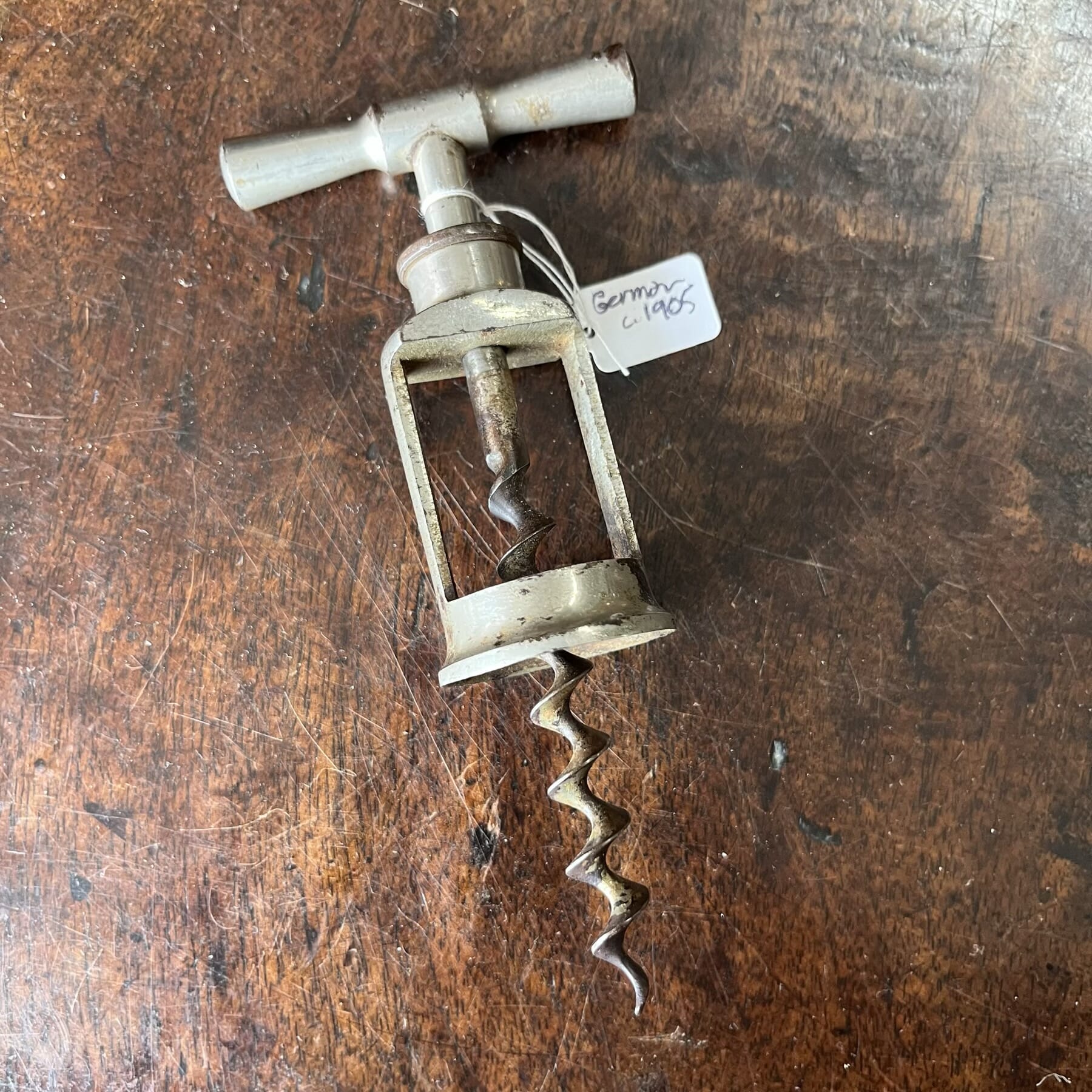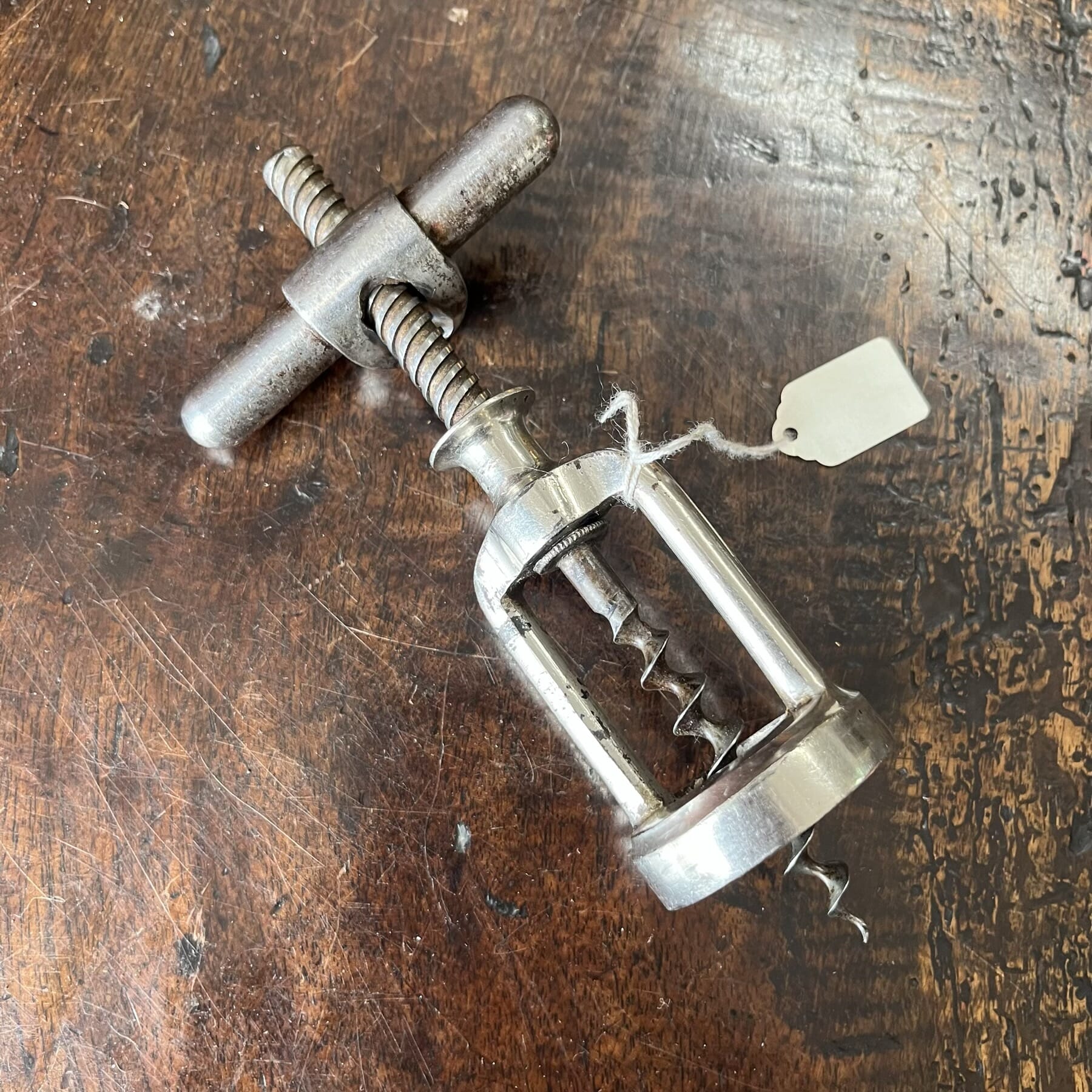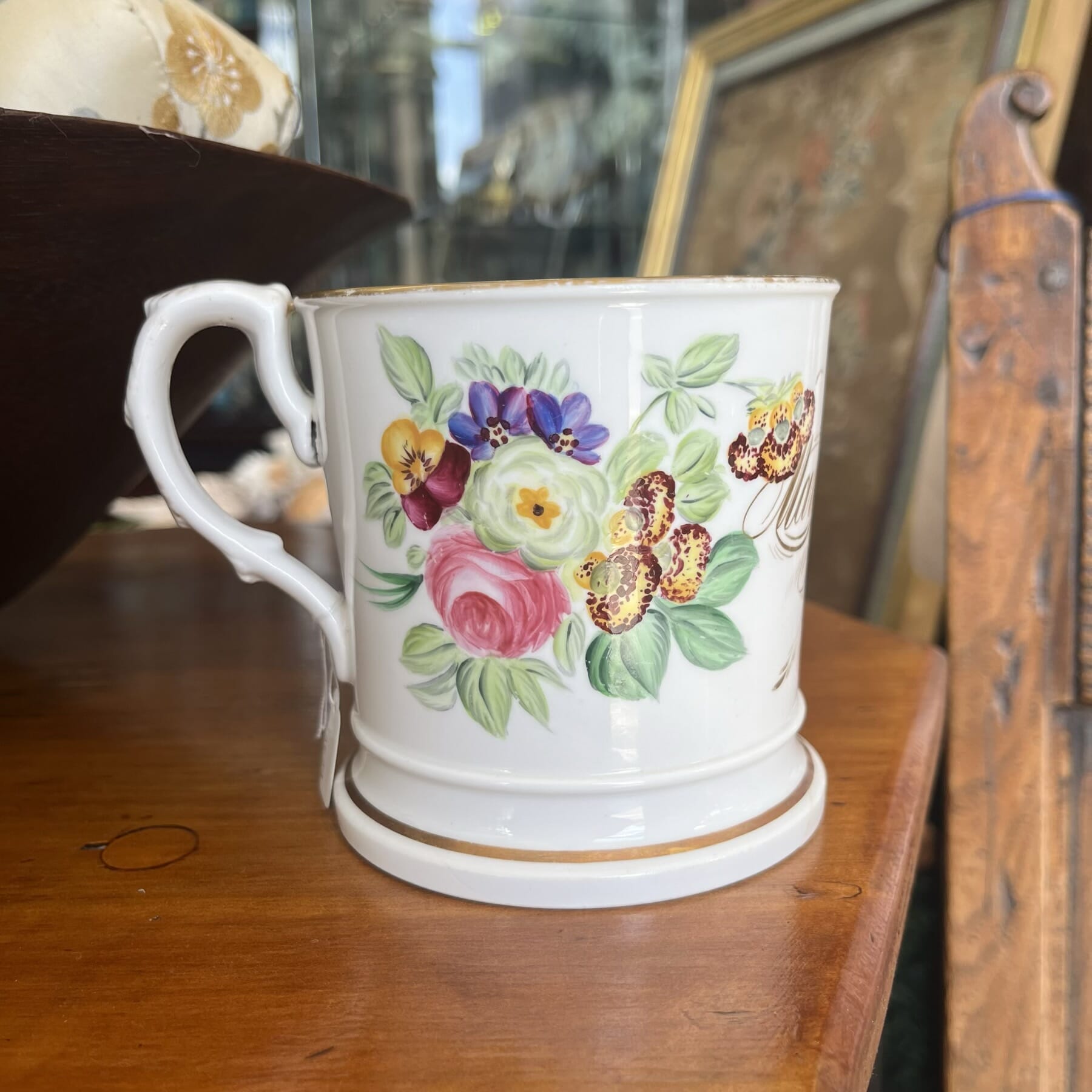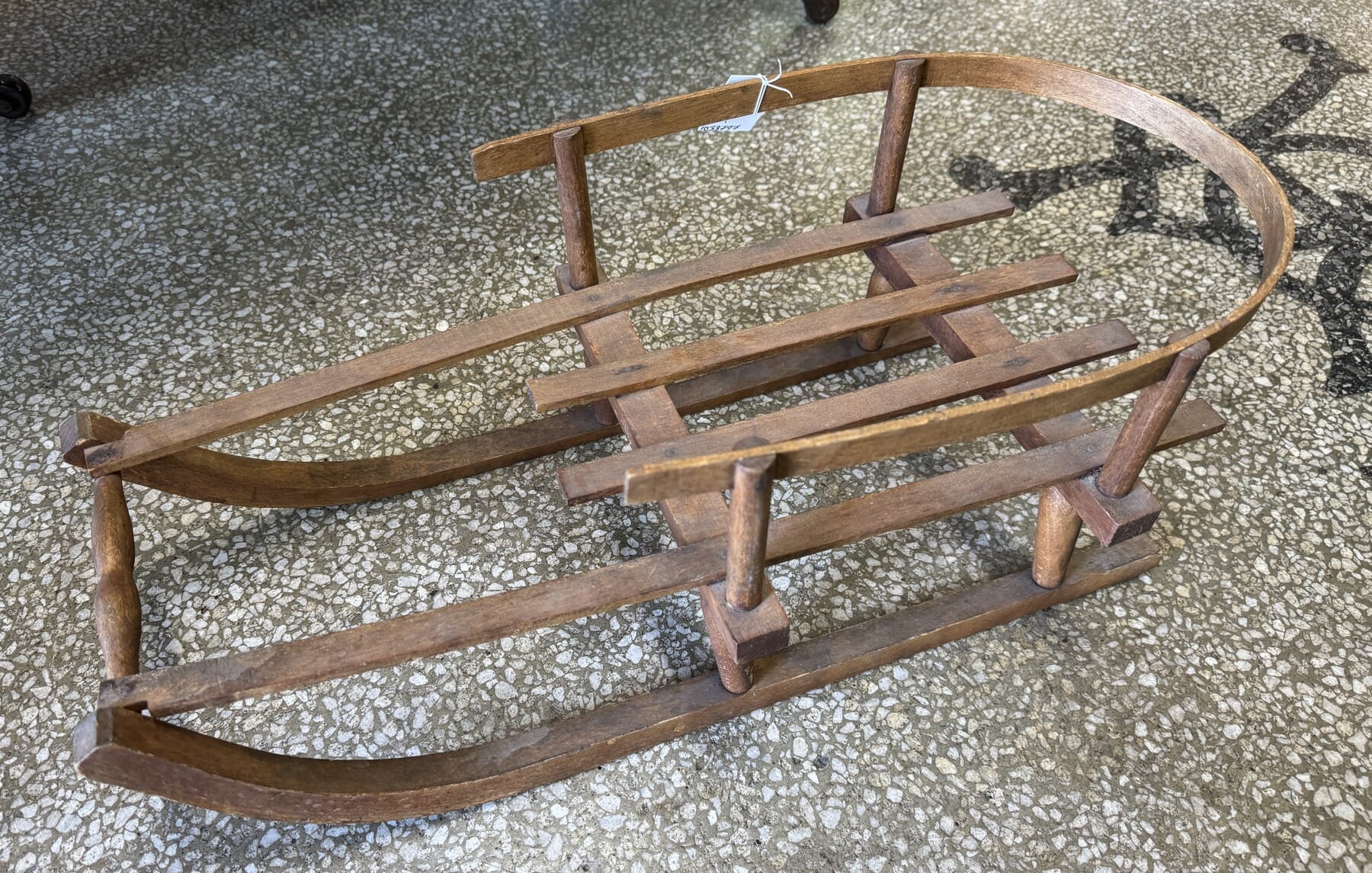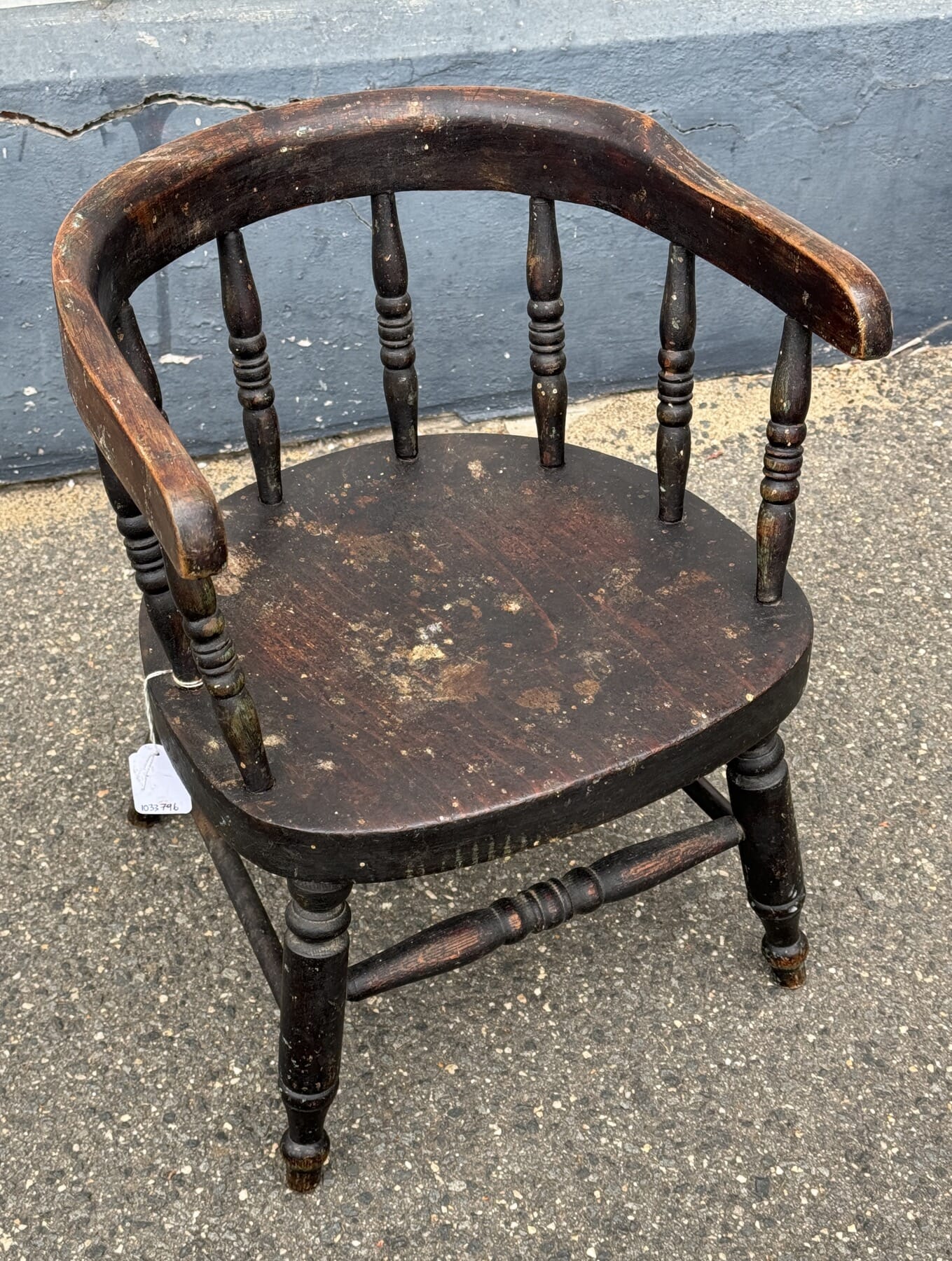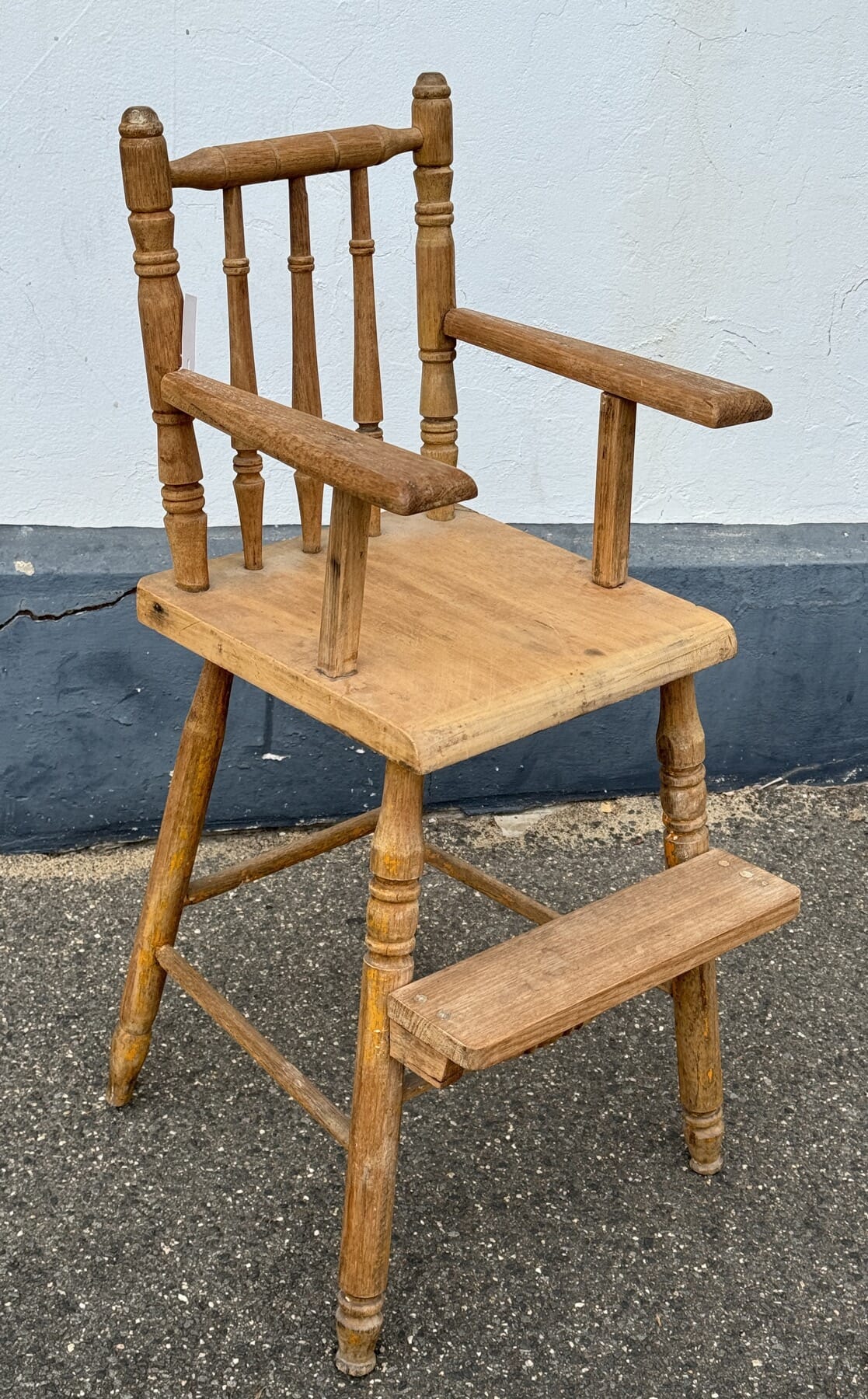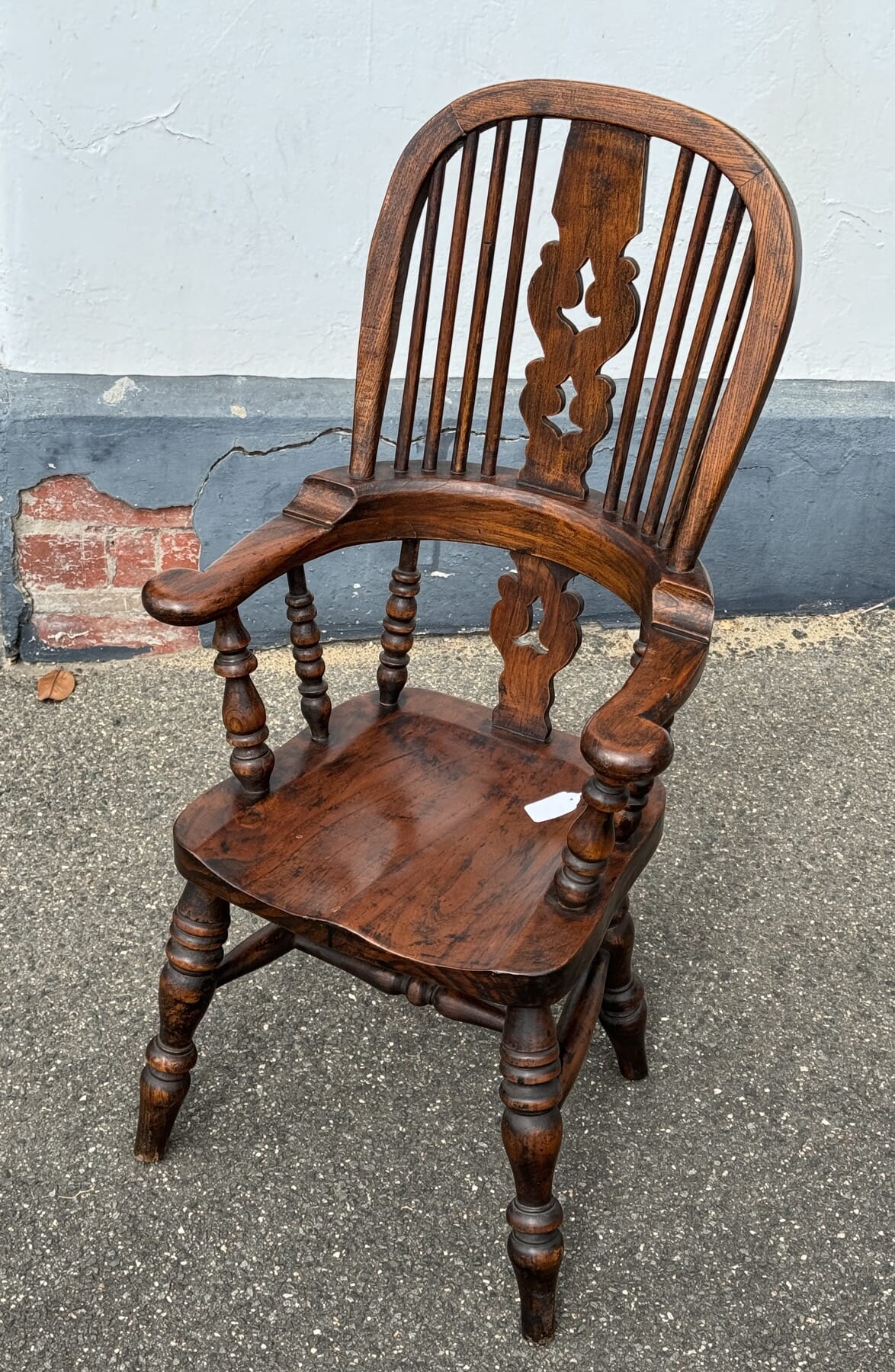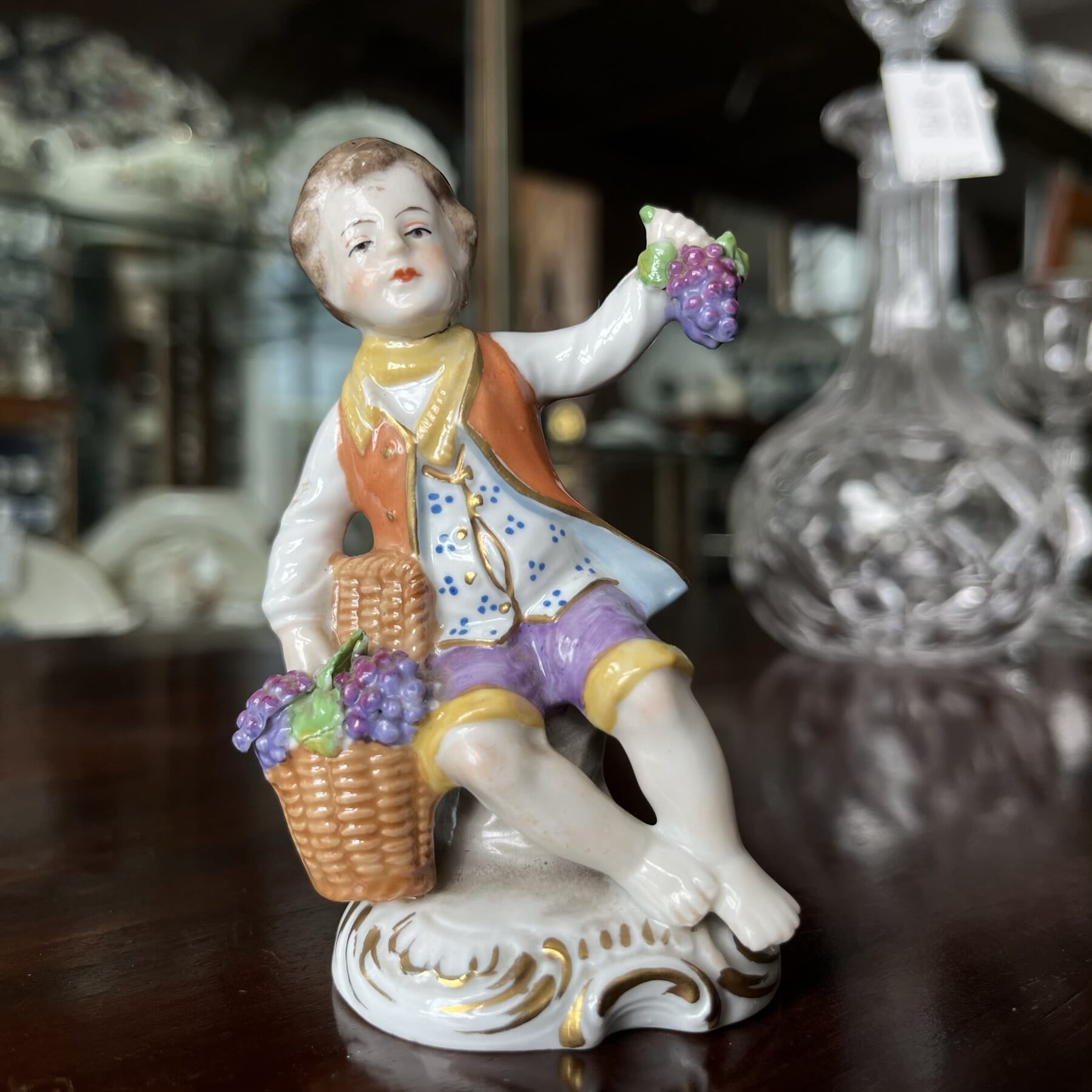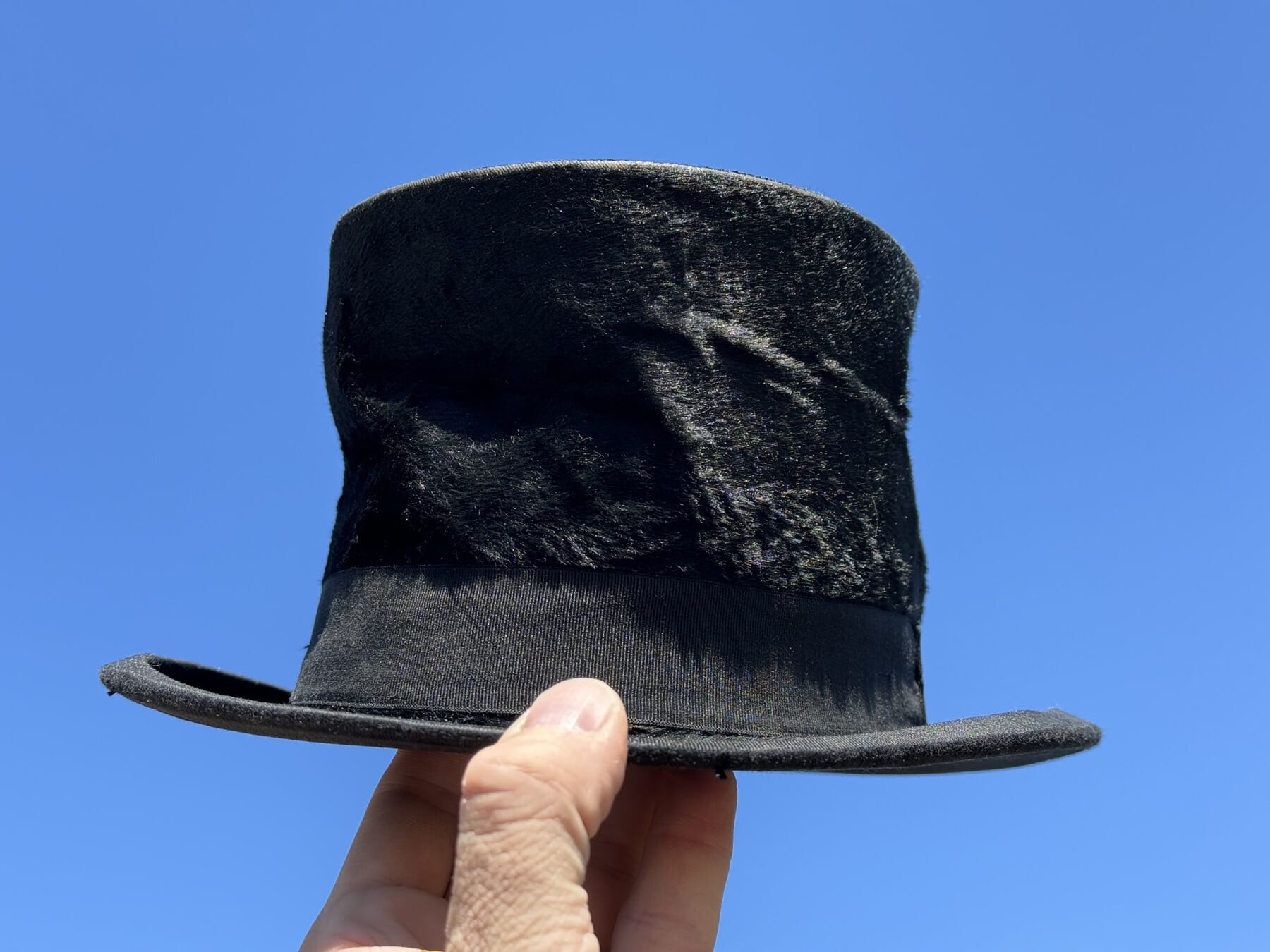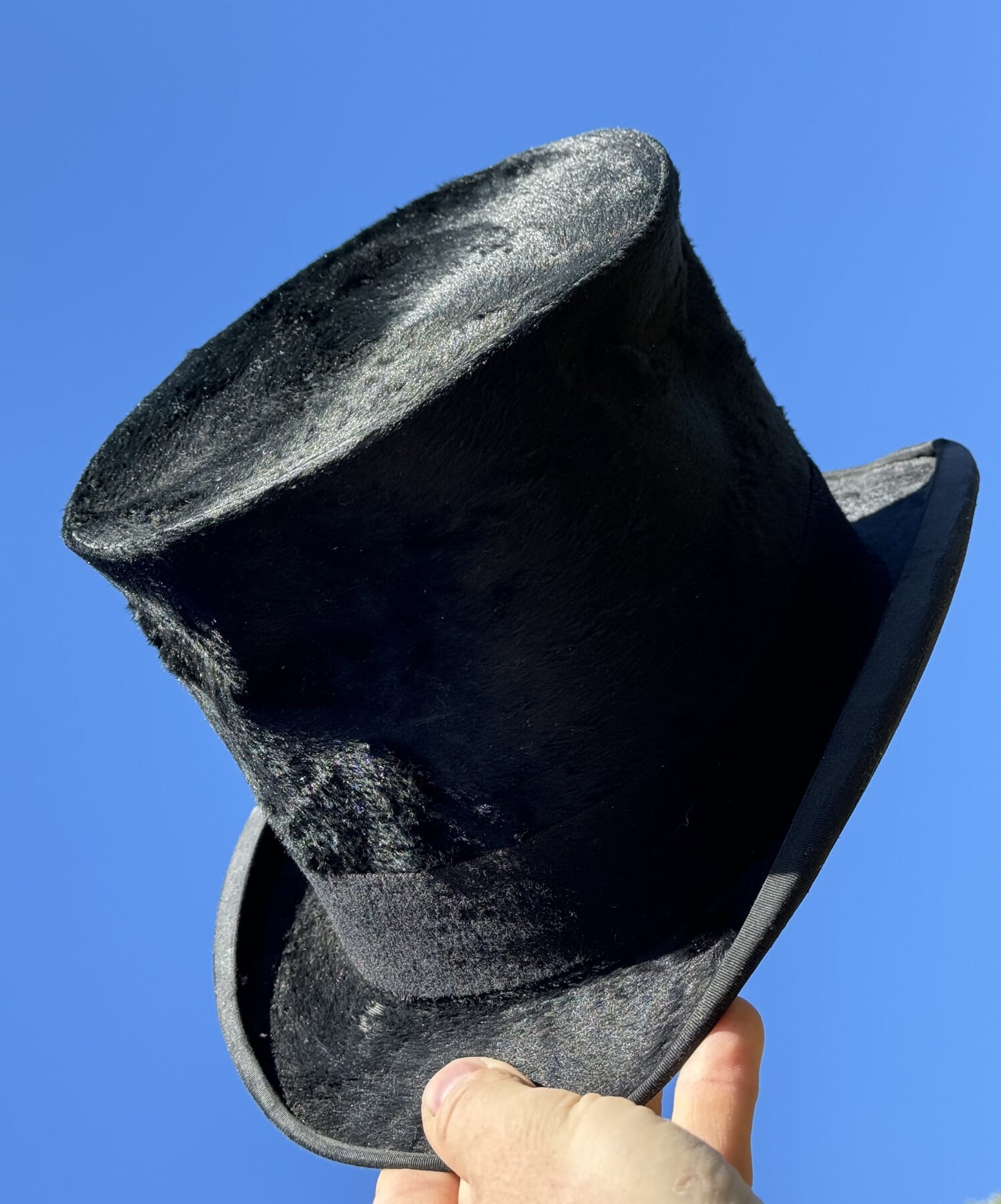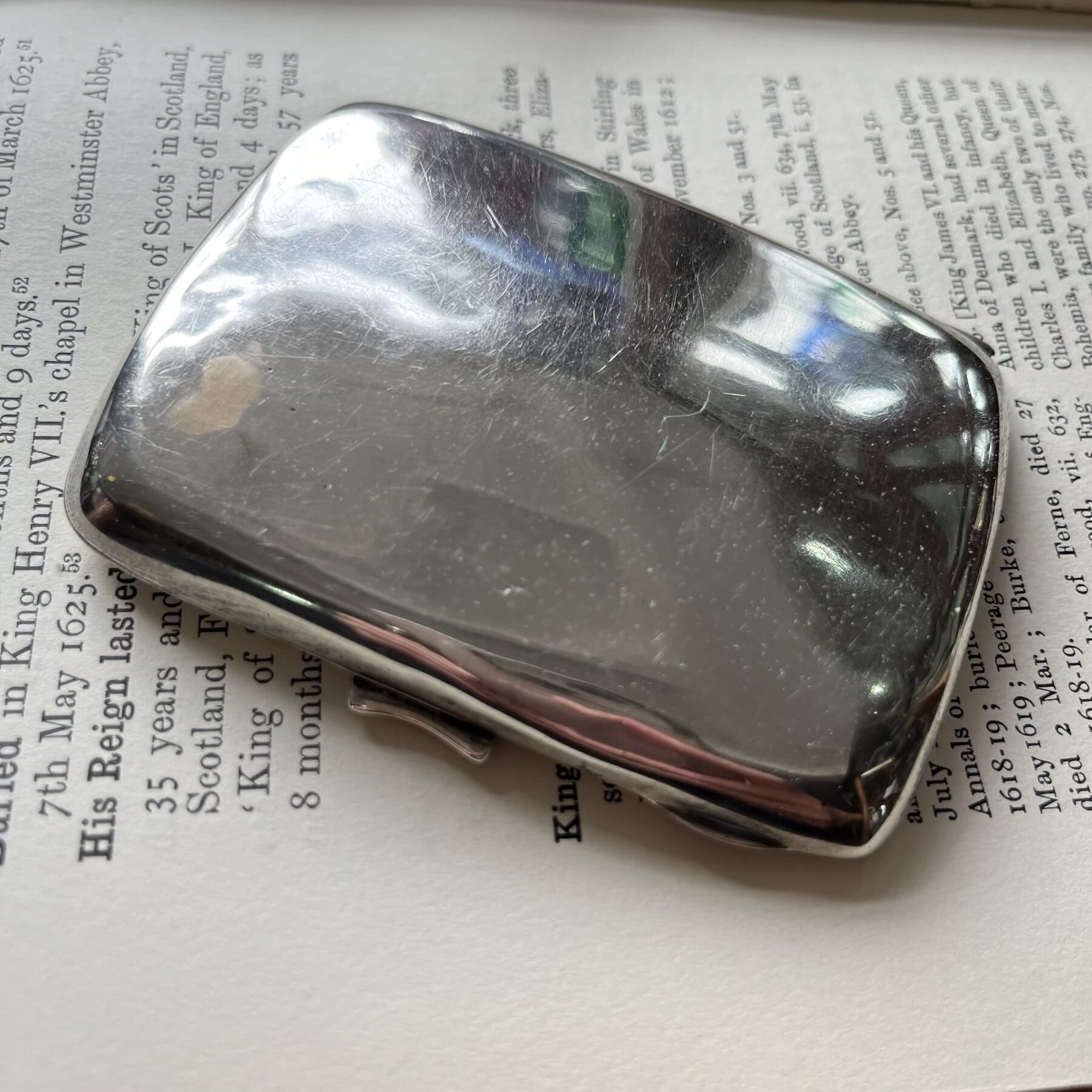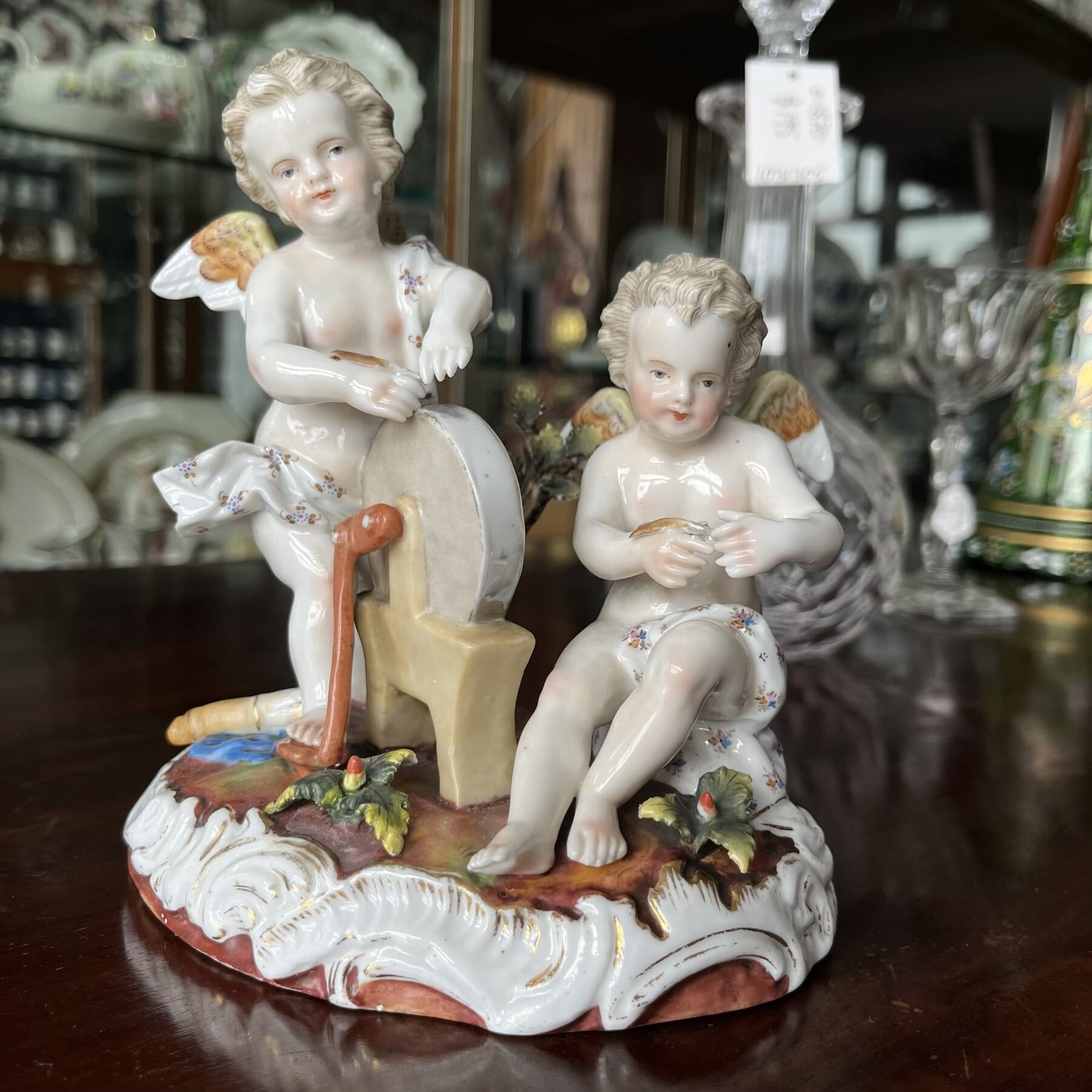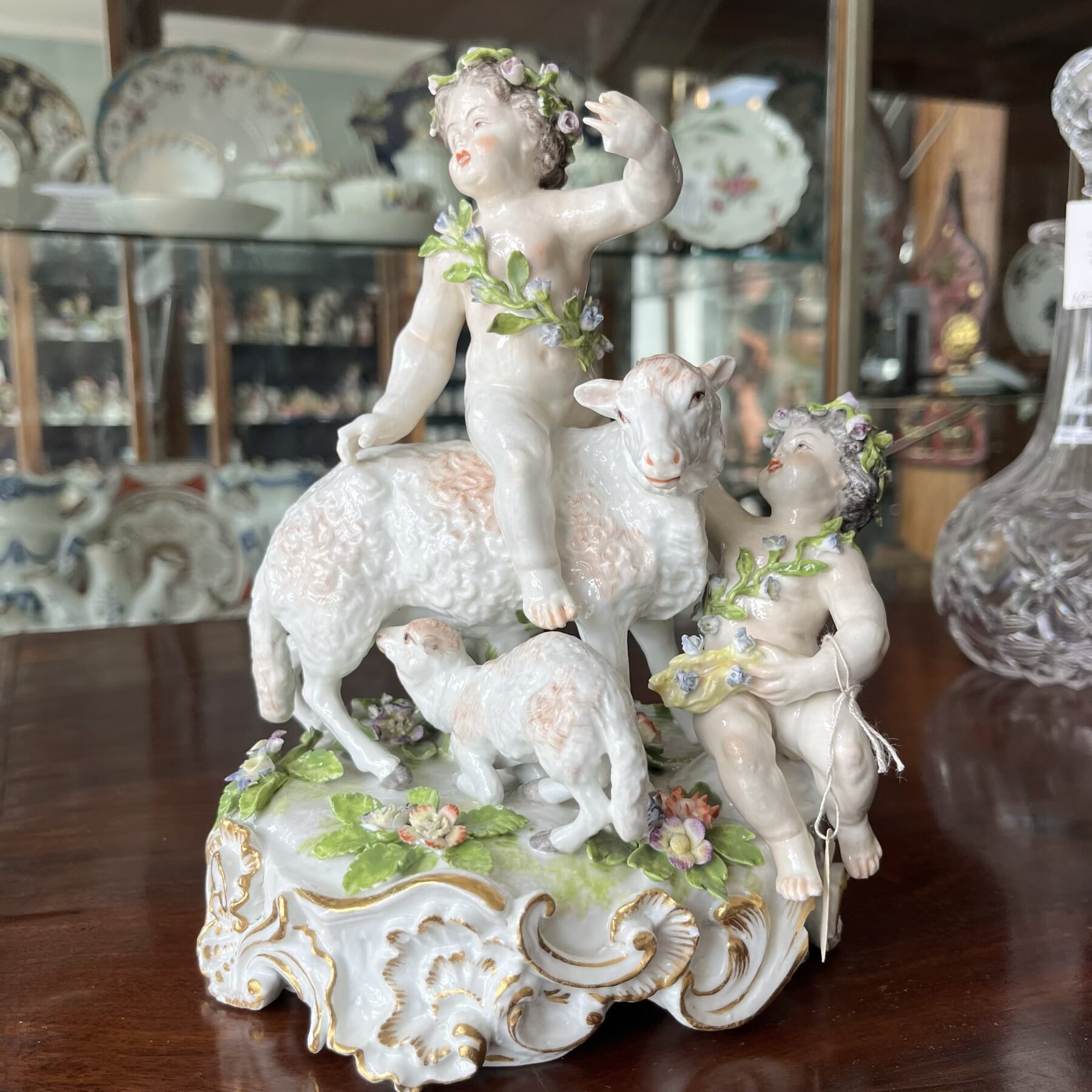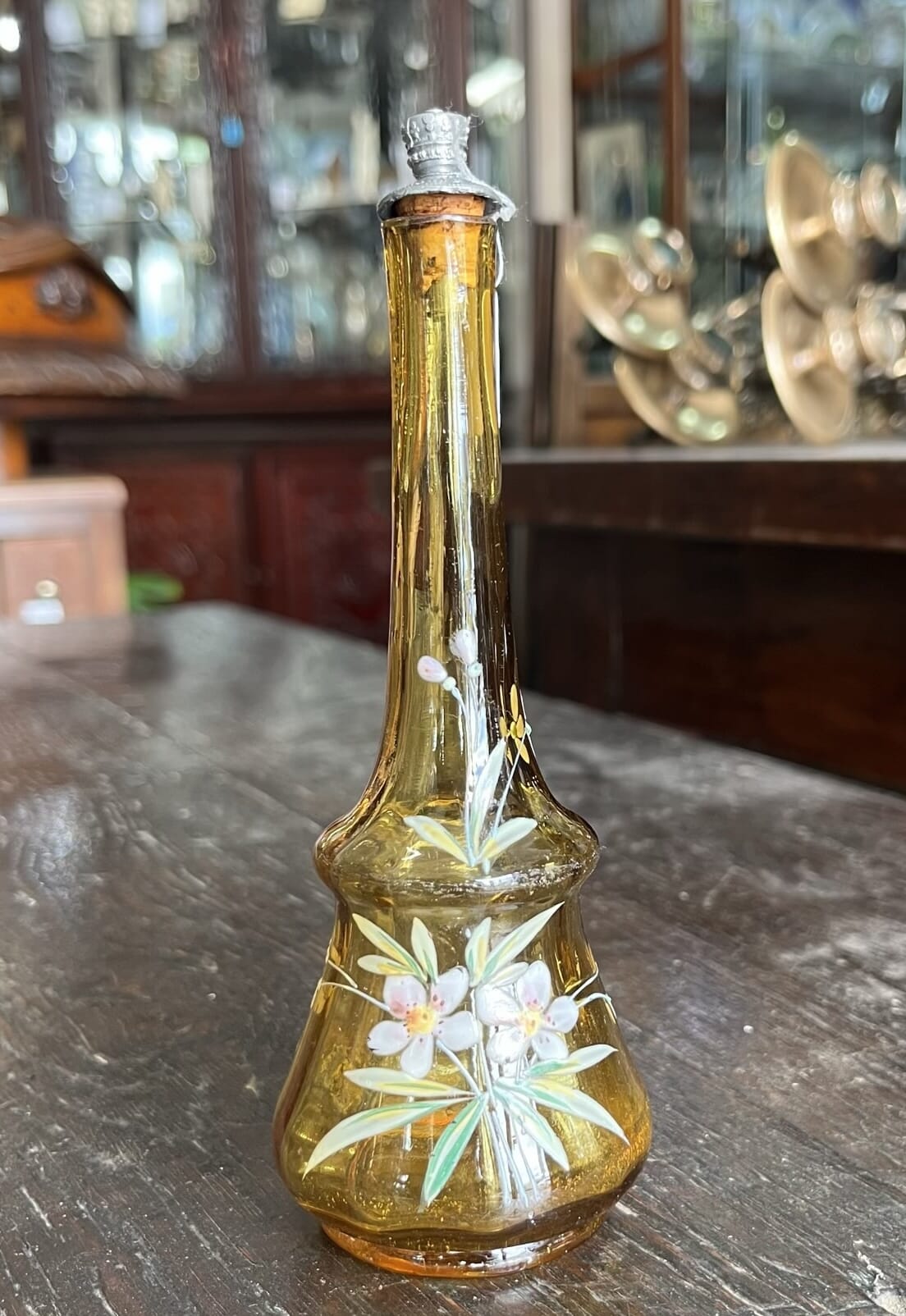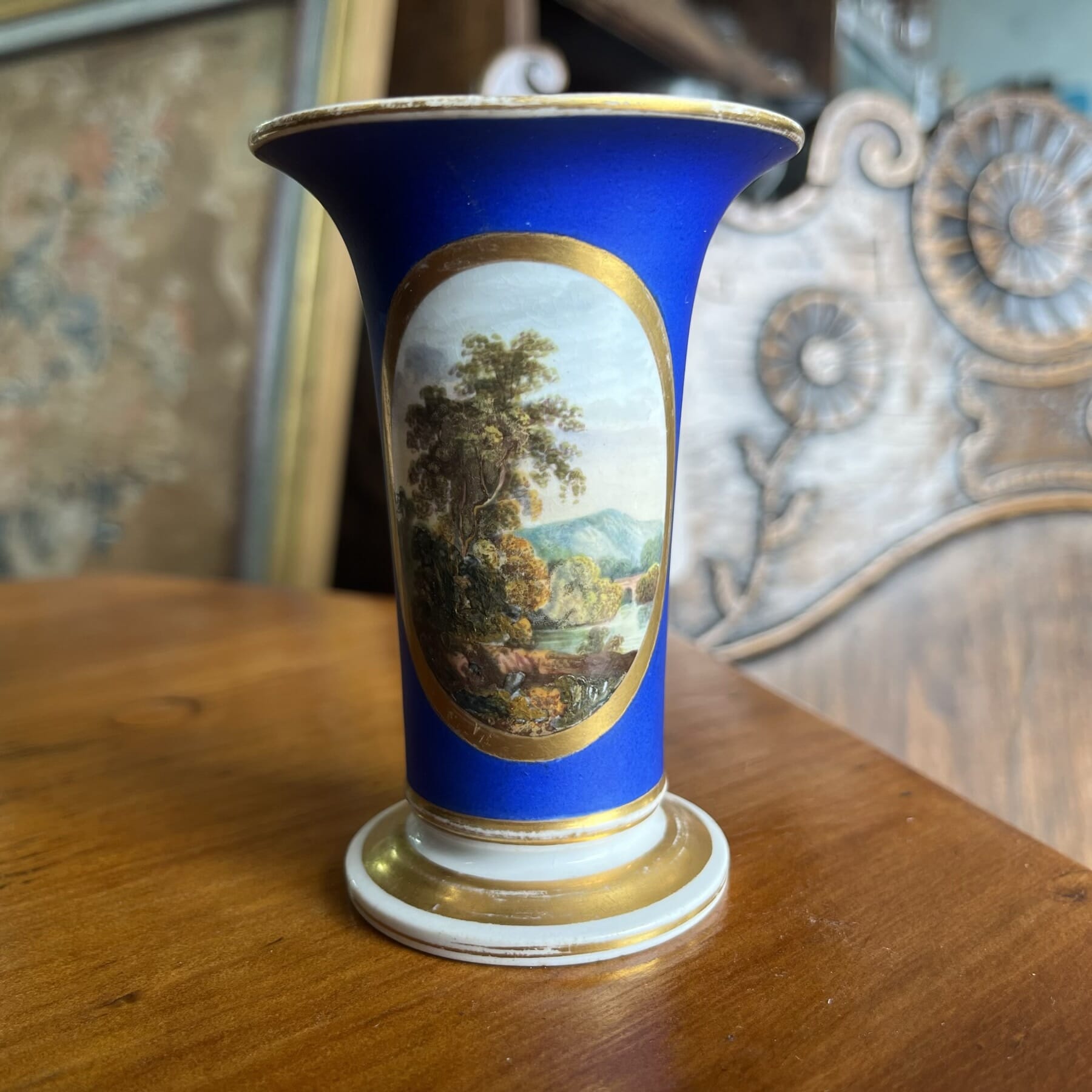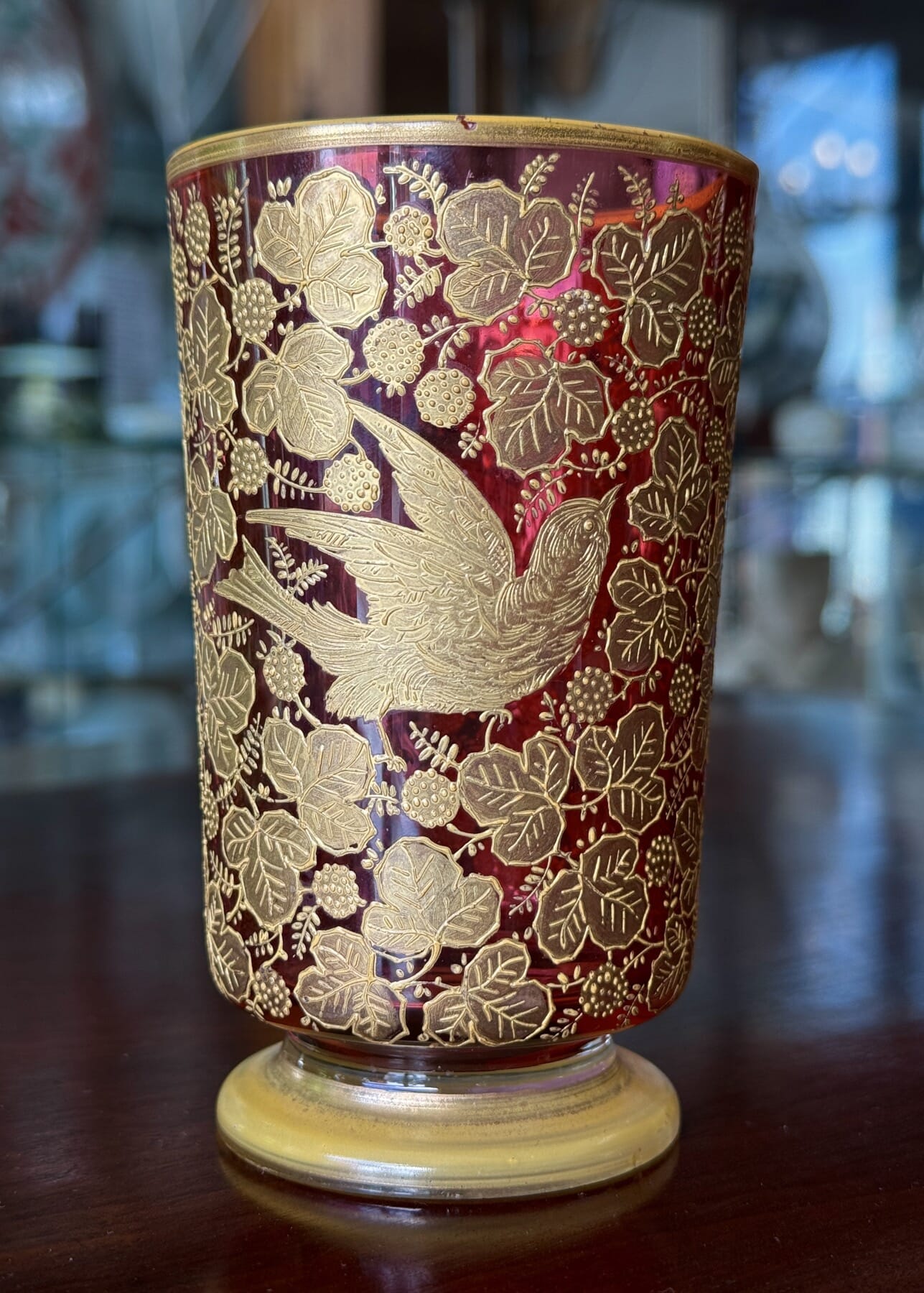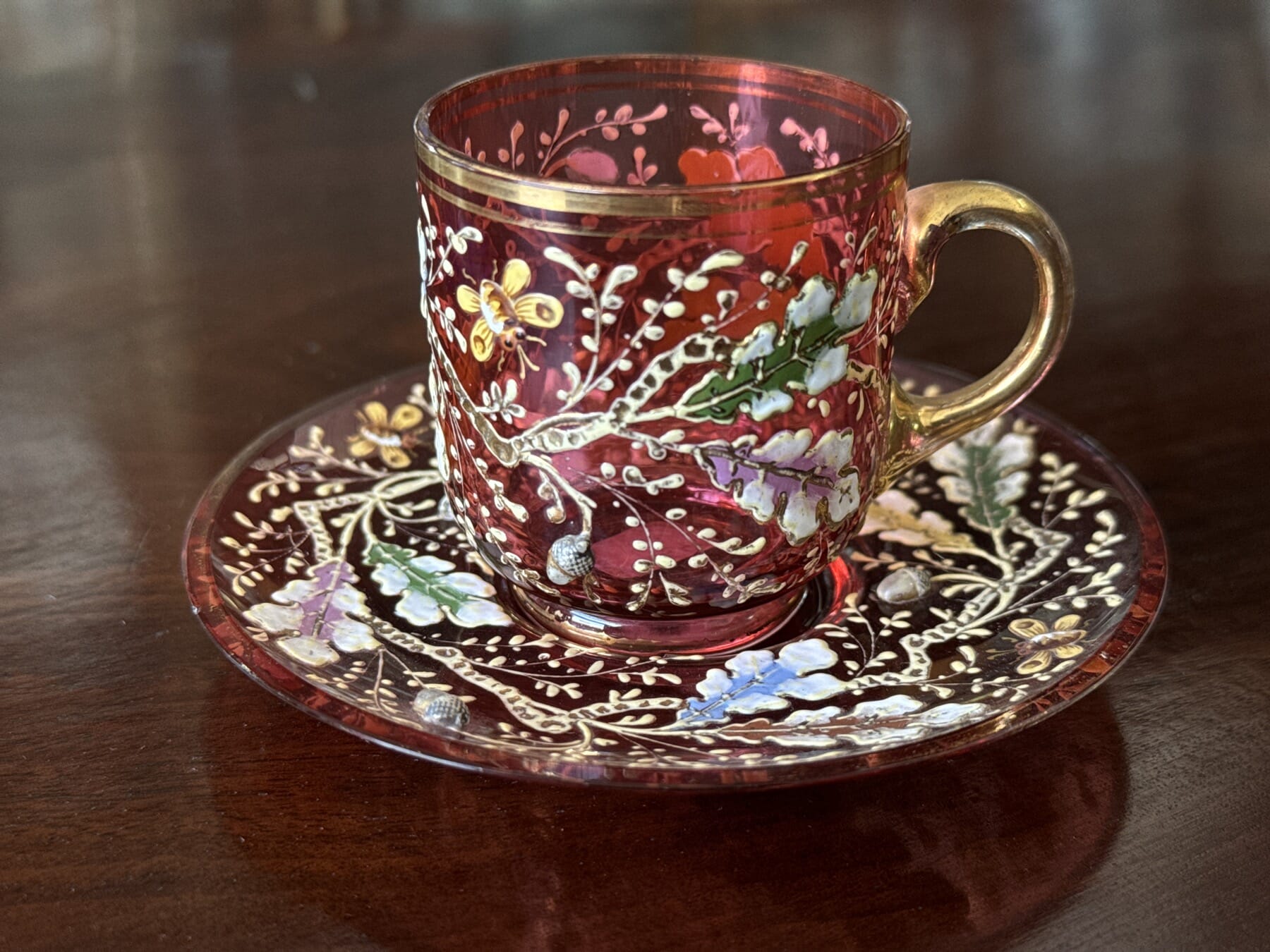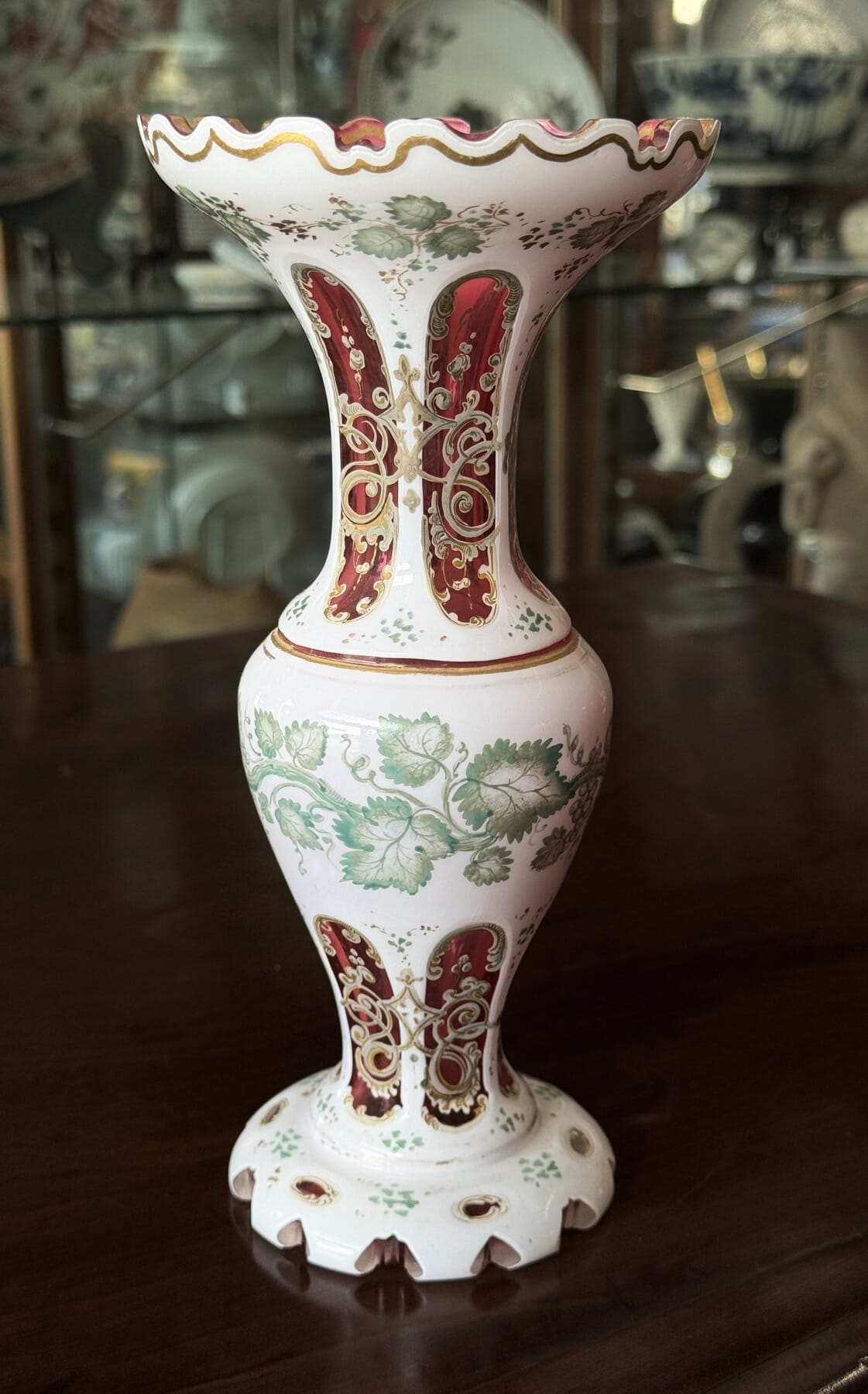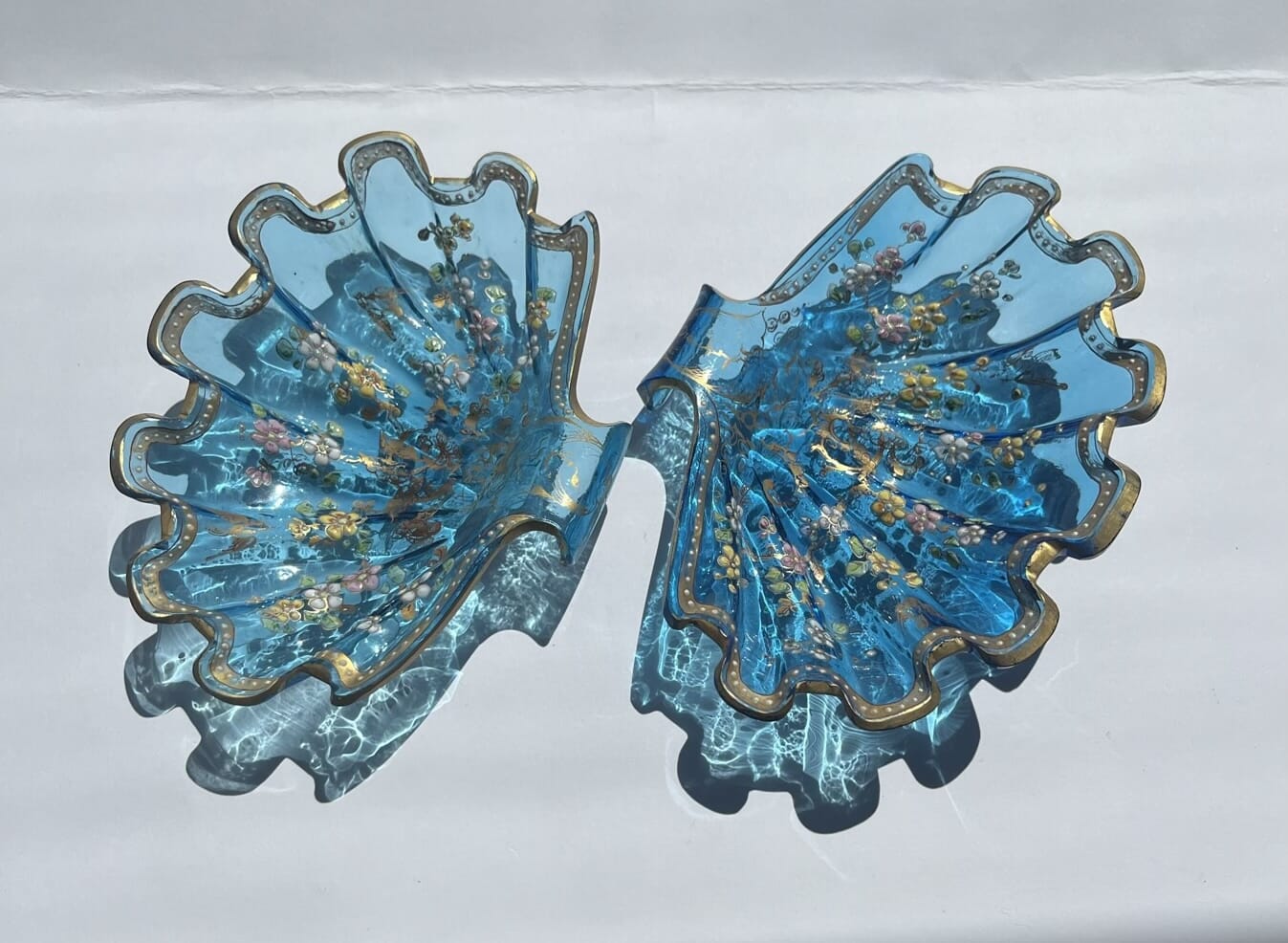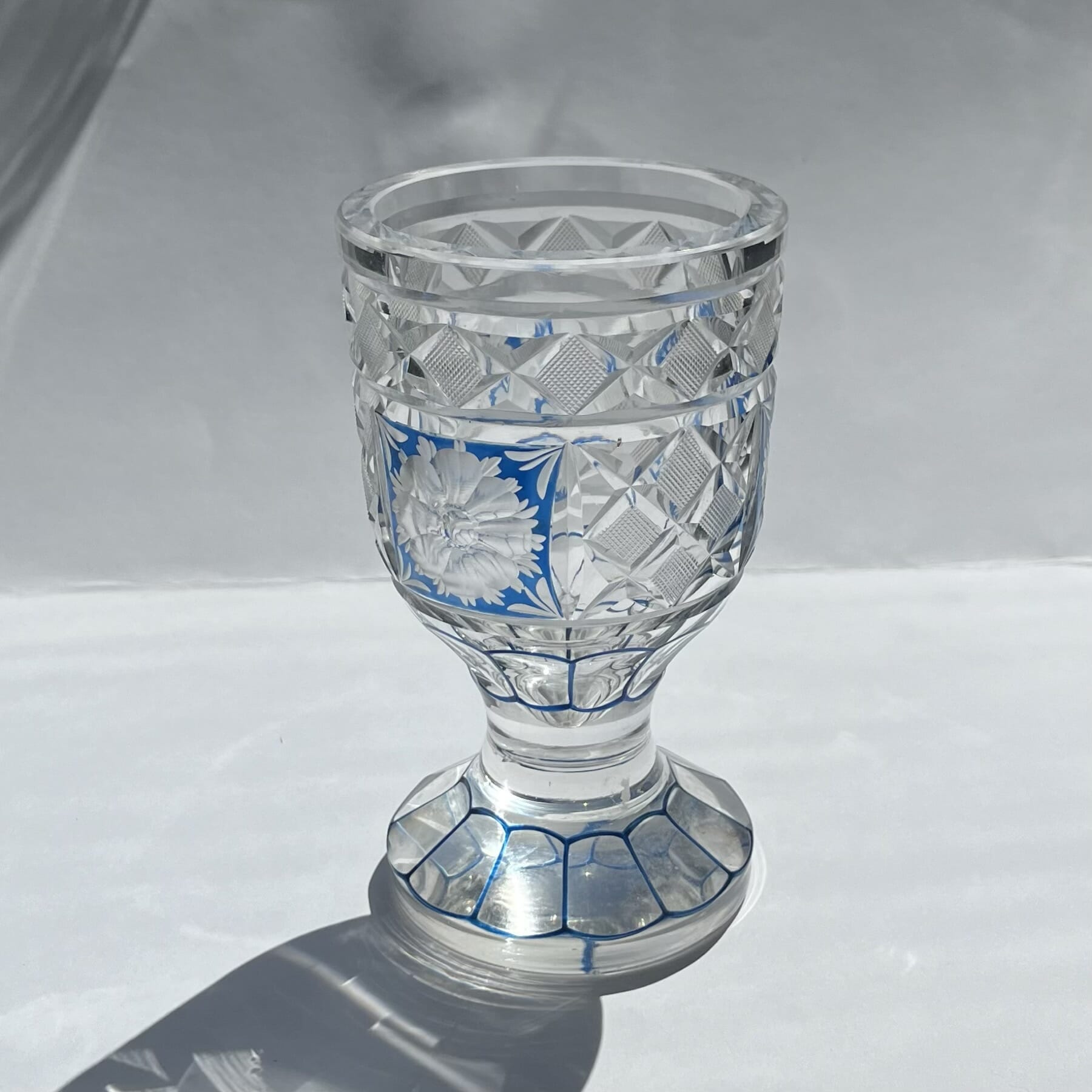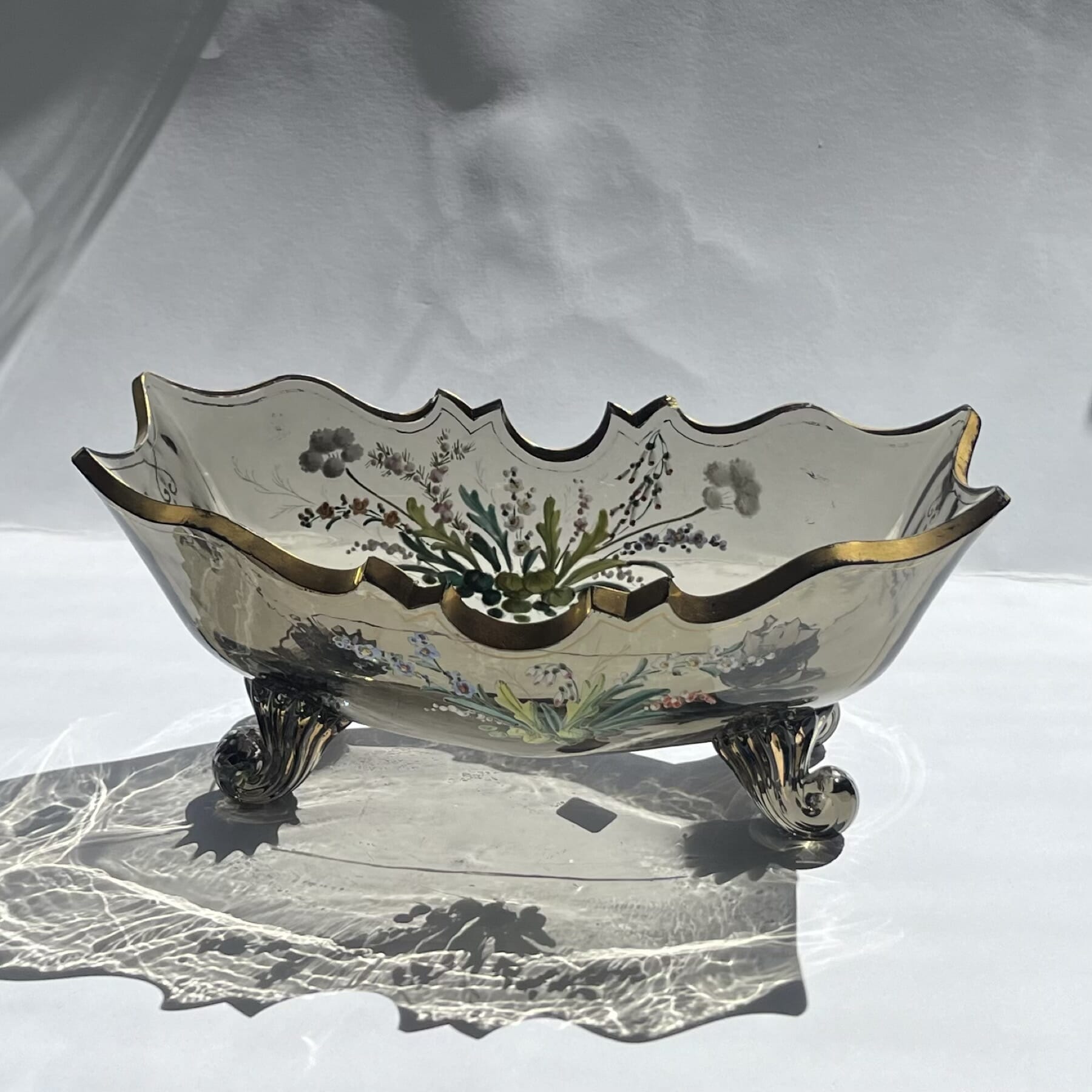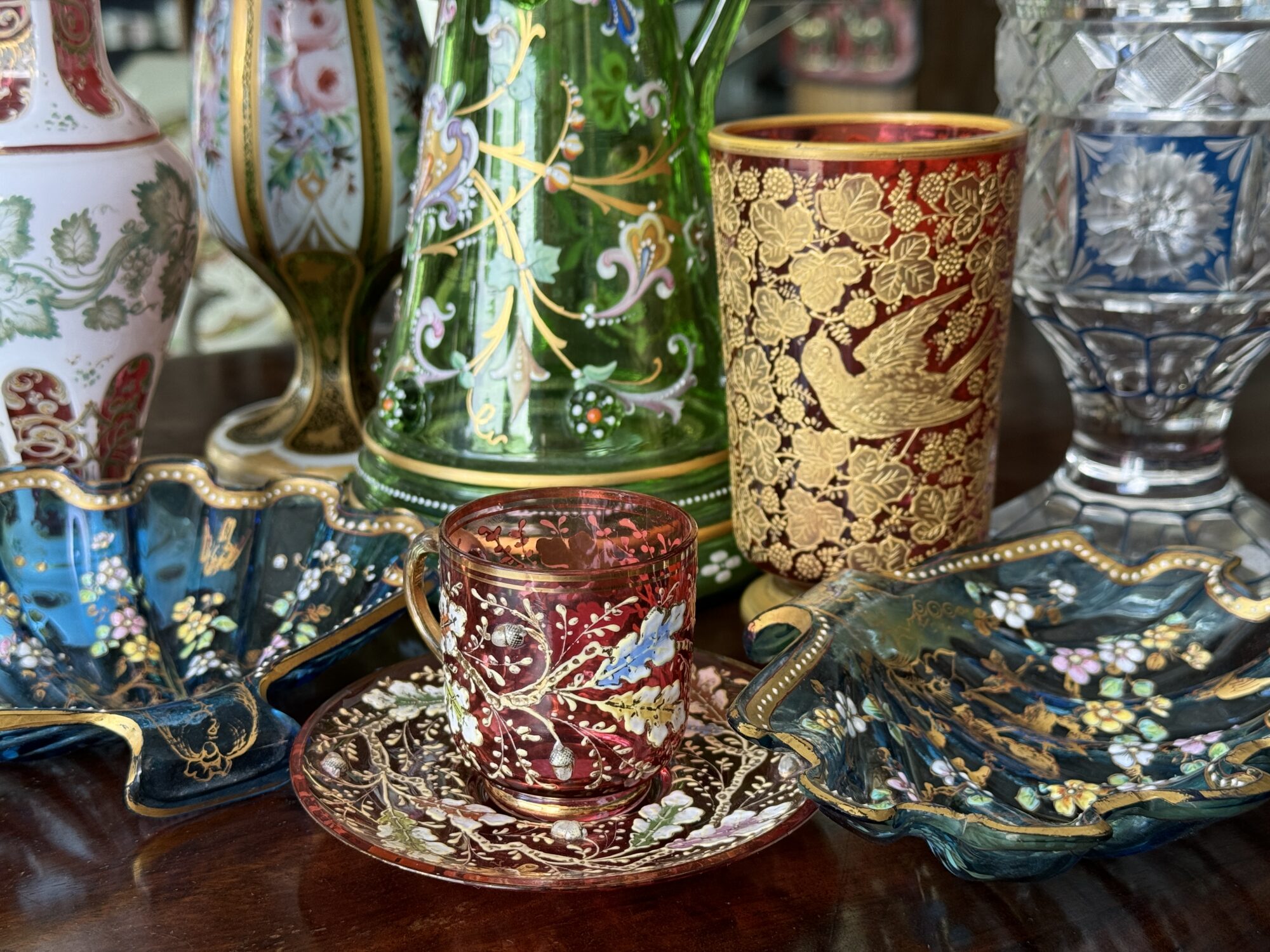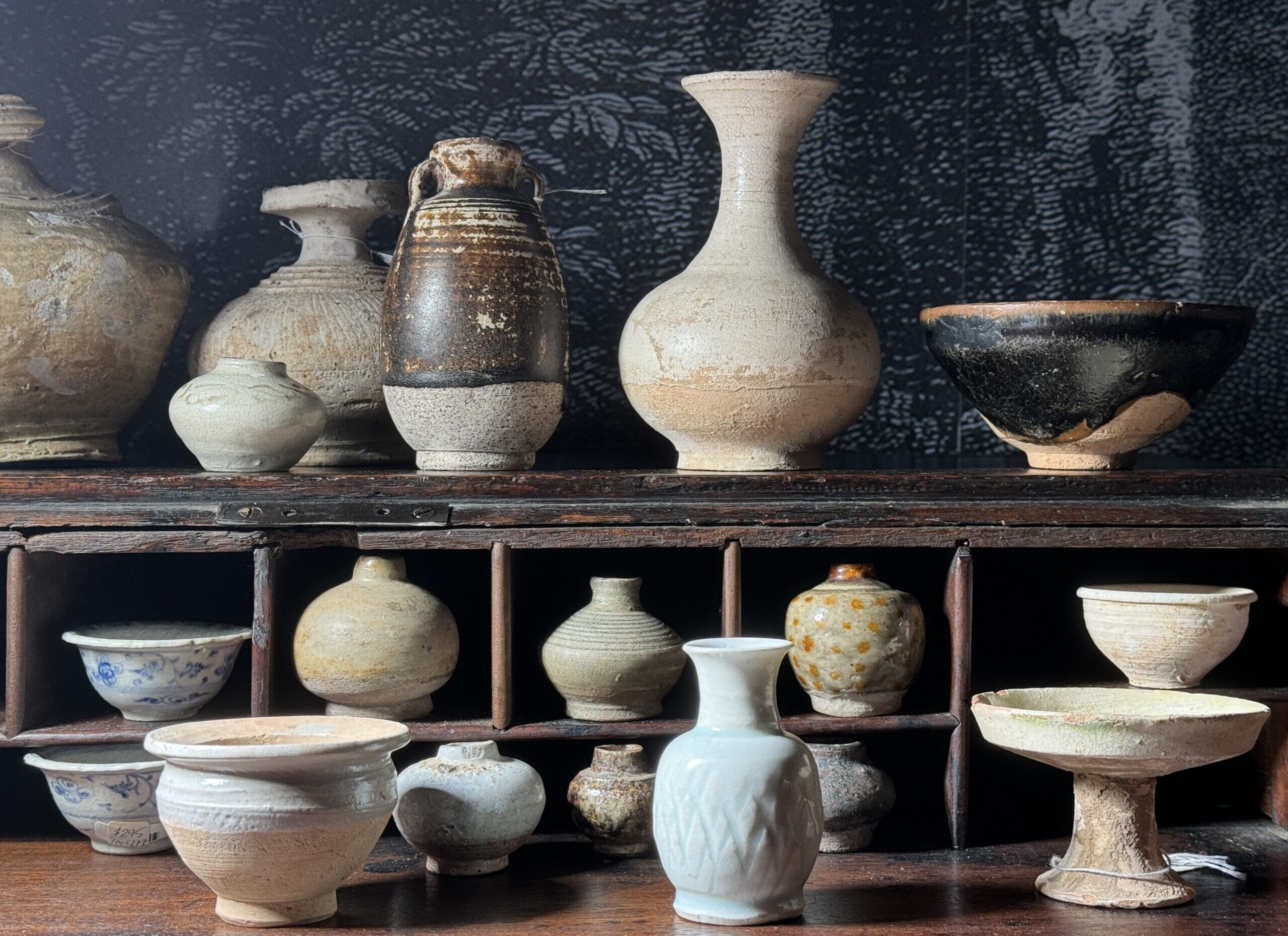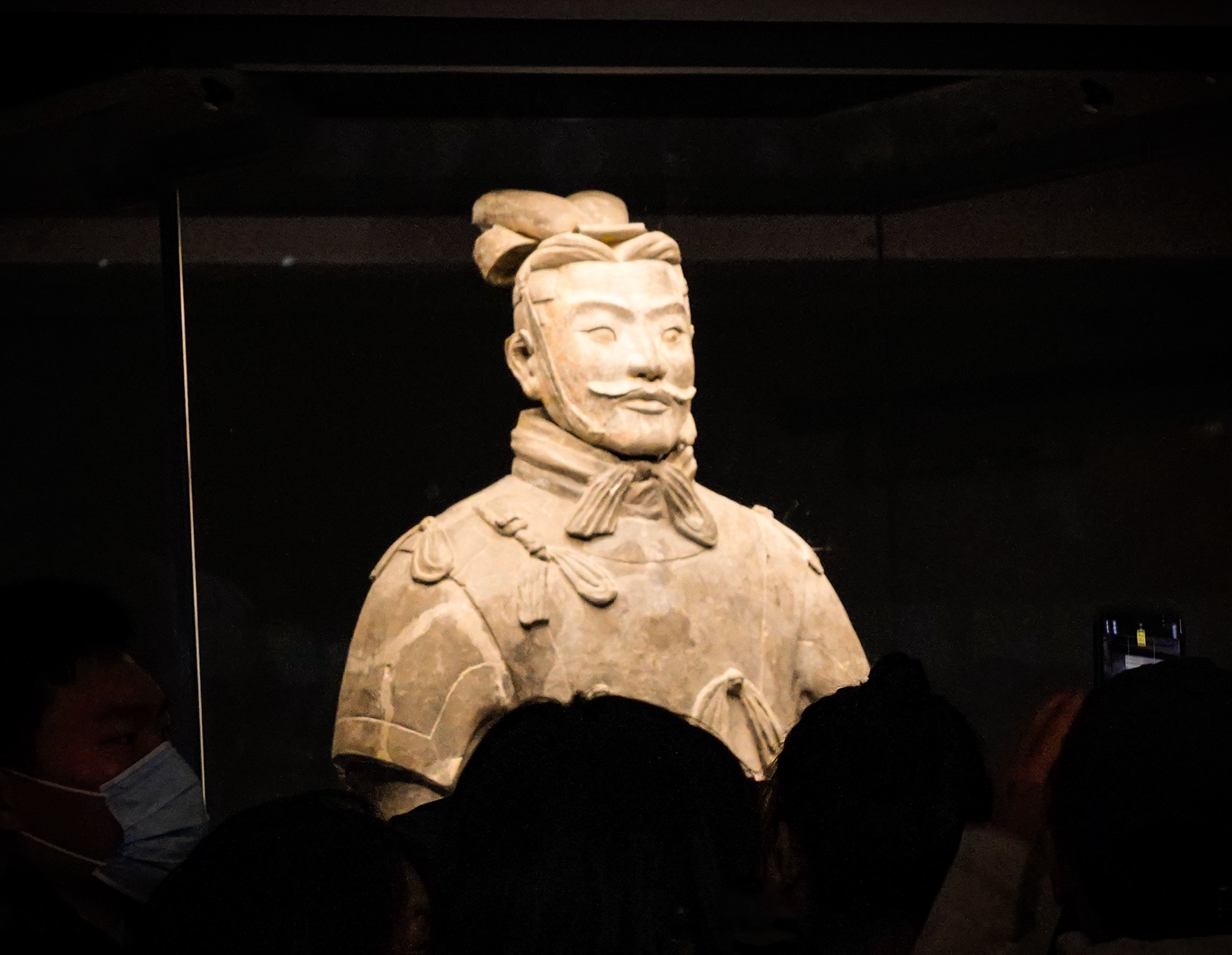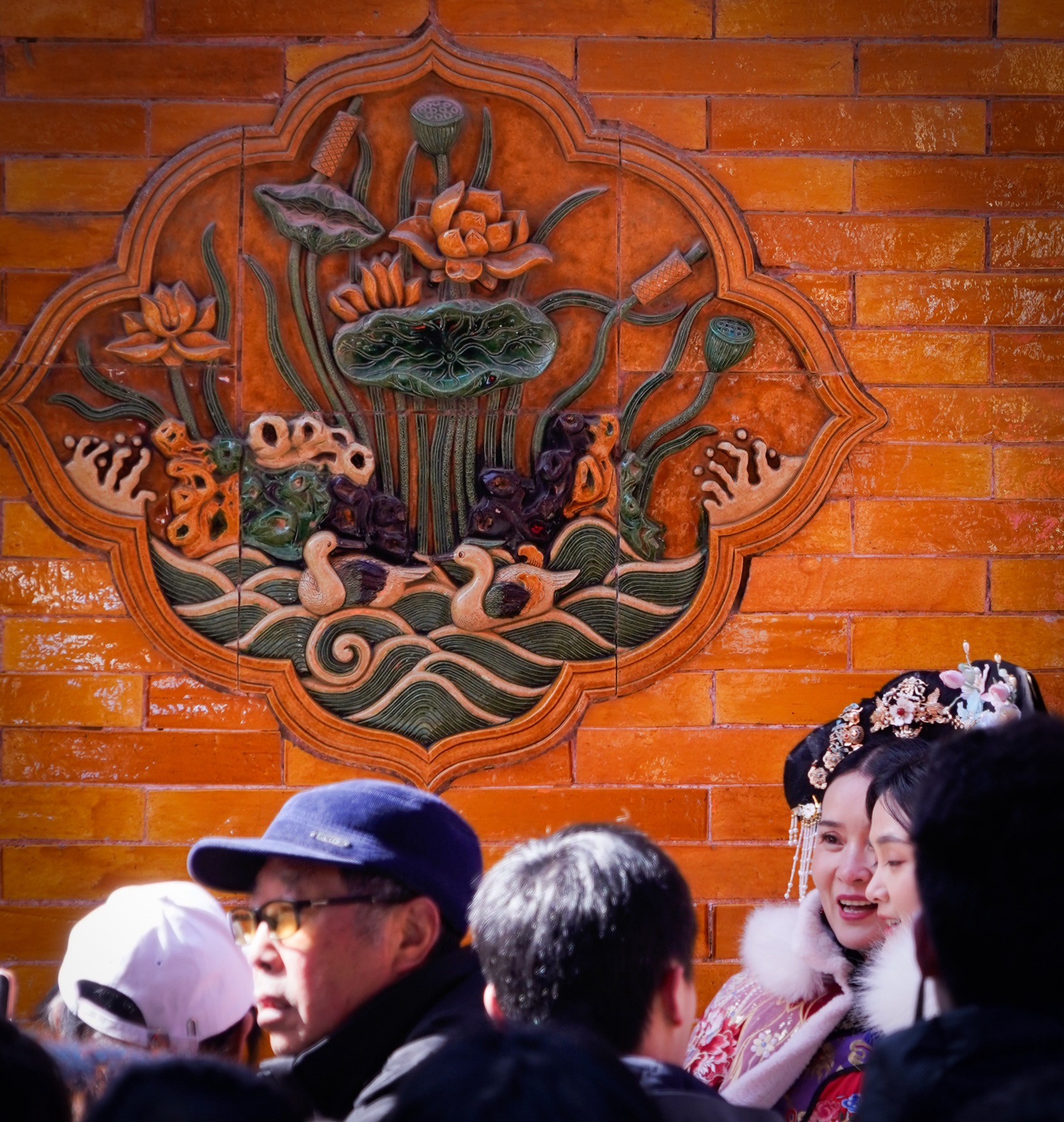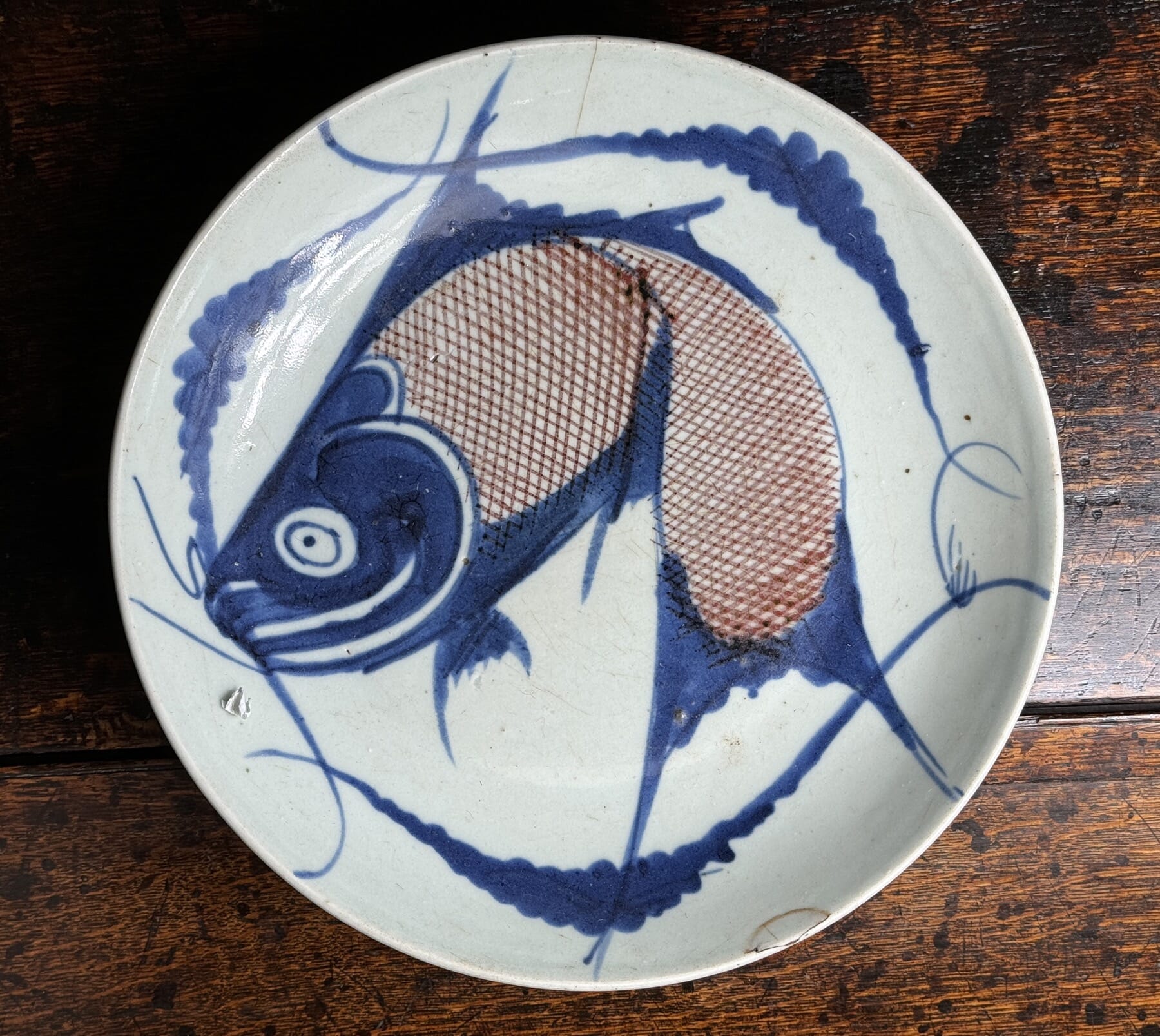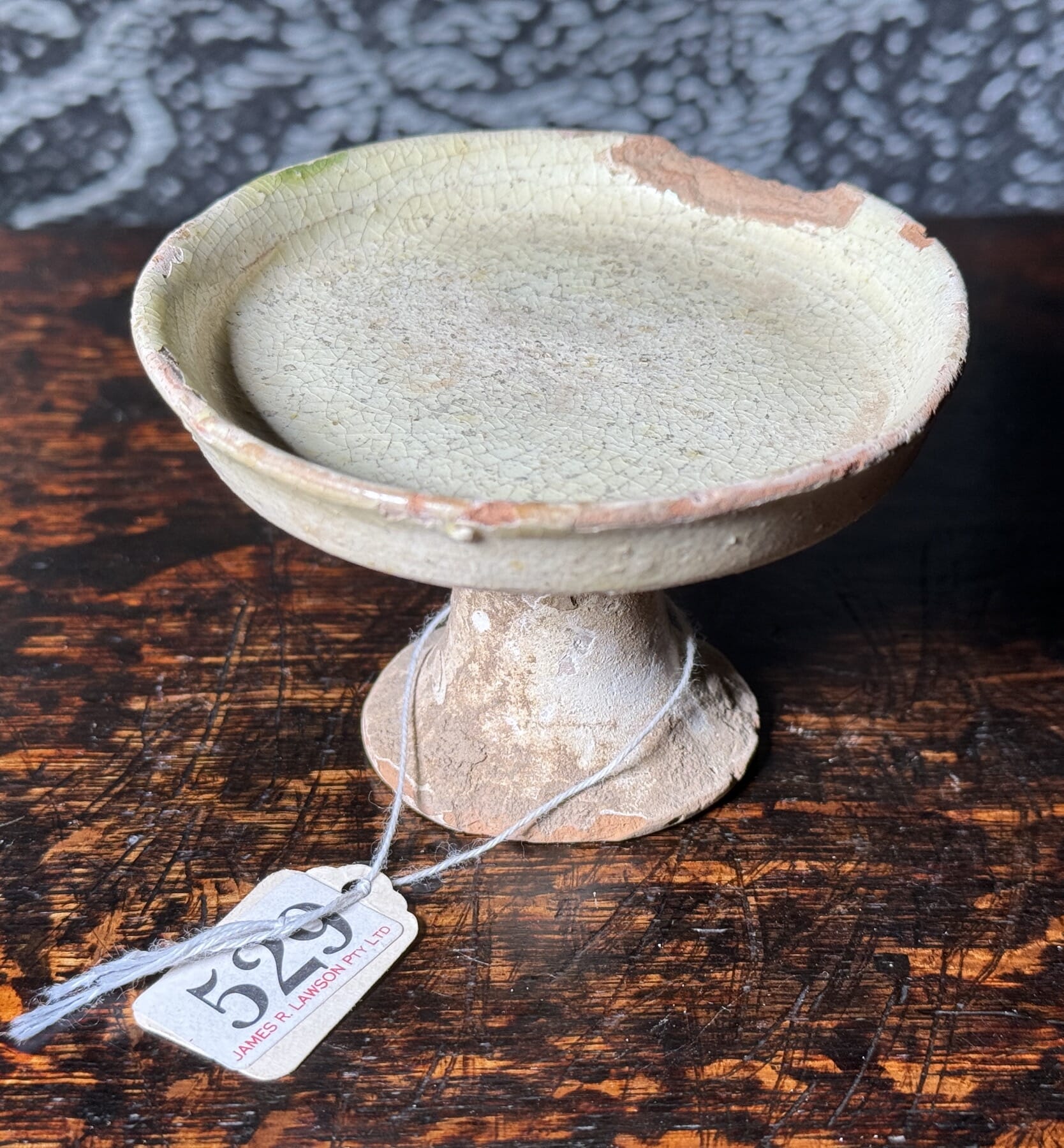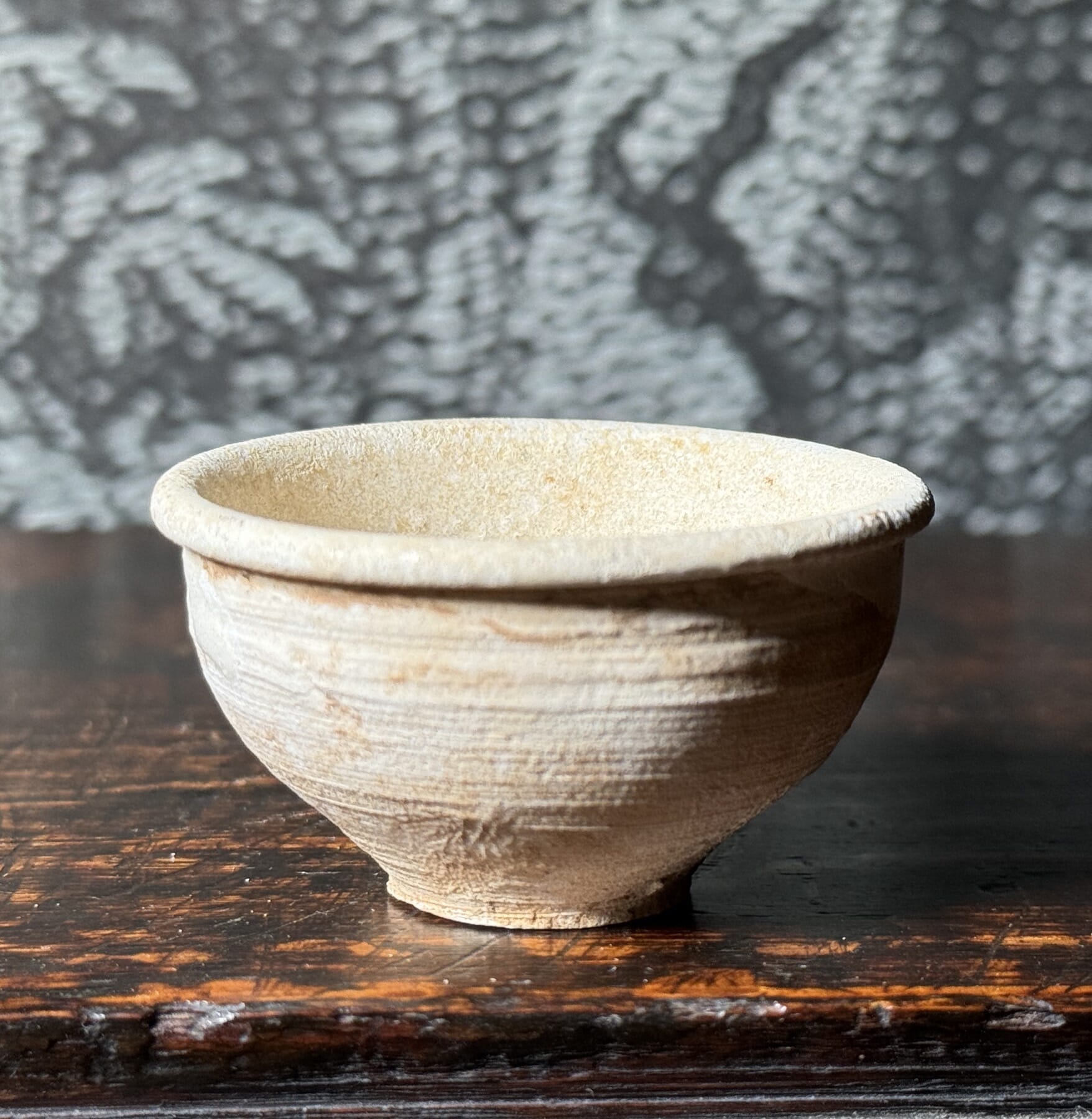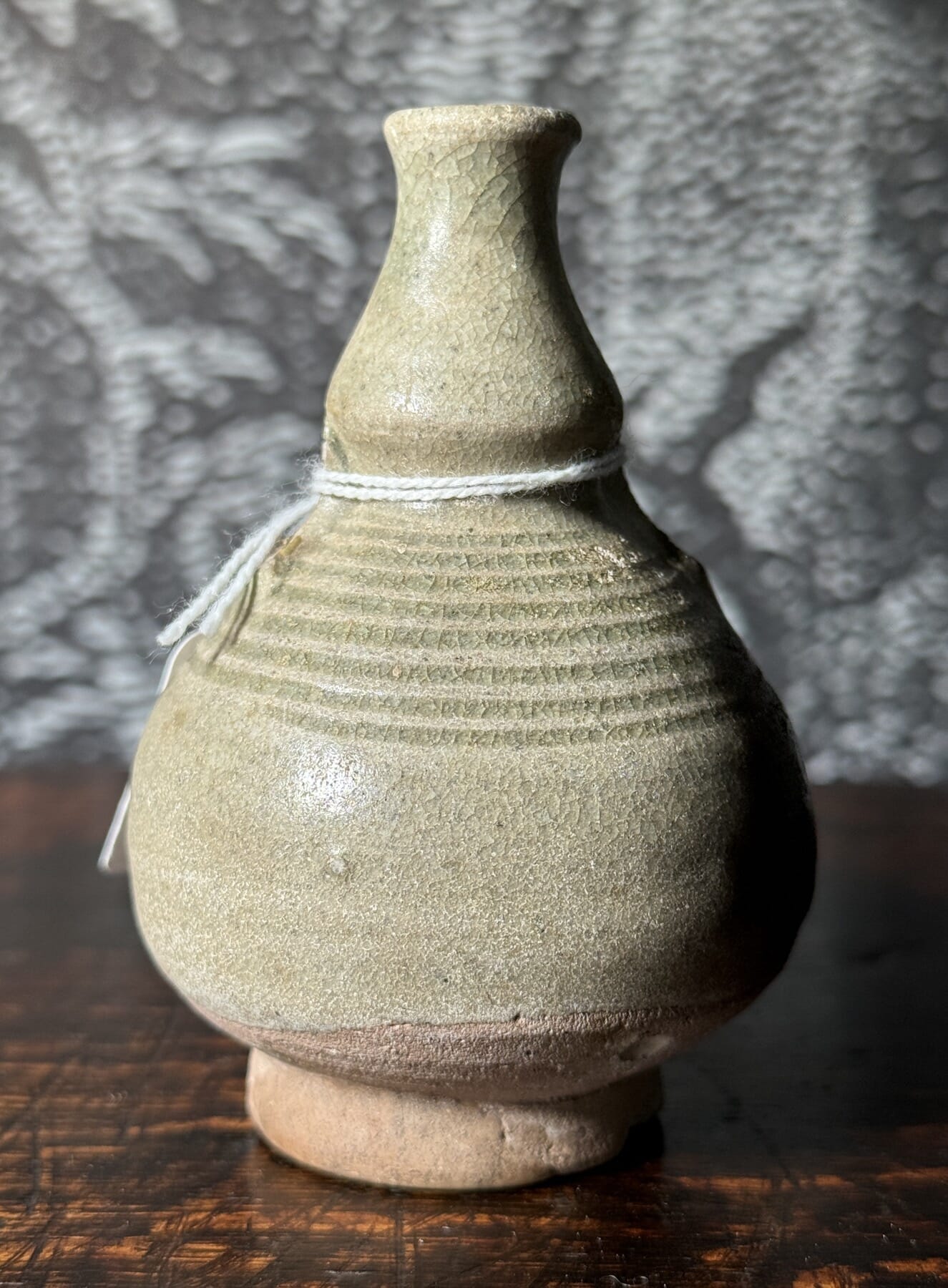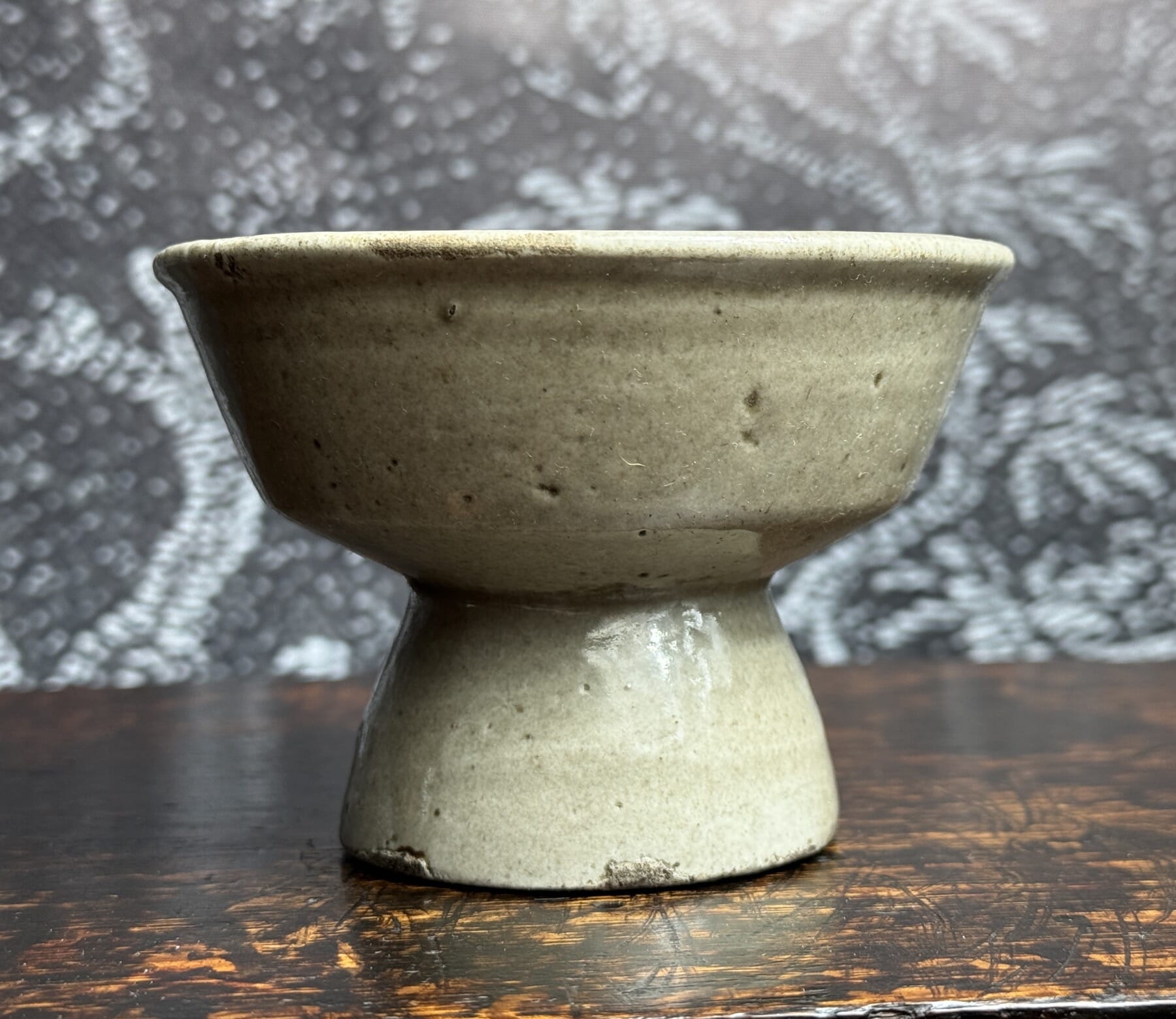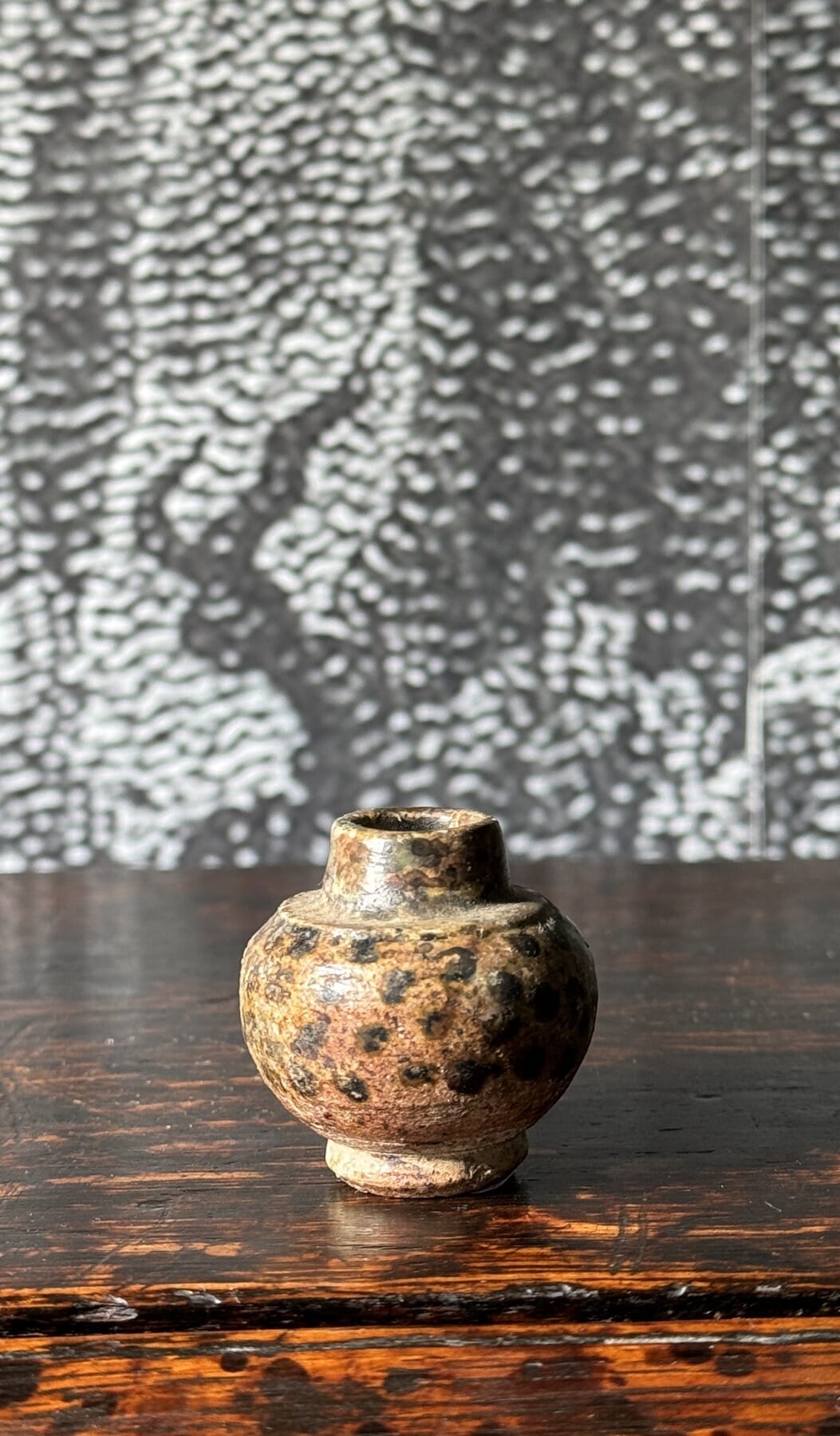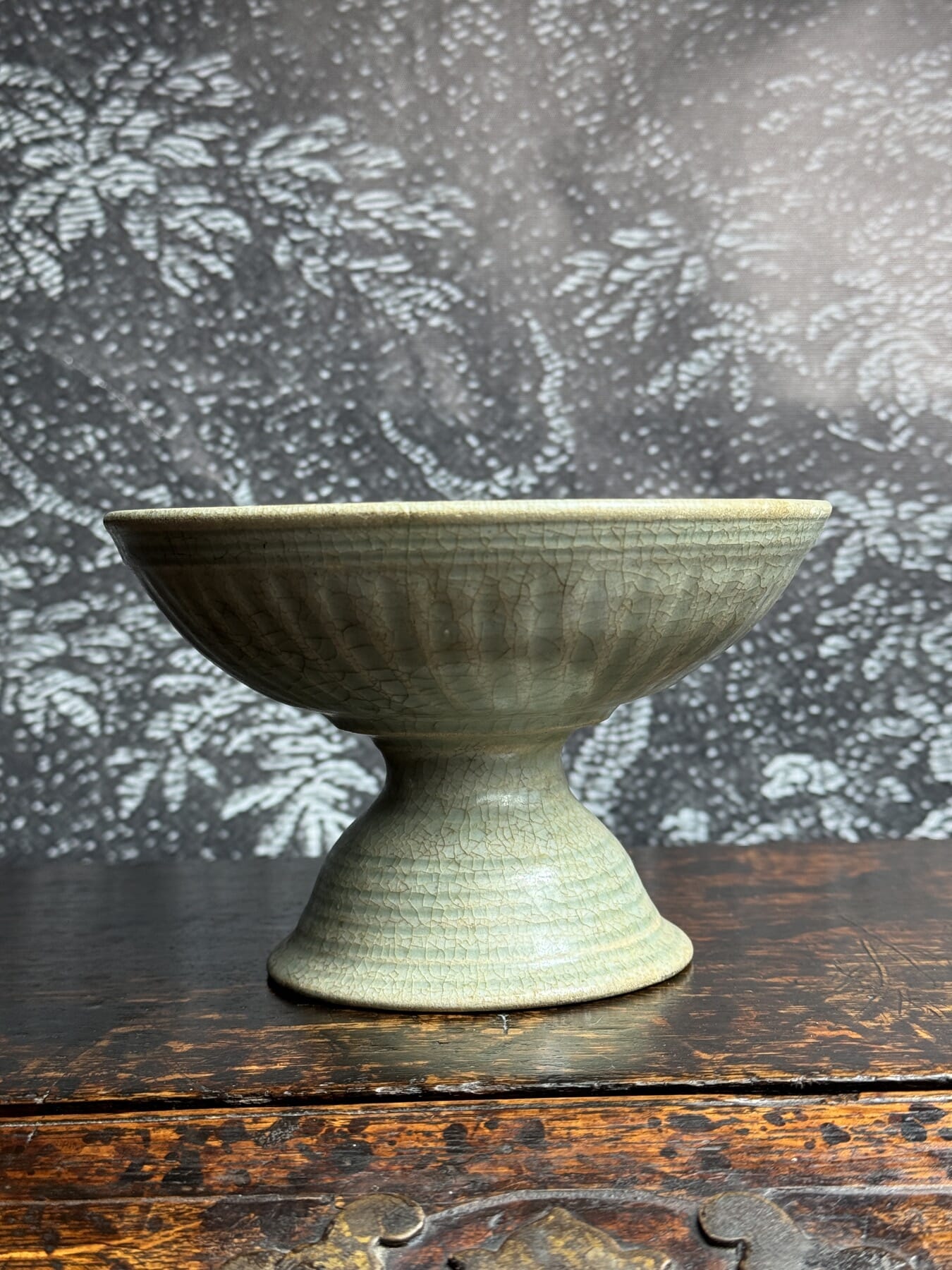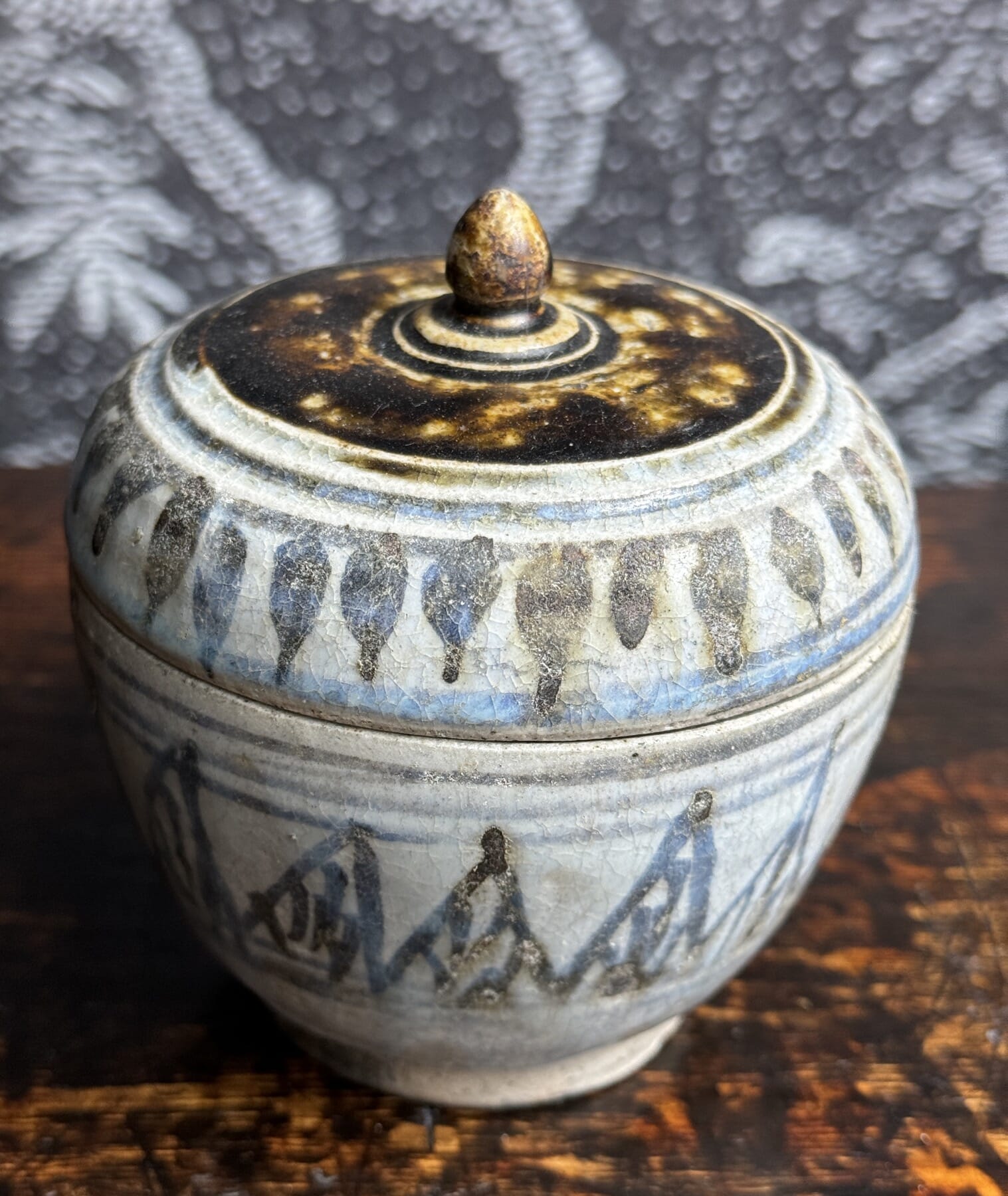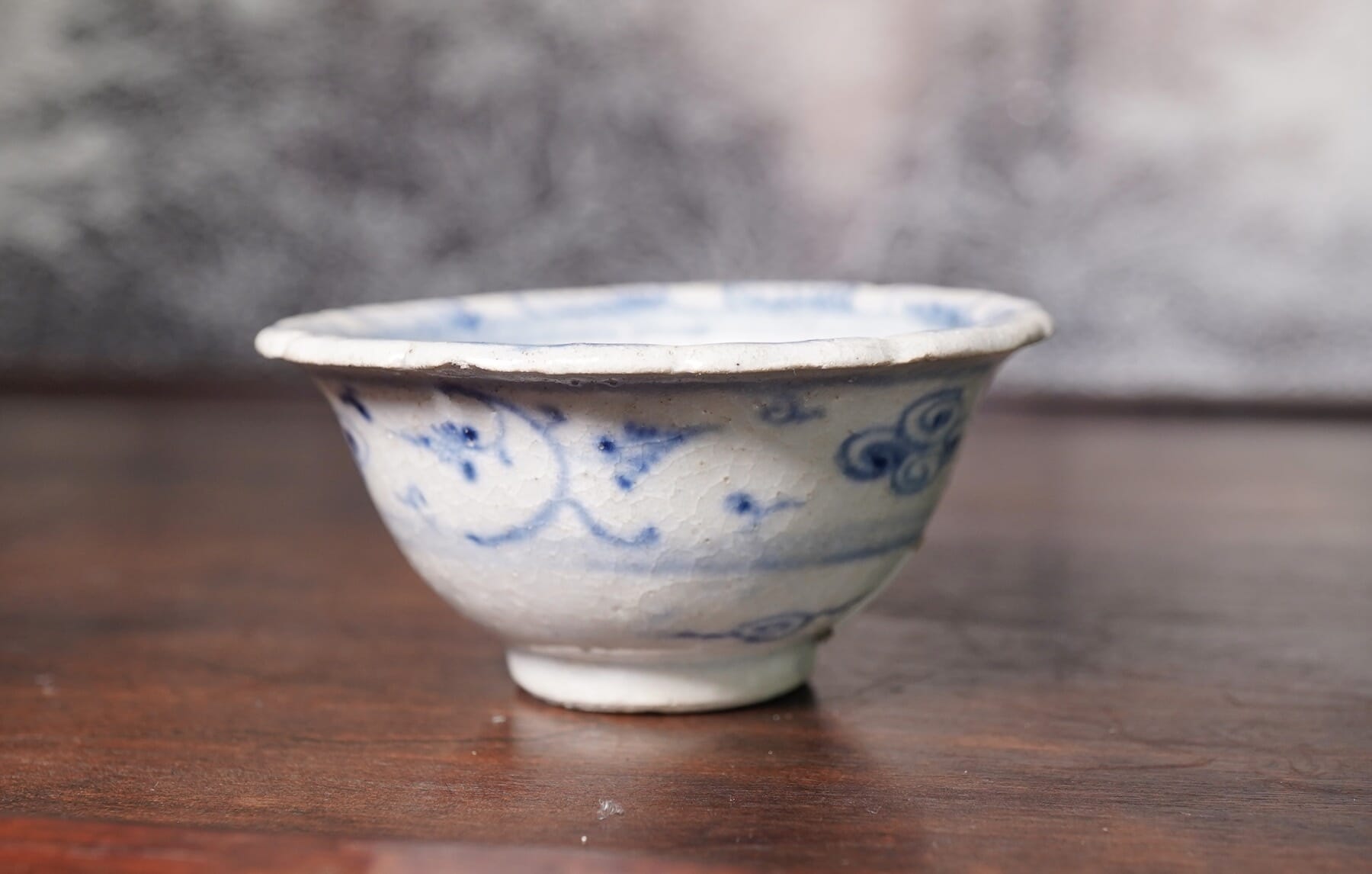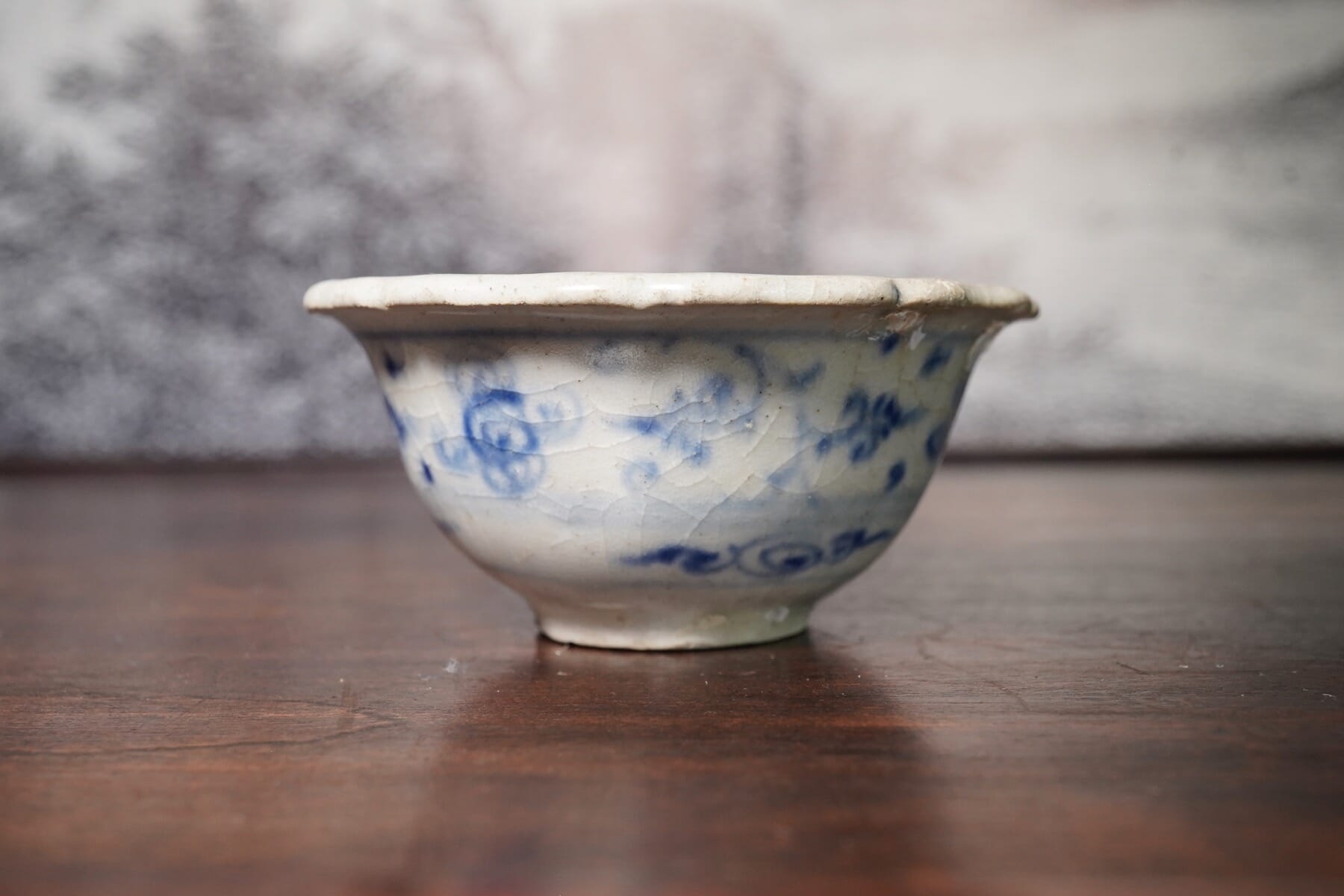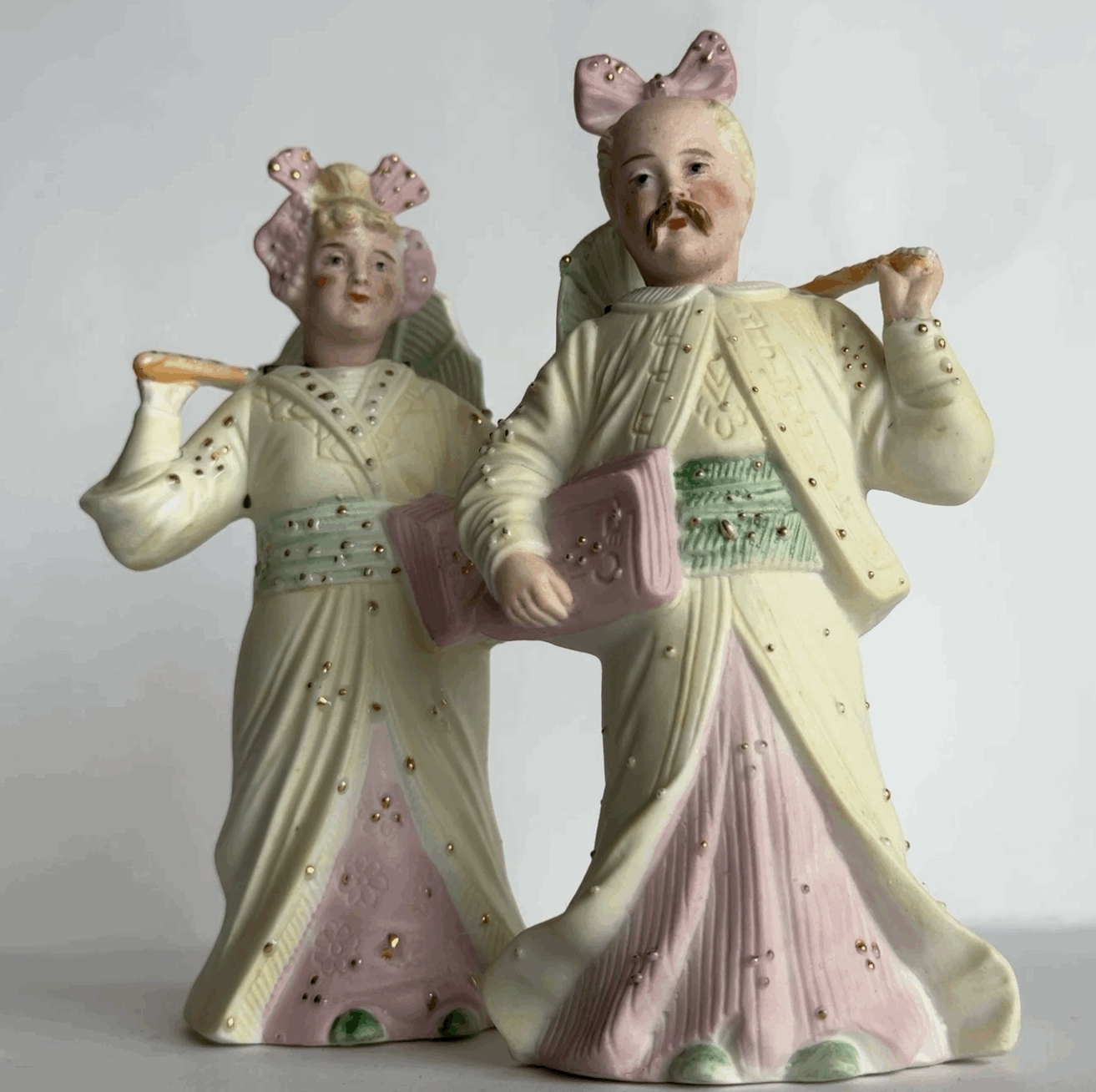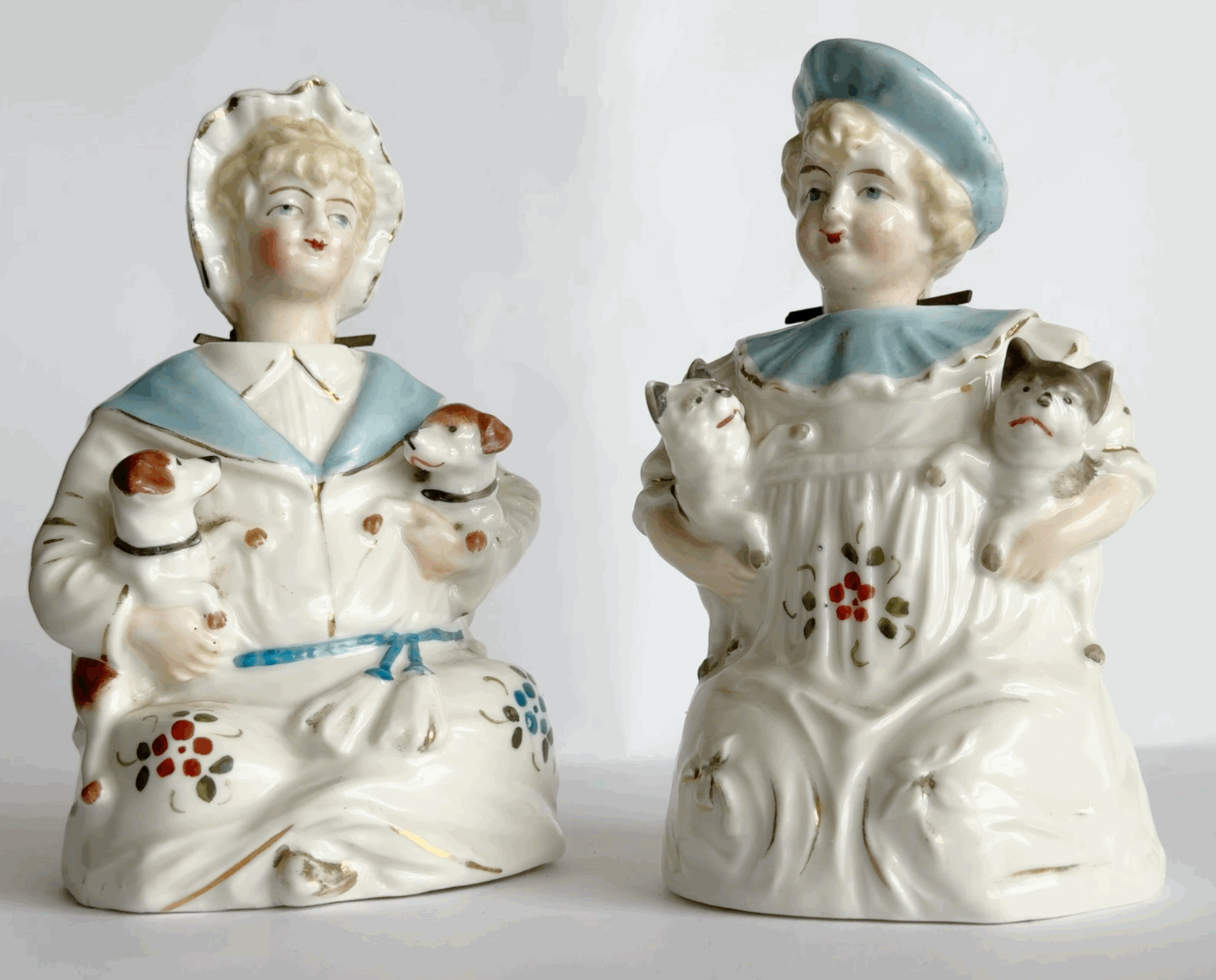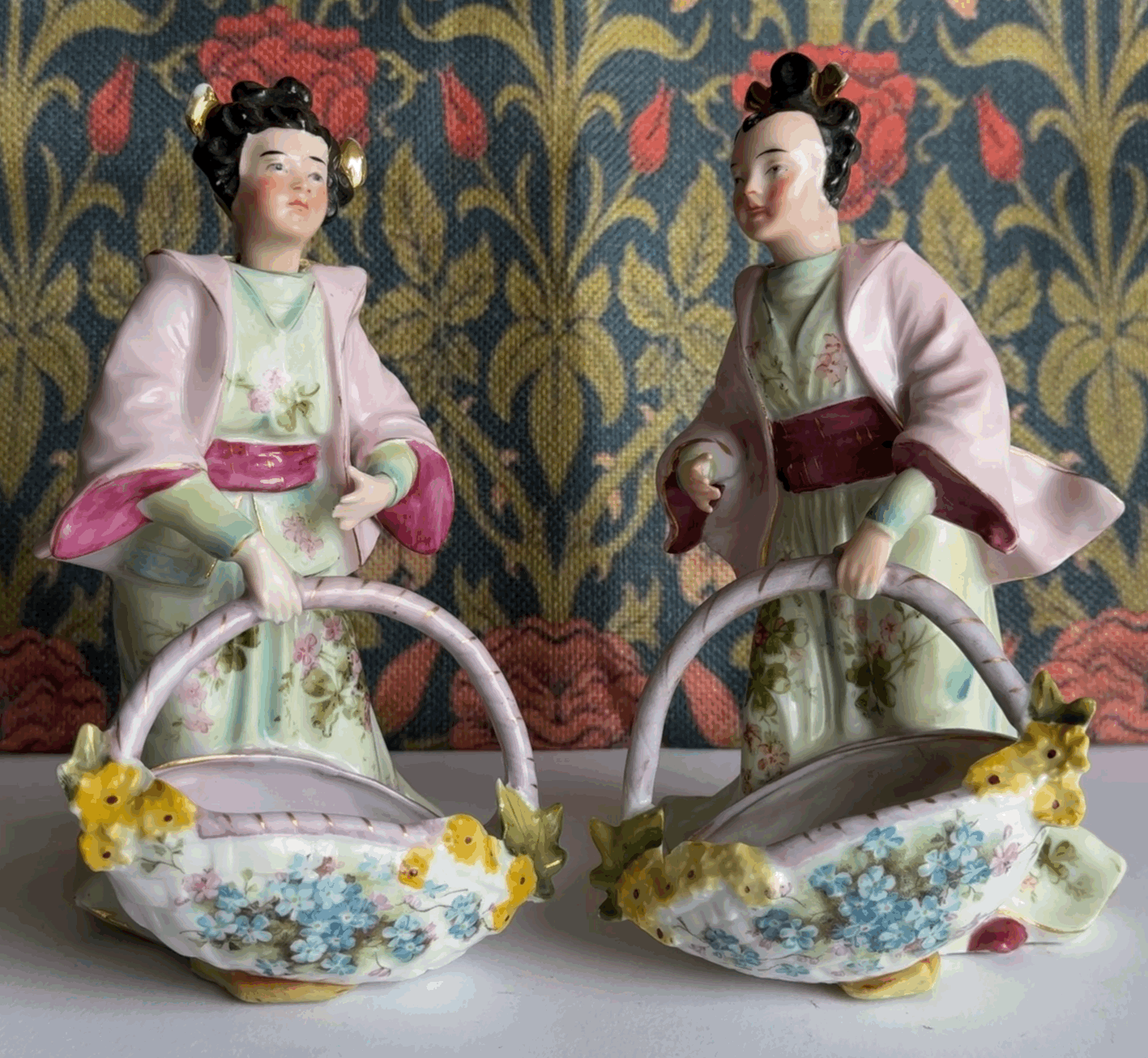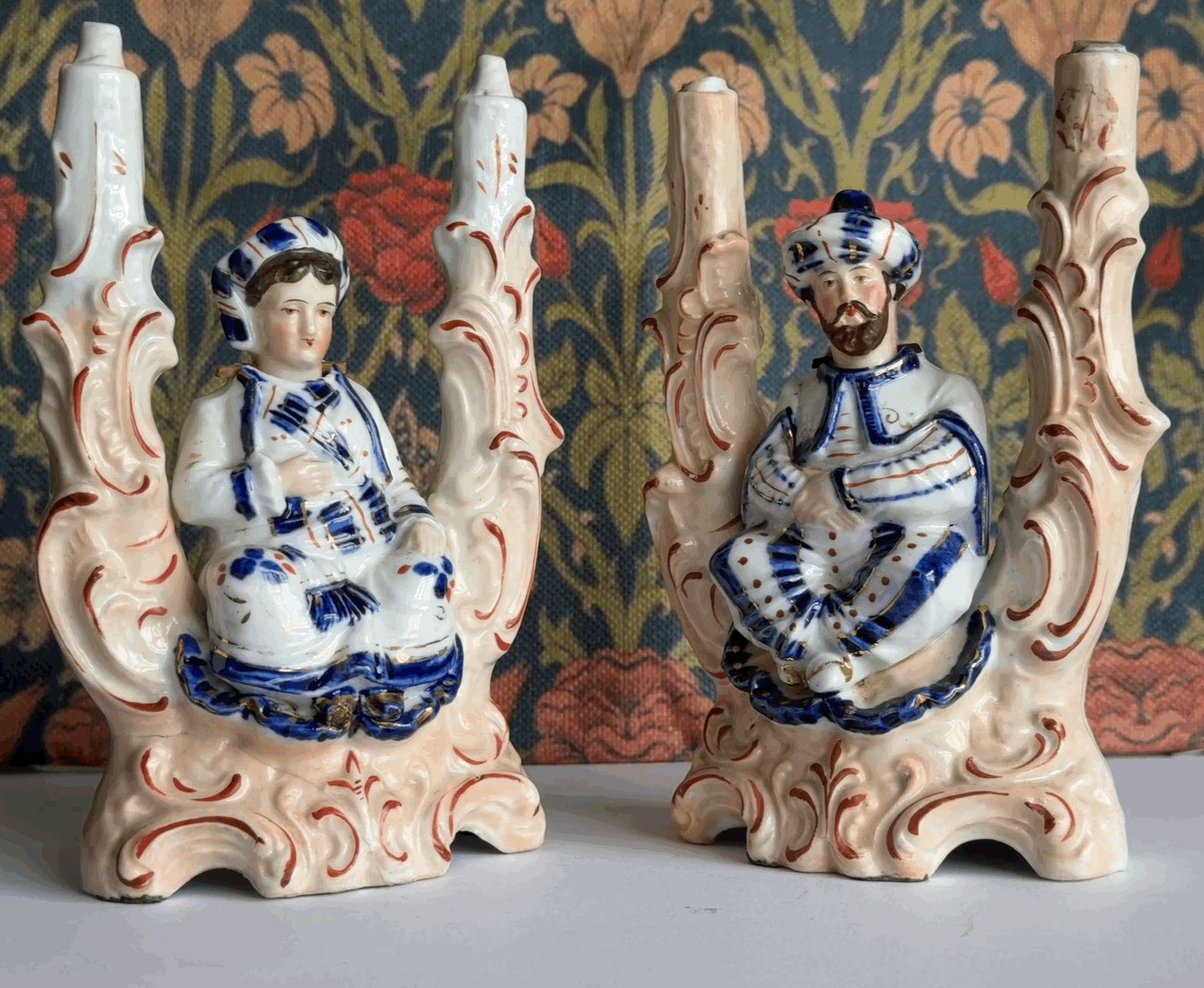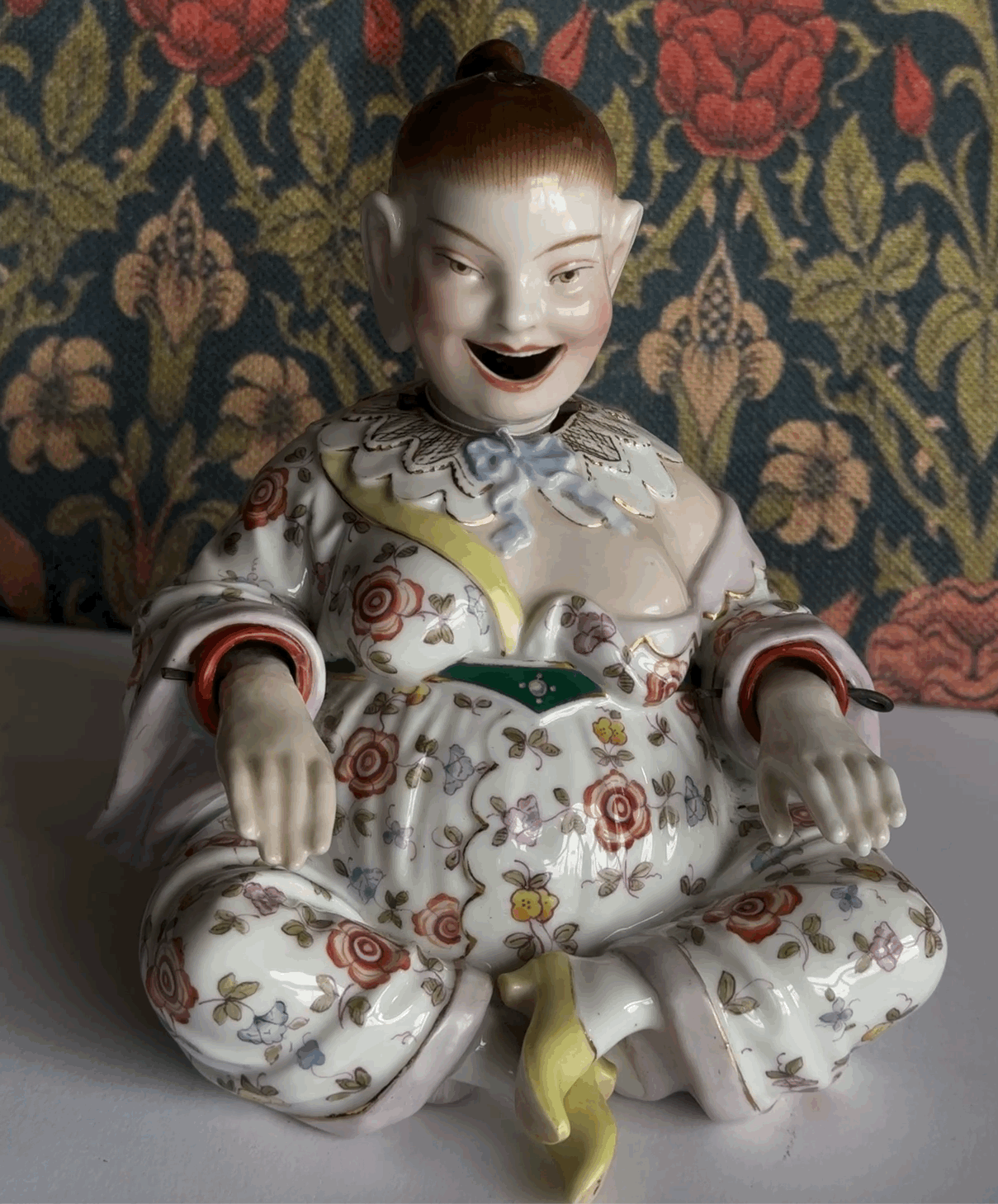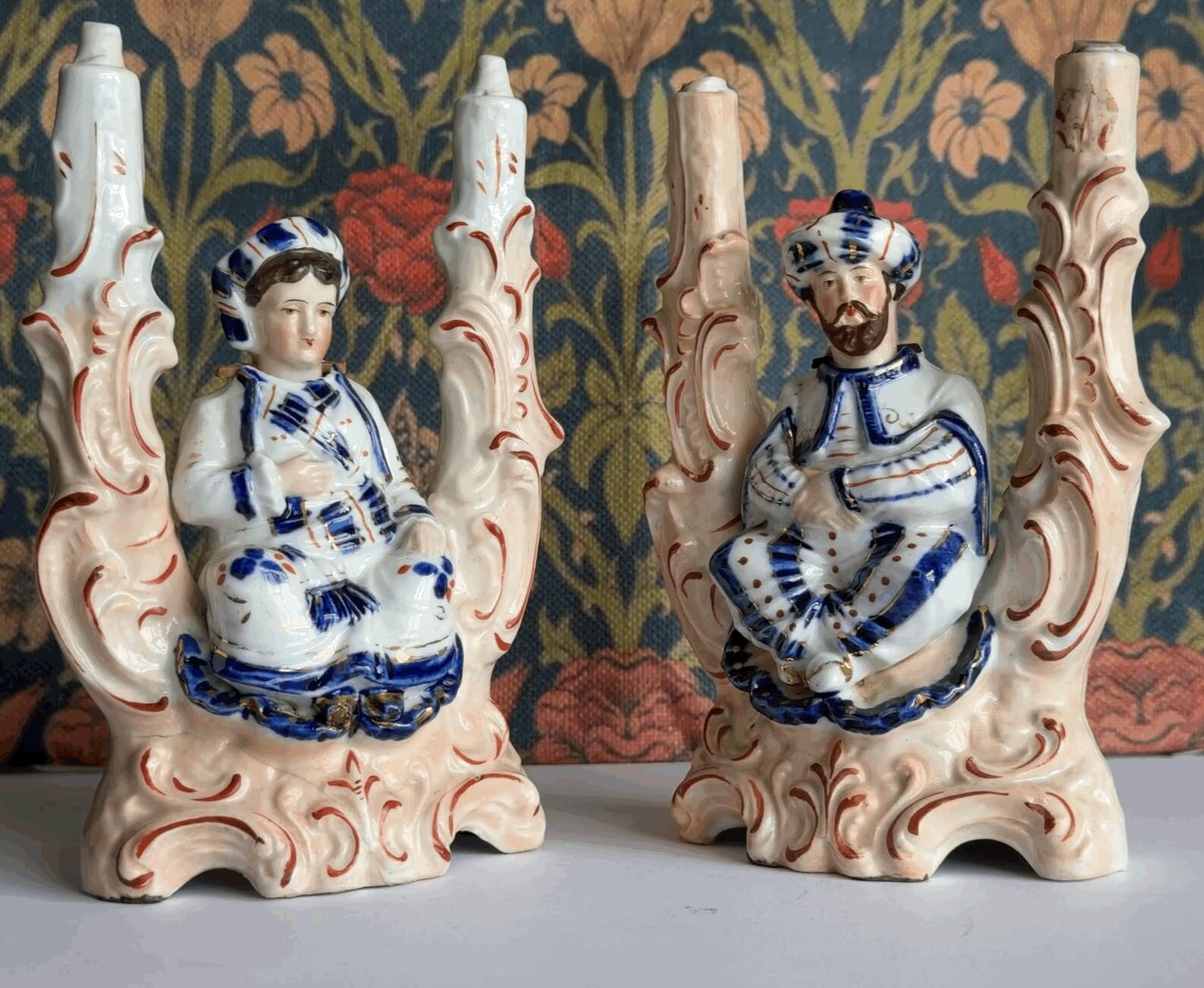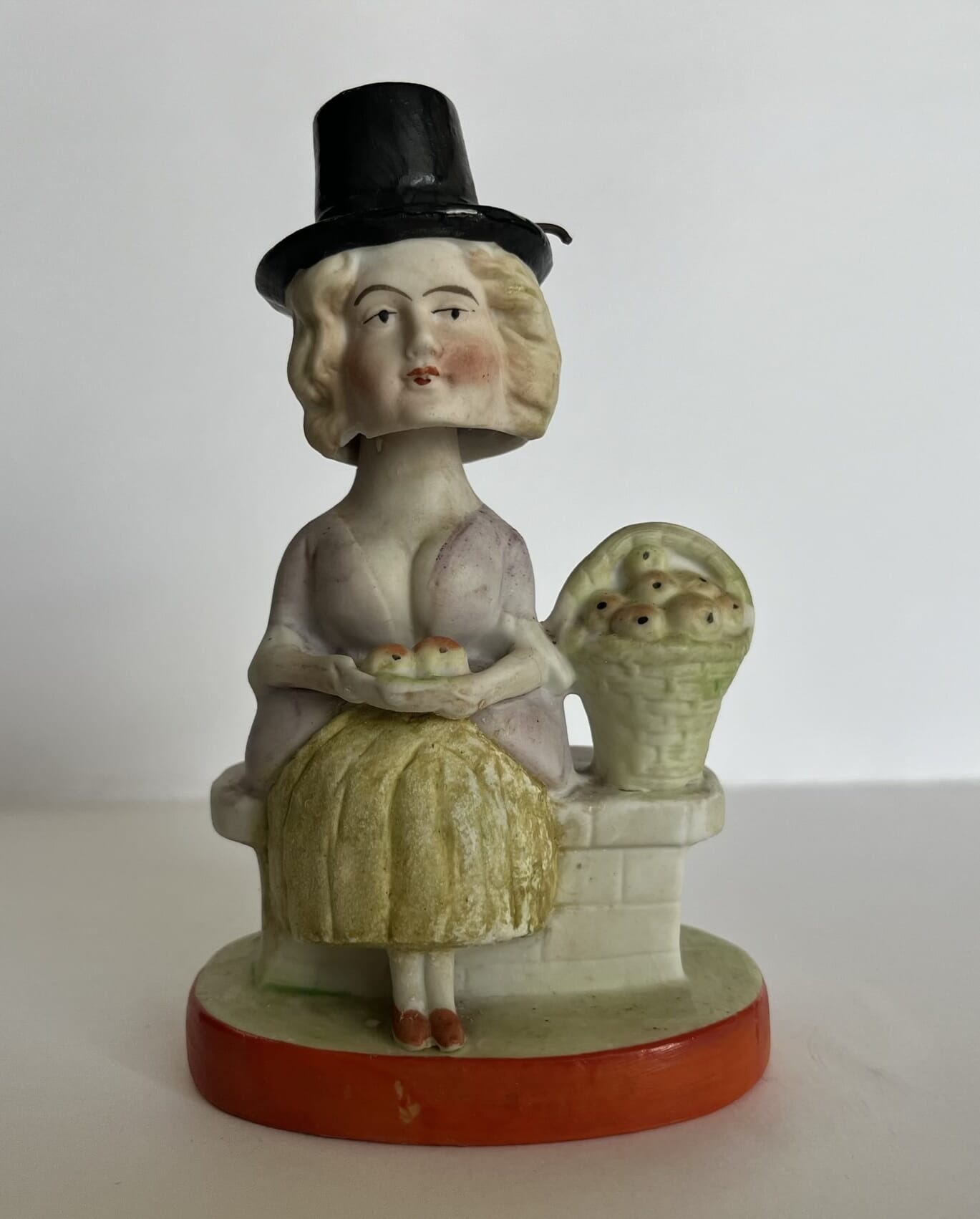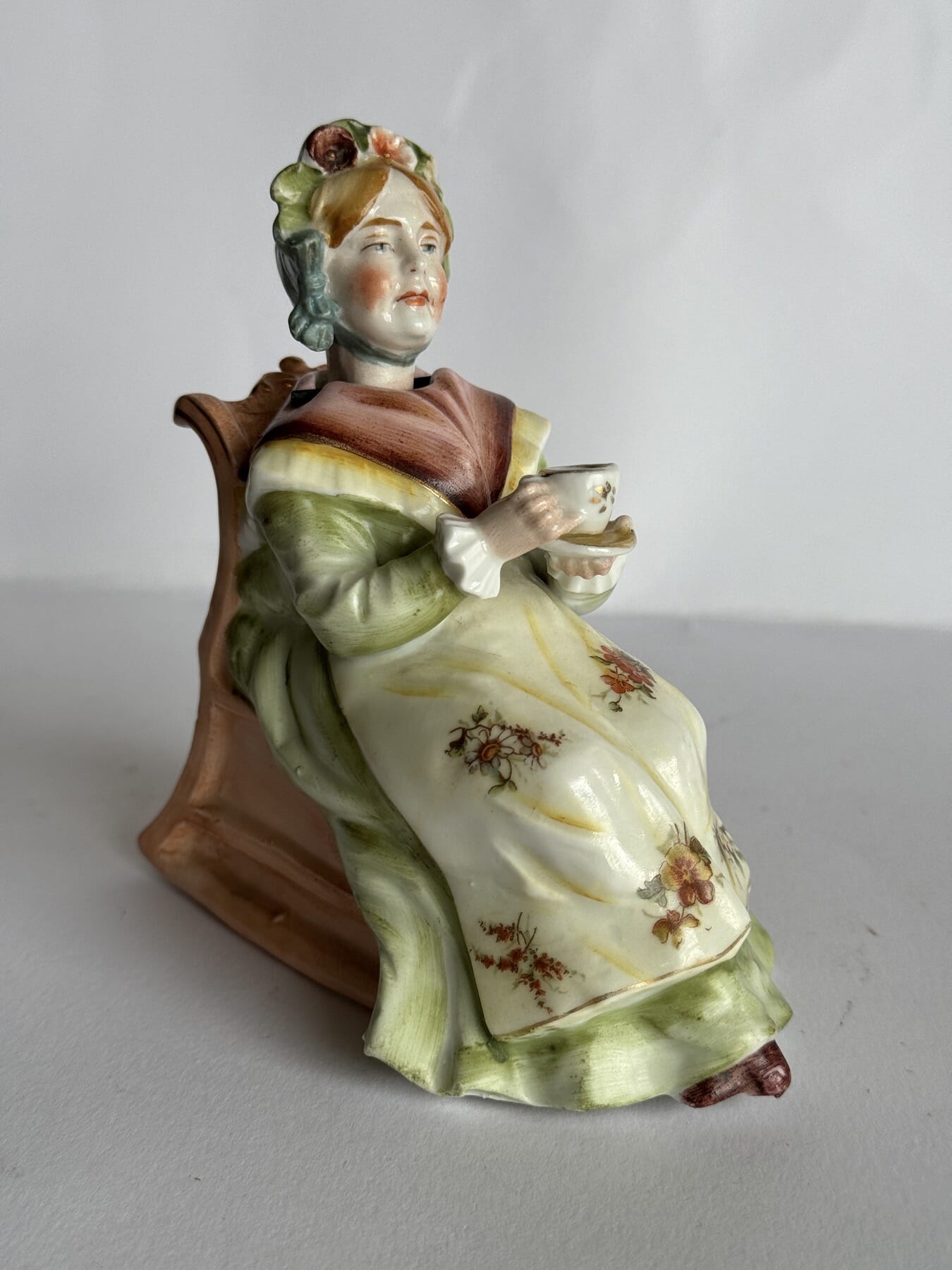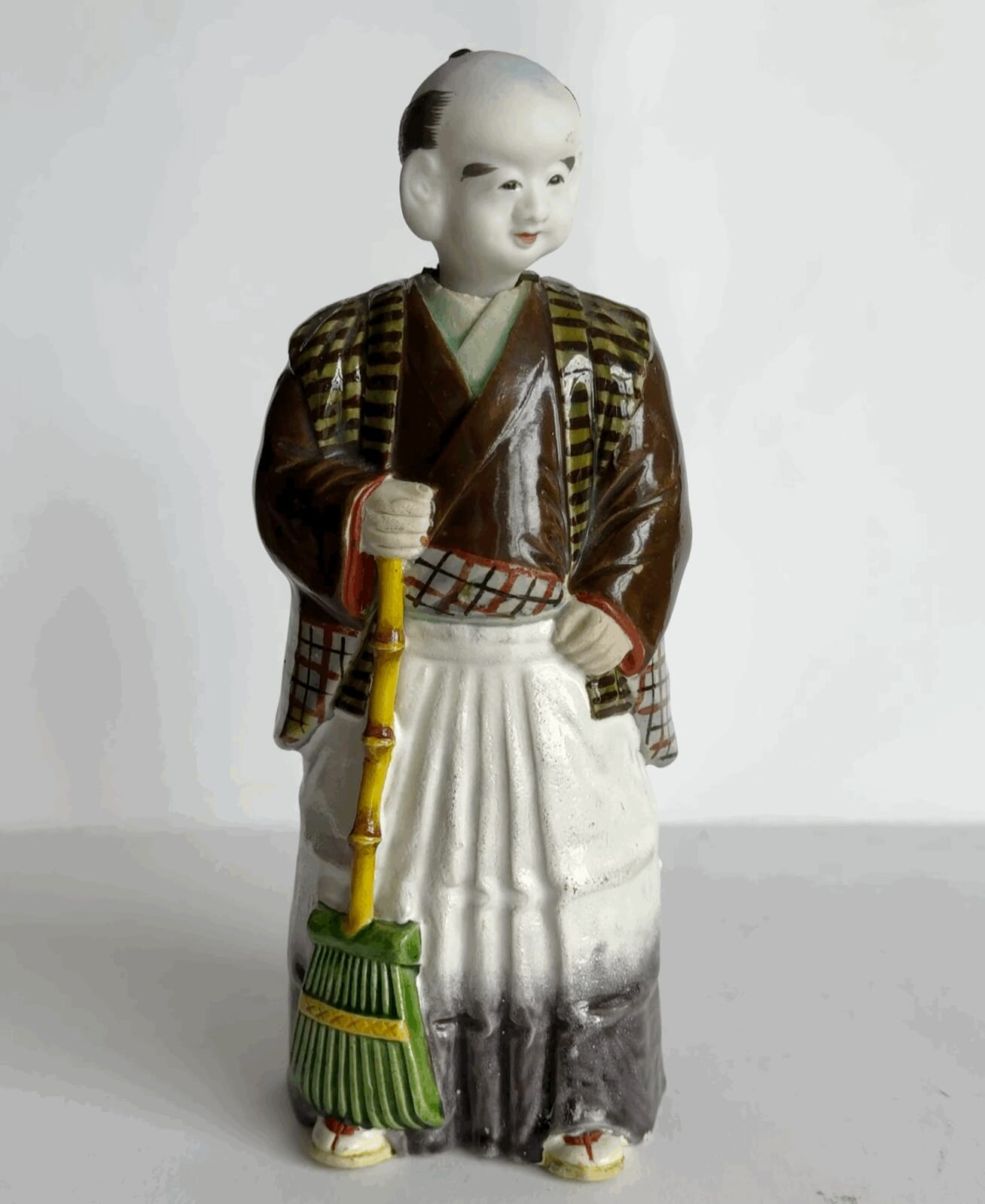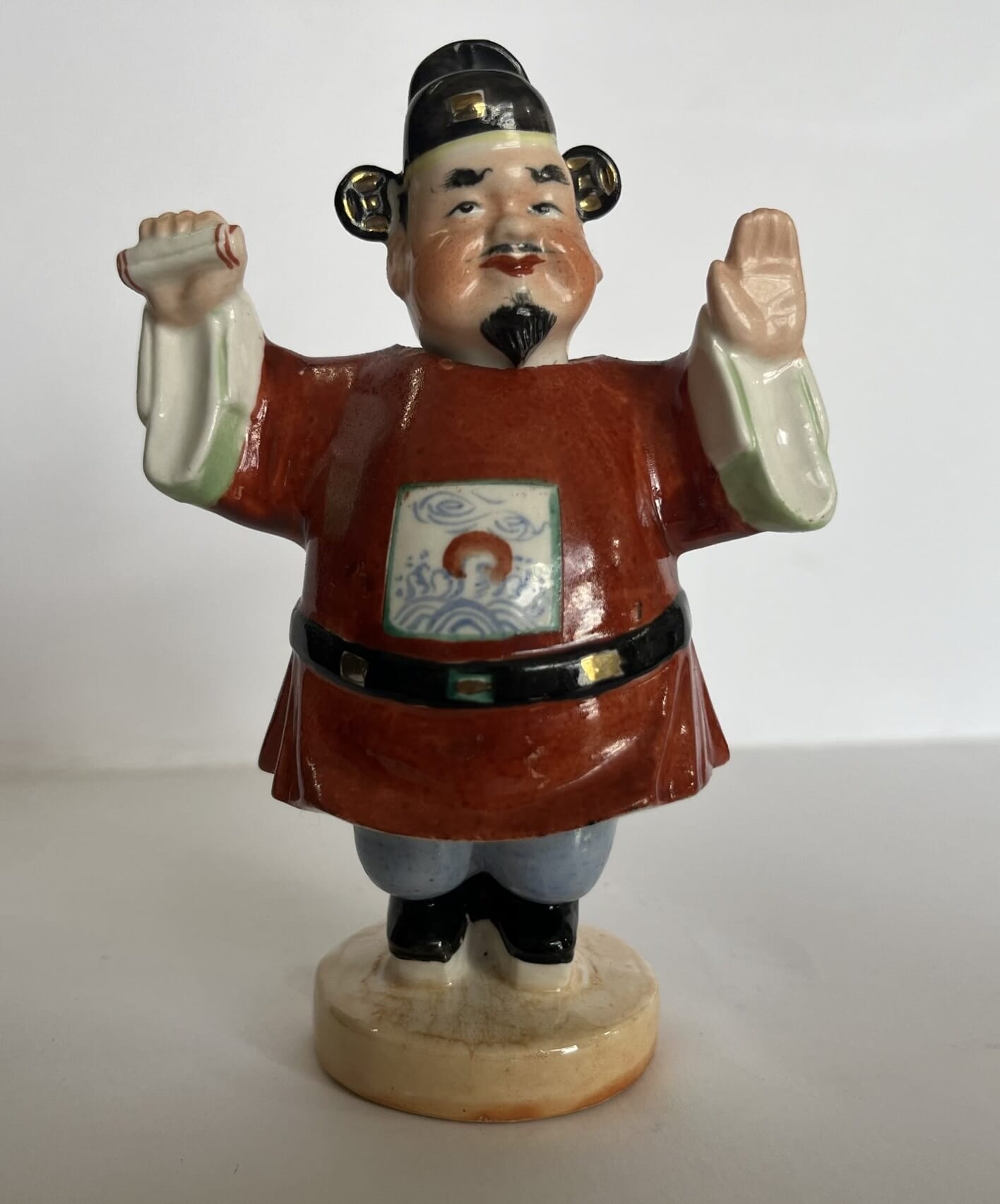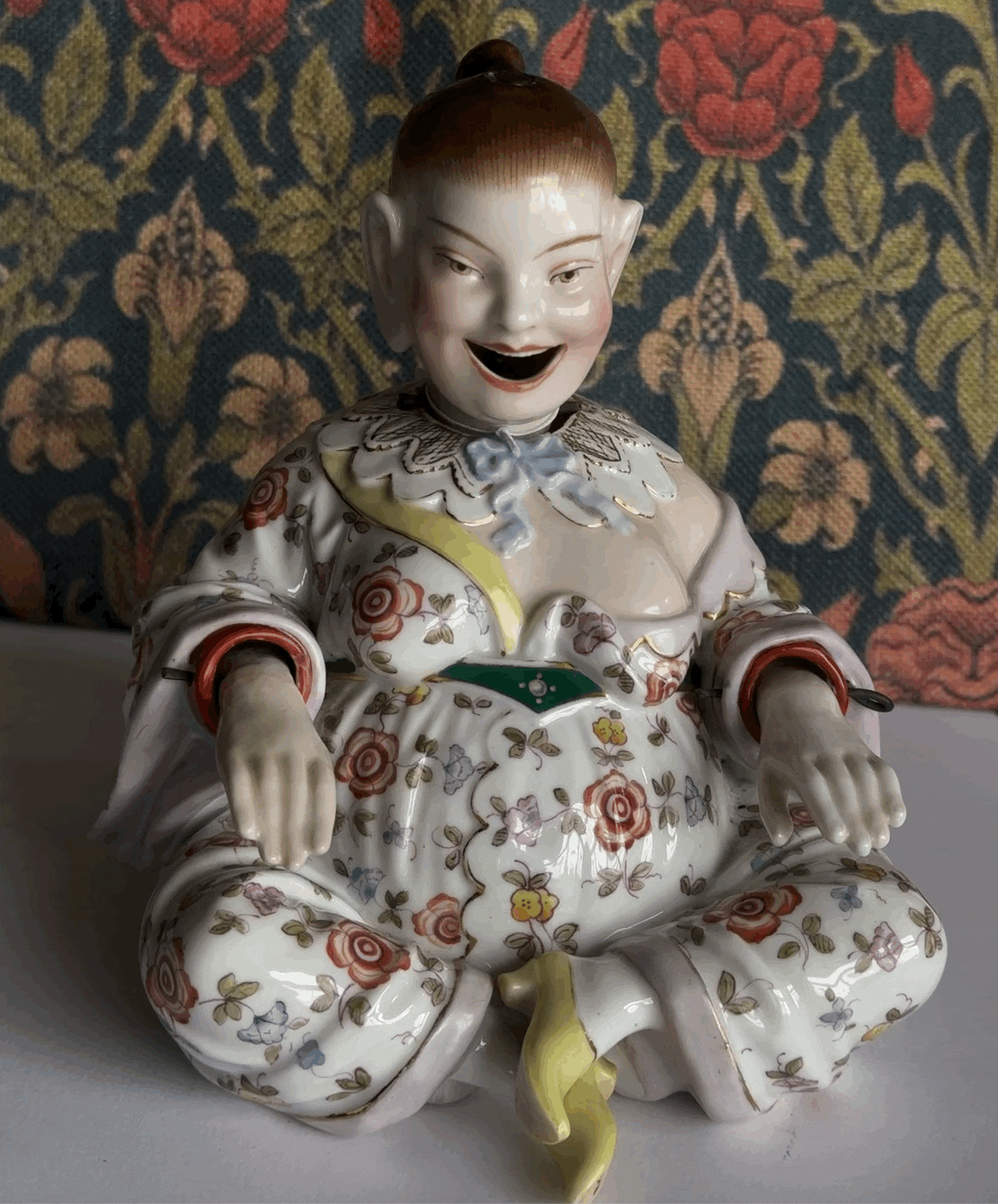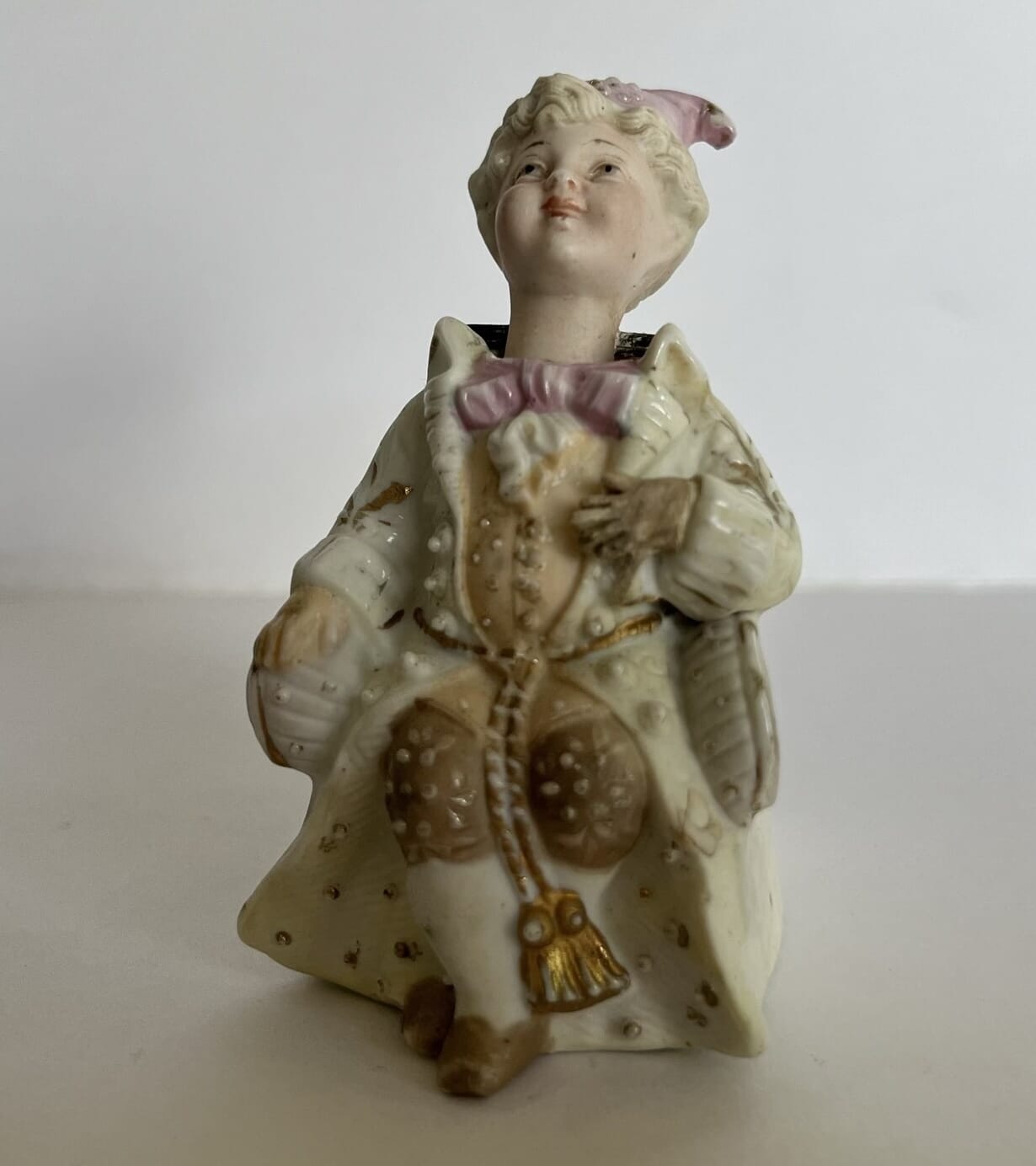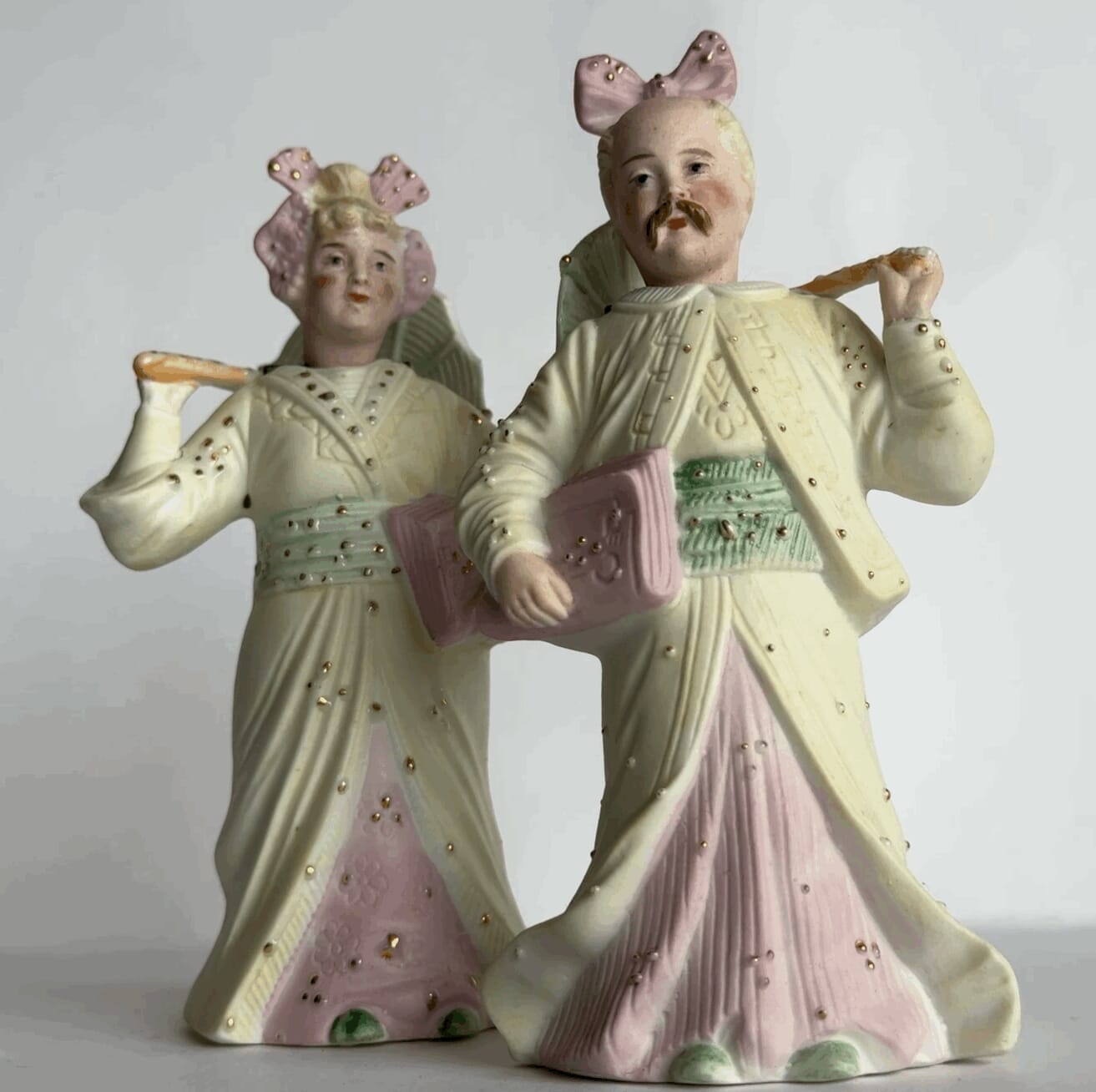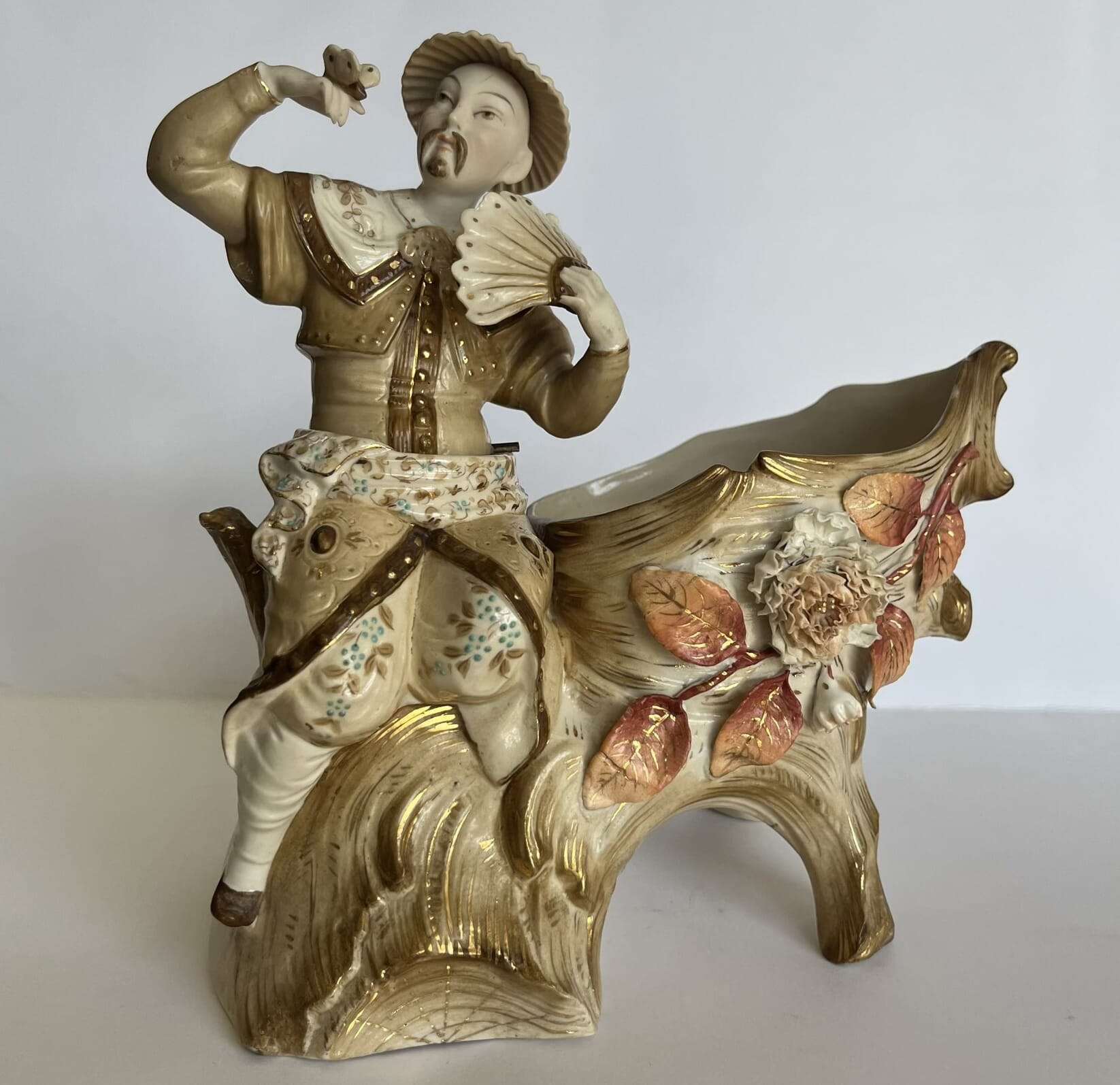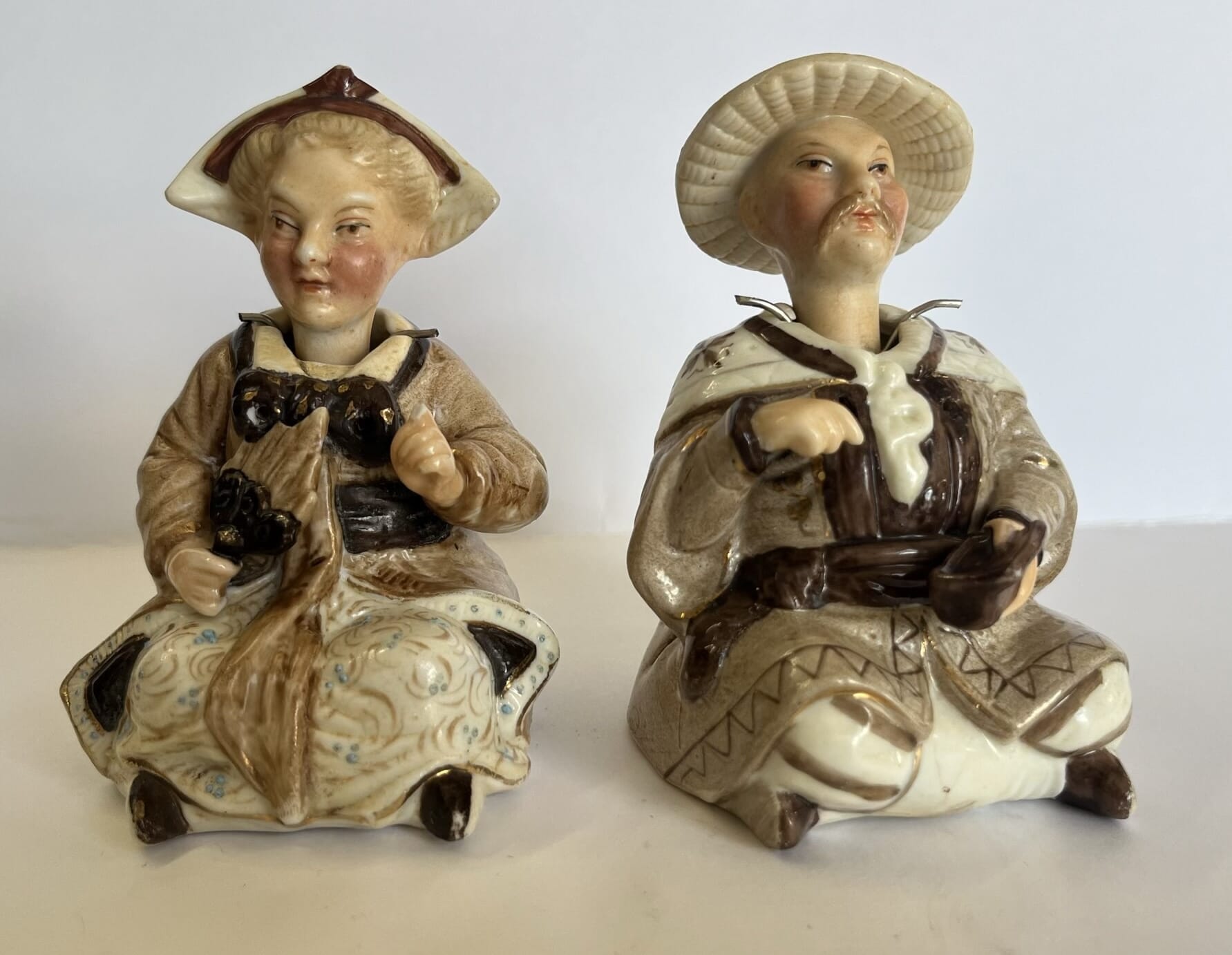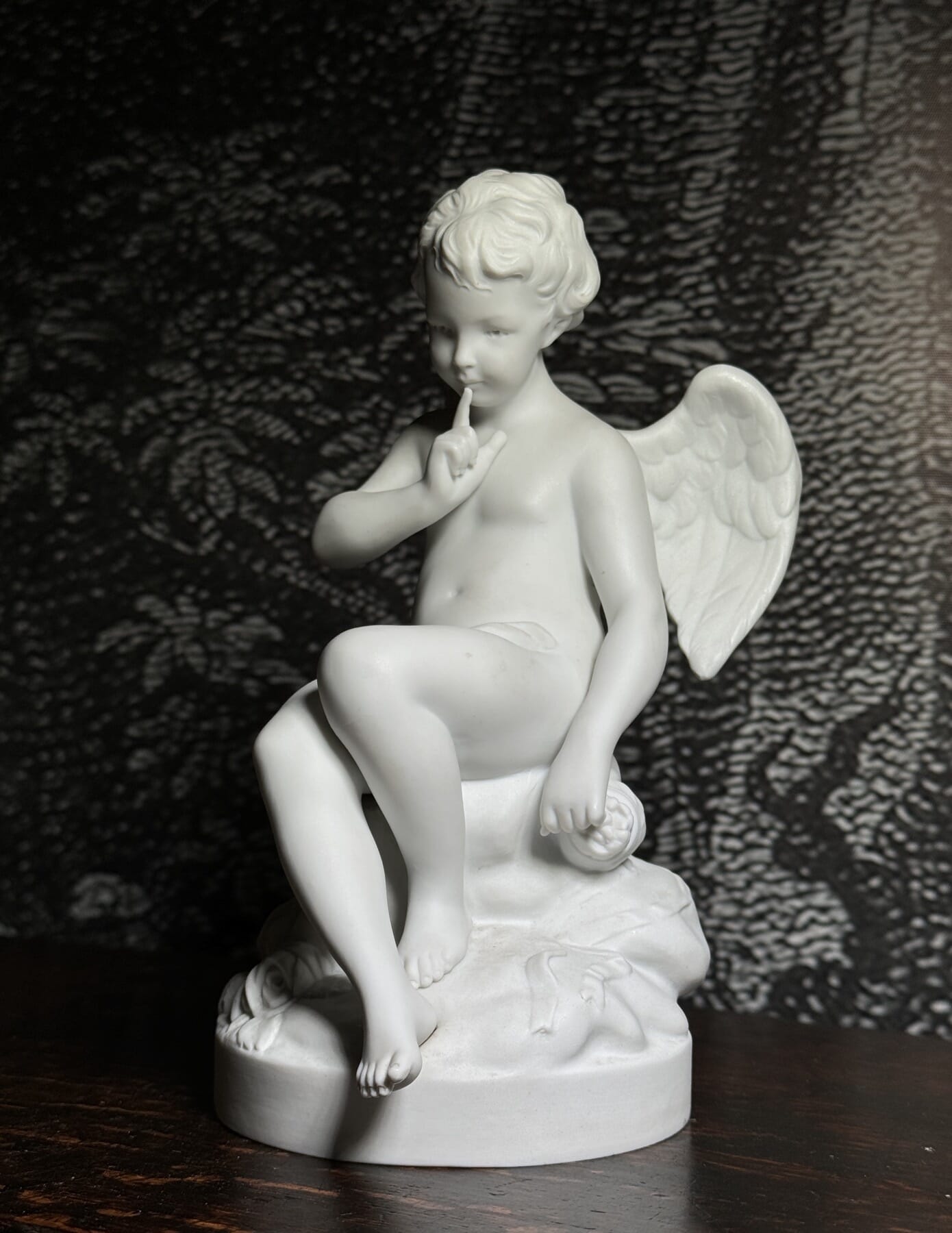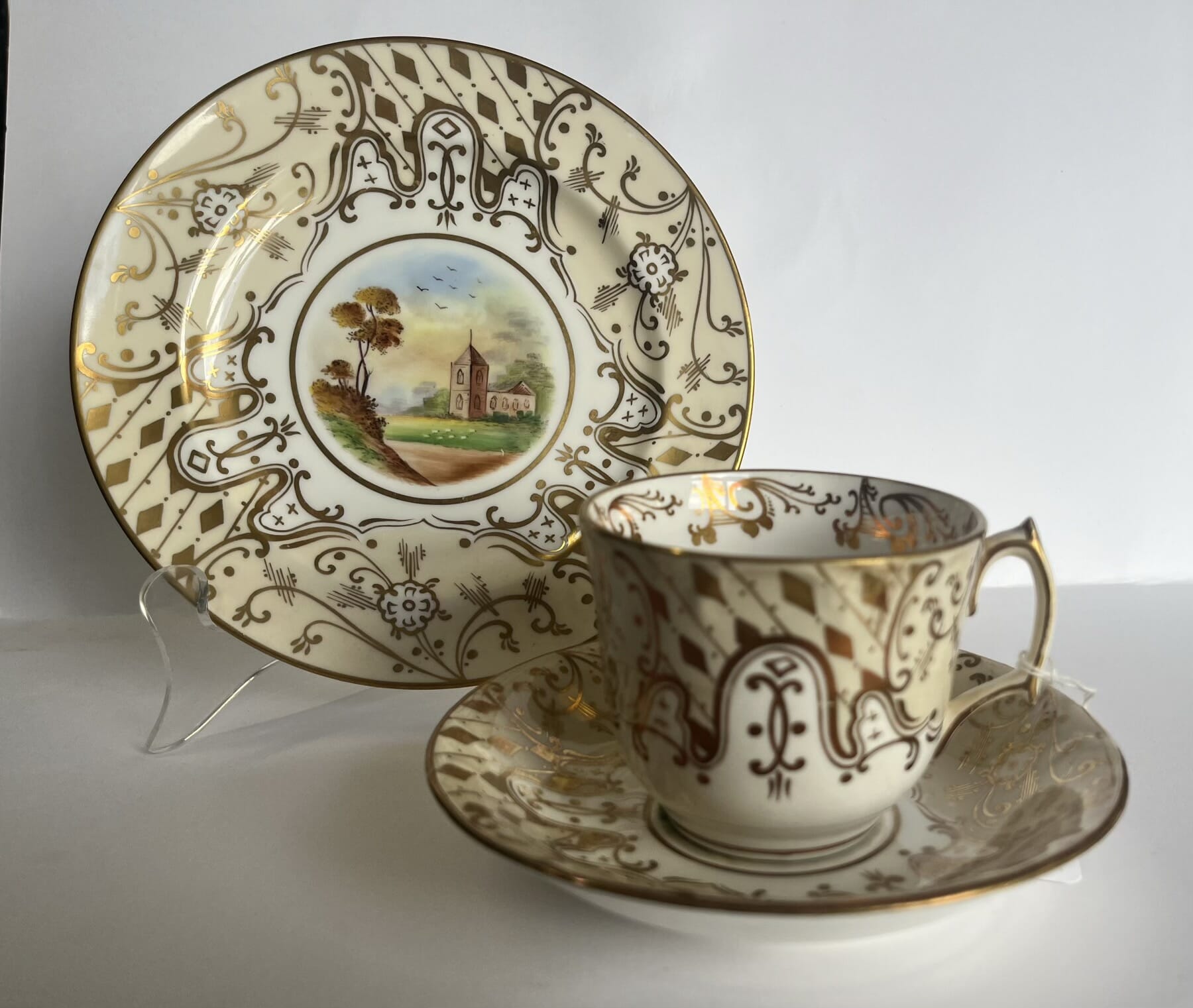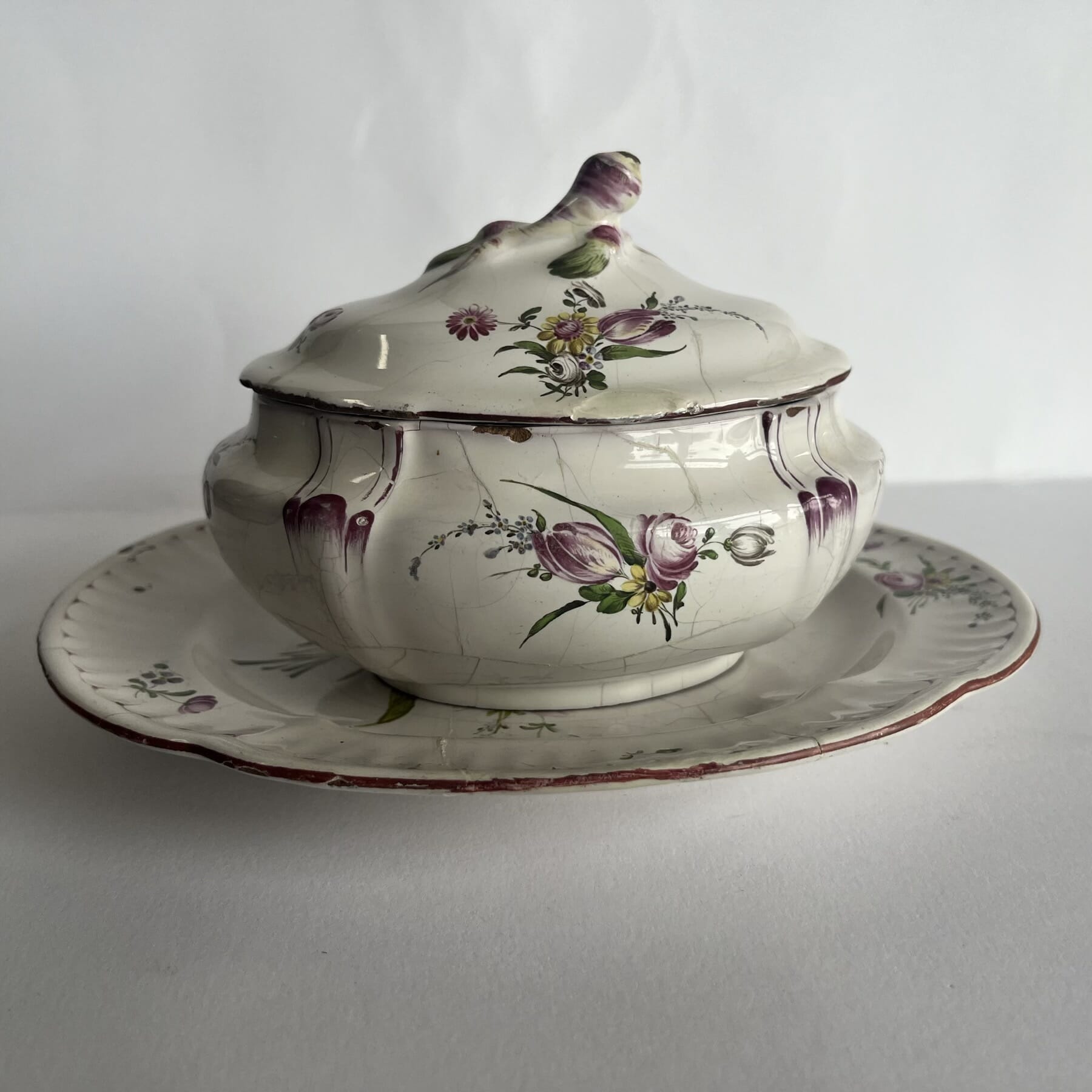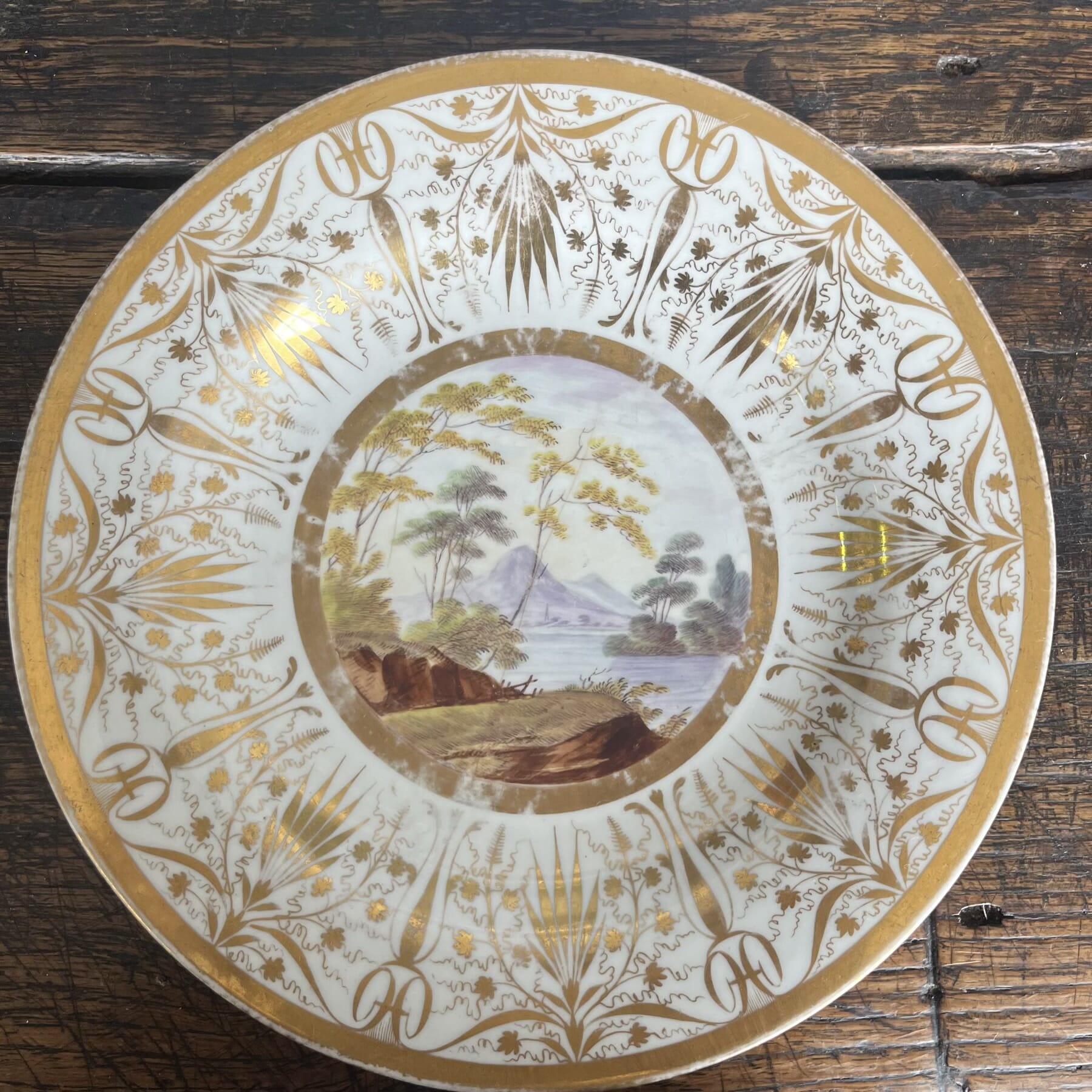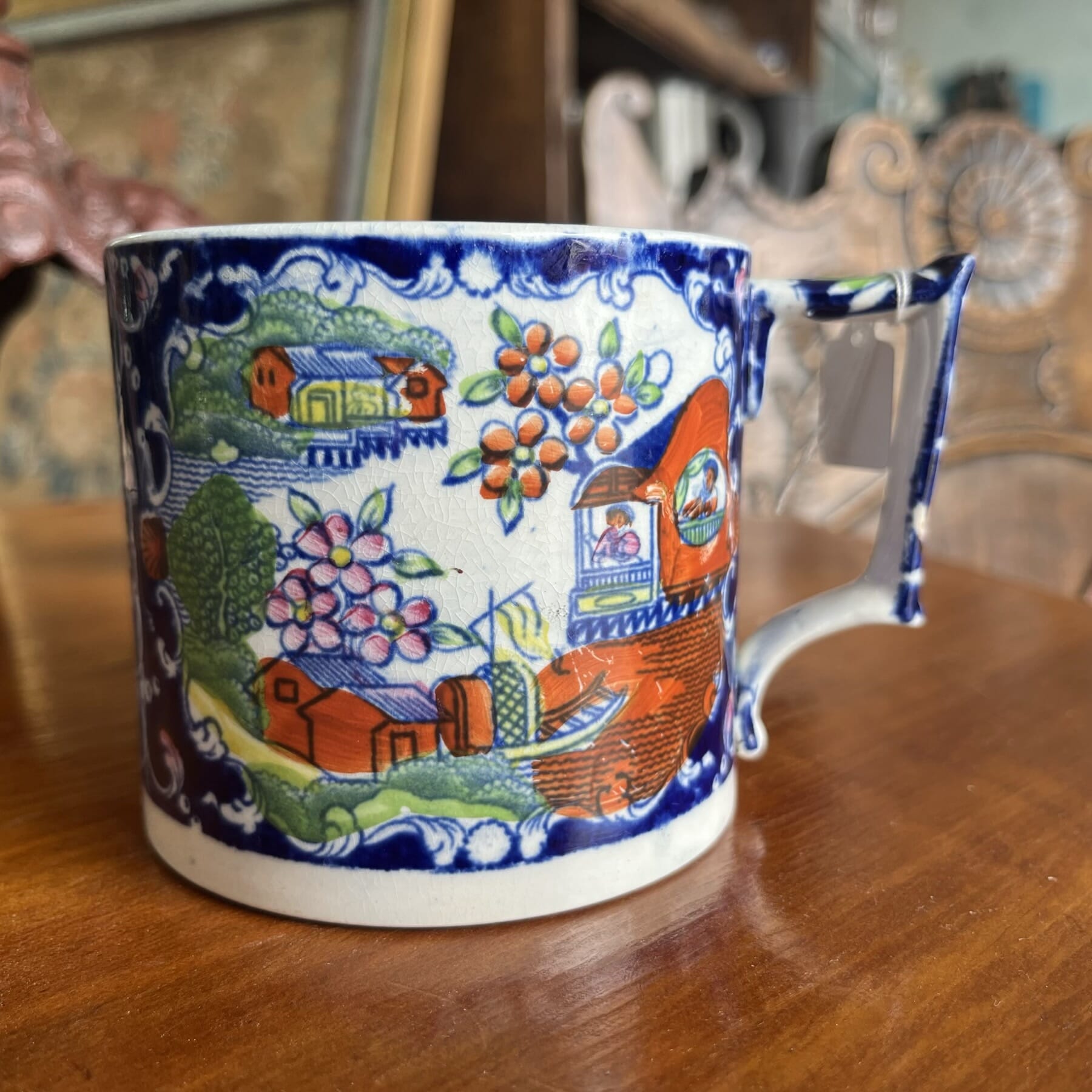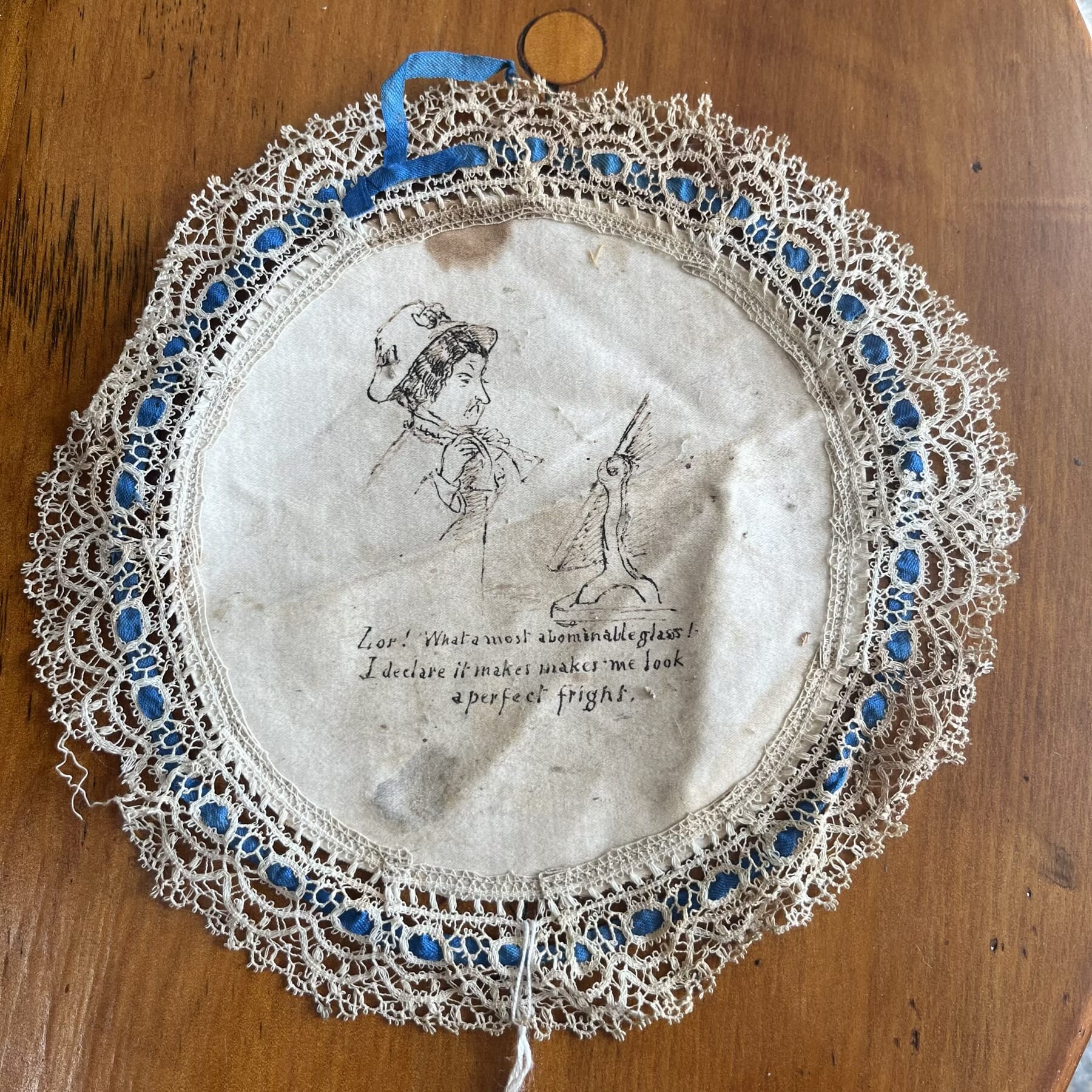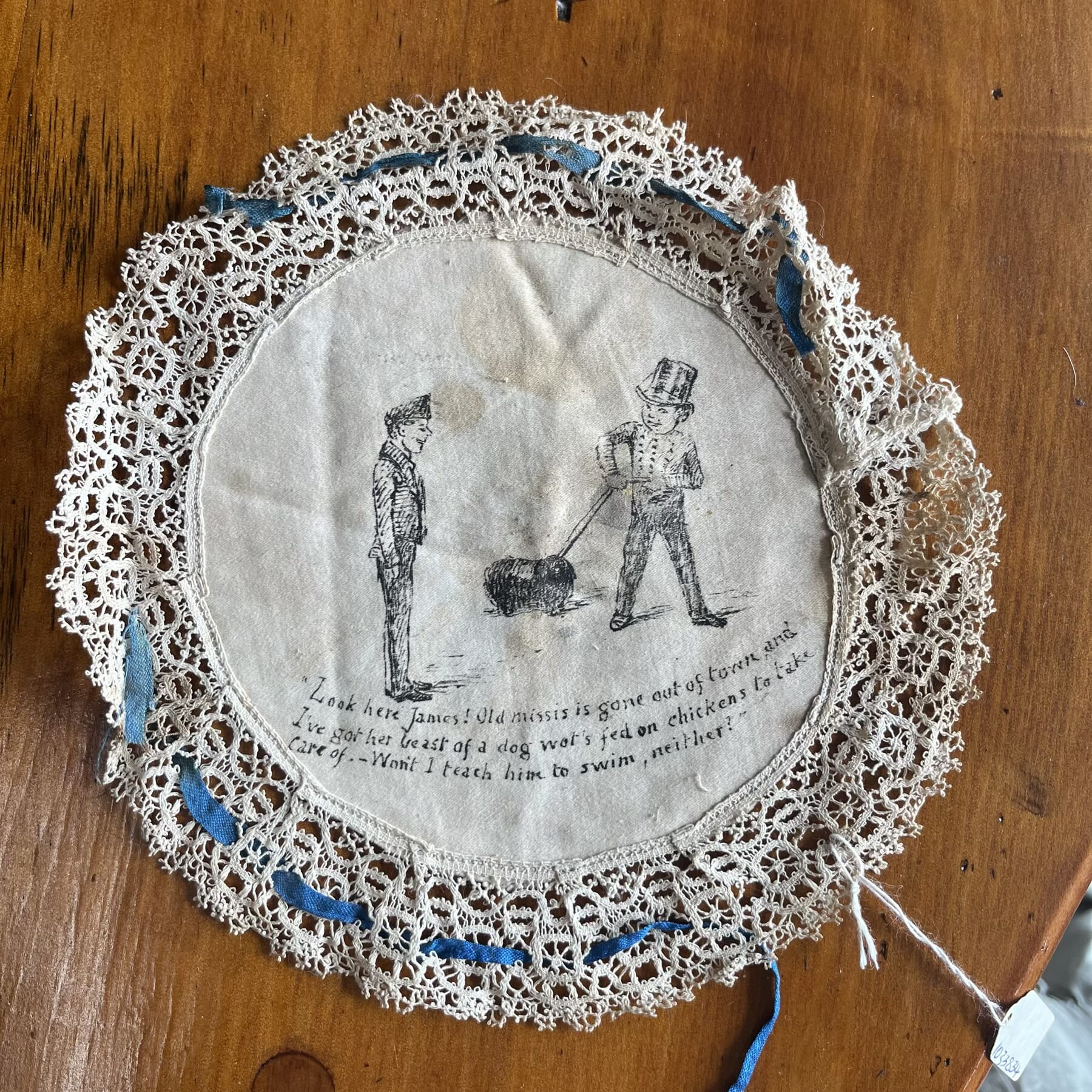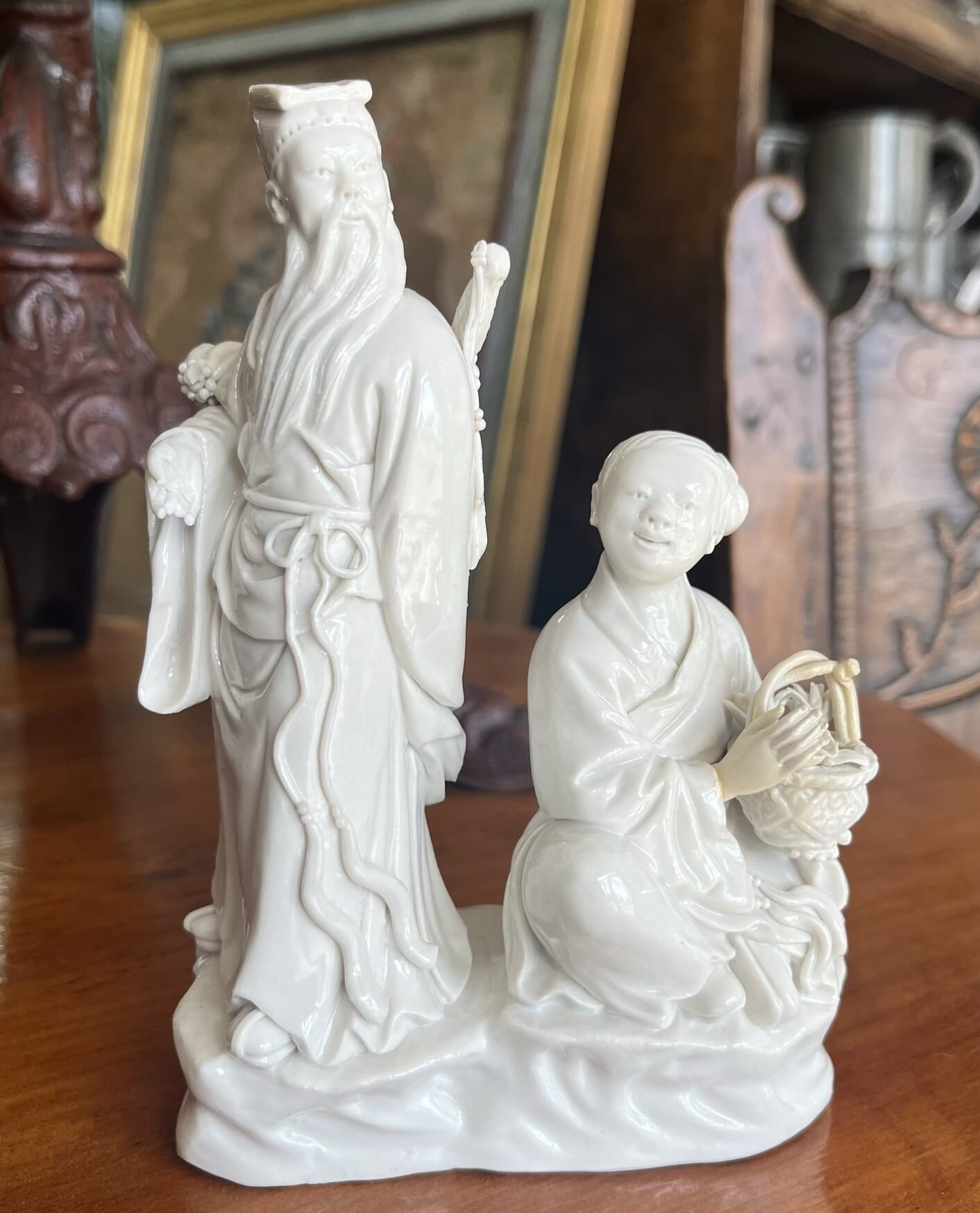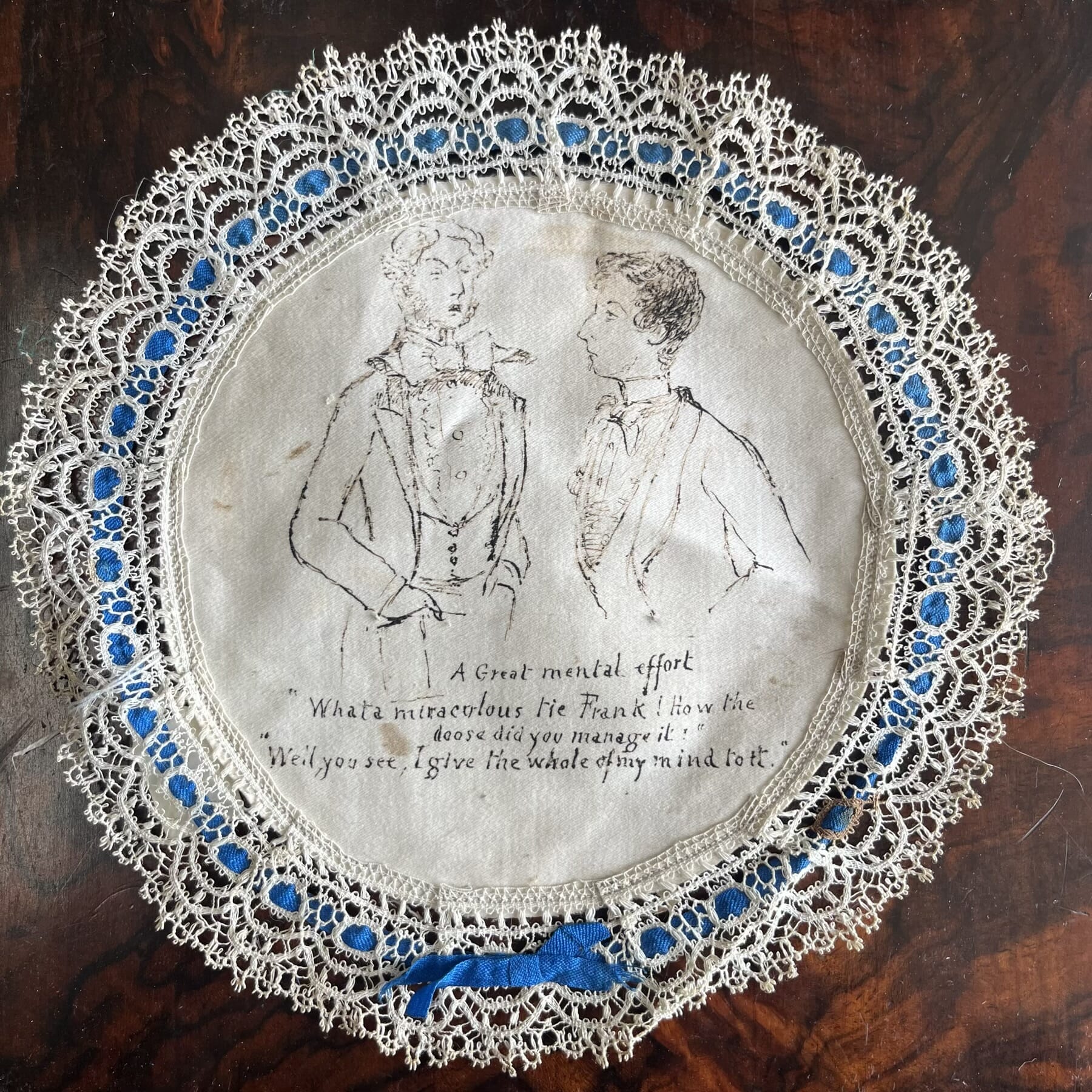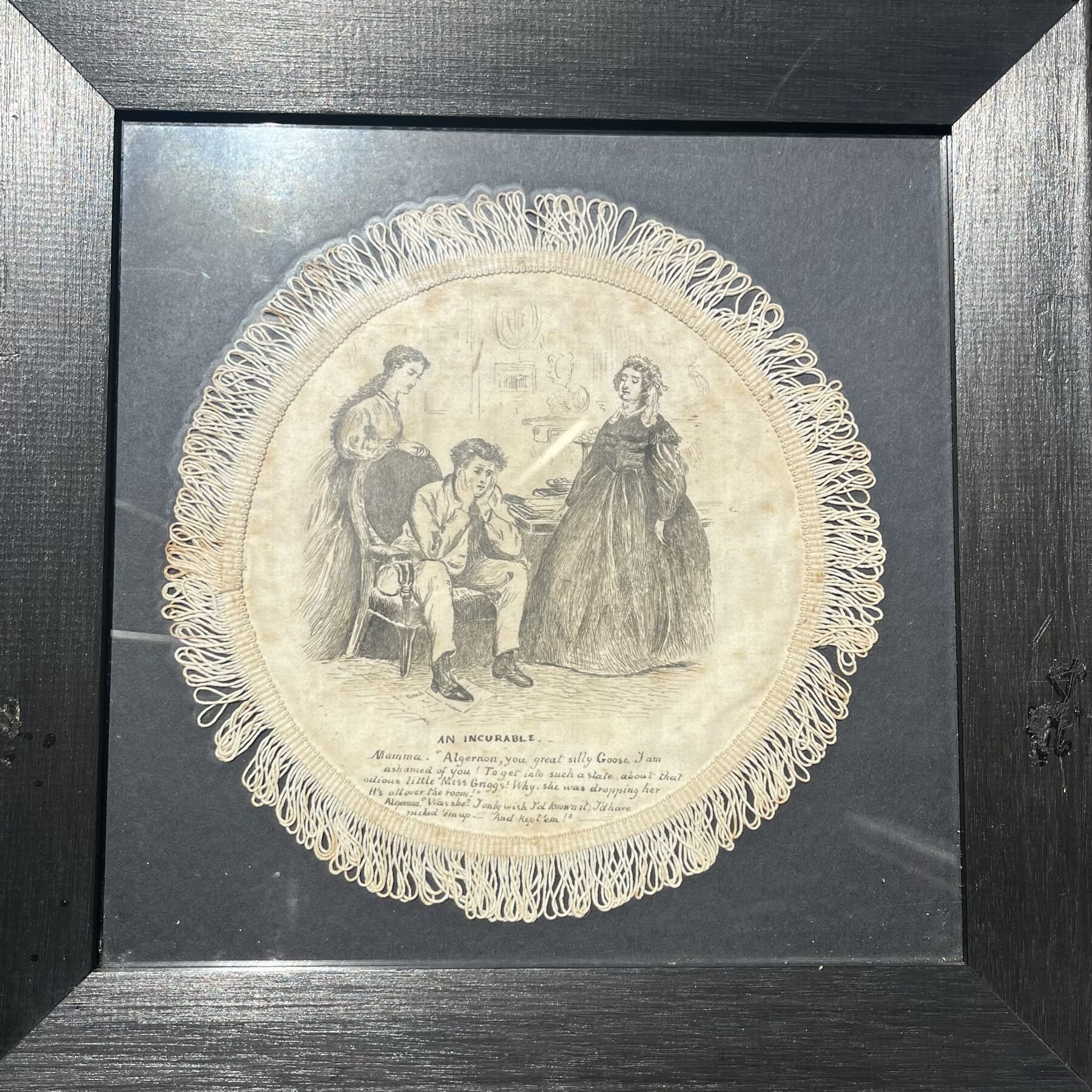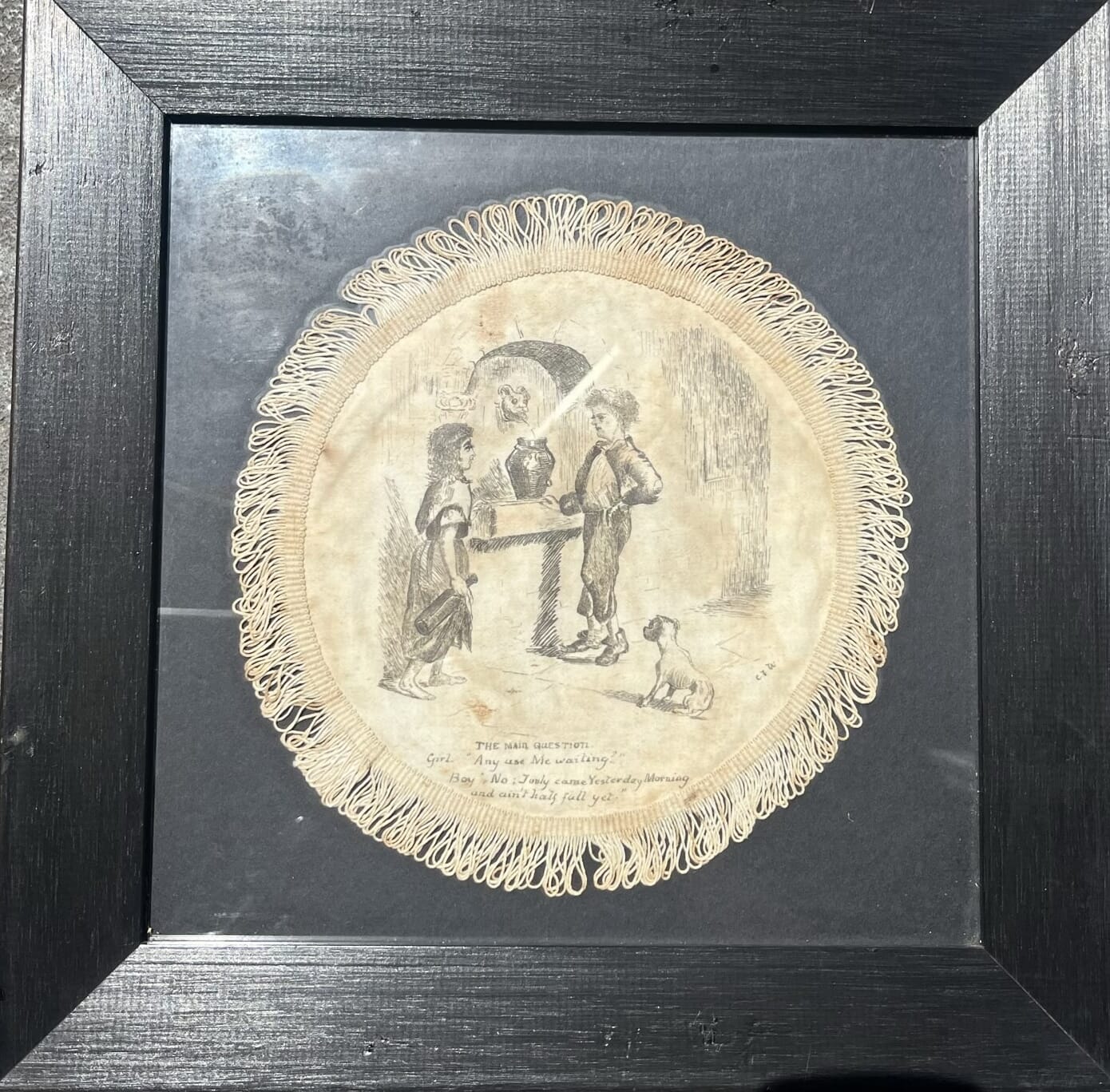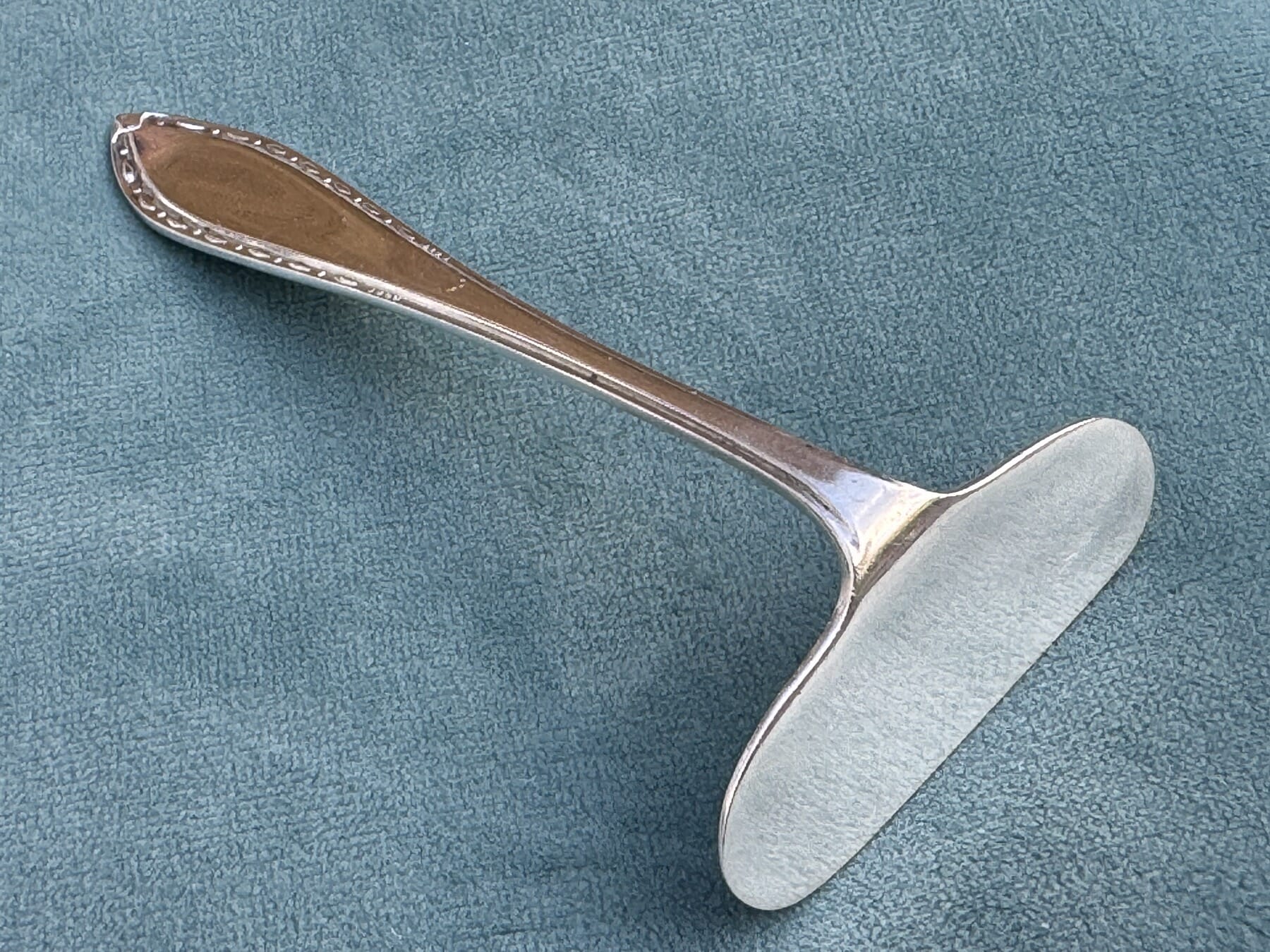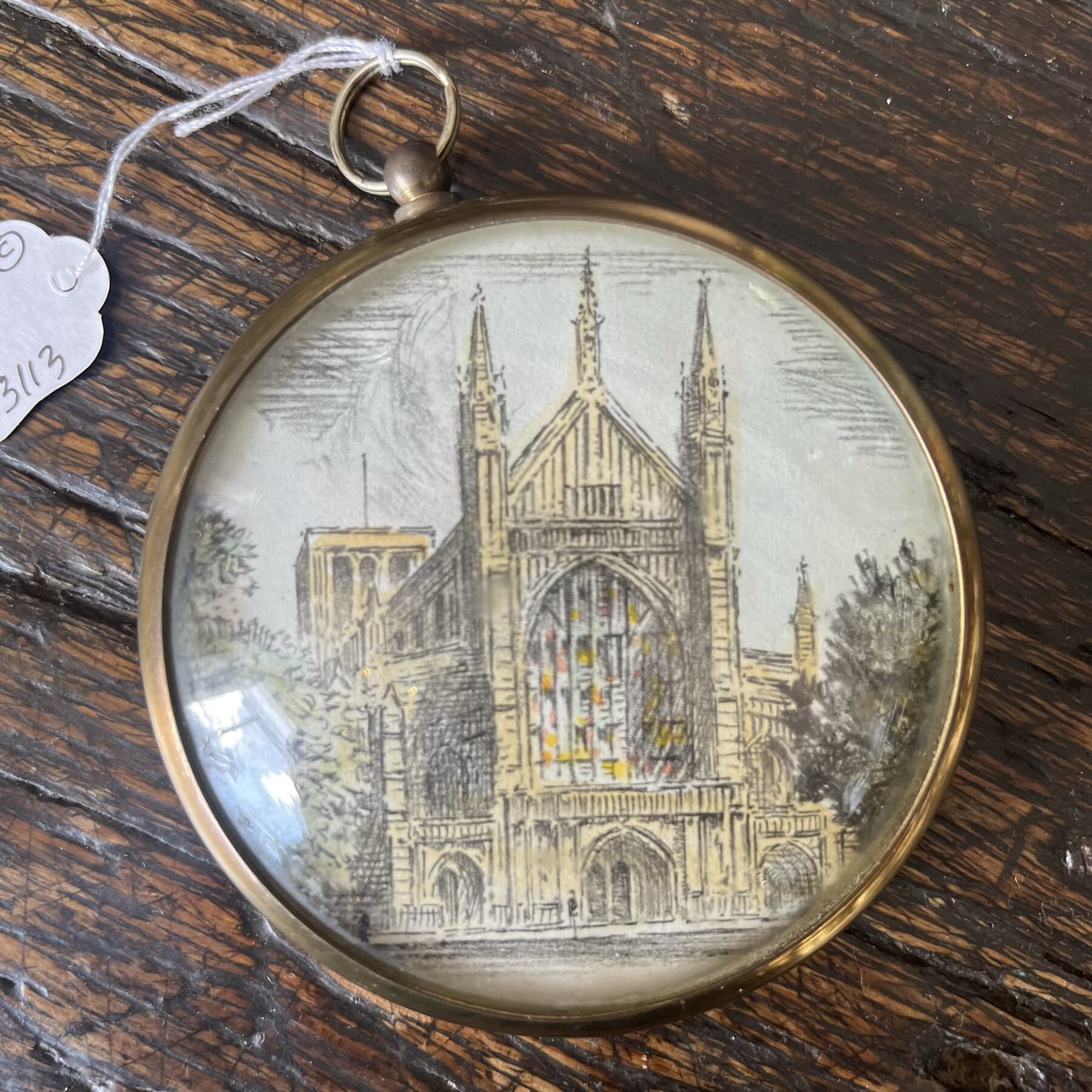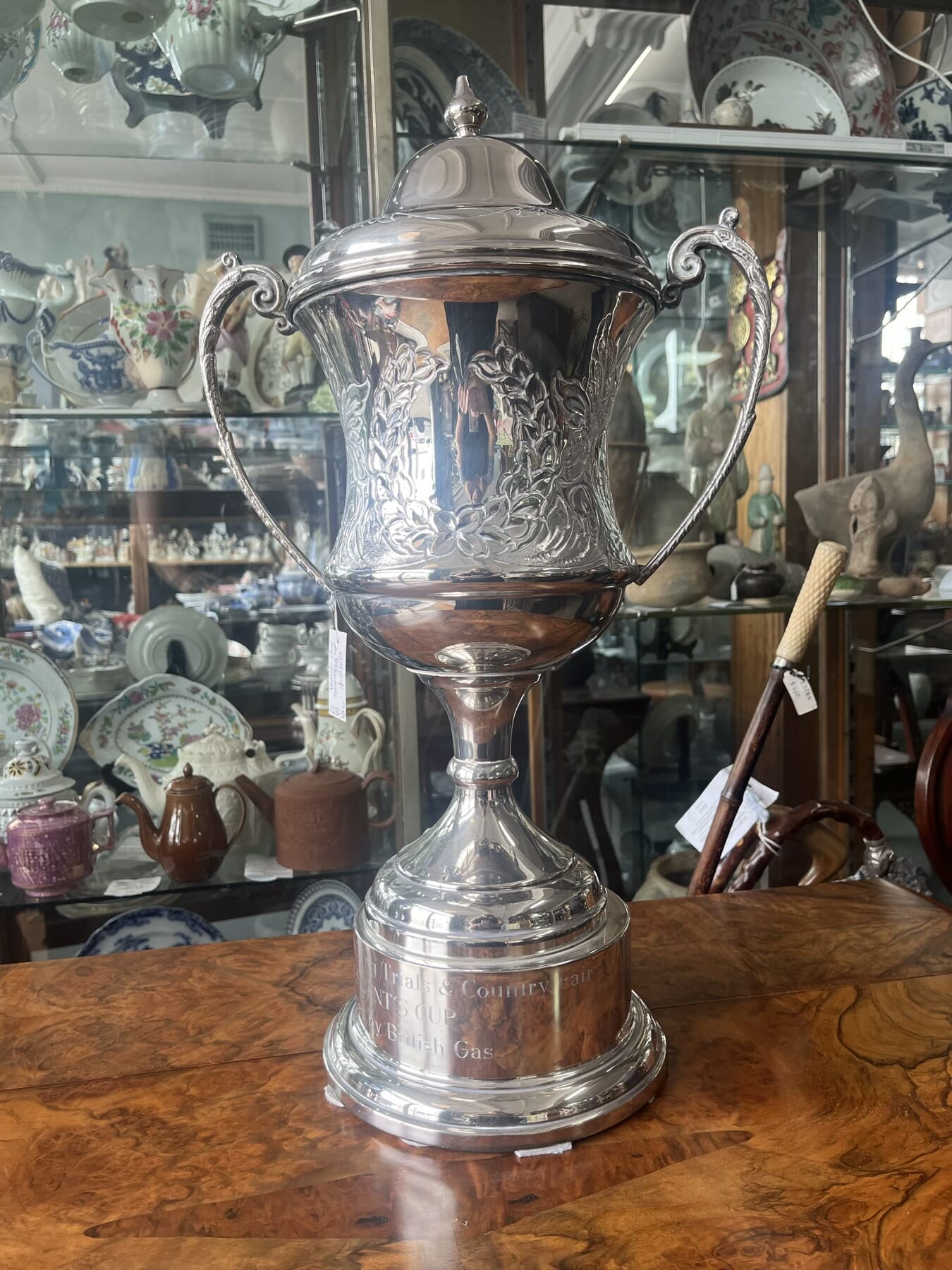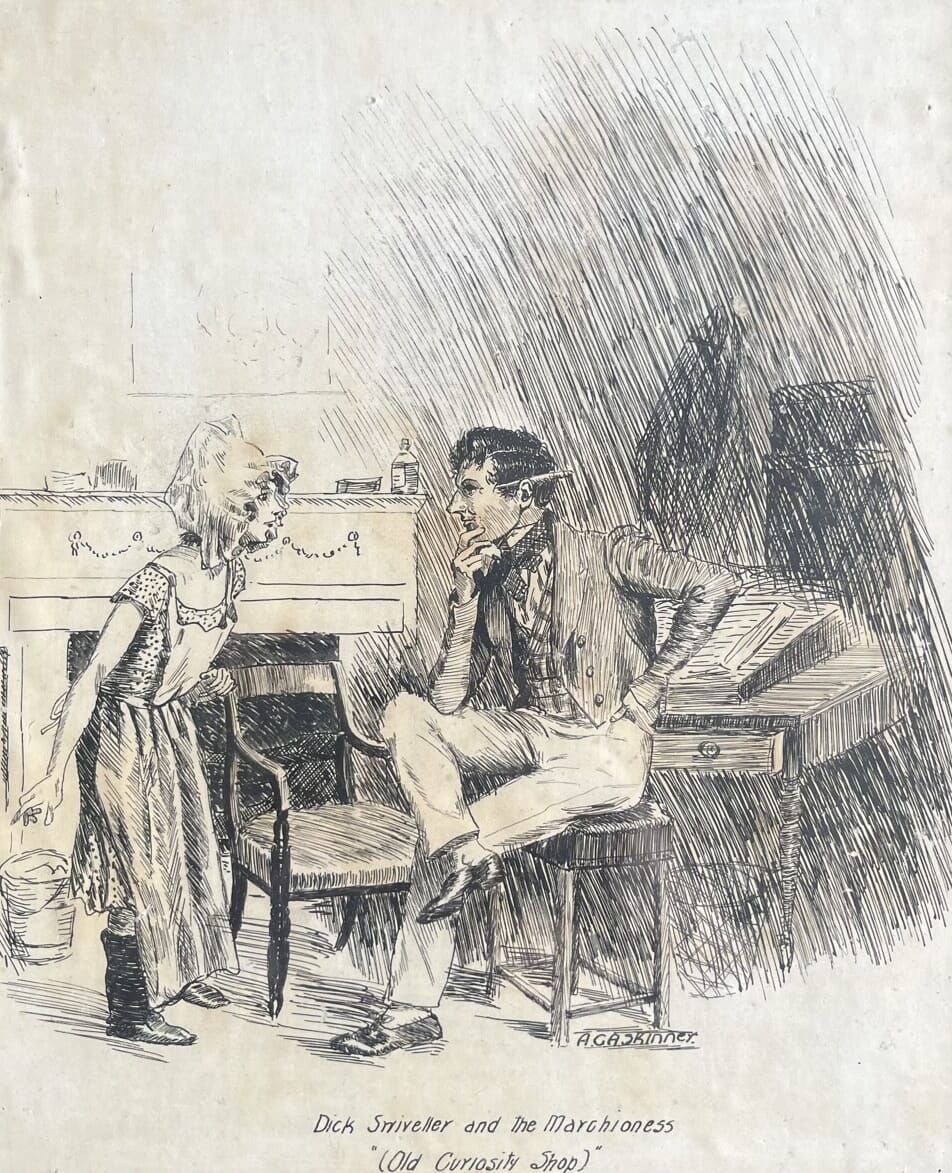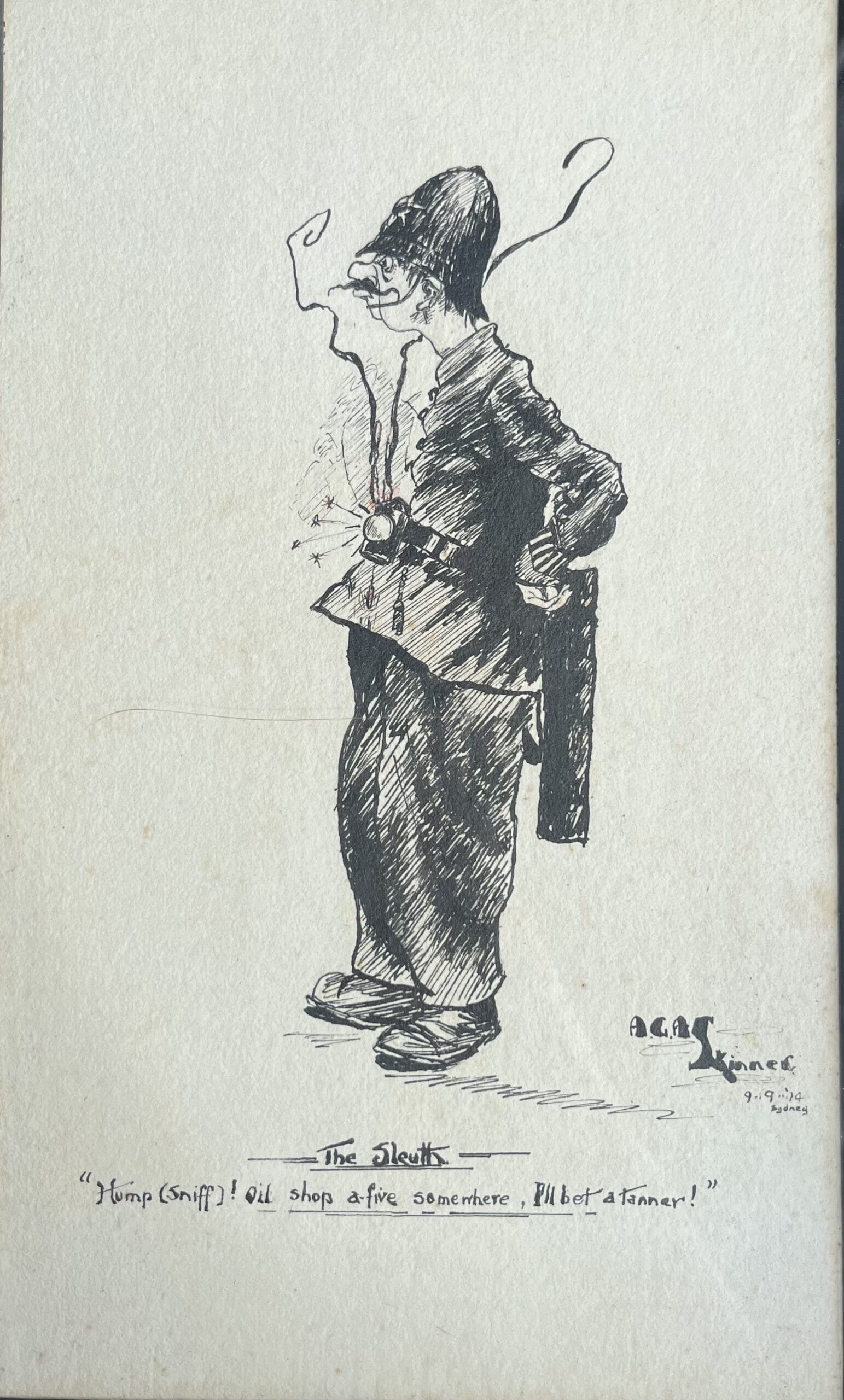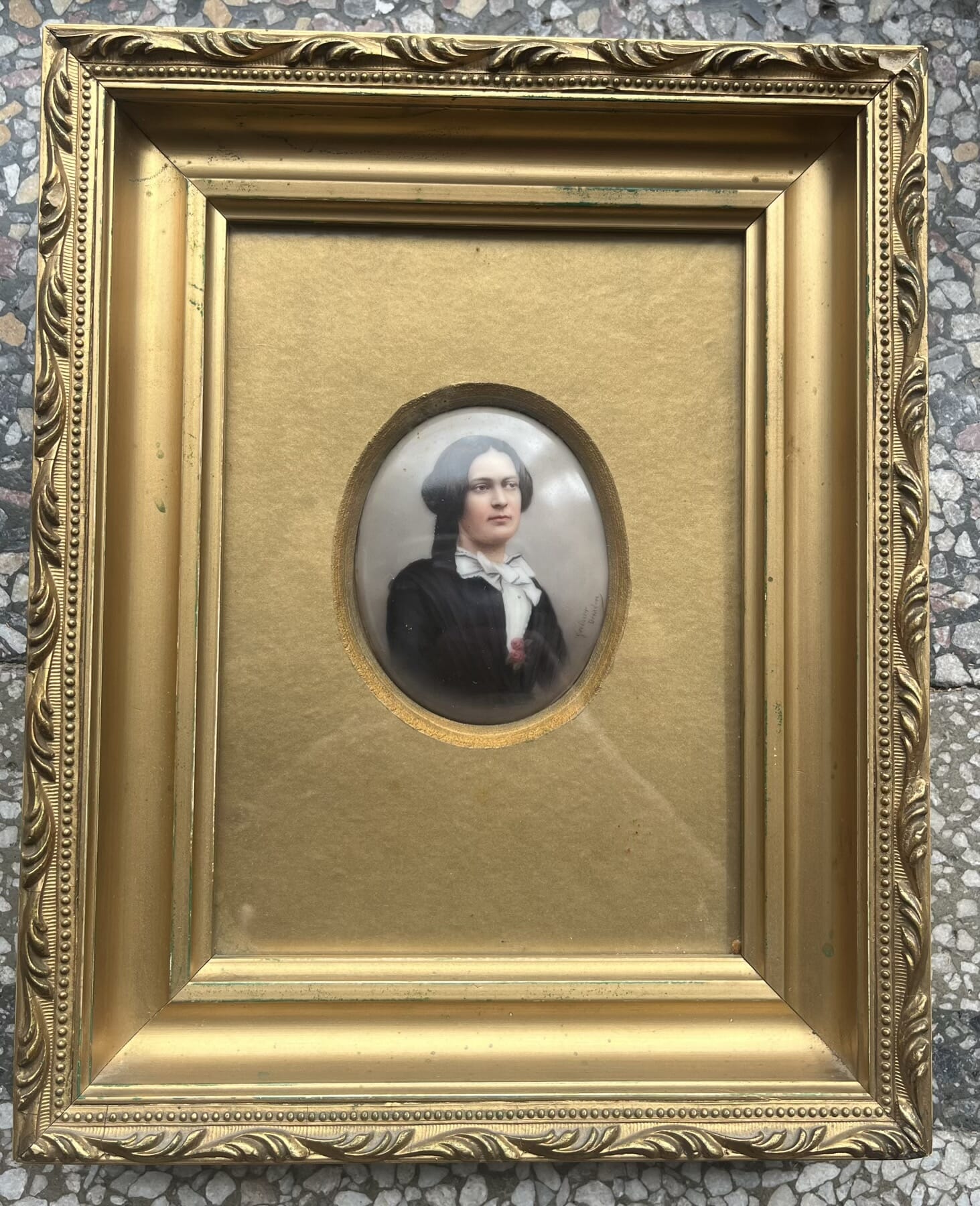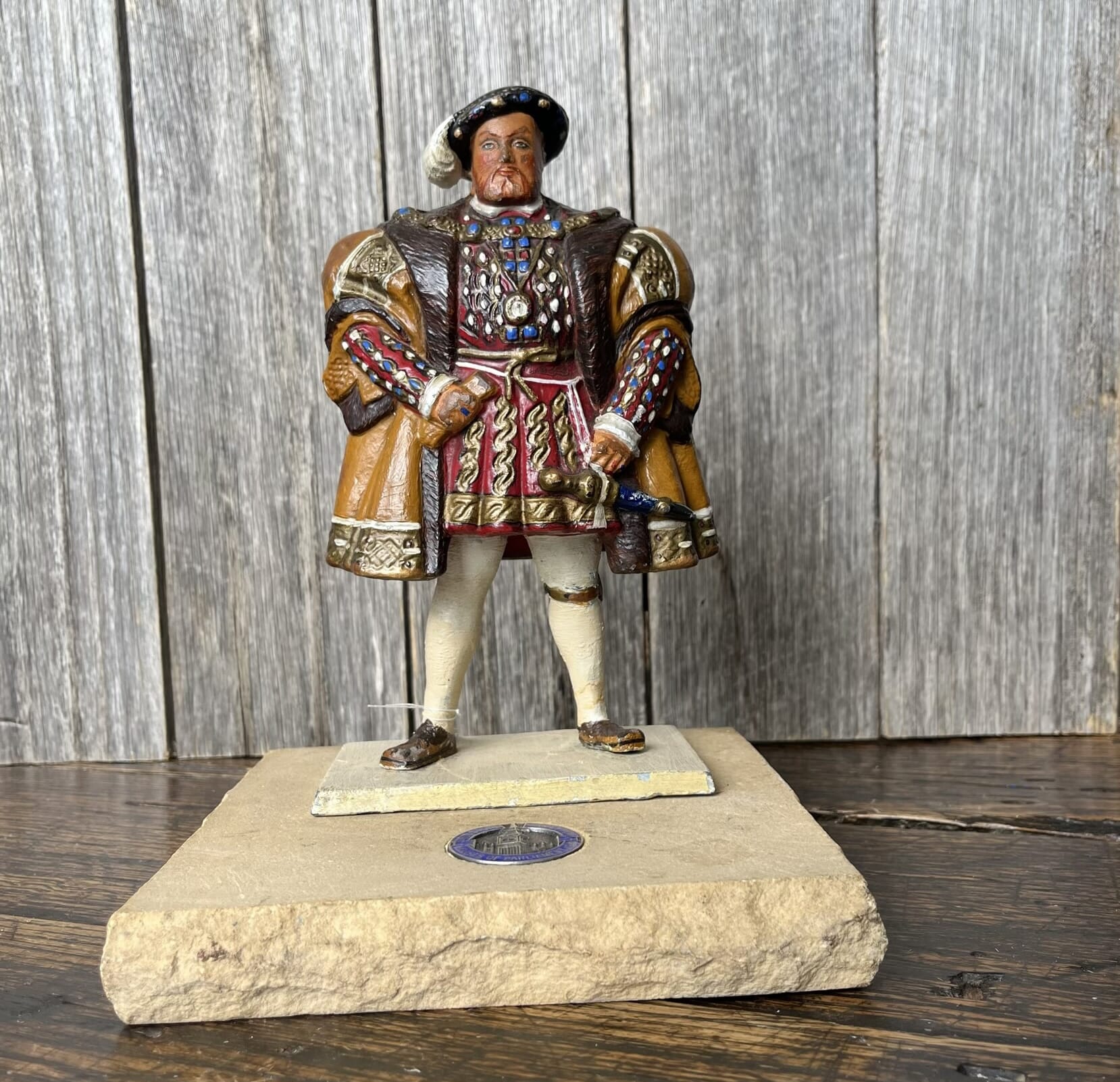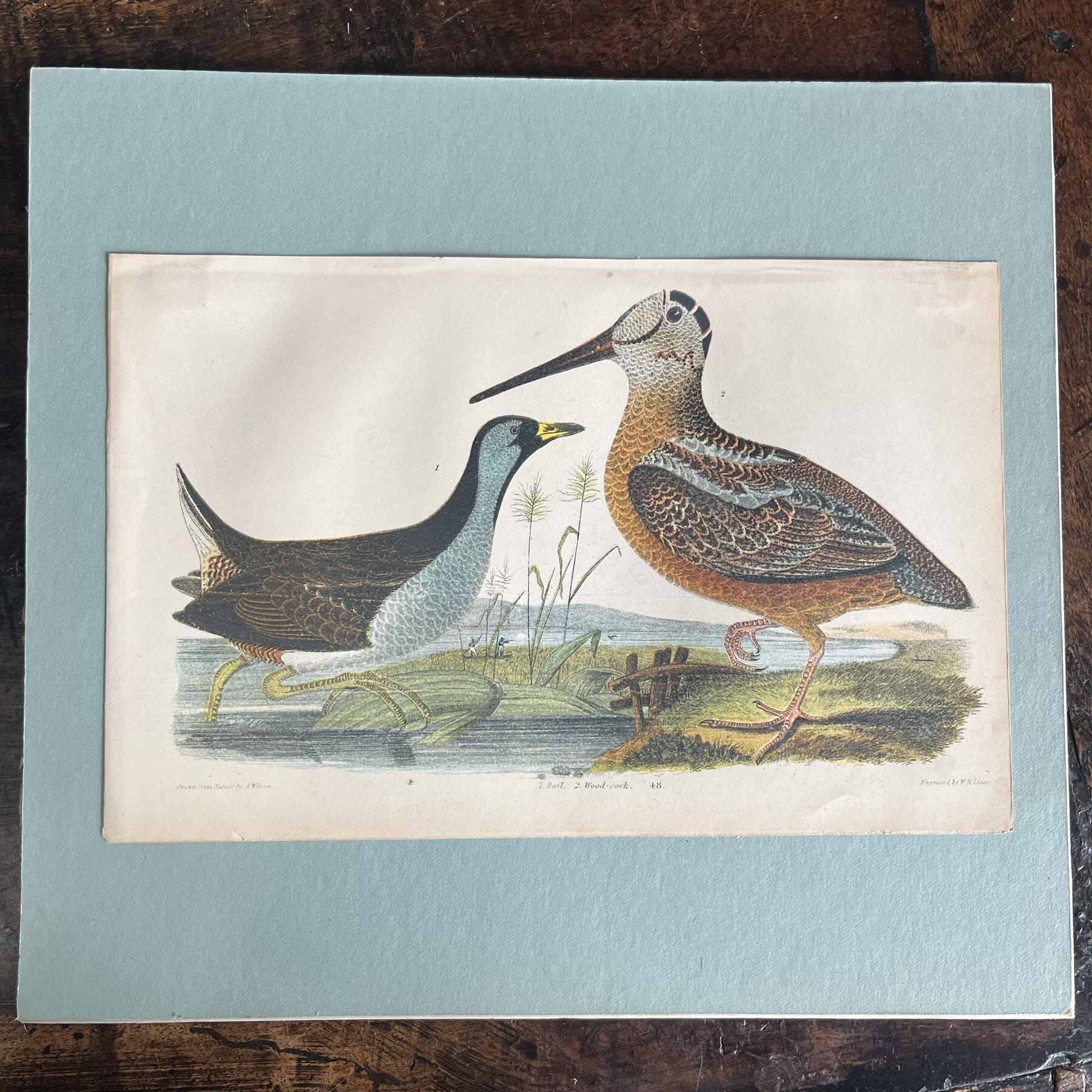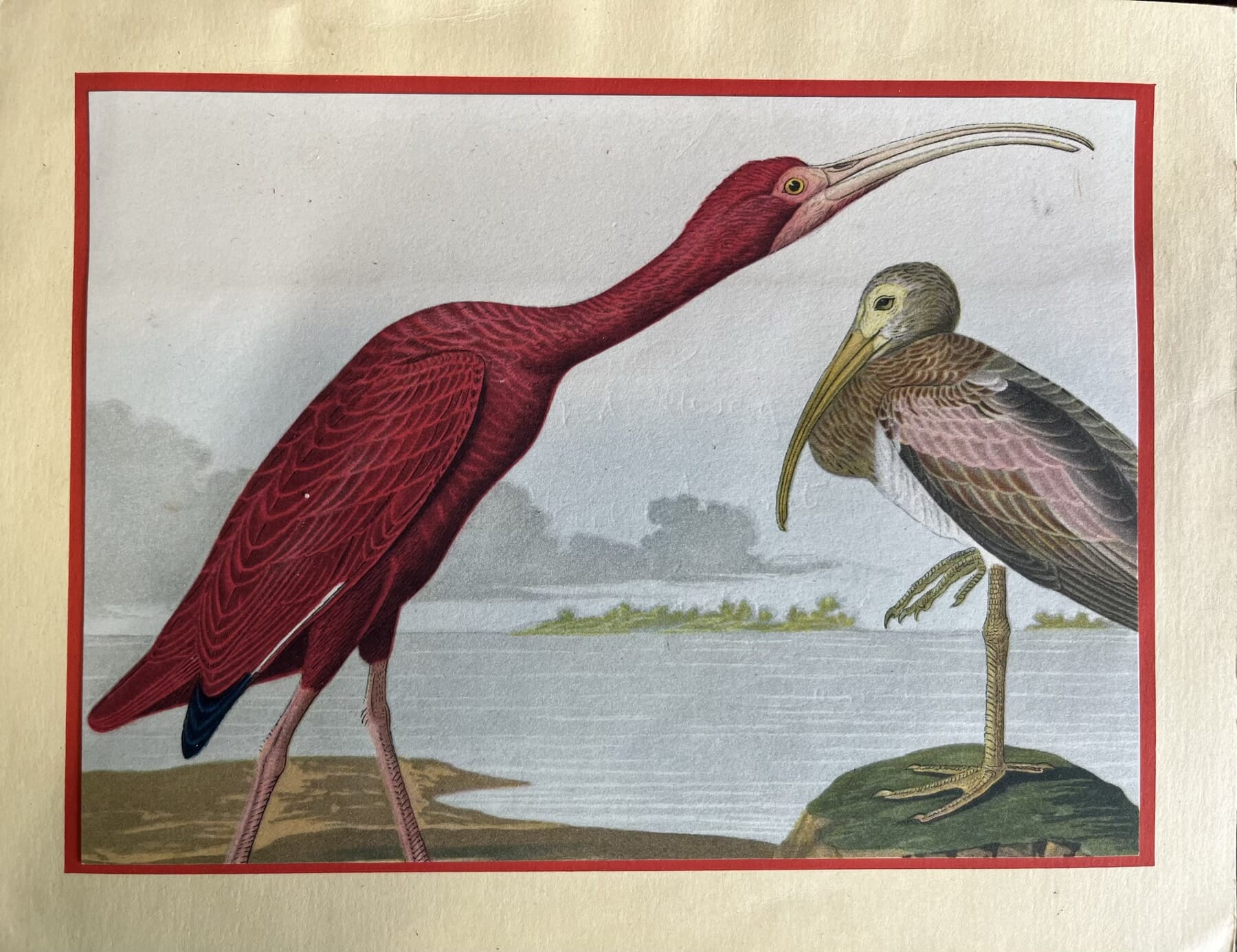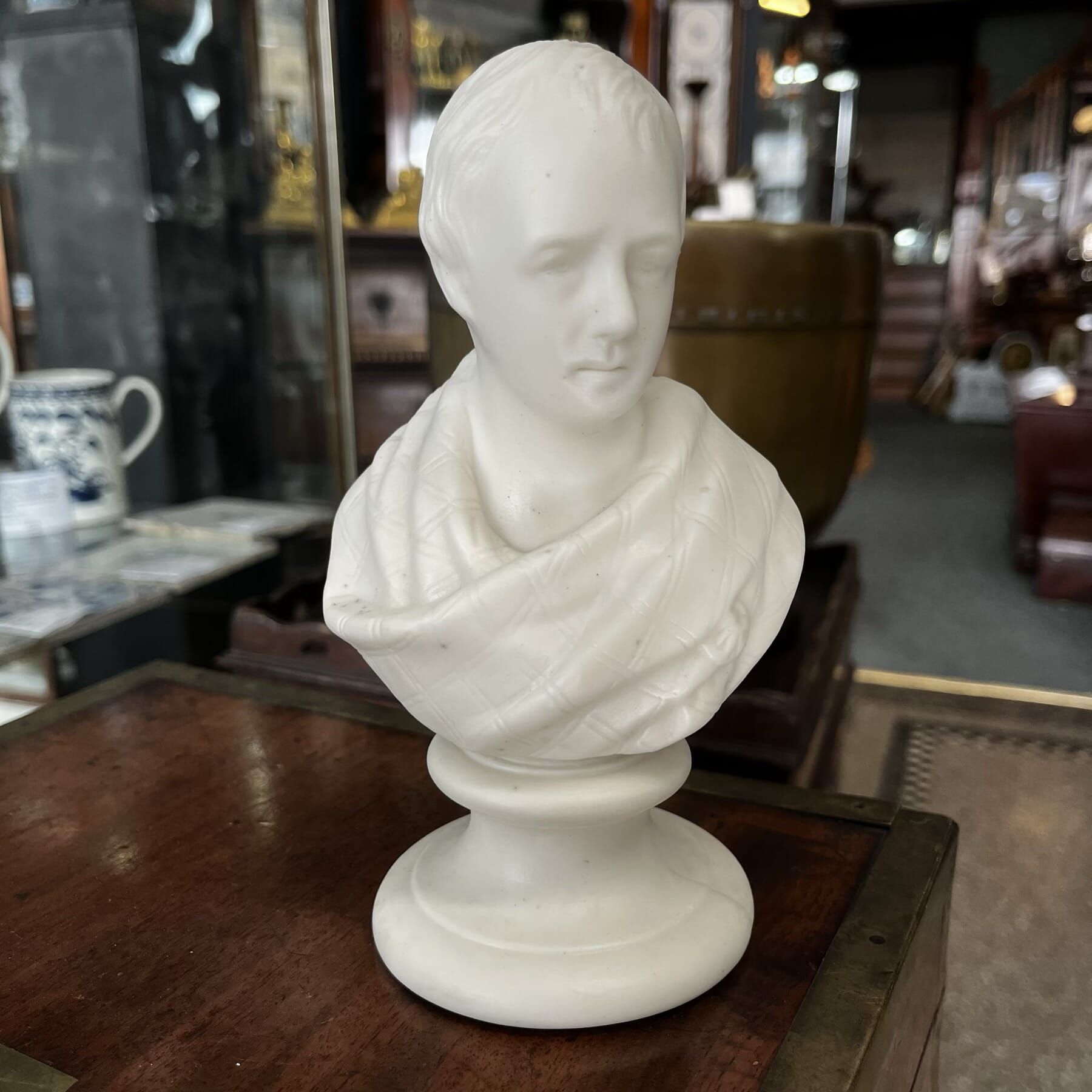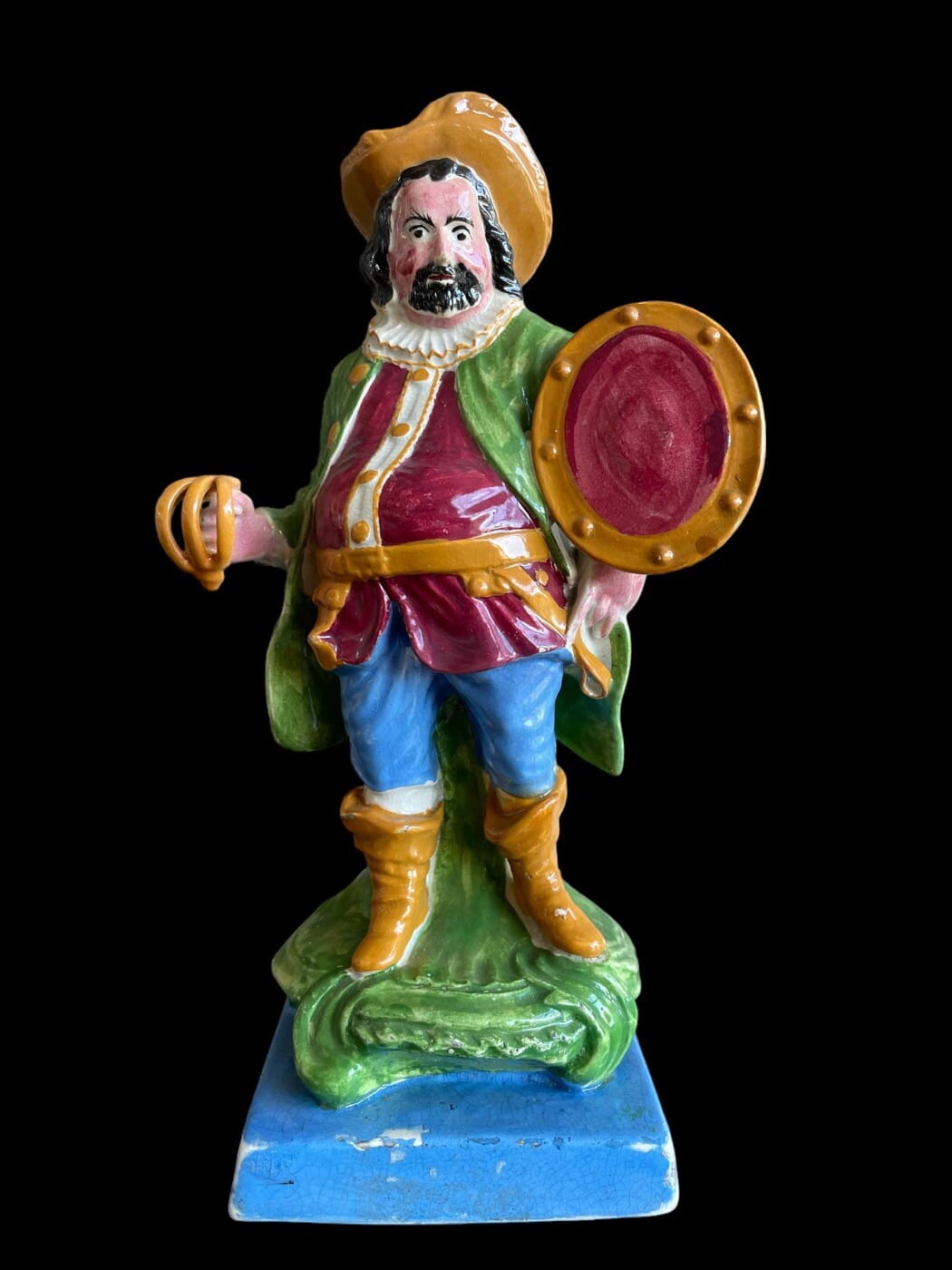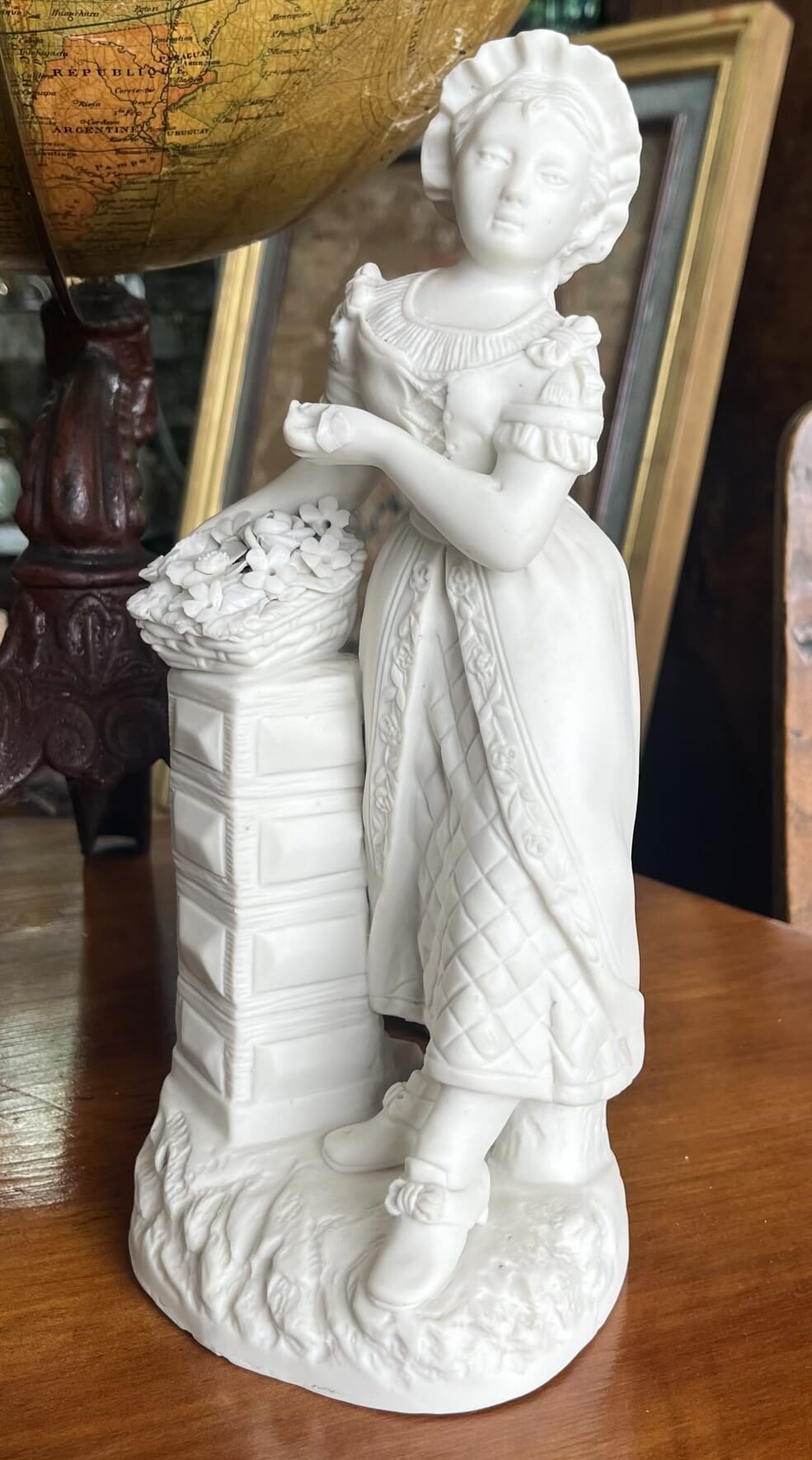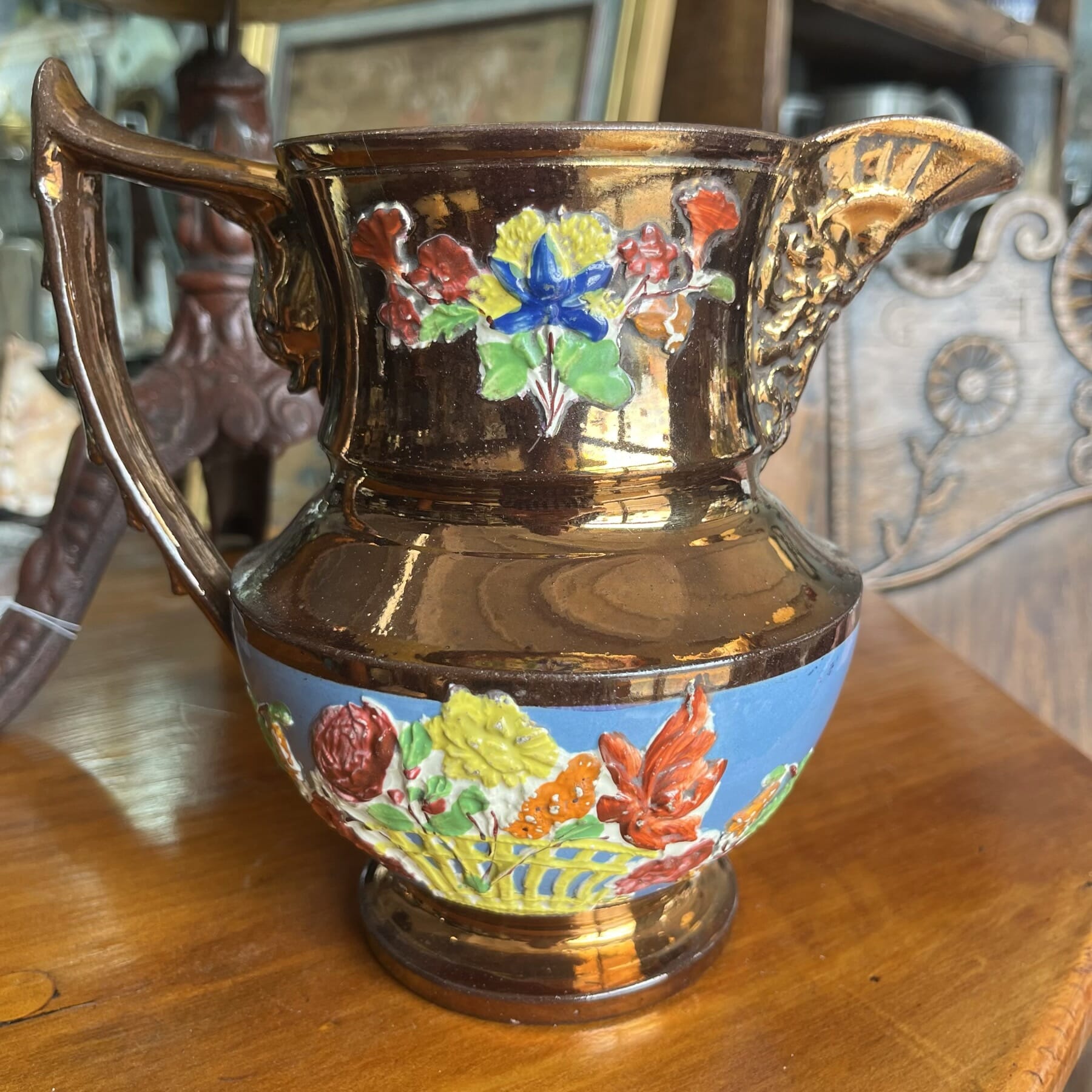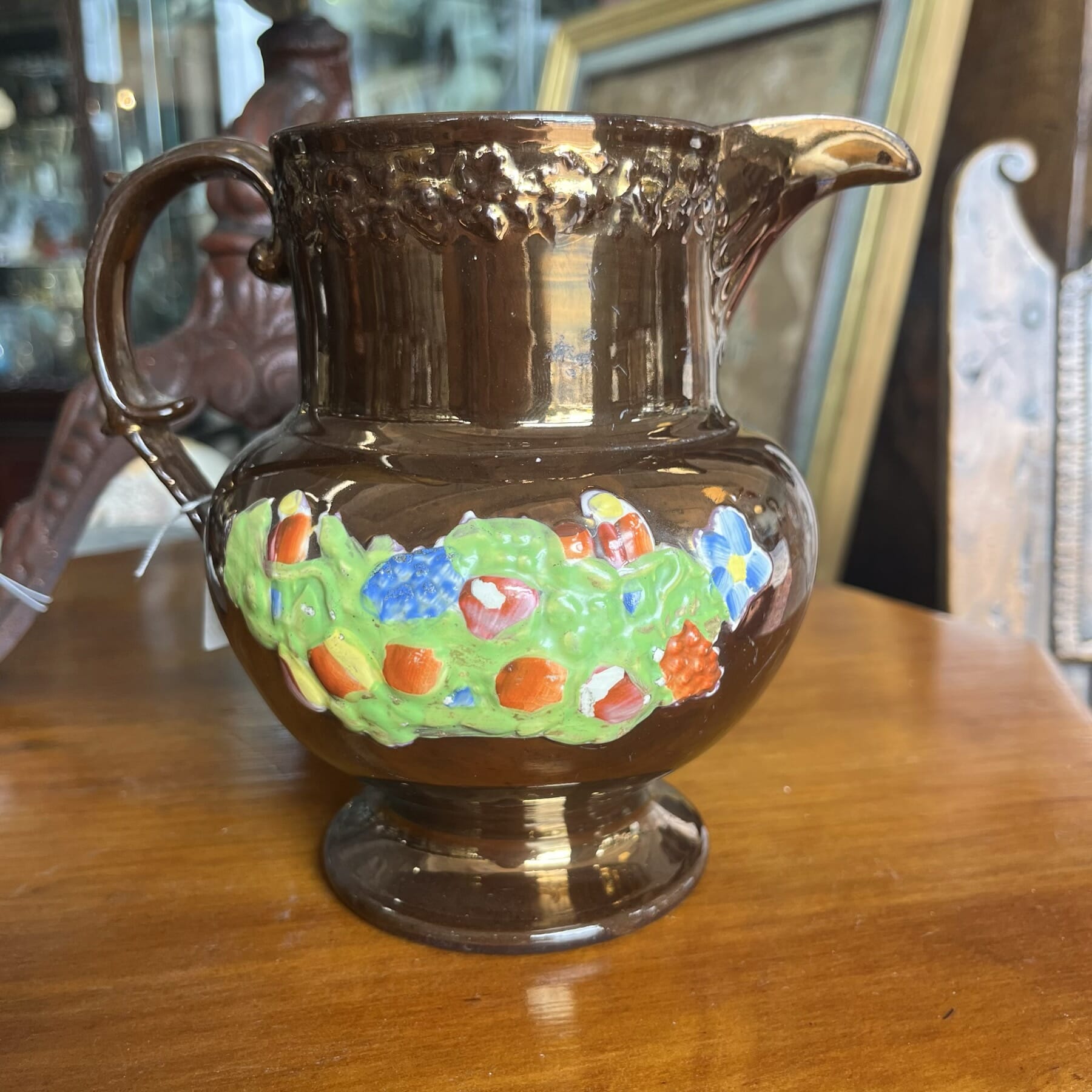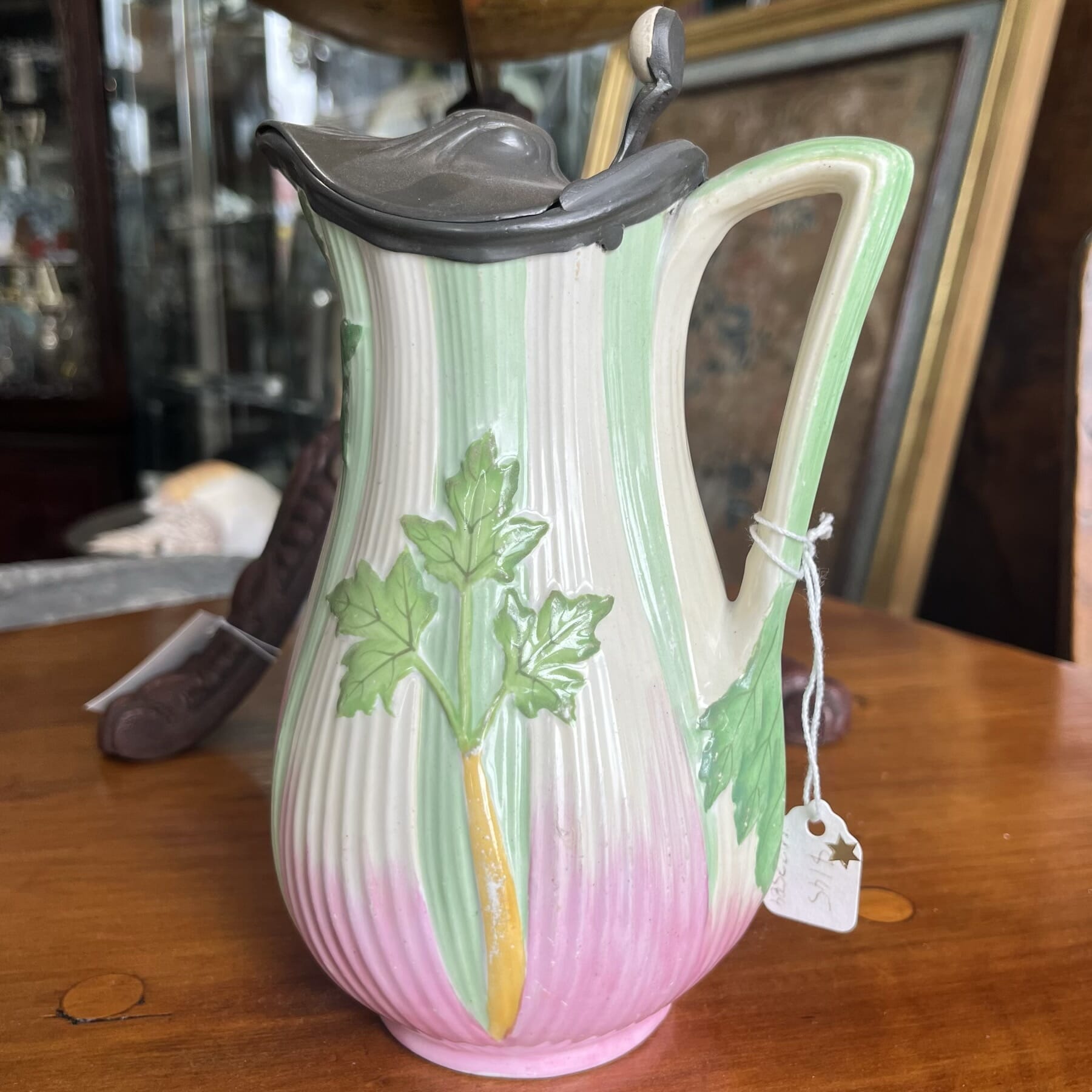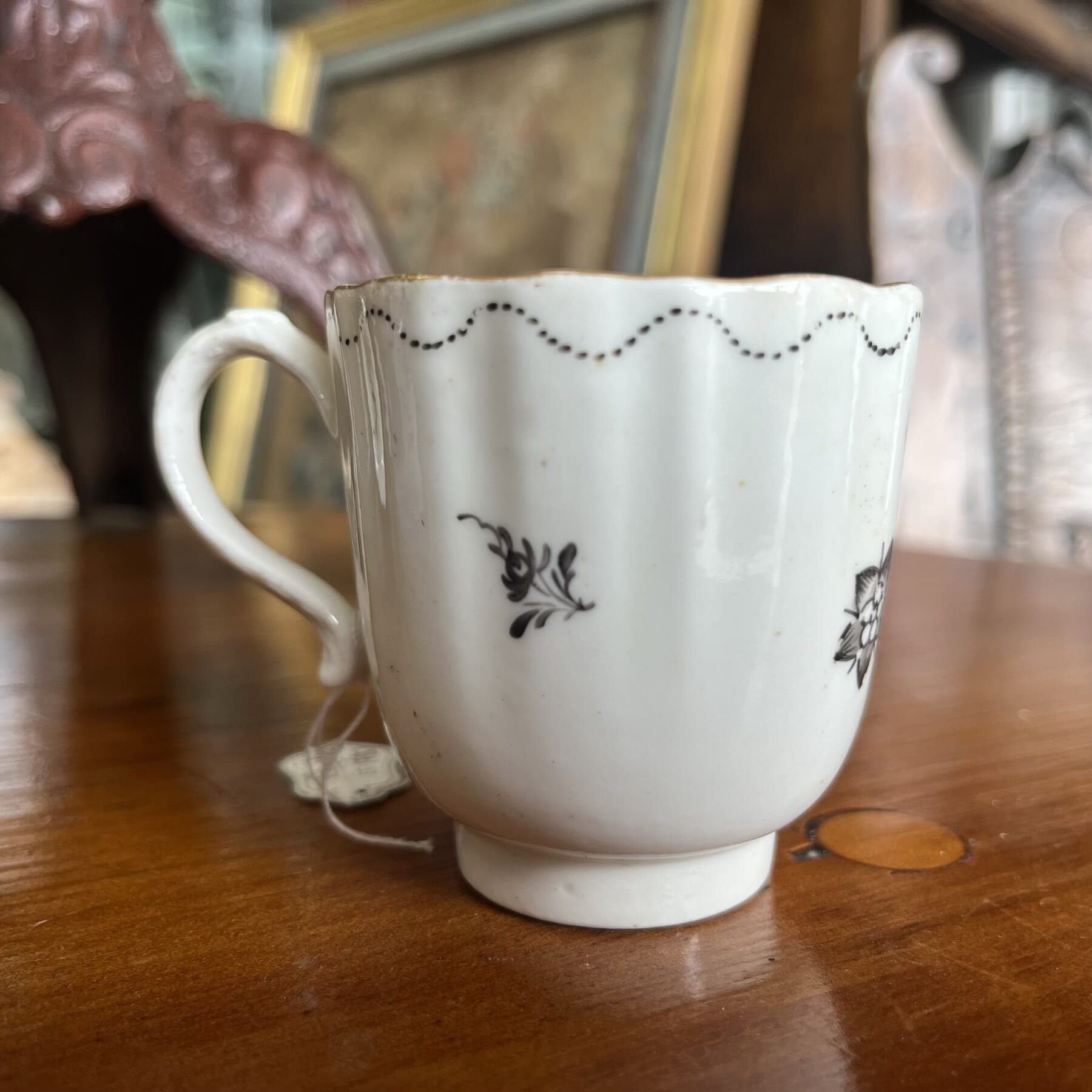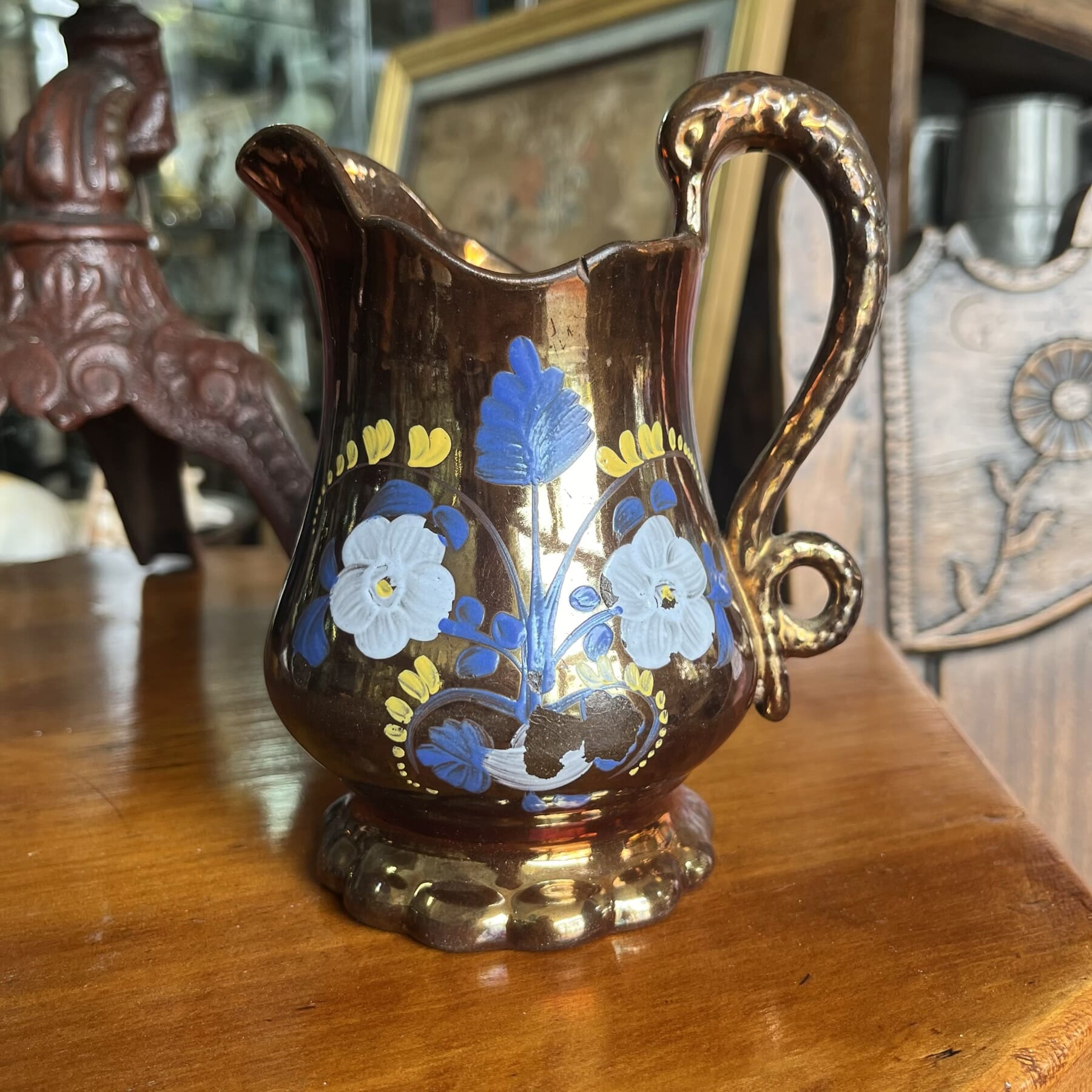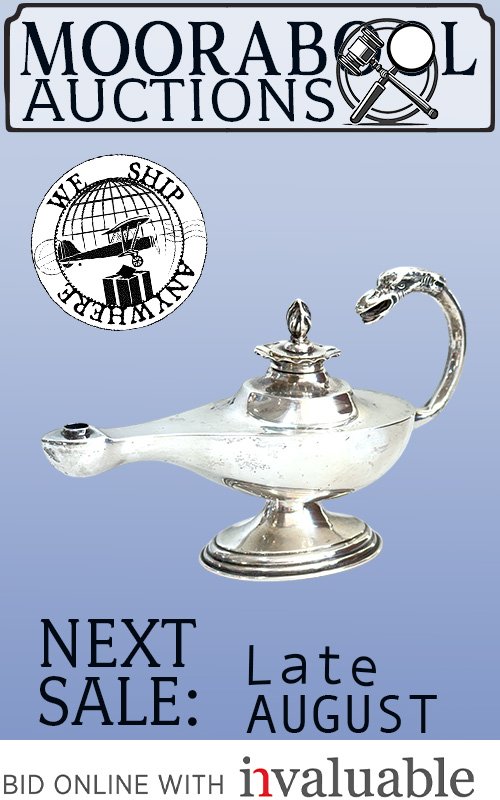
Welcome to Moorabool’s latest Fresh Stock release – a fine selection of items, fresh to the market.
We’re also beginning to stock more jewellery, with an interesting selection of reasonably priced estate jewellery.
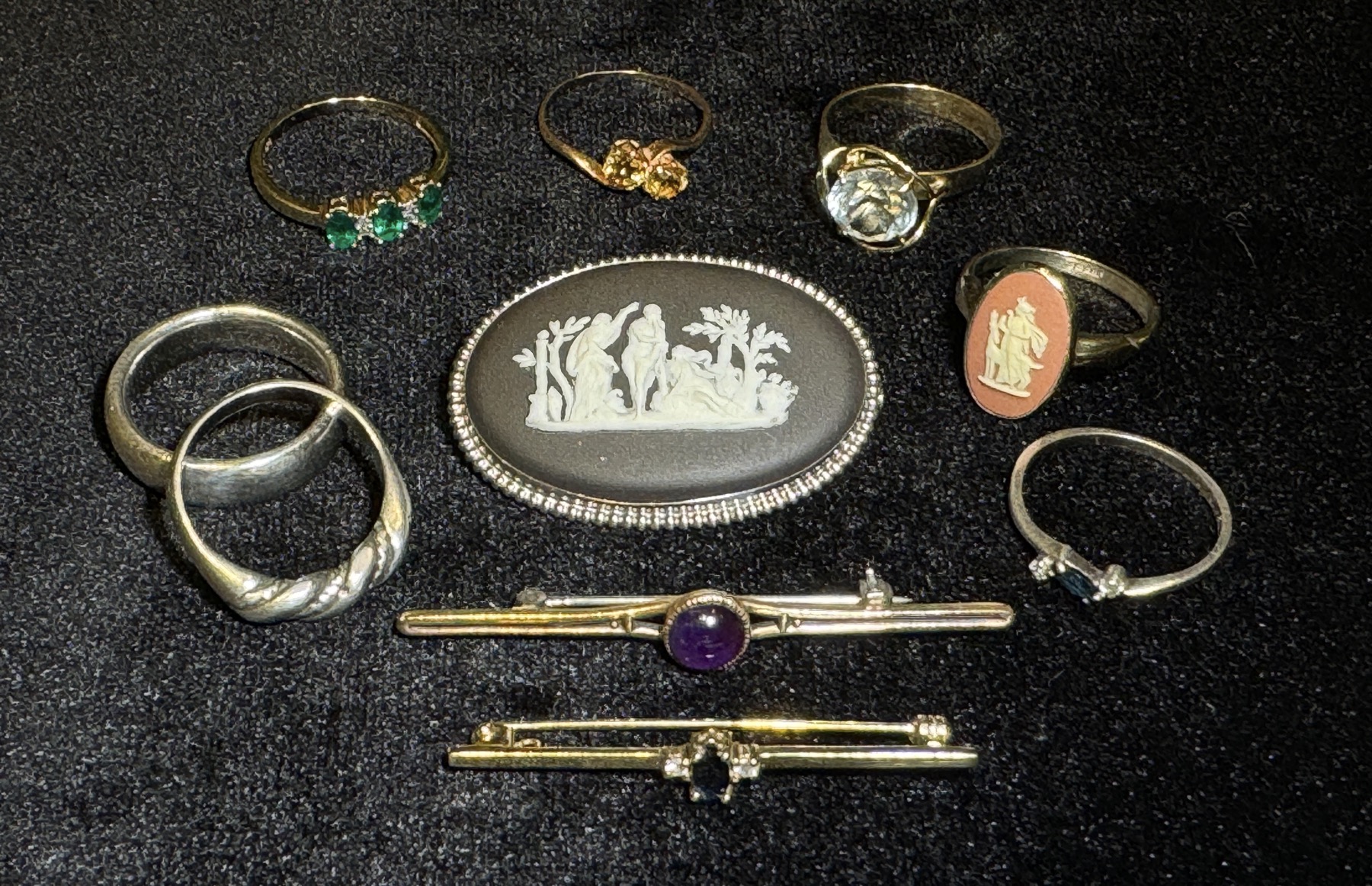
Mother’s Day is coming!
Why not spoil your mother with a lovely antique piece?
we’ve put together a gallery of ideas, have a browse here >
-
 White Gold ‘Trilogy’ ring with deep blue sapphire & two diamonds$560.00 AUD
White Gold ‘Trilogy’ ring with deep blue sapphire & two diamonds$560.00 AUD -
 Colonial Gold bar brooch with amethyst cabochon, 19th century$325.00 AUD
Colonial Gold bar brooch with amethyst cabochon, 19th century$325.00 AUD -
 Elegant 9ct Gold bar brooch with deep blue Sapphire & 2 DiamondsSold
Elegant 9ct Gold bar brooch with deep blue Sapphire & 2 DiamondsSold -
 9ct Gold ring with large zircon, mid- 20th century$240.00 AUD
9ct Gold ring with large zircon, mid- 20th century$240.00 AUD -
 9ct Gold ring with three ‘Created Emeralds’, 20th C.$295.00 AUD
9ct Gold ring with three ‘Created Emeralds’, 20th C.$295.00 AUD -
 9ct Gold & Citrines ring, earlier 20th c.$325.00 AUD
9ct Gold & Citrines ring, earlier 20th c.$325.00 AUD -
 Wedgwood Sterling Silver Gilt ring with Wedgwood plaque, 1981$280.00 AUD
Wedgwood Sterling Silver Gilt ring with Wedgwood plaque, 1981$280.00 AUD -
 Wedgwood brooch, black jasper classical scene in silver, late 20th c.$280.00 AUD
Wedgwood brooch, black jasper classical scene in silver, late 20th c.$280.00 AUD -
 Thick Sterling Silver ring, plain form$125.00 AUD
Thick Sterling Silver ring, plain form$125.00 AUD -
 Remarkable Sterling Silver ‘Beetle’ ring, cast from life, earlier 20th century$285.00 AUD
Remarkable Sterling Silver ‘Beetle’ ring, cast from life, earlier 20th century$285.00 AUD -
 Massive solid silver ring formed as a crimped ribbon, mid- 20th century$245.00 AUD
Massive solid silver ring formed as a crimped ribbon, mid- 20th century$245.00 AUD -
 Medieval-style Silver Ring with twisted decoration$275.00 AUD
Medieval-style Silver Ring with twisted decoration$275.00 AUD -
 Israel .930 Silver Ring with large turquoise stone$125.00 AUD
Israel .930 Silver Ring with large turquoise stone$125.00 AUD -
 Victorian gilt bar brooch with horseshoe and leaves, c. 1880$125.00 AUD
Victorian gilt bar brooch with horseshoe and leaves, c. 1880$125.00 AUD
Fine 19th Century English Porcelain and more
-
 Derby plate with superb flowers, c. 1810$295.00 AUD
Derby plate with superb flowers, c. 1810$295.00 AUD -
 Minton Tiffany & Co plate ‘Red legged Partridge’, 1902$480.00 AUD
Minton Tiffany & Co plate ‘Red legged Partridge’, 1902$480.00 AUD -
 Pair of Bevington candlesticks with cherubs, c.1880.$380.00 AUD
Pair of Bevington candlesticks with cherubs, c.1880.$380.00 AUD -
 Rococo style English porcelain milk jug with scenes, Ridgway c. 1835$165.00 AUD
Rococo style English porcelain milk jug with scenes, Ridgway c. 1835$165.00 AUD -
 Remarkable large English porcelain vase, encrusted flowers, c. 1835$495.00 AUD
Remarkable large English porcelain vase, encrusted flowers, c. 1835$495.00 AUD -
 Pair of Derby porcelain plates, superb large flower groups c. 1815Sold
Pair of Derby porcelain plates, superb large flower groups c. 1815Sold -
 Machin dish with butterflies, exceptional painting & patt. 1411, c. 1835$440.00 AUD
Machin dish with butterflies, exceptional painting & patt. 1411, c. 1835$440.00 AUD -
 Magnificent Coalport plate, flowers, gilt & green, c. 1830$395.00 AUD
Magnificent Coalport plate, flowers, gilt & green, c. 1830$395.00 AUD -
 Pair of porcelain candlesticks, green with flowers, c.1830$640.00 AUD
Pair of porcelain candlesticks, green with flowers, c.1830$640.00 AUD -
 Fine watercolour of Lime fruit & flowers, large & small butterflies, earlier 19th century$445.00 AUD
Fine watercolour of Lime fruit & flowers, large & small butterflies, earlier 19th century$445.00 AUD -
 English amboyna wood hanging shelves, ormolu mounts c.1875$480.00 AUD
English amboyna wood hanging shelves, ormolu mounts c.1875$480.00 AUD
The Worcester Factories
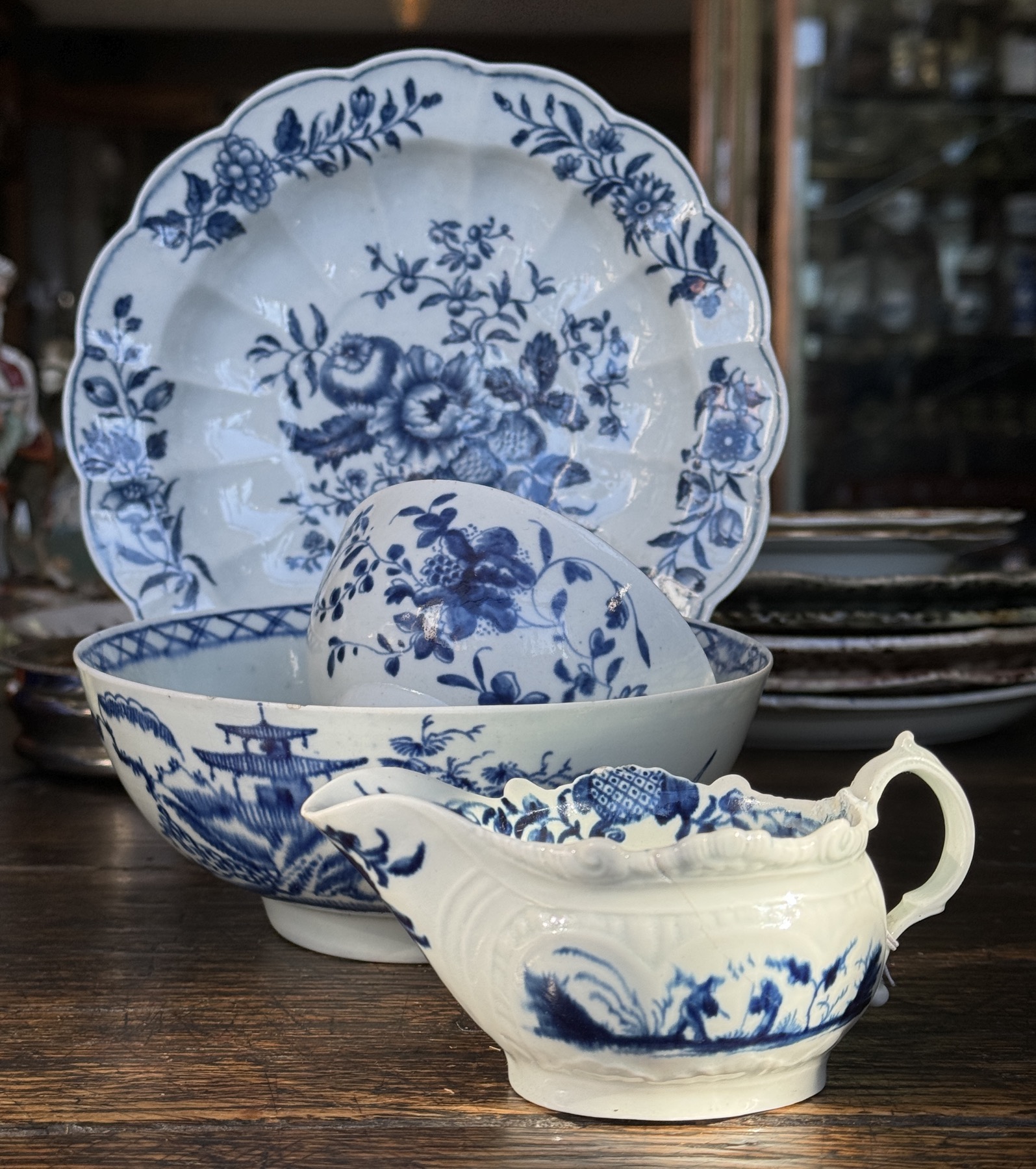
In 1751, Dr Wall was one of the Worcester businessmen who funded the establishment of what was to become perhaps the most famous of all English porcelain manufacturers – the Worcester factory.
He held the reins of the firm for the next 25 years, and his business sense saw the firm becoming ‘the one’ that aristocracy & the wealthy of England turned to for their porcelain needs.
He died in 1776; in 1783 Thomas Flight, the London agent who had been marketing Worcester porcelain for a while, took over the factory; his two sons, Joseph and John managed it, known as the ‘Flight’ period.
John died in 1791, and a new partner came on board – Martin Barr. This is the ‘Flight & Barr’ period. In 1804, one of his sons is part of the firm, the name being ‘Barr Flight Barr’, the order of seniority. Then in 1813, Martin Barr died, and another of his sons joined, with Joseph Flight being the senior – hence the name is ‘Flight Barr Barr’.
Throughout these decades of the late 18th-early 19th century, across all the different partnerships, the same shapes and patterns were in use: it’s hard to separate the different periods visually. Luckily they were very good at marking pieces, and it’s an interesting exercise to find examples from each period.
These simple but elegant pieces were collected by someone keen to learn the chronology of the factory – basically, an example of the various partnerships of what was to become the major porcelain factory of the 19th century. They’re ready to serve the same purpose with a new owner – terrific ‘examples’ that are budget-friendly!
-
 Dr Wall Worcester ‘Wet Blue’ ground teacup & a saucer, exotic birds, c. 1770$1,250.00 AUD
Dr Wall Worcester ‘Wet Blue’ ground teacup & a saucer, exotic birds, c. 1770$1,250.00 AUD -
 Dr Wall Worcester cup & saucer, ‘Stormont Service’, landscapes & fruit c. 1780Sold
Dr Wall Worcester cup & saucer, ‘Stormont Service’, landscapes & fruit c. 1780Sold -
 Dr Wall Worcester tea canister, famille rose & wet blue, c. 1775$850.00 AUD
Dr Wall Worcester tea canister, famille rose & wet blue, c. 1775$850.00 AUD -
 Flight Barr Barr Worcester ‘Rich Imari’ plate, birds & rock with gilt border, c. 1815$765.00 AUD
Flight Barr Barr Worcester ‘Rich Imari’ plate, birds & rock with gilt border, c. 1815$765.00 AUD -
 Liverpool punch bowl, James Pennington ‘Temple Rock’ pattern, c. 1765$595.00 AUD
Liverpool punch bowl, James Pennington ‘Temple Rock’ pattern, c. 1765$595.00 AUD -
 Dr Wall Worcester teabowl, ‘Mansfield’ pattern c. 1770$235.00 AUD
Dr Wall Worcester teabowl, ‘Mansfield’ pattern c. 1770$235.00 AUD -
 Small Dr Wall Worcester ‘Two Porter Landscape’ sauceboat, c. 1770$285.00 AUD
Small Dr Wall Worcester ‘Two Porter Landscape’ sauceboat, c. 1770$285.00 AUD -
 Dr Wall Worcester plate, ‘chantilly sprig’ red & gold with underglaze Chantilly horn mark, c. 1765$325.00 AUD
Dr Wall Worcester plate, ‘chantilly sprig’ red & gold with underglaze Chantilly horn mark, c. 1765$325.00 AUD -
 Barr Flight Barr Worcester saucer dish, Roses in brown & gold, c. 1810$290.00 AUD
Barr Flight Barr Worcester saucer dish, Roses in brown & gold, c. 1810$290.00 AUD -
 Dr Wall Worcester ‘Pinecone’ pattern dessert plate, c. 1775$545.00 AUD
Dr Wall Worcester ‘Pinecone’ pattern dessert plate, c. 1775$545.00 AUD -
 Flight Worcester fluted sugar bowl, blue & gilt foliage pattern, ‘Flight’ & ‘C’ mark c.$295.00 AUD
Flight Worcester fluted sugar bowl, blue & gilt foliage pattern, ‘Flight’ & ‘C’ mark c.$295.00 AUD -
 Rare Flight Worcester tea bowl, puce & gold foliage, puce mark c. 1790$295.00 AUD
Rare Flight Worcester tea bowl, puce & gold foliage, puce mark c. 1790$295.00 AUD -
 Dr Wall Worcester lobed teabowl, blue flowerheads & gilt dec, c. 1780$65.00 AUD
Dr Wall Worcester lobed teabowl, blue flowerheads & gilt dec, c. 1780$65.00 AUD
A Dr Wall Worcester rarity
This ‘Dalhousie pattern’ Worcester cup & saucer is a spectacular rarity, coming from a single identifiable service.
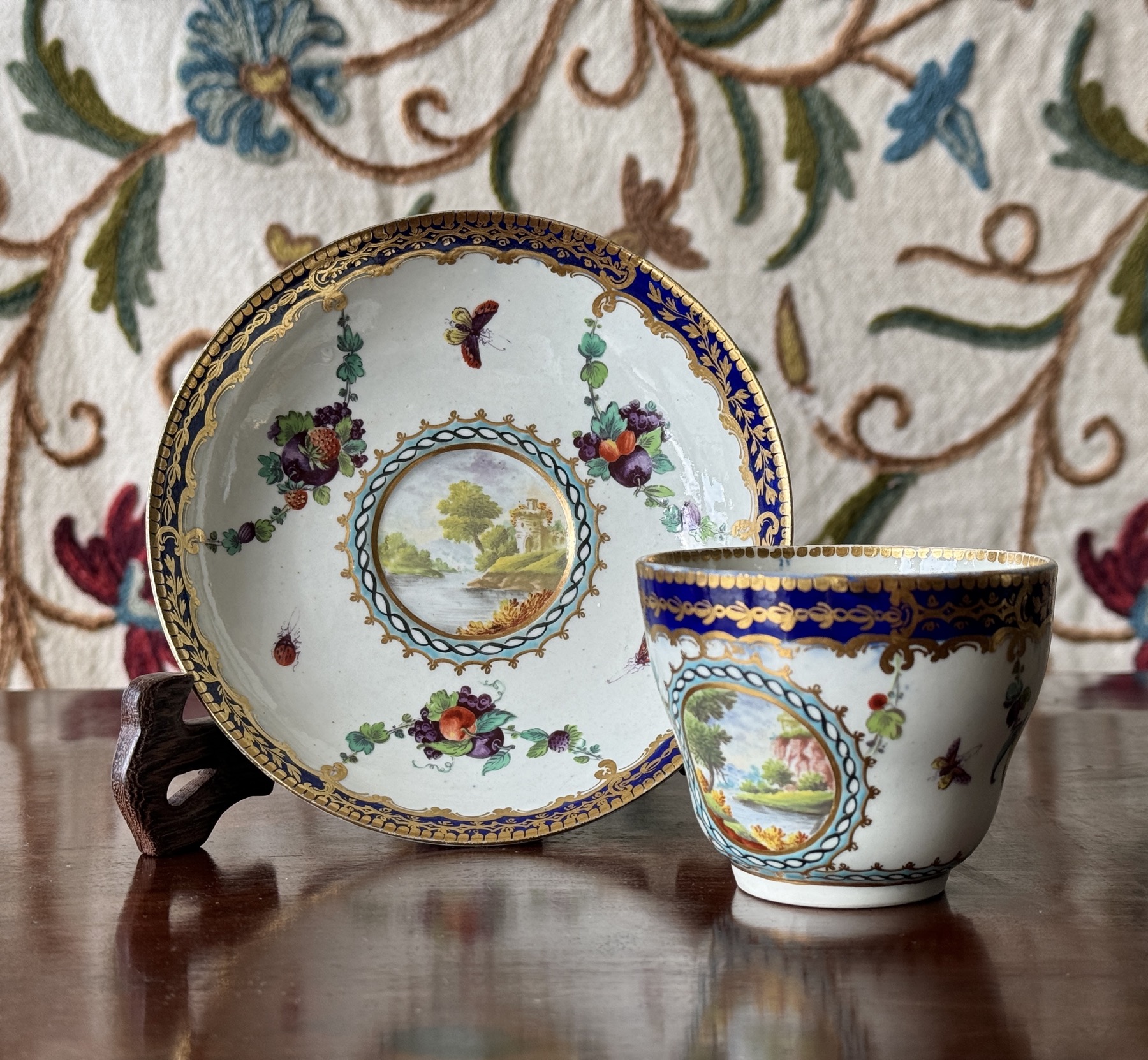
The ‘Dalhousie’ pattern name comes from a service owned by the Earl of Dalhousie, with central landscape surrounded by blue border, and swags of fruit to the rim; however, there are multiple variations on this theme in the Worcester products, so the name ”Dalhousiue’ has come to refer to a style rather than a service.
This cup and saucer, however, does have an important association with another service: in the Zorensky Collection there is an identical coffee cup& saucer which Spiro & Sandon associate with the Lord Stormont service. 7th Viscount Stormont had been the Ambassador to France in the 1770’s, and this Worcester tea service from the 1780’s reflects this:
“….. the shape of the handle is unusual and the saucer has a well recessed slightly in the centre in which the foot of the cup sits, a feature derived from Sèvres. These features are unusual but occur on the Stormont service which was a special order involving many unusual tea ware forms.”
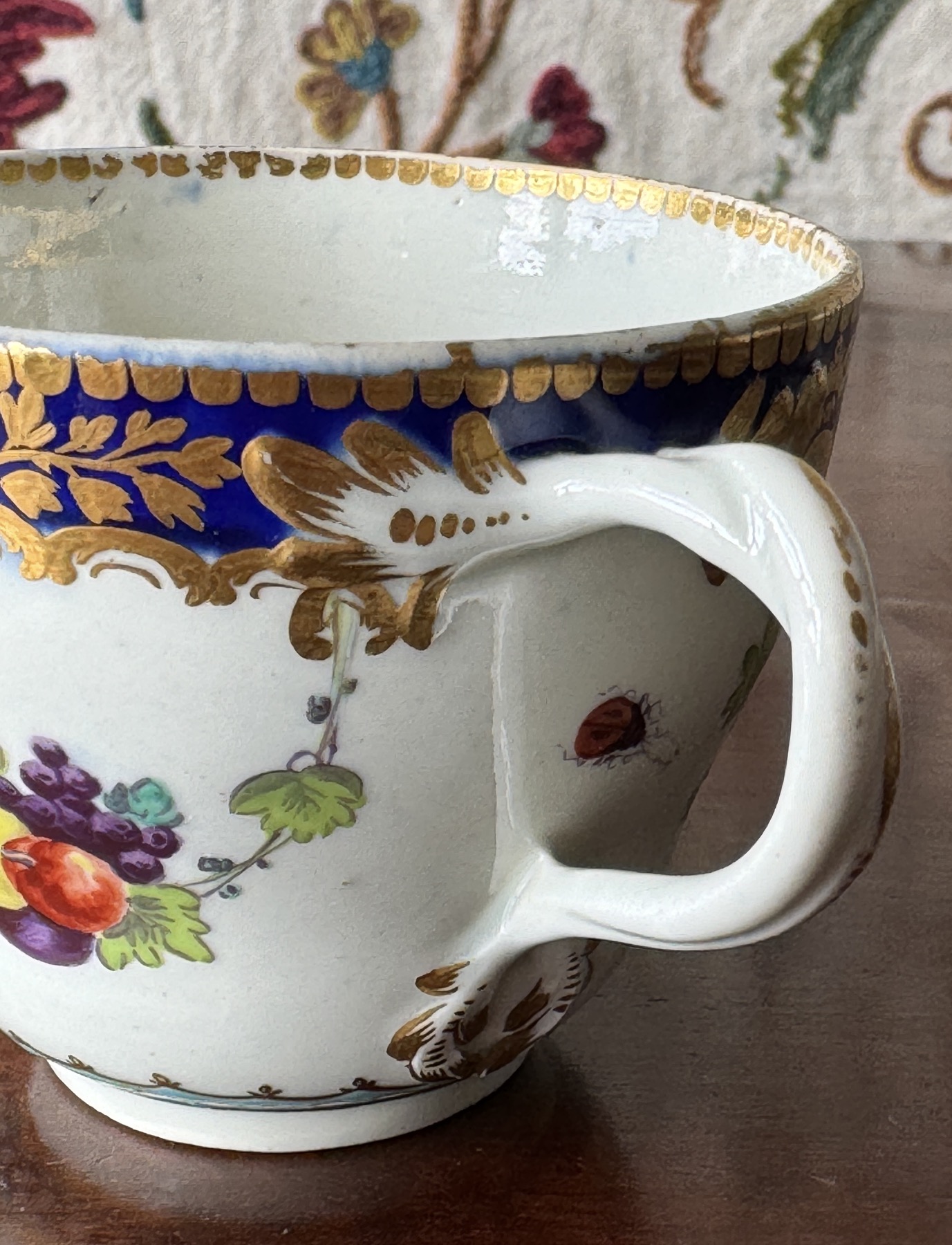
The 7th Viscount Stormont also had a desert service made to Sèvres shapes, also represented in the Zorensky Collection. These Sèvres services are still at Scone house, ancient Royal seat of the Scottish Kings and home of the present Viscount. The Worcester ‘copies’ seem to have been dispersed at some time, and this rarity found its way to a collection in Melbourne, Australia.

Also ‘Fresh’…..
-
 Ridgway pottery plate with Imari pattern 4263, c.1825$160.00 AUD
Ridgway pottery plate with Imari pattern 4263, c.1825$160.00 AUD -
 Ashworth Ironstone plate with Imari pattern, c. 1870$180.00 AUD
Ashworth Ironstone plate with Imari pattern, c. 1870$180.00 AUD -
 Mason’s Ironstone plate, brown-orange-green Chinoiserie, c. 1860$75.00 AUD
Mason’s Ironstone plate, brown-orange-green Chinoiserie, c. 1860$75.00 AUD -
 Ironstone Imari China plate, Circa 1830.$140.00 AUD
Ironstone Imari China plate, Circa 1830.$140.00 AUD -
 Victorian silverplate wine coaster with oak base, 19th century.$65.00 AUD
Victorian silverplate wine coaster with oak base, 19th century.$65.00 AUD -
 Italian brass corkscrew, double-lever Chianti-style, earlier 20th c.$125.00 AUD
Italian brass corkscrew, double-lever Chianti-style, earlier 20th c.$125.00 AUD -
 French ‘Propellor’ Corkscrew, C.1900$135.00 AUD
French ‘Propellor’ Corkscrew, C.1900$135.00 AUD -
 Victorian 3 finger pull steel cork screw, 19th century$75.00 AUD
Victorian 3 finger pull steel cork screw, 19th century$75.00 AUD -
 Steel folding pocket corkscrew of ‘bow’ type, c. 1850$85.00 AUD
Steel folding pocket corkscrew of ‘bow’ type, c. 1850$85.00 AUD -
 Rare Mason’s Ironstone plate, beaded ground & Chinese Export flowers, c.1825$245.00 AUD
Rare Mason’s Ironstone plate, beaded ground & Chinese Export flowers, c.1825$245.00 AUD
Coming Soon…..
